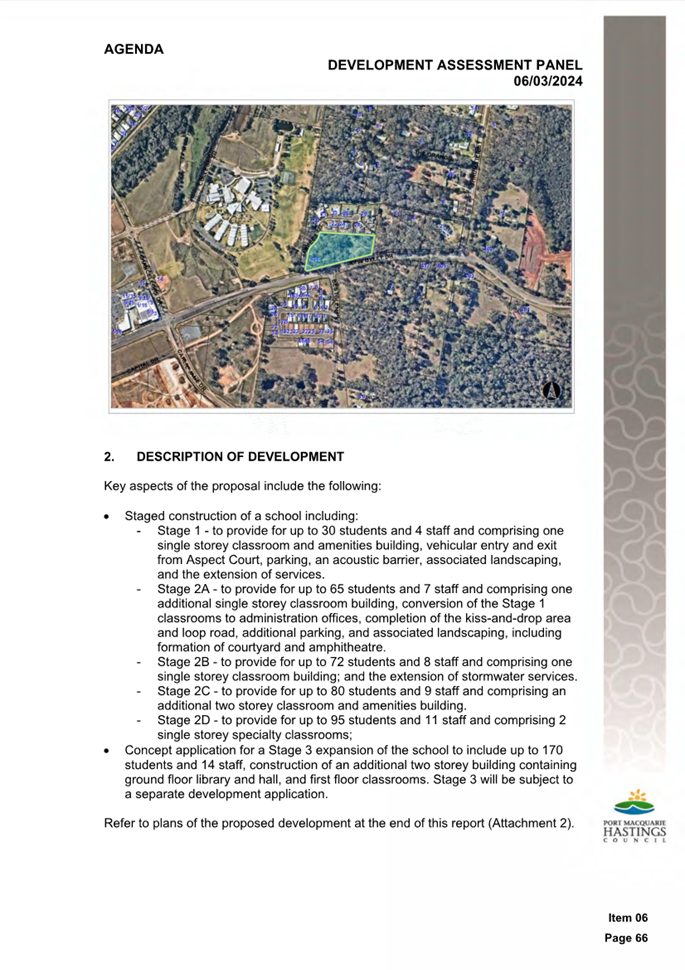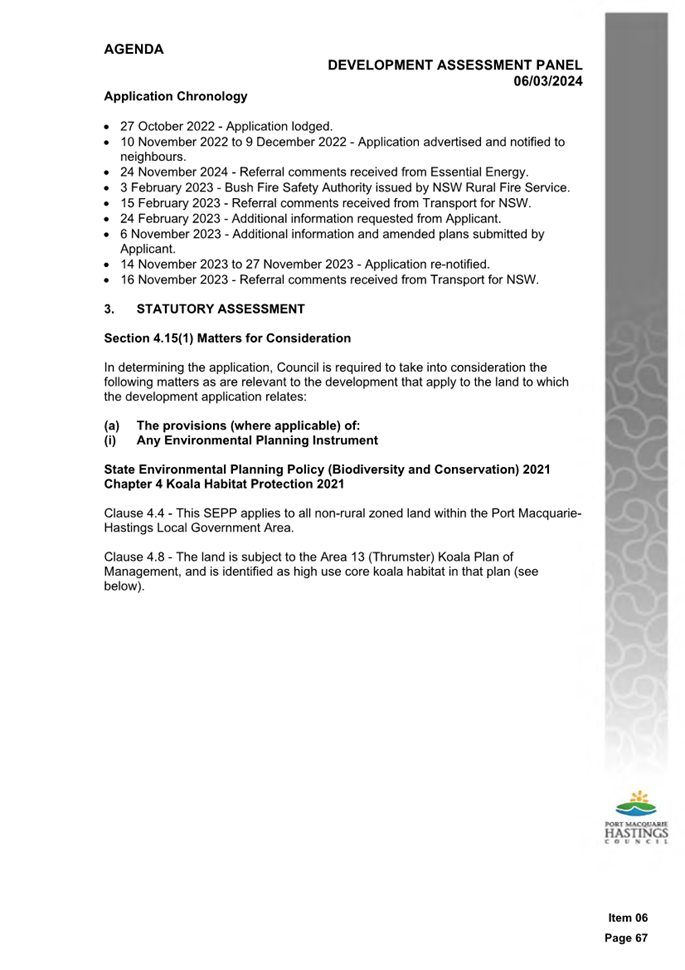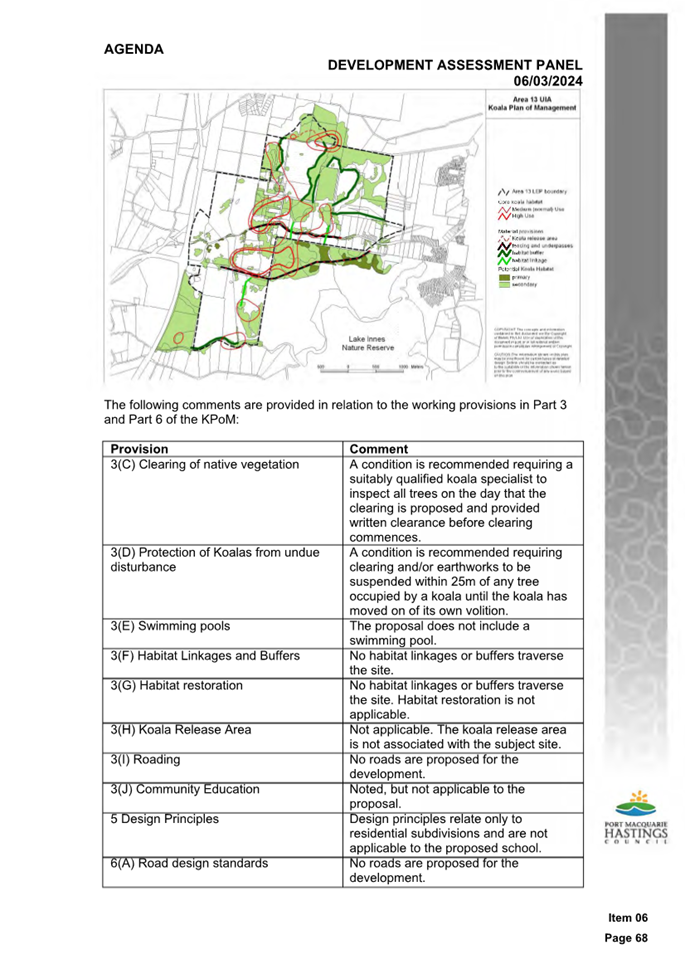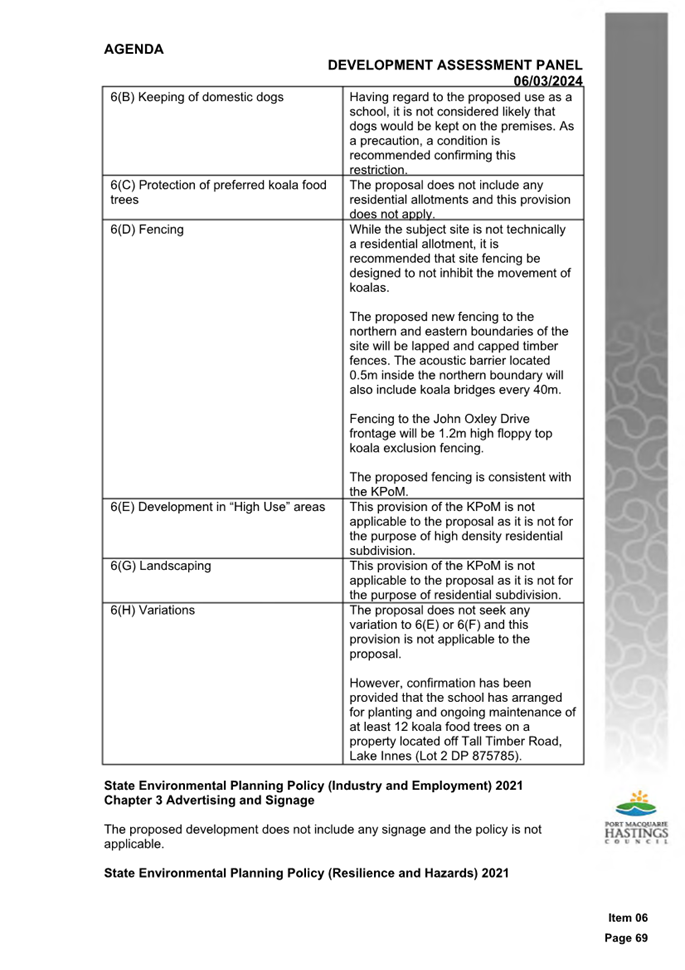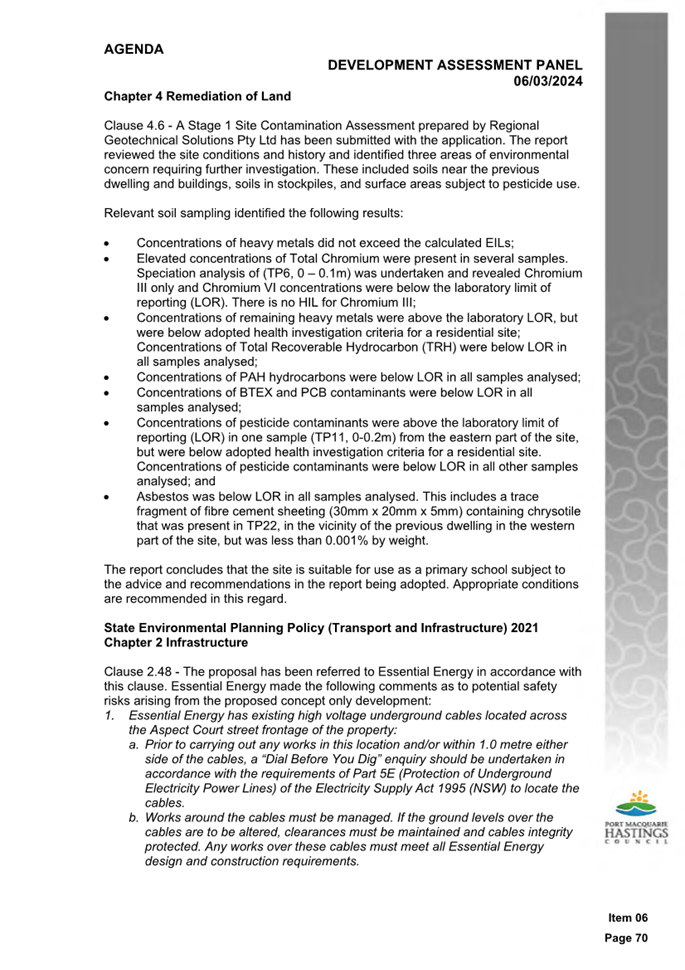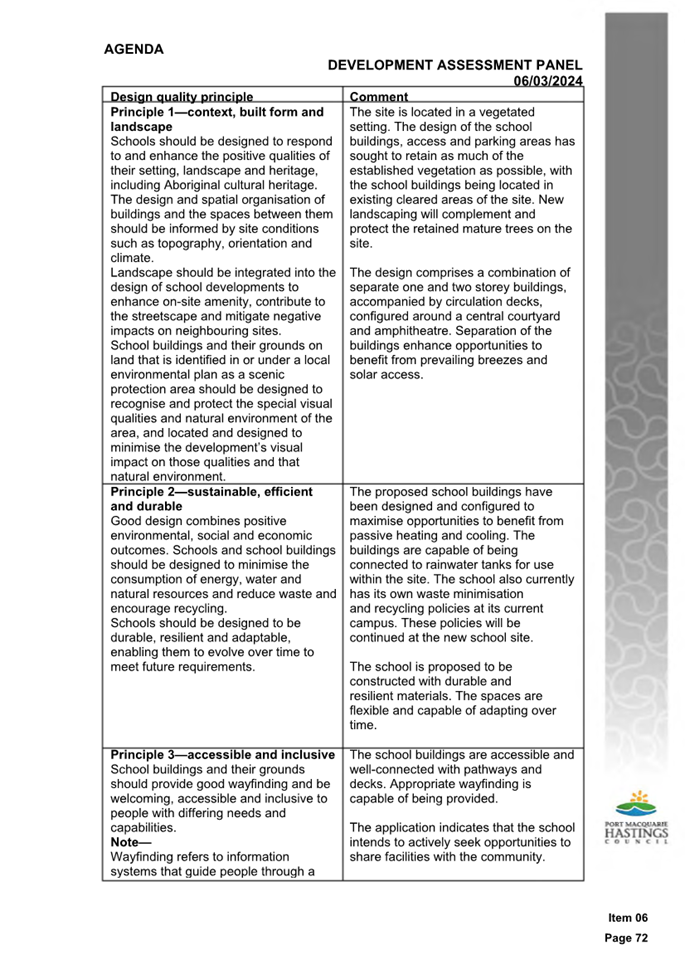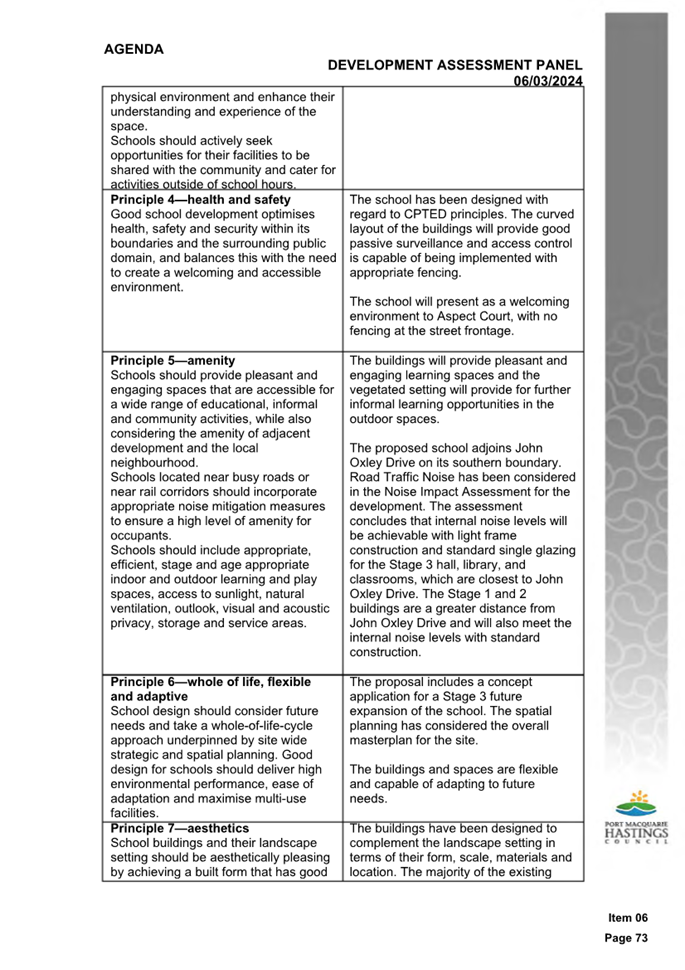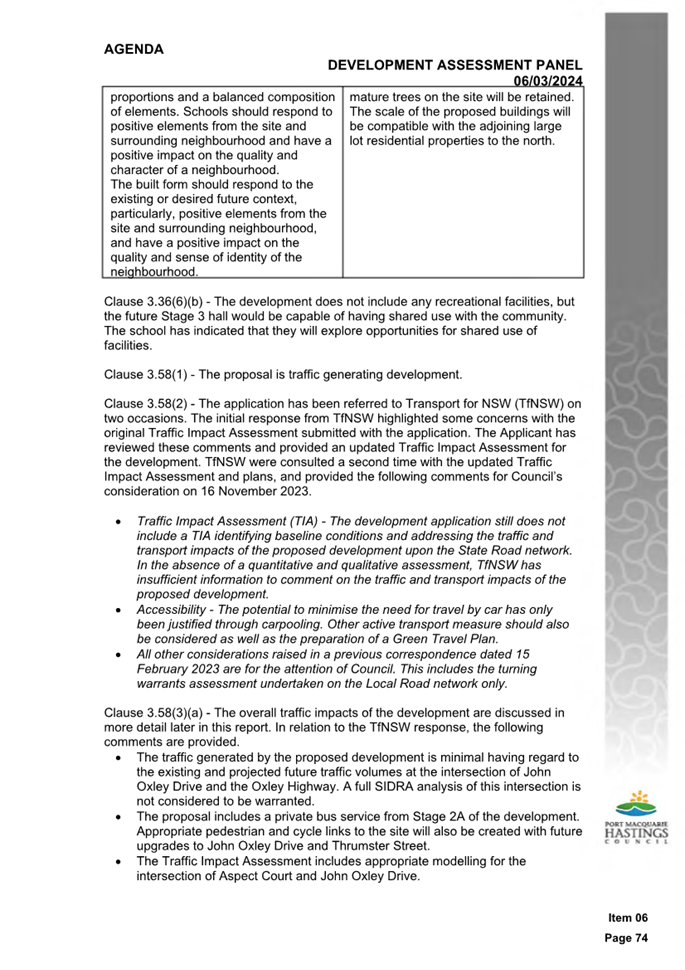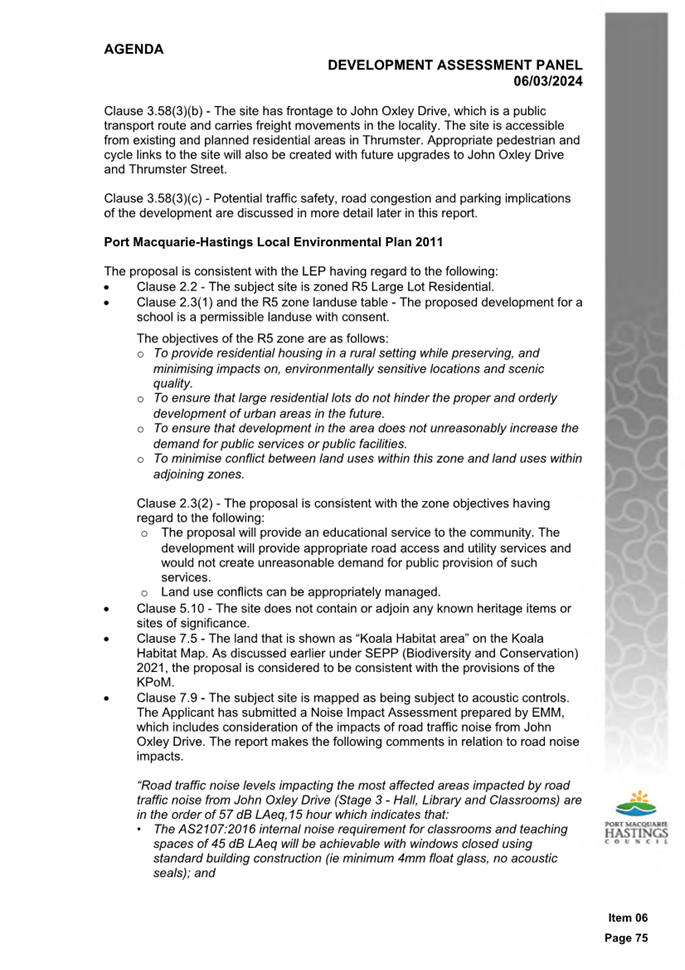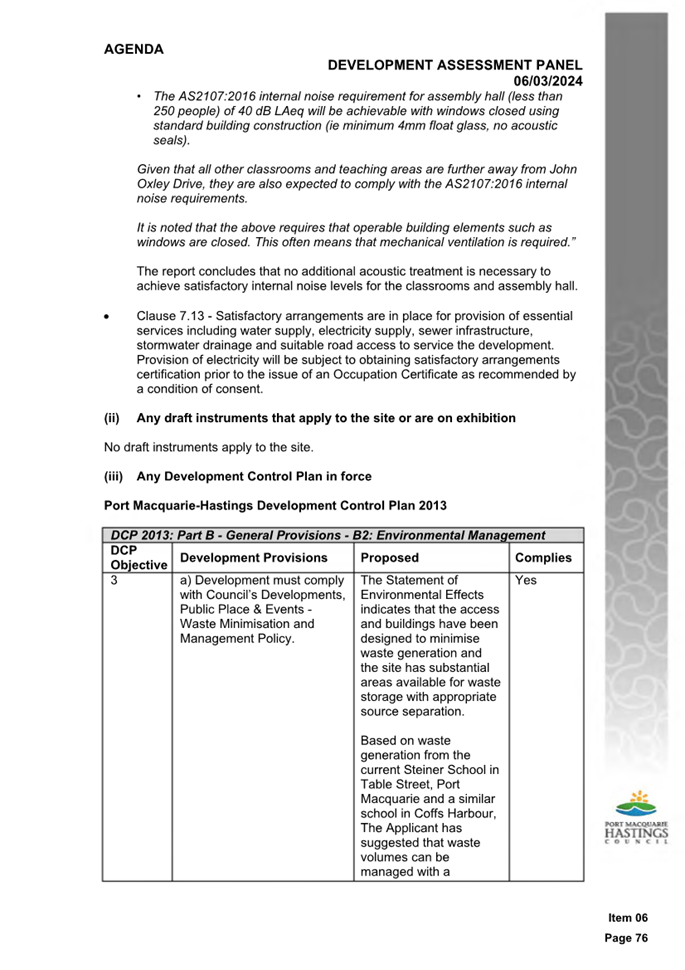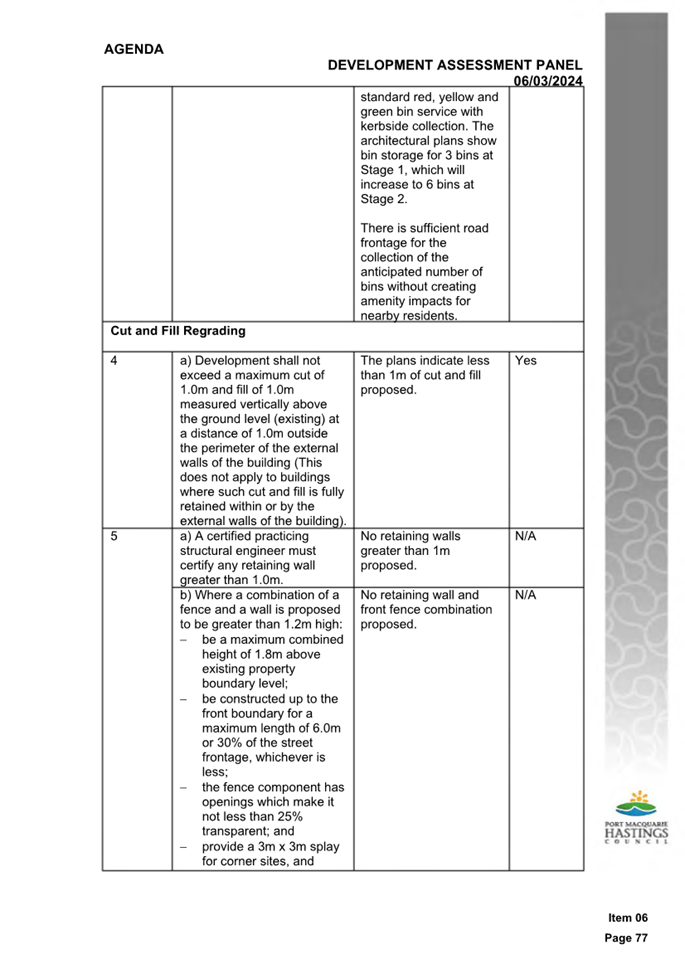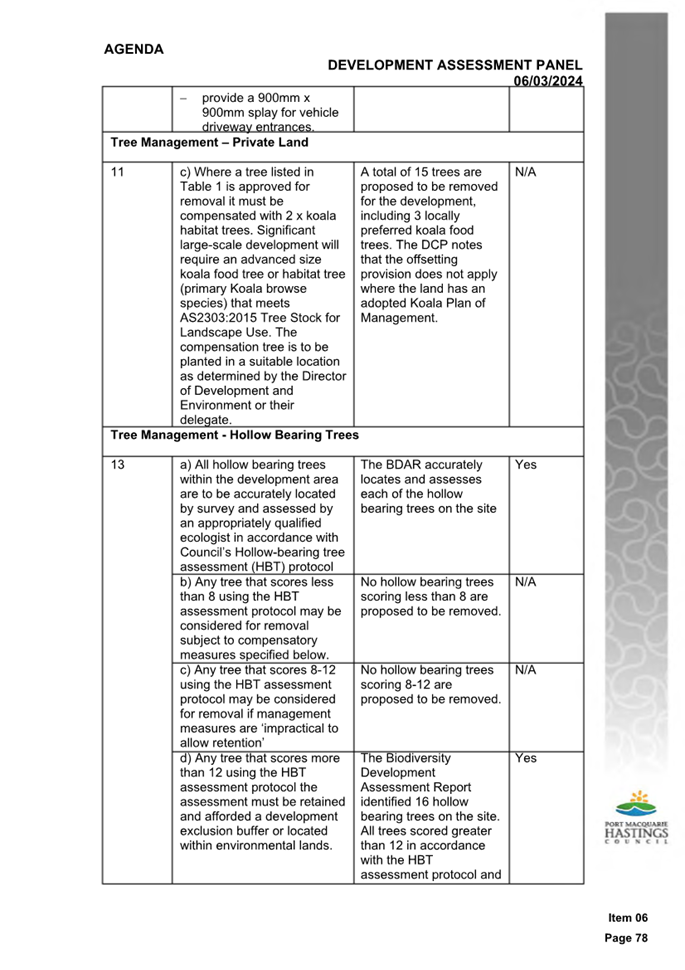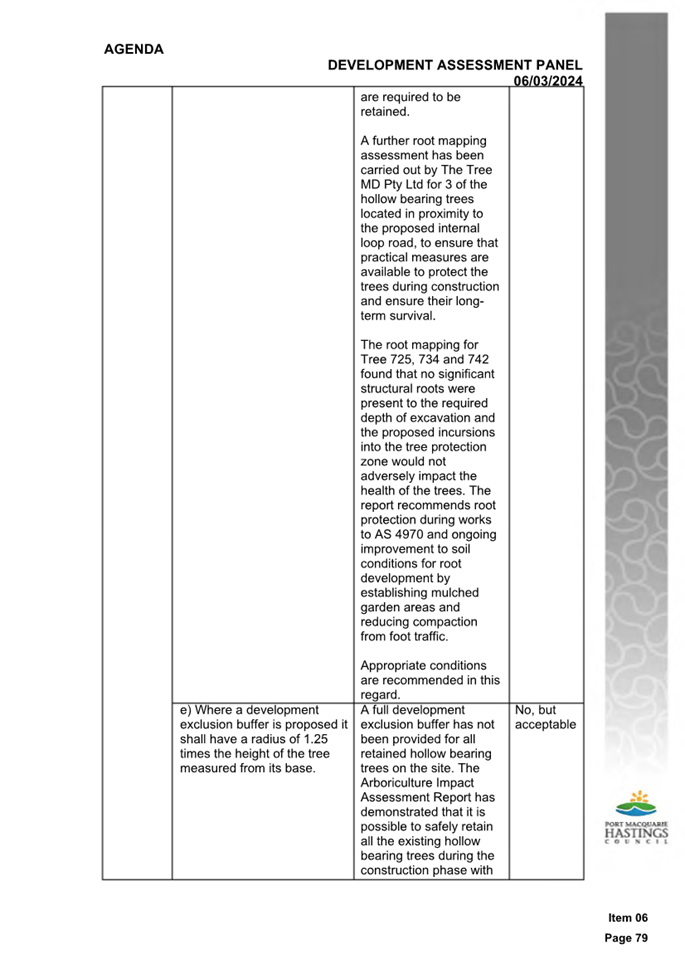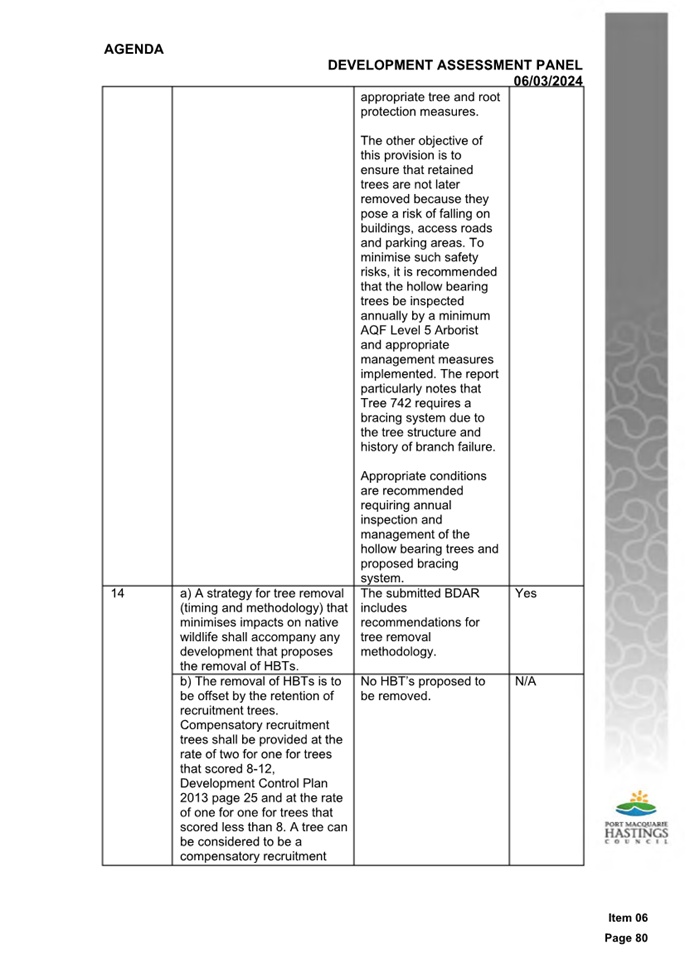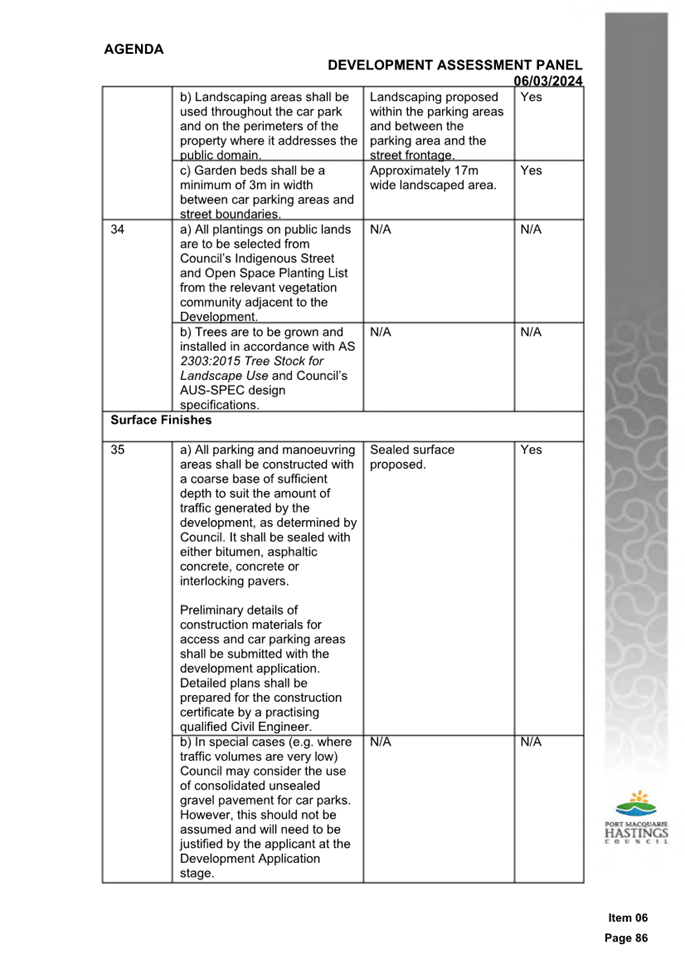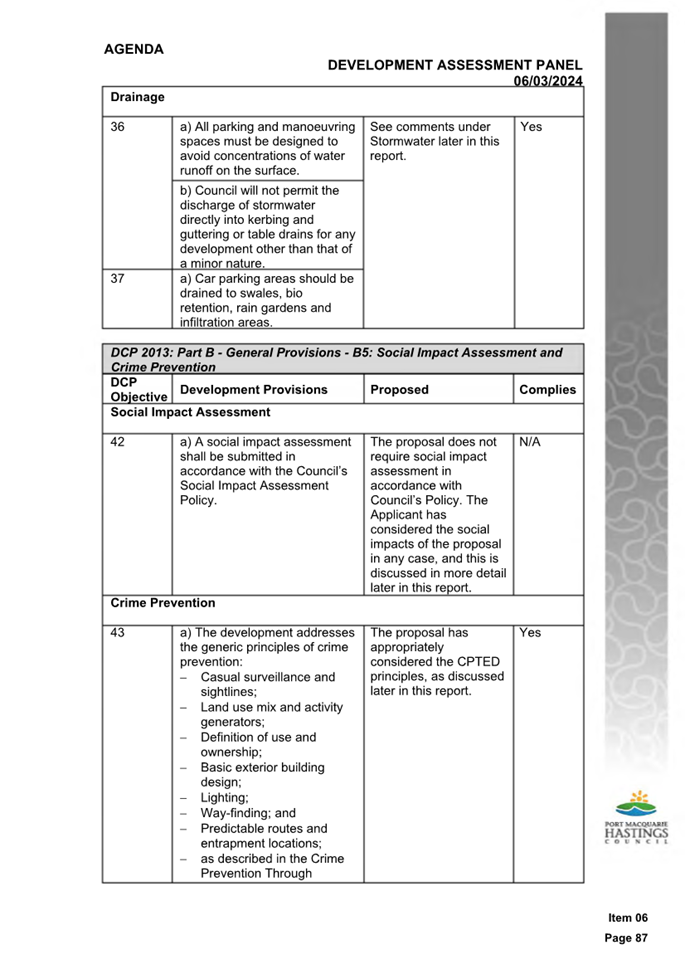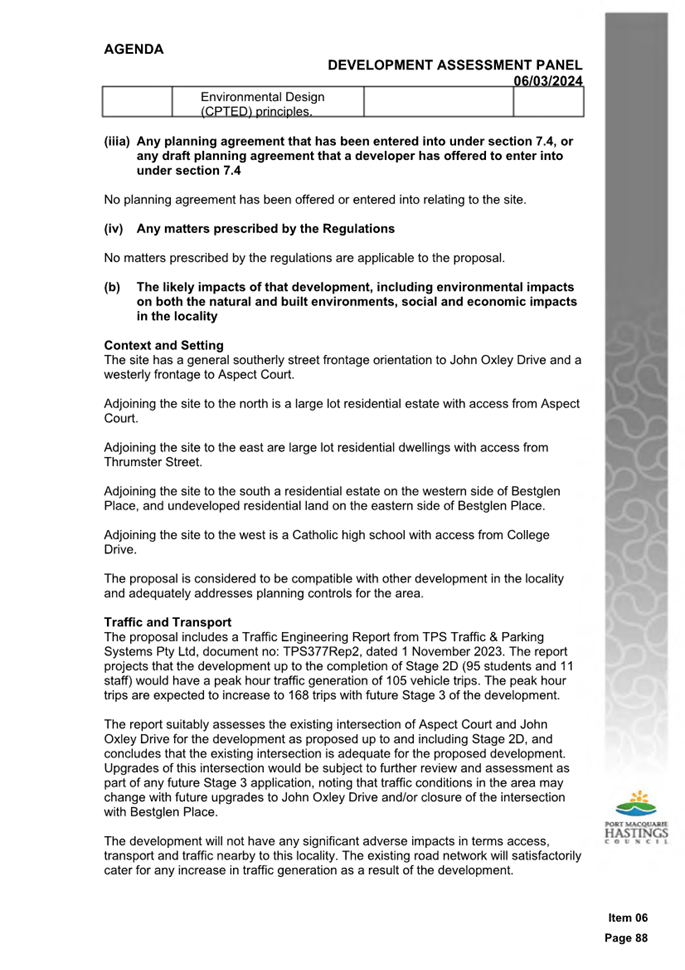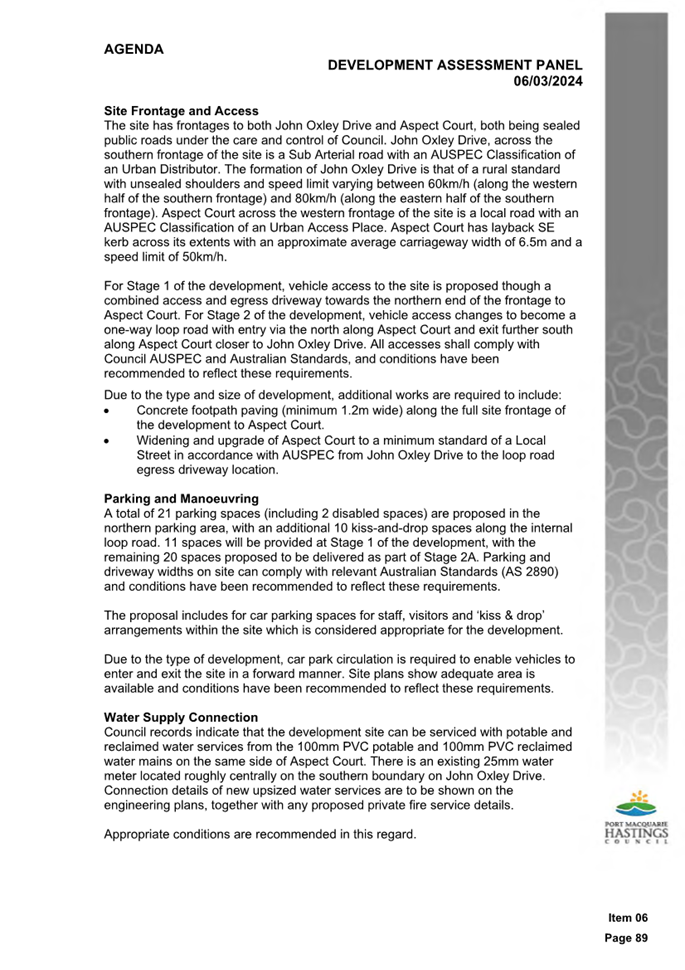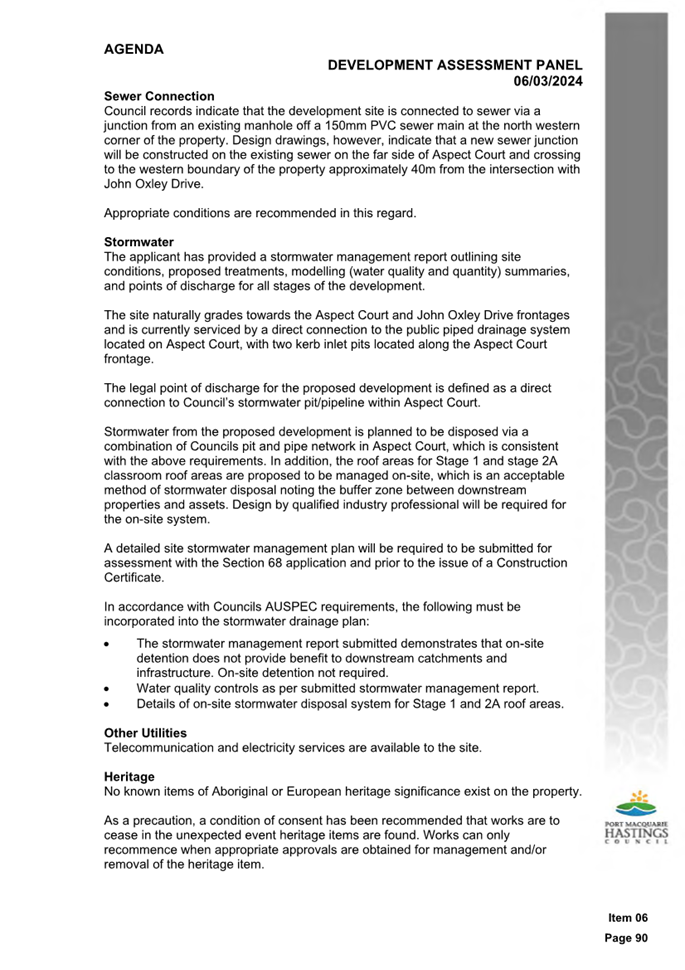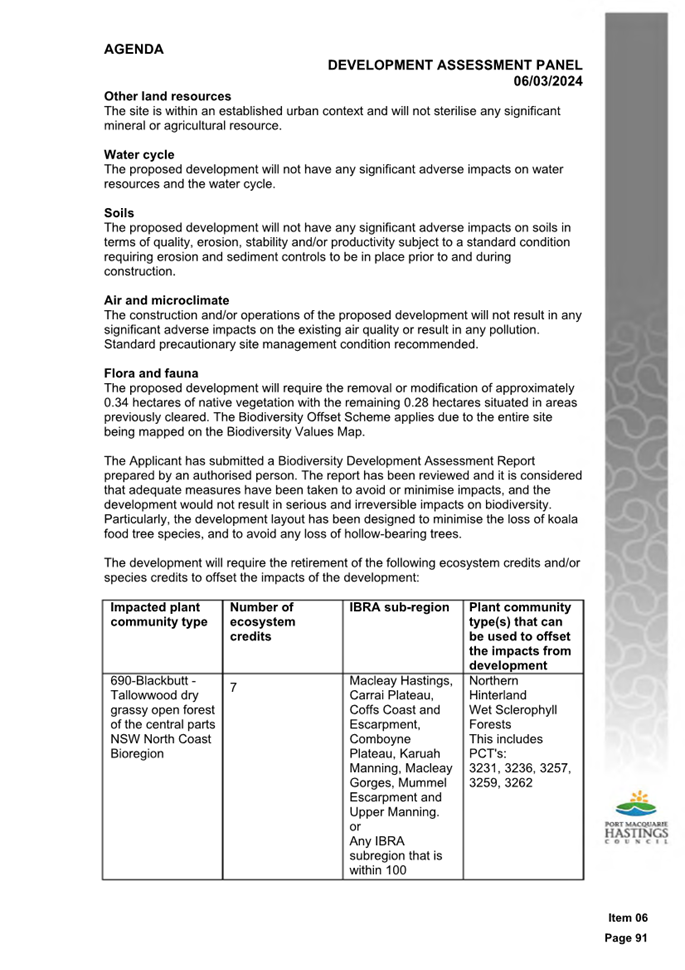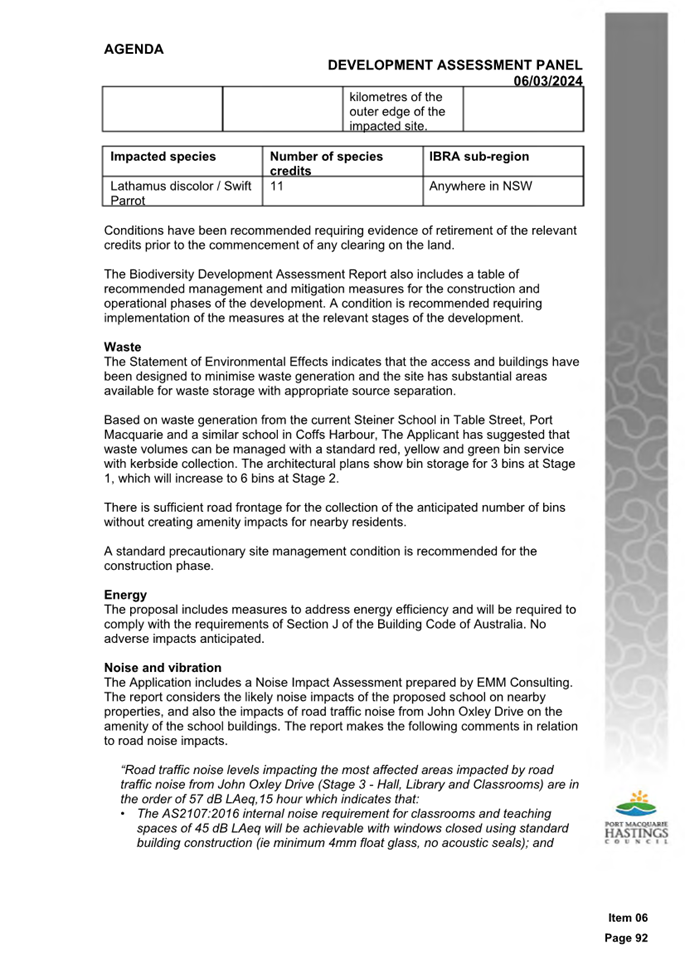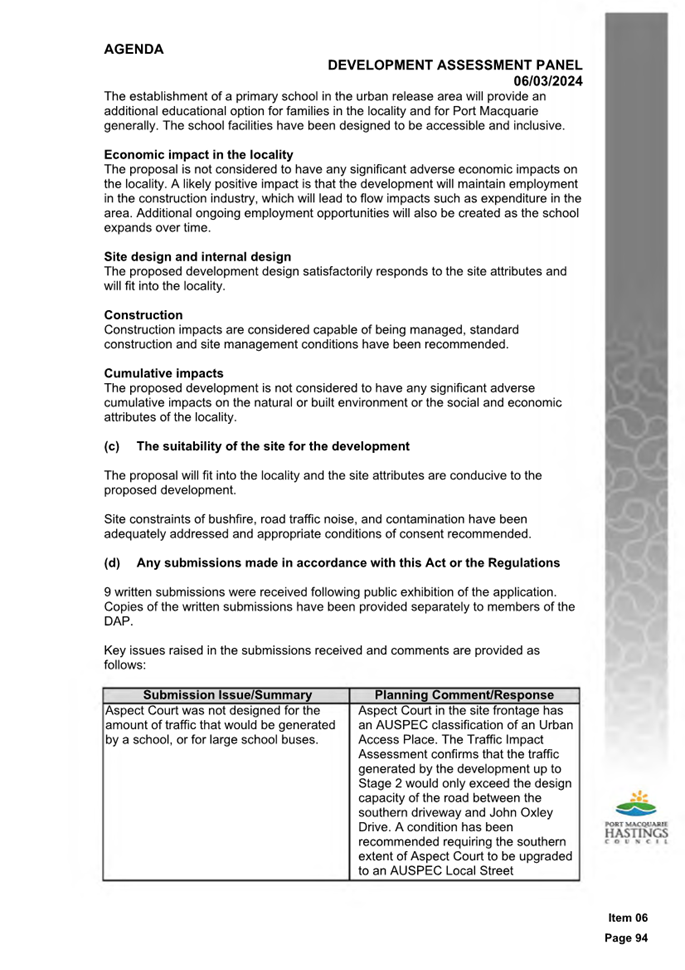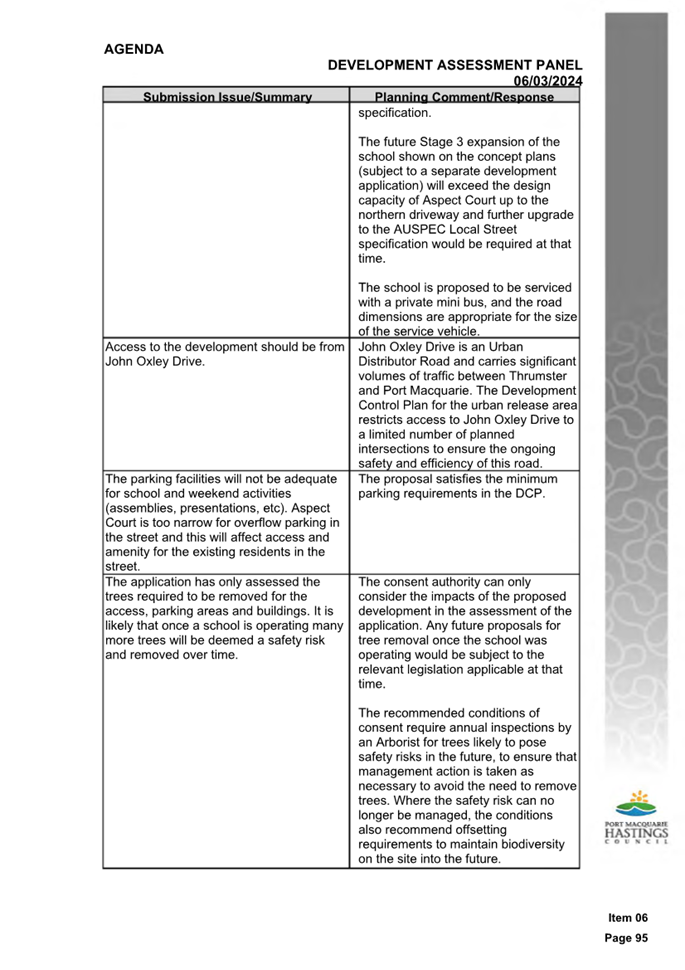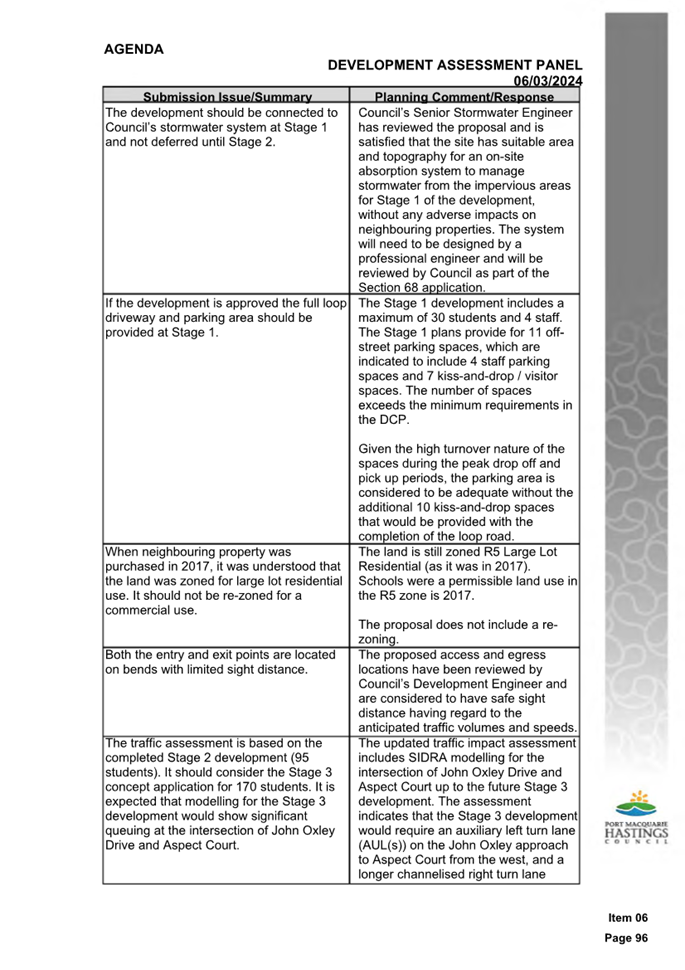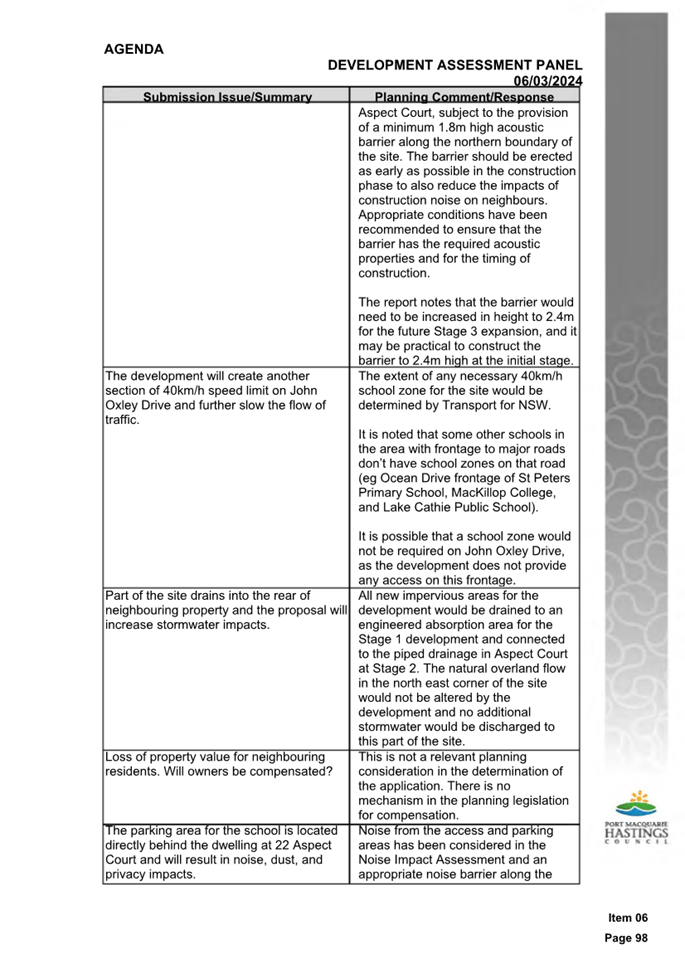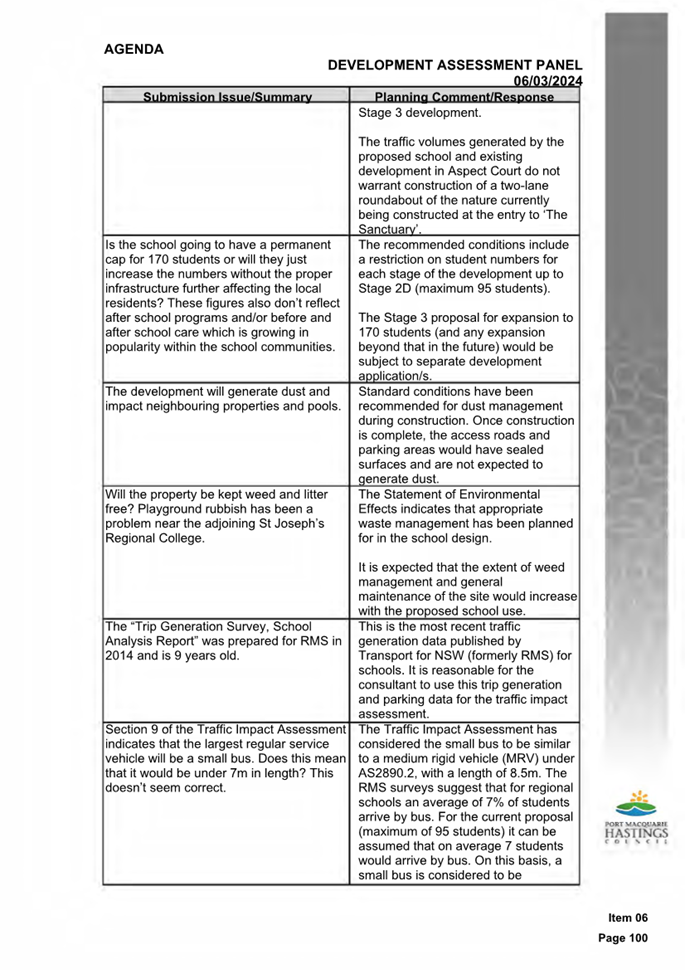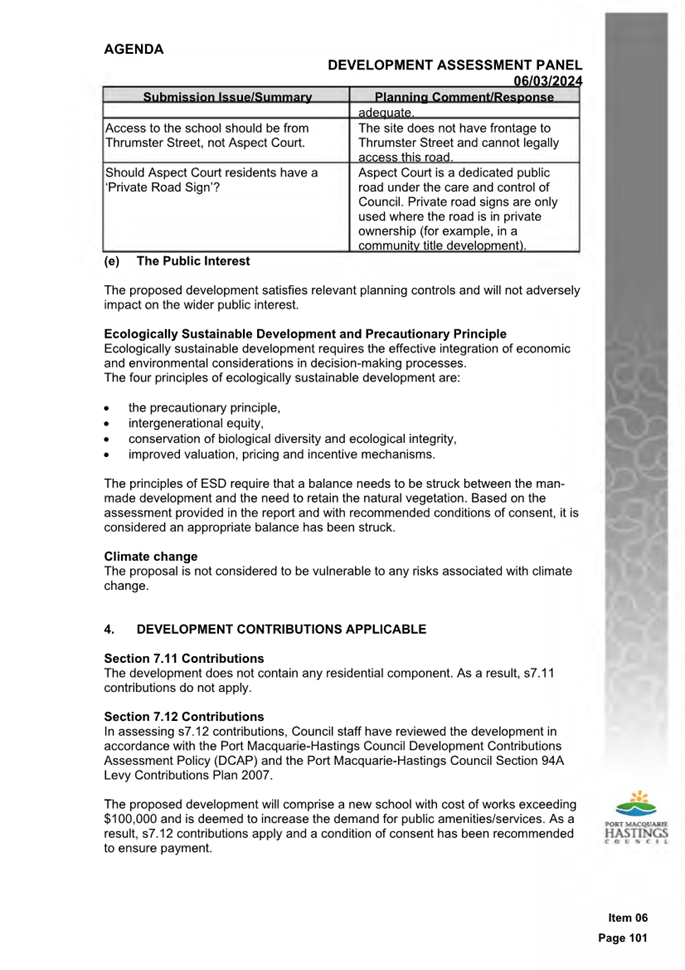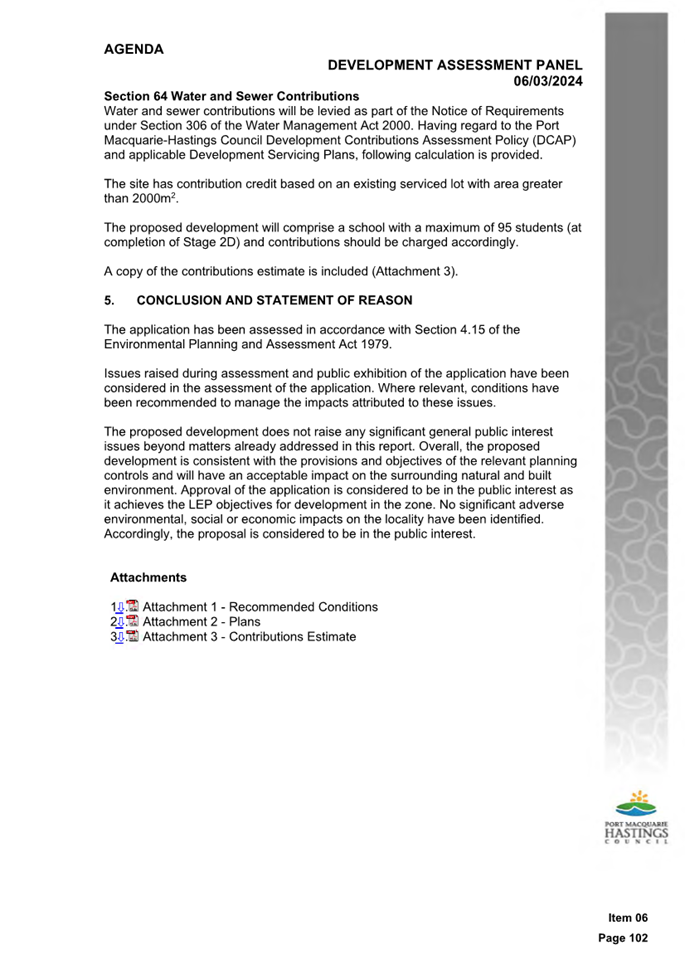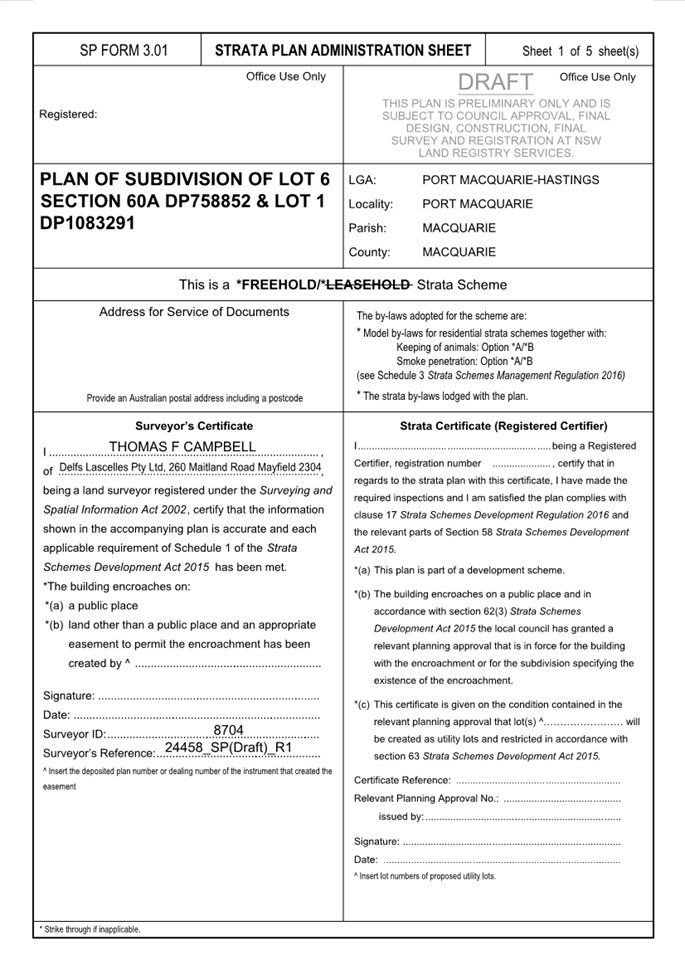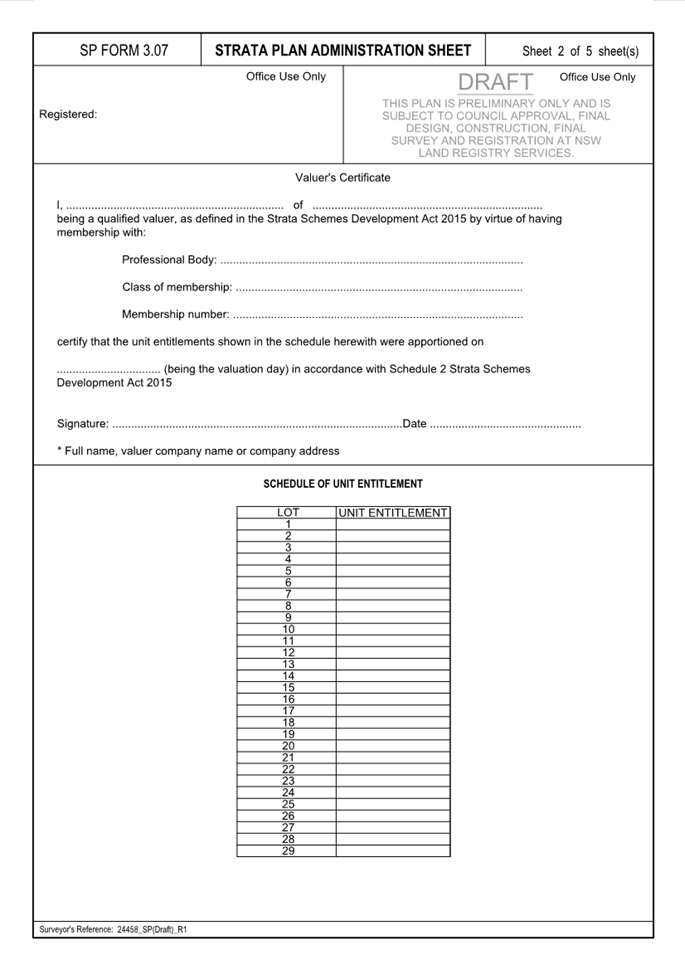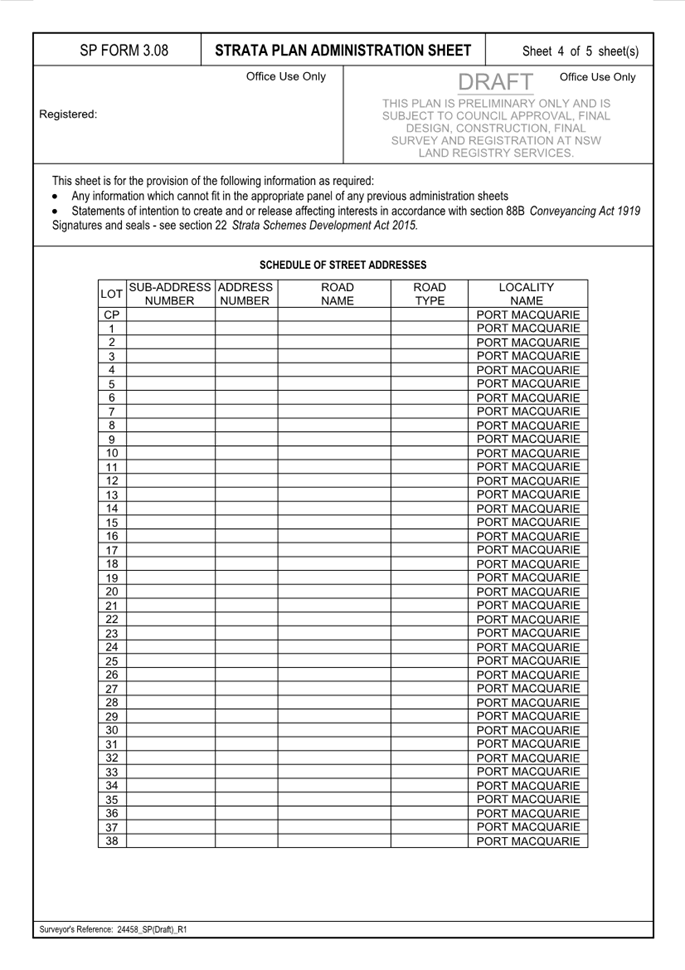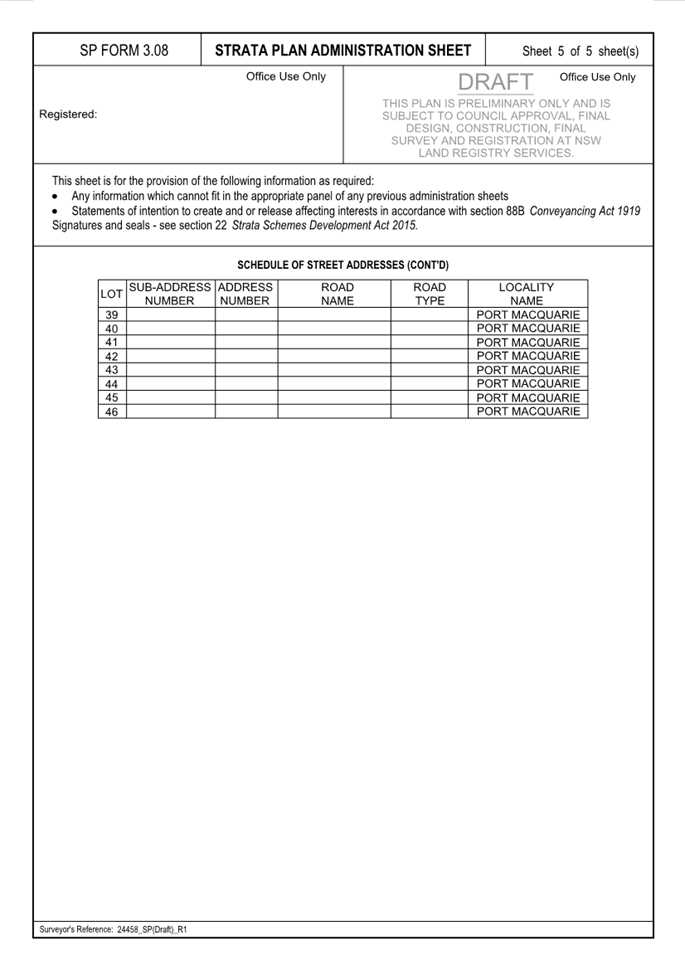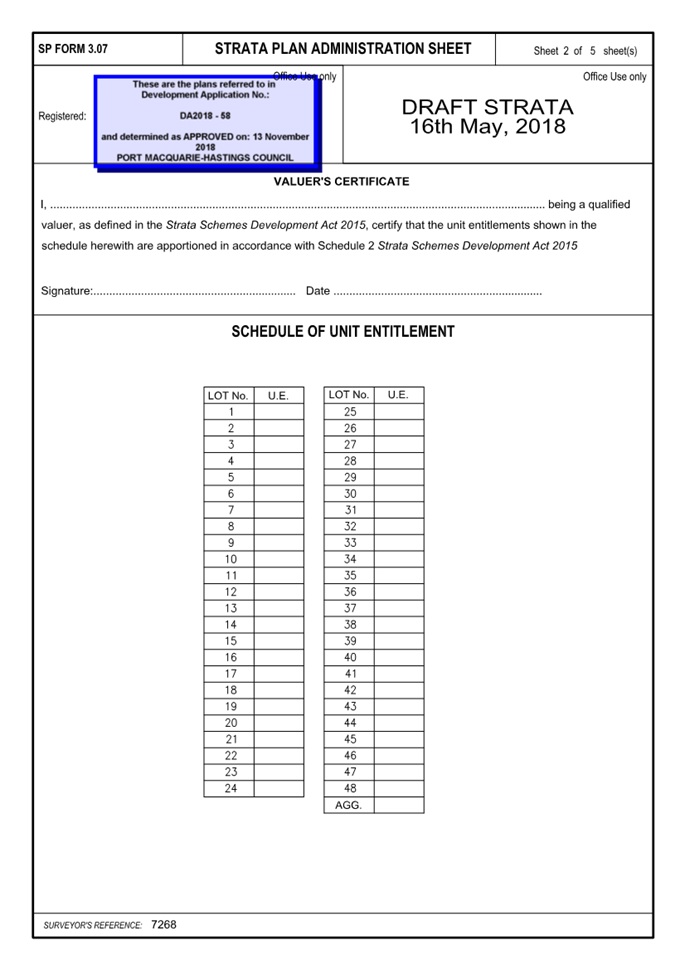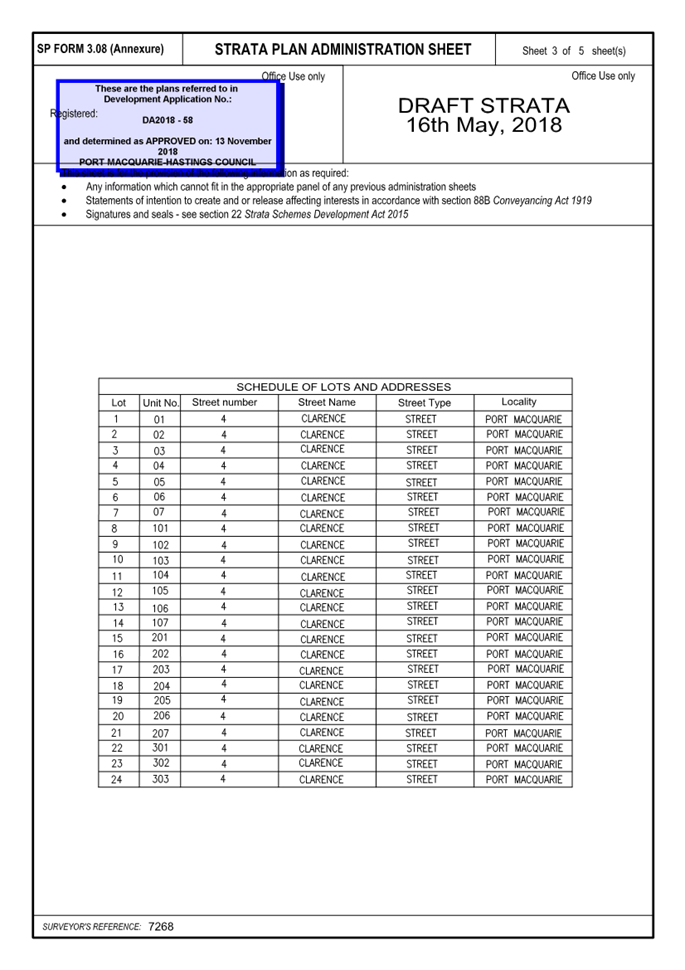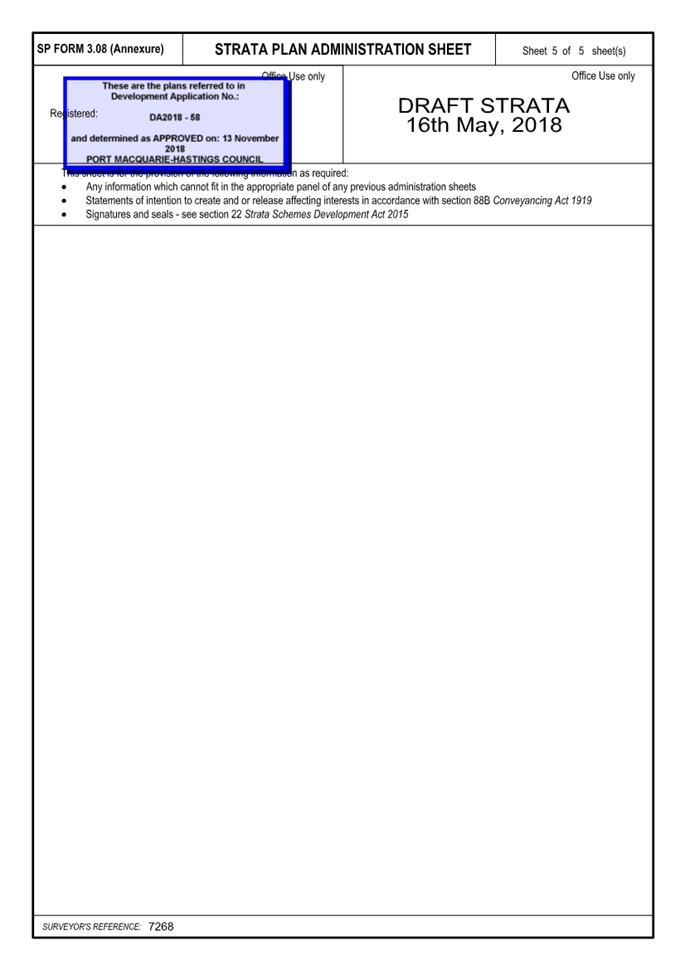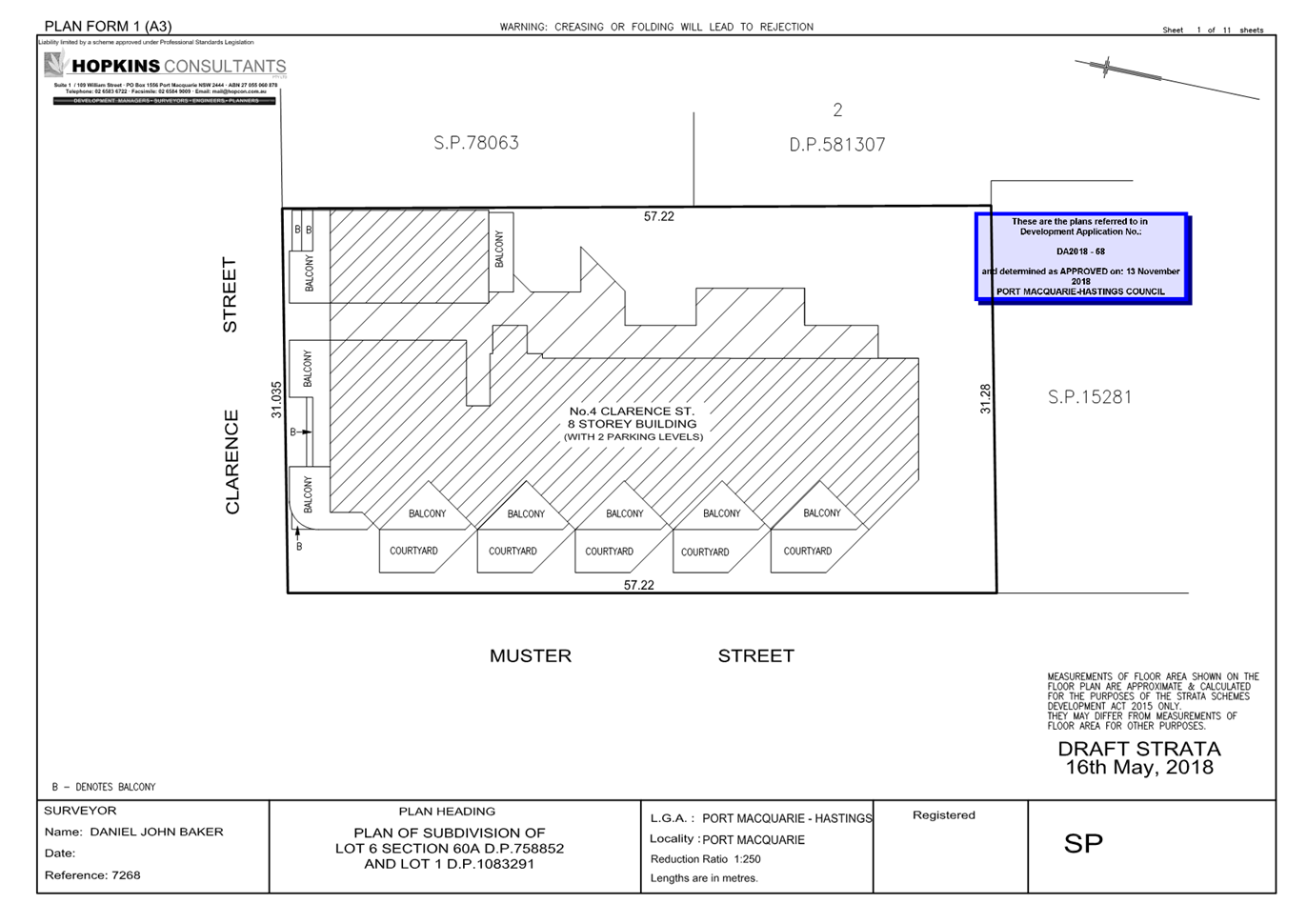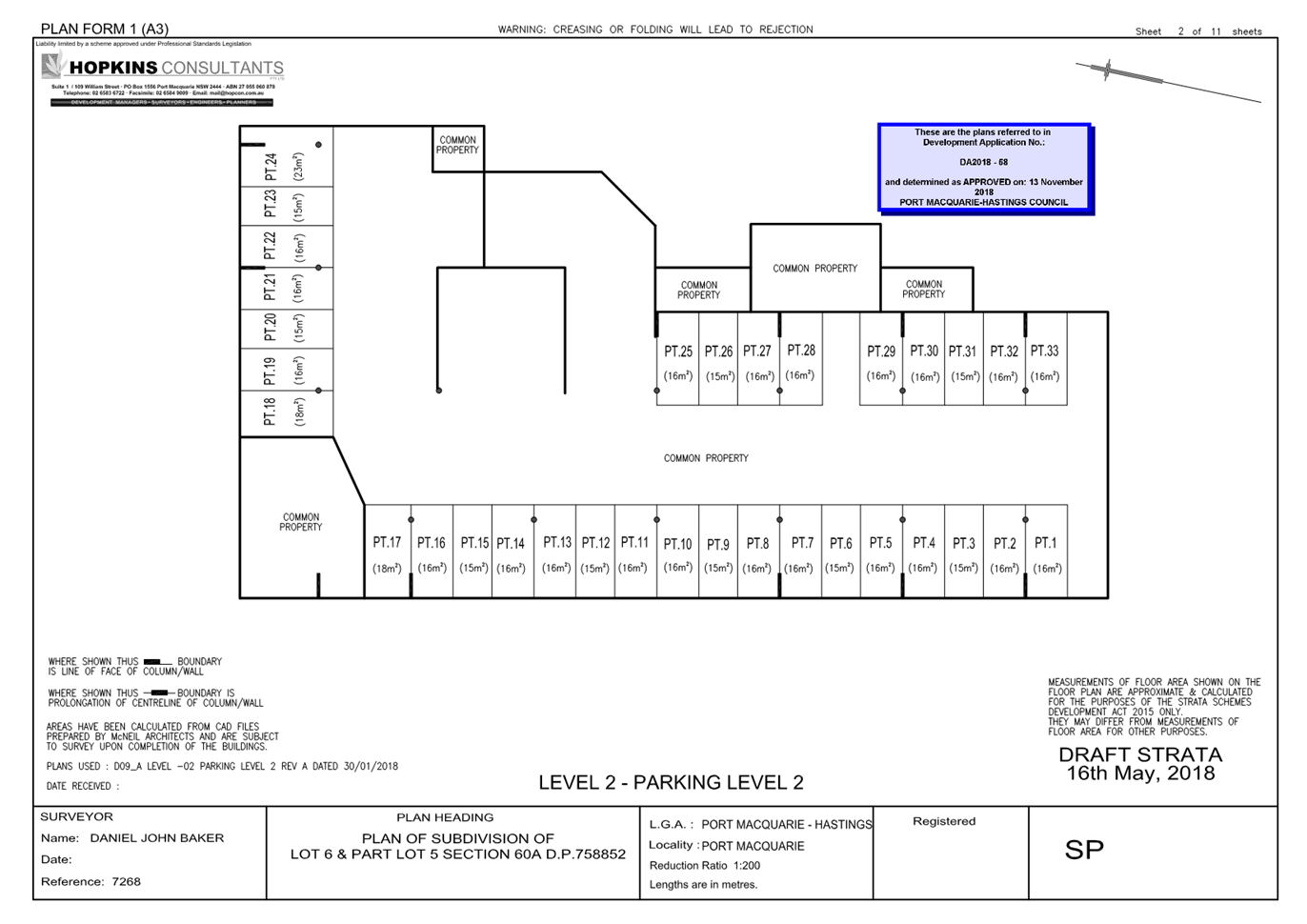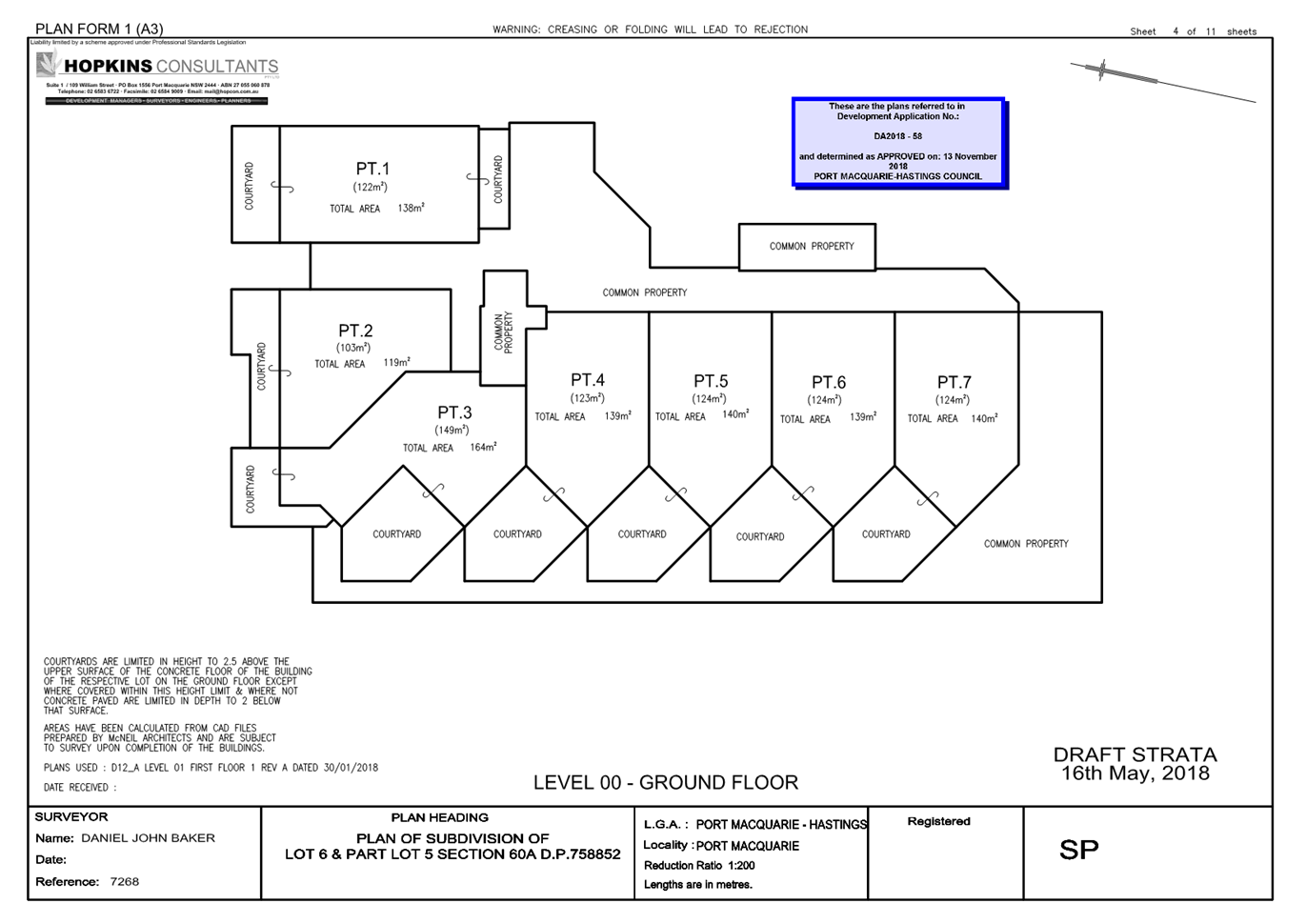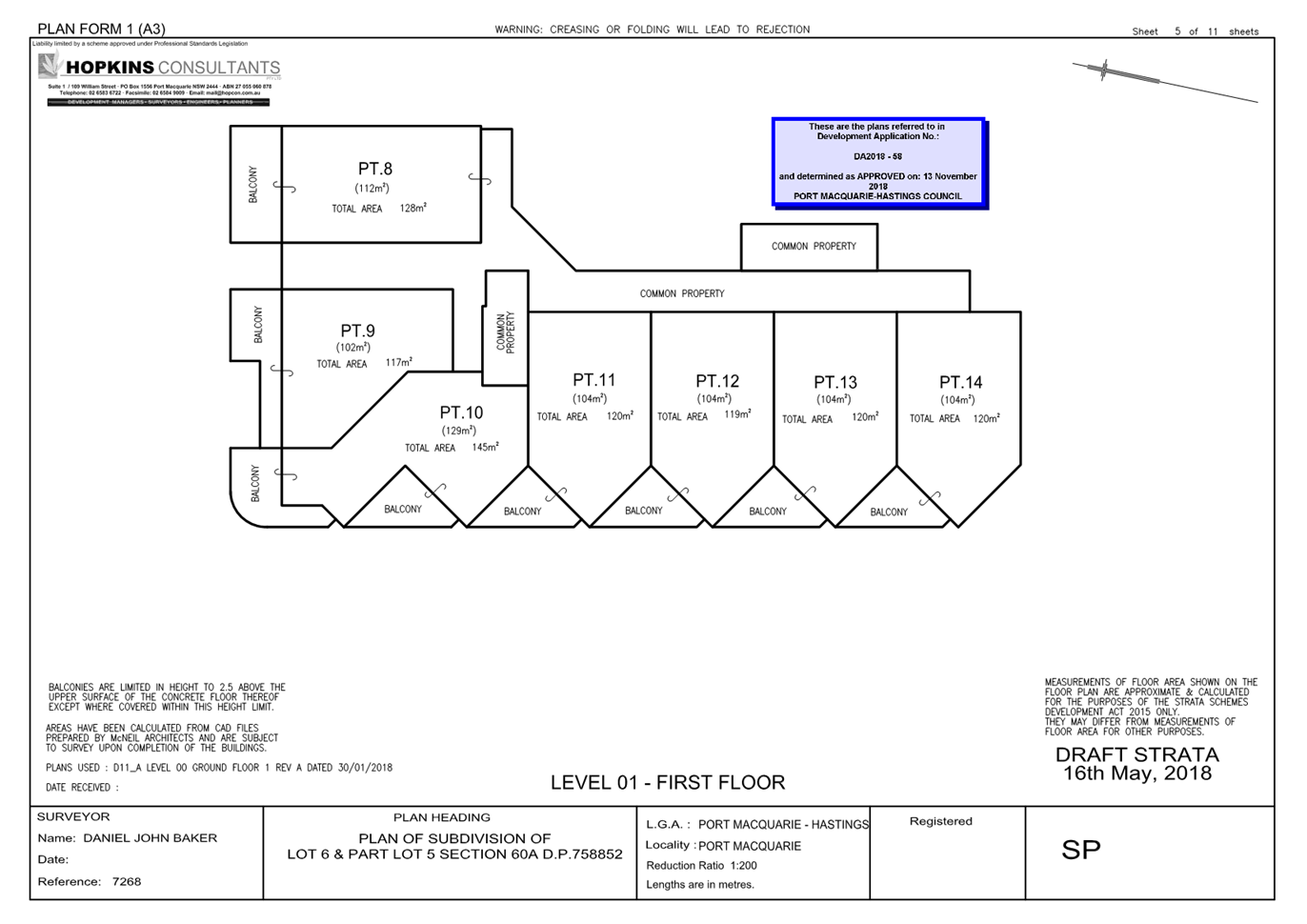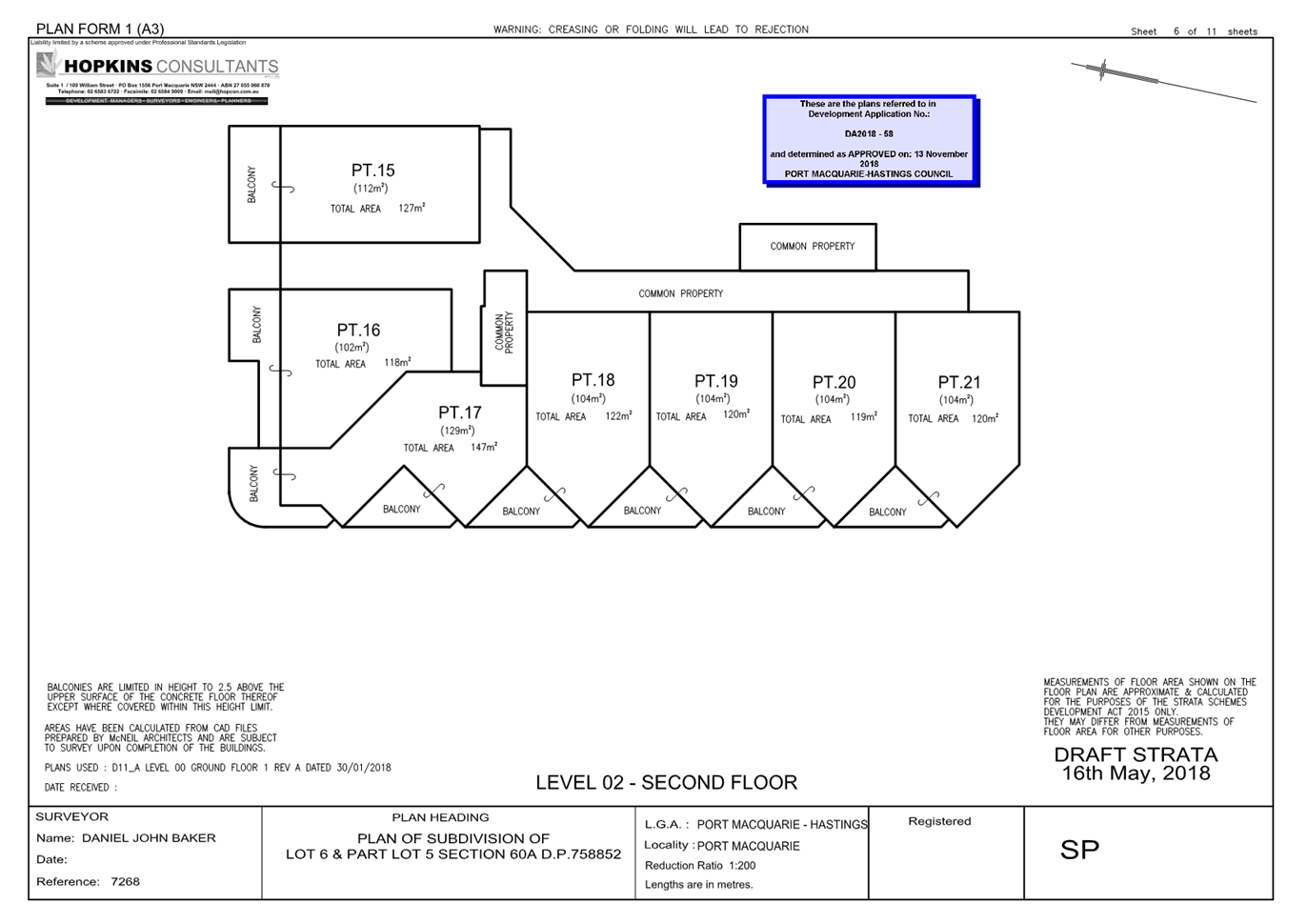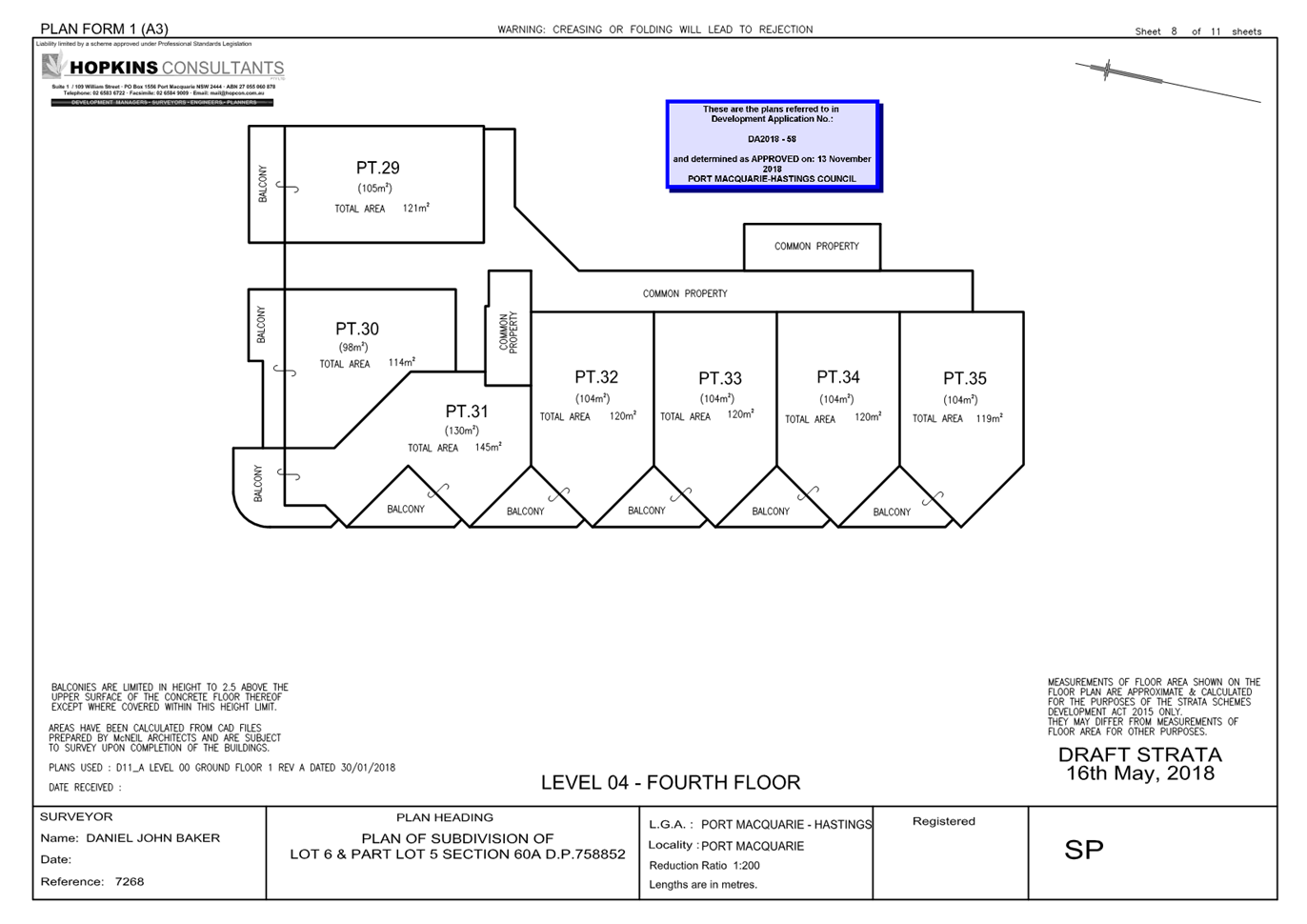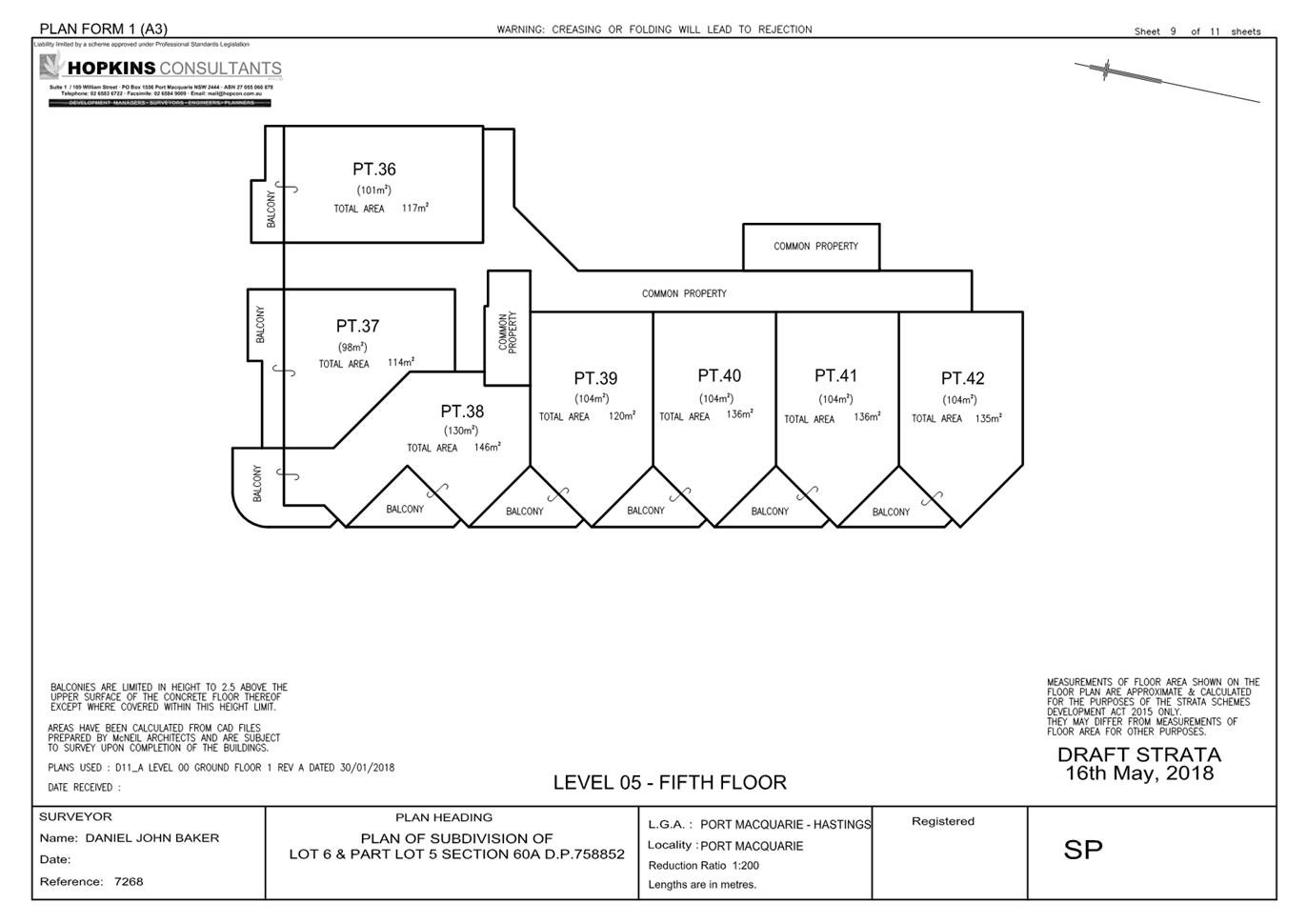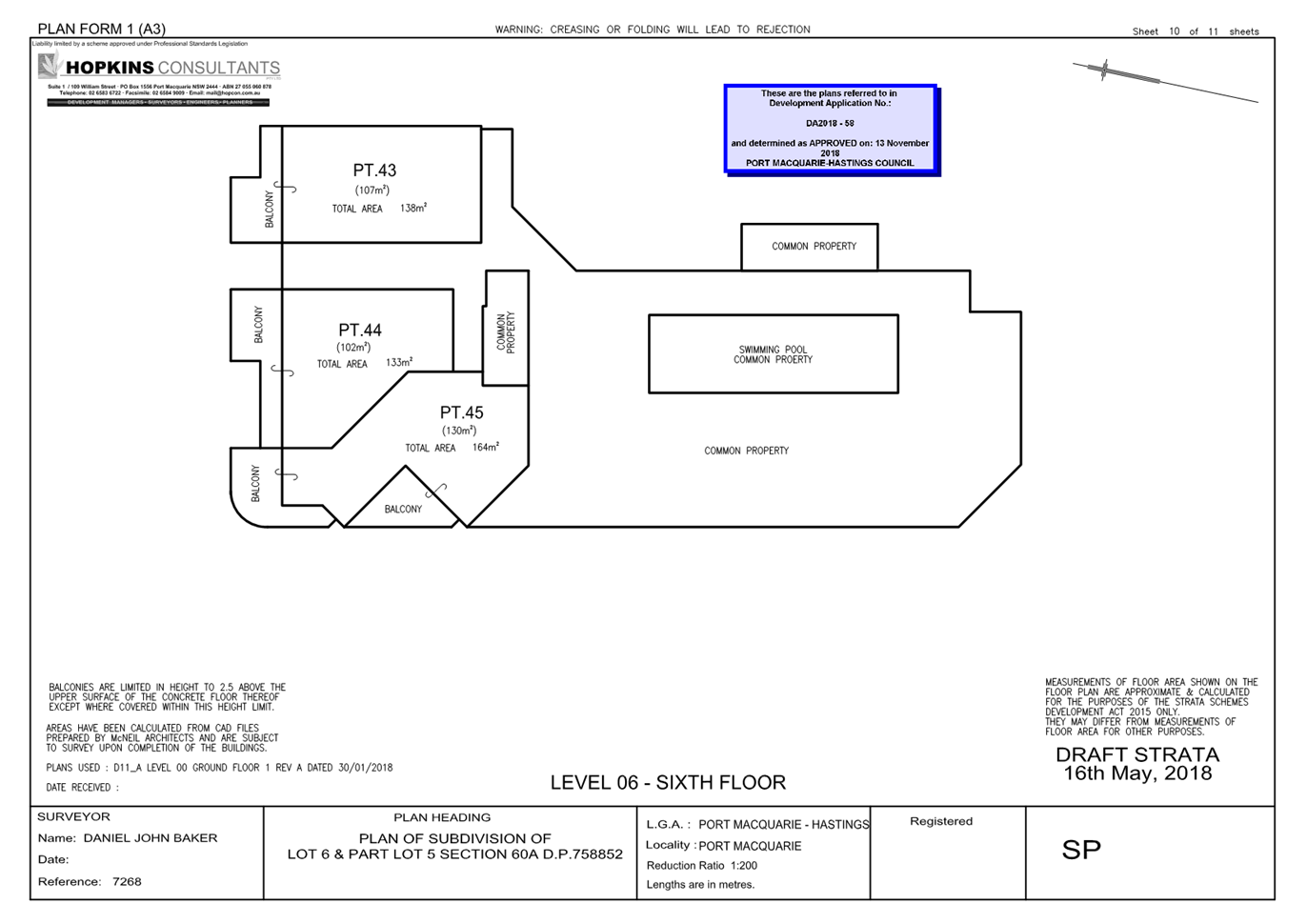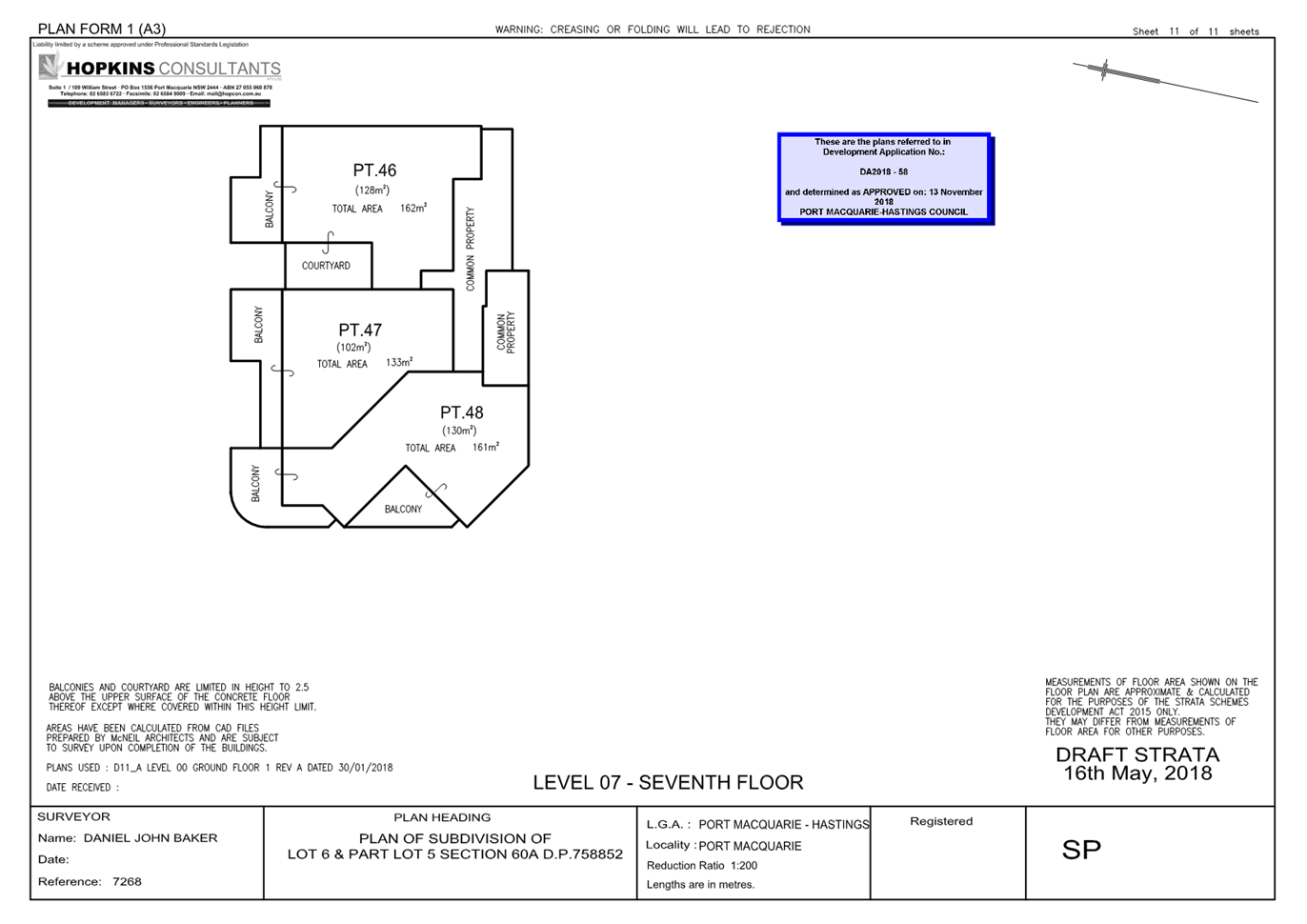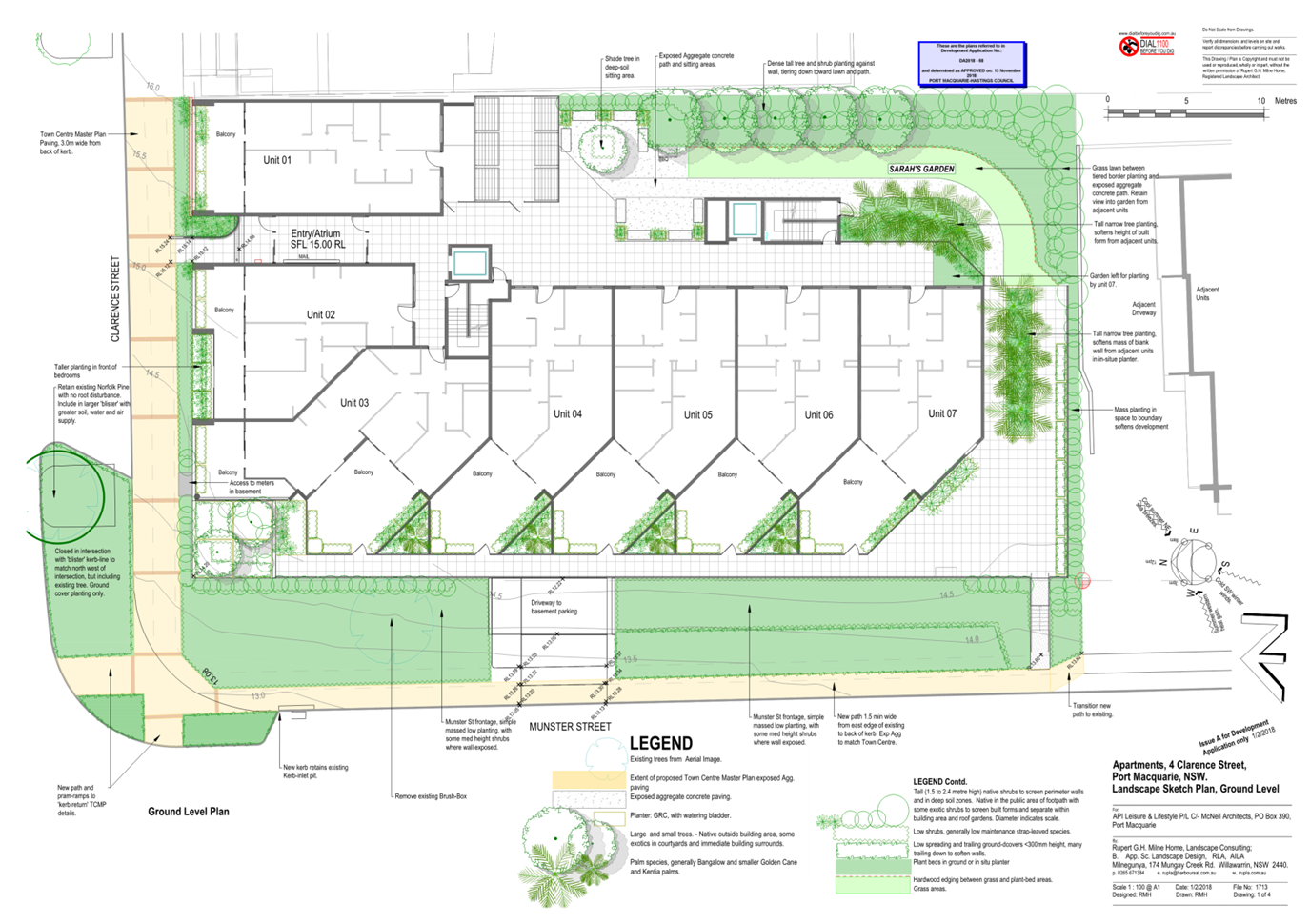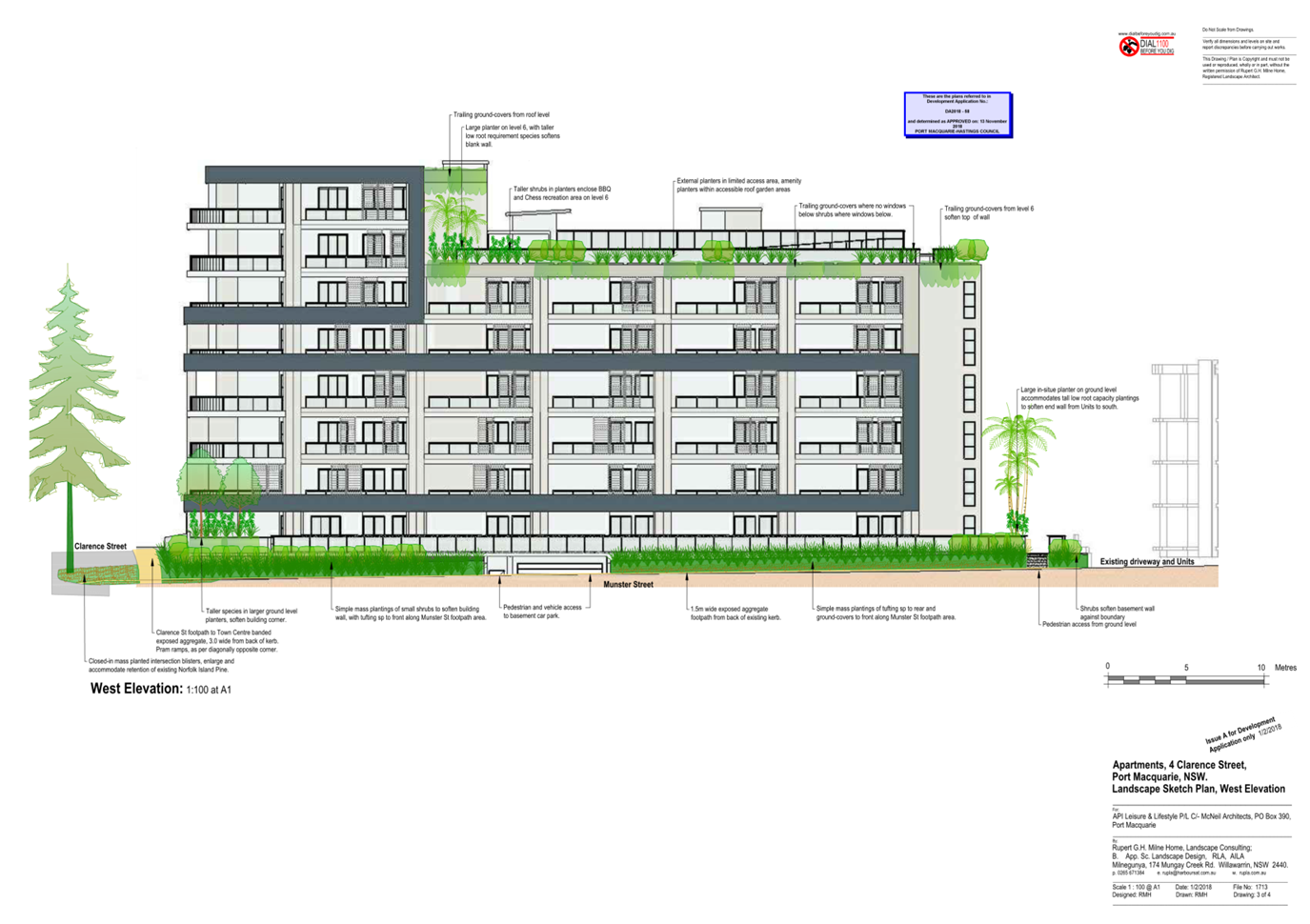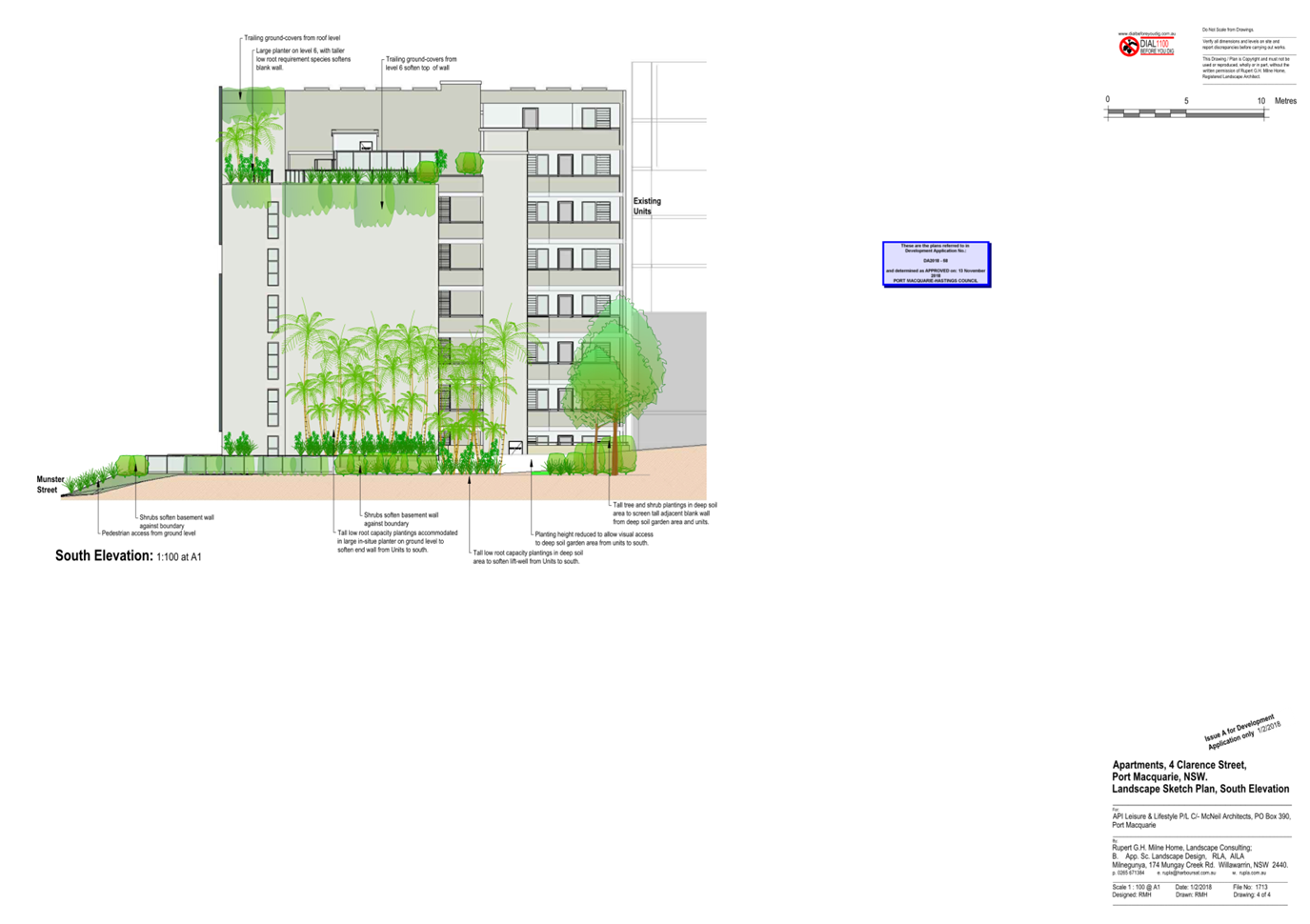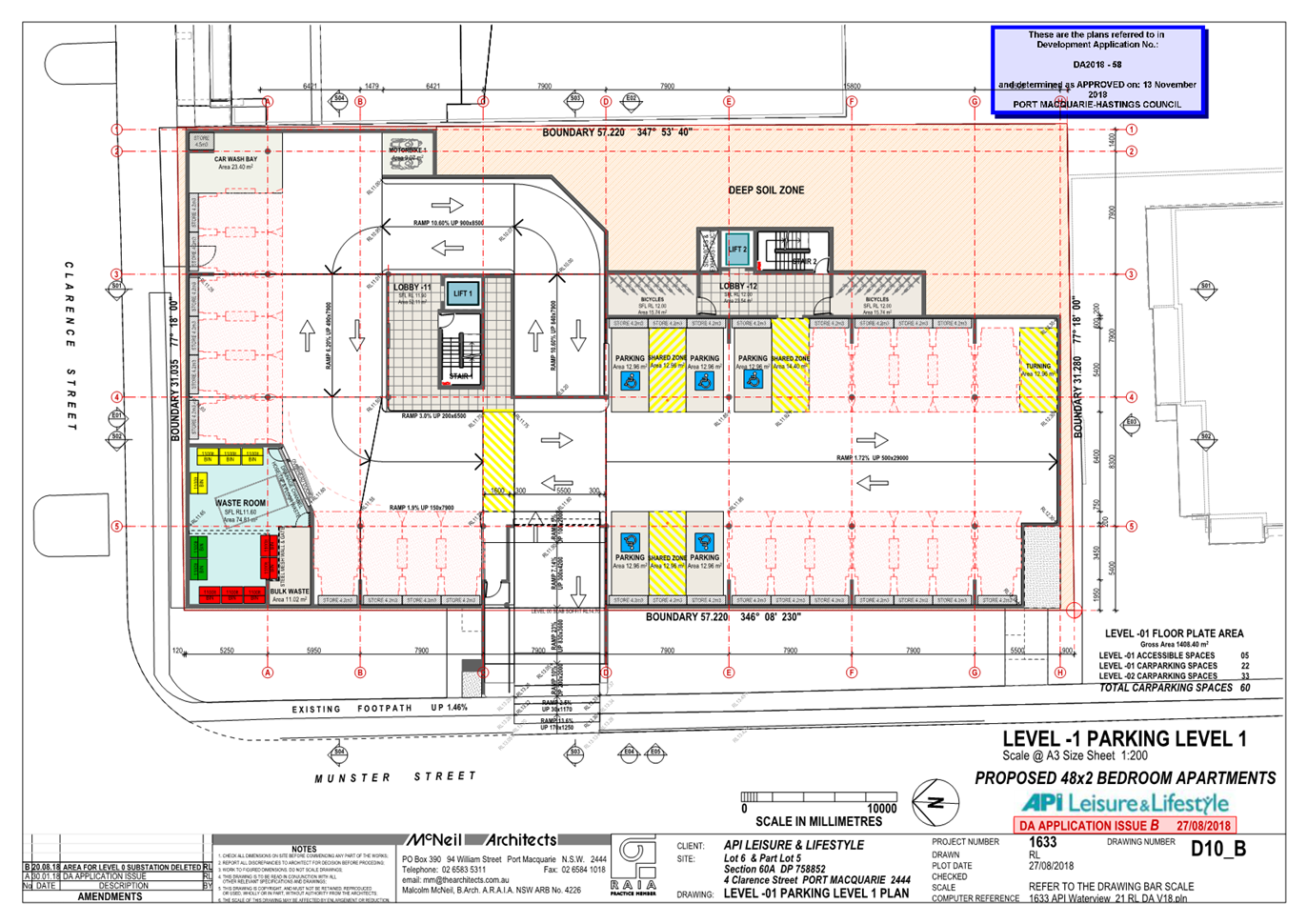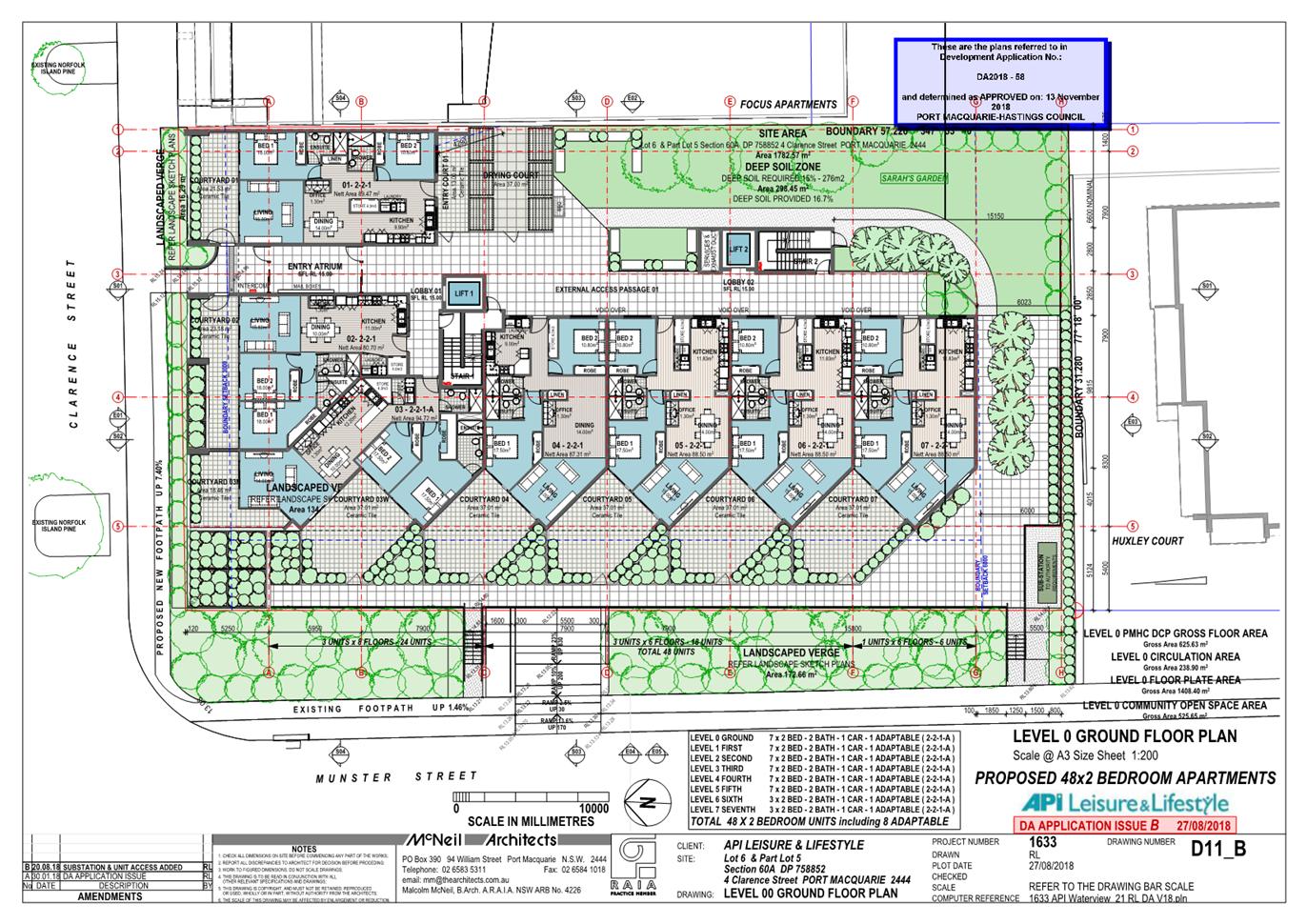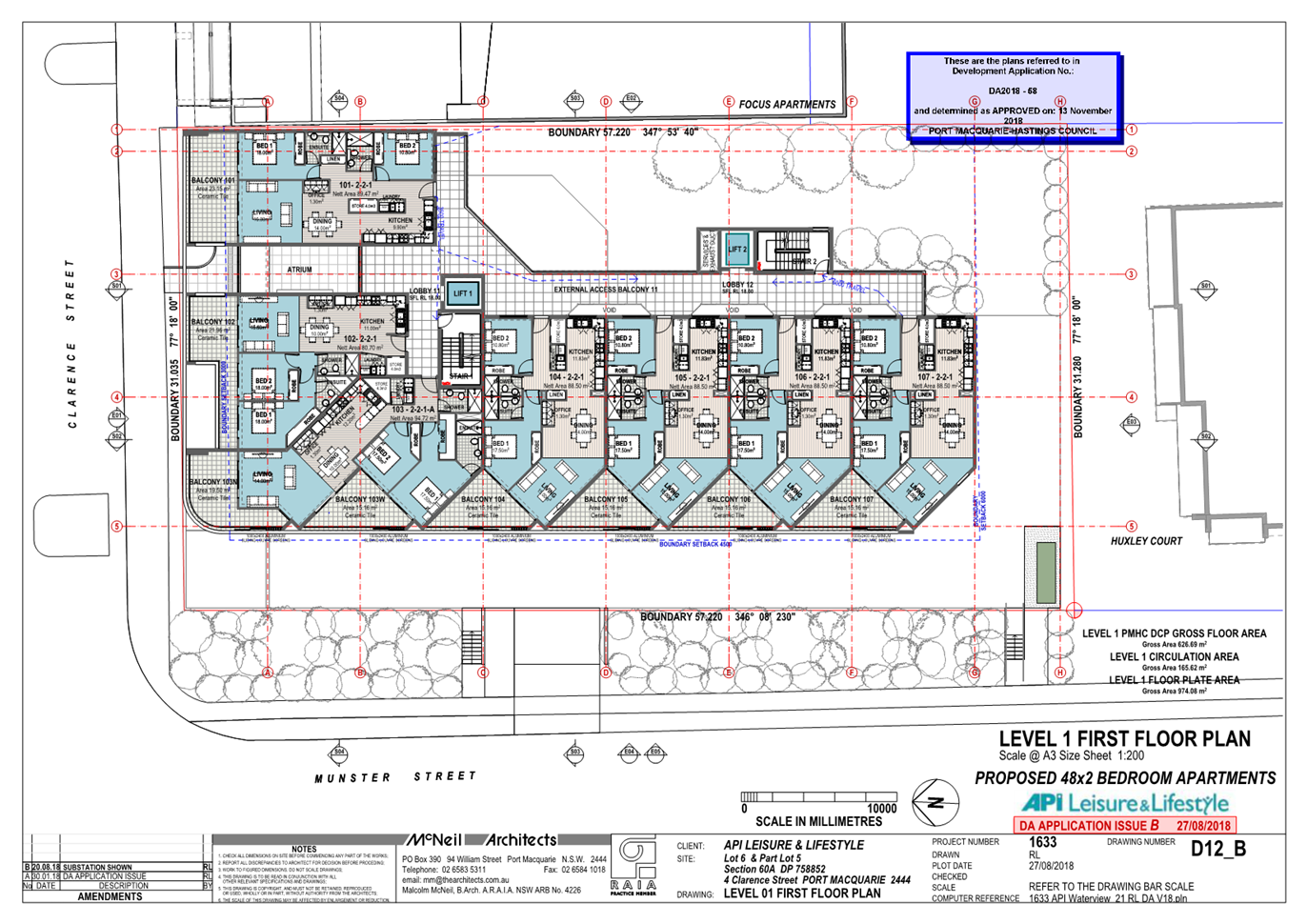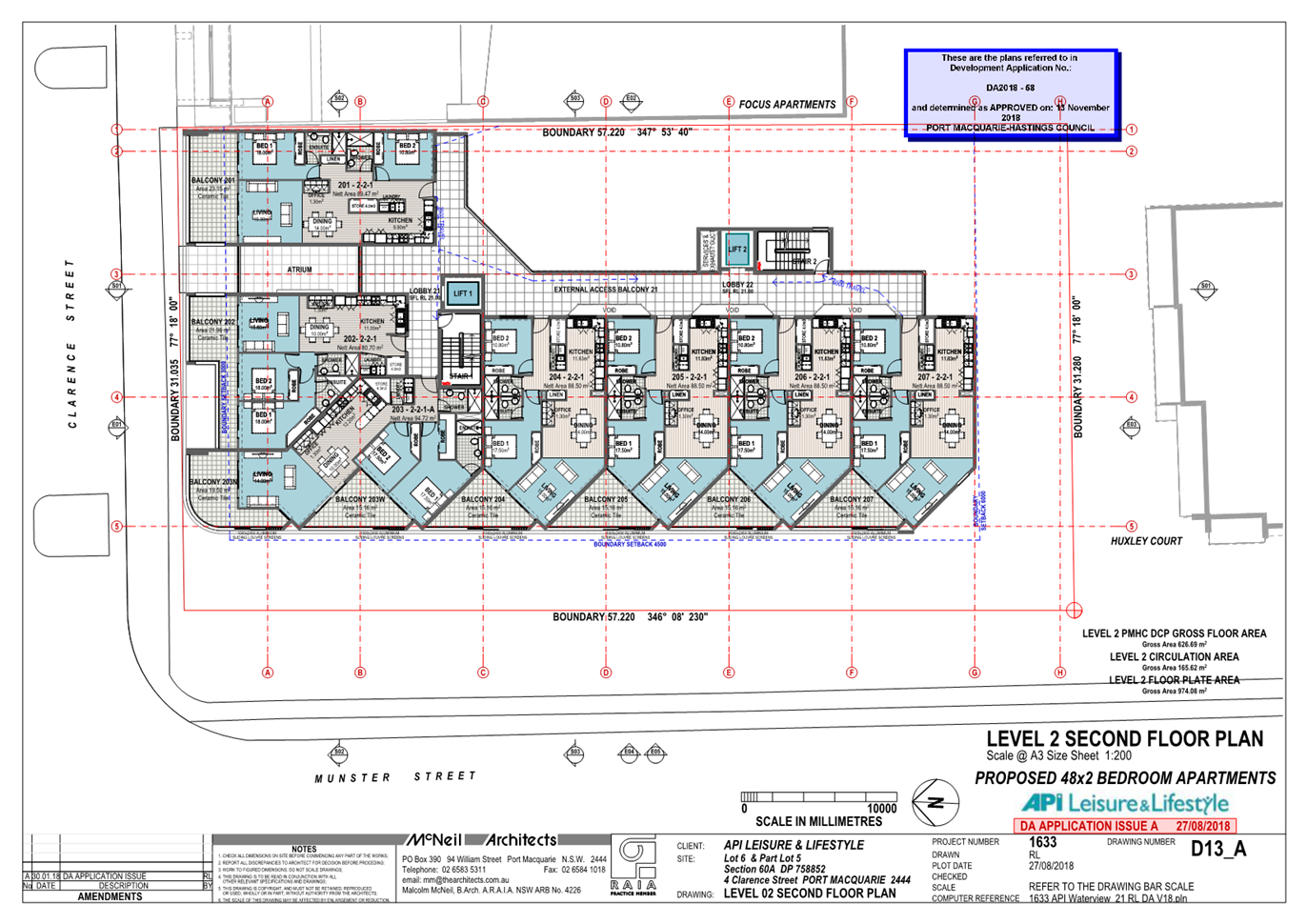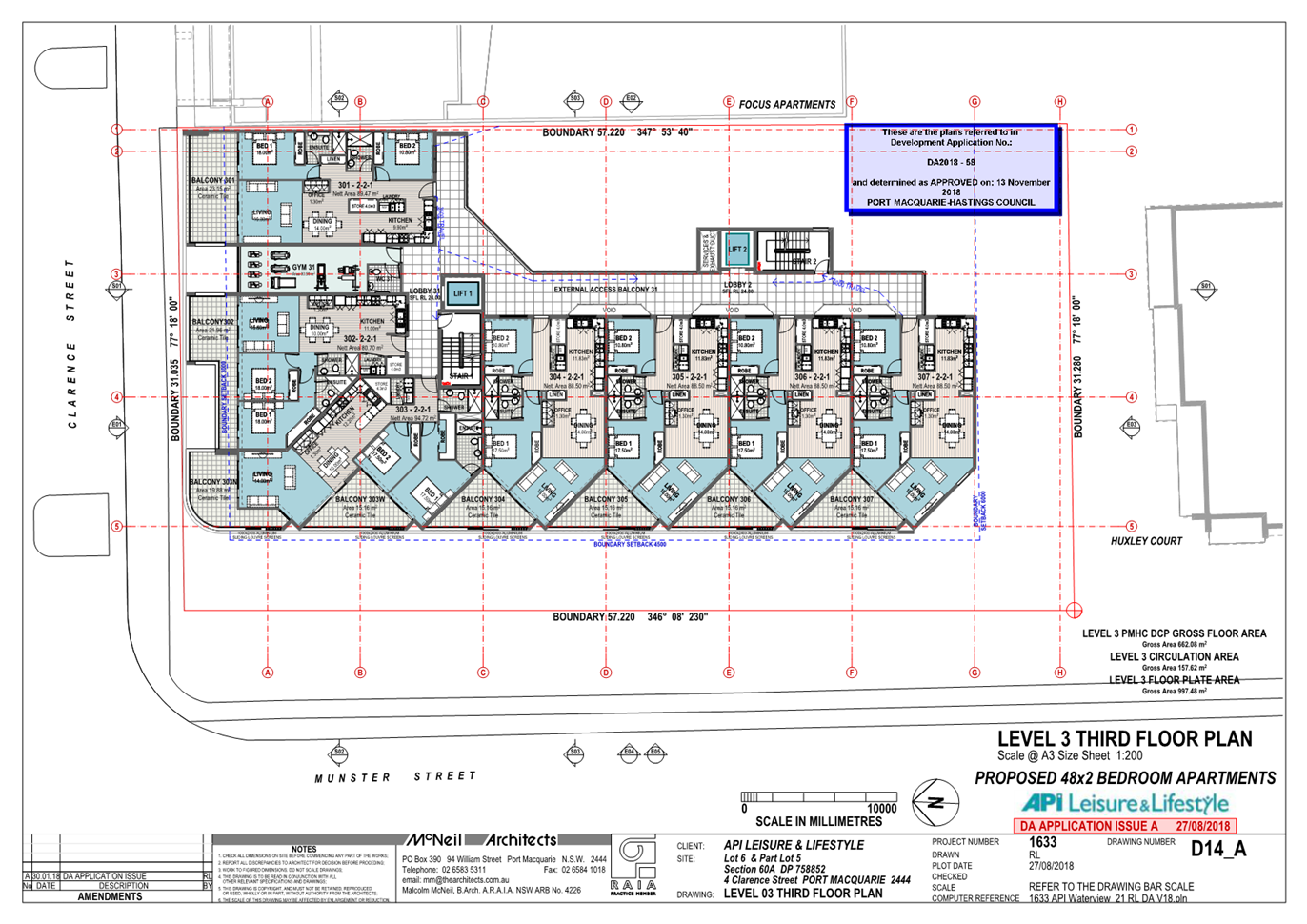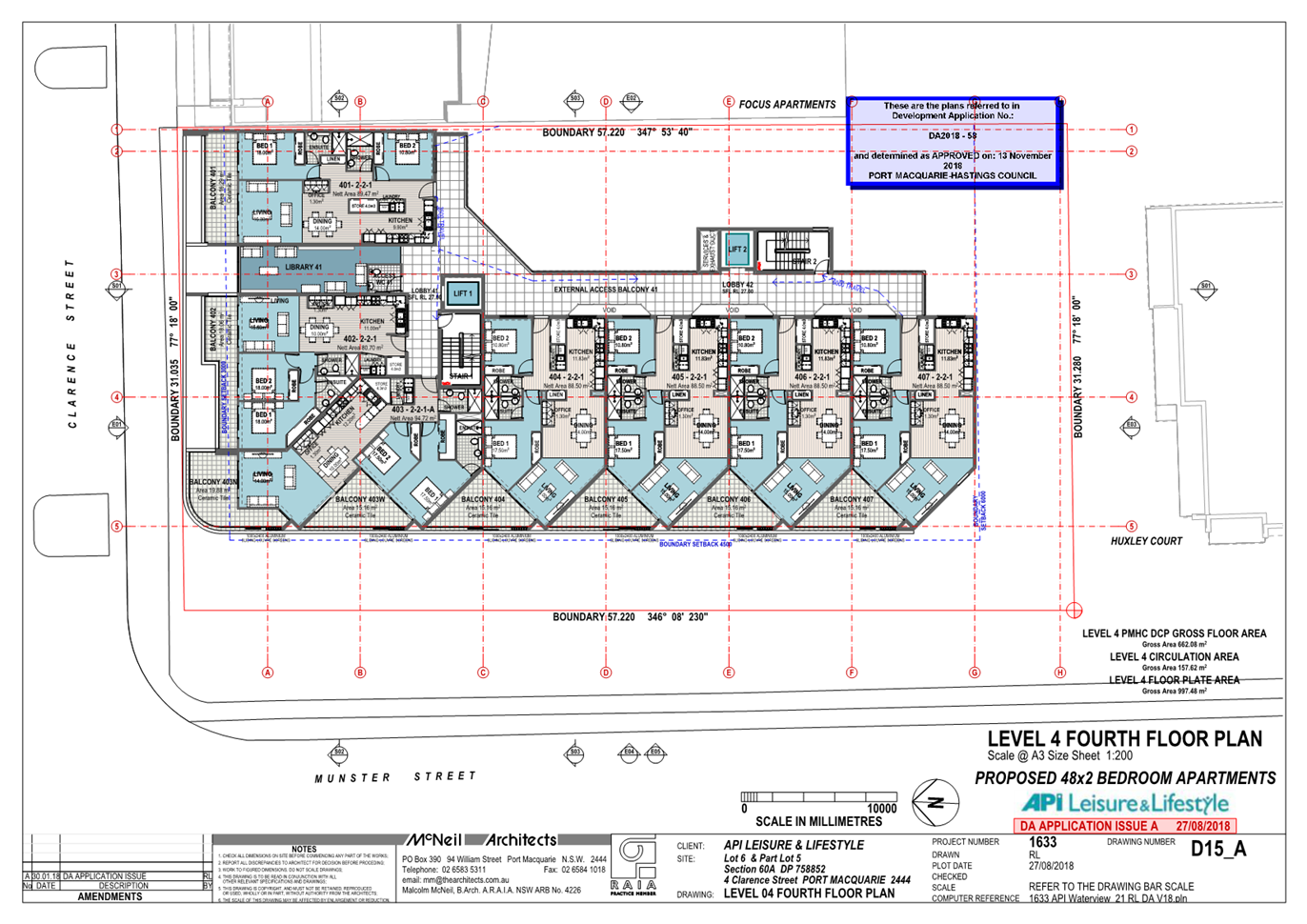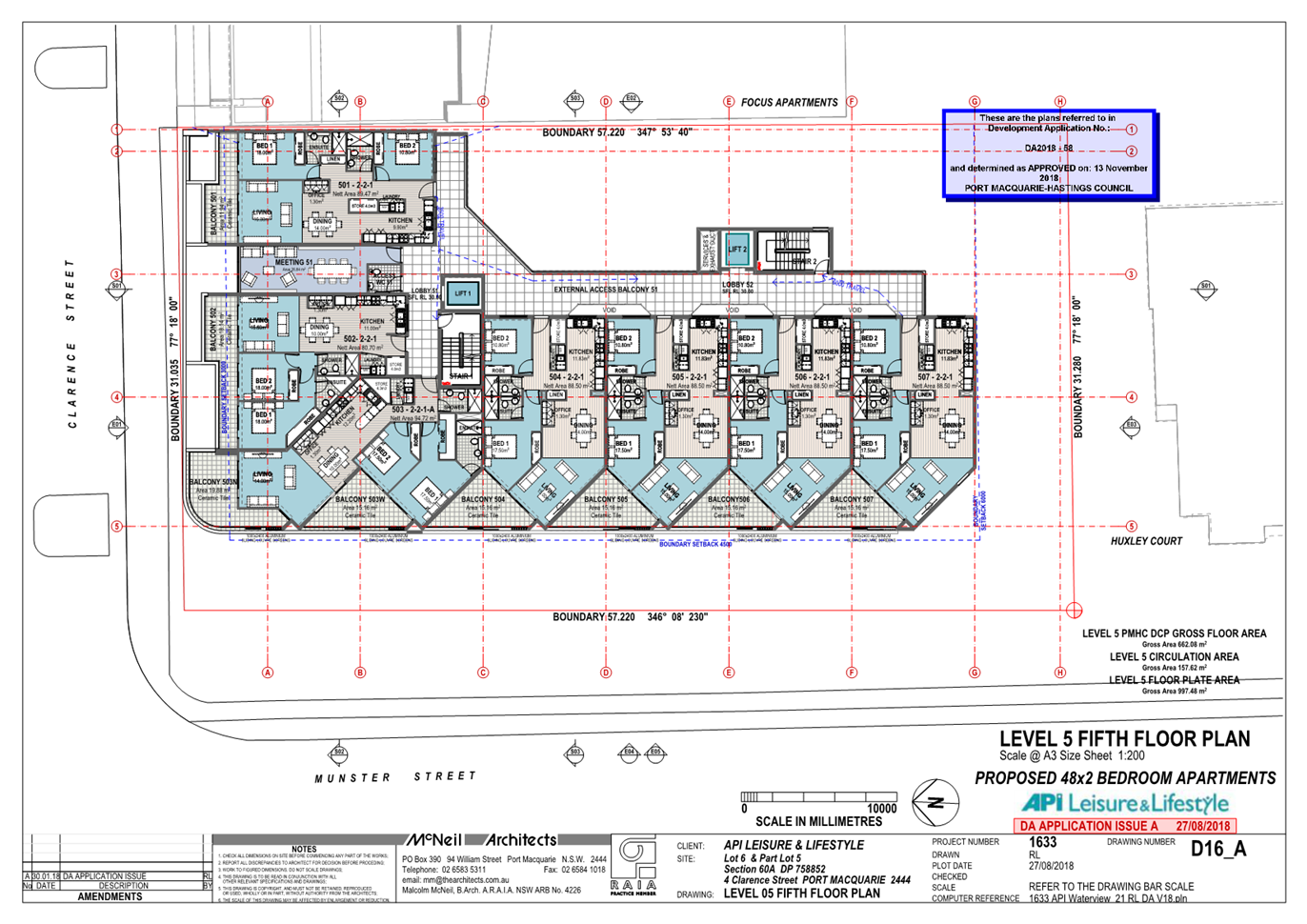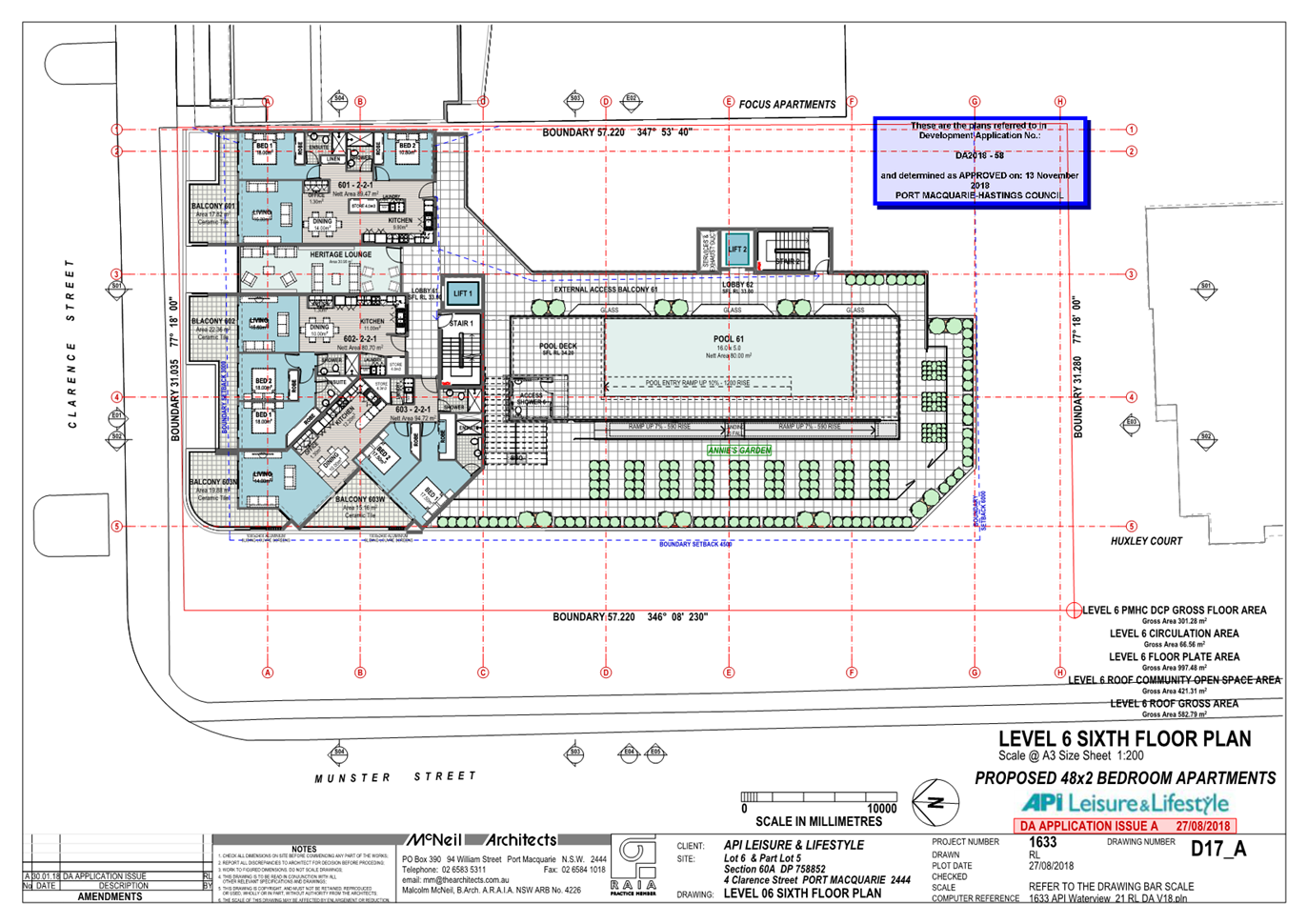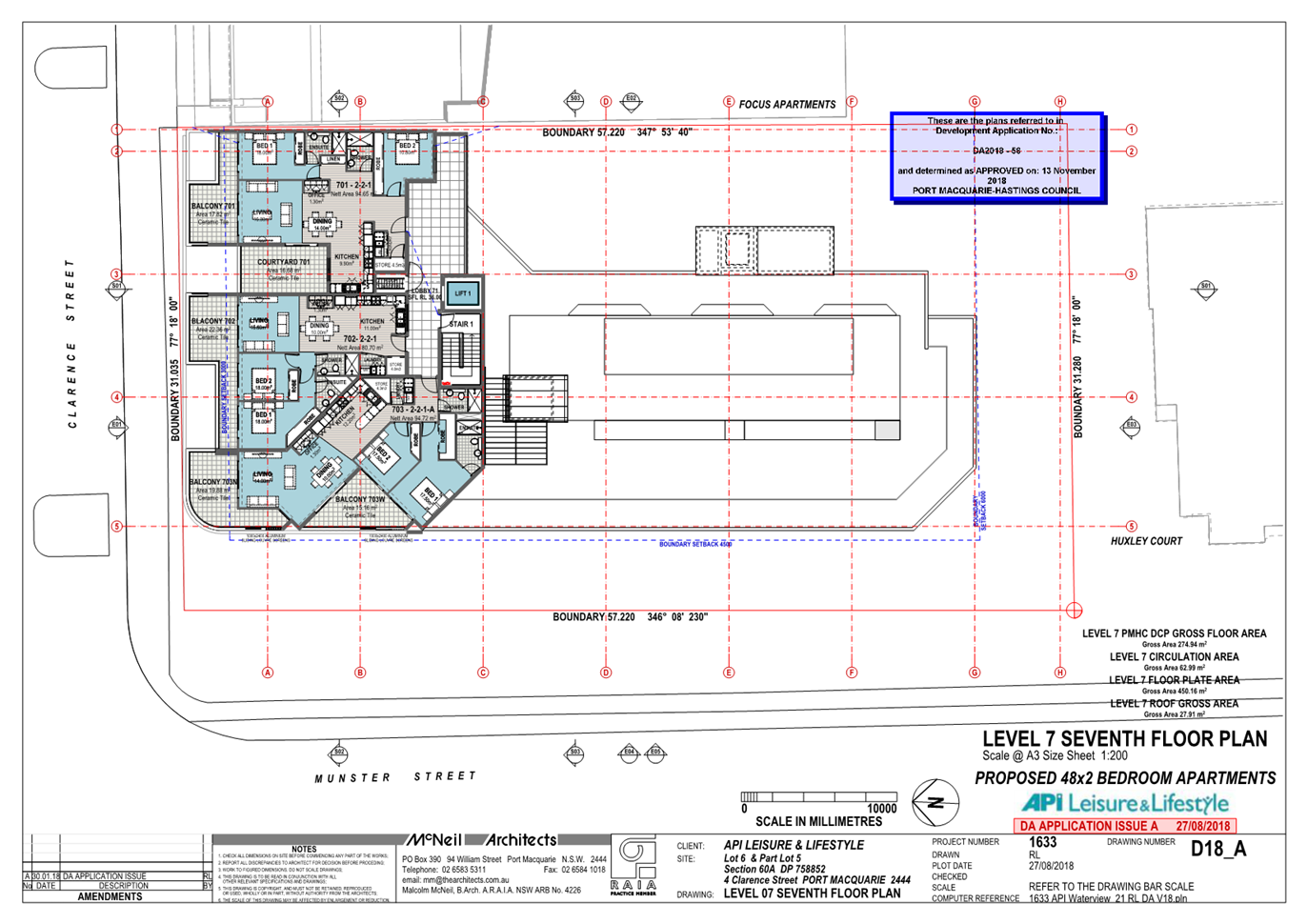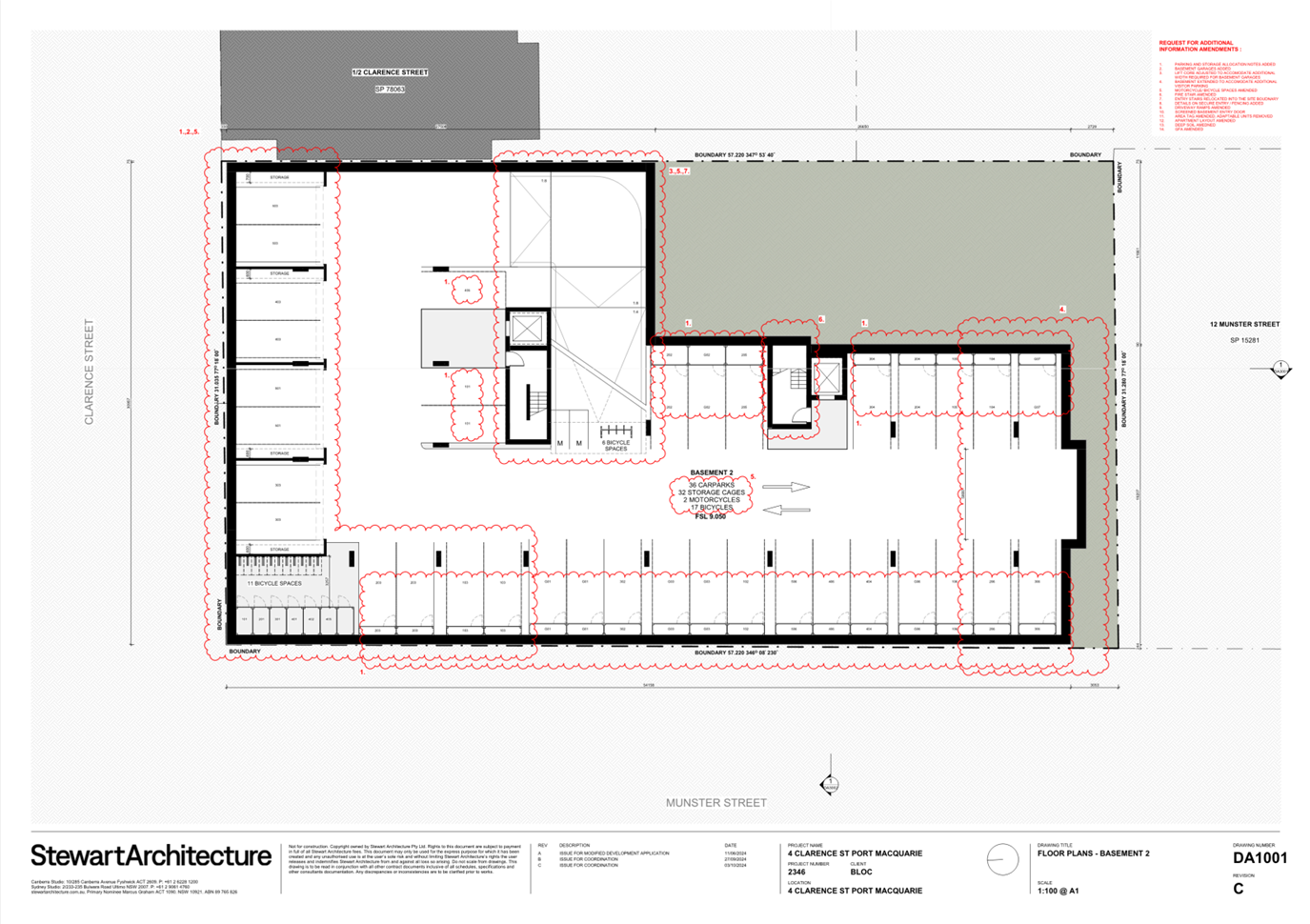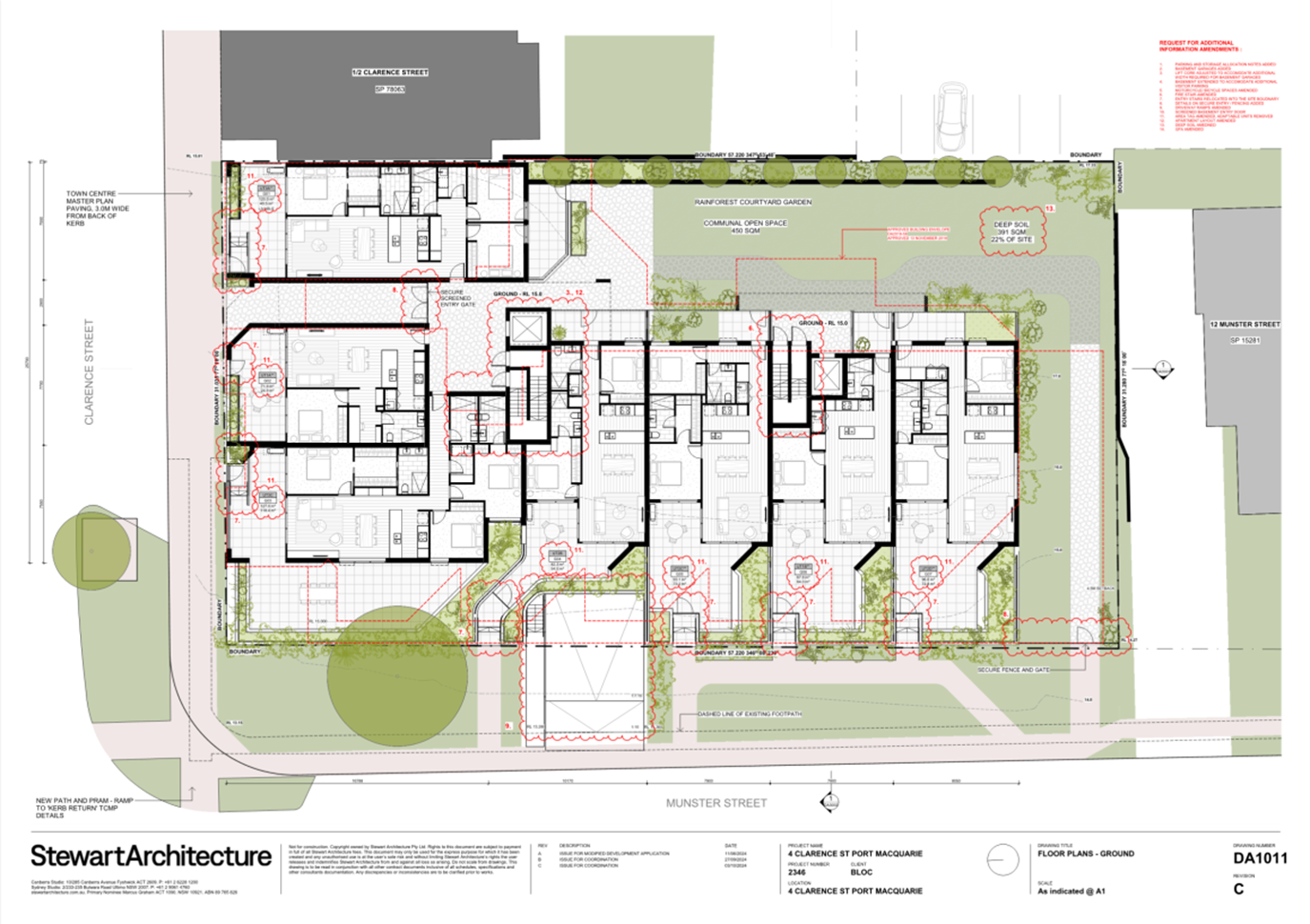Development
Assessment Panel
Business
Paper
|
date of meeting:
|
|
Wednesday 11
December 2024
|
|
location:
|
|
Port
Macquarie-Hastings Council
17 Burrawan Street,
Port Macquarie
Function Room
|
|
time:
|
|
2:00 PM
|
 DEVELOPMENT ASSESSMENT PANEL SUB COMMITTEE CHARTER
DEVELOPMENT ASSESSMENT PANEL SUB COMMITTEE CHARTER
Adopted: Ordinary
Council 2022 09 15
1.0 OBJECTIVES
To assist in managing
Council's development assessment function by providing independent, transparent and expert determinations of development applications that fall outside
of staff delegations.
2.0 KEY FUNCTIONS
·
To review development application reports and conditions. The focus of the Panel’s review is to be on those issues raised in submissions received following exhibition of development applications;
·
To determine
development applications
where there are 3 or more unique
submissions or where an
application is outside of staff delegations;
·
To refer development applications to Council for determination where
necessary;
·
To provide a forum for objectors
and applicants to make submissions on applications before the
Development Assessment Panel(DAP);
·
To maintain transparency in the determination of development applications.
Delegated Authority of Panel
Pursuant to Section 377 of the Local Government Act, 1993 delegation to:
·
Determine (approve
or refuse) development applications under Part 4 of the Environmental Planning and Assessment Act 1979 having regard to the relevant environmental planning instruments, development control plans and Council
policies.
·
Vary, modify or release
restrictions as to use and/or covenants created
by Section 88B instruments under the Conveyancing Act 1919 in relation to development applications being considered by the panel.
·
Determine Koala Plans of Management under State Environmental Planning Policy (Biodiversity and Conservation) 2021 associated with development applications being considered by the
Panel.
Noting the trigger to escalate decision
making to Council
as highlighted in section 5.2.
3.0
MEMBERSHIP
3.1
Voting Members
·
3 independent
external members will be selected for each scheduled DAP meeting from an
appointed pool of members. One of the independent external
members to be the
Chairperson. Independent members will be rostered onto meeting on a rotational
basis where possible.
·
Group Manager
Development Services (alternate - Director Community, Planning and Environment or Development Assessment Planning Coordinator).
The independent external
members shall have expertise in one or more of the following areas: planning,
architecture, heritage, the environment, urban
design, economics, traffic
and transport, law, engineering,
government and public administration.
3.2 Non-Voting Members Not applicable.
3.3
Obligations of members
·
Members must act faithfully and diligently and in accordance with this Charter.
·
Members must comply with Council's Code of Conduct.
·
Except as required to properly perform
their duties, DAP members must not disclose
any confidential information
(as advised by Council) obtained in connection with the DAP functions.
·
Members will have read and be familiar with the documents
and information provided
by Council prior to attending
a DAP meeting.
·
Members must act in accordance with Council's Workplace Health and Safety
Policies and Procedures
·
External members
of the Panel are not authorised to speak to the media on behalf of Council. Council officers that are members
of the Committee are bound by the
existing operational delegations in relation to speaking to media.
3.4
Member Tenure
The independent external
members will be appointed for the term of 4 years or until such time as an
expression of interest process to source panel members is completed for the proceeding 4 year term.
3.5
Appointment of members
·
A pool of independent external
members (including the Chair) shall be appointed by the Chief Executive Officer
following an external
Expression of Interest
process. Previous Panel members are eligible to be reappointed on the
Panel following this expression of interest process.
·
Independent members will be rostered on to Panel meetings on a rotational basis where possible
to suit Panel member availability and Panel operational needs.
·
Staff members on the Panel shall be appointed
by the Chief Executive Officer.
4.0 TIMETABLE OF MEETINGS
·
The Development Assessment Panel will generally meet on the 1st and 3rd Wednesday each month at 2.00pm
at the Port Macquarie offices of Council.
Meetings may be conducted on-line or a combination of in person and on-line.
·
Special Meetings
of the Panel may be convened by the Director
Community, Planning and Environment Services with 3 days
notice.
5.0
MEETING PRACTICES
5.1
Meeting Format
·
At all Meetings of the Panel the Chairperson shall occupy the Chair and preside. The Chair will be
responsible for keeping order at meetings.
·
Meetings shall be open to the public.
·
The Panel will hear from an applicant and objectors or their representatives. Speakers are required to register to speak by close of
business on the day prior to the Panel meeting.
·
The Panel shall have the discretion to ask the applicant and objectors questions
relating to the proposal and their submission. There
is no ‘right of reply’ for an objector or applicant.
·
Where there are a
large number of persons making submissions with common interests, the Panel
shall have the discretion to hear a representative of those persons
rather than multiple
persons with the same
interest.
·
Council assessment staff will be available
at Panel meetings
to provide technical
assessment advice and
assistance to the Panel.
·
Where considered necessary, the Panel will conduct site inspections prior to the meeting.
5.2
Decision Making
·
Decisions are to be made by consensus. Where consensus is not possible
on any item, that item is
to be referred to Council for a decision.
·
All development applications involving a proposed variation to a development standard greater than 10% under Clause 4.6 of the Local
Environmental Plan will be
considered by the Panel and recommendation made to the Council for a decision.
5.3
Quorum
3 members
must be present
at a meeting to form a quorum.
5.4 Chairperson and Deputy Chairperson Independent Chair (alternate - independent member).
5.5 Secretariat
·
The Director
Community, Planning and Environment is to be responsible for ensuring that the
Panel has adequate secretariat support. The secretariat will ensure that the
business paper and supporting papers
are circulated at least
3 days prior to each meeting. Minutes
shall be appropriately approved and circulated to
each member within 3 weeks of a meeting being held.
·
The format
of and the preparation and publishing of the Business
Paper and Minutes
shall be similar to the format for Ordinary Council
Meetings.
5.6
Recording of decisions
Minutes will be limited
to the recording of decisions
of the DAP and how each member
votes for each item
before the Panel. Meetings may be recorded via an on-line platform where
practical.
6.0 CONVENING OF “OUTCOME SPECIFIC” WORKING GROUPS
Not applicable.
7.0 CONFIDENTIALITY AND CONFLICT OF INTEREST
·
Members of the
Panel must comply with Council’s Code of Conduct. It is the personal
responsibility of members to comply with the standards in the Code of Conduct
and regularly review their
personal circumstances with this in mind.
·
Panel members
must declare any conflict of interest at the start of each meeting or before
discussion of a relevant item or topic. Details of any conflicts of interest
are to be appropriately minuted. Where members are deemed to have a real or
perceived conflict of interest, it may be appropriate they be excused
from deliberations on the issue where the conflict of interest may exist.
A Panel meeting may be postponed where there is no quorum.
8.0 LOBBYING
All members and applicants are to adhere
to Council’s Lobbying
policy. Outside of scheduled Development Assessment Panel meetings,
applicants, their representatives, Councillors, Council staff and the general
public are not to lobby Panel members via meetings, telephone conversations,
correspondence and the like. Adequate opportunity will be provided at Panel
inspections or meetings for applicants, their representatives and the general
public to make verbal submissions in relation to Business Paper items.
9.0 CONDUCT AT MEETINGS
All parties in attendance at
a DAP meeting shall conduct themselves respectfully i.e. not disrupt the
conduct of the meeting, interject, act courteously and with compassion and
empathy and sensitivity and will not insult,
denigrate or make defamatory or personal reflections on or impute improper motives
to the DAP, Council staff or
other members of the public.
Development Assessment Panel
ATTENDANCE
REGISTER
|
Member
|
18/10/23
|
15/11/23
|
7/02/24
|
6/03/24
|
5/06/24
|
17/07/24
|
16/10/24
|
20/11/24
|
|
David Crofts
(Independent Chair)
|
P
|
P
|
A
|
|
|
P
|
A
|
P
|
|
Chris Gee
(Independent Member)
|
P
|
P
|
P
|
P
|
P
|
|
P
|
P
|
|
Michael Mason
(Independent Member)
|
P
|
|
P
|
P
|
P
|
P
|
A
|
A
|
|
Dan Croft
(Group Manager Development
Services)
|
P
|
P
|
P
|
P
|
P
|
|
P
|
P
|
|
Tony McNamara
(Independent Member)
|
|
P
|
P
|
P
|
P
|
P
|
P
|
|
|
Other attendees
|
|
|
|
|
|
|
|
|
|
Mayor Peta Pinson
|
|
|
|
|
|
|
|
|
|
Melissa Watkins
(Director Community,
Planning and Environment)
|
|
|
|
|
|
|
|
|
|
Grant Burge
(Development Engineering
Coordinator)
|
|
|
P
|
P
|
P
|
P
|
P
|
P
|
|
Kerrod Franklin
(Acting Development
Engineering Coordinator)
|
|
|
|
|
|
|
|
|
|
Patrick
Galbraith-Robertson
(Development Planning
Coordinator)
|
|
|
|
|
P
|
|
|
|
|
Steven Ford
(Development Assessment
Planner)
|
|
|
|
|
|
|
|
P
|
|
Chris Gardiner
(Development Assessment
Planner)
|
|
|
|
P
|
|
|
|
P
|
|
Vanessa Penfold
(Development Assessment
Planner)
|
|
|
|
|
P
|
|
P
|
|
|
Clinton Tink
(Development Assessment
Planner)
|
|
|
|
|
|
|
|
|
|
Jon Power
(Act Development Engineer
Coordinator)
|
|
|
|
|
|
|
|
|
|
Beau Spry
(Development Assessment
Planner)
|
|
|
|
|
|
|
|
|
|
Ben Roberts
(Development Assessment
Planner)
|
|
P
|
P
|
|
|
|
|
P
|
|
Kate Kennedy
(Building Surveyor)
|
|
|
|
|
|
|
|
|
|
Warren Wisemantel
|
|
|
|
|
|
|
|
|
|
Bob Slater
(Development Assessment
Planner)
|
|
|
|
|
|
|
|
|
|
Alton Dick
(Stormwater Engineer)
|
|
|
|
|
|
|
|
|
|
Fiona Tierney
(Development Assessment
Planner)
|
P
|
|
|
P
|
|
P
|
|
|
|
Nicholas Powers
(Development Assessment Planner)
|
|
|
|
P
|
|
|
|
|
Key: P = Present, A
= Absent With Apology X = Absent Without Apology
Development
Assessment Panel
Meeting Dates for
2024
|
7
February
|
Function Room
|
2.00pm
|
|
21
February
|
Function Room
|
2.00pm
|
|
6 March
|
Function Room
|
2.00pm
|
|
5 June
|
Function Room
|
2.00pm
|
|
19 June
|
Function Room
|
2.00pm
|
|
3 July
|
Function Room
|
2.00pm
|
|
17 July
|
Function Room
|
2.00pm
|
|
7
August
|
Function Room
|
2.00pm
|
|
21
August
|
Function Room
|
2.00pm
|
|
4
September
|
Function Room
|
2.00pm
|
|
18
September
|
Function Room
|
2.00pm
|
|
2 October
|
Function Room
|
2.00pm
|
|
16 October
|
Function Room
|
2.00pm
|
|
6 November
|
Function Room
|
2.00pm
|
|
20 November
|
Function Room
|
2.00pm
|
|
4 December
|
Function Room
|
2.00pm
|
Development
Assessment Panel Meeting
Wednesday 11 December
2024
Items of Business
01 Acknowledgement
of Country............................................................................. 1
02 Apologies.......................................................................................................... 1
03 Confirmation
of Minutes..................................................................................... 1
04 Disclosures
of Interest....................................................................................... 1
05 DA2018
- 58.2 - Section 4.55 Modification to Design of Previous Approved Residential
Flat Building including Swimming Pools and Strata Subdivision at Lot:6 Sec:60A
DP:758842, No. 4 Clarence Street, Port Macquarie......................................................................... 1
06 DA2023
- 716.1 Residential Flat Building and Strata Subdivision including Clause 4.6
Variation to Port Macquarie-Hastings LEP 2011 Clause 4.3 (Height of Buildings)
Lot:1 DP:230726, No.7 School Street, Port Macquarie, including Works to
Adjoining Building at No.9 School Street, Port Macquarie......................................................................................................... 1
07 DA2022
- 931.1 School (Stage 1 & 2) and Concept Application for Stage 3 Expansion
of School at Lot 10 DP 1223845, No. 456 John Oxley Drive, Thrumster............................... 1
08 General
Business
Development Assessment Panel
11/12/2024
Subject: ACKNOWLEDGEMENT
OF COUNTRY
"I acknowledge that we are
gathered on Birpai Land. I pay respect to the Birpai Elders both past and
present. I also extend that respect to all other Aboriginal and Torres Strait
Islander people present."
RECOMMENDATION
That the apologies received be
accepted.
Subject: CONFIRMATION
OF PREVIOUS MINUTES
Recommendation
That the Minutes of the Development Assessment Panel Meeting
held on 20 November 2024 be confirmed.
MINUTES
Development Assessment Panel Meeting
20/11/2024
PRESENT
Members:
David Crofts (Independent Chair)
Chris Gee (Independent Member)
Dan Croft (Group Manager
Development Services)
Other Attendees:
Grant Burge (Development
Engineering Coordinator)
Ben Roberts (Senior Development
Assessment Planner)
Steven Ford (Development Assessment
Planner)
Chris Gardiner (Senior Development
Assessment Planner)
|
The meeting opened at 2.00pm.
|
|
01 ACKNOWLEDGEMENT
OF COUNTRY
|
|
The
Acknowledgement of Country was delivered.
|
|
02 APOLOGIES
|
|
CONSENSUS:
That the apology received from Michael
Mason be accepted.
That the apology received from
David Crofts for the meeting 16 October 2024 be noted and reflected in the
attendance register.
|
|
03 CONFIRMATION
OF MINUTES
|
|
CONSENSUS:
That
the Minutes of the Development Assessment Panel Meeting held on 16 October
2024 be confirmed.
|
|
04 DISCLOSURES
OF INTEREST
|
|
There were no disclosures of interest presented.
|
|
05 DA2022 - 995.1
Residential Flat Building including Clause 4.6 Variation to Clause 4.3
(Height of Buildings) of the Port Macquarie-Hastings Local Environmental Plan
2011 and Strata Subdivision at Lots 4 & 5 DP 17811, No. 18 & 20
Church Street, Port Macquarie
|
|
Speakers:
Michelle
Chapman (applicant)
Ben Rapley (applicant)
Jamin Tappouras (applicant)
CONSENSUS:
That DA2022
- 995.1 for a Residential Flat Building
Including Clause 4.6 Variation to Clause 4.3 (Height of Buildings) of the
Port Macquarie-Hastings Local Environmental Plan 2011 and Strata Subdivision at Lots 4 & 5, DP 17811, No. 18 & 20 Church
Street, Port Macquarie, be determined by granting consent subject to the
recommended conditions, with the following amendment:
Additional condition prior to release of the construction
Certificate to read:
Amended Plans
Prior to release of a construction certificate amended
plans are to be provided for the ground floor unit to provide for the foyer
entry door to be provided as close to the nominated waste shute as possible;
Reason: To improve casual surveillance of the unit entry
point.
|
|
06 DA2024 - 407.1
Continued Use of and alterations to ancillary building associated with
existing dwelling at Lot:5 DP:568349, No. 35 Grandview Parade Port Macquarie
|
|
Speakers:
Frank O’Rouke (Opposing the
application)
Darren Walsh (applicant)
CONSENSUS:
That DA2024
- 407.1 for use
of and Alterations to Ancillary building associated with existing dwelling at Lot 5, DP 568349, No.
35 Grandview Parade, Port Macquarie, be
determined by granting consent subject to the recommended conditions with the
following amendments:
Additional Condition prior to
release of construction certificate to read:
Landscaping Plan
Prior to release of the
construction certificate a landscaping plan is to be submitted to
Council’s satisfaction providing for a mix of native shrubs that will
provide for effective screening of the building from the adjoining property
and view from kennedy Drive. The landscaping is to achieve a height of 5m at
maturity. The plantings are to be provided on the southern, northern and
western batters nominated on the plan (excluding the western batter for the
length of the building).
Reason: To reduce the visual
impact of the building.
Additional Condition prior to
release of construction certificate to read:
Amended Plans
Prior to release of the
construction certificate amended plans are to be submitted to Council’s
satisfaction providing for the building roof to be of a low reflectivity,
mid-tone muted colorbond roofing material so as to minimise glare to the
adjoining property.
Reason: To reduce the visual
impact of the building.’
Additional Condition prior to
release of construction certificate to read:
Amended Plans
Prior to release of the
construction certificate amended plans are to be submitted to Council’s
satisfaction providing for timber surrounds to be provided to the false
windows to match the existing dwelling.
Reason: To reduce the visual
impact of the building.’
General condition 2 be amended
to read:
Certificates
The following certificates
relevant to the development in accordance with Part 6 of the Environmental
Planning and Assessment Act 1979 shall be obtained in the following order:
• Construction
Certificate and Occupation Certificate and
• Building
Information Certificate
Condition Reason: To ensure that
appropriate building certification is obtained.
|
|
07 DA2021 - 964.2
Section 4.55 Modification to Demolition of Dwelling and Construction of New
Dwelling and Swimming Pool at Lot:29A SEC:2 DP:24446, 976 Ocean Drive, Bonny
Hills
|
|
Speakers:
·
Dave McDonald (Opposing the application)
·
Paul Galland (Opposing the application)
·
Tracey O’Dea (Opposing the application)
·
Paul Poleweski (Opposing the application)
·
Boyd Ison (applicant)
·
Derek Collins (applicant)
CONSENSUS:
That
the Section 4.55 modification to DA2021 - 964.2 for demolition of dwelling
and construction of new dwelling and swimming pool at Lot 29A, DP 24446, No. 976 Ocean Drive, Bonny Hills, be
determined by granting consent subject to changes to the following consent
conditions:
1. Amend condition A1 to reference
modified plans and revised BASIX Certificate as follows:
The development is to be
carried out in accordance with the plans and supporting documents set out in
the following table, as stamped and returned with this consent, except where
modified by any conditions of this consent.
|
Plan / Supporting Document
|
Reference
|
Prepared by
|
Date
|
|
Statement of Environmental Effects
|
Project No 6780
|
Love Project
Management
|
6 September
2022 and
|
|
Development Plans
|
D4657
Sheets 1 to 9
Issue S3
|
Collins W Collins
|
11 November 2024
|
|
BAL Certificate
|
976 Ocean Drive, Bonny Hills
|
Krisann Johnson
|
16 August 2021
|
|
BASIX Certificate
|
1241506S_02
|
Collins W Collins
|
6 June 2024
|
In the event of any inconsistency
between conditions of this development consent and the plans/supporting
documents referred to above, the conditions of this development consent
prevail.
2. Add condition A4 to reference
incorporation of staging as follows:
The development must only
proceed in accordance with the approved stages as set out below:
·
Stage 1: Dwelling and associated site works.
·
Stage 2: Swimming pool and surrounds.
·
Stage 3: Boat shed and gym.
Unless specified, the
conditions of this consent will apply to all stages, with any decision on any
discrepancy with conditions and associated staging resting with Council. Any
decision to allow a change to staging will rest with Council along with applicable
conditions.
3. Add condition B7 to require a
detailed landscaping plan:
A detailed
landscape plan, drawn to scale, by a qualified landscape architect or
landscape designer, shall be provided to the satisfaction of Council prior to
release of the Construction Certificate. The plan shall provide a detailed
plant schedule that includes species, location and quantities of each
species, pot sizes and the estimated height at maturity. Landscaping shall
provide screening and visual softening but is to also be of a mature height
that minimises view loss.
4.
Add condition E8 to require completion of landscaping:
All landscaping detailed in the
landscaping plan shall be completed to the satisfaction of the accredited
certifier prior to occupation or an Occupation Certificate being issued.
5.
Add condition F2 to require maintenance of
landscaping:
Landscaping
shall be maintained in good condition as so as to minimise view loss.
|
|
|
|
The meeting closed at 4.50pm
|
Development Assessment Panel
11/12/2024
Subject: DISCLOSURES
OF INTEREST
RECOMMENDATION
That Disclosures of Interest be presented
DISCLOSURE OF
INTEREST DECLARATION
|
Name of Meeting:
|
|
Meeting
Date:
|
|
Item
Number:
|
|
Subject:
|
|
I,
the undersigned, hereby declare the following interest:
Pecuniary:
 Take no part
in the consideration and voting and be out of sight of the meeting. Take no part
in the consideration and voting and be out of sight of the meeting.
Non-Pecuniary
– Significant Interest:
 Take no part
in the consideration and voting and be out of sight of the meeting. Take no part
in the consideration and voting and be out of sight of the meeting.
Non-Pecuniary
– Less than Significant Interest:
 May
participate in consideration and voting. May
participate in consideration and voting.
|
|
For
the reason that:
|
|
Name:
Signed:
|
Date:
|
|
Please submit to the
Governance Support Officer at the Council Meeting.
|
 (Refer
to next page and the Code of Conduct)
(Refer
to next page and the Code of Conduct)
Pecuniary Interest
4.1
A pecuniary interest is an interest
that you have in a matter because of a reasonable likelihood or expectation of
appreciable financial gain or loss to you or a person referred to in clause
4.3.
4.2
You will not have a pecuniary
interest in a matter if the interest is so remote or insignificant that it
could not reasonably be regarded as likely to influence any decision you might
make in relation to the matter, or if the interest is of a kind specified in
clause 4.6.
4.3
For the purposes of this Part, you
will have a pecuniary interest in a matter if the pecuniary interest is:
(a)
your interest, or
(b)
the interest of your spouse or de
facto partner, your relative, or your partner or employer, or
(c)
a company or other body of which
you, or your nominee, partner or employer, is a shareholder or member.
4.4
For the purposes of clause 4.3:
(a)
Your “relative” is any
of the following:
(b)
“de facto partner” has
the same meaning as defined in section 21C of the Interpretation Act 1987.
4.5
You will not have a pecuniary
interest in relation to a person referred to in subclauses 4.3(b) or (c)
(a)
if you are unaware of the relevant
pecuniary interest of your spouse, de facto partner, relative, partner,
employer or company or other body, or
(b)
just because the person is a member
of, or is employed by, a council or a statutory body, or is employed by the
Crown, or
(c)
just because the person is a member
of, or a delegate of a council to, a company or other body that has a pecuniary
interest in the matter, so long as the person has no beneficial interest in any
shares of the company or body.
Non-Pecuniary
5.1
Non-pecuniary interests are private
or personal interests a council official has that do not amount to a pecuniary
interest as defined in clause 4.1 of this code. These commonly arise out of
family or personal relationships, or out of involvement in sporting, social,
religious or other cultural groups and associations, and may include an
interest of a financial nature.
5.2
A non-pecuniary conflict of
interest exists where a reasonable and informed person would perceive that you
could be influenced by a private interest when carrying out your official
functions in relation to a matter.
5.3
The personal or political views of
a council official do not constitute a private interest for the purposes of
clause 5.2.
5.4
Non-pecuniary conflicts of interest
must be identified and appropriately managed to uphold community confidence in
the probity of council decision-making. The onus is on you to identify any
non-pecuniary conflict of interest you may have in matters that you deal with,
to disclose the interest fully and in writing, and to take appropriate action
to manage the conflict in accordance with this code.
5.5
When considering whether or not you
have a non-pecuniary conflict of interest in a matter you are dealing with, it
is always important to think about how others would view your situation.
Managing
non-pecuniary conflicts of interest
5.6
Where you have a non-pecuniary
conflict of interest in a matter for the purposes of clause 5.2, you must
disclose the relevant private interest you have in relation to the matter fully
and in writing as soon as practicable after becoming aware of the non-pecuniary
conflict of interest and on each occasion on which the non-pecuniary conflict
of interest arises in relation to the matter. In the case of members of council
staff other than the Chief Executive Officer, such a disclosure is to be made
to the staff member’s manager. In the case of the Chief Executive Officer,
such a disclosure is to be made to the mayor.
5.7
If a disclosure is made at a
council or committee meeting, both the disclosure and the nature of the
interest must be recorded in the minutes on each occasion on which the
non-pecuniary conflict of interest arises. This disclosure constitutes
disclosure in writing for the purposes of clause 5.6.
5.8
How you manage a non-pecuniary
conflict of interest will depend on whether or not it is significant.
5.9
As a general rule, a non-pecuniary
conflict of interest will be significant where it does not involve a pecuniary
interest for the purposes of clause 4.1, but it involves:
a) a relationship between a council official and another
person who is affected by a decision or a matter under consideration that is
particularly close, such as a current or former spouse or de facto partner, a
relative for the purposes of clause 4.4 or another person from the council
official’s extended family that the council official has a close personal
relationship with, or another person living in the same household
b)
other relationships with persons
who are affected by a decision or a matter under consideration that are
particularly close, such as friendships and business relationships. Closeness
is defined by the nature of the friendship or business relationship, the
frequency of contact and the duration of the friendship or relationship.
c)
an affiliation between the council
official and an organisation (such as a sporting body, club, religious,
cultural or charitable organisation, corporation or association) that is
affected by a decision or a matter under consideration that is particularly
strong. The strength of a council official’s affiliation with an
organisation is to be determined by the extent to which they actively
participate in the management, administration or other activities of the
organisation.
d)
membership, as the council’s
representative, of the board or management committee of an organisation that is
affected by a decision or a matter under consideration, in circumstances where
the interests of the council and the organisation are potentially in conflict
in relation to the particular matter
e)
a financial interest (other than an
interest of a type referred to in clause 4.6) that is not a pecuniary interest
for the purposes of clause 4.1
f)
the conferral or loss of a personal
benefit other than one conferred or lost as a member of the community or a
broader class of people affected by a decision.
5.10 Significant non-pecuniary conflicts of interest must be
managed in one of two ways:
a)
by not participating in
consideration of, or decision making in relation to, the matter in which you
have the significant non-pecuniary conflict of interest and the matter being
allocated to another person for consideration or determination, or
b)
if the significant non-pecuniary
conflict of interest arises in relation to a matter under consideration at a
council or committee meeting, by managing the conflict of interest as if you
had a pecuniary interest in the matter by complying with clauses 4.28 and 4.29.
5.11 If you determine that you have a non-pecuniary conflict
of interest in a matter that is not significant and does not require further
action, when disclosing the interest you must also explain in writing why you
consider that the non-pecuniary conflict of interest is not significant and
does not require further action in the circumstances.
5.12 If you are a member of staff of council other than the Chief
Executive Officer, the decision on which option should be taken to manage a
non-pecuniary conflict of interest must be made in consultation with and at the
direction of your manager. In the case of the Chief Executive Officer, the
decision on which option should be taken to manage a non-pecuniary conflict of
interest must be made in consultation with and at the direction of the mayor.
5.13
Despite clause 5.10(b), a
councillor who has a significant non-pecuniary conflict of interest in a
matter, may participate in a decision to delegate consideration of the matter
in question to another body or person.
5.14
Council committee members are not
required to declare and manage a non-pecuniary conflict of interest in
accordance with the requirements of this Part where it arises from an interest
they have as a person chosen to represent the community, or as a member of a
non-profit organisation or other community or special interest group, if they
have been appointed to represent the organisation or group on the council
committee.
SPECIAL
DISCLOSURE OF PECUNIARY INTEREST DECLARATION
This
form must be completed using block letters or typed.
If
there is insufficient space for all the information you are required to
disclose,
you
must attach an appendix which is to be properly identified and signed by you.
|
By
[insert full name of councillor]
|
|
|
In the
matter of
[insert name of environmental planning instrument]
|
|
|
Which is
to be considered at a meeting of the
[insert name of meeting]
|
|
|
Held on
[insert date of meeting]
|
|
|
PECUNIARY INTEREST
|
|
Address of
the affected principal place of residence of the councillor or an associated
person, company or body (the identified land)
|
|
|
Relationship
of identified land to councillor
[Tick or cross one box.]
|
The councillor has interest in the land (e.g. is owner or has other
interest arising out of a mortgage, lease, trust, option or contract, or
otherwise).
An associated person of the councillor has an interest in the land.
An associated company or body of the councillor has interest in the land.
|
|
MATTER GIVING RISE TO PECUNIARY INTEREST
|
|
Nature of
land that is subject to a change
in
zone/planning control by proposed
LEP (the
subject land
[Tick or cross one box]
|
The identified land.
Land that adjoins or is adjacent to or is in proximity to the identified
land.
|
|
Current
zone/planning control
[Insert name of current planning instrument and
identify relevant zone/planning control applying to the subject land]
|
|
|
Proposed
change of zone/planning control
[Insert name of proposed LEP and identify proposed
change of zone/planning control applying to the subject land]
|
|
|
Effect of
proposed change of zone/planning control on councillor or associated person
[Tick or cross one box]
|
Appreciable financial gain.
Appreciable financial loss.
|
|
|
|
[If more than one pecuniary interest is to be
declared, reprint the above box and fill in for each additional interest]
Councillor’s Signature:
……………………………….
Date: ………………..
This form is to be retained
by the council’s Chief Executive Officer and included in full in the
minutes of the meeting
Last Updated: 3 June 2019
Important Information
This information is being collected for the purpose of
making a special disclosure of pecuniary interests under clause 4.36(c) of the
Model Code of Conduct for Local Councils in NSW (the Model Code of Conduct).
The special disclosure must relate only to a pecuniary
interest that a councillor has in the councillor’s principal place of
residence, or an interest another person (whose interests are relevant under
clause 4.3 of the Model Code of Conduct) has in that person’s principal
place of residence.
Clause 4.3 of the Model Code of Conduct states that you
will have a pecuniary interest in a matter because of the pecuniary interest of
your spouse or your de facto partner or your relative or because your business
partner or employer has a pecuniary interest. You will also have a pecuniary
interest in a matter because you, your nominee, your business partner or your
employer is a member of a company or other body that has a pecuniary interest
in the matter.
“Relative” is defined by clause 4.4 of the
Model Code of Conduct as meaning your, your spouse’s or your de facto
partner’s parent, grandparent, brother, sister, uncle, aunt, nephew,
niece, lineal descendant or adopted child and the spouse or de facto partner of
any of those persons.
You
must not make a special disclosure that you know or ought reasonably to know is
false or misleading in a material particular. Complaints about breaches
of these requirements are to be referred to the Office of Local Government and
may result in disciplinary action by the Chief Executive of the Office of Local
Government or the NSW Civil and Administrative Tribunal.
This form must be completed by you before the commencement
of the council or council committee meeting at which the special disclosure is
being made. The completed form must be tabled at the meeting. Everyone is
entitled to inspect it. The special disclosure must be recorded in the minutes
of the meeting.
A pecuniary interest may arise by way of a change of
permissible use of land adjoining, adjacent to or in proximity to land in which
a councillor or a person, company or body referred to in clause 4.3 of the
Model Code of Conduct has a proprietary interest
Development Assessment Panel
11/12/2024
Item: 05
Subject: DA2018 - 58.2 - Section 4.55 Modification to
Design of Previous Approved Residential Flat Building including Swimming Pools
and Strata Subdivision at Lot:6 Sec:60A DP:758842, No. 4 Clarence Street, Port
Macquarie
Report
Author: Development Assessment Officer (Planning), Patrick Galbraith-Robertson
|
Applicant: Stewart
Architecture Pty Ltd
Owner: 4
Clarence Street PM Pty Ltd
Estimated Cost: $22.709M
Alignment with Delivery
Program
4.3.1 Undertake transparent
and efficient development assessment in accordance with relevant legislation.
|
RECOMMENDATION
That
the Section 4.55 modification to DA2018 - 58.2 for a modification to design of previous
approved residential flat building including swimming pools and strata
subdivision at Lot 1, DP 1083291 & Lot 6 Section 60A DP 758852, No. 4 Clarence Street,
Port Macquarie, be determined by granting consent subject to the changes to the
following consent conditions:
1. Condition
A(1) to reflect the modified plans, landscaping plan, strata subdivision,
revised BASIX certificate
Executive
Summary
This report considers an
application for a modification to the design of previous approved
residential flat building and swimming pools at the
subject site and provides an assessment of the application in accordance with
the Environmental Planning and Assessment Act 1979.
The proposed design changes to the
current approved development are summarised as follows (including further
amendments made during assessment):
· Façade articulation, materiality and detailing.
· Basement carparking layouts for the 2 levels of basement
parking.
· Reduction in units from 48 to 46.
· Change in unit mix to provide an increased variety of 1, 2
and 3 bedroom layouts.
· Unit layouts including removing bedrooms facing common
walkways.
· Reduced extent of common walkways on each floor level.
· Landscaping design changes.
· Strata subdivision changes.
Following exhibition of the
application, 4 submissions were received. All
submissions raised concerns with the proposal. Key issues raised in the
submissions have been raised with the applicant for consideration in their
application.
During assessment, the application
was amended which includes the following changes to design and additional
information provided:
· Architect’s Design Verification Statement.
· Architect’s Apartment Design Guide Compliance report.
· Draft strata subdivision plan included proposed parking
allocation.
· Advice obtained from Council’s Water and Sewer Team
in regards to the Water Management Act approvals process.
· Clarification of proposed maximum building height proposed
and details of changes to built form and previous approved building height
above the 19m standard height plane for the site.
· Clarification on proposed gross floor area and floor space
ratio calculations.
· Traffic Assessment details from consultant Quantum Traffic
which addresses carparking calculations and access widths and manoeuvring.
· Clarification of earthworks quantities and cut and fill.
· Additional details and responses to key issues raised in
the submissions received addressing parking generation, vehicular access,
privacy, noise, security, waterproofing and boundary construction
methodologies.
· Clarification of design clearances to existing high voltage
power network in Munster Street with Conductor Clearance Assessment prepared by
Power Solutions.
· Amendments to design plans of eastern balcony walls
including change from sliding screens to a solid wall on levels 6 and 7
adjoining the Focus Apartments particularly to improve privacy.
· Additional details to address and update view sharing
impacts.
· Updated shadow diagrams including additional detail to
particularly address the southern neighbouring property at 12 Munster Street.
· A more detailed conceptual landscaping plan which includes
more details of existing and proposed cut levels in the rear deep soil zone
proposed.
· Clarification that an existing Brushbox tree in Munster
Street is to be retained and drawings updated.
· Individual access stairs to ground floor apartments
recessed into the site and plan drawings updated.
· Changes to the windows on southern elevation to have window
sills increased in height to improve privacy to the southern neighbours.
· Addition of fencing, basement entry garage door and secure
entry gate to the south-west entrance along Munster Street. Plan drawings
updated.
· Clarification of 3m floor to floor heights set in the
design and relationship to the ADG requirements and existing consent.
· Clarification of apartment design dimensions and areas
having regard to the ADG requirements.
The approved development has not been physically commenced
and is reliant upon a State Government Covid-19 2 year consent extension until
28 November 2025 (new consent lapsing date).
The site is considered suitable for the proposed modified
development and the proposal adequately addresses relevant planning controls.
The modified development is considered to not be contrary to the public's
interest and will not result a significant adverse social, environmental, or
economic impact.
This report recommends that the
application be approved subject to the above recommended consent condition
changes (Attachment 1 provides a full list of conditions including proposed
changes).
The reason for the application being referred to
Council’s Development Assessment Panel (DAP) is because 3 or more
objections to the proposal have been received. A copy of the DAP Charter
outlining the delegations and functions of the DAP is available on
Council’s website.
1. BACKGROUND
Existing
Sites Features and Surrounding Development
The combined site area of 1782.57m2, frontage to Clarence
Street of 31.035m and Munster Street of 57.22m.
The site is zoned R4 high density residential in accordance
with the Port Macquarie-Hastings Local Environmental Plan 2011, as shown in the
following zoning plan:

Existing buildings on the site include the four storey
Waterview Units (motel), brick garages and pool.
The area is characterised by a mixture of high rise
developments. A number of larger residential flat, tourist accommodation and
shop top housing buildings exist in the immediate area.
The site has two(2) street frontages being Clarence Street
and Munster Street, Port Macquarie.
Adjoining the site to the east is an existing residential
flat building known as ‘Focus’.
Adjoining the site to the south is an existing residential
flat building known as ‘Huxley
Court’.
The existing subdivision pattern and location of existing
development within the locality is shown in the following aerial photographs
(2012 and Nearmap July 2018):


2. DESCRIPTION
OF DEVELOPMENT
Key
aspects of the modification include the following:
· Façade articulation, materiality and detailing.
· Basement carparking layouts for both levels of 2 levels of
basement parking.
· Reduction in units from 48 to 46.
· Change in unit mix to provide an increased variety of 1, 2
and 3 bedroom layouts.
· Unit layouts including removing bedrooms facing common
walkways.
· Reduced extent of common walkways on each floor level.
· Landscaping design changes.
· Strata subdivision changes.
Perspective
extracts of the current approved and amended plans are shown below for
reference and consideration:
Current
consent

Proposed
modified building (first one Clarence Street and second Munster Street facades


Refer
to plans of the proposed modification development at the end of this report
(Attachment 2).
Current
approved plans are also provided for comparison (Attachment 5).
Application
Chronology
· 13
November 2018 - Original development approved by Northern Region Planning
Panel.
· 12 July 2024 - Subject modification lodged with Council.
· 19 July 2024 - Referral to Essential Energy.
· 25 July to 7 August 2024 - Neighbour notification.
· 1 August 2024 - Site inspection by assessing officer.
· 5 August 2024 - Advice received from Essential Energy.
· 2 September 2024 - Additional information requested from
applicant and assessment update provided.
· 20 September 2024 - Clarification provided to applicant on
additional information request.
· 23 September 2024 - Applicant advised working on all
additional information requests.
· 22 October 2024 - Further additional information requested
in regards to stormwater management.
· 24 October 2024 - Update from applicant on additional
information requested.
· 25 October 2024 - Additional information received from
applicant including amendments to the proposed modification application.
· 28 October 2024 - Clarification requested from applicant in
regards to stormwater additional information requested.
· 30 October 2024 - Clarification on stormwater additional
information requested.
· 12 November 2024 - Additional stormwater information
received.
· 19 November 2024 - Referral to Essential Energy of
additional information.
· 21 November 2024 - Essential Energy advice received.
· 22 November 2024 - Assessment update provided to applicant.
· 22 November 2024 - Materials and finishes architectural
sheet submitted.
3. STATUTORY
ASSESSMENT
The
application has been lodged pursuant to Section 4.55(2) on the basis that it is
substantially
the same development to that which was originally consented to.
Section
4.55 of the Environmental Planning and Assessment Act 1979 enables the
modification
of consents and categorises modifications into Section 4.55(1) for
modifications
involving minor error, mis-description or miscalculation, Section
4.55(1A)
are for modifications involving minimal environmental impact and Section
4.55(2)
are for other modifications. Each type of modification must be considered as
being
substantially the same to that which was originally consented.
In
determining the modification application, Council is required to take into
consideration the following matters as are relevant to the development that
apply to the land to which the modification application relates:
Section
4.55(2)(a) Is the proposal substantially the same?
In
considering the modification, an assessment of the following has been undertaken
with a particular focus on the following:
· Comparison
of the quantitative and qualitative differences between the original and
modified development.
· Comparison
of the material and essential features (critical elements) of the original and
modified development.
· Comparison of the consequences of carrying out the
modification with the original approval.
The applicant has submitted
justification details for the proposal being substantially the same development
from a legal firm Piper Alderman (Attachment 4) which is summarised as follows:
· Reference
made to Land and Environment Court caselaw Moto project (No 2) Pty Ltd v
North Sydney Council (1999) and Vacik Pty Ltd v Penrith City Council
(1992).
· The
proposal does not change the use of the approved development and alters the
approved development without radical transformation. The development will
remain essentially the same residential flat building with basement carparking
and communal open space.
· There
is no radical transformation to the building envelope or built form.
· The
changes in unit mix increases the assumed number of residents by 4 which is
insignificant and unlikely to have any amenity impacts.
· The
proposal includes 7 additional car spaces which comfortably fit within the
existing building envelope.
· The
visual bulk and scale of the building will continue to present as 8 storeys on
Clarence Street and 6 Storeys on Munster Street which is considered to be an
essential element of the approved development.
· The
proposed increase in gross floor area (GFA) and floor space (FSR) is a nominal
increase and does not exceed the relevant maximum FSR standards under the Port
Macquarie-Hastings Local Environmental Plan 2011 (LEP).
· The
totality of the proposed modifications will not cause any additional or
worsening of any existing privacy, shadowing or amenity impacts generated by
the approved development.
An assessment review of the
details submitted and comparison on plans has been undertaken. The assessment
has established that the modified proposal overall is
substantially the same development to that originally approved.
Section
4.55(2)(b) Consultation with relevant Minister or Public Authority or approval
body
No
consultation with any public authority is required in relation to the proposed
modification.
Section
4.55(2)(c) The application has been notified in accordance with
the regulations and Council’s Community Participation Plan
Adjoining properties and
previous submitters were notified of the modification application in accordance
with Council’s Community Participation Plan.
Section
4.55(2)(d) Consideration of any submissions received
Following neighbour notification
of the application, four (4) submissions were
received.
The key issues raised in the
submissions received have been forwarded to the applicant for consideration and
a response has been provided during assessment which has resulted in part with
amendments to the design of the proposal.
Copies
of the written submissions have been provided separately to members of the DAP.
Key
planning issues raised in the submissions received and comments are provided as
follows:
|
Submission Issue/Summary
|
Planning Comment/Response
|
|
Inadequate
on-site parking and impacts on street parking
|
Following
initial assessment and the neighbour notification process, the applicant has
submitted a Traffic and Parking Assessment prepared by QuantumTraffic.
From
a traffic perspective, this report has been reviewed by Council Engineering
staff and is considered acceptable.
From
an off-street parking perspective the parking provision is acceptable and
does not warrant refusal of the application.
Refer
to parking and traffic impacts later in this report (Attachment 6).
|
|
Safety
impacts to Munster Street and broader traffic and road functions
|
|
Privacy
concerns relating to the site and the adjoining existing Focus development to
the east at 2 Clarence Street (Unit 13 in particular)
|
Amendments
have been made to the eastern balcony wall adjoining the Focus apartments
which will provide an improvement in privacy between the Focus building and
the subject site. There are also improvements in privacy separation when
making a comparison to the current approved development.
The upper 2 levels of the
existing approved DA had a stepped façade with entirely glass
balustrades. While additional separation was
proposed, these balconies
would have provided more direct views between adjoining balconies, and
therefore less privacy. Furthermore, the Focus apartment balconies were set
forward of the proposed balconies, and despite fixed screening the Focus
apartments would have had assumed direct sight lines into the proposed
eastern balconies and living rooms.
The proposed amendment
provides solid walls to the eastern boundary of the apartments adjoining the
focus building, therefore mitigating any privacy concerns.
Middle levels (L2-4)–
Privacy maintained:
Middle levels provide the same
boundary wall condition to the existing approved DA.
Lower Levels (LG-1):
Additional battened screens
have been provided to the eastern balconies. This has no impact on privacy as
it adjoins the blank wall of the Focus building commercial tenancy.
|
|
Noise
concerns relating to the site and the adjoining existing Focus development to
the east at 2 Clarence Street (Unit 13 in particular)
|
The upper levels of the
existing approved DA balconies had a 4.8m gap to the Focus building, however
as noted above, the balconies protruded forward.
The proposed amendments (refer
to amended plans post neighbour notification) provides solid wall separation
with the front of balconies aligned which mitigates noise transfer between
the 2 developments. Noise will be more likely directed away from each
development towards Clarence
Street.
|
|
Security/balcony screens
|
The change from sliding
screens to a solid wall on levels 6 and 7 satisfactorily addresses potential
security concerns.
|
|
Gap
between proposal and Focus Apartments to the east at 2 Clarence Street and
future maintenance
|
The proposed design layout and
building position is the same as the existing DA. This is considered typical
party-wall construction. Details to be resolved at Construction Certificate
stage.
|
|
Rainforest/rooftop
garden waterproofing adequacy
|
The applicant has advised that
the rainforest and rooftop gardens is designed to provide vital green space
to the development. Waterproofing details will be required to be adequately
resolved at Construction Certificate stage.
|
4.55(3) In determining
an application for modification of a consent under this section, the consent
authority must take into consideration such of the matters referred to in
section 4.15(1) as are of relevance to the development the subject of the application.
The consent authority must also take into consideration the reasons given by
the consent authority for the grant of the consent that is sought to be
modified.
Refer
to updated section 4.15(1) assessment below as relevant and associated
comments:
(a) The provisions (where applicable) of:
(i) any Environmental Planning
Instrument
State Environmental Planning Policy (Planning Systems)
2021
This SEPP was introduced on 1 March 2022 after the consent
was granted on 13 November 2018. The SEPP includes provisions to set out the
planning pathway for what is Regionally and State Significant development and
the appropriate determining authority.
The current approved development was determined by the
Northern Region Planning Panel as Regionally Significant Development.
For the subject modification application, the following was
considered:
· Clause
2.19 and Schedule 6 identifies development to which is regionally significant
development. None of these provisions set out how to address modification
applications.
· Under
State Government guidelines making reference to clause 275 of the Environmental
Planning and Assessment Regulation 2021, the following applies:
275 Functions
exercisable by council on behalf of Sydney district or regional planning
panel—the Act, s 4.7(2)(h)
(1) The determination of an application to modify a
development consent under the Act, section 4.55 is prescribed as a function of
a Sydney district or regional planning panel that must be exercised on behalf
of the panel by the council of the area, except as provided by subsection (2).
(2) A council must not determine an application to
modify a development consent under the Act, section 4.55(2) on behalf of a
Sydney district or regional planning panel if the application is of a kind
specified in the Instruction on Functions Exercisable by Council on Behalf
of Sydney District or Regional Planning Panels—Applications to Modify
Development Consents published on the NSW planning portal on 30 June 2020.

 The instructions are per below
for reference:
The instructions are per below
for reference:
· Having
regard to the above, Council is the determining authority for the modification
application as the development has a maximum calculated height no higher than
currently approved and less than 10 unique submissions have been received.
State Environmental Planning Policy (Housing) 2021
This SEPP was introduced after the determination of the
original DA and requires consideration.
The current approved development
was considered under the previous State Environmental Planning Policy No.65 -
Design Quality of Residential Apartment Development (SEPP 65), the Apartment
Design Guide (ADG) and the Design Quality Principles.
Chapter 4 Design of residential apartment development
specifically applies to the modification proposal.
Clause 147 under this chapter 4 requires the following to be
considered. Comments below each requirement are provided below:
147 Determination of development
applications and modification applications for residential apartment
development
(1) Development
consent must not be granted to residential apartment development, and a
development consent for residential apartment development must not be modified,
unless the consent authority has considered the following—
(a) the
quality of the design of the development, evaluated in accordance with the
design principles for residential apartment development set out in Schedule 9,
The modified proposal been reconsidered against the design
principles further below and is considered acceptable.
(b) the Apartment Design Guide,
The modified proposal been reconsidered against the
requirements of the Apartment Design Guide (ADG) particularly due the extent of
design changes proposed further below and is considered acceptable.
(c) any
advice received from a design review panel within 14 days after the consent
authority referred the development application or modification application to
the panel.
Council does not have a nominated Design Review Panel (DRP).
The below tables provide an updated
assessment of the modified proposal in accordance with the design quality
principles and Apartment Design Guide (ADG).
Design quality principles:
|
Requirement
|
Proposed
|
|
Principle 1: Context and neighbourhood character
Good design responds and
contributes to its context. Context is the key natural and built features of
an area, their relationship and the character they create when combined. It
also includes social, economic, health and environmental conditions.
Responding to context
involves identifying the desirable elements of an area’s existing or
future character. Well designed buildings respond to and enhance the
qualities and identity of the area including the adjacent sites, streetscape
and neighbourhood.
Consideration of local
context is important for all sites, including sites in established areas,
those undergoing change or identified for change.
|
The
applicant has stated that the modified proposal has been designed to
appropriately respond to both frontages, as well as to water views and solar
access to the north and maintains the approved bulk and scale.
The
modified proposal remains to propose a part six (6) and part eight (8) storey
residential flat building.
The
modified building design is sufficiently compatible with existing development
and the desired future character of the area. It is considered the modified
building will contribute to the identity of the area.
|
|
Principle 2: Built form
and scale
Good design achieves a
scale, bulk and height appropriate to the existing or desired future
character of the street and surrounding buildings.
Good design also achieves
an appropriate built form for a site and the building’s purpose in
terms of building alignments, proportions, building type, articulation and
the manipulation of building elements.
Appropriate built form
defines the public domain, contributes to the character of streetscapes and
parks, including their views and vistas, and provides internal amenity and
outlook.
|
The
applicant has stated and confirmed during assessment that the modified
proposal does not exceed the maximum heights of the existing approved
development which included a building height variation.
The
height and bulk of the proposed modified building is considered to be
acceptable in the streetscape and is adequately consistent with the future
desired character of the area.
The
modified building will achieve an appropriate built form and incorporates
interesting building elements and treatments that will compliment the
existing streetscapes.
The modified internal unit
layouts provide for satisfactory internal amenity. The orientation of the
block takes advantage of the northern and western outlooks.
|
|
Principle 3: Density
Good design achieves a high
level of amenity for residents and each apartment, resulting in a density
appropriate to the site and its context.
Appropriate densities are
consistent with the area’s existing or projected population.
Appropriate densities can be sustained by existing or proposed
infrastructure, public transport, access to jobs, community facilities and
the environment.
|
The
current approved floor space ratio (FSR 2.38:1, which complies with the
maximum 2.5:1 FSR adopted in the LEP.
The
modified proposal includes an increase in gross floor area and FSR and
complies with the 2.5:1 maximum FSR.
The
adopted FSR for the site is consistent with the objectives of the R4 zone and
the modified building design is appropriate as justified within the immediate
context.
The proposed modified density
can be sustained having regard to availability of infrastructure, and public
transport, proximity to services and community facilities and the
environmental quality of the area.
|
|
Principle 4:
Sustainability
Good design combines
positive environmental, social and economic outcomes.
Good sustainable design
includes use of natural cross ventilation and sunlight for the amenity and
liveability of residents and passive thermal design for ventilation, heating
and cooling reducing reliance on technology and operation costs. Other
elements include recycling and reuse of materials and waste, use of
sustainable materials and deep soil zones for groundwater recharge and
vegetation.
|
The
applicant has submitted details that the modified proposal has been designed
to optimise the number of apartments receiving direct sunlight to living
rooms and private open space at mid winter.
The
number of natural cross-ventilated units is satisfactory and exceeds the
Apartment Design Guide minimums.
An
updated BASIX certificate has been provided demonstrating that the modified
design satisfies acceptable energy and water efficiency measures.
Suitable revised landscaping
areas are proposed on the ground floor level in addition to a rooftop
photovoltaic alternative energy supply.
|
|
Principle 5: Landscape
Good design recognises that
together landscape and buildings operate as an integrated and sustainable
system, resulting in attractive developments with good amenity. A positive
image and contextual fit of well designed developments is achieved by contributing
to the landscape character of the streetscape and neighbourhood.
Good landscape design
enhances the development’s environmental performance by retaining
positive natural features which contribute to the local context,
co-ordinating water and soil management, solar access, micro-climate, tree
canopy, habitat values and preserving green networks.
Good landscape design
optimises useability, privacy and opportunities for social interaction,
equitable access, respect for neighbours’ amenity and provides for
practical establishment and long term management.
|
Satisfactory
revised landscaping is proposed. The soil depth and area available is
consistent the Apartment Design Guide requirements.
|
|
Principle 6: Amenity
Good design positively
influences internal and external amenity for residents and neighbours.
Achieving good amenity contributes to positive living environments and
resident well being.
Good amenity combines
appropriate room dimensions and shapes, access to sunlight, natural
ventilation, outlook, visual and acoustic privacy, storage, indoor and
outdoor space, efficient layouts and service areas and ease of access for all
age groups and degrees of mobility.
|
The
applicant has stated that the modified proposal has been designed to provide
the maximum amenity to future residents and the protect the amenity of
neighbours.
The
modified building layout is sufficiently efficient, legible and promotes
equitable access.
Each
unit provides satisfactory amounts of private open space at all levels.
Adequate
storage and outdoor space is provided throughout the building.
Accessibility
is possible via ramps, stairs and lifts.
Communal open space areas
remain satisfactory with the modified design.
|
|
Principle 7: Safety
Good design optimises
safety and security within the development and the public domain. It provides
for quality public and private spaces that are clearly defined and fit for
the intended purpose. Opportunities to maximise passive surveillance of
public and communal areas promote safety.
A positive relationship
between public and private spaces is achieved through clearly defined secure
access points and well lit and visible areas that are easily maintained and
appropriate to the location and purpose.
|
The applicant has advised that
the modified design has considered a range of design strategies from entrance
points to casual surveillance and security.
The basement parking area
sufficiently secure and has been clarified in the amended design plans.
A
review of the modified proposal has identified that adequate consideration
has been given to the principles of Crime Prevention Through Environmental
Design (CPTED).
|
|
Principle 8: Housing
diversity and social interaction
Good design achieves a mix
of apartment sizes, providing housing choice for different demographics,
living needs and household budgets.
Well designed apartment
developments respond to social context by providing housing and facilities to
suit the existing and future social mix.
Good design involves
practical and flexible features, including different types of communal spaces
for a broad range of people and providing opportunities for social
interaction among residents.
|
The
current approved proposal provides 2 bedroom apartments only.
The
modified proposal incorporates a significant change in housing mix to a
variety of 1, 2 and 3 bedroom units which provides more desirable mix of
housing choice.
The proposal adequately
addresses social mix and adds to the housing choice in the locality.
|
|
Principle 9: Aesthetics
Good design achieves a
built form that has good proportions and a balanced composition of elements,
reflecting the internal layout and structure. Good design uses a variety of
materials, colours and textures.
The visual appearance of a
well designed apartment development responds to the existing or future local
context, particularly desirable elements and repetitions of the streetscape.
|
The
modified plans provide satisfactory examples of colours, textures and
finishes.
A
variety of façade articulation is proposed in the modified building
design which is satisfactory.
The colours and materials
provided on the modified plans indicate a contemporary high quality design
and finish. It is considered that the aesthetics of the modified building
will respond appropriately to the surrounding environment and context of the
existing and desired character of the locality.
|
Apartment Design Guide (ADG):
|
Apartment Design Guide (ADG)
Objective
|
Design Guidance/Design
Criteria (Italics)
|
Proposed
|
|
3A - 1 Site analysis illustrates
that design decisions have been based on opportunities and constraints of the
site conditions and their relationship to the surrounding context.
|
Each element in the Site Analysis
Checklist should be addressed (Appendix 1 of ADG)
|
Revised satisfactory site analysis provided.
|
|
3B - 1 Building types and layouts
respond to the streetscape and site while optimising solar access within the
development.
|
Buildings along the street
frontage define the street, by facing it and incorporating direct access from
the street (see figure 3B.1).
Where the street frontage is to
the east or west, rear buildings should be orientated to the north.
Where the street frontage is to
the north or south, overshadowing to the south should be minimised and
buildings behind the street frontage should be orientated to the east and
west (see figure 3B.2).
|
The
site is a corner site with its primary frontage to Clarence Street and
secondary frontage to Munster Street.
The
applicant has submitted that dwellings have been orientated to maximise the
northern aspect to living spaces and capture key views. The majority of
bedroom spaces are identified to be positioned on the east, west and south
sides of the development.
The
proposed modified building satisfactorily presents to Clarence Street and
Munster Street with its ground floor pedestrian and driveway entries.
The building satisfactorily
orientates to and responds to the two street frontages and incorporates
satisfactory pedestrian and vehicle access arrangements.
|
|
3B - 2 Overshadowing of
neighbouring properties is minimised during mid winter.
|
Living areas, private open space
and communal open space should receive solar access in accordance with
sections 3D Communal and public open space and 4A Solar and daylight access.
Solar access to living rooms,
balconies and private open spaces of neighbours should be considered.
Where an adjoining property does
not currently receive the required hours of solar access, the proposed
building ensures solar access to neighbouring properties is not reduced by
more than 20%.
If the proposal will
significantly reduce the solar access of neighbours, building separation
should be increased beyond minimums contained in section 3F Visual privacy.
Overshadowing should be minimised
to the south or down hill by increased upper level setbacks.
It is optimal to orientate
buildings at 90 degrees to the boundary with neighbouring properties to
minimise overshadowing and privacy impacts, particularly where minimum
setbacks are used and where buildings are higher than the adjoining
development.
A minimum of 4 hours of solar
access should be retained to solar collectors on neighbouring buildings.
|
Likely
overshadowing to the southern neighbour remains to be within acceptable
amounts to meet the minimum requirements of this Guide.
The
southern-most part of the building is setback 6.198 to 6.335m from the
southern side boundary and the front setback is 4.94m.
Drawing
numbers DA0305 and DA0300 submitted for the modified proposal provide details
of the likely overshadowing impacts to No.12 Munster Street.
The
shadow diagrams submitted provide a detailed breakdown hour by hour between
the key dates and times of 9am to 3pm at mid winter for all neighbouring
units.
Greater
than 70% of the southern neighbour units receive the minimum required minimum
3 hours of direct sunlight in mid winter.
The
shadowing impacts are varied at select times between 9am and 3pm however
remain within acceptable amounts to not warrant refusal or design changes
such as further increased southern setbacks beyond the current proposed 6.198
to 6.335m.
|
|
3C - 1 Transition between private
and public domain is achieved without compromising safety and security
|
Terraces, balconies and courtyard
apartments should have direct street entry, where appropriate.
Changes in level between private
terraces, front gardens and dwelling entries above the street level provide
surveillance and improve visual privacy for ground level dwellings (see
figure 3C.1).
Upper level balconies and windows
should overlook the public domain.
Front fences and walls along
street frontages should use visually permeable materials and treatments. The
height of solid fences or walls should be limited to 1m.
Length of solid walls should be
limited along street frontages.
Opportunities should be provided
for casual interaction between residents and the public domain. Design
solutions may include seating at building entries, near letter boxes and in
private courtyards adjacent to streets.
In developments with multiple
buildings and/or entries, pedestrian entries and spaces associated with
individual buildings/entries should be differentiated to improve legibility
for residents, using a number of the following design solutions:
- architectural
detailing
- changes
in materials
- plant
species
- colours
Opportunities for people to be
concealed should be minimised
|
The
modified proposal provides a satisfactory transition between the private and
public domain having regard to the following satisfactory design elements:
· The main common entrance off Clarence Street has a clear
and direct street access. A secure screened entry gate is proposed at the end
of the first section of the common open entry way.
· The courtyard walls, terraces, fencing and landscaping
proposed will provide a satisfactory balance between privacy and contribute
to street surveillance.
· All of the 7 ground floor units have individual street
access points to Clarence and Munster Streets.
· Concealment opportunities have been limited.
|
|
3C - 2 Amenity of the public
domain is retained and enhanced.
|
Planting softens the edges of any
raised terraces to the street, for example above sub-basement car parking.
Mail boxes should be located in
lobbies, perpendicular to the street alignment or integrated into front
fences where individual street entries are provided.
The visual prominence of
underground car park vents should be minimised and located at a low level
where possible.
Substations, pump rooms, garbage
storage areas and other service requirements should be located in basement
car parks or out of view.
Ramping for accessibility should
be minimised by building entry location and setting ground floor levels in
relation to footpath levels.
Durable, graffiti resistant and
easily cleanable materials should be used.
Where development adjoins public
parks, open space or bushland, the design positively addresses this interface
and uses a number of the following design solutions:
- street
access, pedestrian paths and building entries which are clearly defined
- paths,
low fences and planting that clearly delineate between communal/private open
space and the adjoining public open space
- minimal
use of blank walls, fences and ground level parking.
On sloping sites protrusion of
car parking above ground level should be minimised by using split levels to
step underground car parking
|
Satisfactory landscape planting
opportunities are to be provided to the edge of the terraces to both streets.
Mailboxes capable of being
provided within entrance lobby area.
Visual prominence of basement
carpark will be minimal due to stepped landscaping and levels proposed.
Carparking entrance is retained
on the secondary frontage in a satisfactory location connecting to Munster
Street.
Substation location unresolved
however indicatively proposed to be installed as a pole mounted
substation. If this is unable to be achieved there is adequate space
within the site in the southern side setback to make the installation.
Direct access to main lobby
provided from Clarence Street capable of meeting accessibility requirements
and provision can be made for disabled parking spaces within basement parking
area.
|
|
3D - 1 An adequate area of
communal open space is provided to enhance residential amenity and to provide
opportunities for landscaping
|
Design Criteria
1. Communal open space has a
minimum area equal to 25% of the site (see figure 3D.3)
2. Developments achieve a
minimum of 50% direct sunlight to the principal usable part of the communal
open space for a minimum of 2 hours between 9 am and 3 pm on 21 June (mid
winter).
Communal open space should be
consolidated into a well designed, easily identified and usable area.
Communal open space should have a
minimum dimension of 3m, and larger developments should consider greater
dimensions.
Communal open space should be
co-located with deep soil areas.
Direct, equitable access should
be provided to communal open space areas from common circulation areas,
entries and lobbies.
Where communal open space cannot
be provided at ground level, it should be provided on a podium or roof.
Where developments are unable to
achieve the design criteria, such as on small lots, sites within business
zones, or in a dense urban area, they should:
- provide
communal spaces elsewhere such as a landscaped roof top terrace or a common
room
- provide
larger balconies or increased private open space for apartments
- demonstrate
good proximity to public open space and facilities and/or provide
contributions to public open space
|
The
site has a combined site area of 1782.57m2.
Communal
areas have been modified to that of the original approved development and are
approximately 32.5% of site area which is considered sufficient and
accessible.
The
modified building design is arranged around a central landscaped courtyard
with open breezeways which are intended to serve as vertical connection
between all units particularly above the ground floor level.
The
ground floor courtyard communal area is expected to not achieve the desired 2
hours of direct sunlight to 50% of the area however it is noted that the
site’s orientation and building height proposed make this difficult to
achieve.
The
modified proposal provides a second communal area for residents with modified
level 6 communal garden, pool and spa areas. This area has been measured to
approximately 250m2 in area. This area is considered to have good opportunity
for solar access compared to the ground floor courtyard and is an acceptable
design solution for amenity for future residents.
|
|
3D - 2 Communal open space is
designed to allow for a range of activities, respond to site conditions and
be attractive and inviting
|
Facilities are provided within
communal open spaces and common spaces for a range of age groups (see also 4F
Common circulation and spaces), incorporating some of the following elements:
- seating
for individuals or groups
- barbecue
areas
- play
equipment or play areas
- swimming
pools, gyms, tennis courts or common rooms.
The location of facilities
responds to microclimate and site conditions with access to sun in winter,
shade in summer and shelter from strong winds and down drafts.
Visual impacts of services should
be minimised, including location of ventilation duct outlets from basement
car parks, electrical substations and detention tanks
|
The
ground level communal open space is consolidated in a well-designed and
easily identifiable areas.
Level
6 communal open space is well designed and accessible from the building
lifts.
Design
elements of communal barbeque, seating both formal and informal are
available.
The
site is also within close walking distance to several large public open
spaces including Town Beach and Town Green.
|
|
3D - 3 Communal open space is
designed to maximise safety
|
Communal open space and the
public domain should be readily visible from habitable rooms and private open
space areas while maintaining visual privacy. Design solutions may include:
- bay
windows
- corner
windows
- balconies.
Communal open space should be
well lit.
Where communal open
space/facilities are provided for children and young people they are safe and
contained
|
The
ground level communal open space can be casually supervised by the residents
of the ground floor units who access directly onto that area and by residents
coming down in the lifts into this area.
|
|
3D - 4 Public open space, where
provided, is responsive to the existing pattern and uses of the neighbourhood
|
The public open space should be
well connected with public streets along at least one edge.
The public open space should be
connected with nearby parks and other landscape elements.
Public open space should be
linked through view lines, pedestrian desire paths, termination points and
the wider street grid.
Solar access should be provided
year round along with protection from strong winds.
Opportunities for a range of
recreational activities should be provided for people of all ages.
A positive address and active
frontages should be provided adjacent to public open space.
Boundaries should be clearly
defined between public open space and private areas
|
No public open space proposed.
|
|
3E - 1 Deep soil zones provide
areas on the site that allow for and support healthy plant and tree growth.
They improve residential amenity and promote management of water and air
quality
|
Design Criteria
1. Deep soil zones are to meet
the following minimum requirements:
a) <
650m², no min dimension, 7% site area deep soil zone.
b) 650-1500m²,
3m dimension, 7% site area deep soil zone.
c) >1500m²,
6m dimension, 7% site area deep soil zone.
On some sites it may be possible
to provide larger deep soil zones, depending on the site area and context:
- 10% of the
site as deep soil on sites with an area of 650m² - 1,500m²
- 15% of the
site as deep soil on sites greater than 1,500m².
Deep soil zones should be located
to retain existing significant trees and to allow for the development of
healthy root systems, providing anchorage and stability for mature trees.
Design solutions may include:
- basement
and sub basement car park design that is consolidated beneath building
footprints
- use of
increased front and side setbacks
- adequate
clearance around trees to ensure long term health
- co-location
with other deep soil areas on adjacent sites to create larger contiguous
areas of deep soil.
Achieving the design criteria may
not be possible on some sites including where:
- the
location and building typology have limited or no space for deep soil at
ground level (e.g. central business district, constrained sites, high density
areas, or in centres)
- there is
100% site coverage or non-residential uses at ground floor level.
Where a proposal does not achieve
deep soil requirements, acceptable stormwater management should be achieved
and alternative forms of planting provided such as on structure.
|
The
site has a combined site area of 1782.57m2.
The
recommended deep soil provision is therefore to have a 6m dimension within a
7% site area deep soil zone.
More
than 15% Deep soil zone provided with 22% of the site detailed to be
available for deep soil zone primarily within the central courtyard area
within a 11m wide area which is satisfactory.
Sufficient
landscaping is proposed.
|
|
3F - 1 Adequate building
separation distances are shared equitably between neighbouring sites, to
achieve reasonable levels of external and internal visual privacy
|
Design
Criteria
1.
Separation between windows and balconies is provided to ensure visual privacy
is achieved. Minimum required separation distances from buildings to the side
and rear boundaries are as follows:
a) Building
height up to 12m (4 storey) need 6m setback to habitable and 3m to non
habitable.
b) Buildings
up to 25m (5-8 storeys) need 9m to habitable and 4.5m to non habitable.
c) Buildings
over 25m (9+ storeys) need 12m to habitable and 6m to non habitable.
Note:
Separation distances between buildings on the same site should combine
required building separations depending on the type of room (see figure
3F.2).
Gallery
access circulation should be treated as habitable space when measuring
privacy separation distances between neighbouring properties
Generally
one step in the built form as the height increases due to building
separations is desirable. Additional steps should be careful not to cause a
'ziggurat' appearance.
For
residential buildings next to commercial buildings, separation distances
should be measured as follows:
-for
retail, office spaces and commercial balconies use the habitable room
distances
-for
service and plant areas use the non-habitable room distances.
New
development should be located and oriented to maximise visual privacy between
buildings on site and for neighbouring buildings. Design solutions include:
-site
layout and building orientation to minimise privacy impacts (see also section
3B Orientation)
-on sloping
sites, apartments on different levels have appropriate visual separation
distances (see figure 3F.4).
Apartment
buildings should have an increased separation distance of 3m (in addition to
the requirements set out in design criteria 1) when adjacent to a different
zone that permits lower density residential development to provide for a
transition in scale and increased landscaping (figure 3F.5).
Direct
lines of sight should be avoided for windows and balconies across corners.
No
separation is required between blank walls
|
Building
separation has been detailed by the applicant to be consistent with the
existing approved development and in some parts achieve greater separation to
adjoining buildings.
On
the east side of the of modified building the proposal retains a blank wall
to blank wall to the neighbouring ‘Focus’ building. No separation
is required. Amendments to the wall detail and balustrade detail on Levels 2
to 7 has occurred during assessment of the application.
The
eastern rear portion of the proposed modified building (beyond front building
component) is setback particularly for the height where above 5 storeys in
varied stepped manner between 7.55m to 11.525m.
The
only sections of the building within 9m are the common open breeze areas to
the side of the lift wells on each level. The minimum distance is measured at
7.55m and 8.4m being 1.45m and 0.6m within the recommended setback for Levels
4, 5 and 6.
Given
the existing setbacks of the Focus building to the east sufficient separation
is proposed to be provided and no privacy mitigation required to the subject
breezeway areas.
For
the southern end of the modified building a side setback of 6.198 to 6.335m
is proposed. The ground floor level, levels 1, 2 and 3 all achieve the
recommended setback. Levels 4, 5 and 6 for the community open space level are
within the 9m recommended setback for habitable areas. In this regard the
southern elevation of the modified building on levels 4 and 5 only contain 1
highlight window to the living areas otherwise a blank wall. For the top
level 6 the usable area is set in from the southern boundary to approximately
1.7m further than the building alignment equating to a 7.9m to 8.035m
approximate setback. This 1m encroachment is considered acceptable as the
adjoining building ‘Huxley Court’ has a 6.8m wide driveway on the
northern side therefore providing a 14.7m separation distance and is set
lower than the Level 6 - no direct views anticipated with set in usable area.
No additional mitigation is recommended.
|
|
3F - 2 Site and building design
elements increase privacy without compromising access to light and air and
balance outlook and views from habitable rooms and private open space
|
Communal open space, common areas
and access paths should be separated from private open space and windows to
apartments, particularly habitable room windows. Design solutions may
include:
- setbacks
- solid or
partially solid balustrades to balconies at lower levels
- fencing
and/or trees and vegetation to separate spaces
- screening
devices
- bay
windows or pop out windows to provide privacy in one direction and outlook in
another
- raising
apartments/private open space above the public domain or communal open space
- planter
boxes incorporated into walls and balustrades to increase visual separation
- pergolas
or shading devices to limit overlooking of lower apartments or private open
space
- on
constrained sites where it can be demonstrated that building layout
opportunities are limited, fixed louvres or screen panels to windows and/or
balconies.
Bedrooms, living spaces and other
habitable rooms should be separated from gallery access and other open
circulation space by the apartment’s service areas.
Balconies and private terraces
should be located in front of living rooms to increase internal privacy.
Windows should be offset from the
windows of adjacent buildings.
Recessed balconies and/or
vertical fins should be used between adjacent balconies
|
Privacy
between communal areas and private open space areas and windows within units
acceptable.
|
|
3G - 1 Building entries and
pedestrian access connects to and addresses the public domain
|
Multiple entries (including
communal building entries and individual ground floor entries) should be
provided to activate the street edge.
Entry locations relate to the
street and subdivision pattern and the existing pedestrian network.
Building entries should be
clearly identifiable and communal entries should be clearly distinguishable
from private entries.
Where street frontage is limited
and multiple buildings are located on the site, a primary street address
should be provided with clear sight lines and pathways to secondary building
entries.
|
Multiple building entries are provided to ensure an
activated street frontage is achieved. Each access is clearly defined and
articulated to the street.
The primary pedestrian access is
clearly identifiable with a double height breezeway entry to the lift and
stairs.
Outdoor steps and ramps have been
satisfactorily integrated into the overall building and landscape design.
|
|
3G - 2 Access, entries and
pathways are accessible and easy to identify
|
Building access areas including
lift lobbies, stairwells and hallways should be clearly visible from the
public domain and communal spaces.
The design of ground floors and
underground car parks minimise level changes along pathways and entries.
Steps and ramps should be
integrated into the overall building and landscape design.
For large developments ‘way
finding’ maps should be provided to assist visitors and residents (see
figure 4T.3).
For large developments electronic
access and audio/video intercom should be provided to manage access
|
The
building access areas are clearly visible from the street and the ground
floor is provided at grade and capable of compliance with the relevant
accessibility standards.
|
|
3G - 3 Large sites provide
pedestrian links for access to streets and connection to destinations
|
Pedestrian links through sites
facilitate direct connections to open space, main streets, centres and public
transport.
Pedestrian links should be
direct, have clear sight lines, be overlooked by habitable rooms or private
open spaces of dwellings, be well lit and contain active uses, where
appropriate
|
N/A
- Site is not considered a large site requiring consideration to be given to
a public pedestrian link between streets.
|
|
3H - 1 Vehicle access points are
designed and located to achieve safety, minimise conflicts between
pedestrians and vehicles and create high quality streetscapes
|
Car park access should be
integrated with the building’s overall facade. Design solutions may
include:
- the
materials and colour palette to minimise visibility from the street
- security
doors or gates at entries that minimise voids in the facade
- where
doors are not provided, the visible interior reflects the facade design and
the building services, pipes and ducts are concealed.
Car park entries should be
located behind the building line.
Vehicle entries should be located
at the lowest point of the site minimising ramp lengths, excavation and
impacts on the building form and layout.
Car park entry and access should
be located on secondary streets or lanes where available.
Vehicle standing areas that
increase driveway width and encroach into setbacks should be avoided.
Access point locations should
avoid headlight glare to habitable rooms.
Adequate separation distances
should be provided between vehicle entries and street intersections.
The width and number of vehicle
access points should be limited to the minimum.
Visual impact of long driveways
should be minimised through changing alignments and screen planting.
The need for large vehicles to
enter or turn around within the site should be avoided.
Garbage collection, loading and
servicing areas are screened.
Clear sight lines should be
provided at pedestrian and vehicle crossings.
Traffic calming devices such as
changes in paving material or textures should be used where appropriate.
Pedestrian and vehicle access
should be separated and distinguishable. Design solutions may include:
- changes in
surface materials
- level
changes
- the use of
landscaping for separation
|
The
basement driveway entry is located in the secondary frontage to Munster
Street.
The
carparking access is satisfactorily integrated into the overall façade
design and materials palette for the building.
The
vehicular entry is clearly separated from the main pedestrian entry with
clear site lines provided.
|
|
3J - 1 Car parking is provided
based on proximity to public transport in metropolitan Sydney and centres in
regional areas
Notes
Port Macquarie is a nominated
regional centre.
In terms of using Guide to
Traffic Generating Developments, Port Macquarie is a “sub-regional
centre” as by definition it does not have access to rail.
Medium density is 2 - <20
dwellings.
High Density is 20 or more
dwellings
|
Design Criteria
1.For
development in the following locations:
a) on
sites that are within 800 metres of a railway station or light rail stop in
the Sydney Metropolitan Area; or
b) on
land zoned, and sites within 400 metres of land zoned, B3 Commercial Core, B4
Mixed Use or equivalent in a nominated regional centre
the minimum car parking
requirement for residents and visitors is set out in the Guide to Traffic
Generating Developments, or the car parking requirement prescribed by the
relevant council, whichever is less
The car parking needs for a
development must be provided off street.
Where a car share scheme operates
locally, provide car share parking spaces within the development. Car share
spaces, when provided, should be on site.
Where less car parking is
provided in a development, council should not provide on street resident
parking permits
Guide to Traffic Generating
Developments
Medium density residential flat
buildings require:
- 1 space
per unit +
- 1 space
for every 5 x 2 bedroom unit +
- 1 space
for every 2 x 3 bedroom unit +
- 1 space
for 5 units (visitor parking).
High density residential flat
buildings for metropolitan sub-regional centres require:
- 0.6 spaces
per 1 bedroom unit
- 0.9 spaces
per 2 bedroom unit
- 1.40
spaces per 3 bedroom unit +
- 1 space
per 5 units (visitor parking)
|
The
current approved development provides 59 parking spaces off street.
The
total carparking requirements have been initially recalculated using
Council’s Development Control Plan 2013 (DCP) as follows:
8 x
1 bedroom units = 8 spaces
22 x
2 bedroom units = 22 spaces
16 x
3 bedroom units = 24 spaces
Sub
total = 54 spaces allocated
Visitor
parking at 1/4 units = 46 units = 12 visitors
Parking
required = 54 spaces assigned + 12 visitors.
66
parking spaces in total required under DCP.
69
carparking spaces are proposed with the modified building design across 2
basement parking levels which is an increase in parking provision to that
which is currently approved.
7 of
the 69 parking spaces are visitor parking. The remaining 62 spaces are to be
allocated for units. The visitor parking numbers are 5 below the total
recommended by the DCP however the total parking provision is 3 spaces above
the minimum recommended 66 spaces.
The
applicant has however submitted a traffic and parking assessment prepared by
Quantum Traffic during assessment which considers the parking requirements in
accordance with the Transport for NSW (TfNSW) Guide to Transport Impact
Assessment (assumed to be the new version 4 November 2024 as the applicant
refers to Guide to Traffic Generating Developments and the Metropolitian
Centre rates could not be used) as follows:
8 x
1 bedroom units (0.4 spaces per unit) = 3 spaces
22 x
2 bedroom units (0.7 spaces per unit) = 15 spaces
16 x
3 bedroom units (1.2 spaces per unit) = 19 spaces
Sub
total = 37 spaces allocated to units
Visitor
parking at 1 space per 7 units = 46 units = 7 visitors
Total
parking required = 37+ 7 visitor spaces 44 spaces
The
proposed 69 parking spaces in total numerically is considered satisfactory.
The parking is satisfactory having regard to the Guide to Transport Impact
Assessment.
The
Consultant however has made a statement that ‘Under the NCC (BCA) the
building would fall under ‘Class 2’ (Apartment Building).
There
is no disabled parking requirement for Class 2 buildings under the
NCC.’
Council
Certifiers have indicated a different view to this position in that several
basements can be separately classified and require nominated accessible
parking. In this regard given the parking numbers exceeding the minimum
standard it is considered that this matter can be resolved at Construction
Certificate stage.
|
|
3J - 2 Parking and facilities are
provided for other modes of transport
|
Conveniently located and
sufficient numbers of parking spaces should be provided for motorbikes and
scooters.
Secure undercover bicycle parking
should be provided that is easily accessible from both the public domain and
common areas.
Conveniently located charging
stations are provided for electric vehicles, where desirable
|
Nominated
bicycle and motor bike parking areas in basement level.
|
|
3J - 3 Car park design and access
is safe and secure
|
Supporting facilities within car
parks, including garbage, plant and switch rooms, storage areas and car wash
bays can be accessed without crossing car parking spaces.
Direct, clearly visible and well
lit access should be provided into common circulation areas.
A clearly defined and visible
lobby or waiting area should be provided to lifts and stairs.
For larger car parks, safe
pedestrian access should be clearly defined and circulation areas have good
lighting, colour, line marking and/or bollards
|
Safe
and secure parking proposed.
|
|
3J - 4 Visual and environmental
impacts of underground car parking are minimised
|
Excavation should be minimised
through efficient car park layouts and ramp design.
Car parking layout should be well
organised, using a logical, efficient structural grid and double loaded
aisles.
Protrusion of car parks should
not exceed 1m above ground level. Design solutions may include stepping car
park levels or using split levels on sloping sites.
Natural ventilation should be
provided to basement and sub basement car parking areas.
Ventilation grills or screening
devices for car parking openings should be integrated into the facade and
landscape design
|
Two
levels of basement – excavation minimised where possible.
The
car parking areas are partly recessed and screened by the footpath levels and
landscape treatments.
The car park layout is efficient
and to AS2890.1 standards.
|
|
3J - 5 Visual and environmental
impacts of on-grade car parking are minimised
|
On-grade car parking should be
avoided.
Where on-grade car parking is
unavoidable, the following design solutions are used:
- parking is
located on the side or rear of the lot away from the primary street frontage
- cars are
screened from view of streets, buildings, communal and private open space
areas
- safe and
direct access to building entry points is provided
- parking is
incorporated into the landscape design of the site, by extending planting and
materials into the car park space
- stormwater
run-off is managed appropriately from car parking surfaces •
bio-swales, rain gardens or on site detention tanks are provided, where
appropriate
- light
coloured paving materials or permeable paving systems are used and shade
trees are planted between every 4-5 parking spaces to reduce increased
surface temperatures from large areas of paving
|
N/A – basement parking only
|
|
3J - 6 Visual and environmental
impacts of above ground enclosed car parking are minimised
|
Exposed parking should not be
located along primary street frontages
Screening, landscaping and other
design elements including public art should be used to integrate the above
ground car parking with the facade. Design solutions may include:
- car
parking that is concealed behind the facade, with windows integrated into the
overall facade design (approach should be limited to developments where a
larger floor plate podium is suitable at lower levels)
- car
parking that is ‘wrapped’ with other uses, such as retail,
commercial or two storey Small Office/Home Office (SOHO) units along the
street frontage (see figure 3J.9).
Positive street address and
active frontages should be provided at ground level
|
No exposed parking along street
frontages.
|
|
4A - 1 To optimise the number of
apartments receiving sunlight to habitable rooms, primary windows and private
open space
|
Design Criteria
1. Living rooms and private
open spaces of at least 70% of apartments in a building receive a minimum of
2 hours direct sunlight between 9 am and 3 pm at mid winter in the Sydney
Metropolitan Area and in the Newcastle and Wollongong local government areas.
2. In all other areas, living
rooms and private open spaces of at least 70% of apartments in a building
receive a minimum of 3 hours direct sunlight between 9 am and 3 pm at mid
winter.
3. A maximum of 15% of
apartments in a building receive no direct sunlight between 9 am and 3 pm at
mid winter
The design maximises north aspect
and the number of single aspect south facing apartments is minimised.
Single aspect, single storey
apartments should have a northerly or easterly aspect.
Living areas are best located to
the north and service areas to the south and west of apartments.
To optimise the direct sunlight
to habitable rooms and balconies a number of the following design features
are used:
- dual
aspect apartments
- shallow
apartment layouts
- two storey
and mezzanine level apartments
- bay
windows
To maximise the benefit to
residents of direct sunlight within living rooms and private open spaces, a
minimum of 1m² of direct sunlight, measured at 1m above floor level, is
achieved for at least 15 minutes.
Achieving the design criteria may
not be possible on some sites. This includes:
- where
greater residential amenity can be achieved along a busy road or rail line by
orientating the living rooms away from the noise source
- on south
facing sloping sites
- where
significant views are oriented away from the desired aspect for direct
sunlight
Design drawings need to
demonstrate how site constraints and orientation preclude meeting the design
criteria and how the development meets the objective.
|
The
applicant has reconfigured the design layout of all units previously approved
with the subject modification.
Details
have been submitted that the modified proposal has equivalent solar and
daylight access to the existing approved development.
The
applicant has advised that the design has sought to optimise the number of
units received direct sunlight between 9am and 3pm mid winter and that there
are no south facing dwellings. 57% of the 46 units receive 3 hours of
sunlight at 9am to 3pm midwinter. The quantum of units receiving sunlight is
similar to the solar access achieved for the current development at
approximately 50% assumed (several technically not 3 hours as desired). As
there are no south facing units, the site being a corner lot and all units
achieving sunlight for period of time during the 9am to 3pm mid-winter period
this is considered acceptable.
|
|
4A - 2 Daylight access is
maximised where sunlight is limited
|
Courtyards, skylights and high
level windows (with sills of 1,500mm or greater) are used only as a secondary
light source in habitable rooms.
Where courtyards are used:
- use is
restricted to kitchens, bathrooms and service areas
- building
services are concealed with appropriate detailing and materials to visible
walls
- courtyards
are fully open to the sky
- access is
provided to the light well from a communal area for cleaning and maintenance
- acoustic
privacy, fire safety and minimum privacy separation distances (see section 3F
Visual privacy) are achieved.
Opportunities for reflected light
into apartments are optimised through:
- reflective
exterior surfaces on buildings opposite south facing windows
- positioning
windows to face other buildings or surfaces (on neighbouring sites or within
the site) that will reflect light
- integrating
light shelves into the design
- light
coloured internal finishes
|
It
is considered that adequate daylight access is available to each of the
proposed units due to their orientation being satisfactorily maximised where
possible.
|
|
4A - 3 Design incorporates
shading and glare control, particularly for warmer months
|
A number of the following design
features are used:
- balconies
or sun shading that extend far enough to shade summer sun, but allow winter
sun to penetrate living areas
- shading
devices such as eaves, awnings, balconies, pergolas, external louvres and
planting
- horizontal
shading to north facing windows
- vertical
shading to east and particularly west facing windows
- operable
shading to allow adjustment and choice
- high
performance glass that minimises external glare off windows, with
consideration given to reduced tint glass or glass with a reflectance level
below 20% (reflective films are avoided)
|
The
modified proposal incorporates satisfactory passive sun control elements and
operable screens where appropriate.
|
|
4B - 1 All habitable rooms are
naturally ventilated
|
The building's orientation
maximises capture and use of prevailing breezes for natural ventilation in
habitable rooms.
Depths of habitable rooms support
natural ventilation.
The area of unobstructed window
openings should be equal to at least 5% of the floor area served.
Light wells are not the primary
air source for habitable rooms.
Doors and openable windows
maximise natural ventilation opportunities by using the following design
solutions:
- adjustable
windows with large effective openable areas
- a variety
of window types that provide safety and flexibility such as awnings and
louvres
- windows
which the occupants can reconfigure to funnel breezes into the apartment such
as vertical louvres, casement windows and externally opening doors
|
|
|
4B - 2 The layout and design of
single aspect apartments maximises natural ventilation
|
Apartment depths are limited to
maximise ventilation and airflow (see also figure 4D.3)
Natural ventilation to single
aspect apartments is achieved with the following design solutions:
- primary
windows are augmented with plenums and light wells (generally not suitable
for cross ventilation)
- stack
effect ventilation / solar chimneys or similar to naturally ventilate
internal building areas or rooms such as bathrooms and laundries
- courtyards
or building indentations have a width to depth ratio of 2:1 or 3:1 to ensure
effective air circulation and avoid trapped smells
|
The
majority of units are dual aspect. Corner units have north / north west
aspect.
|
|
4B - 3 The number of apartments
with natural cross ventilation is maximised to create a comfortable indoor
environment for residents
|
Design Criteria
1. At least 60% of apartments
are naturally cross ventilated in the first nine storeys of the building.
Apartments at ten storeys or greater are deemed to be cross ventilated only
if any enclosure of the balconies at these levels allows adequate natural ventilation
and cannot be fully enclosed.
2. Overall depth of a
cross-over or cross-through apartment does not exceed 18m, measured glass
line to glass line.
The building should include dual
aspect apartments, cross through apartments and corner apartments and limit
apartment depths.
In cross-through apartments
external window and door opening sizes/areas on one side of an apartment
(inlet side) are approximately equal to the external window and door opening
sizes/areas on the other side of the apartment (outlet side) (see figure 4B.4).
Apartments are designed to
minimise the number of corners, doors and rooms that might obstruct airflow.
Apartment depths, combined with
appropriate ceiling heights, maximise cross ventilation and airflow
|
74% of the modified units
reconfigured are naturally cross-ventilated which exceeds the 60% recommended
minimum.
|
|
4C - 1 Ceiling height achieves
sufficient natural ventilation and daylight access
|
Design Criteria
1. Measured from finished
floor level to finished ceiling level, minimum ceiling heights are:
Minimum ceiling height for
apartment and mixed use buildings
Habitable rooms = 2.7m
Non-habitable = 2.4m
For 2 storey apartments
= 2.7m for main living area floor and 2.4m for second floor, where its
area does not exceed 50% of the apartment area
Attic spaces = 1.8m at edge of
room with a 30 degree minimum ceiling slope
If located in mixed use areas
= 3.3m for ground and first floor to promote future flexibility of use
These minimums do not preclude
higher ceilings if desired.
Ceiling height can accommodate
use of ceiling fans for cooling and heat distribution.
|
The modified design provides for
ceiling heights at 2.7m minimum for main living and 2.4m for non-habitable.
|
|
4C - 2 Ceiling height increases
the sense of space in apartments and provides for well proportioned rooms
|
A number of the following design
solutions can be used:
- the
hierarchy of rooms in an apartment is defined using changes in ceiling
heights and alternatives such as raked or curved ceilings, or double height
spaces
- well
proportioned rooms are provided, for example, smaller rooms feel larger and
more spacious with higher ceilings
- ceiling
heights are maximised in habitable rooms by ensuring that bulkheads do not
intrude. The stacking of service rooms from floor to floor and coordination
of bulkhead location above non-habitable areas, such as robes or storage, can
assist
|
The
modified design provides for satisfactory proportioned rooms.
|
|
4C - 3 Ceiling heights contribute
to the flexibility of building use over the life of the building
|
Ceiling heights of lower level
apartments in centres should be greater than the minimum required by the
design criteria allowing flexibility and conversion to non-residential uses
(see figure 4C.1)
|
Standard
floor to ceiling heights provided.
|
|
4D - 1 The layout of rooms within
an apartment is functional, well organised and provides a high standard of
amenity
|
Design Criteria
1. Apartments are required to
have the following minimum internal areas:
Studio = 35m²
1 bedroom = 50m²
2 bedroom = 70m²
3 bedroom = 90m²
The minimum internal areas
include only one bathroom. Additional bathrooms increase the minimum internal
area by 5m² each.
A fourth bedroom and further
additional bedrooms increase the minimum internal area by 12m² each.
2. Every habitable room must
have a window in an external wall with a total minimum glass area of not less
than 10% of the floor area of the room. Daylight and air may not be borrowed
from other rooms.
Kitchens should not be located as
part of the main circulation space in larger apartments (such as hallway or
entry space).
A window should be visible from
any point in a habitable room.
Where minimum areas or room
dimensions are not met apartments need to demonstrate that they are well
designed and demonstrate the usability and functionality of the space with
realistically scaled furniture layouts and circulation areas. These
circumstances would be assessed on their merits
|
Modified unit sizes achieve all minimum standards.
Windows
provided and satisfactory size with not less than 10% of the floor area.
|
|
4D - 2 Environmental performance
of the apartment is maximised
|
Design Criteria
1. Habitable room depths are
limited to a maximum of 2.5 x the ceiling height.
2. In open plan layouts (where
the living, dining and kitchen are combined) the maximum habitable room depth
is 8m from a window.
Greater than minimum ceiling
heights can allow for proportional increases in room depth up to the
permitted maximum depths.
All living areas and bedrooms
should be located on the external face of the building.
Where possible:
- bathrooms
and laundries should have an external openable window.
- main
living spaces should be oriented toward the primary outlook and aspect and
away from noise sources
|
Bedrooms
are located on the external face of the building so as to satisfy the
required environmental performance.
The
applicant has advised that from a design perspective there is only 1 unit
type in the proposal where the living, kitchen and dining area is 8.42m deep
excluding the rear kitchen joinery. This is acceptable from an environmental
performance perspective and it is noted that the majority of units are
cross-ventilated and no units south-facing therefore the overall
environmental performance of the building is maximised.
|
|
4D - 3 Apartment layouts are
designed to accommodate a variety of household activities and needs
|
Design Criteria
1. Master bedrooms have a
minimum area of 10m² and other bedrooms 9m² (excluding wardrobe
space).
2. Bedrooms have a minimum
dimension of 3m (excluding wardrobe space).
3. Living rooms or combined
living/dining rooms have a minimum width of:
• 3.6m for studio and 1
bedroom apartments
• 4m for 2 and 3 bedroom
apartments
4. The width of cross-over or
cross-through apartments are at least 4m internally to avoid deep narrow
apartment layouts.
Access to bedrooms, bathrooms and
laundries is separated from living areas minimising direct openings between
living and service areas.
All bedrooms allow a minimum
length of 1.5m for robes.
The main bedroom of an apartment
or a studio apartment should be provided with a wardrobe of a minimum 1.8m
long, 0.6m deep and 2.1m high.
Apartment layouts allow
flexibility over time, design solutions may include:
- dimensions
that facilitate a variety of furniture arrangements and removal
- spaces for
a range of activities and privacy levels between different spaces within the
apartment
- dual
master apartments
- dual key
apartments Note: dual key apartments which are separate but on the same title
are regarded as two sole occupancy units for the purposes of the Building
Code of Australia and for calculating the mix of apartments
- room sizes
and proportions or open plans (rectangular spaces (2:3) are more easily
furnished than square spaces (1:1))
- efficient
planning of circulation by stairs, corridors and through rooms to maximise
the amount of usable floor space in rooms
|
The
modified unit layouts allow for flexibility of use for household needs and
activities. Bedroom dimensions comply.
|
|
4E - 1 Apartments provide appropriately
sized private open space and balconies to enhance residential amenity
|
Design Criteria
1. All apartments are required
to have primary balconies as follows:
a) Studio
apartments = 4m²
b) 1
bedroom apartments = 8m² and 2m min depth.
c) 2
bedroom apartments = 10m² and 2m min depth.
d) 3+
bedroom apartments = 12m² and 2.4m min depth.
The minimum balcony depth to
be counted as contributing to the balcony area is 1m.
2. For apartments at ground
level or on a podium or similar structure, a private open space is provided
instead of a balcony. It must have a minimum area of 15m² and a minimum
depth of 3m.
Increased communal open space
should be provided where the number or size of balconies are reduced.
Storage areas on balconies is
additional to the minimum balcony size.
Balcony use may be limited in
some proposals by:
- consistently
high wind speeds at 10 storeys and above
- close
proximity to road, rail or other noise sources
- exposure
to significant levels of aircraft noise
- heritage
and adaptive reuse of existing buildings
In these situations, juliet
balconies, operable walls, enclosed wintergardens or bay windows may be
appropriate, and other amenity benefits for occupants should also be provided
in the apartments or in the development or both. Natural ventilation also needs
to be demonstrated
|
All
modified balconies and private open space areas comply and mostly exceed the
minimum recommended dimensions and areas.
|
|
4E - 2 Primary private open space
and balconies are appropriately located to enhance liveability for residents
|
Primary open space and balconies
should be located adjacent to the living room, dining room or kitchen to
extend the living space.
Private open spaces and balconies
predominantly face north, east or west.
Primary open space and balconies
should be orientated with the longer side facing outwards or be open to the
sky to optimise daylight access into adjacent rooms.
|
The
north and north-west facing balconies for each of the proposed modified units
are located off a living area in a manner compliant with the design criteria.
The
west facing balconies and private open space areas are configured and partly
screened to shield from the late western sun and capture the north west sun
earlier in the day.
|
|
4E - 3 Private open space and
balcony design is integrated into and contributes to the overall
architectural form and detail of the building
|
Solid, partially solid or
transparent fences and balustrades are selected to respond to the location.
They are designed to allow views and passive surveillance of the street while
maintaining visual privacy and allowing for a range of uses on the balcony.
Solid and partially solid balustrades are preferred.
Full width full height glass
balustrades alone are generally not desirable.
Projecting balconies should be
integrated into the building design and the design of soffits considered.
Operable screens, shutters, hoods
and pergolas are used to control sunlight and wind.
Balustrades are set back from the
building or balcony edge where overlooking or safety is an issue.
Downpipes and balcony drainage
are integrated with the overall facade and building design.
Air-conditioning units should be
located on roofs, in basements, or fully integrated into the building design.
Where clothes drying, storage or
air conditioning units are located on balconies, they should be screened and
integrated in the building design.
Ceilings of apartments below
terraces should be insulated to avoid heat loss.
Water and gas outlets should be
provided for primary balconies and private open space
|
The
modified balcony designs are considered to satisfactorily integrate into the
architectural form of the building whilst providing views across the site,
the streets and maintaining an acceptable internal level of visual privacy
for occupants.
The modified operable louvres and
solid balustrades are considered to contribute to the provision of privacy
whilst also ensuring a positive contribution to architectural form.
|
|
4E - 4 Private open space and
balcony design maximises safety.
|
Changes in ground levels or
landscaping are minimised.
Design and detailing of balconies
avoids opportunities for climbing and falls.
|
The private open space and
balcony design provides a satisfactory level of safety.
|
|
4F - 1 Common circulation spaces
achieve good amenity and properly service the number of apartments
|
Design Criteria
1. The maximum number of
apartments off a circulation core on a single level is eight.
2. For buildings of 10 storeys
and over, the maximum number of apartments sharing a single lift is 40.
Greater than minimum requirements
for corridor widths and/ or ceiling heights allow comfortable movement and
access particularly in entry lobbies, outside lifts and at apartment entry
doors.
Daylight and natural ventilation
should be provided to all common circulation spaces that are above ground.
Windows should be provided in
common circulation spaces and should be adjacent to the stair or lift core or
at the ends of corridors.
Longer corridors greater than 12m
in length from the lift core should be articulated. Design solutions may
include:
- a series
of foyer areas with windows and spaces for seating
- wider
areas at apartment entry doors and varied ceiling heights
Design common circulation spaces
to maximise opportunities for dual aspect apartments, including multiple core
apartment buildings and cross over apartments.
Achieving the design criteria for
the number of apartments off a circulation core may not be possible. Where a
development is unable to achieve the design criteria, a high level of amenity
for common lobbies, corridors and apartments should be demonstrated,
including:
- sunlight
and natural cross ventilation in apartments
- access to
ample daylight and natural ventilation in common circulation spaces
- common
areas for seating and gathering
- generous
corridors with greater than minimum ceiling heights
- other
innovative design solutions that provide high levels of amenity
Where design criteria 1 is not
achieved, no more than 12 apartments should be provided off a circulation
core on a single level.
Primary living room or bedroom
windows should not open directly onto common circulation spaces, whether open
or enclosed. Visual and acoustic privacy from common circulation spaces to
any other rooms should be carefully controlled
|
The
modified building design changes the number of units on a single level having
access to a lift to be a maximum of 4 which is compliant with the recommended
maximum of 8 units.
Open
access balconies are proposed to several of the modified units.
|
|
4F - 2 Common circulation spaces
promote safety and provide for social interaction between residents
|
Direct and legible access should
be provided between vertical circulation points and apartment entries by
minimising corridor or gallery length to give short, straight, clear sight
lines.
Tight corners and spaces are
avoided.
Circulation spaces should be well
lit at night.
Legible signage should be
provided for apartment numbers, common areas and general wayfinding.
Incidental spaces, for example
space for seating in a corridor, at a stair landing, or near a window are
provided.
In larger developments, community
rooms for activities such as owners corporation meetings or resident use
should be provided and are ideally co-located with communal open space.
Where external galleries are
provided, they are more open than closed above the balustrade along their
length.
|
Direct and legible access is
provided between vertical circulation points and entries for all modified
units.
|
|
4G - 1 Adequate, well designed
storage is provided in each apartment
|
Design Criteria
1. In addition to storage in
kitchens, bathrooms and bedrooms, the following storage is provided:
a) Studio
apartments = 4m³.
b) 1
bedroom apartments = 6m³.
c) 2
bedroom apartments 8m³.
d) 3+
bedroom apartments = 10m³.
At least 50% of the
required storage is to be located within the apartment.
Storage is accessible from either
circulation or living areas.
Storage provided on balconies (in
addition to the minimum balcony size) is integrated into the balcony design,
weather proof and screened from view from the street.
Left over space such as under
stairs is used for storage
|
The
amount and size of available storage exceeds the minimum requirements for the
modified building.
|
|
4G - 2 Additional storage is
conveniently located, accessible and nominated for individual apartments
|
Storage not located in apartments
is secure and clearly allocated to specific apartments.
Storage is provided for larger
and less frequently accessed items.
Storage space in internal or
basement car parks is provided at the rear or side of car spaces or in cages
so that allocated car parking remains accessible.
If communal storage rooms are
provided they should be accessible from common circulation areas of the
building.
Storage not located in an
apartment is integrated into the overall building design and is not visible
from the public domain.
|
The
amount and size of available storage exceeds the minimum requirements for the
modified building.
|
|
4H - 1 Noise transfer is
minimised through the siting of buildings and building layout
|
Adequate building separation is
provided within the development and from neighbouring buildings/adjacent uses
(see also section 2F Building separation and section 3F Visual privacy).
Window and door openings are
generally orientated away from noise sources.
Noisy areas within buildings
including building entries and corridors should be located next to or above
each other and quieter areas next to or above quieter areas.
Storage, circulation areas and
non-habitable rooms should be located to buffer noise from external sources.
The number of party walls (walls
shared with other apartments) are limited and are appropriately insulated.
Noise sources such as garage
doors, driveways, service areas, plant rooms, building services, mechanical
equipment, active communal open spaces and circulation areas should be
located at least 3m away from bedrooms.
|
Adequate
building separation is provided within the modified development and from
neighbouring buildings.
The
internal layout of the modified units has been designed so as to maximise
acoustic privacy between apartments.
|
|
4H - 2 Noise impacts are
mitigated within apartments through layout and acoustic treatments
|
Internal apartment layout
separates noisy spaces from quiet spaces, using a number of the following
design solutions:
- rooms with
similar noise requirements are grouped together
- doors
separate different use zones
- wardrobes
in bedrooms are co-located to act as sound buffers
Where physical separation cannot
be achieved noise conflicts are resolved using the following design
solutions:
- double or
acoustic glazing
- acoustic
seals • use of materials with low noise penetration properties
- continuous
walls to ground level courtyards where they do not conflict with streetscape
or other amenity requirements
|
Internal
layouts of the modified units provide satisfactory separation of noisy spaces
from quiet spaces.
|
|
4J - 1 In noisy or hostile
environments the impacts of external noise and pollution are minimised
through the careful siting and layout of buildings
|
To minimise impacts the following
design solutions may be used:
- physical
separation between buildings and the noise or pollution source
- residential
uses are located perpendicular to the noise source and where possible
buffered by other uses
- non-residential
buildings are sited to be parallel with the noise source to provide a
continuous building that shields residential uses and communal open spaces
- non-residential
uses are located at lower levels vertically separating the residential
component from the noise or pollution source. Setbacks to the underside of
residential floor levels should increase relative to traffic volumes and
other noise sources
- buildings
should respond to both solar access and noise. Where solar access is away
from the noise source, nonhabitable rooms can provide a buffer
- where
solar access is in the same direction as the noise source, dual aspect
apartments with shallow building depths are preferable (see figure 4J.4)
- landscape
design reduces the perception of noise and acts as a filter for air pollution
generated by traffic and industry.
Achieving the design criteria in
this Apartment Design Guide may not be possible in some situations due to
noise and pollution. Where developments are unable to achieve the design
criteria, alternatives may be considered in the following areas:
- solar and
daylight access
- private
open space and balconies
- natural
cross ventilation
|
The
subject site is not considered to be located within a noisy or hostile
environment.
|
|
4J - 2 Appropriate noise
shielding or attenuation techniques for the building design, construction and
choice of materials are used to mitigate noise transmission
|
Design solutions to mitigate
noise include:
- limiting
the number and size of openings facing noise sources
- providing
seals to prevent noise transfer through gaps
- using
double or acoustic glazing, acoustic louvres or enclosed balconies
(wintergardens)
- using
materials with mass and/or sound insulation or absorption properties e.g.
solid balcony balustrades, external screens and soffits
|
The
building is not considered to front a significant noise source that would
necessitate the installation of noise mitigation solutions.
|
|
4K - 1 A range of apartment types
and sizes is provided to cater for different household types now and into the
future
|
A variety of apartment types is
provided The apartment mix is appropriate, taking into consideration:
- the
distance to public transport, employment and education centres
- the
current market demands and projected future demographic trends
- the demand
for social and affordable housing
- different
cultural and socioeconomic groups
Flexible apartment configurations
are provided to support diverse household types and stages of life including
single person households, families, multi-generational families and group
households.
|
The
current approved proposal is for 2 bedroom units only.
The
modified proposal changes to the unit mix significantly to introduce a mix of
1, 2 and 3 bedroom units which is satisfactory.
|
|
4K - 2 The apartment mix is
distributed to suitable locations within the building
|
Different apartment types are located
to achieve successful facade composition and to optimise solar access (see
figure 4K.3).
Larger apartment types are
located on the ground or roof level where there is potential for more open
space and on corners where more building frontage is available.
|
Refer
to above. The mix of unit types is spread through the modified building.
|
|
4L - 1 Street frontage activity
is maximised where ground floor apartments are located
|
Direct street access should be
provided to ground floor apartments.
Activity is achieved through
front gardens, terraces and the facade of the building. Design solutions may
include:
- both
street, foyer and other common internal circulation entrances to ground floor
apartments
- private
open space is next to the street
- doors and
windows face the street
Retail or home office spaces
should be located along street frontages.
Ground floor apartment layouts
support small office home office (SOHO) use to provide future opportunities
for conversion into commercial or retail areas. In these cases provide higher
floor to ceiling heights and ground floor amenities for easy conversion.
|
Direct street access is provided
to the modified building in a practical manner given the level differences
proposed relating to the streets.
|
|
4L - 2 Design of ground floor
apartments delivers amenity and safety for residents
|
Privacy and safety should be
provided without obstructing casual surveillance. Design solutions may
include:
- elevation
of private gardens and terraces above the street level by 1-1.5m (see figure
4L.4)
- landscaping
and private courtyards
- window
sill heights that minimise sight lines into apartments
- integrating
balustrades, safety bars or screens with the exterior design
Solar access should be maximised
through:
- high
ceilings and tall windows
- trees and
shrubs that allow solar access in winter and shade in summer
|
The design of ground floor
apartments will provide satisfactory amenity and safety for residents.
|
|
4M - 1 Building facades provide
visual interest along the street while respecting the character of the local
area
|
Design solutions for front
building facades may include:
- a
composition of varied building elements
- a defined
base, middle and top of buildings
- revealing
and concealing certain elements
- changes in
texture, material, detail and colour to modify the prominence of elements
Building services should be
integrated within the overall façade.
Building facades should be well
resolved with an appropriate scale and proportion to the streetscape and
human scale. Design solutions may include:
- well
composed horizontal and vertical elements
- variation
in floor heights to enhance the human scale
- elements
that are proportional and arranged in patterns
- public
artwork or treatments to exterior blank walls
- grouping
of floors or elements such as balconies and windows on taller buildings
Building facades relate to key
datum lines of adjacent buildings through upper level setbacks, parapets,
cornices, awnings or colonnade heights.
Shadow is created on the facade
throughout the day with building articulation, balconies and deeper window
reveals.
|
The
applicant has provided details that the modified proposal provides a
variety of façade articulation with precast concrete, light weight
infill cladding and battened screening to balconies.
The
proposed design provides a composition of varied building elements which will
result in a building with variations in texture, material and detail. The
proposal is considered compliant with the design criteria.
|
|
4M - 2 Building functions are
expressed by the facade
|
Building entries should be
clearly defined.
Important corners are given
visual prominence through a change in articulation, materials or colour, roof
expression or changes in height.
The apartment layout should be
expressed externally through facade features such as party walls and floor slabs
|
The
modified building entries are clearly defined from the street frontage via
the provision of the access paths and variation of materials surrounding the
entries. The modified proposal is considered compliant with the design
criteria.
|
|
4N - 1 Roof treatments are
integrated into the building design and positively respond to the street
|
Roof design relates to the
street. Design solutions may include:
- special
roof features and strong corners
- use of
skillion or very low pitch hipped roofs
- breaking
down the massing of the roof by using smaller elements to avoid bulk
- using
materials or a pitched form complementary to adjacent buildings
Roof treatments should be
integrated with the building design. Design solutions may include:
- roof
design proportionate to the overall building size, scale and form
- roof
materials compliment the building
- service
elements are integrated
|
The
modified roof design is acceptable and is integrated into the building
design.
|
|
4N - 2 Opportunities to use roof
space for residential accommodation and open space are maximised
|
Habitable roof space should be
provided with good levels of amenity. Design solutions may include:
- penthouse
apartments
- dormer or
clerestory windows
- openable
skylights
Open space is provided on roof
tops subject to acceptable visual and acoustic privacy, comfort levels,
safety and security considerations.
|
A
suitable modified roof top communal terrace area is proposed.
|
|
4N - 3 Roof design incorporates
sustainability features
|
Roof design maximises solar
access to apartments during winter and provides shade during summer. Design
solutions may include:
- the roof
lifts to the north
- eaves and
overhangs shade walls and windows from summer sun.
Skylights and ventilation systems
should be integrated into the roof design
|
The
modified roof design is acceptable and is integrated into the building
design.
Limited
skylights are provided to the top-most units for the front balconies.
|
|
4O - 1 Landscape design is viable
and sustainable
|
Landscape design should be
environmentally sustainable and can enhance environmental performance by
incorporating:
- diverse
and appropriate planting
- bio-filtration
gardens
- appropriately
planted shading trees
- areas for
residents to plant vegetables and herbs
- composting
- green
roofs or walls
Ongoing maintenance plans should
be prepared.
Microclimate is enhanced by:
- appropriately
scaled trees near the eastern and western elevations for shade
- a balance
of evergreen and deciduous trees to provide shading in summer and sunlight
access in winter
- shade
structures such as pergolas for balconies and courtyards
Tree and shrub selection
considers size at maturity and the potential for roots to compete (see Table
4)
Table 4 requires
- For site
area up to 850m² = 1 medium tree per 50m² of deep soil zone
- Between
850 - 1,500m² = 1 large tree or 2 medium trees per 90m² of deep
soil zone
- Greater
than 1,500m² = 1 large tree or 2 medium trees per 80m² of
deep soil zone
|
The landscape design for the
modified development has been reconsidered in detail.
Landscape design is satisfactory.
There is capability for it to be environmentally sustainable and can enhance
environmental performance of building. Select trees and shrubs are proposed.
|
|
4O - 2 Landscape design
contributes to the streetscape and amenity
|
Landscape design responds to the
existing site conditions including:
- changes of
levels
- views
- significant
landscape features including trees and rock outcrops
Significant landscape features
should be protected by:
- tree
protection zones (see figure 4O.5)
- appropriate
signage and fencing during construction
Plants selected should be endemic
to the region and reflect the local ecology
|
Landscape design satisfactory
responds to the existing site conditions including changes of levels.
|
|
4P - 1 Appropriate soil profiles
are provided
|
Structures are reinforced for
additional saturated soil weight
Soil volume is appropriate for
plant growth, considerations include:
- modifying
depths and widths according to the planting mix and irrigation frequency
- free
draining and long soil life span
- tree
anchorage
Minimum soil standards for plant
sizes should be provided in accordance with Table 5.
Table 5 requires
- Large
trees 12-18m high, up to 16m crown spread at maturity = need 150m³ of
soil at a depth of 1,200mm and area of 10m x 10m or equivalent.
- Medium
trees 8-12m high, up to 8m crown spread at maturity = need 35m³ of soil
at a depth of 1,000mm and area of 6m x 6m or equivalent.
- Small
trees 6-8m high, up to 4m crown spread at maturity = need 9m³ of
soil at a depth of 800mm and area of 3.5m x 3.5m or equivalent.
- Shrubs
need soil depth of 500-600mm
- Ground
cover needs soil depth of 300-450mm
- Turf needs
soil depth of 200mm
|
N/A
|
|
4P - 2 Plant growth is optimised
with appropriate selection and maintenance
|
Plants are suited to site
conditions, considerations include:
- drought
and wind tolerance
- seasonal
changes in solar access
- modified
substrate depths for a diverse range of plants
- plant
longevity
A landscape maintenance plan is
prepared.
Irrigation and drainage systems
respond to:
- changing
site conditions
- soil
profile and the planting regime
- whether
rainwater, stormwater or recycled grey water is used
|
Plant
species are capable of being chosen for their suitability for the local
environment and tolerance to the existing and proposed site conditions.
|
|
4P - 3 Planting on structures
contributes to the quality and amenity of communal and public open spaces
|
Building design incorporates
opportunities for planting on structures. Design solutions may include:
- green
walls with specialised lighting for indoor green walls
- wall
design that incorporates planting
- green
roofs, particularly where roofs are visible from the public domain
- planter
boxes
Note: structures designed to
accommodate green walls should be integrated into the building facade and
consider the ability of the facade to change over time
|
The
plant species are capable of being chosen for their suitability for the local
environment and tolerance to the existing and proposed site conditions.
|
|
4Q - 1 Universal design features
are included in apartment design to promote flexible housing for all
community members
|
Developments achieve a benchmark
of 20% of the total apartments incorporating the Liveable Housing Guideline's
silver level universal design features
|
21%
of the units have been designed to achieve the Silver Level design features
which is satisfactory.
|
|
4Q - 2 A variety of apartments
with adaptable designs are provided
|
Adaptable housing should be
provided in accordance with the relevant council policy Design solutions for
adaptable apartments include:
- convenient
access to communal and public areas
- high level
of solar access
- minimal
structural change and residential amenity loss when adapted
- larger car
parking spaces for accessibility
- parking
titled separately from apartments or shared car parking arrangements
|
The
proposed modified units provide a layout and design that caters for adaptable
apartments which include a satisfactory level of solar access.
|
|
4Q - 3 Apartment layouts are
flexible and accommodate a range of lifestyle needs
|
Apartment design incorporates
flexible design solutions which may include:
- rooms with
multiple functions
- dual
master bedroom apartments with separate bathrooms
- larger
apartments with various living space options
- open plan
‘loft’ style apartments with only a fixed kitchen, laundry and
bathroom
|
The
proposed modified units contain open plan living, kitchen and dining areas
which are suitable for a variety of adaptable uses.
|
|
4R - 1 New additions to existing
buildings are contemporary and complementary and enhance an area's identity
and sense of place
|
Design solutions may include:
- new
elements to align with the existing building
- additions
that complement the existing character, siting, scale, proportion, pattern,
form and detailing
- use of
contemporary and complementary materials, finishes, textures and colours
Additions to heritage items
should be clearly identifiable from the original building.
New additions allow for the
interpretation and future evolution of the building.
|
N/A
|
|
4R - 2 Adapted buildings provide
residential amenity while not precluding future adaptive reuse
|
Design features should be
incorporated sensitively into adapted buildings to make up for any physical
limitations, to ensure residential amenity is achieved. Design solutions may
include:
- generously
sized voids in deeper buildings
- alternative
apartment types when orientation is poor
- using
additions to expand the existing building envelope
Some proposals that adapt
existing buildings may not be able to achieve all of the design criteria in
this Apartment Design Guide. Where developments are unable to achieve the
design criteria, alternatives could be considered in the following areas:
- where
there are existing higher ceilings, depths of habitable rooms could increase
subject to demonstrating access to natural ventilation, cross ventilation
(when applicable) and solar and daylight access (see also sections 4A Solar
and daylight access and 4B Natural ventilation)
- alternatives
to providing deep soil where less than the minimum requirement is currently
available on the site
- building
and visual separation – subject to demonstrating alternative design
approaches to achieving privacy
- common
circulation
- car
parking
- alternative
approaches to private open space and balconies
|
N/A
|
|
4S - 1 Mixed use developments are
provided in appropriate locations and provide active street frontages that
encourage pedestrian movement
|
Mixed use development should be
concentrated around public transport and centres.
Mixed use developments positively
contribute to the public domain. Design solutions may include:
- development
addresses the street
- active
frontages are provided
- diverse
activities and uses
- avoiding
blank walls at the ground level
- live/work
apartments on the ground floor level, rather than commercial
|
N/A
|
|
4S - 2 Residential levels of the
building are integrated within the development, and safety and amenity is
maximised for residents
|
Residential circulation areas
should be clearly defined. Design solutions may include:
- residential
entries are separated from commercial entries and directly accessible from
the street
- commercial
service areas are separated from residential components
- residential
car parking and communal facilities are separated or secured
- security
at entries and safe pedestrian routes are provided
- concealment
opportunities are avoided
Landscaped communal open space
should be provided at podium or roof levels.
|
N/A – no commercial
|
|
4T - 1 Awnings are well located
and complement and integrate with the building design
|
Awnings should be located along
streets with high pedestrian activity and active frontages.
A number of the following
design solutions are used:
- continuous
awnings are maintained and provided in areas with an existing pattern
- height,
depth, material and form complements the existing street character
- protection
from the sun and rain is provided
- awnings
are wrapped around the secondary frontages of corner sites
- awnings
are retractable in areas without an established pattern
Awnings should be located over
building entries for building address and public domain amenity.
Awnings relate to residential
windows, balconies, street tree planting, power poles and street
infrastructure.
Gutters and down pipes should be
integrated and concealed.
Lighting under awnings should be
provided for pedestrian safety.
|
Council’s
Development Control Plan identifies desired future character elements along
the frontage of 4 Clarence Street as mixed use and continuous awning
requirement.
In considering the requirement
for continuous awning as expressed in the DCP
Figure 43-3, it is noted that the
adjacent Focus building does not have this element and the
articulation/façade elements at the pedestrian frontage are 2 to 3
storeys in scale. It was previously assessed with the original proposal that
an awning would likely result in an isolated section of awning clashing with
the scale and articulation of the Focus building.
|
|
4T - 2 Signage responds to the
context and desired streetscape character
|
Signage should be integrated into
the building design and respond to the scale, proportion and detailing of the
development.
Legible and discrete way finding
should be provided for larger developments.
Signage is limited to being on
and below awnings and a single facade sign on the primary street frontage.
|
Signage
will be limited to a street address and discrete building identification
integrated into the concrete blade walls. A consent condition is in place to
require approval for any signage other than signage that is exempt
development.
|
|
4U - 1 Development incorporates
passive environmental design
|
Adequate natural light is
provided to habitable rooms (see 4A Solar and daylight access).
Well located, screened outdoor
areas should be provided for clothes drying
|
All
modified units have north or north west facing living room windows, natural
light, as opportunity to dry on a clothes airer inside north facing
windows/sliding glass doors.
|
|
4U - 2 Development incorporates
passive solar design to optimise heat storage in winter and reduce heat
transfer in summer
|
A number of the following design
solutions are used:
- the use of
smart glass or other technologies on north and west elevations
- thermal
mass in the floors and walls of north facing rooms is maximised
- polished
concrete floors, tiles or timber rather than carpet
- insulated
roofs, walls and floors and seals on window and door openings
- overhangs
and shading devices such as awnings, blinds and screens
Provision of consolidated heating
and cooling infrastructure should be located in a centralised location (e.g.
the basement)
|
The
modified proposal provides a satisfactory level of passive solar design. The
modified proposal has also been subject to a revised assessment against the
requirements of BASIX and an updated BASIX submitted.
|
|
4U - 3 Adequate natural
ventilation minimises the need for mechanical ventilation
|
A number of the following design
solutions are used:
- rooms with
similar usage are grouped together
- natural
cross ventilation for apartments is optimised
- natural
ventilation is provided to all habitable rooms and as many non-habitable
rooms, common areas and circulation spaces as possible
|
Adequate natural ventilation is
provided in the design of the modified units and minimises the need for
reliance on mechanical ventilation.
|
|
4V - 1 Potable water use is
minimised
|
Water efficient fittings,
appliances and wastewater reuse should be incorporated.
Apartments should be individually
metered.
Rainwater should be collected,
stored and reused on site.
Drought tolerant, low water use
plants should be used within landscaped areas
|
Water efficient fittings,
appliances and wastewater reuse should be incorporated in accordance with
requirements of BASIX.
|
|
4V - 3 Flood management systems
are integrated into site design
|
Detention tanks should be located
under paved areas, driveways or in basement car parks.
On large sites parks or open
spaces are designed to provide temporary on site detention basins.
|
In accordance with
Council’s AUSPEC requirements, the following must be incorporated into
the stormwater drainage plan:
· On
site stormwater detention facilities.
· Water
quality controls
Existing consent conditions
address these requirements.
|
|
4W - 1 Waste storage facilities
are designed to minimise impacts on the streetscape, building entry and
amenity of residents
|
Adequately sized storage areas
for rubbish bins should be located discreetly away from the front of the
development or in the basement car park.
Waste and recycling storage areas
should be well ventilated.
Circulation design allows bins to
be easily manoeuvred between storage and collection points.
Temporary storage should be
provided for large bulk items such as mattresses.
A waste management plan should be
prepared
|
Storage
area for rubbish bins in basement car park.
Private
waste collection service will likely be required.
Substantial area allocated in
plantroom/bin store and each unit has additional storage in basement car
park.
|
|
4W - 2 Domestic waste is
minimised by providing safe and convenient source separation and recycling
|
All dwellings should have a waste
and recycling cupboard or temporary storage area of sufficient size to hold
two days worth of waste and recycling.
Communal waste and recycling
rooms are in convenient and accessible locations related to each vertical
core.
For mixed use developments,
residential waste and recycling storage areas and access should be separate
and secure from other uses.
Alternative waste disposal
methods such as composting should be provided
|
Waste
recycling area bin store located in a convenient and accessible location to
the vertical core adjacent the lift areas in basement car park.
|
|
4X - 1 Building design detail
provides protection from weathering
|
A number of the following design
solutions are used:
- roof
overhangs to protect walls
- hoods over
windows and doors to protect openings
- detailing
horizontal edges with drip lines to avoid staining of surfaces
- methods to
eliminate or reduce planter box leaching
- appropriate
design and material selection for hostile locations
|
Building
design ensures all units have balcony access for reasonable maintenance of
windows.
Appropriate
material selection for the coastal environment to be finalised at detailed
design phase.
|
|
4X - 2 Systems and access enable
ease of maintenance
|
Window design enables cleaning
from the inside of the building.
Building maintenance systems
should be incorporated and integrated into the design of the building form,
roof and façade.
Design solutions do not require
external scaffolding for maintenance access.
Manually operated systems such as
blinds, sunshades and curtains are used in preference to mechanical systems.
Centralised maintenance, services
and storage should be provided for communal open space areas within the
building.
|
Maintenance capable of being
satisfactorily completed.
|
|
4X - 3 Material selection reduces
ongoing maintenance costs
|
A number of the following design
solutions are used:
- sensors to
control artificial lighting in common circulation and spaces
- natural
materials that weather well and improve with time such as face brickwork
- easily
cleaned surfaces that are graffiti resistant
- robust and
durable materials and finishes are used in locations which receive heavy wear
and tear, such as common circulation areas and lift interiors
|
Details to be confirmed at
Construction Certificate stage.
Applicant advised that the
building design employs robust materials which avoid applied finishes where
possible. Each floor of the building can be accessed by maintenance staff is
required.
|
State Environmental Planning Policy (Building
Sustainability Index: BASIX) 2004
A BASIX certificate has been
submitted demonstrating that the proposal will comply with the requirements of
the SEPP. An existing condition is in place to ensure that the
commitments are incorporated into the development and certified at Occupation
Certificate stage.
State Environmental Planning Policy (Infrastructure) 2007
The proposal includes a rooftop
solar energy system which is permissible in accordance with clause 7.
Port Macquarie-Hastings Local Environmental
Plan 2011
The proposal is consistent with the
LEP having regard to the following:
· Clause 2.2,
the subject site is zoned R4 high density residential. In accordance with
clause 2.3(1) and the R4 zone landuse table, the proposed development for a
‘residential flat building’ remains as a permissible landuse with
consent.
· Clause 4.3,
this clause establishes the maximum “height of a building” (or
building height) that a building may be built to on any parcel of land. The
term “building height (or height of building)” is defined in the
LEP to mean “the vertical distance between ground level (existing) and
the highest point of the building, including plant and lift overruns, but
excluding communication devices, antennae, satellite dishes, masts, flagpoles,
chimneys, flues and the like”. The term “ground level
(existing)” is also defined in the LEP to mean “the existing
level of a site at any point”.
The building height limit for
the site is identified on the Height of Buildings Map as being 19m. The
immediate context of building height limits is shown below:


The proposal does not modify the
maximum height, and is marginally lower than the existing approved DA.
Therefore, there is no change to the clause 4.6 variation.
The existing maximum approved
parapet height is RL39.760m, the proposed amended parapet height is RL39.750m.
The parapet is also recessed in from the edge of the building by 1.98m on
Munster Street and 3.2m on Clarence Street which also results in a minor
reduction in the visual bulk and scale of the parapet at the edge of the
building. In particular, the existing maximum approved lift overrun height was
RL 40.05m and the proposed modified lift overrun height is RL40.00m. The
proposed minor amendment does not increase the height of the existing approved
DA.
The provision of the rooftop
pergola on level 6 increases the height established by the existing pool fence
by a minor amount, however it still remains under the
19m height plane and therefore
does not impact the Clause 4.6 variation. The proposed lift overrun sits at the
same height as the existing approved lift overrun
at with an RL of 37.10m,
therefore remains the same as the existing approved height.
Refer to drawings DA2102 and
DA2103 for additional details. These elevations satisfactorily demonstrate that
there is no variation to the maximum height and height above the 19m height
plane of the currently approved DA.
The building height was
clarified during assessment to ensure that the maximum heights are not altered
and therefore remains ‘substantially the same’ as the approved DA.
The proposed maximum height above the standard 19m height plane is 5.95m,
therefore complies with comments regarding proposed height in the assessment
report for the current approved development representing a “variation of
6.0m or 31.5%.
The below image extract shows a
representation of the height variation as a 3D height plane as viewed from the
Clarence Street:

· Clause 4.4,
the gross floor area (GFA) and corresponding calculated floor space ratio (FSR)
of the modified proposal is proposing to increase from the current approved GFA
of 4244m2 and FSR 2.38:1.0 to a GFA of 4379m2 and 2.47:1. The modified FSR
complies with the maximum 2.5:1 floor space ratio applying to the site.
· Clause 7.13,
satisfactory arrangements remain in place for provision of essential services
including water supply, electricity supply, sewer infrastructure, stormwater
drainage and suitable road access to service the modified development.
(a)(iii) Any DCP in force
Port Macquarie-Hastings
Development Control Plan 2013:
|
DCP 2013: Residential Flat Development, Tourist and
Visitor Accommodation and Mixed Use Development
|
|
DCP Objective
|
Development Provisions
|
Proposed
|
Complies
|
|
3.3.2.2
|
Satisfactory site analysis plan submitted.
|
Satisfactory site analysis plan submitted.
|
Yes
|
|
3.3.2.3
|
Statement addressing site attributes and constraints
submitted.
|
Satisfactory statement and details addressing site
attributes and constraints submitted.
|
Yes
|
|
3.3.2.4
|
Streetscape and front setback:
· Within 20% of the average setback
of the adjoining buildings.
· 3m setback to all frontages if no
adjoining development.
· 2m setback to secondary frontages.
· Max. 9m setback for tourist
development to allow for swimming pool.
|
No change.
|
Yes
|
|
3.3.2.5
|
Balconies and building extrusions can encroach up to 600mm
into setback.
|
N/A
|
N/A
|
|
Buildings generally aligned to street boundary.
|
No change.
Buildings generally aligned to street boundary.
|
Yes
|
|
Primary openings aligned to street boundary or rear of
site.
|
No change.
Primary openings aligned to street boundary or rear of
site.
|
Yes
|
|
3.3.2.6
|
Side setbacks comply with Figure 3.3-1:
· Min. Side setback 1.5m for 75% of
building depth.
· Windows on side walls min. 3m from
side boundary.
· 3m minimum where adjacent to
existing strata titled building.
|
No change to east side setback minimal setback.
Rear southern section of building minor changes to setback
to east however >3m.
South side setback minimum 6.198m
|
Yes
|
|
Side walls adjacent to existing strata-titled buildings
should be articulated and modulated to respond to the existing buildings.
|
Minimal change.
|
N/A
|
|
Min. 6m rear setback (including sub basements)
|
Corner lot – SEPP 65 requirements for southern side boundary
setback
|
N/A
|
|
3.3.2.7
|
A party wall development may be required if site
amalgamation is not possible and higher density development is envisaged by
these controls.
|
Equivalent eastern party wall length. No change.
|
N/A
|
|
3.3.2.8
|
Party wall development can occur only with the agreement
and consent of the adjoining property owner. Exposed party walls should be
finished in a quality comparable to front facade finishes.
|
Equivalent eastern party wall length. No change.
|
N/A
|
|
3.3.2.9
|
Corner sites consolidated with adjacent land where
possible.
|
Deep soil zoned meets SEPP House ADG requirements
|
N/A
|
|
Where consolidation not possible a minimum setback of 6m
should extend to secondary street (see Fig 3.3-2 and 3.3-3).
|
Deep soil zoned meets SEPP House ADG requirements. 6.198m
south side setback.
|
Yes
|
|
3.3.2.10
|
Where sites adjacent to open space are to be developed the
edge of the open space should be defined with a public road and buildings
address the open space.
|
N/A
|
|
|
3.3.2.11
|
Deep soil zones:
· Extend the width of the site and
have minimum depth of 6m.
· Are contiguous across sites and
within sites (see Fig 3.3-4).
|
Deep soil zoned meets SEPP House ADG requirements.
|
N/A
|
|
3.3.2.12
|
Deep soil zones accommodate existing advanced trees, and
allow for advanced tree planting.
|
Deep soil zones capable of accommodating existing advanced
trees, and allow for advanced tree planting.
|
Yes
|
|
3.3.2.13
|
Deep soil zones integrated with stormwater management
measures.
|
Deep soil zones can be integrated with stormwater
management measures.
|
Yes
|
|
3.3.2.14
|
Sunlight to the principal area of ground-level private
open space of adjacent properties should not be reduced to less than 3 hours
between 9.00am and 3.00pm on June 22.
|
SEPP House ADG permits alternate calculation for retained
sunlight to southern neighbours at Huxley Court in particular – refer
discussion earlier in this report.
|
N/A
|
|
Where existing overshadowing by buildings and fences is
greater than this, sunlight should not be reduced by more
than 20%.
|
|
Buildings should not reduce the sunlight available to the
windows of living areas that face north in existing adjacent dwellings to
less than the above specification.
|
|
3.3.2.15
|
Internal clothes drying space provided (not mechanical).
|
No change.
|
Yes
|
|
Ceiling fans provided in preference to air conditioning.
|
No detail of ceiling fans however capable of providing
|
Yes - capable
|
|
Solar hot water systems (or equivalent technology)
provided.
|
None proposed – swimming pool heating though
|
N/A
|
|
Photovoltaic arrays installed where practical.
|
Solar PV proposed
|
Yes
|
|
3.3.2.16
|
Landscape
plan provided including:
· 35% soft landscaping
with minimum width of 3m.
· Existing
vegetation and proposed treatment.
· Details of hard
landscaping.
· Location of
communal recreational facilities.
· Species not to
obscure doors, paths, etc.
· Street trees in
accordance with Council’s list.
|
Landscape plan acceptable
|
Yes
|
|
3.3.2.17
|
Existing vegetation to be retained and nutrient-rich water
prevented from entering native gardens.
|
Landscape plan acceptable
|
Yes
|
|
3.3.2.18
|
Landscape plan to demonstrate how trees and vegetation
contribute to energy efficiency and prevent winter shading on neighbouring
properties.
|
Landscape plan acceptable
|
Yes
|
|
3.3.2.19
|
Street trees in accordance with Council’s list.
|
Landscape plan acceptable
|
Yes
|
|
3.3.2.20
|
All dwellings at ground floor level have minimum 35m2
of private open space, including one area 4m x 4m at maximum grade of 5% and
directly accessible from living area.
|
Acceptable under Housing SEPP ADG
|
N/A
|
|
3.3.2.21
|
Where open space is of irregular shape, areas having a
width less than 2m are excluded from calculated area.
|
Dwellings above ground level have balconies with greater
than minimum area 8m2 and minimum dimension 2m.
|
Yes
|
|
Dwellings not at ground level have balconies with minimum
area 8m2 and minimum dimension 2m.
|
|
3.3.2.22
|
Fencing or landscaping defines public/communal and private
open space.
|
Landscaping defines public/communal and private open
space.
|
Yes
|
|
3.3.2.23
|
Solid fences should be:
· Max. 1.2m high,
· Setback 1m,
· Suitably
landscaped,
· Provide 3m x 3m
splay.
|
N/A
|
N/A
|
|
Where front fences higher than 1.2m:
· Max. 1.8m high,
· Landscaped
recesses for 50% of frontage, or length of fence not more than 6m or 50% of
street frontage.
· Min. 25%
transparent,
· 3m x 3m splay
for corner sites.
· 900mm x 900mm
splay at vehicle driveways.
|
N/A
|
N/A
|
|
3.3.2.24
|
Fencing materials consistent with or complimentary to
existing fencing in the street.
|
N/A
|
N/A
|
|
3.3.2.25
|
Fences constructed of chain wire, solid timber or masonry
and solid street not permitted, even if consistent with existing fencing in
the locality.
|
N/A
|
N/A
|
|
3.3.2.26
|
Building to
be designed so
that:
· Busy, noisy areas face the street.
· Quiet areas face the side or rear
of the lot.
· Bedrooms have line of site
separation of at least 3m from parking areas, streets and shared driveways.
|
Building layout design satisfactory
|
Yes
|
|
Openings of adjacent dwellings separated by at least 6m.
|
Housing SEPP privacy provisions prevail.
|
N/A
|
|
3.3.2.27
|
Building designed so noise transmission between apartments
is minimised.
|
Building designed so noise transmission between apartments
is minimised.
|
Yes
|
|
Uses are to be coupled internally and between apartments
i.e. noisy internal and noisy external spaces should be placed together. (See
Figure 3.3-6).
|
Uses are to be coupled internally and between apartments
|
Yes
|
|
3.3.2.28
|
Development complies with AS/NZS2107:2000 Acoustic
– Recommended design sound levels and reverberation times for building
interiors for residential development.
|
Development capable of complying with AS/NZS2107:2000
|
Yes - capable
|
|
3.3.2.29
|
Impact of noise from key public places to be considered.
|
Impact of noise from key public places to be considered
– elevated apartments from street level primarily
|
Yes
|
|
3.3.2.30
|
Direct views between living room windows to be screened
where:
· Ground floor windows are within 9m
of windows in an adjoining dwelling.
· Other floors are within a 12m
radius.
· Living room windows are within 12m
radius of the principal area of private open space of other dwellings.
|
No direct views between living room windows that need to
be screened
|
N/A
|
|
Direct views may be screened with either a 1.8m high fence
or wall, or screening that has maximum 25% openings.
|
N/A
|
N/A
|
|
Windows in habitable rooms screened if >1m above ground
level and wall set back <3m.
|
N/A
|
N/A
|
|
Balconies, decks, etc screened if <3m from boundary and
floor area >3m2 and floor level >1m above ground level.
|
N/A
|
N/A
|
|
3.3.2.31
|
Developments to be designed in accordance with AS 1428.
|
Developments capable of compliance with AS 1428.
|
Yes
|
|
3.3.2.32
|
Barrier free access to at least 20% of dwellings provided.
|
Barrier free access to > 20% of apartments provided.
|
Yes
|
|
3.3.2.33
|
Developments located close to open space, recreation,
entertainment and employment.
|
Development location suitable for high density
|
Yes
|
|
Where LEP permits FSR > 1:1, FSR not less than 1:1
should be achieved.
|
>1:1 FSR
|
Yes
|
|
3.3.2.34
|
Variety of types - studio, 1, 2, 3 and 3+ bedroom
apartments
|
Variety of unit types introduced compared to current
approved development.
|
Yes
|
|
Studio and 1 bedroom apartments not > 20% of total
number of apartments.
|
Yes
|
|
Mix of 1 and 3 bedroom apartments at ground level.
|
Yes
|
|
3.3.2.35
|
Council’s Affordable Housing Strategy to be
considered for residential flat buildings.
|
Proposal will provide for mix of units in a suitable
location
|
Yes
|
|
3.3.2.36
|
Lift over-runs and plant integrated within roof
structures.
|
Lift over-runs and plant integrated within roof
structures.
|
Yes
|
|
Outdoor recreation areas on roof tops to be landscaped and
incorporate shade structures and wind screens.
|
Outdoor recreation areas on roof tops to be landscaped and
incorporate shade structures and wind screens.
|
Yes
|
|
Outdoor roof areas oriented to the street.
|
Outdoor roof areas oriented to the street.
|
Yes
|
|
Roof design to generate interesting skyline.
|
Roof design to generate interesting skyline.
|
Yes
|
|
3.3.2.37
|
Facade composition should:
· Have balance of
horizontal and vertical elements.
· Respond to
environmental and energy needs.
· Incorporate wind
mitigation.
· Reflect uses
within the buildings.
· Include
combination of building elements.
|
Façade composition acceptable and meets SEPP
Housing ADG requirements
|
Yes
|
|
3.3.2.38
|
Building elements, materials and colours consistent or
complimentary to those existing in the street.
|
Building elements, materials and colours sufficiently
consistent or complimentary to those existing in the street.
|
Yes
|
|
3.3.2.39
|
Entrances clearly identifiable from street level.
|
Entrances clearly identifiable from street level.
|
Yes
|
|
Entries provide clear transition between public street and
shared private circulation spaces/apartments.
|
Entries provide clear transition between public street and
shared private circulation spaces/apartments.
|
Yes
|
|
Entries provide clear line of sight between one
circulation space and the next.
|
Entries provide clear line of sight between one
circulation space and the next.
|
Yes
|
|
Entries avoid ambiguous and publicly accessible small
spaces in entry areas.
|
Entries avoid ambiguous and publicly accessible small
spaces in entry areas.
|
Yes
|
|
Entries sheltered and well lit.
|
Entries sheltered and well lit.
|
Yes
|
|
Entries and circulation spaces sized for movement of
furniture.
|
Entries and circulation spaces sized for movement of
furniture.
|
Yes
|
|
Corridors minimum 2.5m wide and 3.0m high.
|
Primarily external passageways accessibly from lift
connections to individual apartments
|
Yes
|
|
Corridor lengths minimised and avoid tight corners.
|
No long corridors
|
Yes
|
|
Longer corridors articulated by:
· Changing direction and width.
· Utilising series of foyers.
· Incorporating windows.
|
No long corridors
|
Yes
|
|
3.3.2.40
|
Minimum 1 balcony per apartment.
|
Each apartment has a balcony.
|
Yes
|
|
Main balcony accessible from living area.
|
Main balcony accessible from living area.
|
Yes
|
|
Balconies take advantage of favourable climatic
conditions.
|
Balconies take advantage of favourable climatic
conditions.
|
Yes
|
|
Balconies and balustrades balance privacy and views.
|
Balconies and balustrades balance privacy and views.
|
Yes
|
|
3.3.2.41
|
Balconies include sunscreens, pergolas, shutters and
operable walls.
|
Balconies include sunscreens, pergolas, shutters and
operable walls.
|
Yes
|
|
Balconies recessed to create shadowing to facade.
|
|
|
|
Solid balustrades discouraged.
|
Mixture of balustrade designs.
Note Housing SEPP encourages solid balustrades.
|
Yes
|
|
Air conditioning units not visible from the street.
|
Air conditioning units not proposed in application.
|
N/A
|
|
3.3.2.42
|
Secure open air clothes drying facilities that are:
· easily accessible,
· screened from public domain and
communal spaces,
· located with high degree of solar
access.
|
None provided.
|
Yes
|
|
3.3.2.43
|
Mailboxes integrated into building design and sighted to
ensure accessibility and security.
|
Mailboxes capable of being integrated into building design
and sighted to ensure accessibility and security.
|
Yes - capable
|
|
3.3.2.44
|
Public and private space clearly defined.
|
Public and private space clearly defined.
|
Yes
|
|
Entrances:
· oriented to public street,
· provide direct and well lit access
between car parks, lift lobbies and unit entrances,
· optimise security by grouping
clusters (max. 8) around a common lobby
|
Entrances oriented to public street and capable of being
well lit
|
Yes - capable
|
|
Surveillance facilitated by:
· views over public space from
living areas,
· casual views of common internal
areas,
· provision of windows and
balconies,
· separate entries to ground level
apartments.
|
Surveillance facilitated by design
|
Yes
|
|
Concealment avoided by:
· preventing dark or blind alcoves,
· providing lighting in all common
areas,
· providing graded car parking
illumination (greater at entrances).
|
Concealment areas avoided
|
Yes
|
|
Access to all parts of the building to be controlled.
|
Access to all parts of the building capable of being
controlled.
|
Yes
|
|
3.3.2.45
|
Accessible storage provided for tenants in basement car
park or garages.
|
Accessible storage provided for tenants in basement car
park or garages.
|
Yes
|
|
One bike stowage space per dwelling provided.
|
Bicycle storage facilities provided
|
Yes
|
|
3.3.2.46
|
For developments of < 6 dwellings individual waste
management permitted. Designated area to be provided for storage of bins:
· not visible from
street,
· easily
accessible,
· not adjoining
private or communal space, windows or clothes drying areas,
· on hard stand
area,
· close to street
and a tap for washing,
· maintained free
of pests.
|
Designated area to be provided for storage of bins
|
Yes
|
|
Communal bulk waste required where:
· > 6 dwellings, or
· Number of bins wouldn’t fit
in street frontage, or
· Topography would make street
collection difficult.
|
Communal bulk waste proposed
|
Yes
|
|
Communal bulk waste facilities integrated into development
and located at ground or sub-basement level.
· Not visible from street,
· Easily accessible,
· Can be serviced by collection
vehicles,
· Not adjoining private or communal
space, windows or clothes drying areas,
· Has water and drainage facilities
for cleaning,
· Maintained free of pests.
|
Communal bulk waste facilities integrated into development
|
Yes
|
|
Evidence provided that site can be serviced by waste
collection service.
|
Private waste collection service required.
|
Yes - capable
|
|
3.3.2.47
|
Common trenching of utility services where possible.
|
Common trenching of utility services capable.
|
Yes - capable
|
|
Above ground utility infrastructure integrated with
building design.
|
Above ground utility infrastructure integrated with
building design including substation with amended plans
|
Yes
|
|
Site and individual units numbered.
|
Individual units capable of being appropriately numbers at
street access points.
|
Yes – capable
|
|
Common aerials and satellite dishes provided.
|
Common aerials and satellite dishes capable of being provided.
|
Yes – capable
|
|
DCP 2013: General Provisions
|
|
DCP Objective
|
Development Provisions
|
Proposed
|
Complies
|
|
2.7.2.2
|
Design addresses generic principles of Crime Prevention
Through Environmental Design guideline:
· Casual surveillance and sightlines
· Land use mix and activity
generators
· Definition of use and ownership
· Lighting
· Way finding
· Predictable routes and entrapment
locations
|
The proposed development will be unlikely to create any
concealment/entrapment areas or crime spots that would result in any
identifiable loss of safety or reduction of security in the immediate area.
The increase in housing density will improve natural surveillance within the
locality and openings from each dwelling overlook common and private areas.
|
Yes
|
|
2.3.3.1
|
Cut and fill 1.0m max. 1m outside the perimeter of the
external building walls
|
Substantial excavation for basement however technically
cut outside basement remains to be proposed in the south-east corner of the
site greater than 1m outside the building.
No adverse impacts identified to neighbouring properties
subject to appropriate engineering design and certification.
|
No – variation acceptable as previously approved.
|
|
2.3.3.2
|
1m max. height retaining walls along road frontages
|
N/A
|
N/A
|
|
Any retaining wall >1.0 in height to be certified by
structural engineer
|
Engineering detail to be provided with Construction
Certificate
|
Yes
|
|
2.3.3.8 onwards
|
Removal of hollow bearing trees
|
Nil
|
N/A
|
|
2.6.3.1
|
Tree removal (3m or higher with 100mm diameter trunk and
3m outside dwelling footprint
|
Nil
|
N/A
|
|
2.4.3
|
Bushfire risk, Acid sulphate soils, Flooding,
Contamination, Airspace protection, Noise and Stormwater
|
Refer to main body of report.
|
Yes
|
|
2.5.3.2
|
New accesses not permitted from arterial or distributor
roads. Existing accesses rationalised or removed where practical
|
Driveway access proposed off secondary street frontage
Munster Street
|
Yes
|
|
Driveway crossing/s minimal in number and width including maximising
street parking
|
Driveway crossing is minimal in number and width including
maximising street parking
|
Yes
|
|
2.5.3.3
|
Off-street parking in accordance with Table 2.5.1.
|
Refer
to comments earlier in this report under Housing SEPP - ADG.
|
N/A
|
|
2.5.3.5
|
On-street parking permitted subject to justification
|
None required for calculated provision
|
N/A
|
|
2.5.3.7
|
Visitor parking to be easily accessible
|
Visitor parking easily accessible
|
Yes
|
|
Stacked parking permitted for medium density where visitor
parking and 5.5m length achieved
|
Nil
|
N/A
|
|
Parking in accordance with AS 2890.1
|
Parking capable of compliance with AS 2890.1.
|
Yes
|
|
2.5.3.9
|
Bicycle and motorcycle parking considered and designed
generally in accordance with the principles of AS2890.3
|
Dedicated bicycle and motorcycle parking area provided
|
Yes
|
|
2.5.3.10
|
Parking concessions possible for conservation of heritage
items
|
N/A – parking complies
|
Yes
|
|
2.5.3.11
|
Section 94 contributions
|
Refer to main body of report.
|
Yes
|
|
2.5.3.14
|
Sealed driveway surfaces unless justified
|
Sealed driveway surfaces – condition recommended
|
Yes
|
|
2.5.3.15
|
Driveway grades for first 6m of ‘parking area’
shall be 5% grade
(Note AS/NZS 2890.1 permits steeper grades)
|
Driveway grades acceptable and capable of compliance with
Australian Standards
|
Yes - capable
|
|
2.5.3.16
|
Transitional grades min. 2m length
|
|
2.5.3.17
|
No direct discharge to K&G or swale drain
|
No change to existing consent condition requirements.
|
Yes
|
|
2.2.2.1
|
Signage
|
Minor building identification signage is only proposed.
|
Yes
|
(b) The likely impacts of that development,
including environmental impacts on both the natural and built environments and
the social and economic impacts in the locality
View sharing
During the neighbour notification period of the original
approved development concerns surrounding ‘view loss’ were raised
by the adjoining property owners to the south at Huxley Court (12 Munster
Street) and the Focus (2 Clarence Street) building to the east. No submissions
have been received raising view sharing impacts with the modification proposed.
The notion of view sharing is invoked when a property enjoys
existing views and a proposed development would share that view by taking some
of it away for its own enjoyment. Taking all of a view away cannot be called
view sharing, although it may, in some circumstances, be quite reasonable.
The following assessment comments have been updated to
reflect the modification proposed.
Using the planning principles of NSW Land and Environment
Court in Tenacity Consulting v Warringah 2004 NSW LEC 140, the following
comments are provided in regard to the view impacts using the 4 step process to
establish whether the view sharing is acceptable.
Step 1
Assessment of views to be affected. Water views are
valued more highly than land views. Iconic views (e.g. of the Opera House, the
Harbour Bridge or North Head) are valued more highly than views without icons.
Whole views are valued more highly than partial views, e.g. a water view in
which the interface between land and water is visible is more valuable than one
in which it is obscured.
Comments:
The existing buildings on neighbouring properties and their
views have not changes since original assessment. Several of the existing upper
level units within adjoining southern property known as Huxley Court and the
adjoining eastern property known as Focus having distant mountain views and be
able to view sections of the Hastings River including the land and water
interface.
Step 2
Consider from what part of the property the views are
obtained. For example the protection of views across side boundaries is more
difficult than the protection of views from front and rear boundaries. In
addition, whether the view is enjoyed from a standing or sitting position may
also be relevant. Sitting views are more difficult to protect than standing
views. The expectation to retain side views and sitting views is often
unrealistic.
Comments:
With regard to the views from upper level units within
Huxley Court it is noted that there is currently a view corridor of the distant
mountains and select sections of the Hastings River. An example of the views
from a standing position on the deck enjoyed from one of the Units 5/12 Munster
Street (Huxley Court) is shown below sourced from a recent real estate
advertisement:

With regard to the views from upper level units within Focus
it is noted that there is currently a view corridor of the distant mountains
and select sections of the Hastings River across their western side boundary.
An example of the views from a standing position on the deck enjoyed from one
of the Units in the Focus building at 4/2 Clarence Street (Focus) is shown
below sourced from a real estate advertisement:

Step 3
Assess the extent of the impact. This should be done for
the whole of the property, not just for the view that is affected. The impact
on views from living areas is more significant than from bedrooms or service
areas (though views from kitchens are highly valued because people spend so
much time in them). The impact may be assessed quantitatively, but in many
cases this can be meaningless. For example, it is unhelpful to say that the
view loss is 20% if it includes one of the sails of the Opera House. It is
usually more useful to assess the view loss qualitatively as negligible, minor,
moderate, severe or devastating.
Comments:
The proposed modified development
will remain to significantly obscure the distant mountain and river views from
the upper level units within Huxley Court and the rear upper level units within
Focus. The view impacts of a design change on the south-western corner of the
development was raised with the applicant during assessment. Drawing DA0307 has
been submitted which demonstrates negligible change to views from Huxley Court.
The affected views from Focus are across a side property
boundary and were previously assessed as being difficult to be retained having
regard to the standard height control of 19m for the site (not-withstanding the
higher height proposed above this). Views from
neighbouring properties to the east and south will remain to be obscured under
a compliant scenario to 19m or the proposed varied height proposed.
Step 4
Assess the reasonableness of the proposal that is causing
the impact. A development that complies with all planning controls would be
considered more reasonable than one that breaches them. Where an impact on
views arises as a result of non-compliance with one or more planning controls,
even a moderate impact may be considered unreasonable. With a complying
proposal, the question should be asked whether a more skilful design could
provide the applicant with the same development potential and amenity and reduce
the impact on the views of neighbours. If the answer to that question is no,
then the view impact of a complying development would probably be considered
acceptable and the view sharing reasonable.
Comments:
In summary, similar to the current approved development, it
would difficult for an alternative design to that which is proposed to reduce
the extent of view loss. It is considered unreasonable to refuse the
modification application on the grounds of view sharing impacts. Overall, the
proposal is considered to be satisfactory having regard to the above
principles.
Access, Traffic and Transport
The proposed modification will not have any significant
adverse impacts in terms access, transport and traffic. The existing road
network will satisfactorily cater for any increase in traffic generation as a
result of the development.
Parking and Manoeuvring
A total of 69 parking spaces (including 7 visitor spaces)
have been provided on-site within the secure basement carparking area(s).
Parking and driveway widths on site are capable of complying with relevant
Australian Standards (AS 2890) and conditions have been recommended to reflect
these requirements.
Stormwater
The site naturally grades towards
the street frontage and is currently serviced via a direct connection to the
public piped drainage system.
The current consent conditions are not proposed to change
for this development as follows:




Noise and vibration
Potential exists for noise to be
generated from the rooftop communal area which is proposed to be modified in
layout. A ‘Communal Recreation Facilities Management Plan’ was
approved as part of the original development. The rooftop management plan is
subject to a consent condition to give effect to the Plan.
Potential remains for noise
generation from any pool pumps for the swimming pools. A standard condition is
in place to manage noise from such likely pump installations.
No adverse impacts anticipated.
Conditions remain in place for restrictions for construction to standard hours.
Construction
Given the extent of proposed
excavation and scale of the development a specialist dilapidation report will
be required. The following consent conditions are currently in place in this
regard and not proposed to change:


No potential adverse impacts identified to neighbouring
properties with the construction of the proposal.
Section
4.55(4) The modification of a development consent in accordance with
this
section is taken not to be the granting of development consent under this
Part,
but a reference in this or any other Act to a development consent includes
a
reference to a development consent as so modified.
Noted.
4. DEVELOPMENT
CONTRIBUTIONS APPLICABLE
The modification proposed includes
a proposed reduction in units from 48 to 46. A change in unit mix is proposed
to provide 8 x 1 bedroom, 22 x 2 bedroom and 16 x 3 bedroom units. There is a
recognised credit of 1 x 1 bedroom and 9 x 2 bedroom units per the
current approved development. The development
contributions calculations have been reconsidered as applicable to the proposal
having regard to the following:
· Development contributions will be required towards
augmentation of town water supply and sewerage system head works under Section
64 of the Local Government Act 1993.
· Development contributions will be required in accordance
with Section 7.11 of the Environmental Planning and Assessment Act 1979 towards
roads, open space, community cultural services, emergency services and
administration buildings.
· Development contributions have been recalculated and an
updated Notice of Contributions estimate is included (Attachment 3).
5. CONCLUSION AND
STATEMENT OF REASON
The application has been assessed in accordance with Section
4.55 and 4.15 of the Environmental Planning and Assessment Act 1979.
Issues raised during assessment and public exhibition of the
modification application have been considered in the assessment of the
application. The proposal has been amended in response to several of the
matters raised and where relevant, existing conditions are in place to manage
several of the impacts attributed to these issues.
The proposed modified
development does not raise any significant general public interest issues
beyond matters already addressed in this report. Overall, the proposed
development remains consistent with the provisions and objectives of the
relevant planning controls and will have an acceptable impact on the
surrounding natural and built environment. Approval of the application is
considered to be in the public interest as it achieves the LEP objectives for
development in the zone. No significant adverse environmental, social or
economic impacts on the locality have been identified. Accordingly, the
proposal is considered to be in the public interest.
|
Attachments
1⇩. Attachment 1 -
Recommended Conditions Attachment 1 -
Recommended Conditions
2⇩. Attachment 2 - Plans Attachment 2 - Plans
3⇩. Attachment 3 -
Contributions Estimate Attachment 3 -
Contributions Estimate
4⇩. Attachment 4 -
Justification Letter - Piper Alderman Attachment 4 -
Justification Letter - Piper Alderman
5⇩. Attachment 5 -
Current Approved Plans Attachment 5 -
Current Approved Plans
6⇩. Attachment 6 -
Traffic Parking Assessment Attachment 6 -
Traffic Parking Assessment
|
|
ATTACHMENT
|
Development Assessment Panel
11/12/2024
|










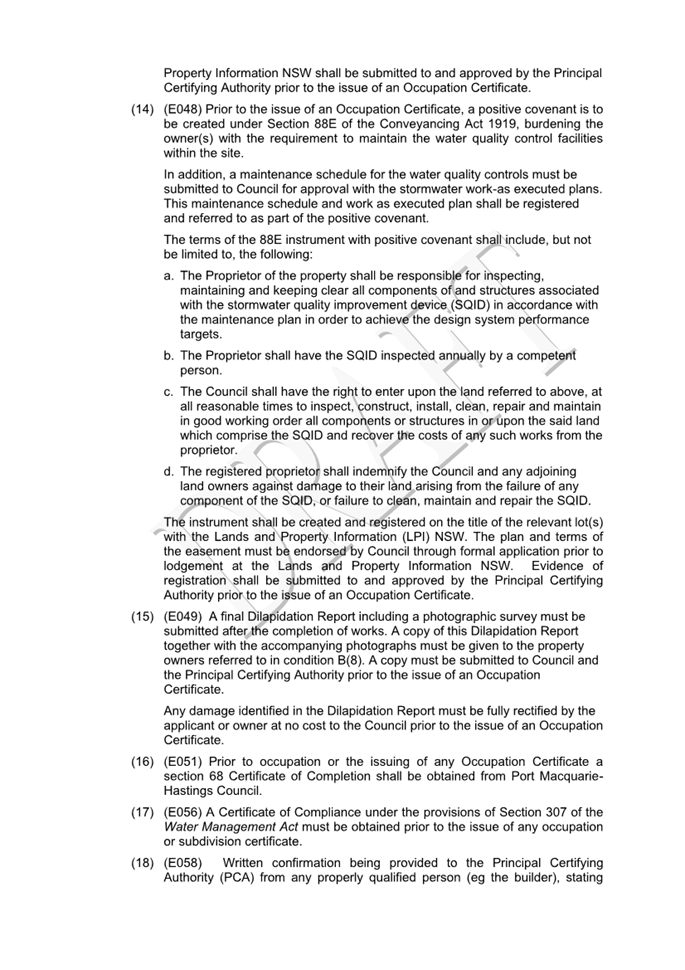
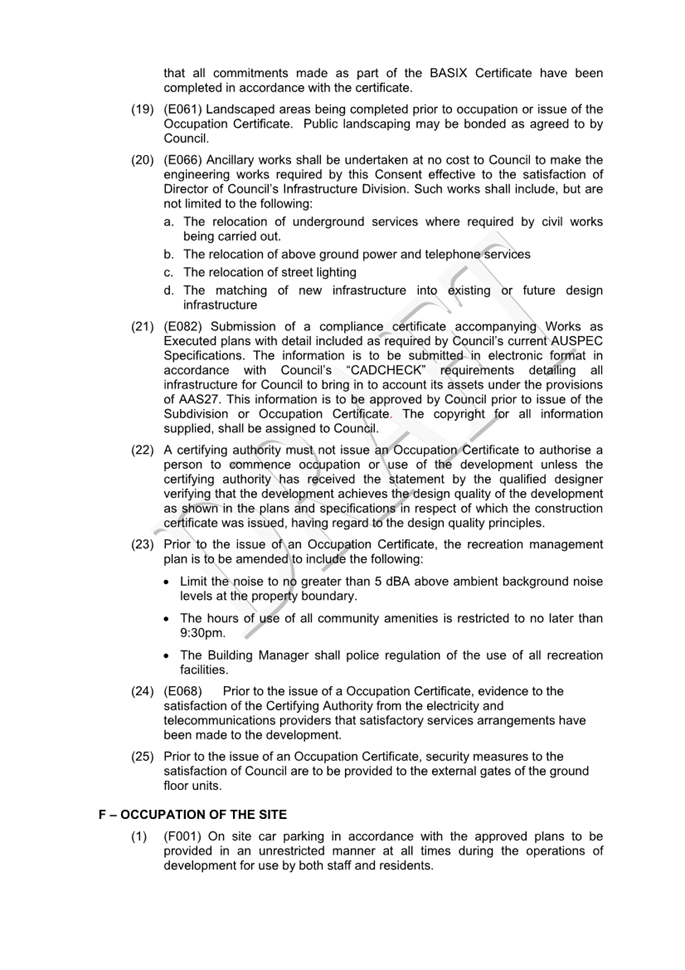

|
ATTACHMENT
|
Development Assessment Panel
11/12/2024
|

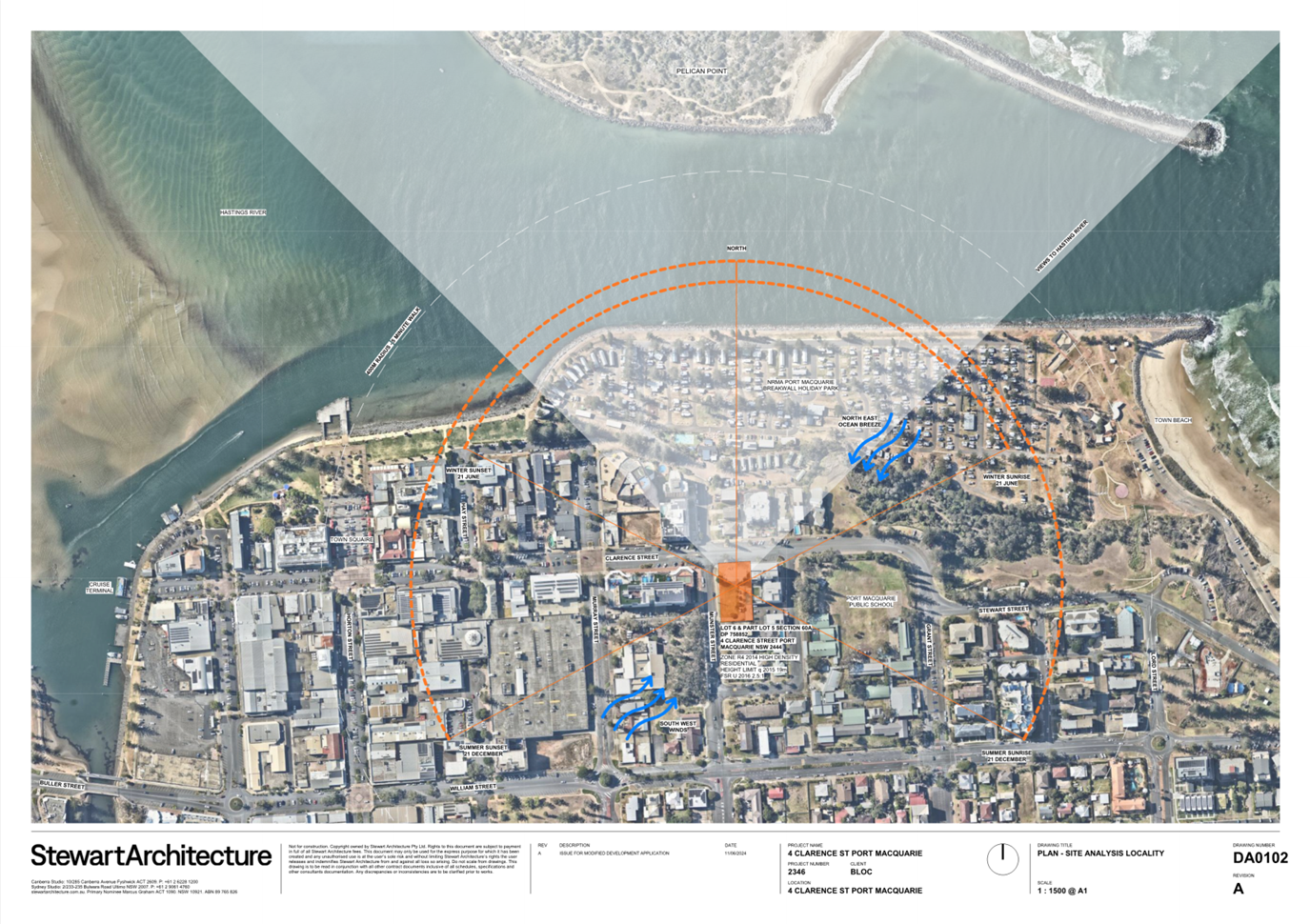
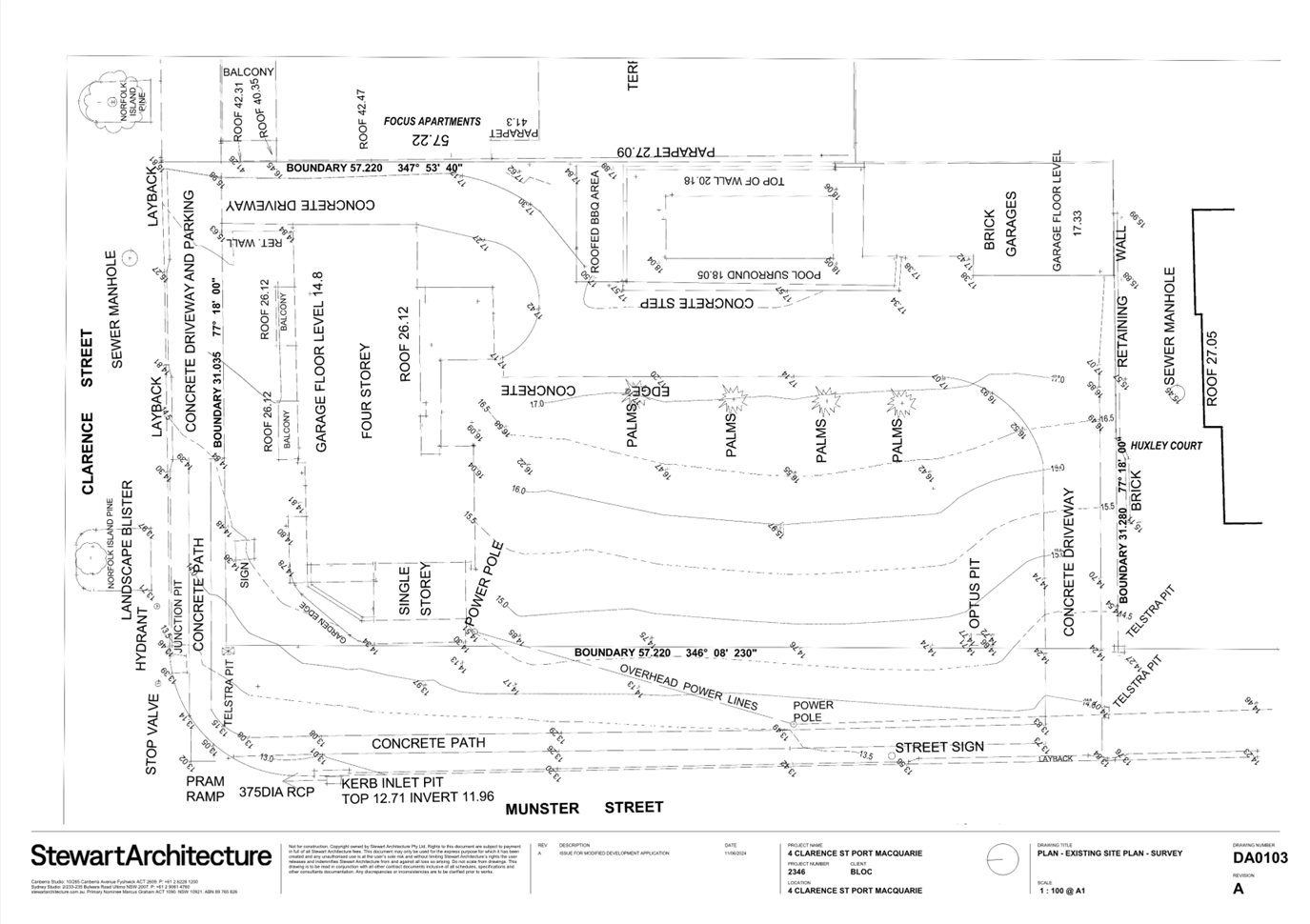
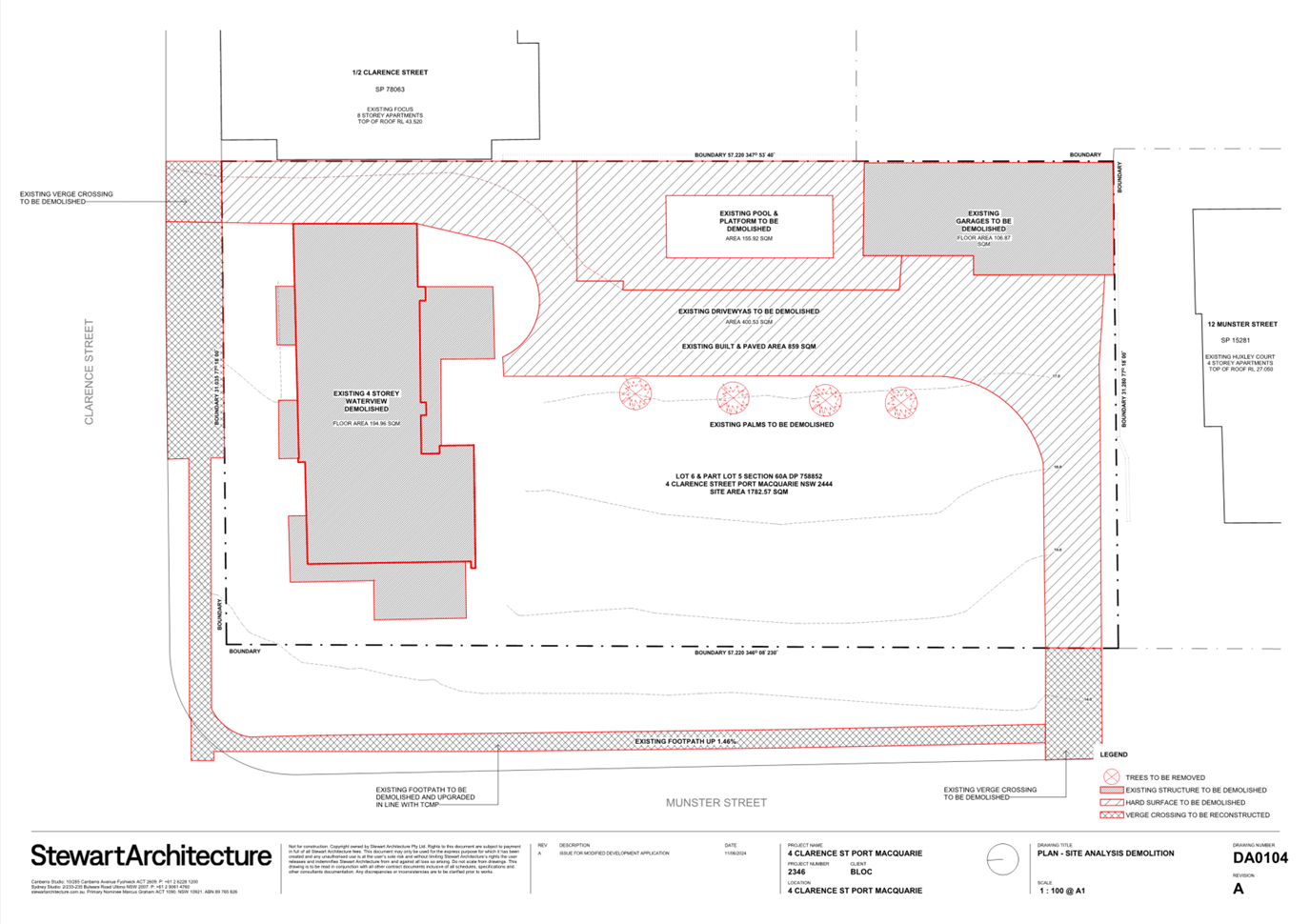
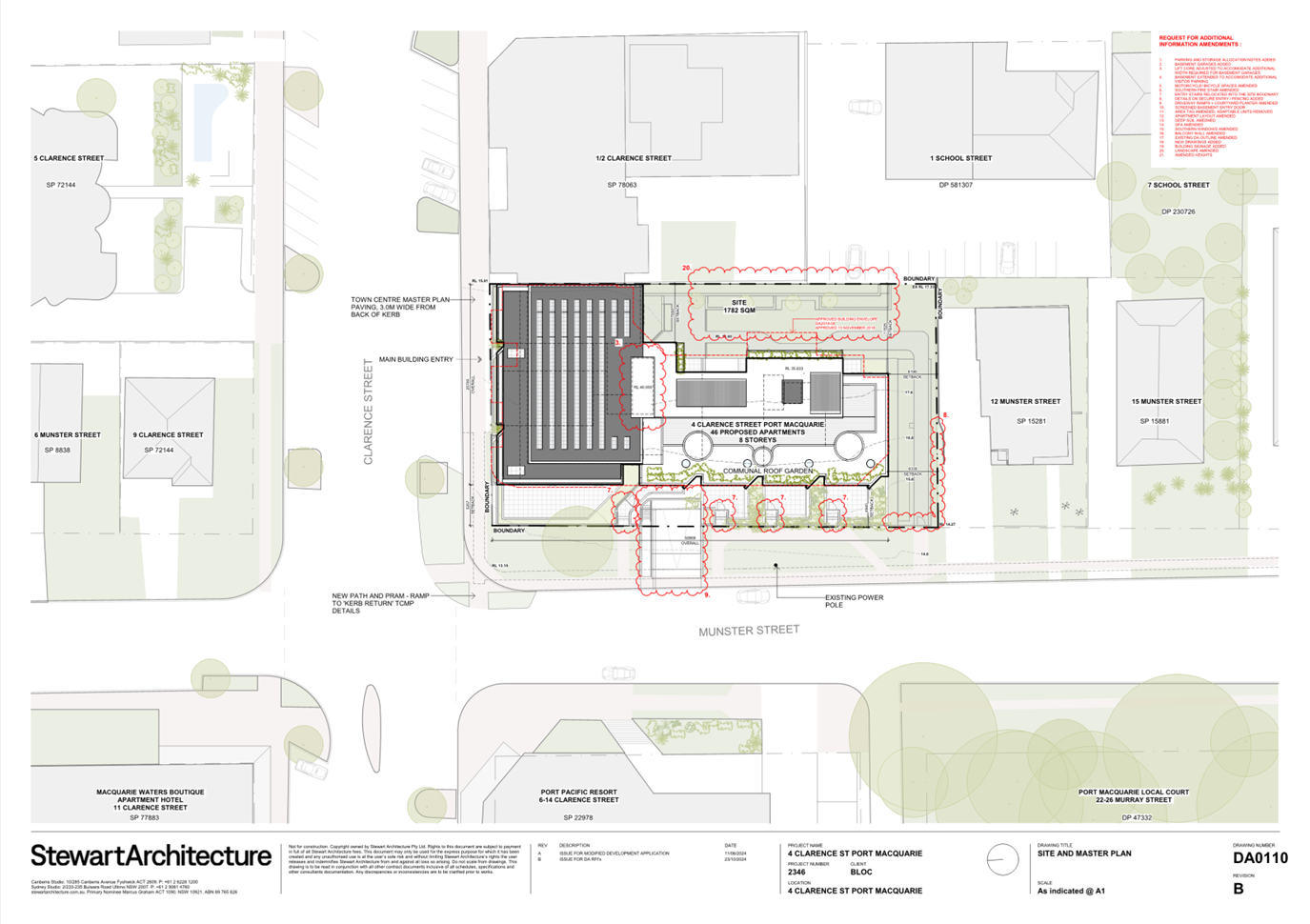


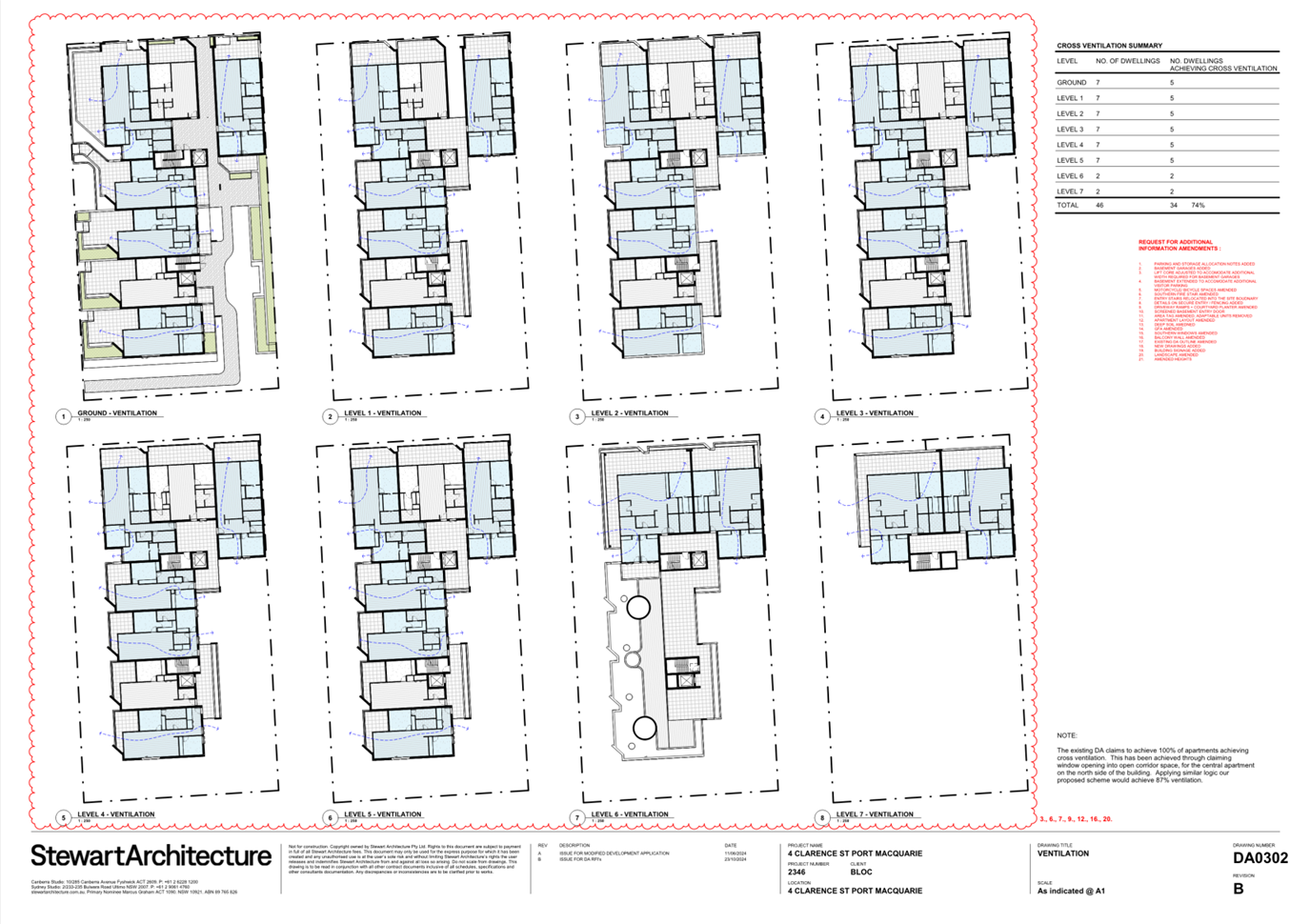
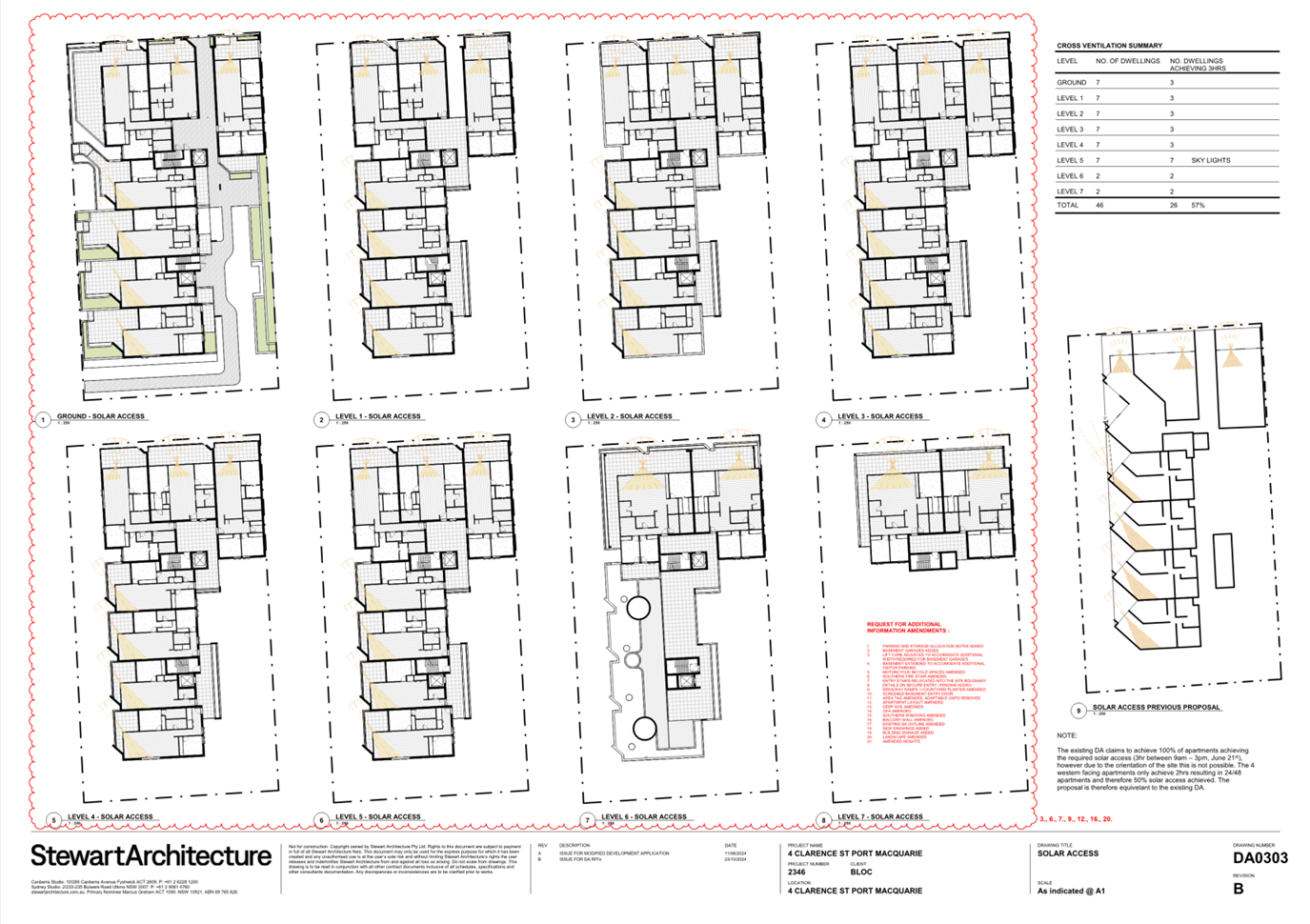
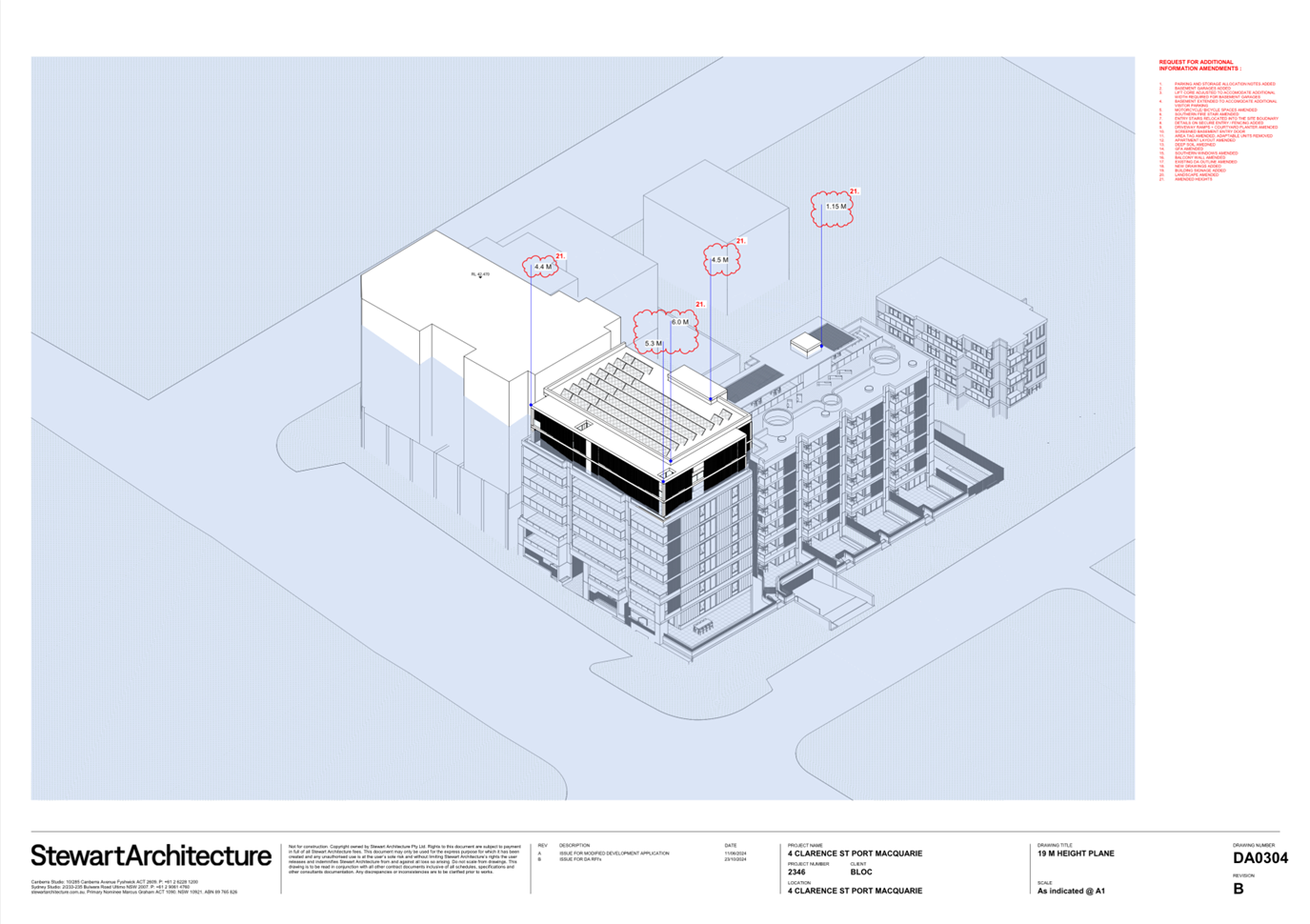

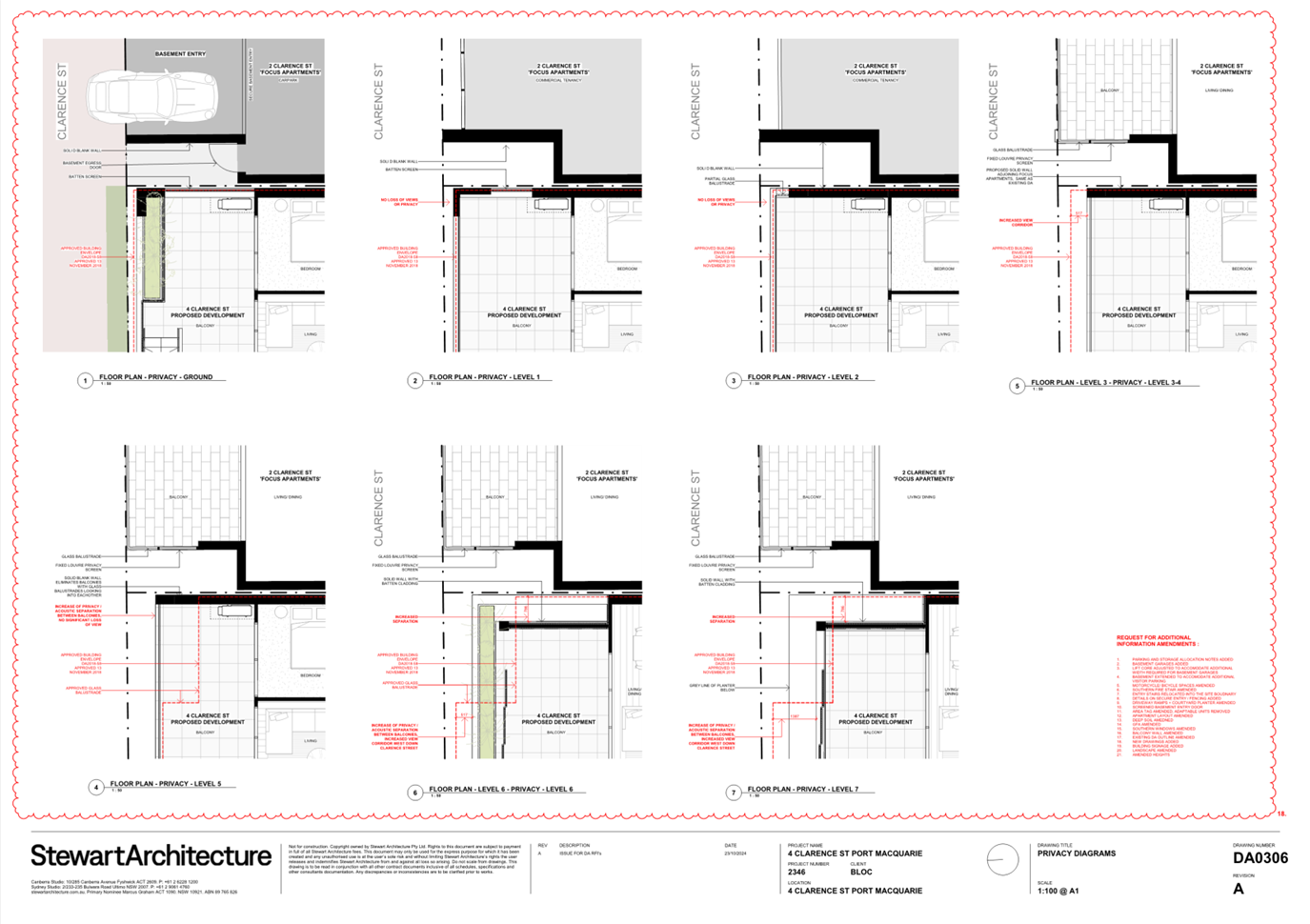

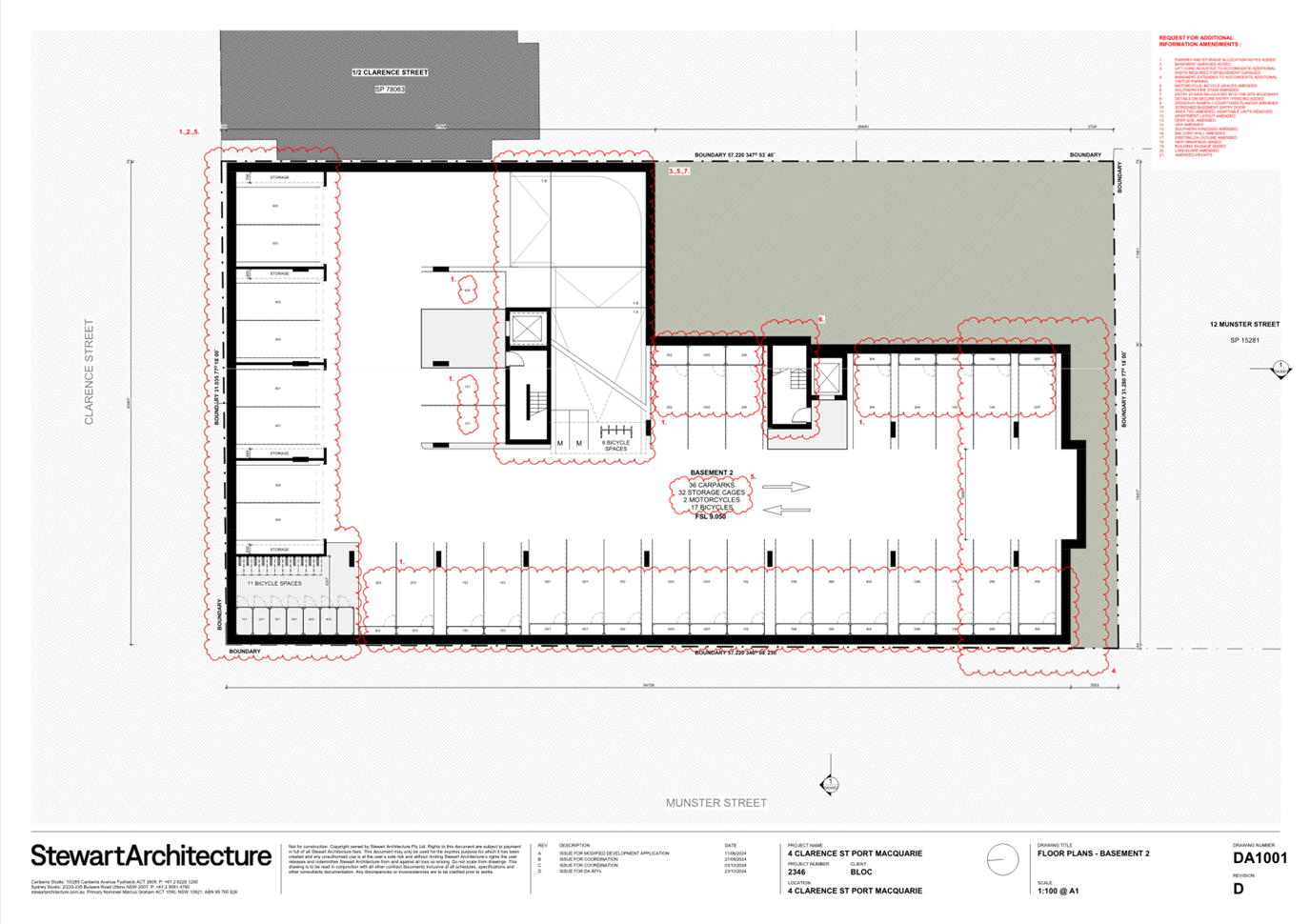
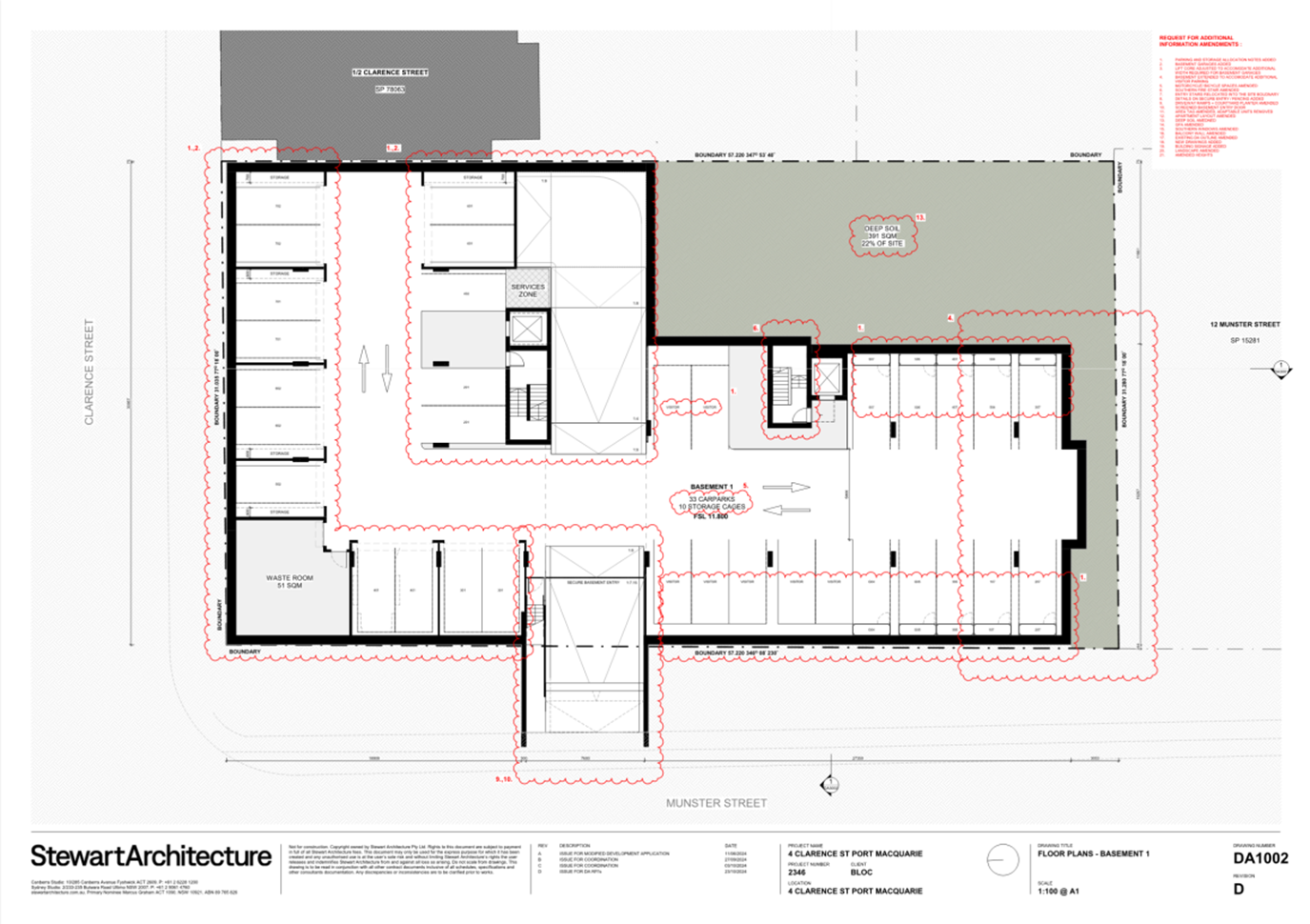
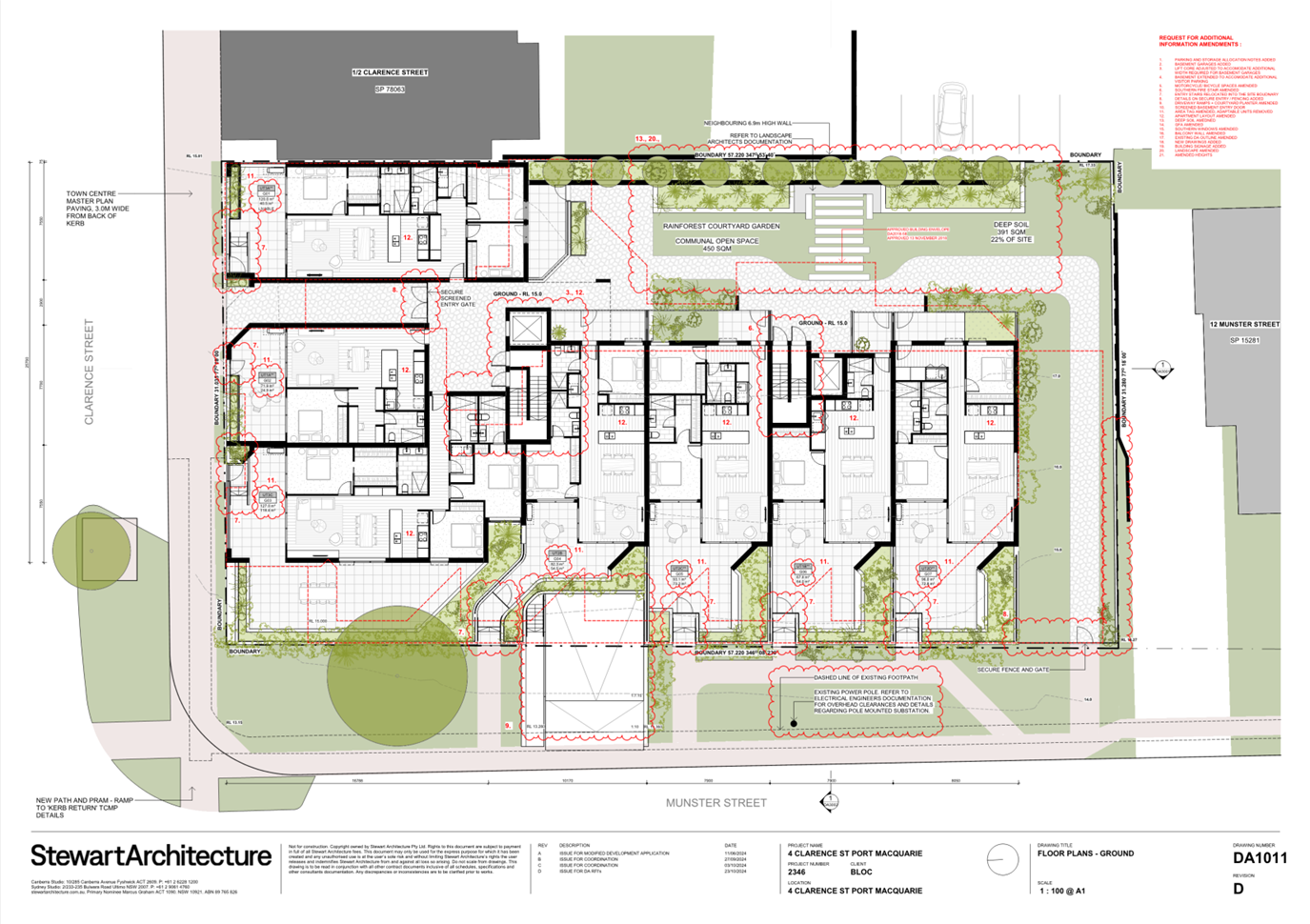
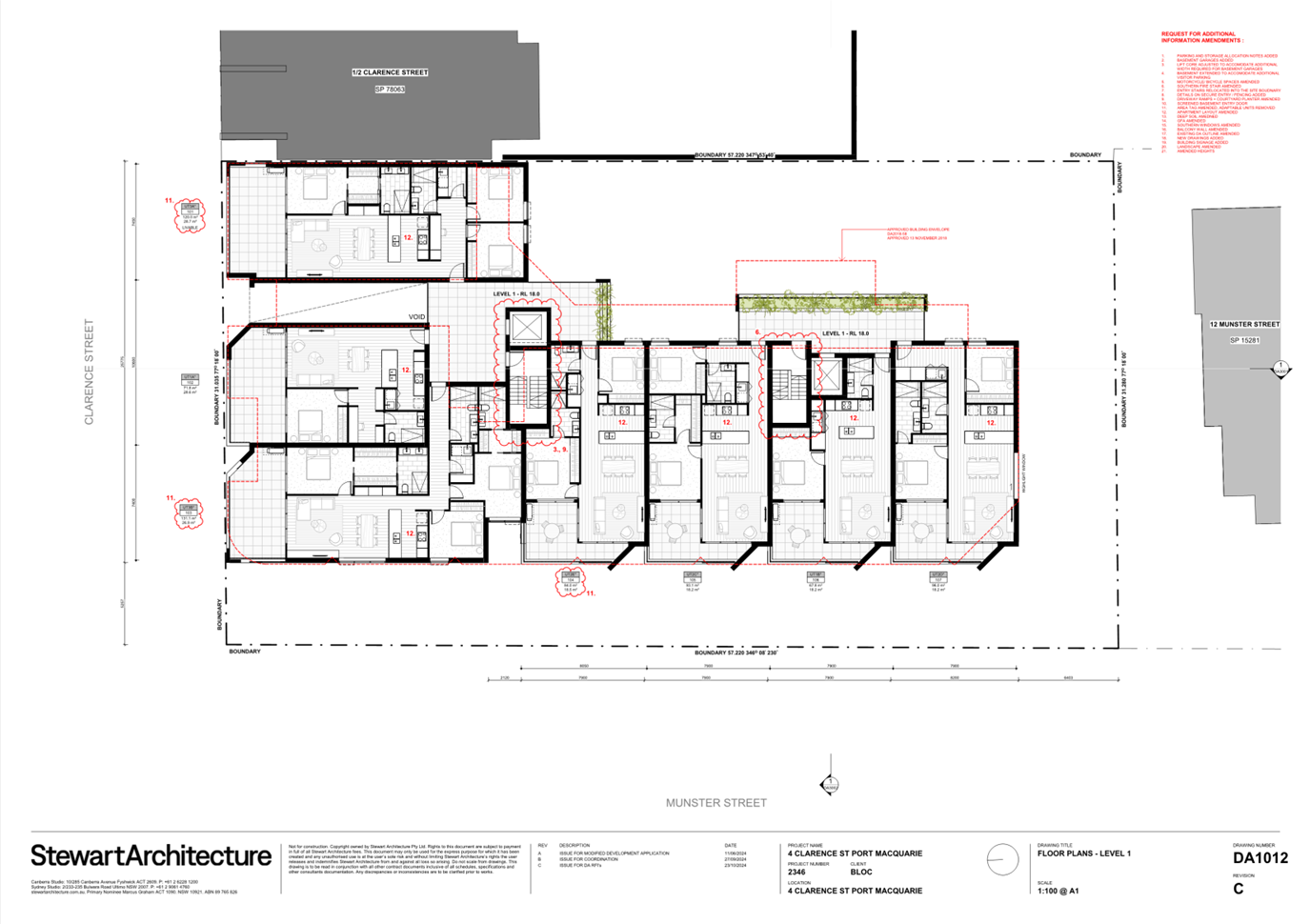


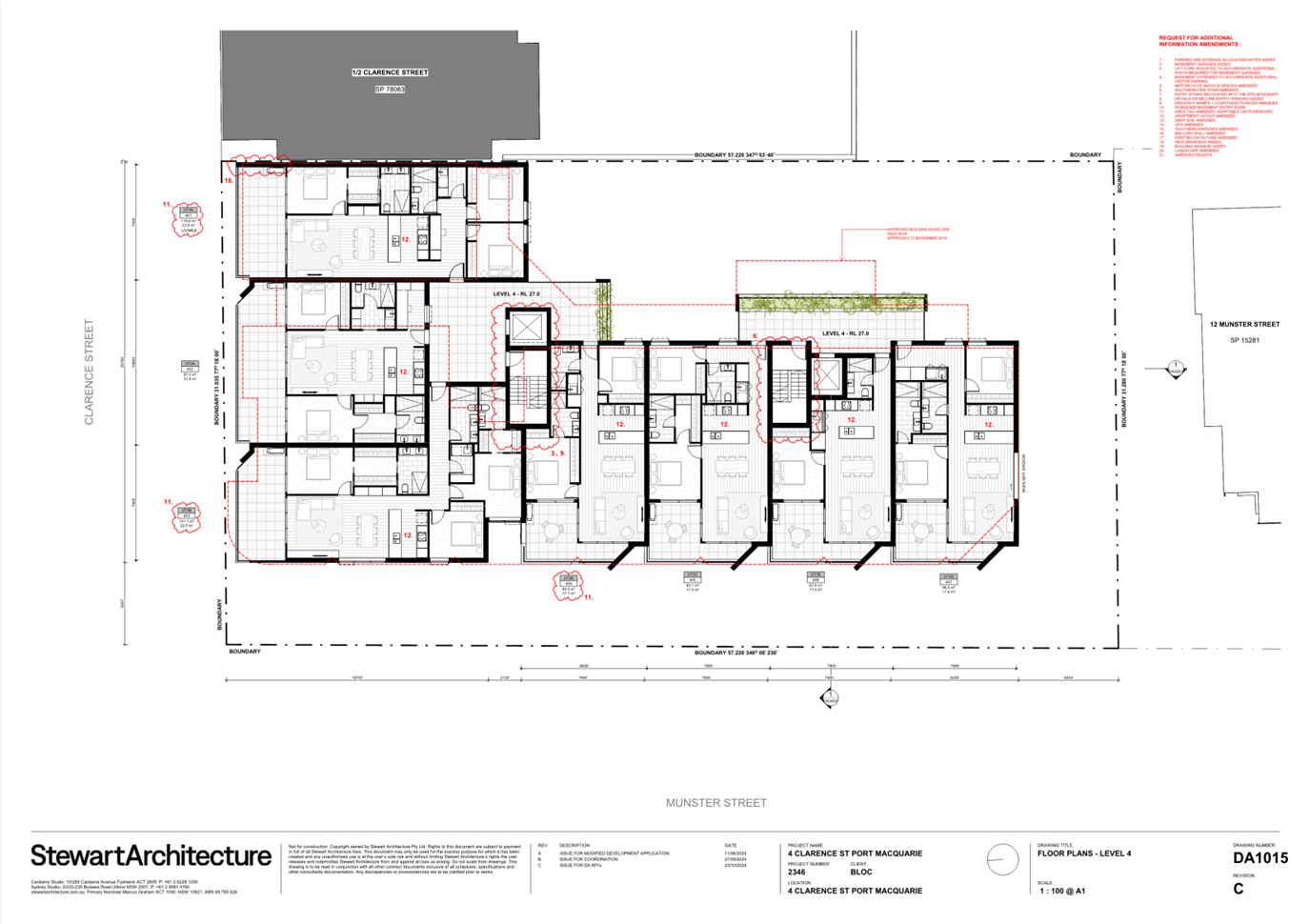

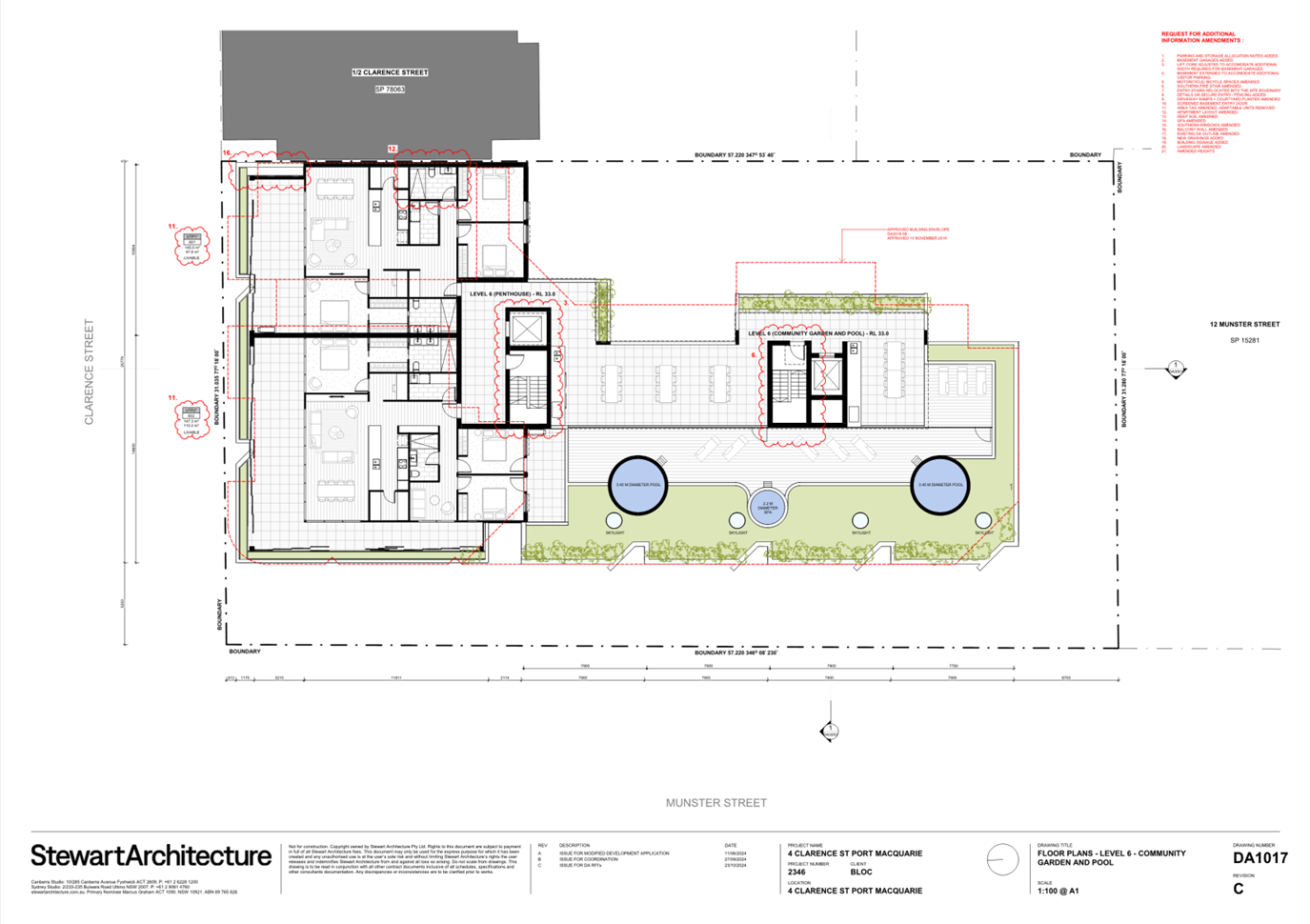

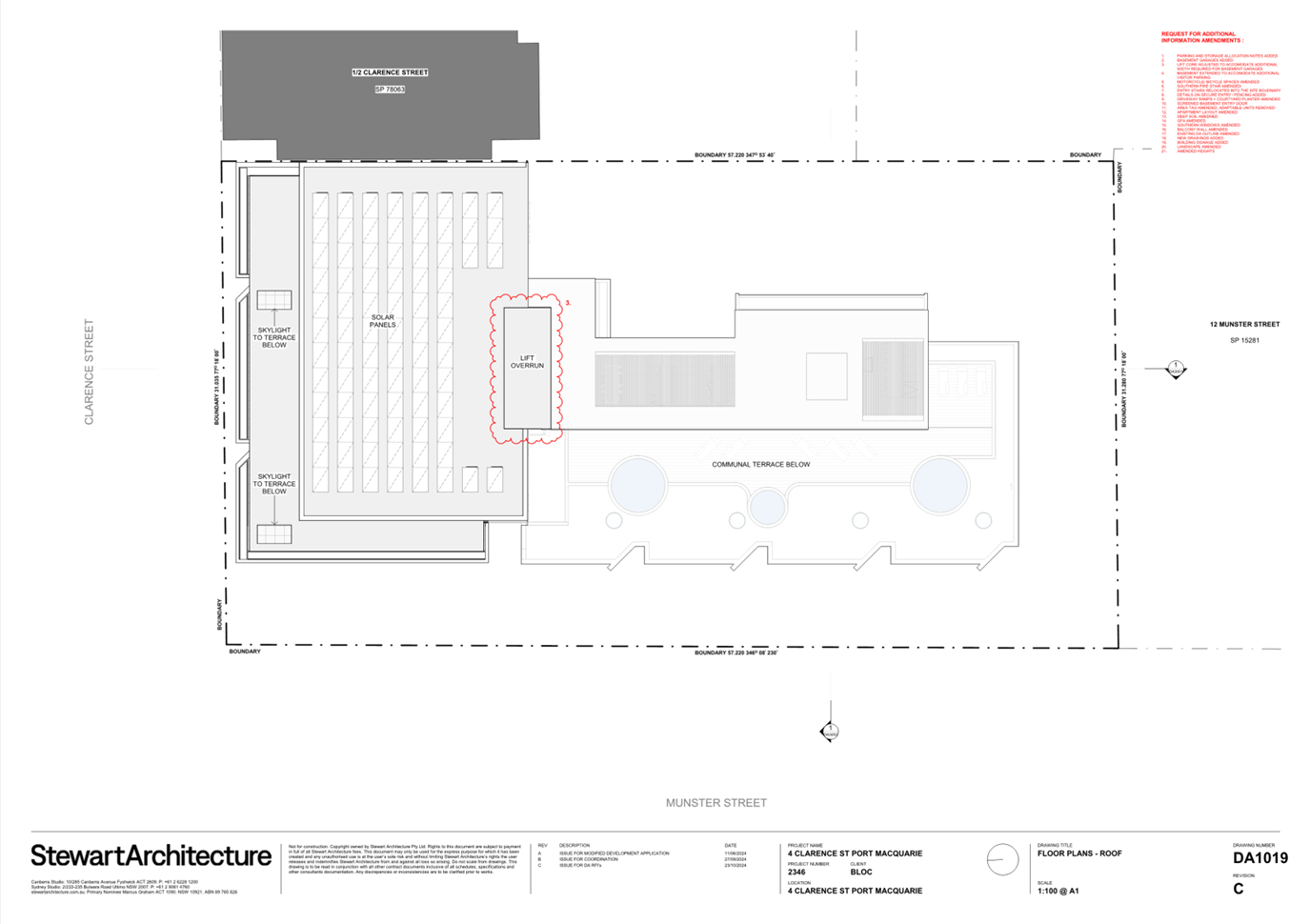
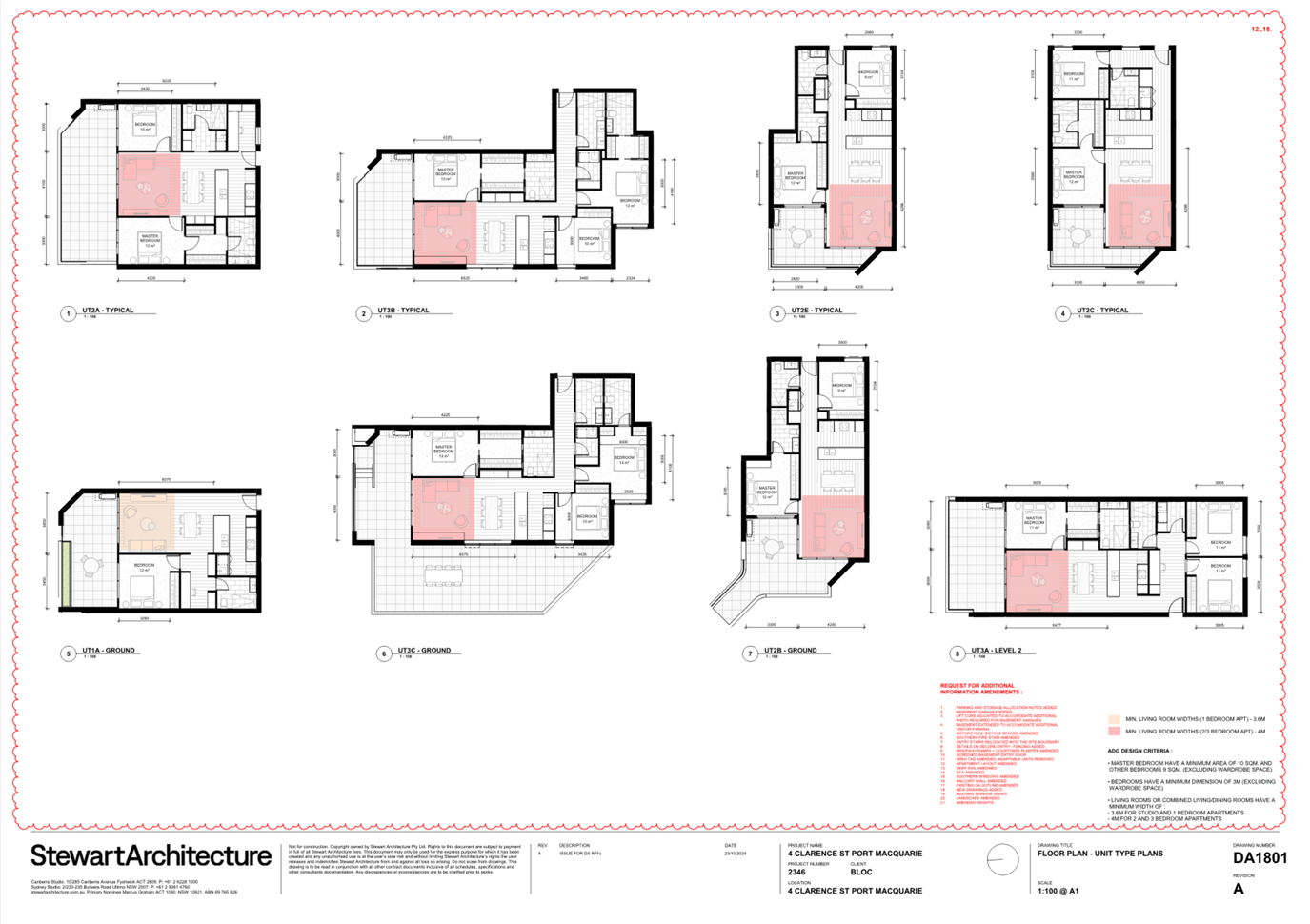
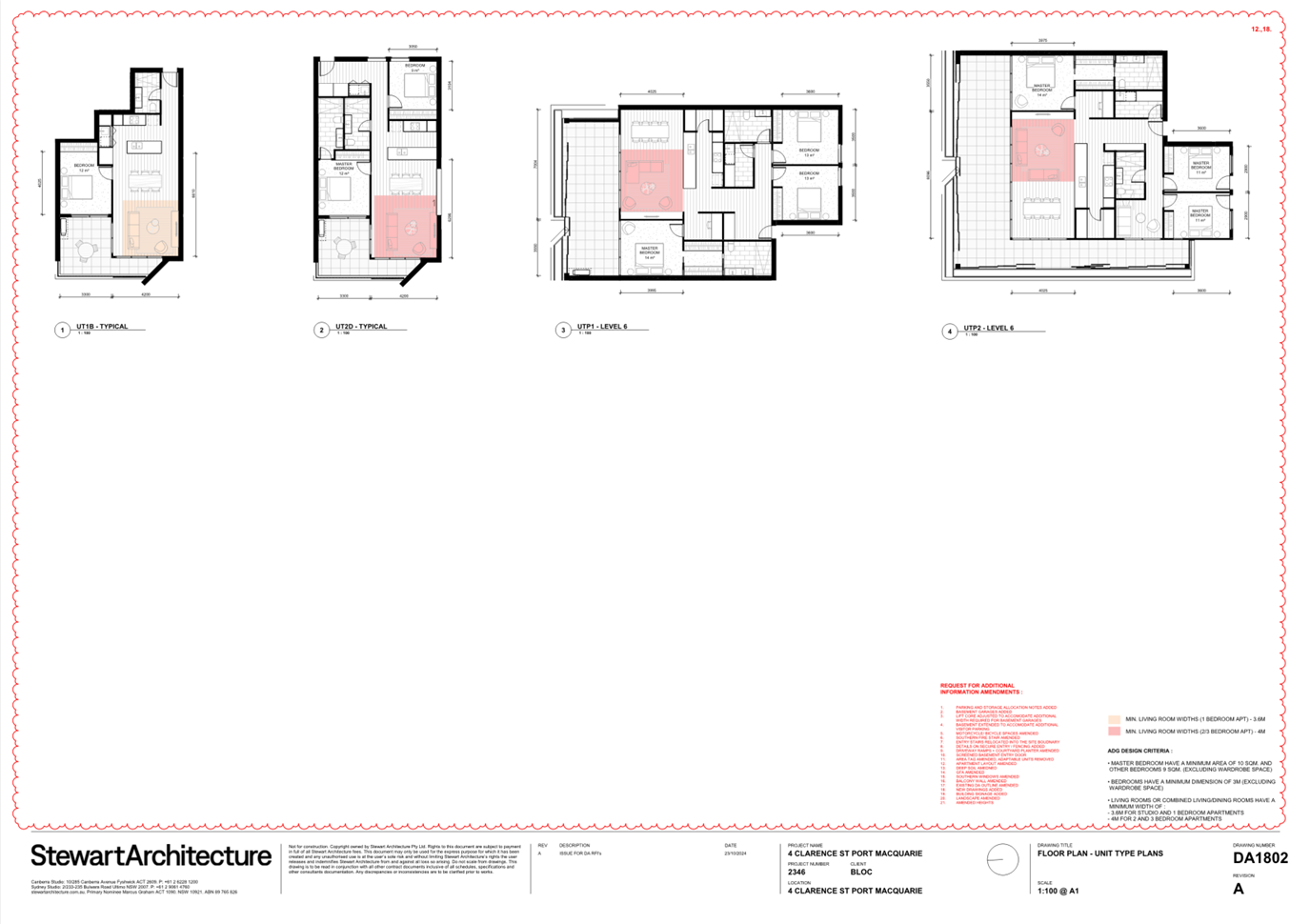
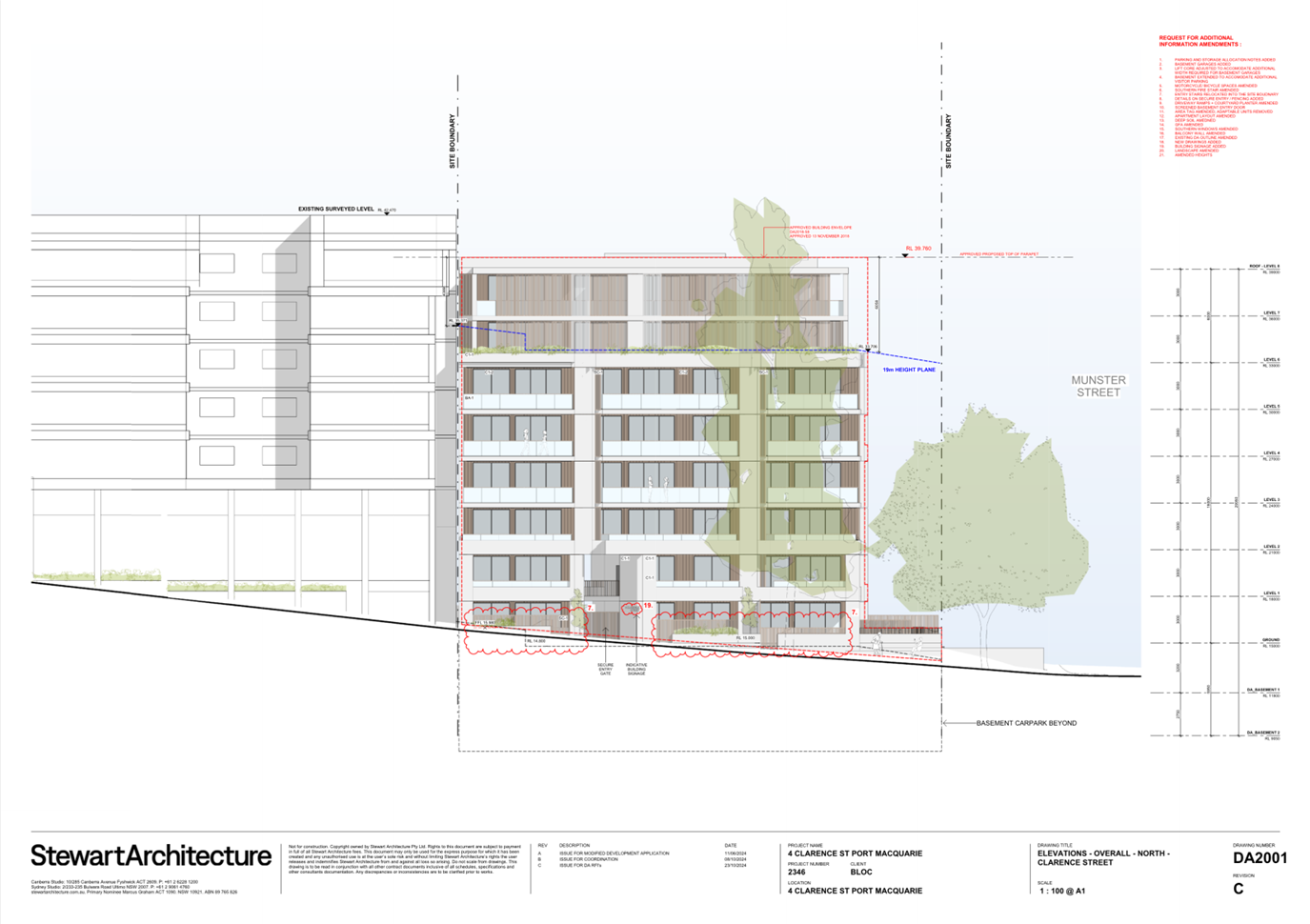
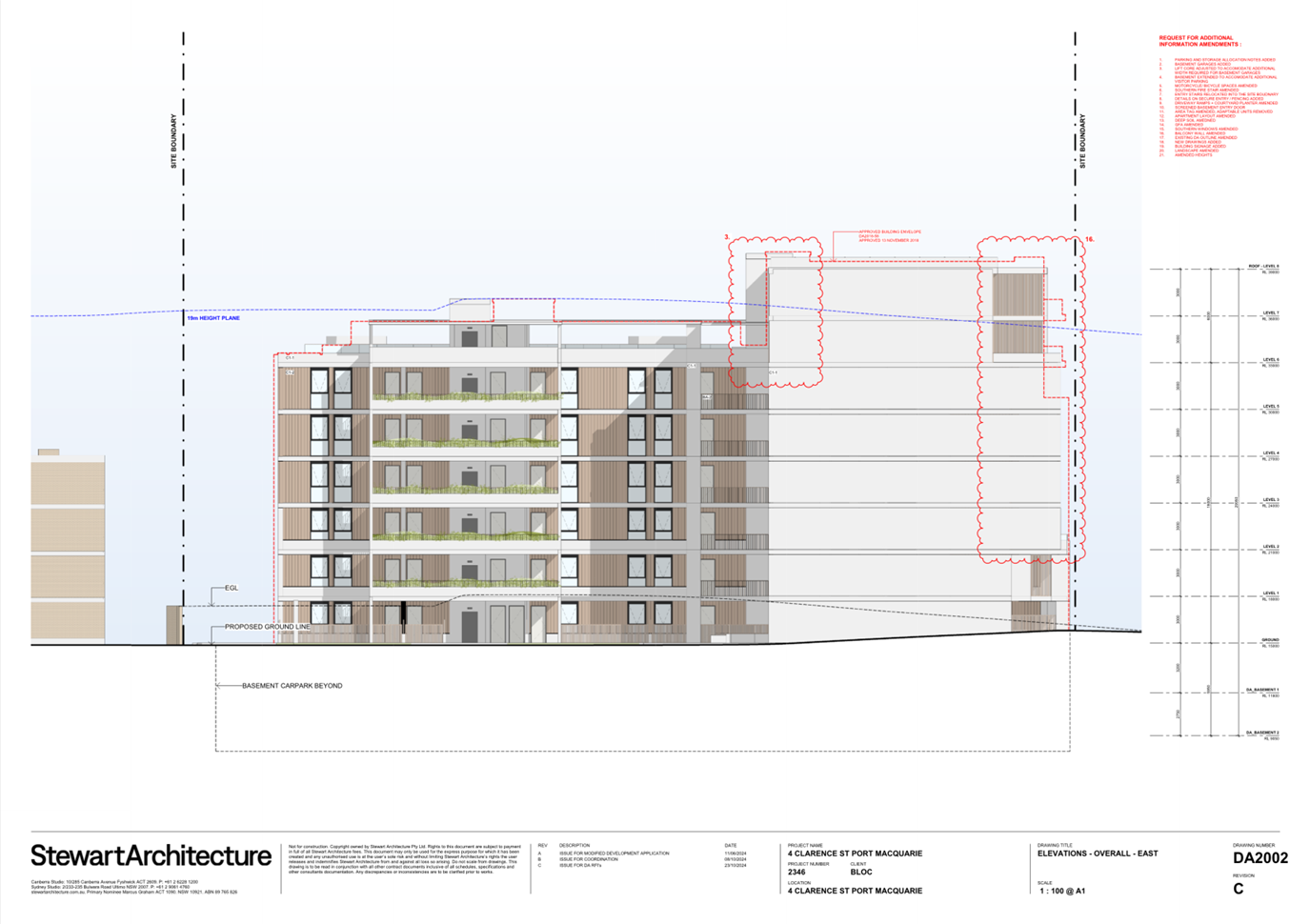
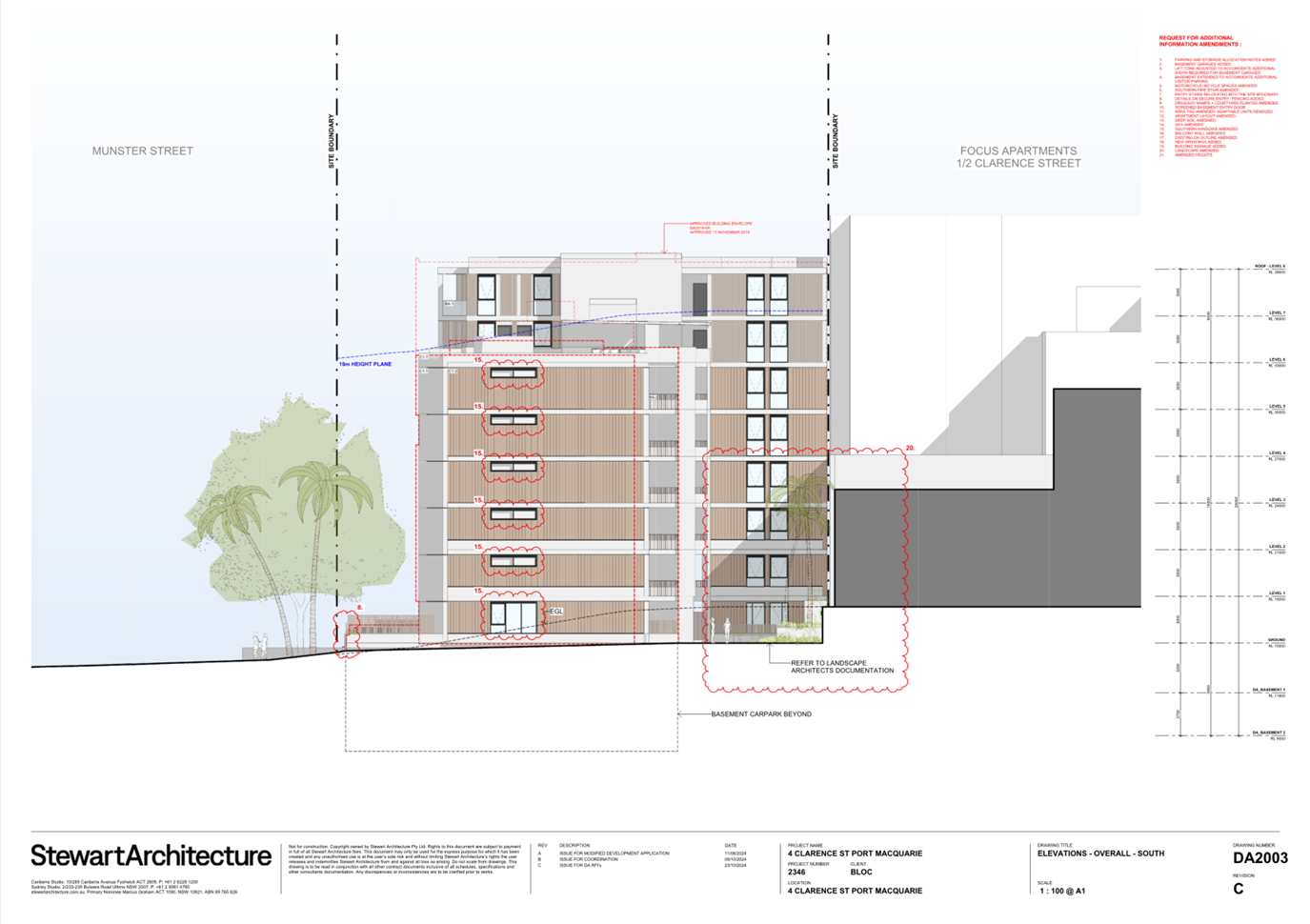



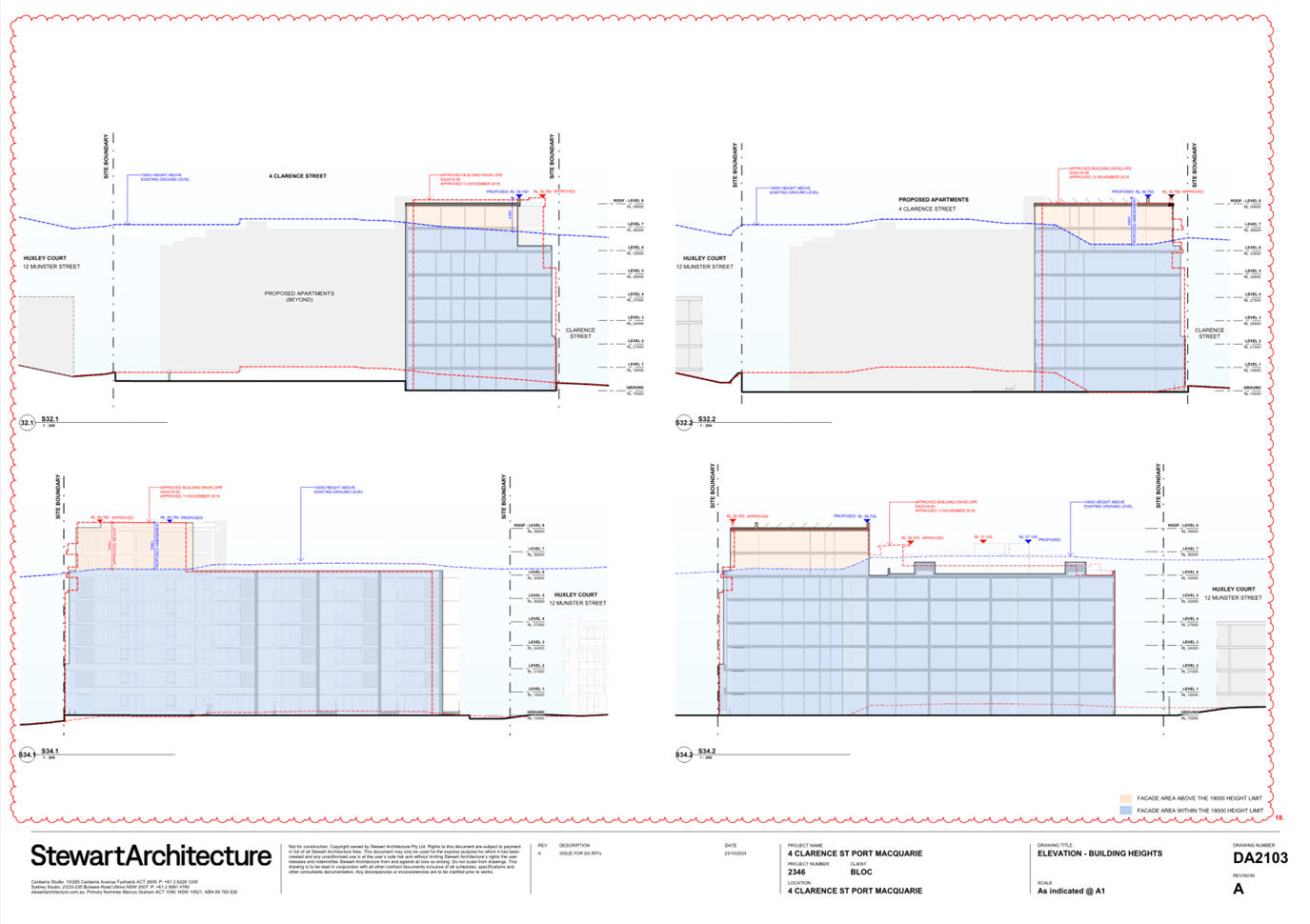
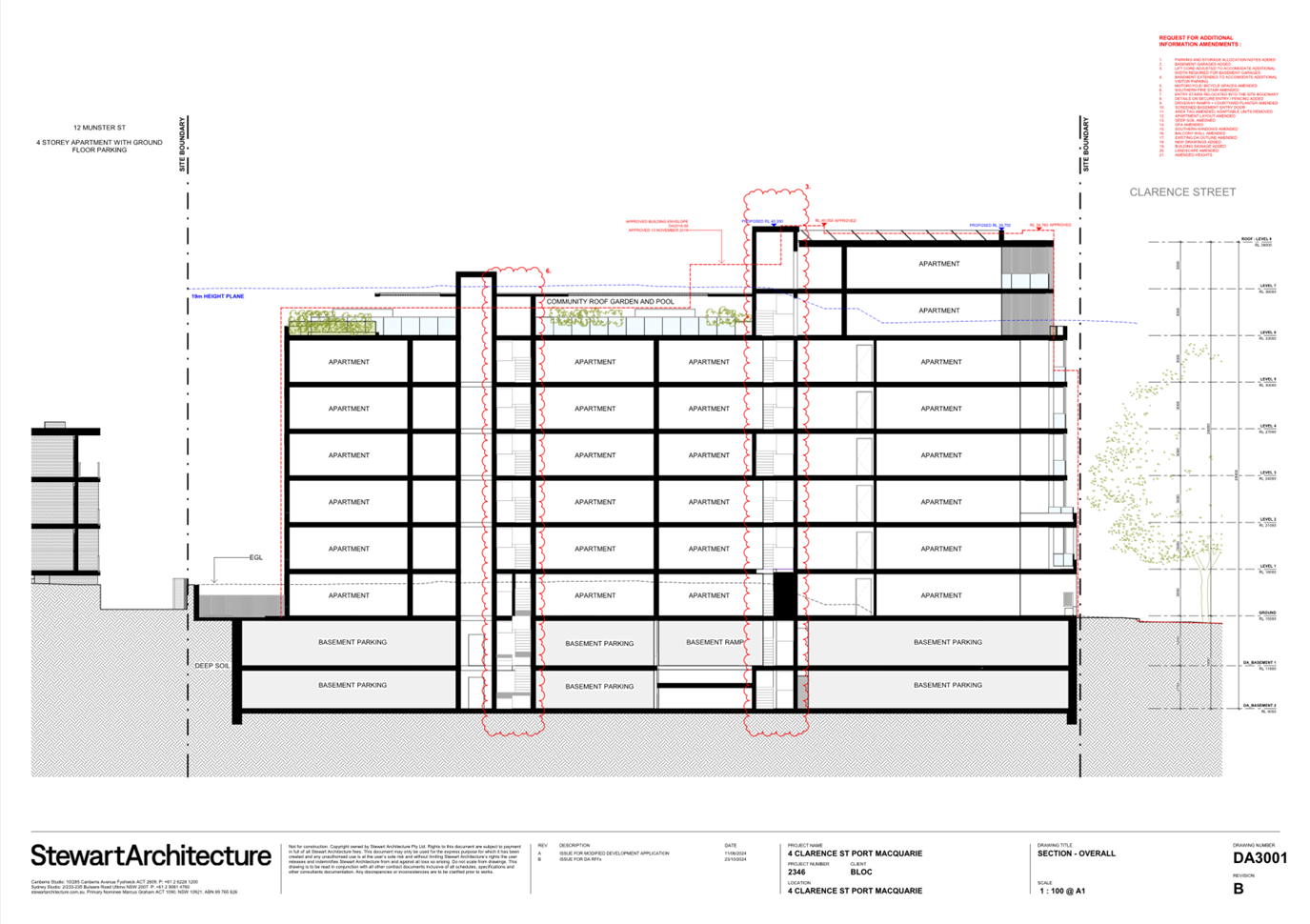
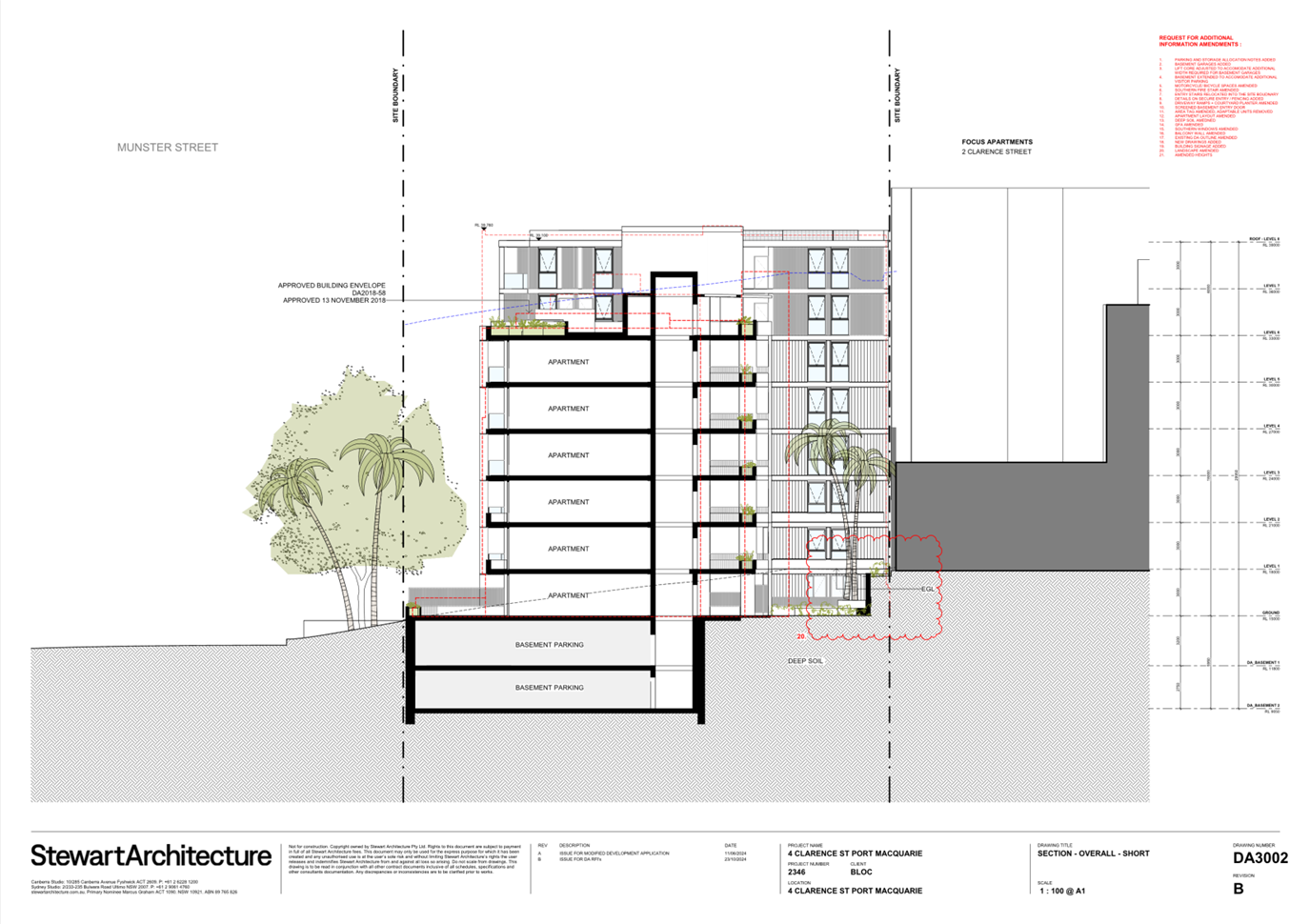
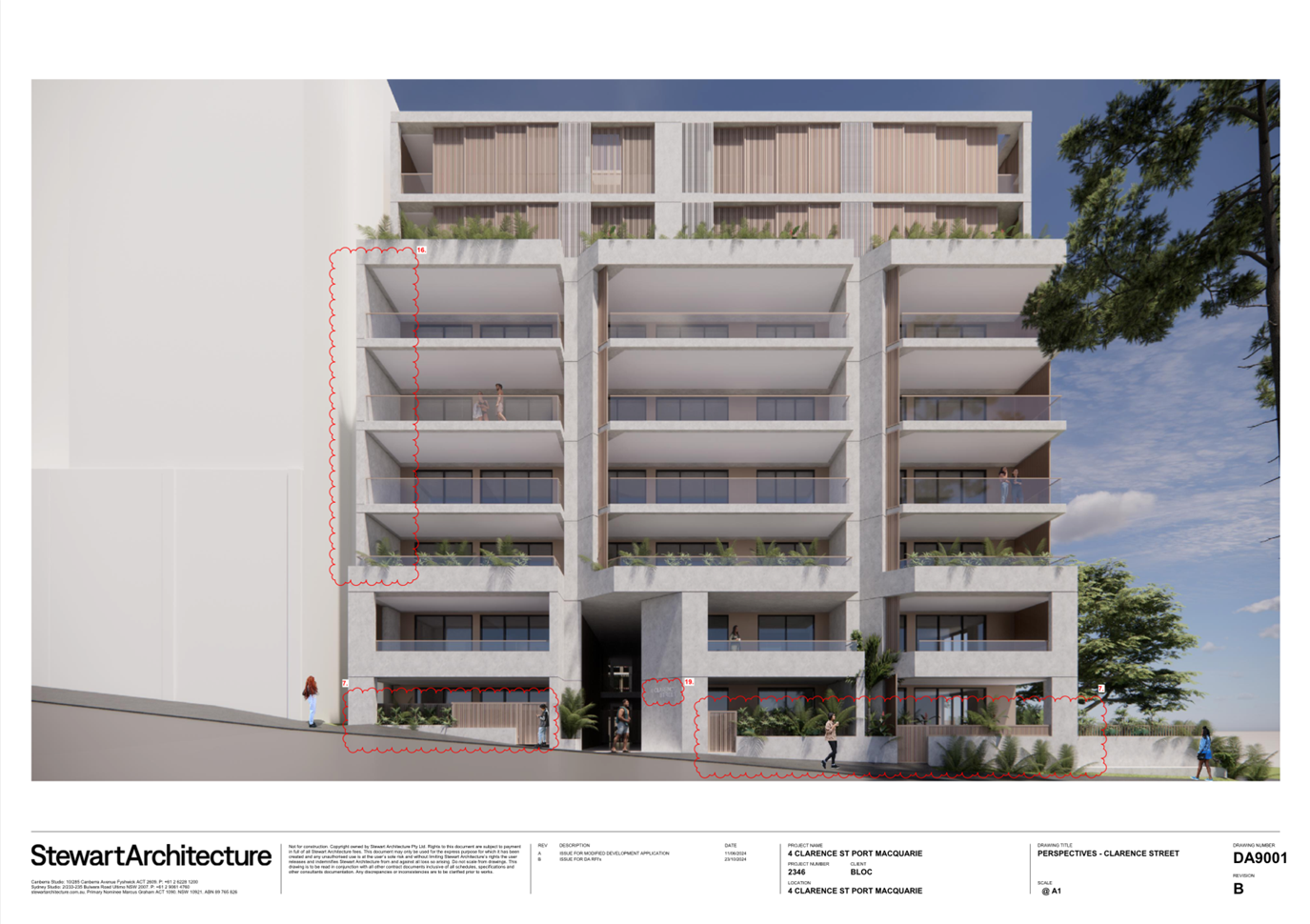
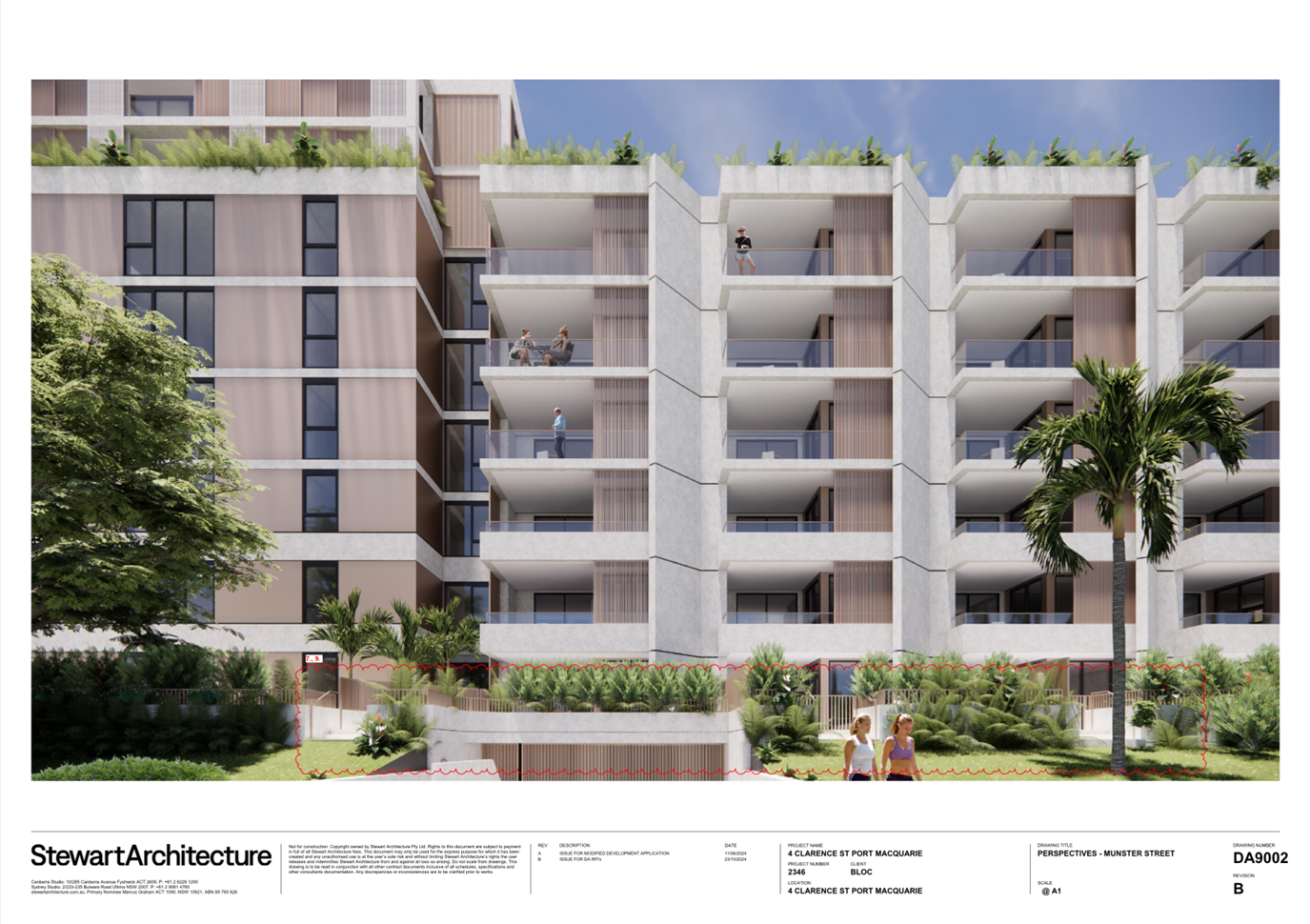
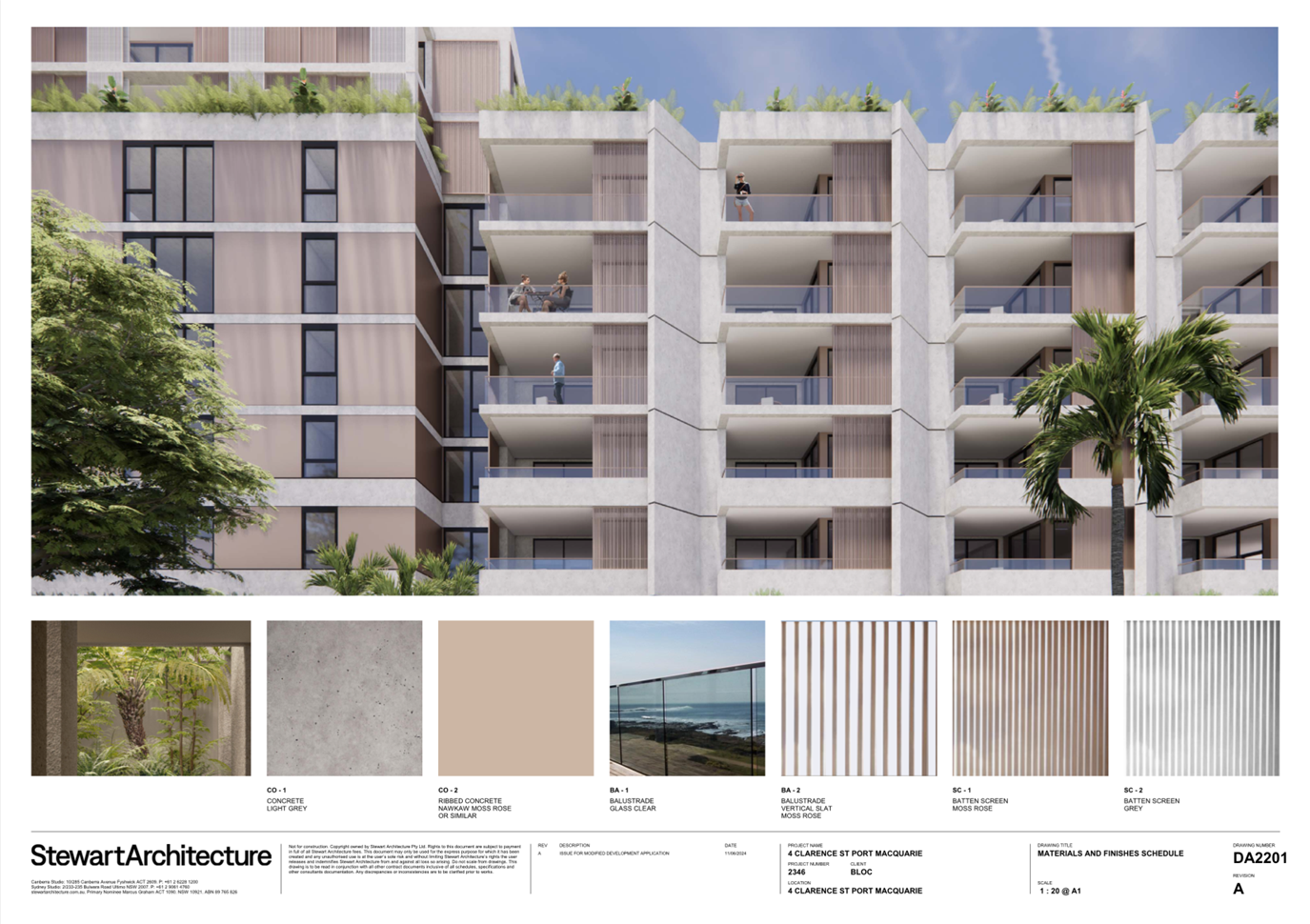
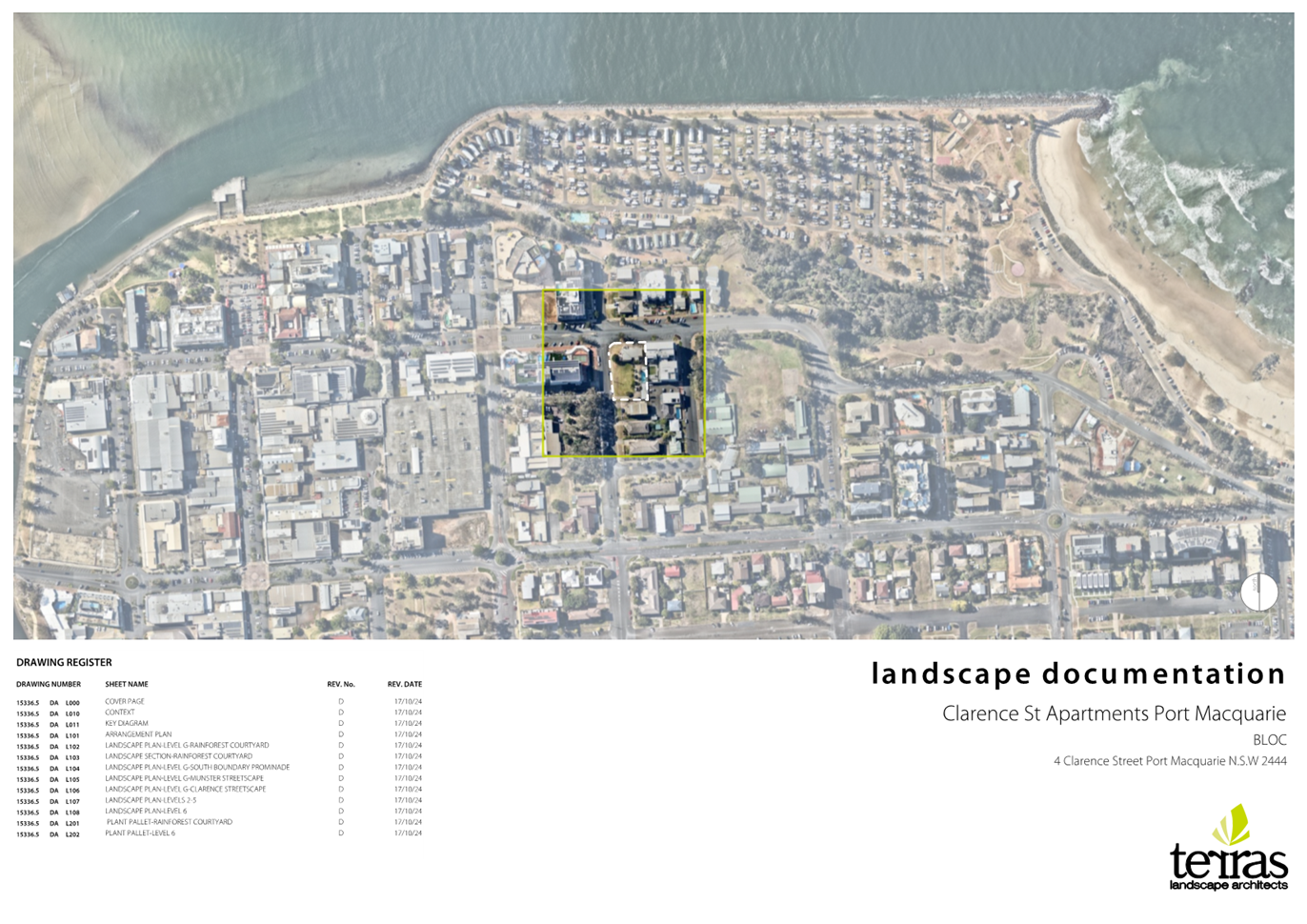
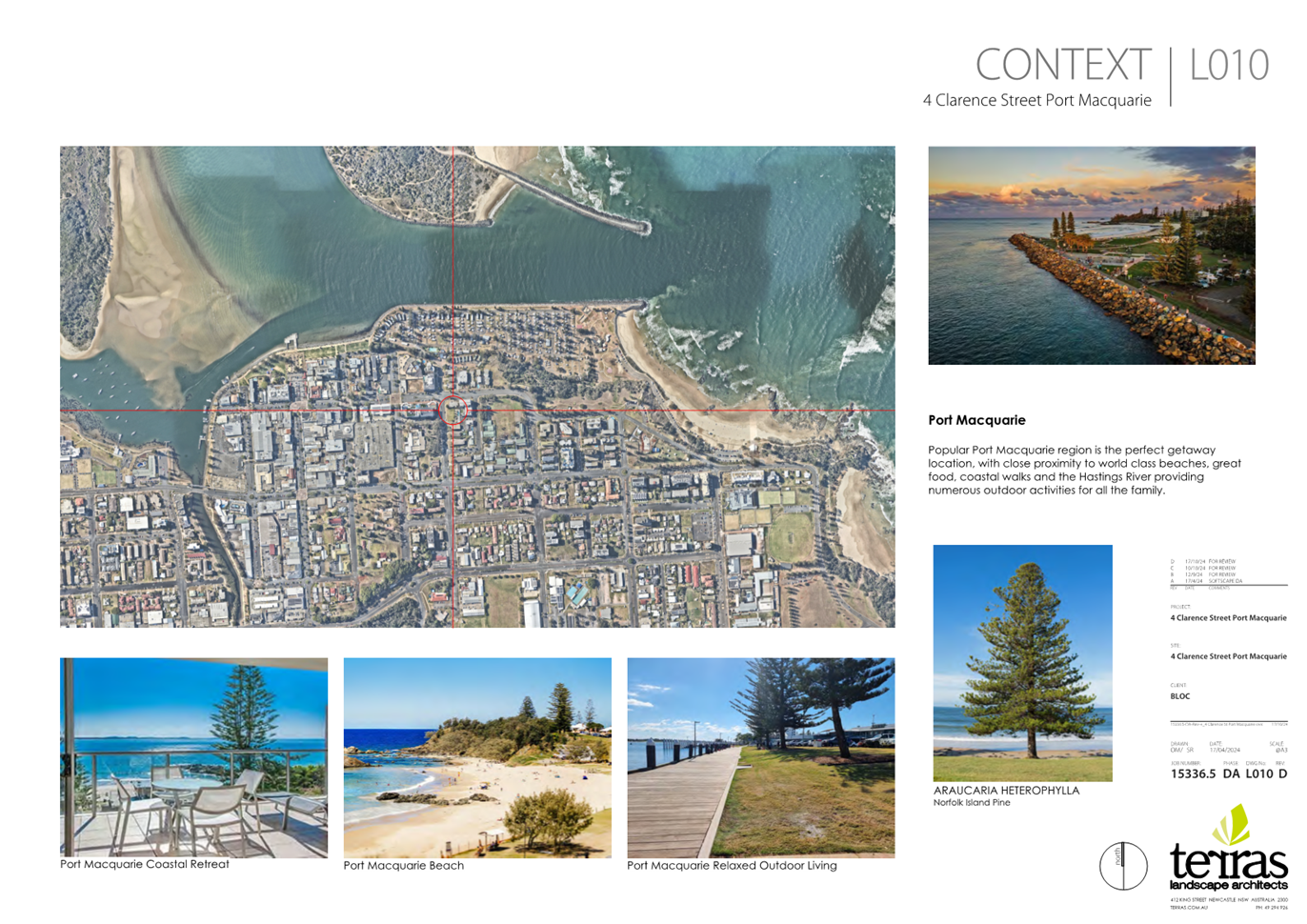
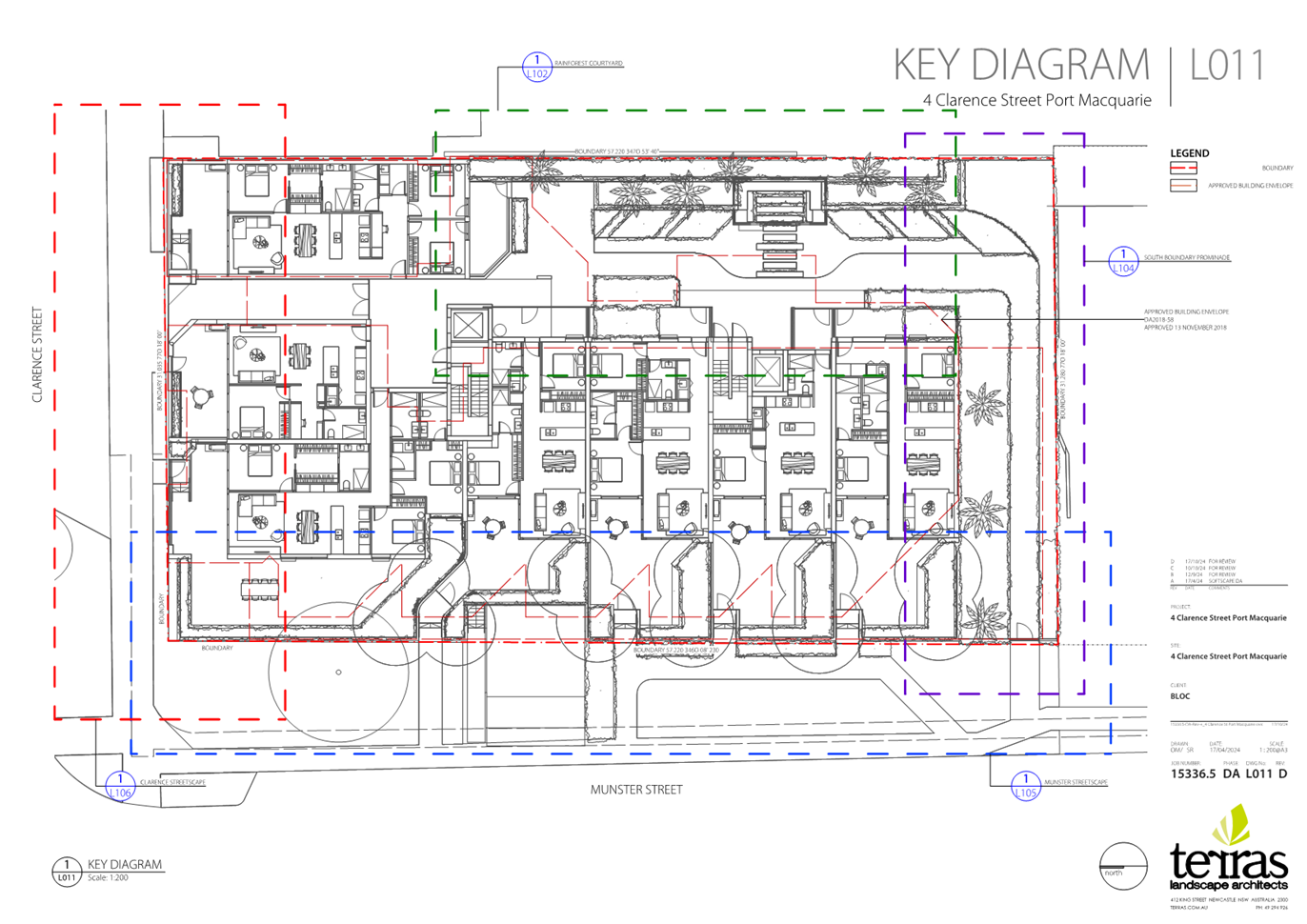
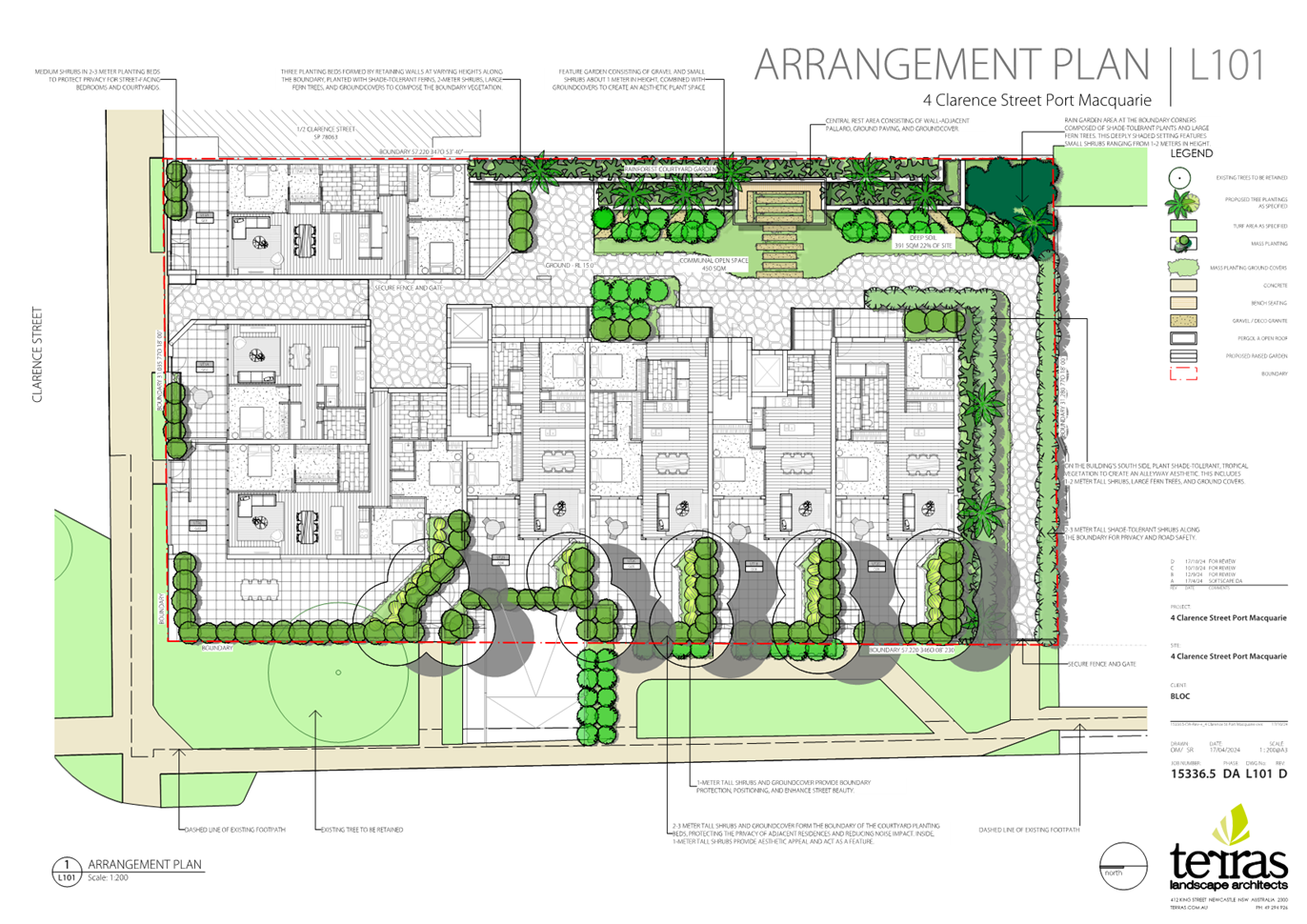
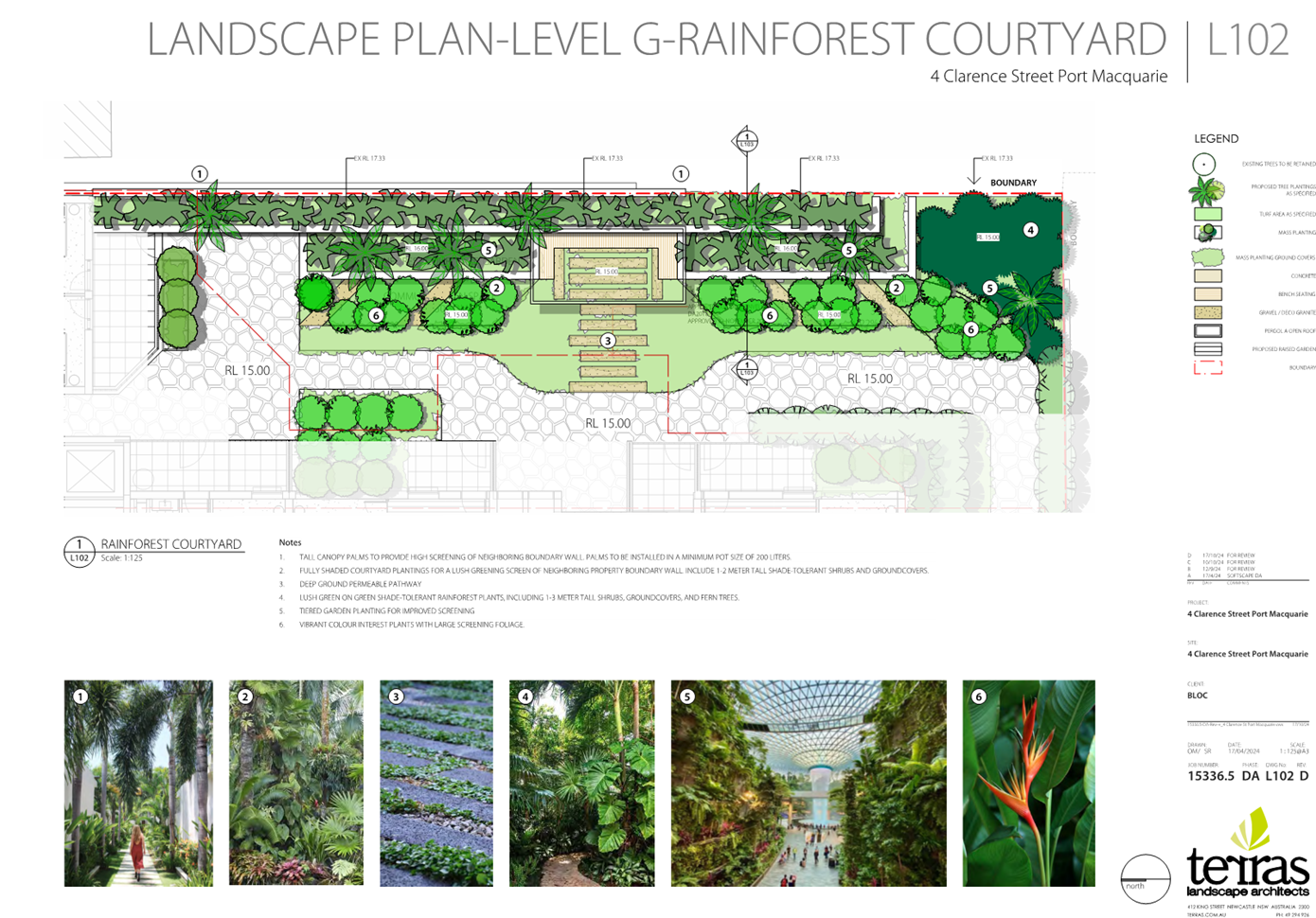
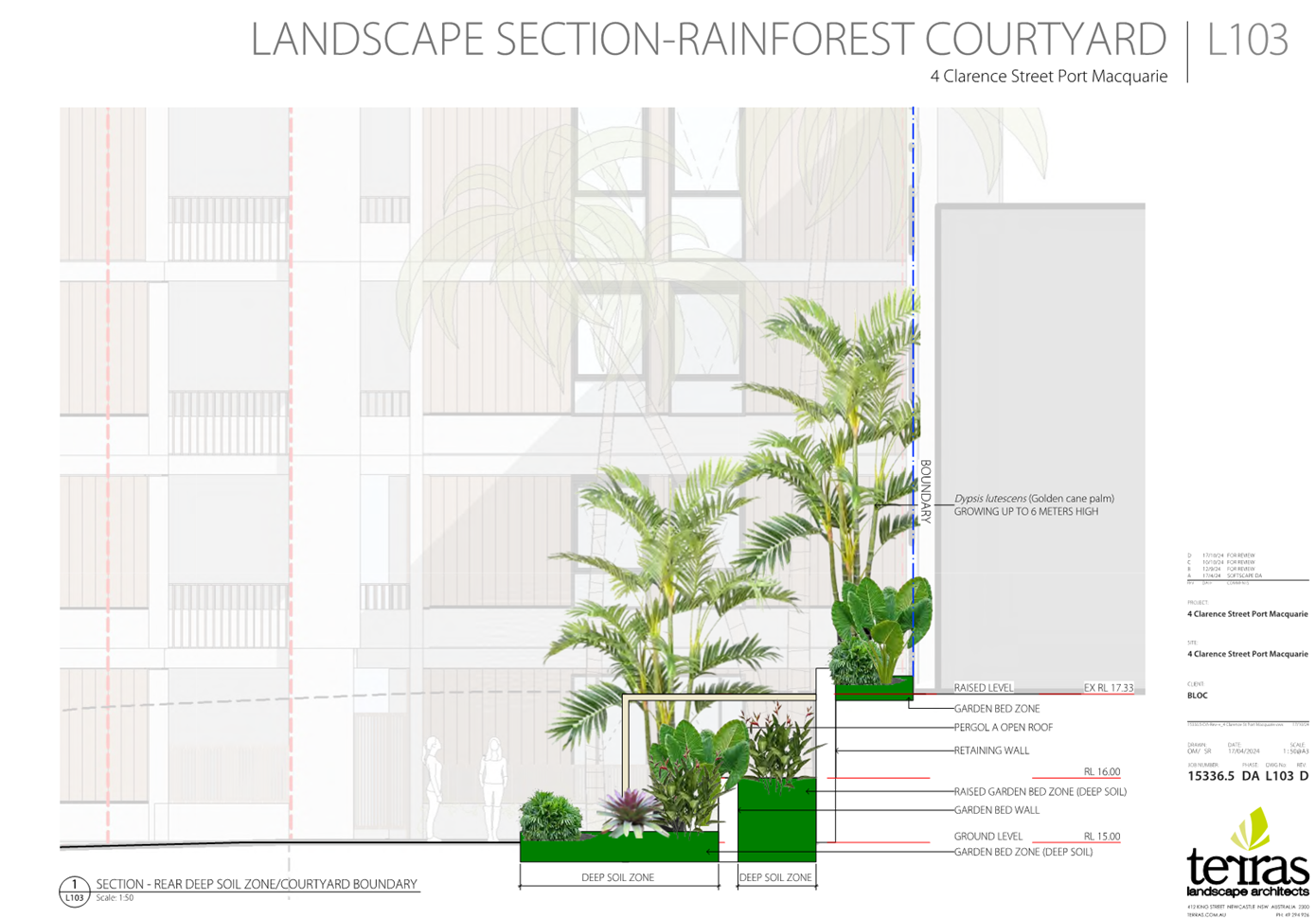
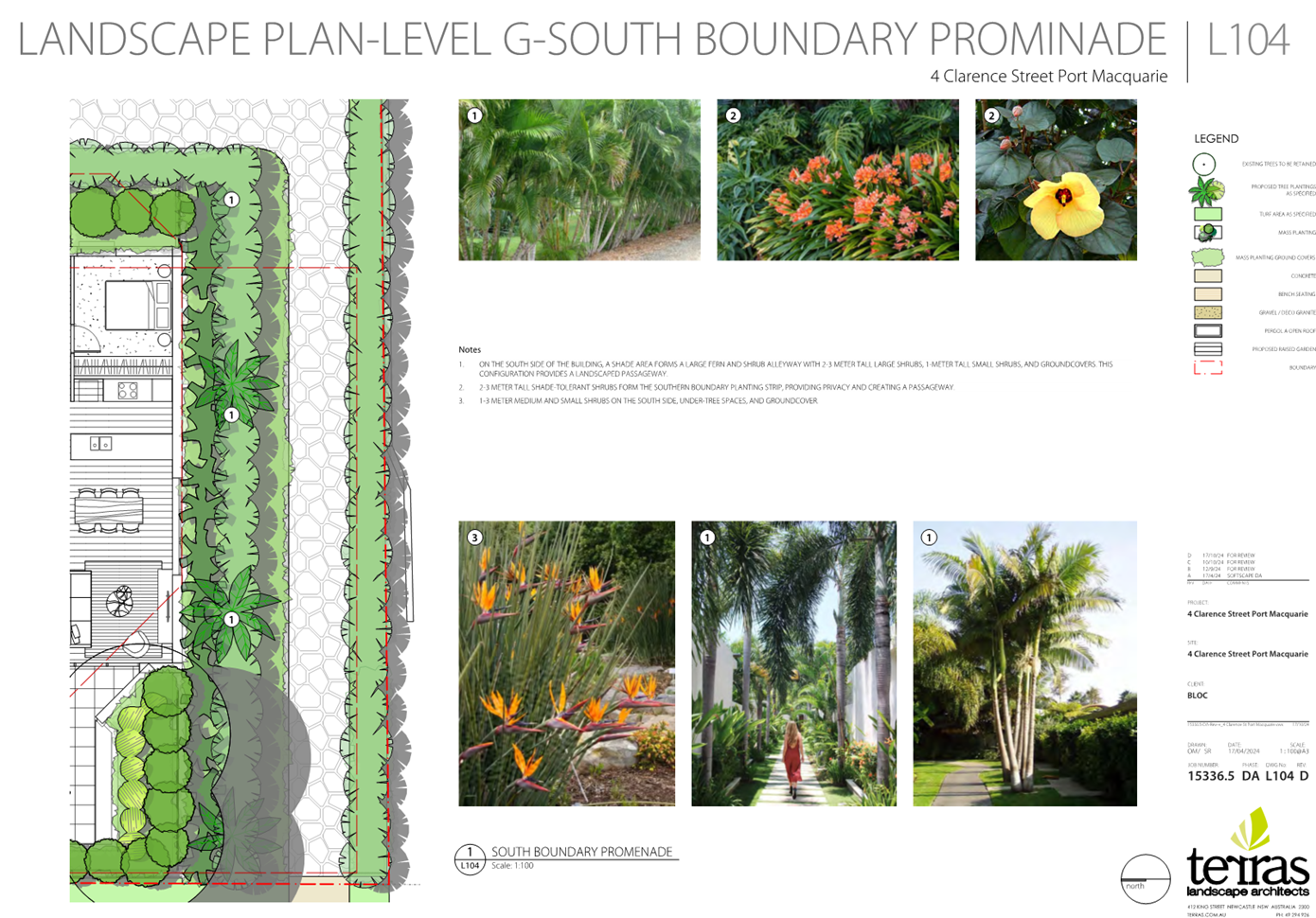


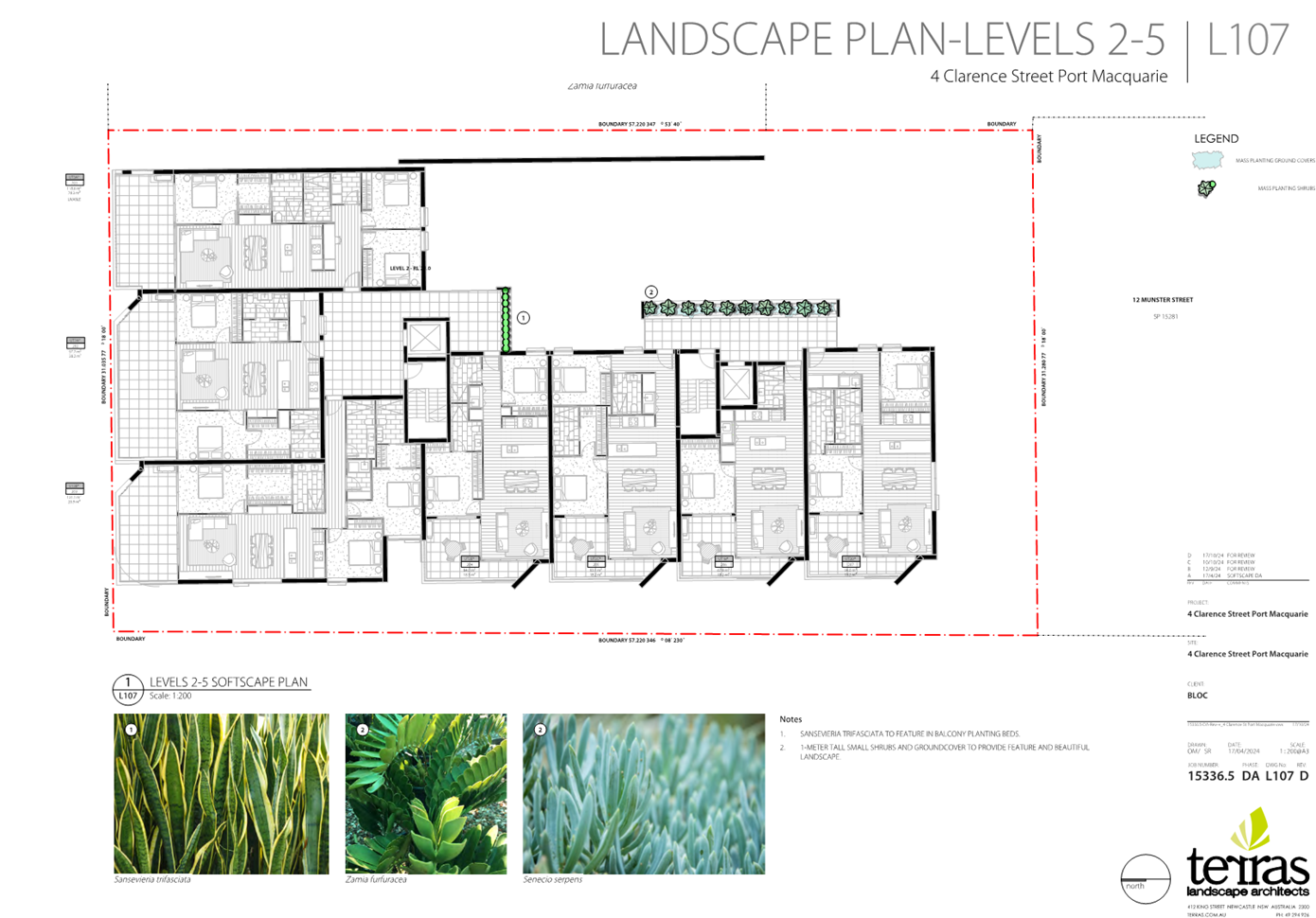
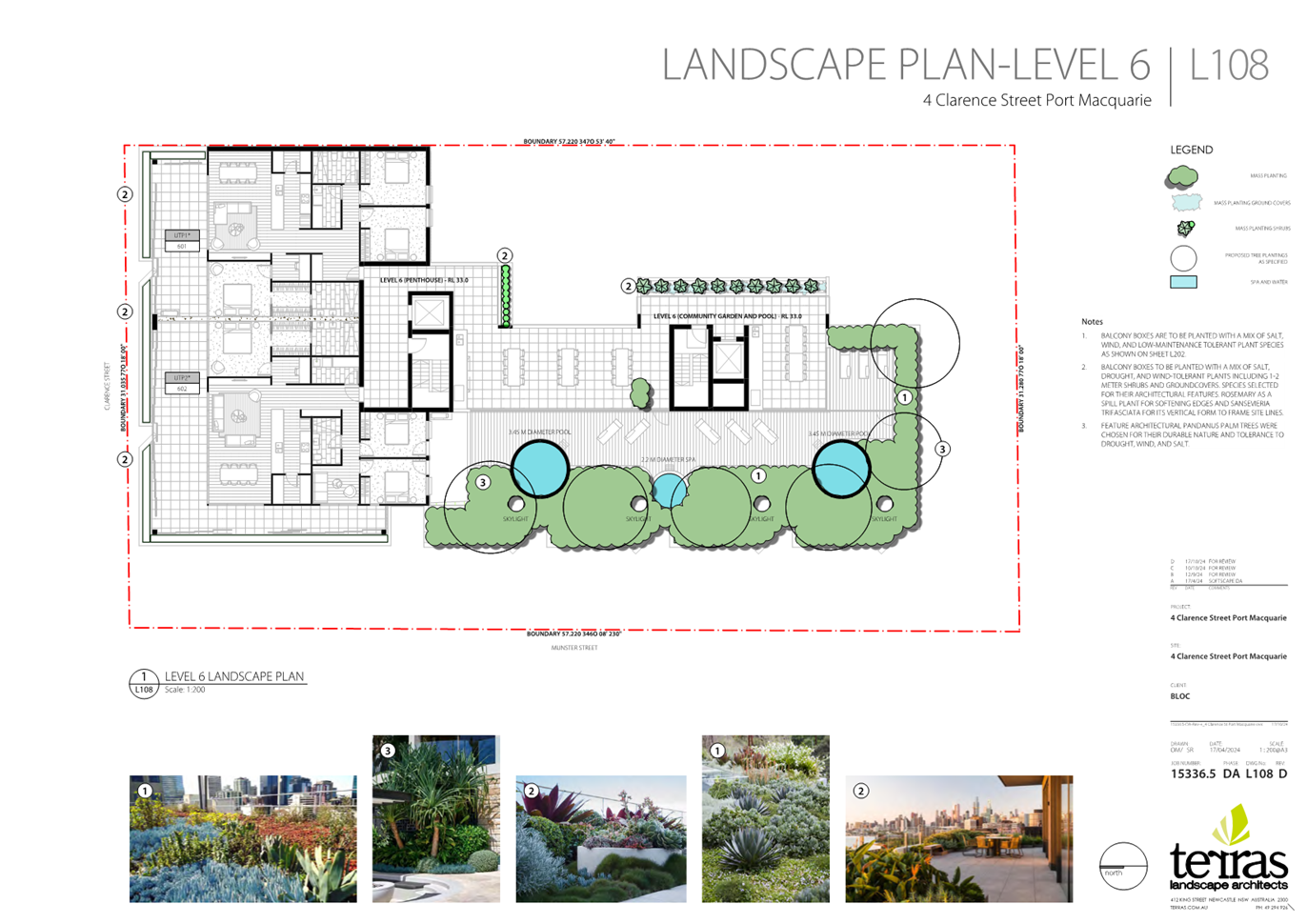
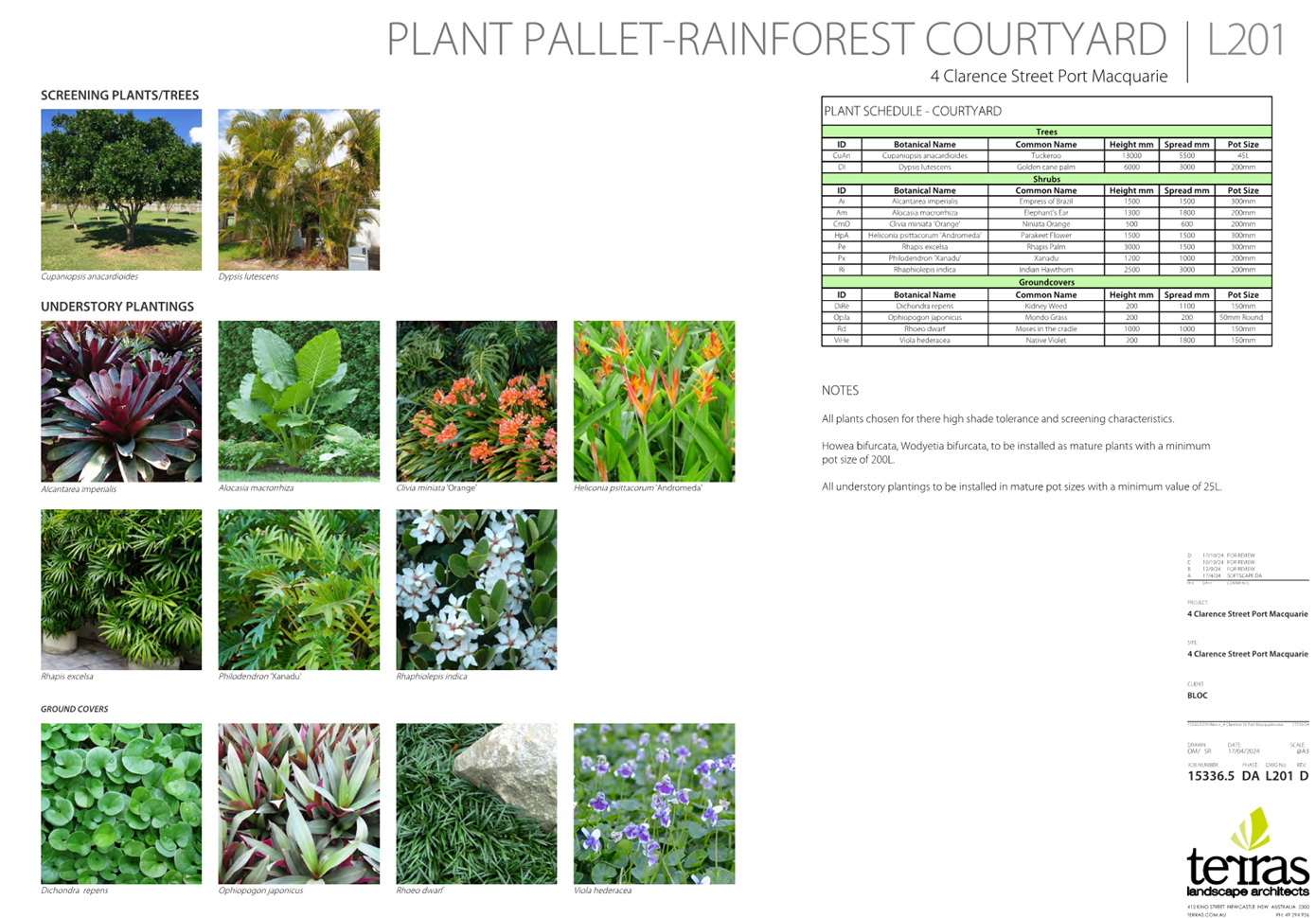
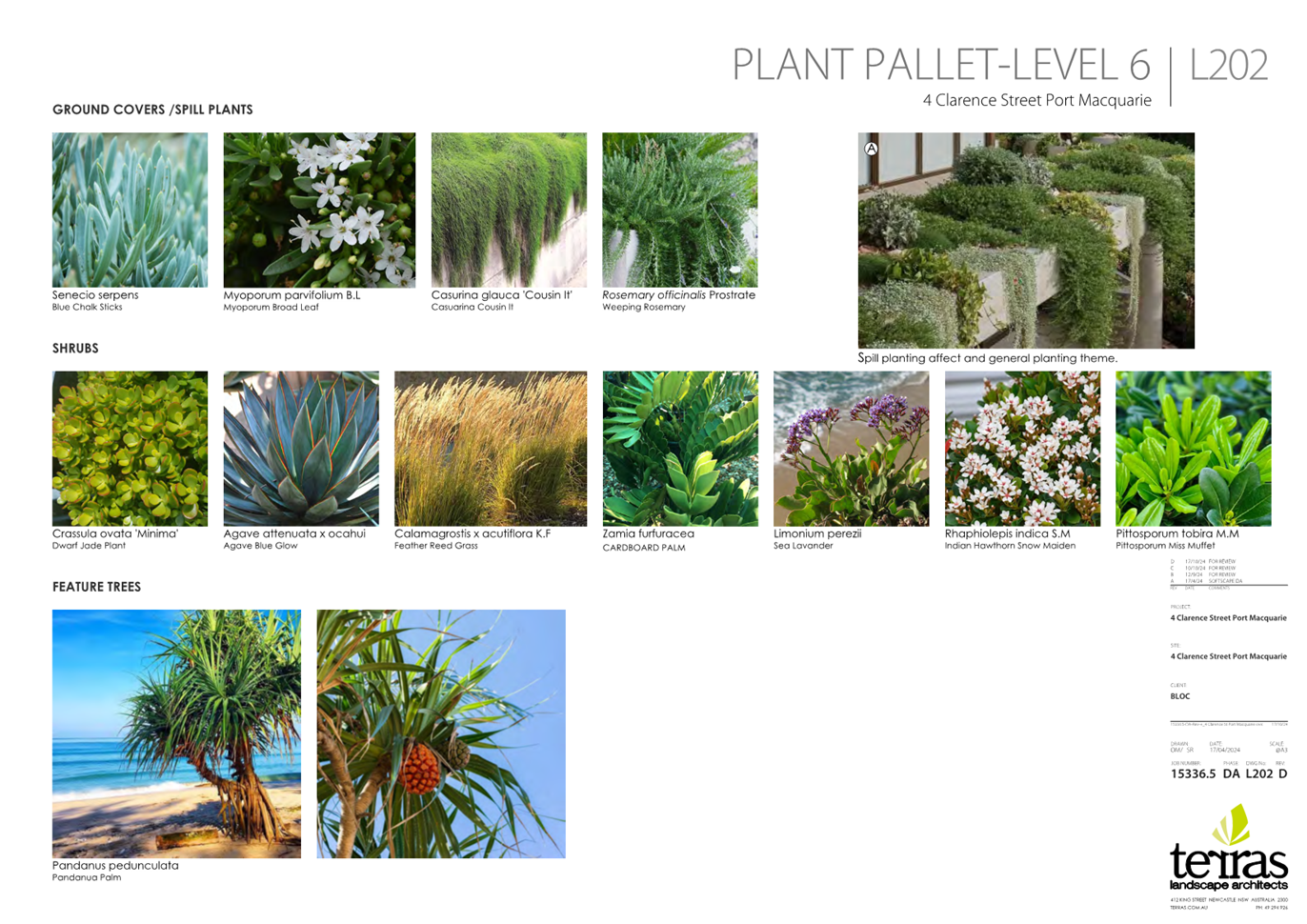
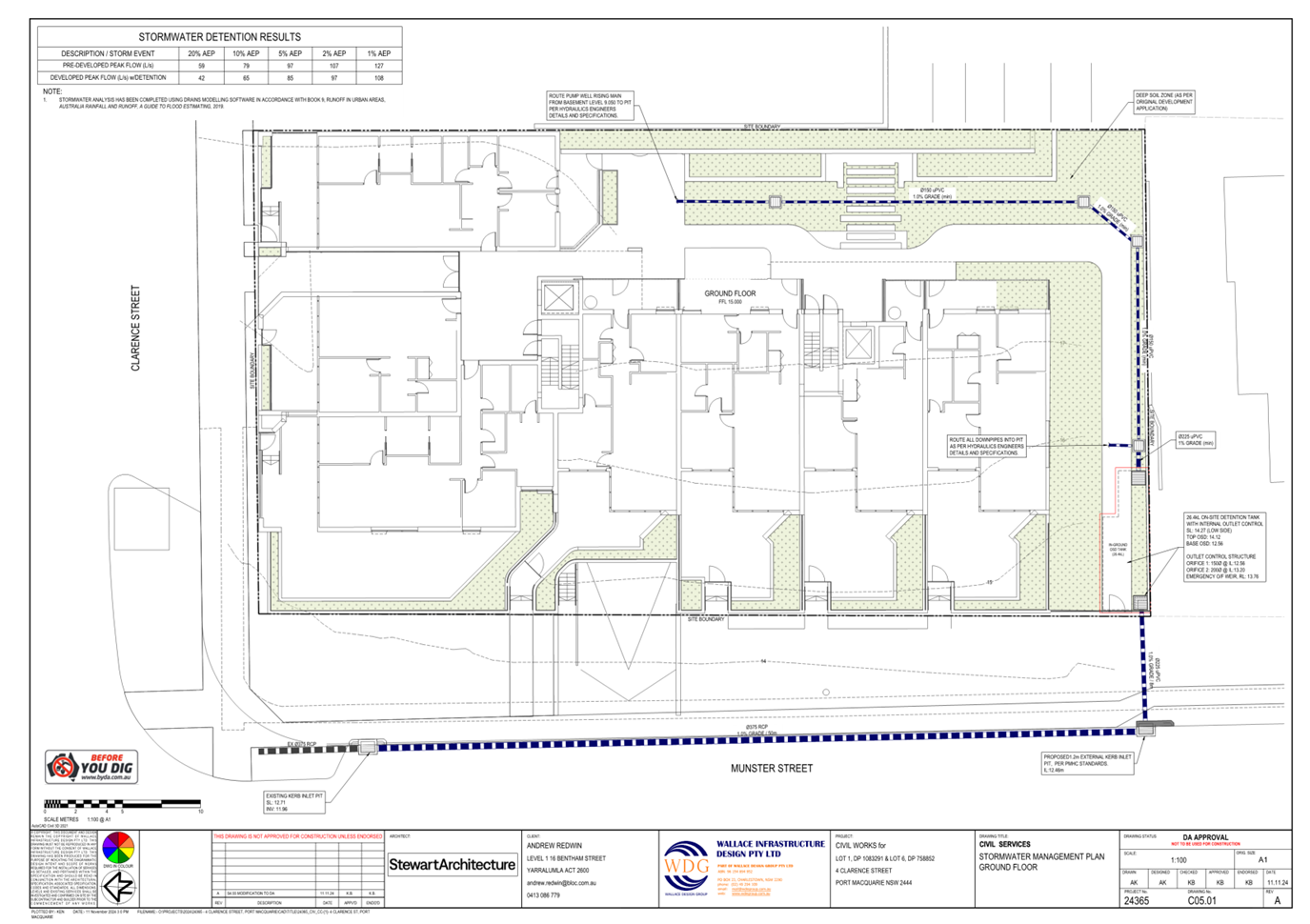

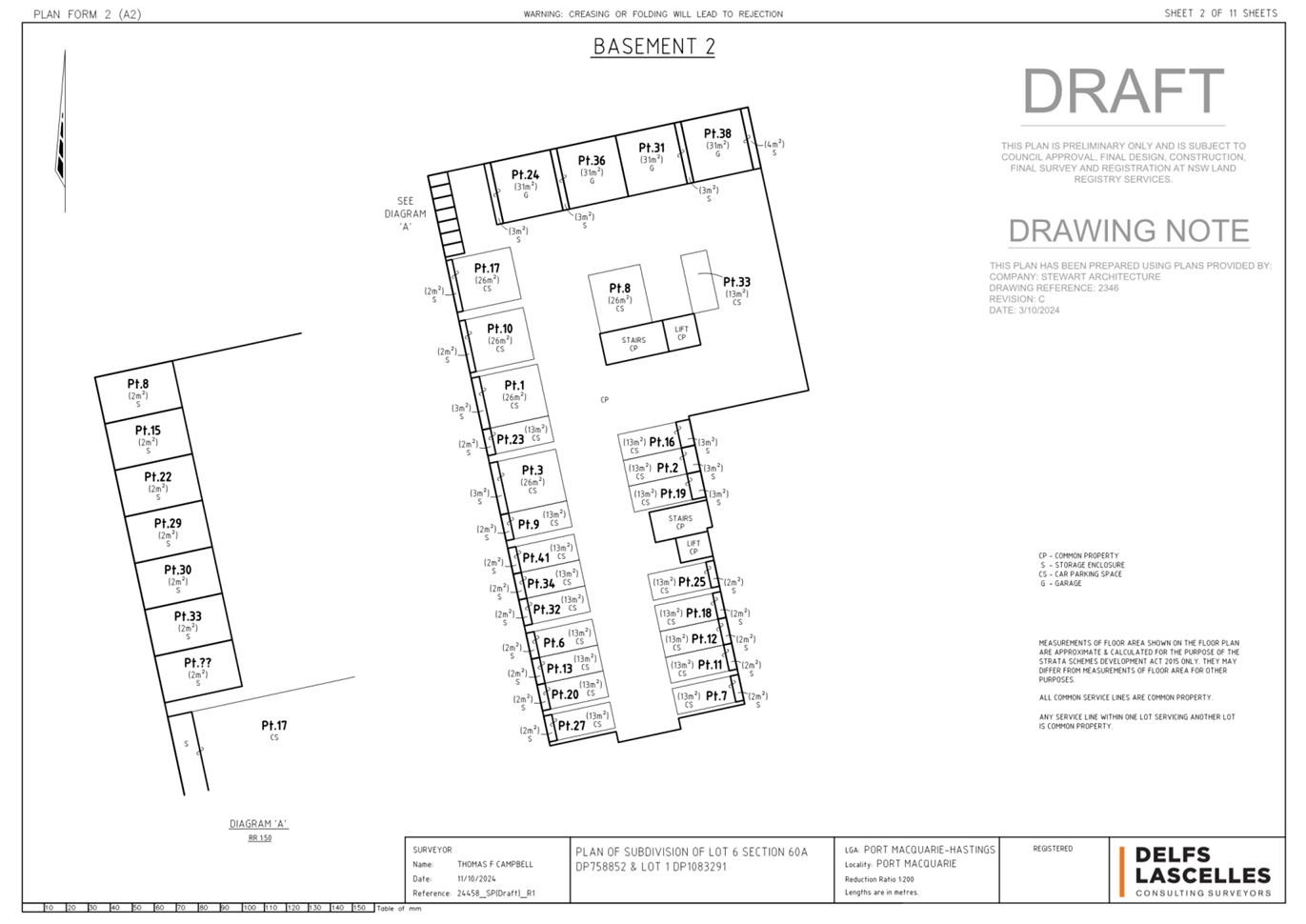
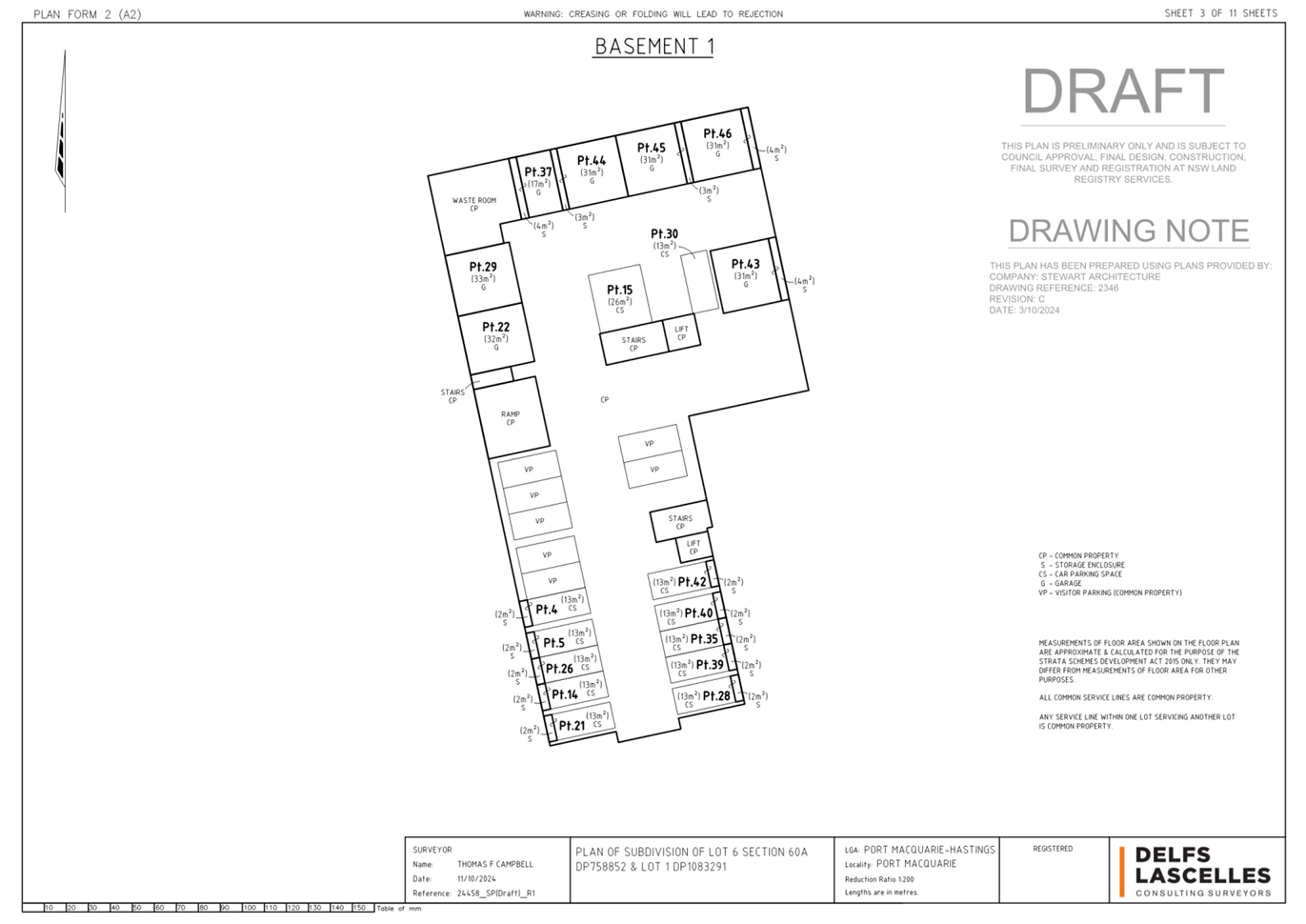
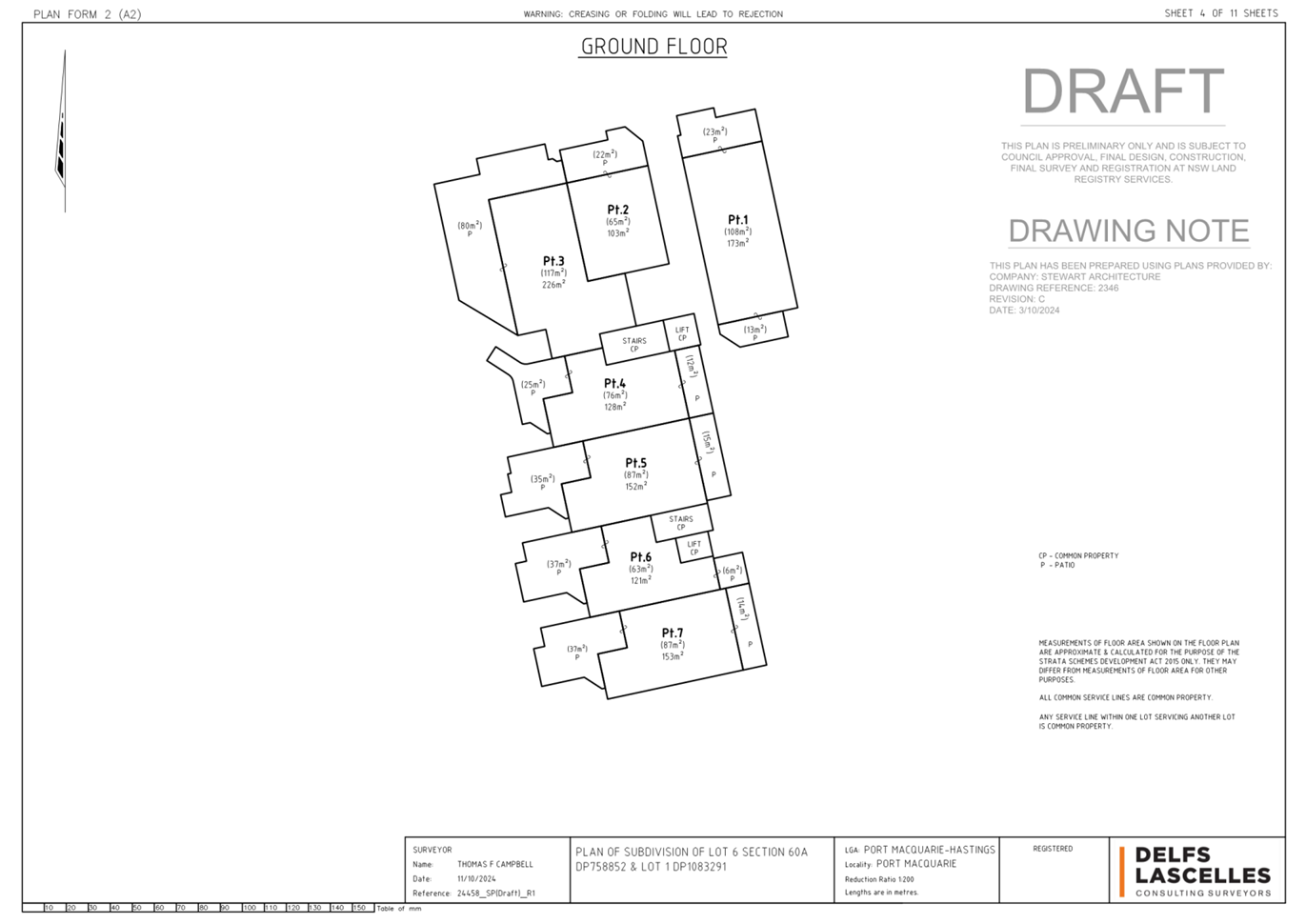
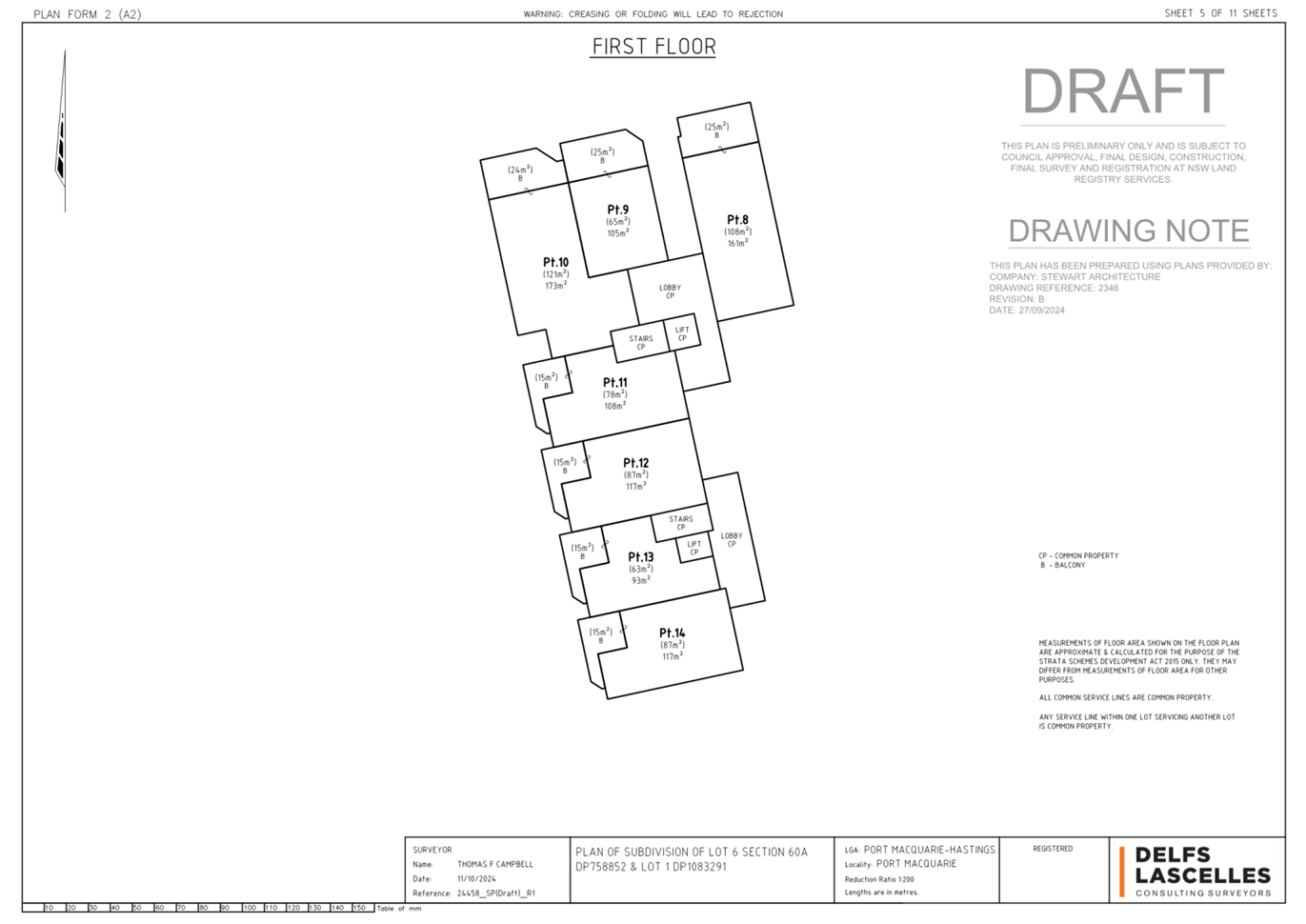
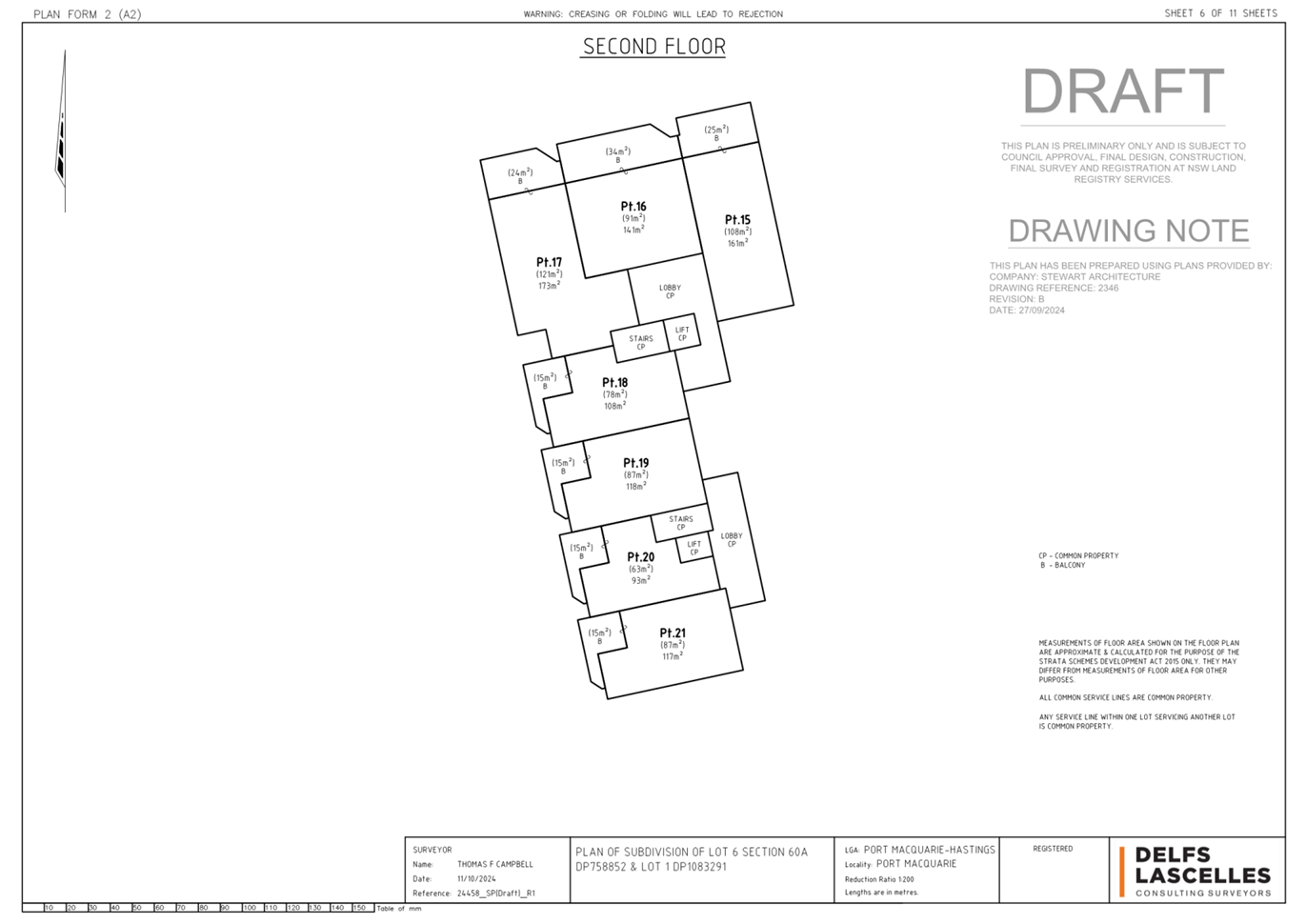
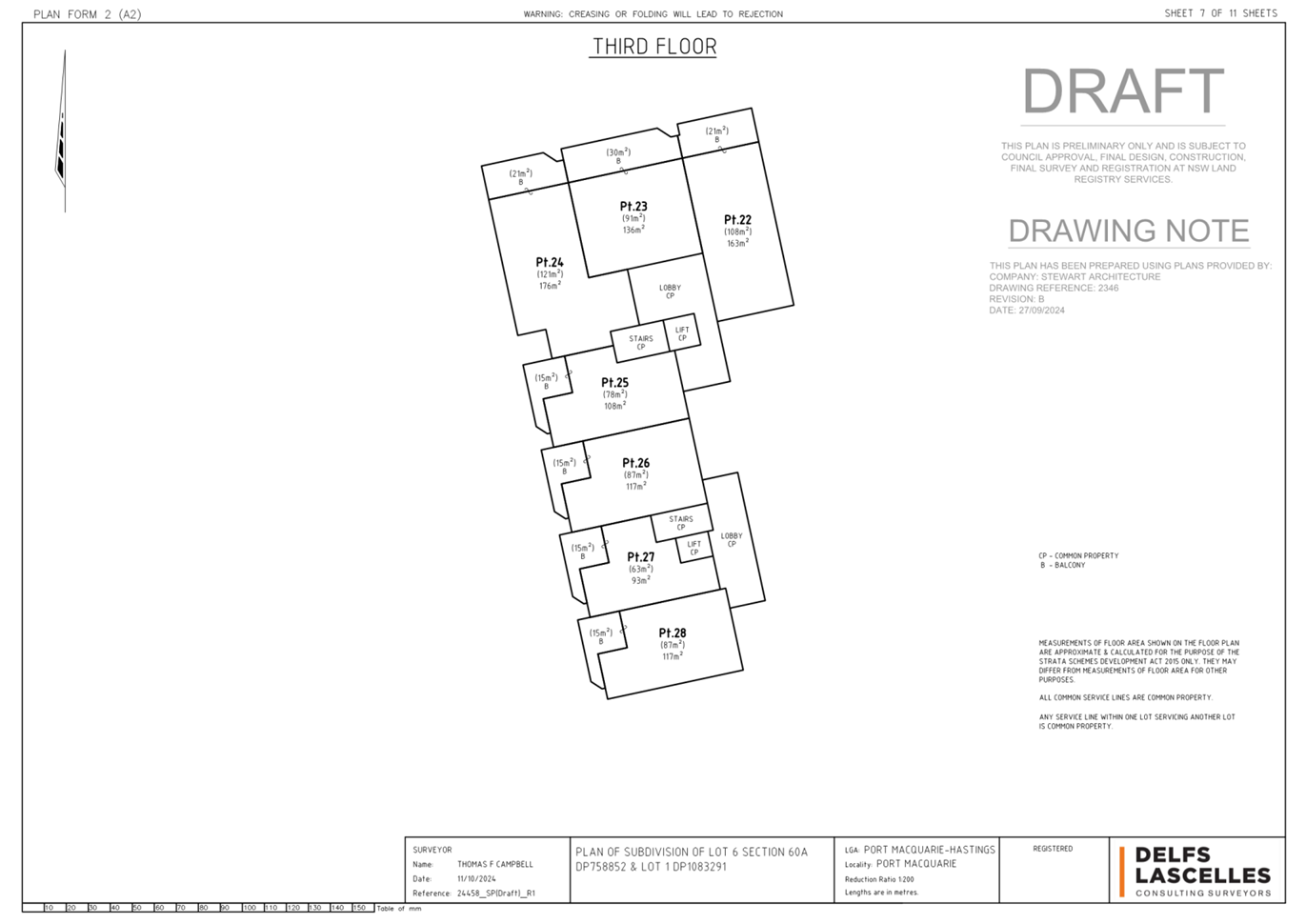
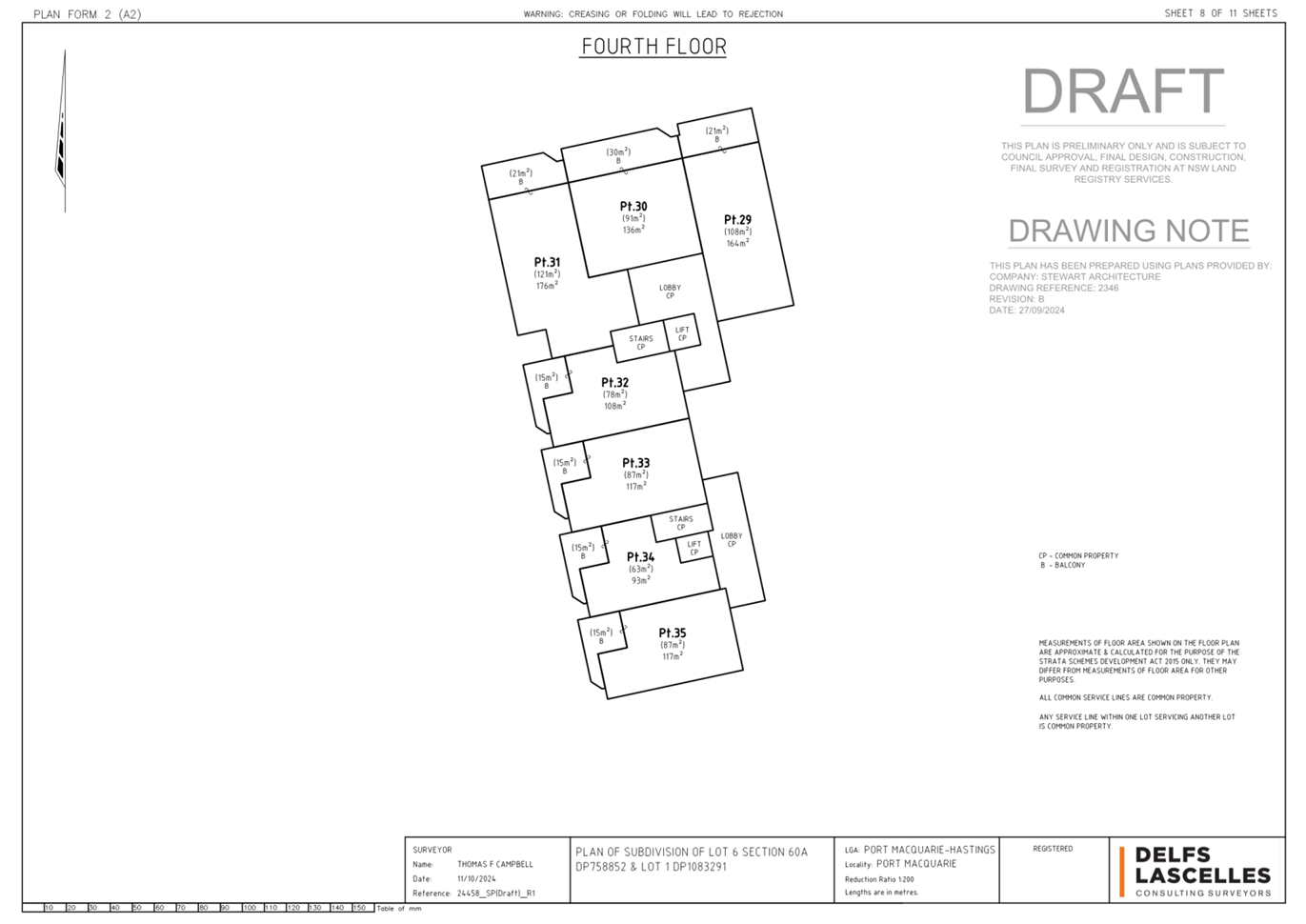

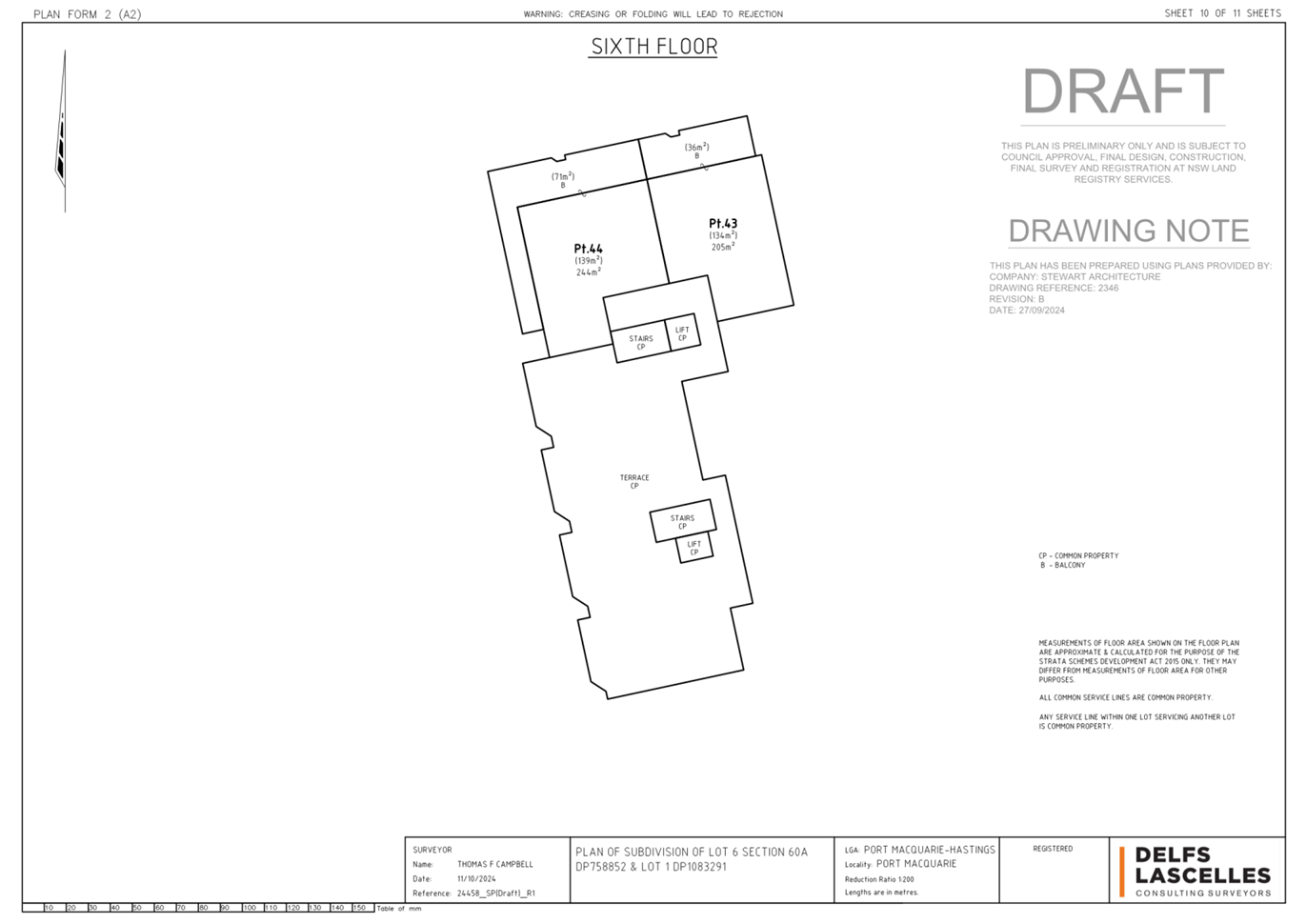
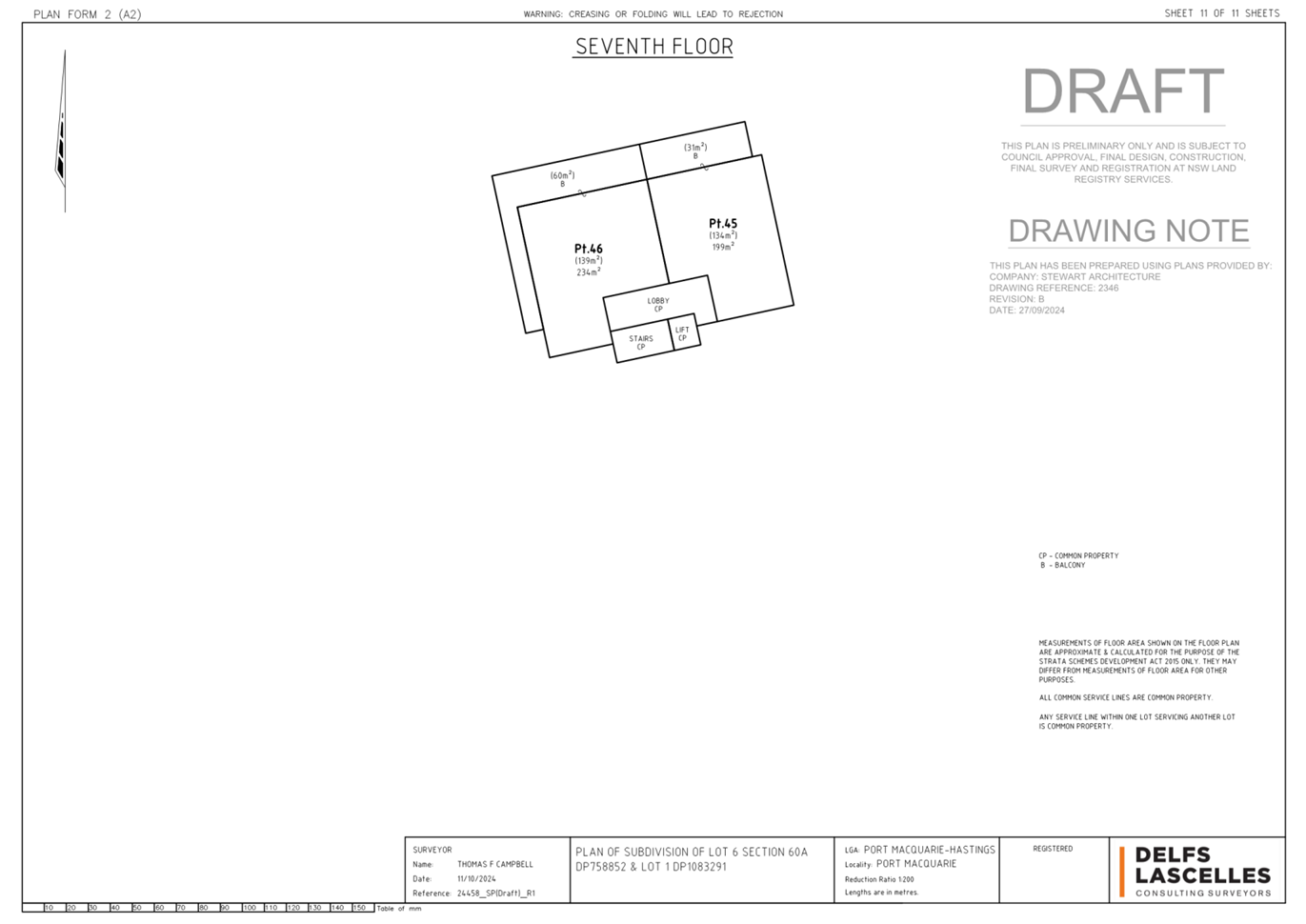
|
ATTACHMENT
|
Development Assessment Panel
11/12/2024
|
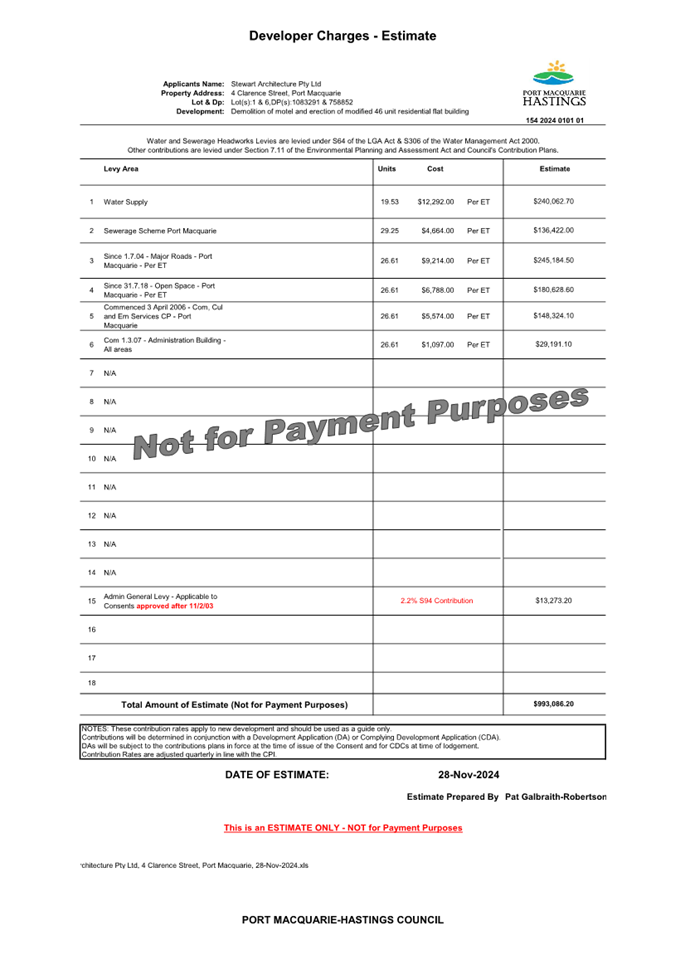
|
ATTACHMENT
|
Development Assessment Panel
11/12/2024
|
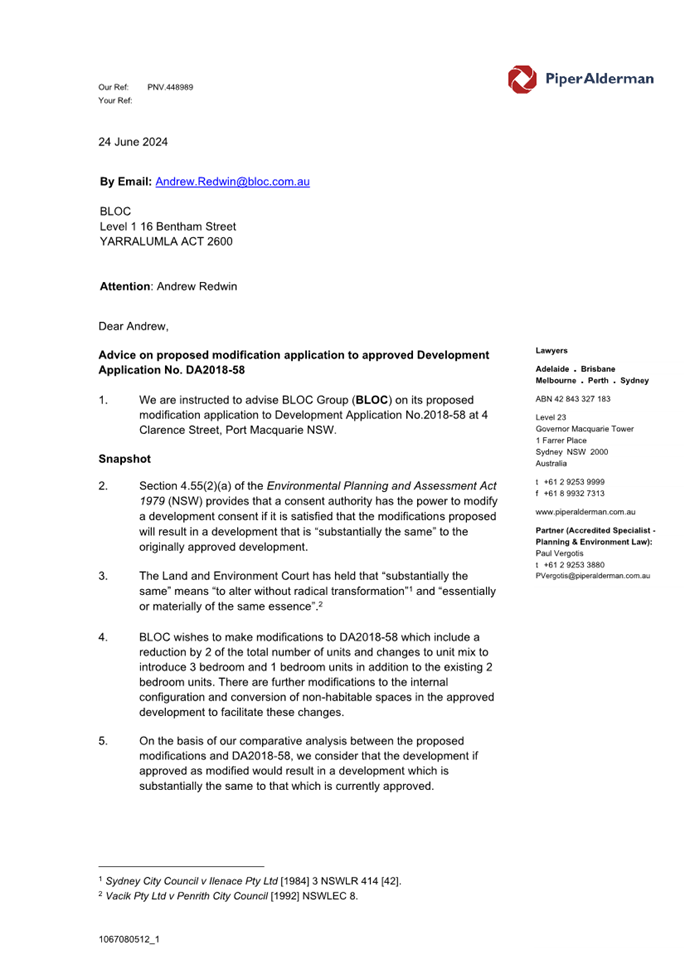
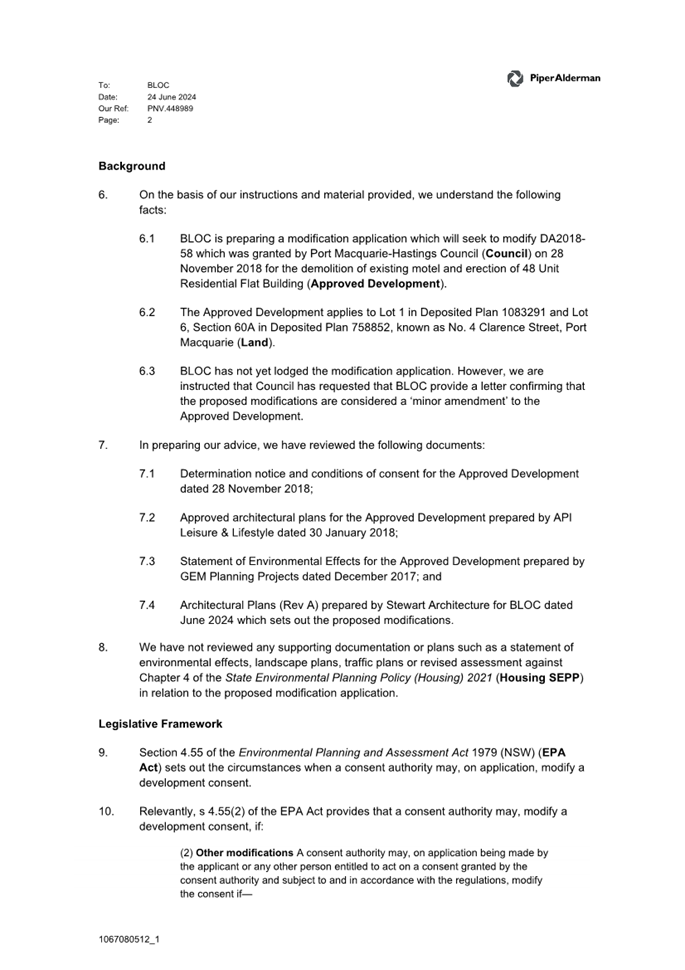
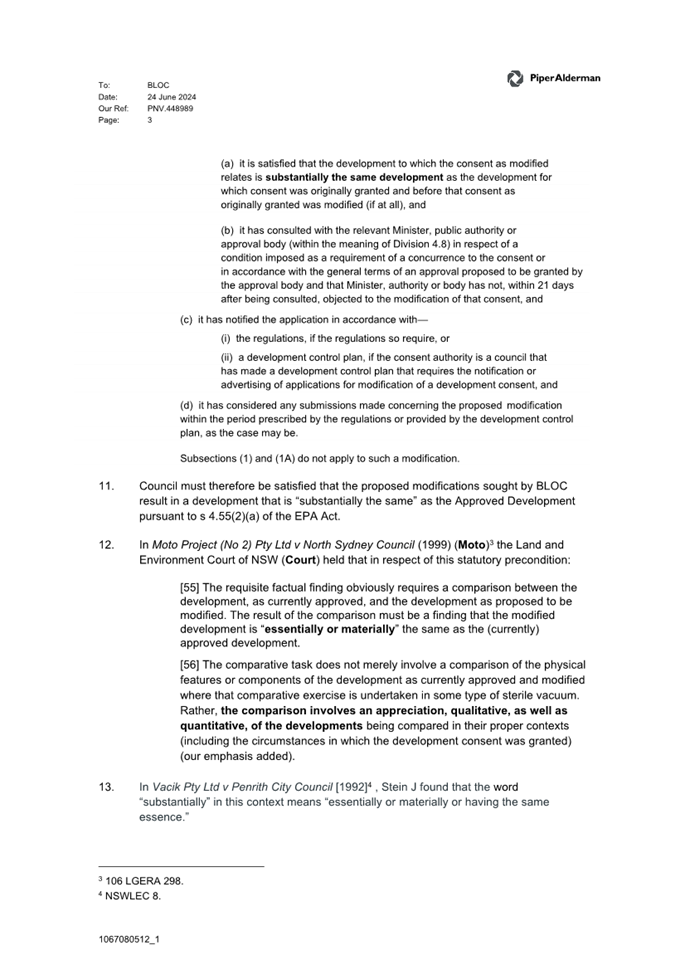
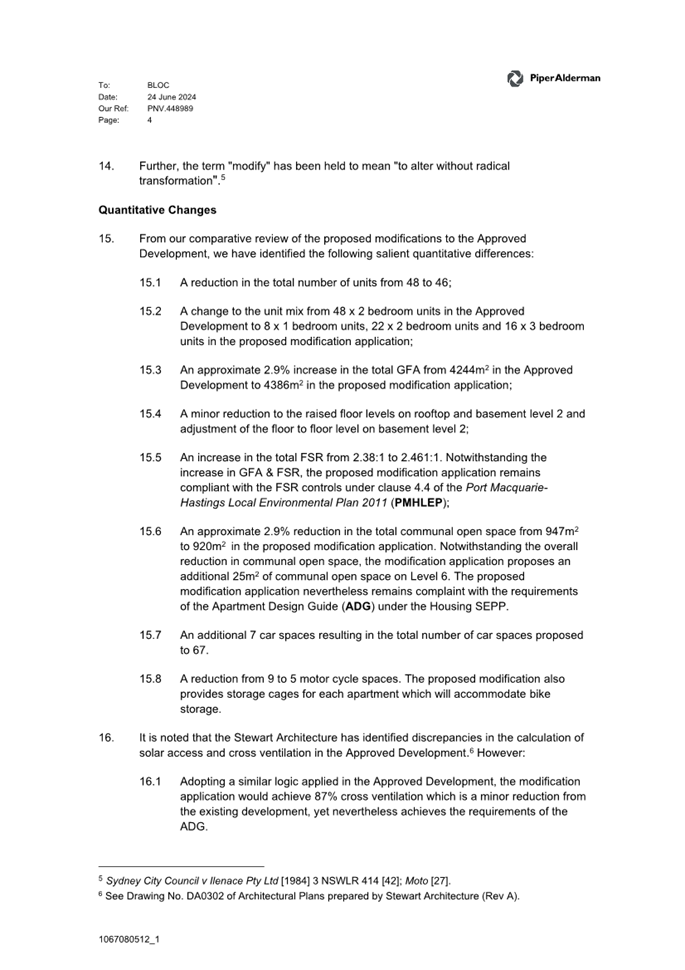
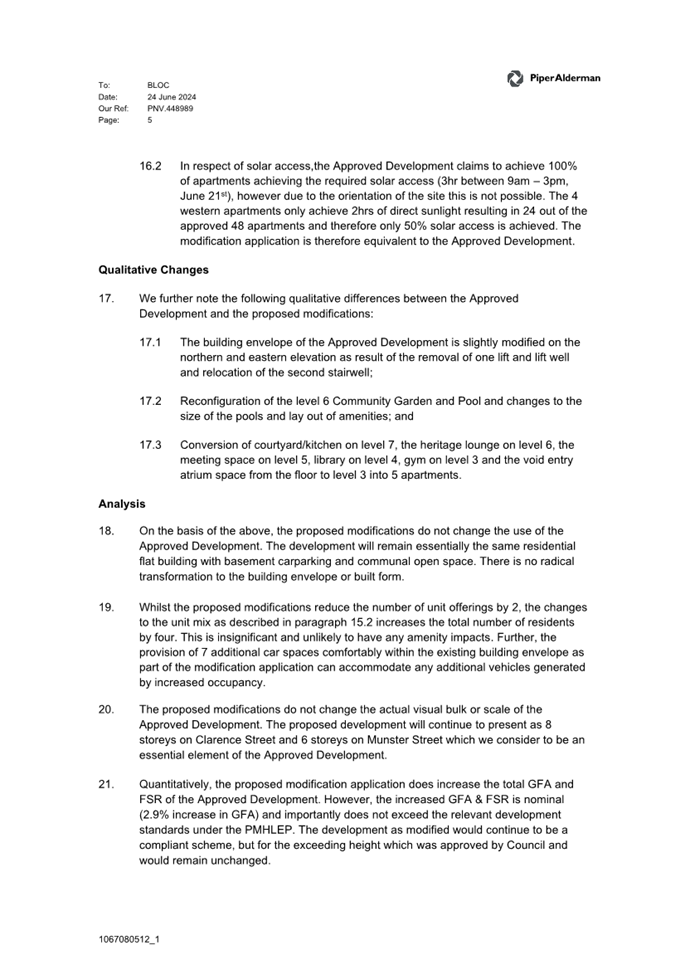
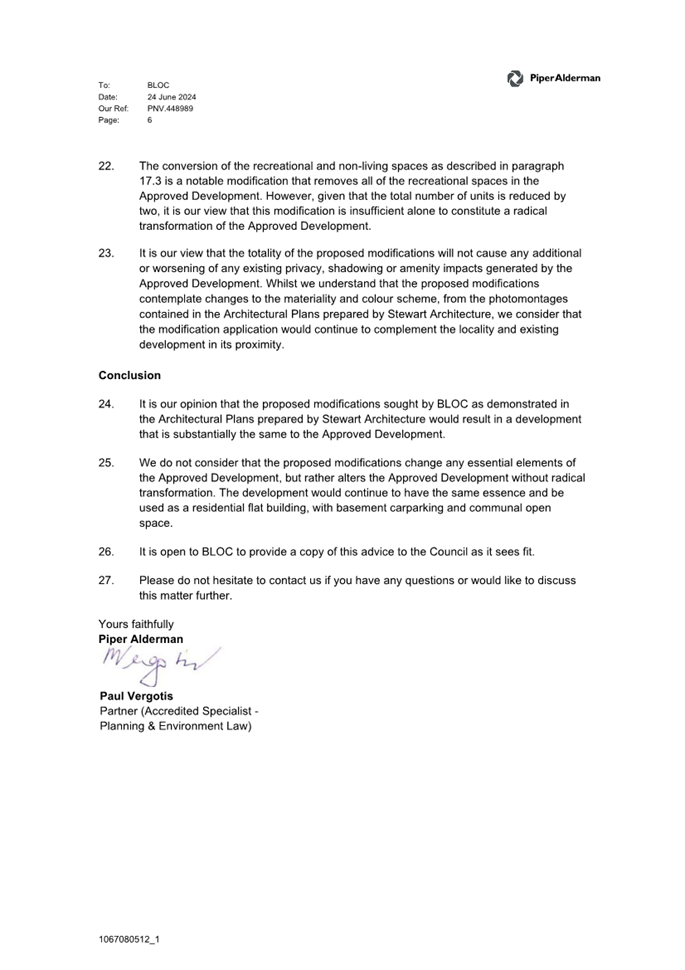
|
ATTACHMENT
|
Development Assessment Panel
11/12/2024
|
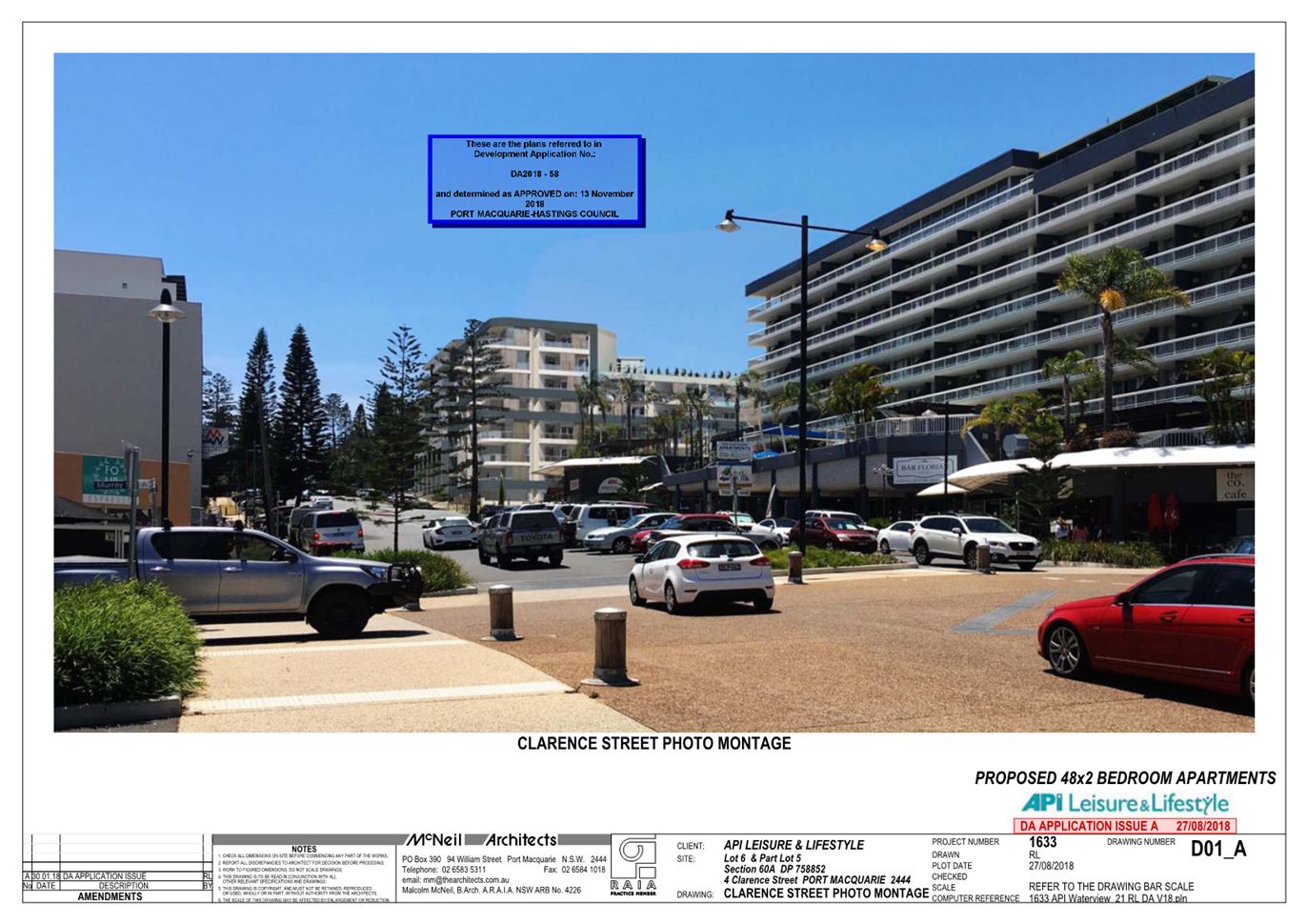

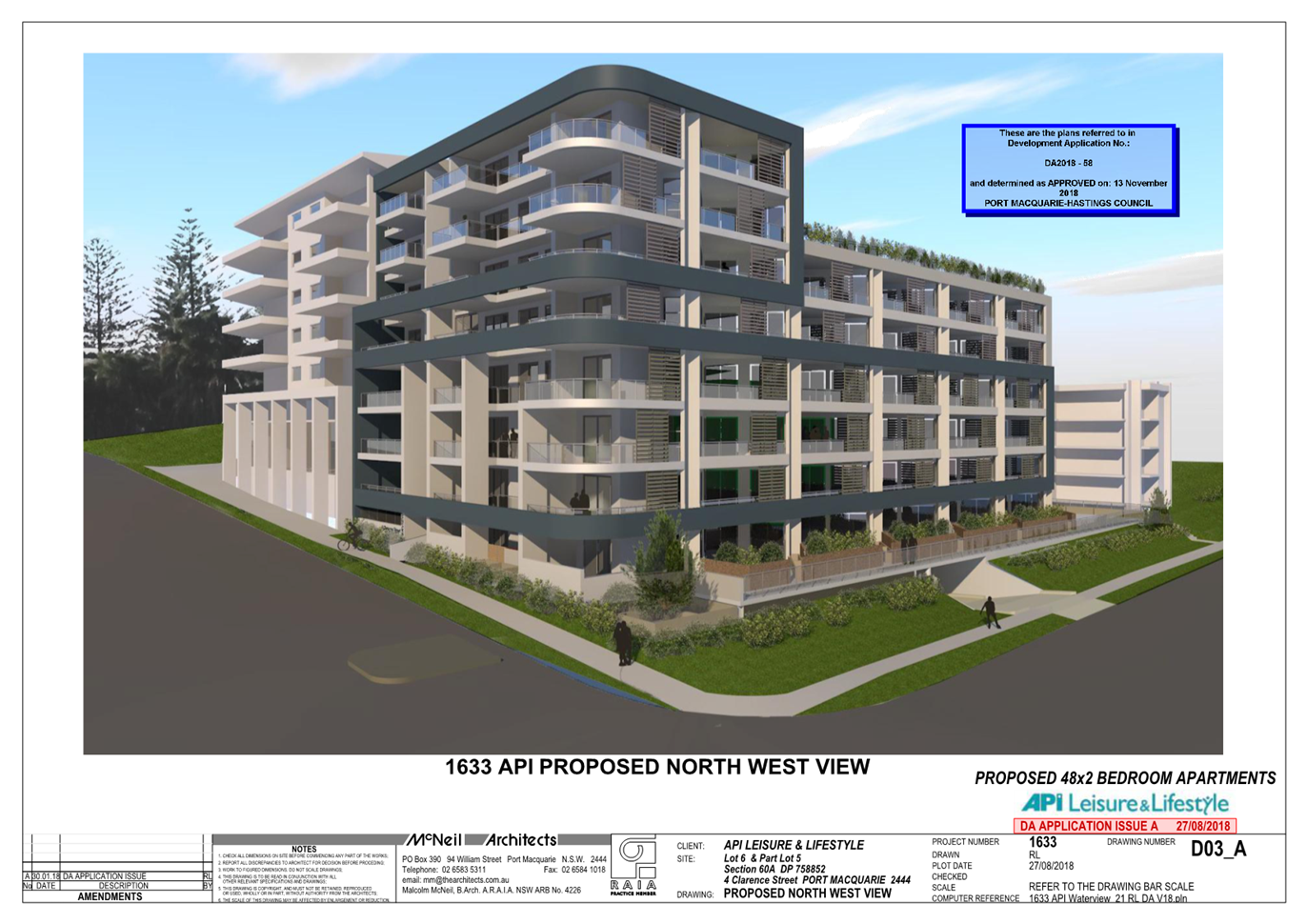

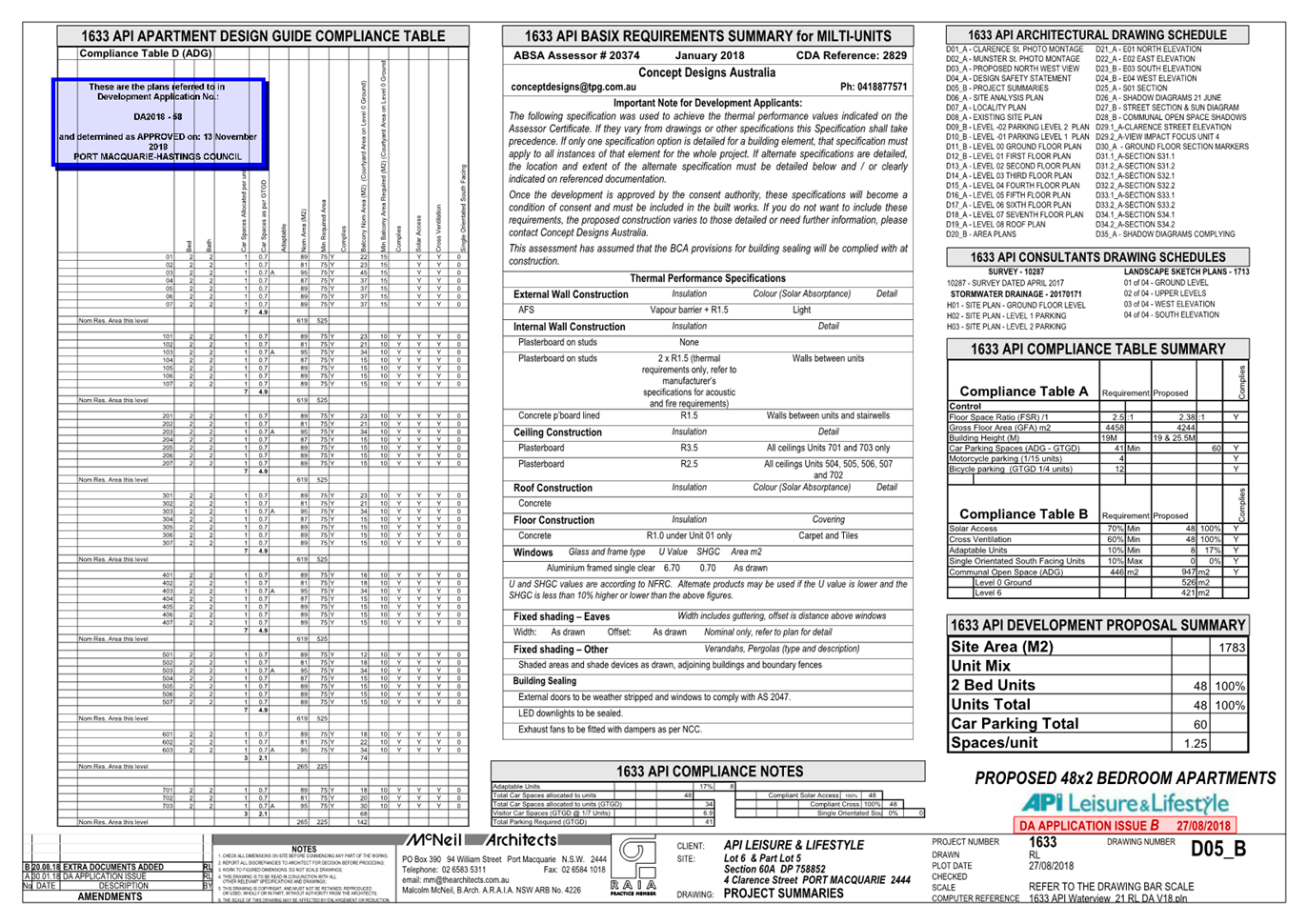
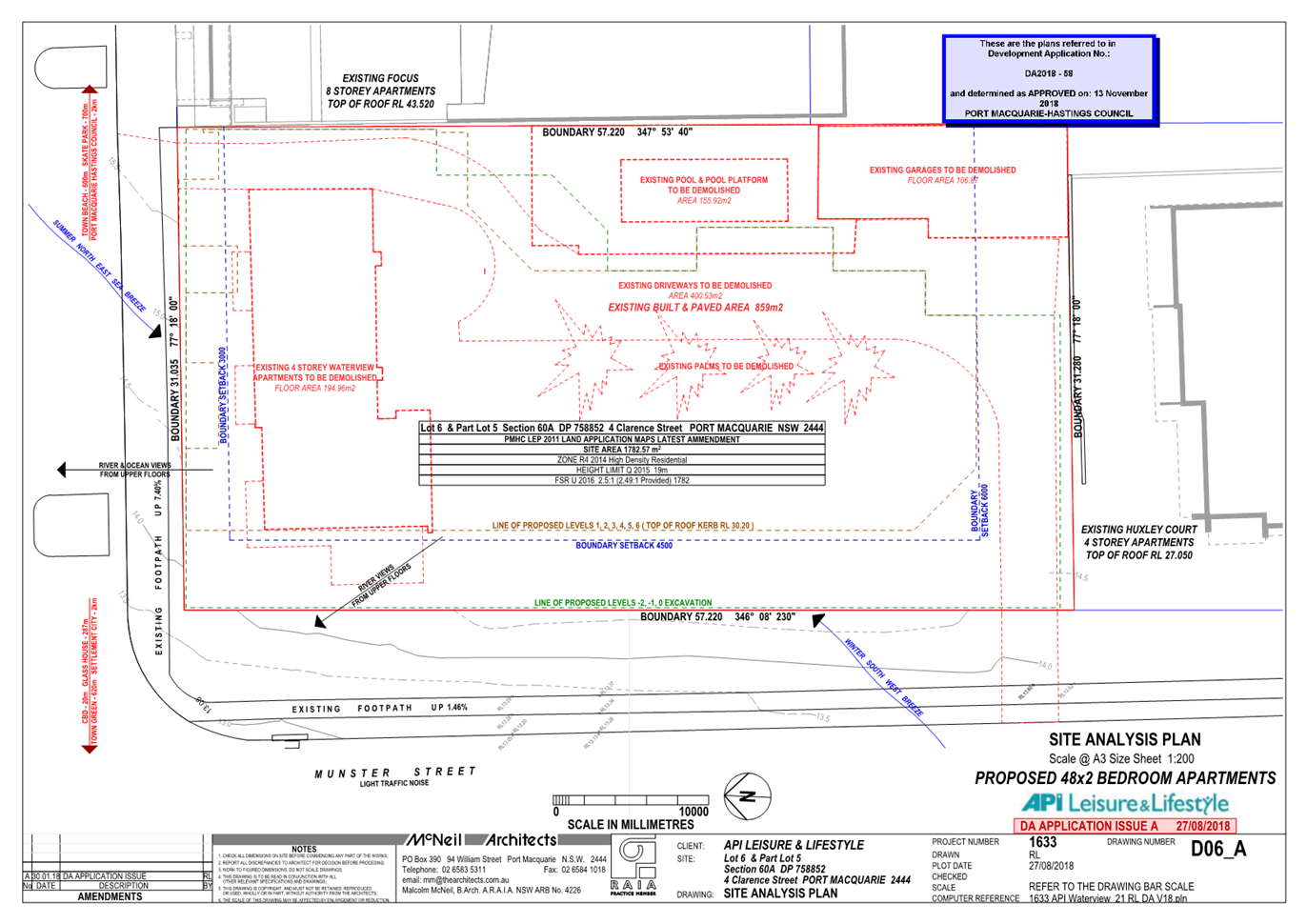

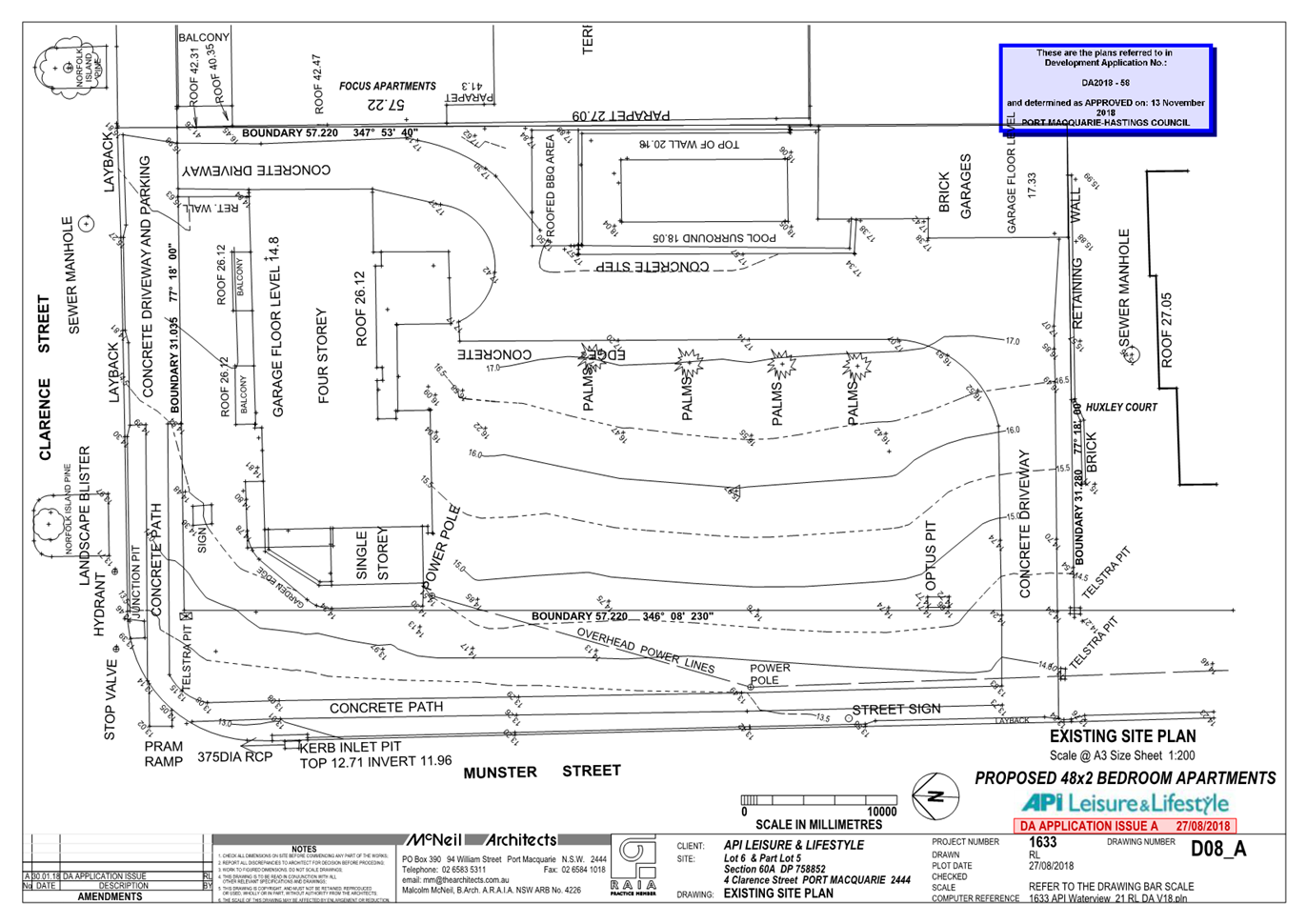



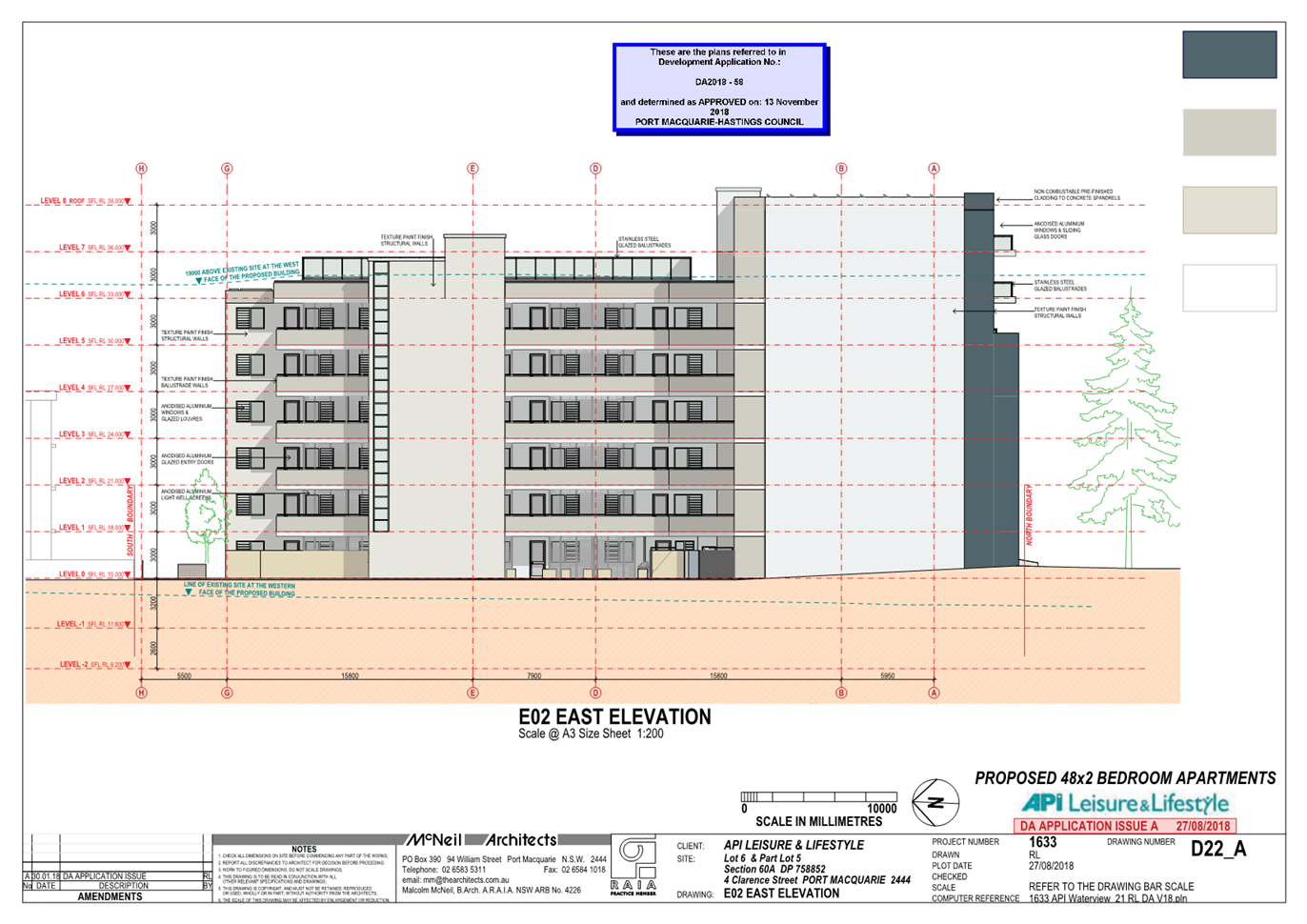
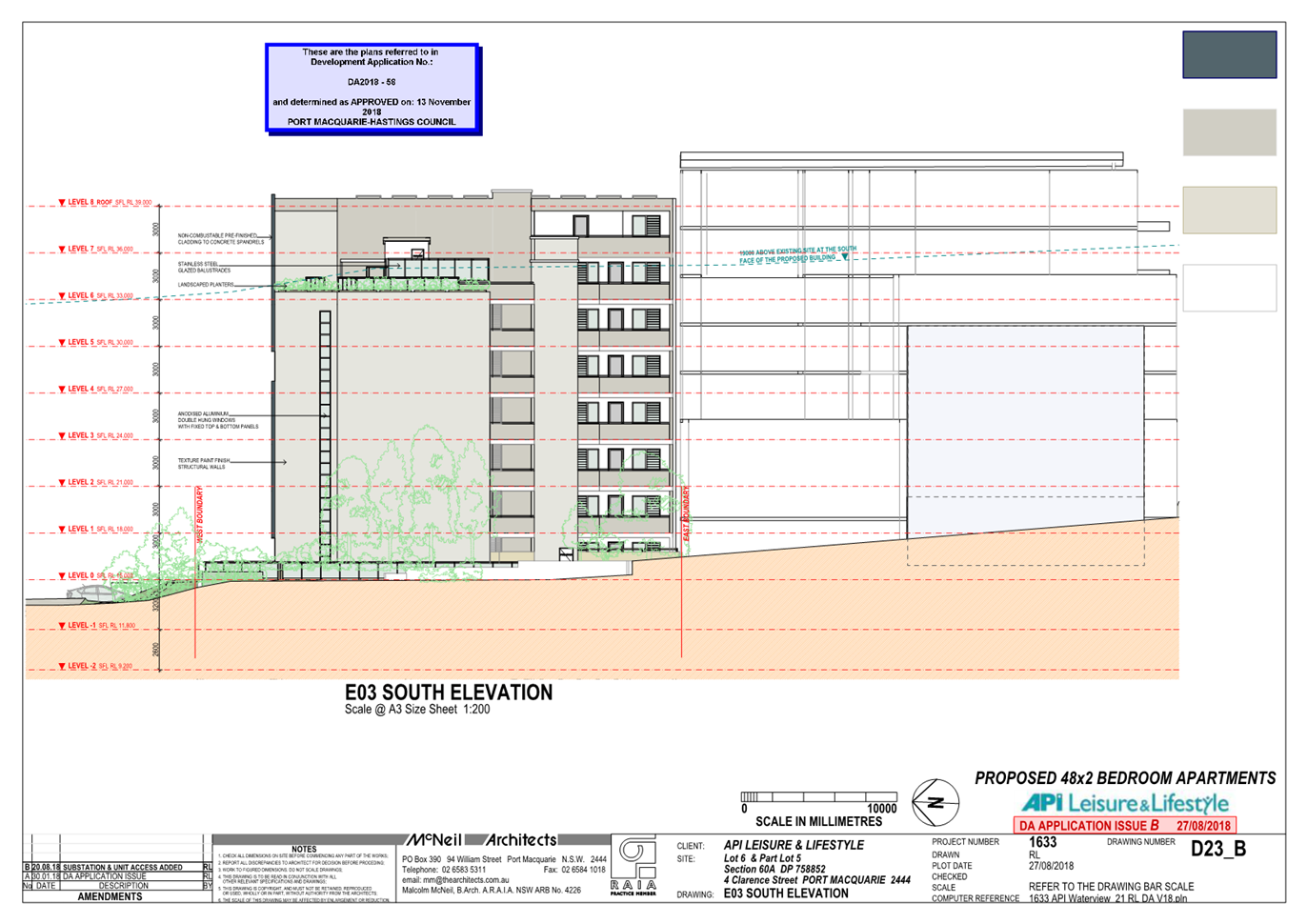
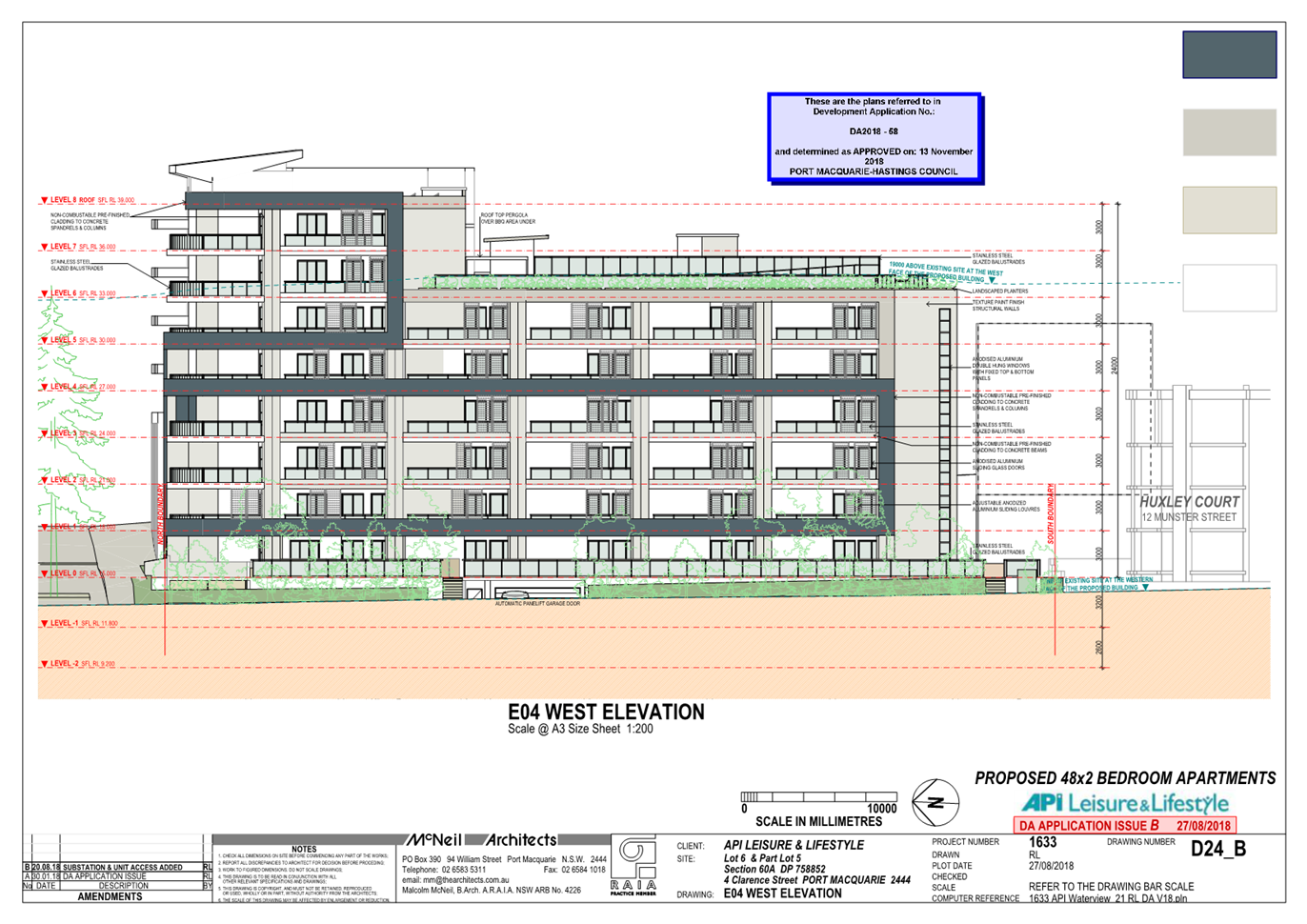
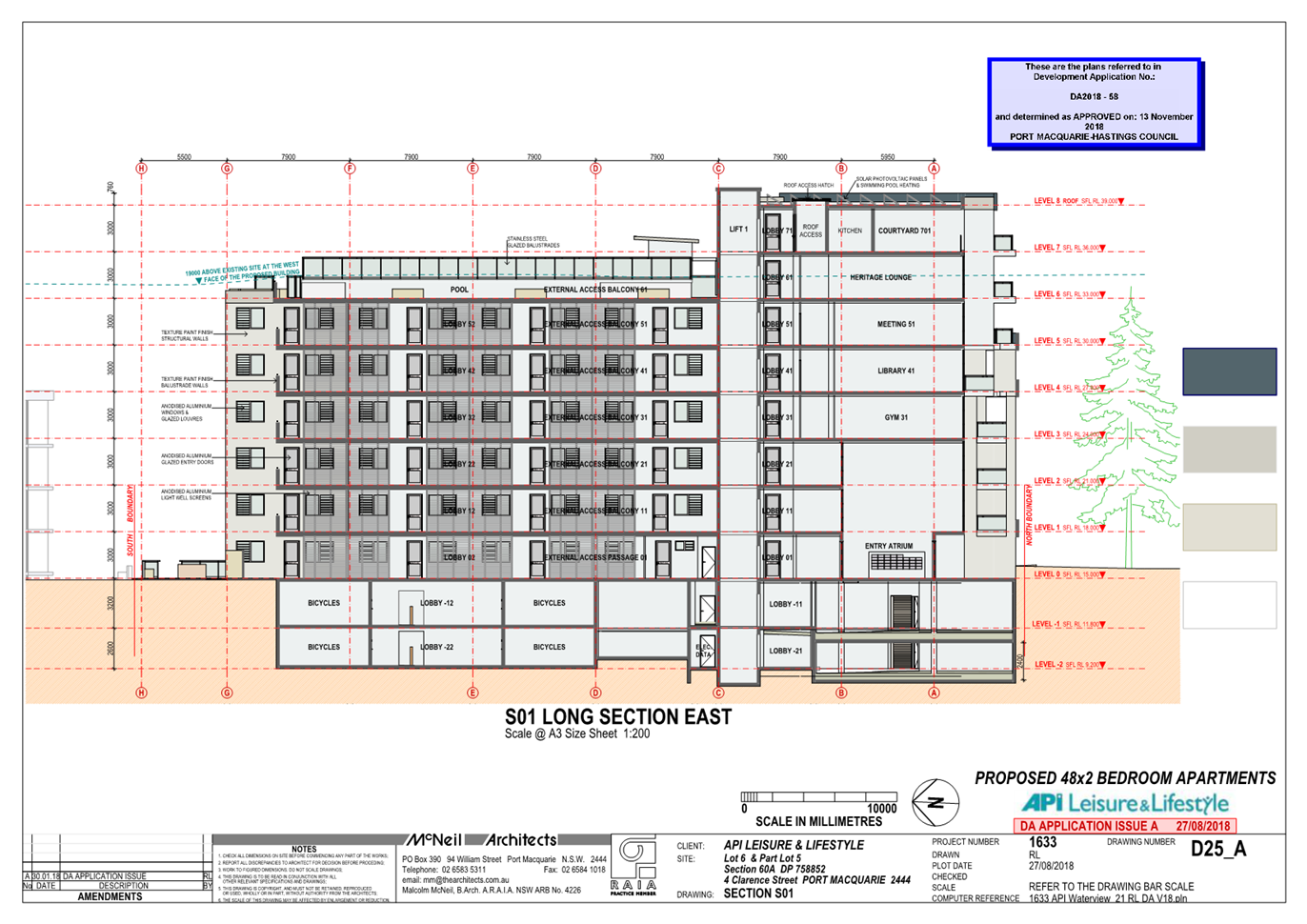
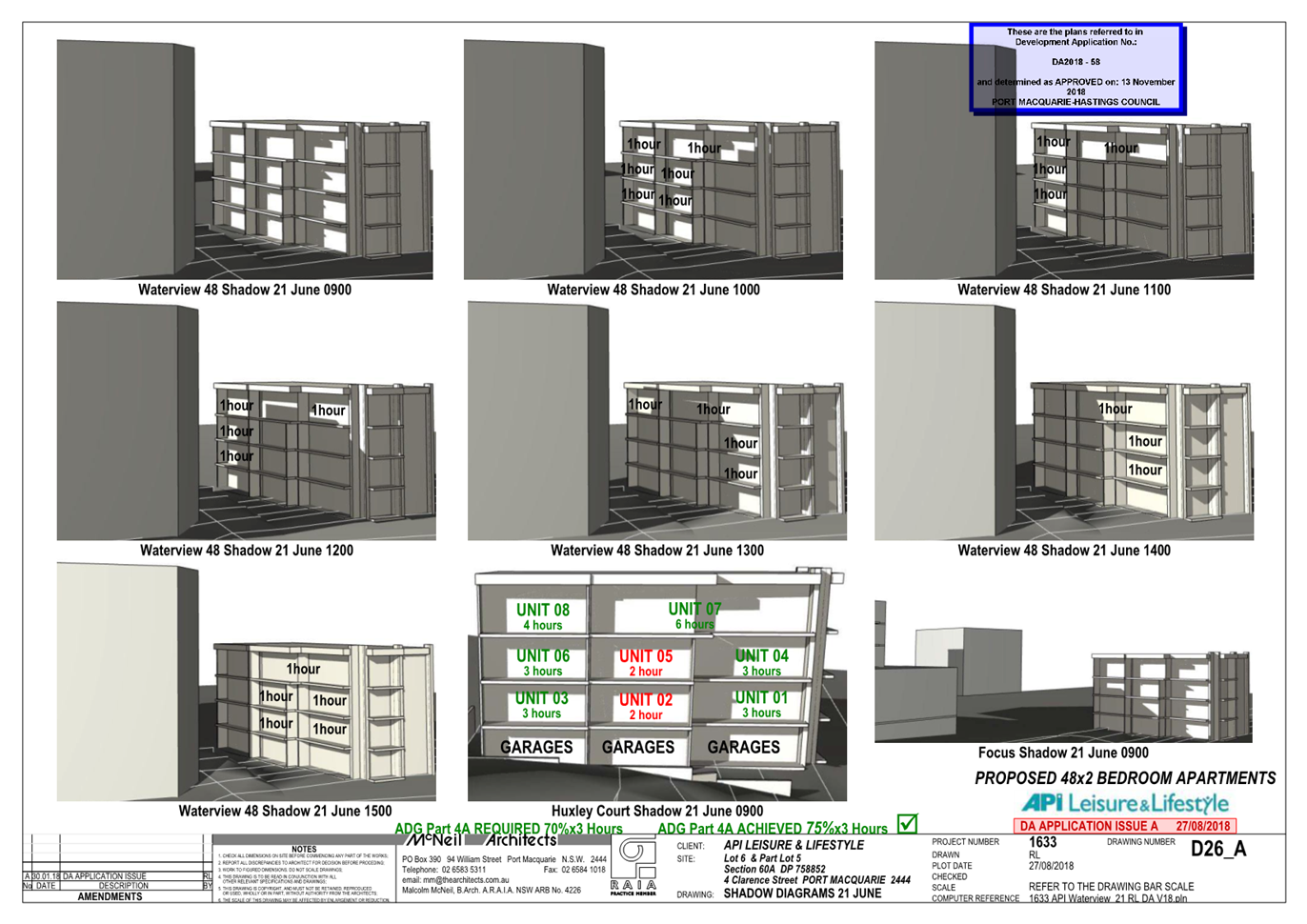

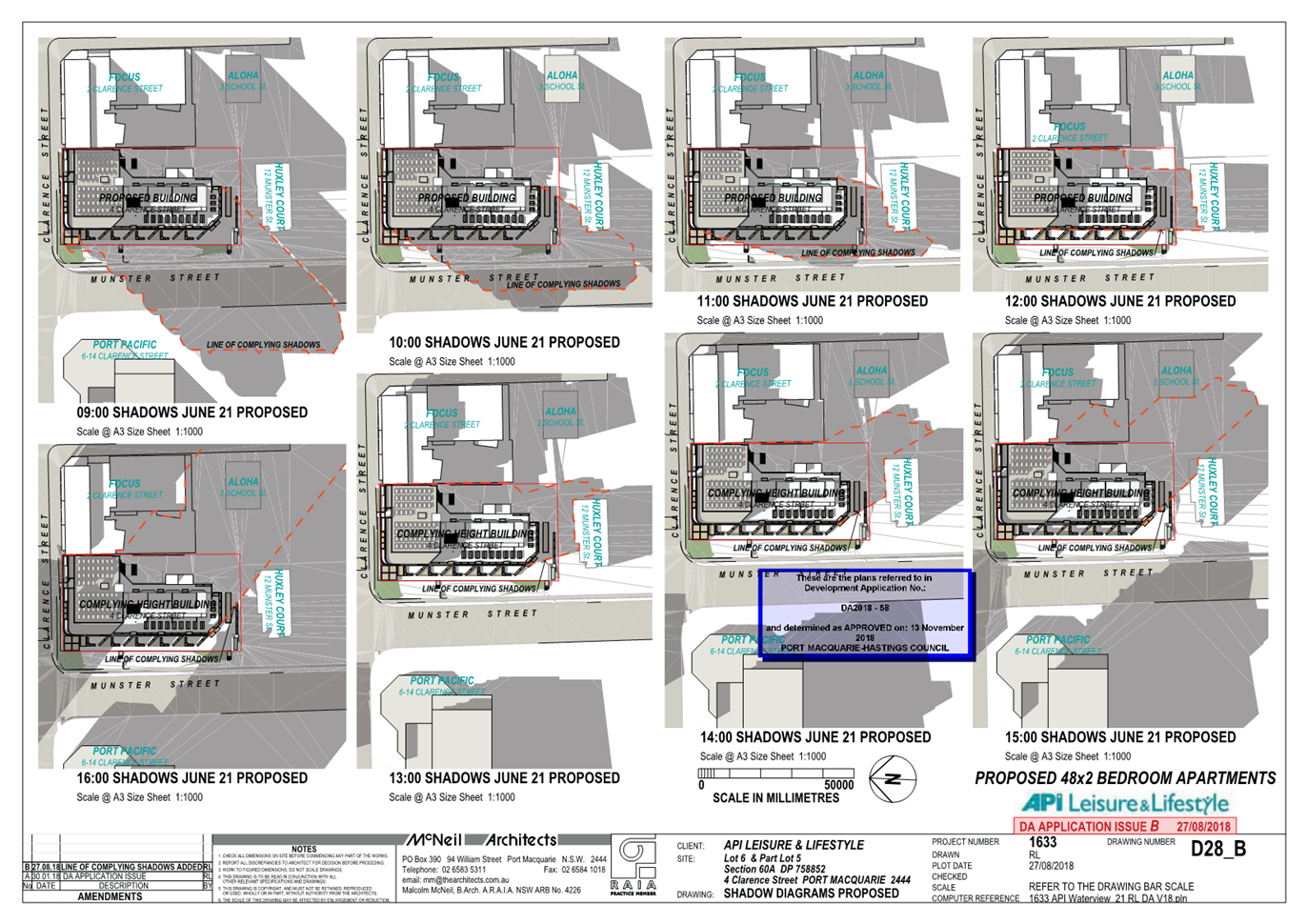
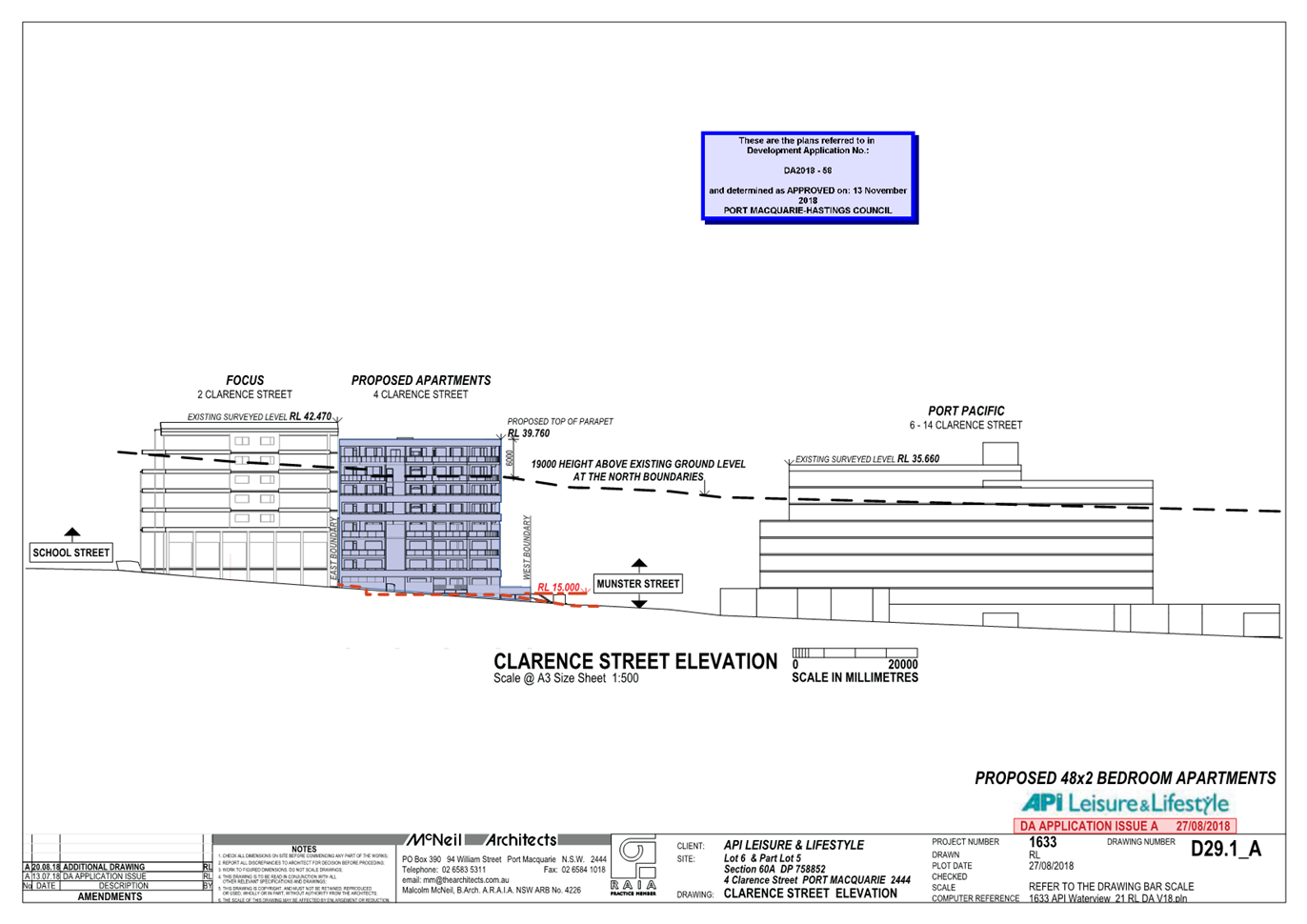
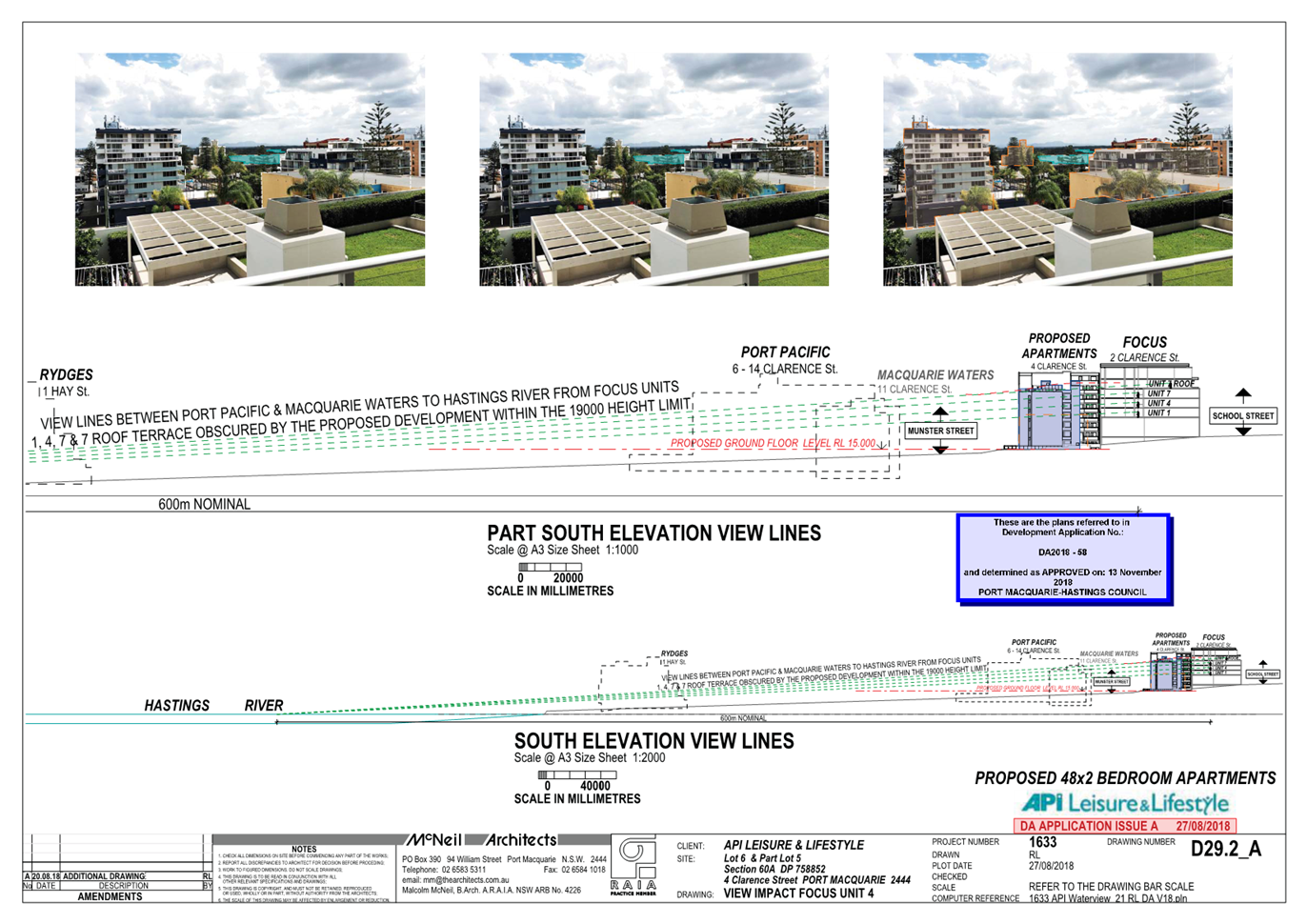
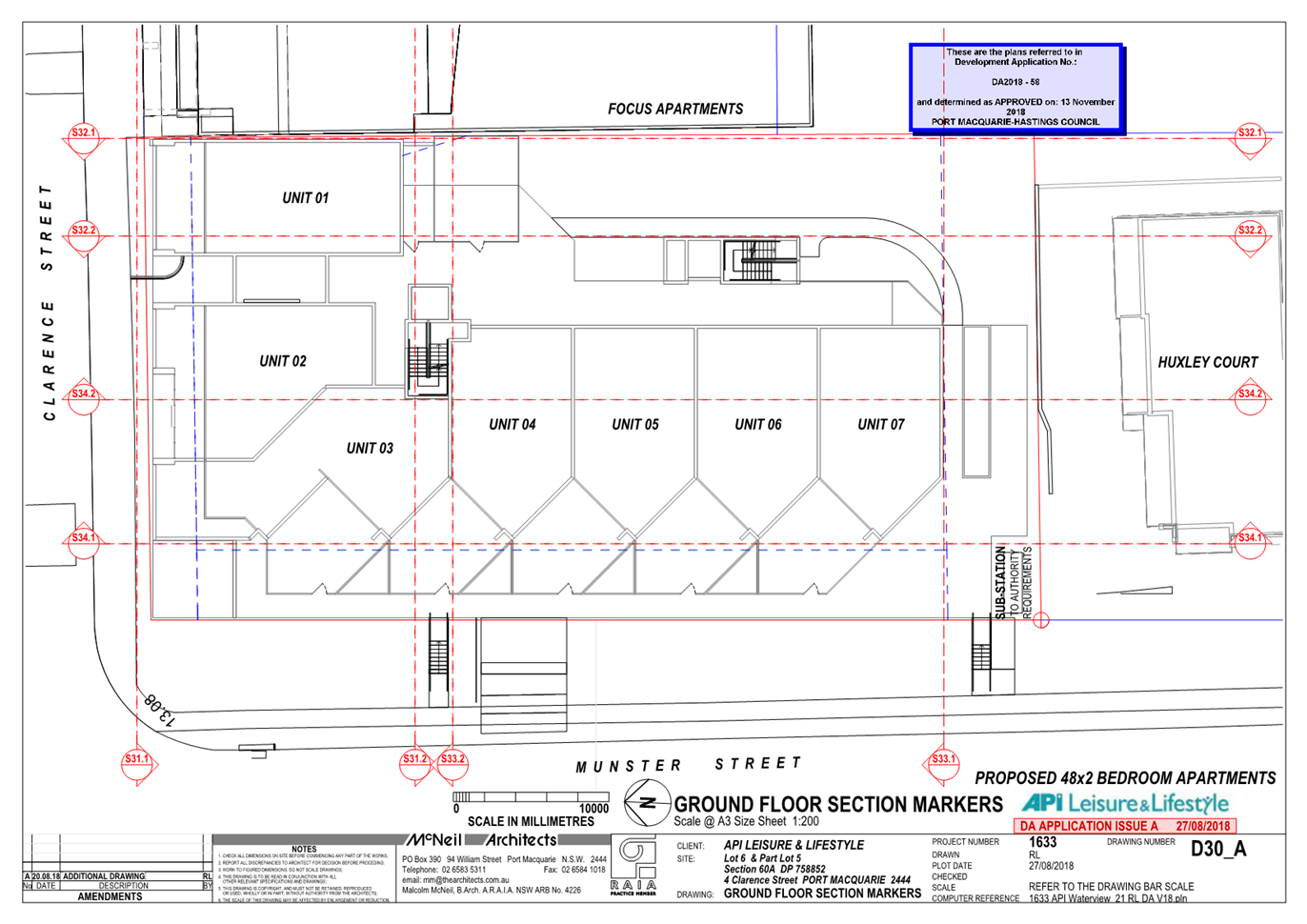

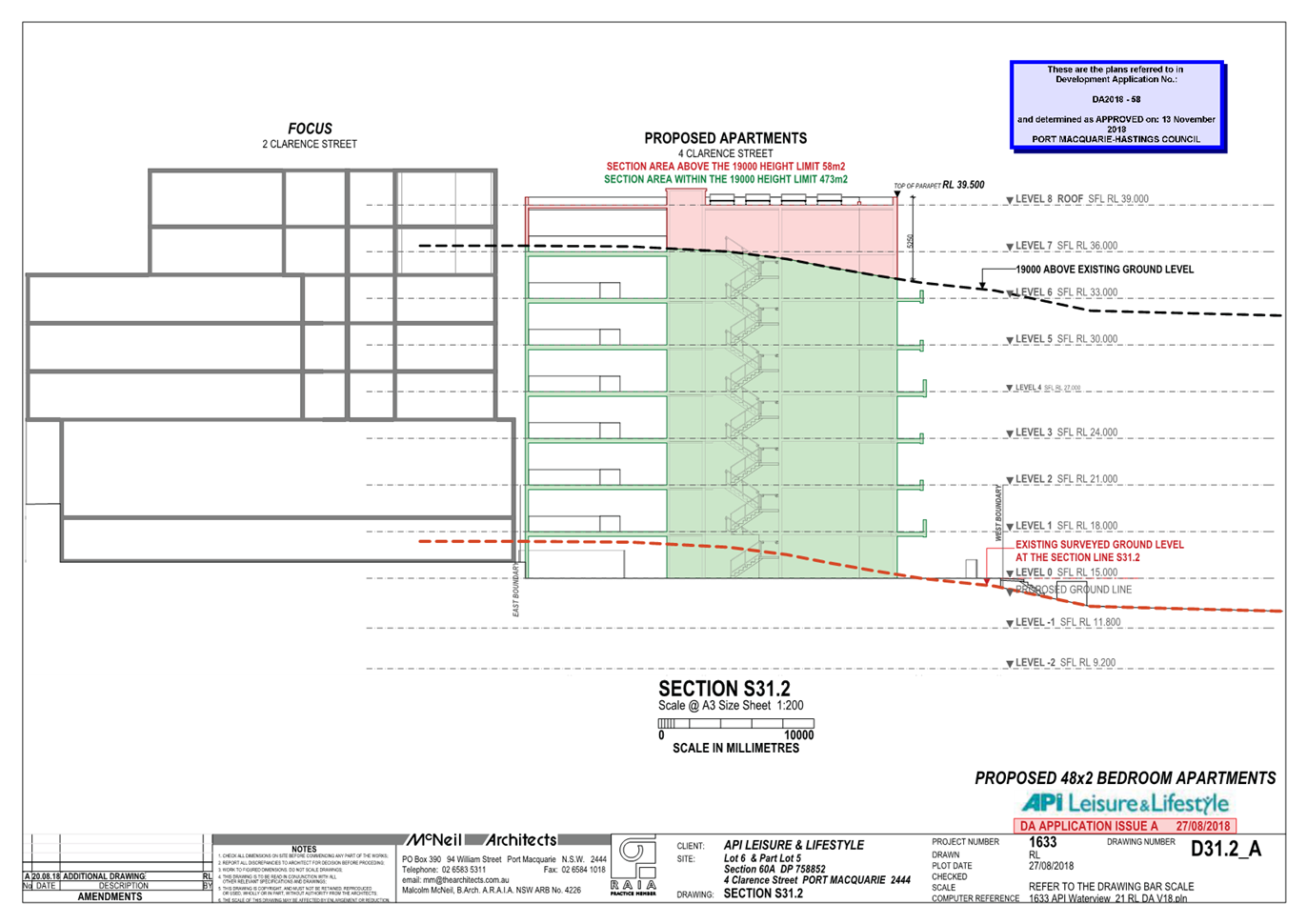
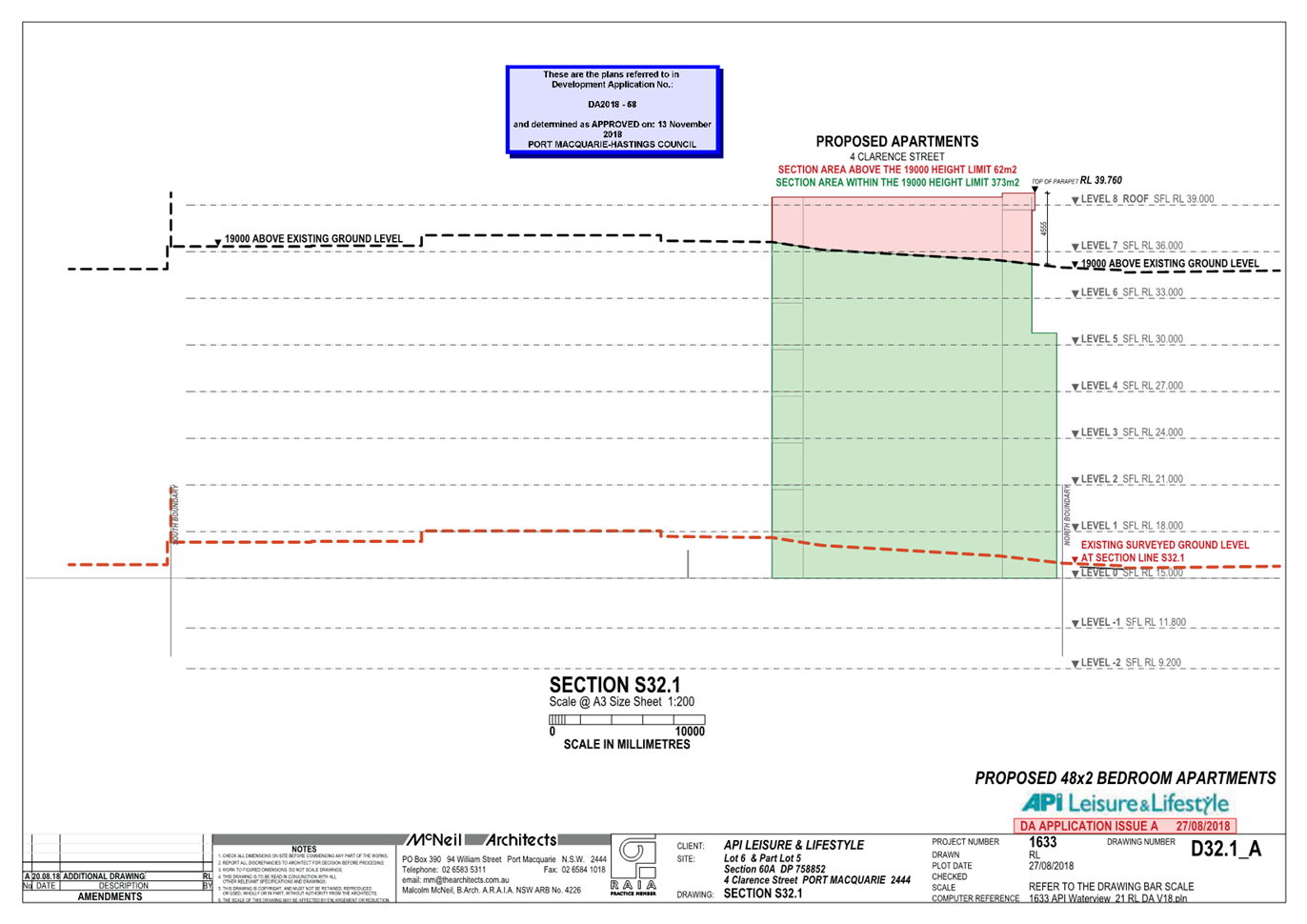
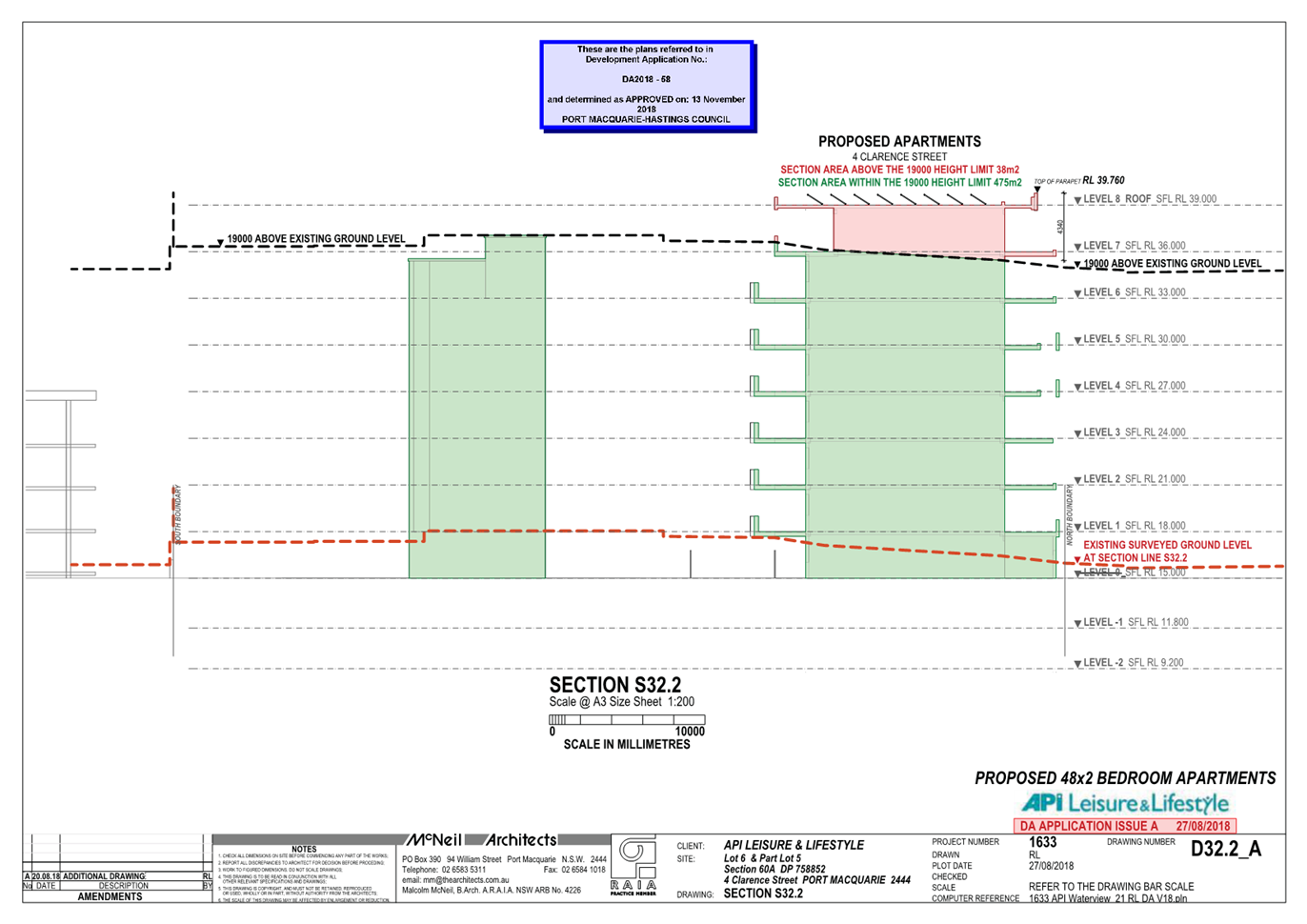
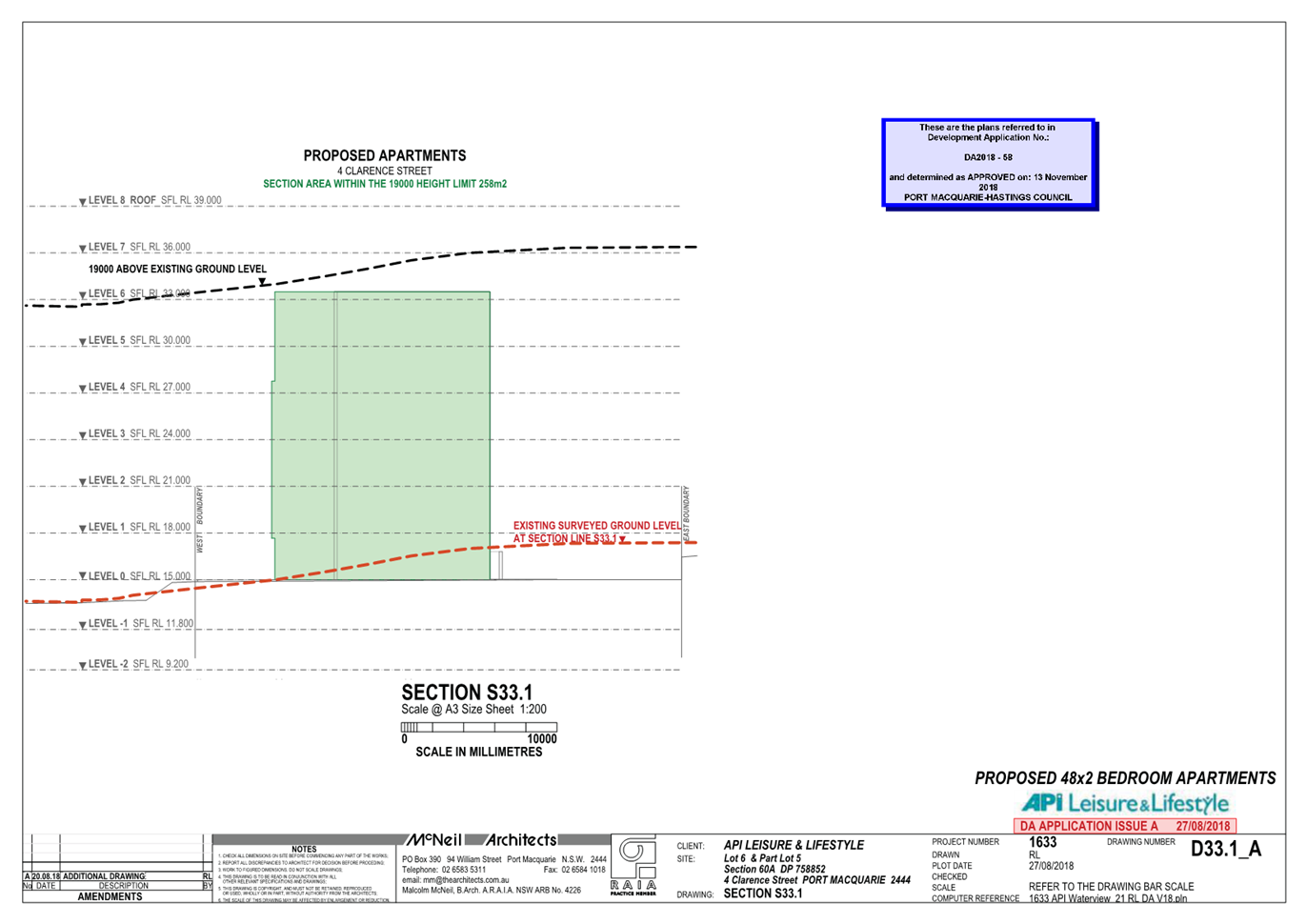
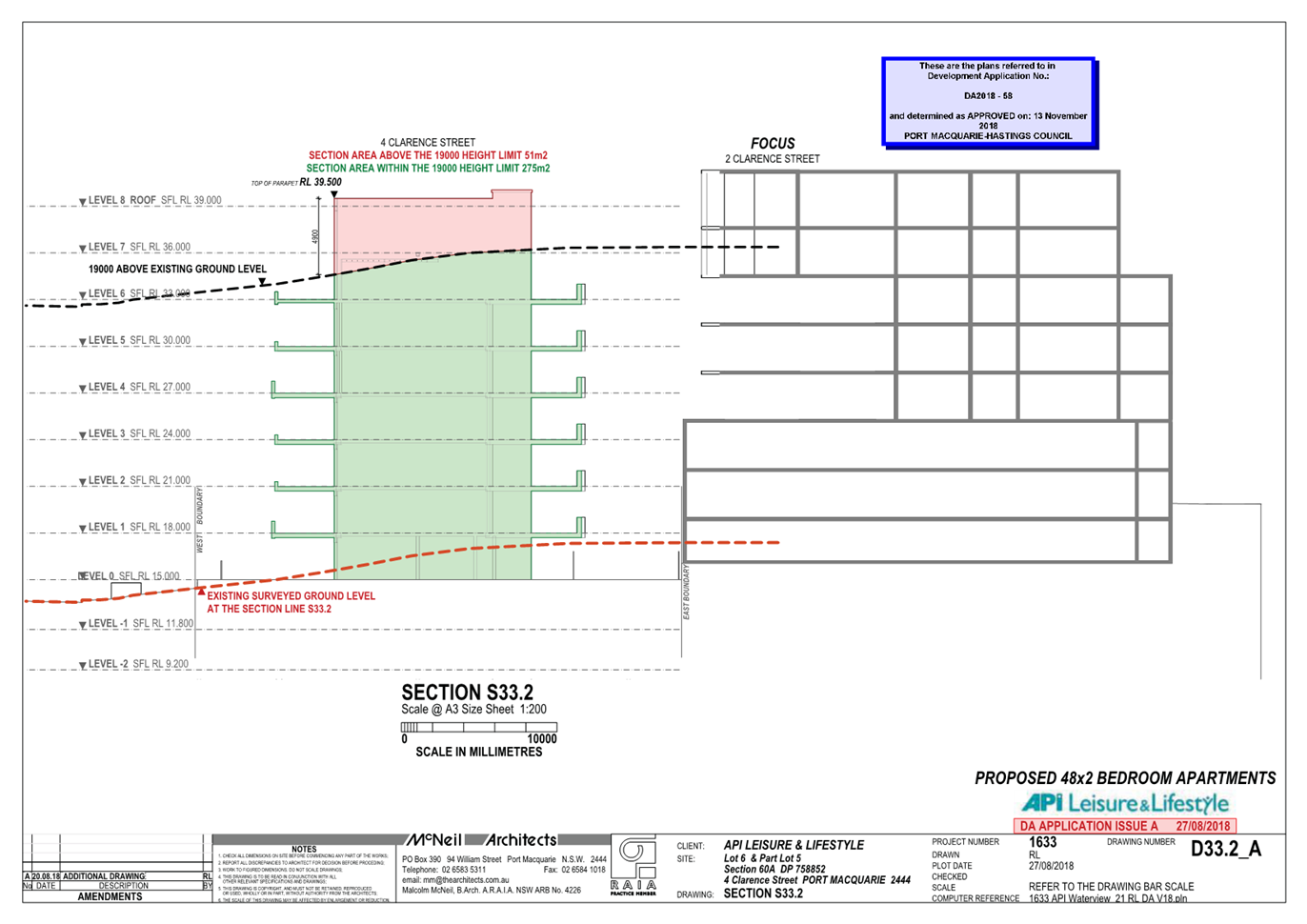
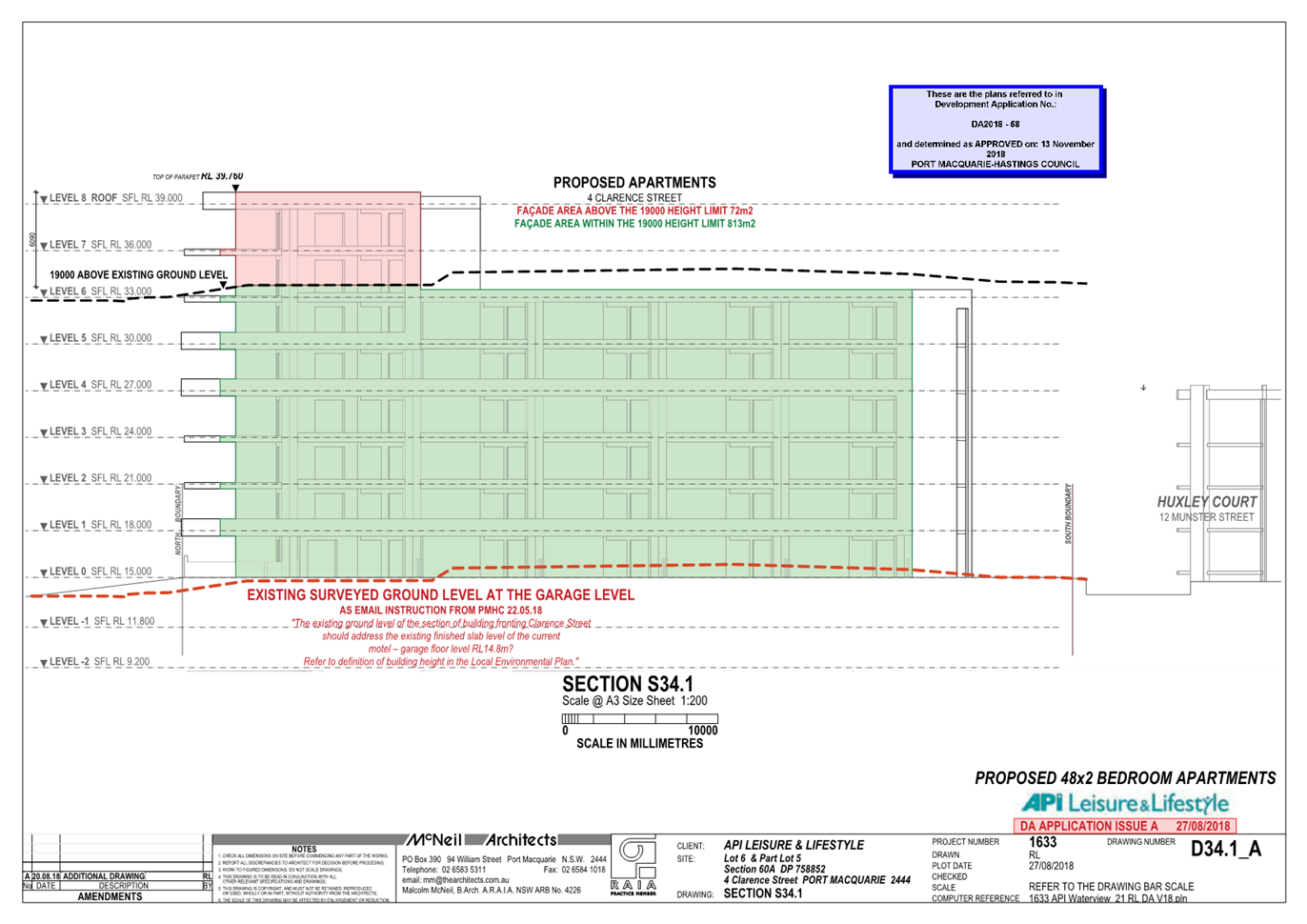
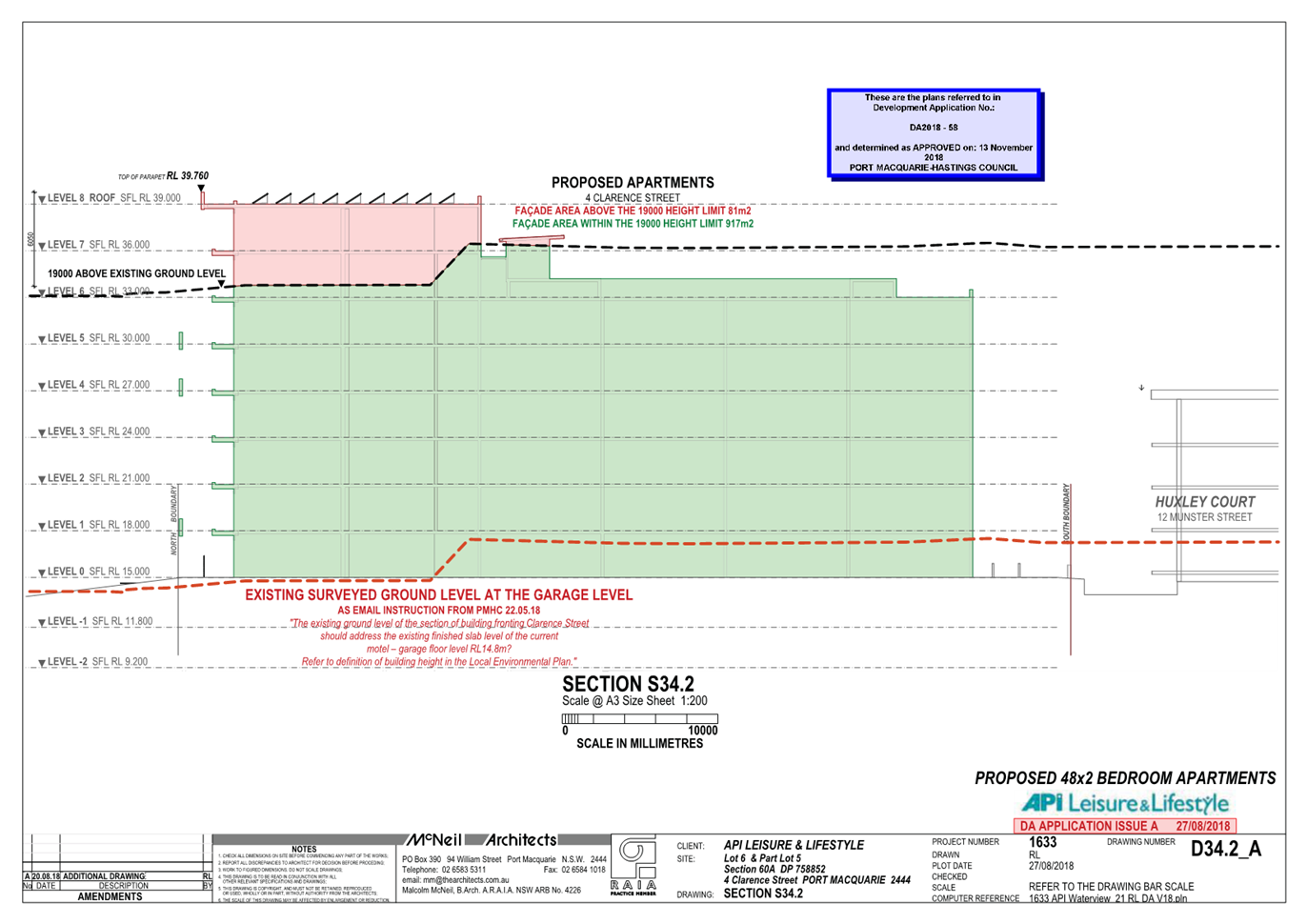
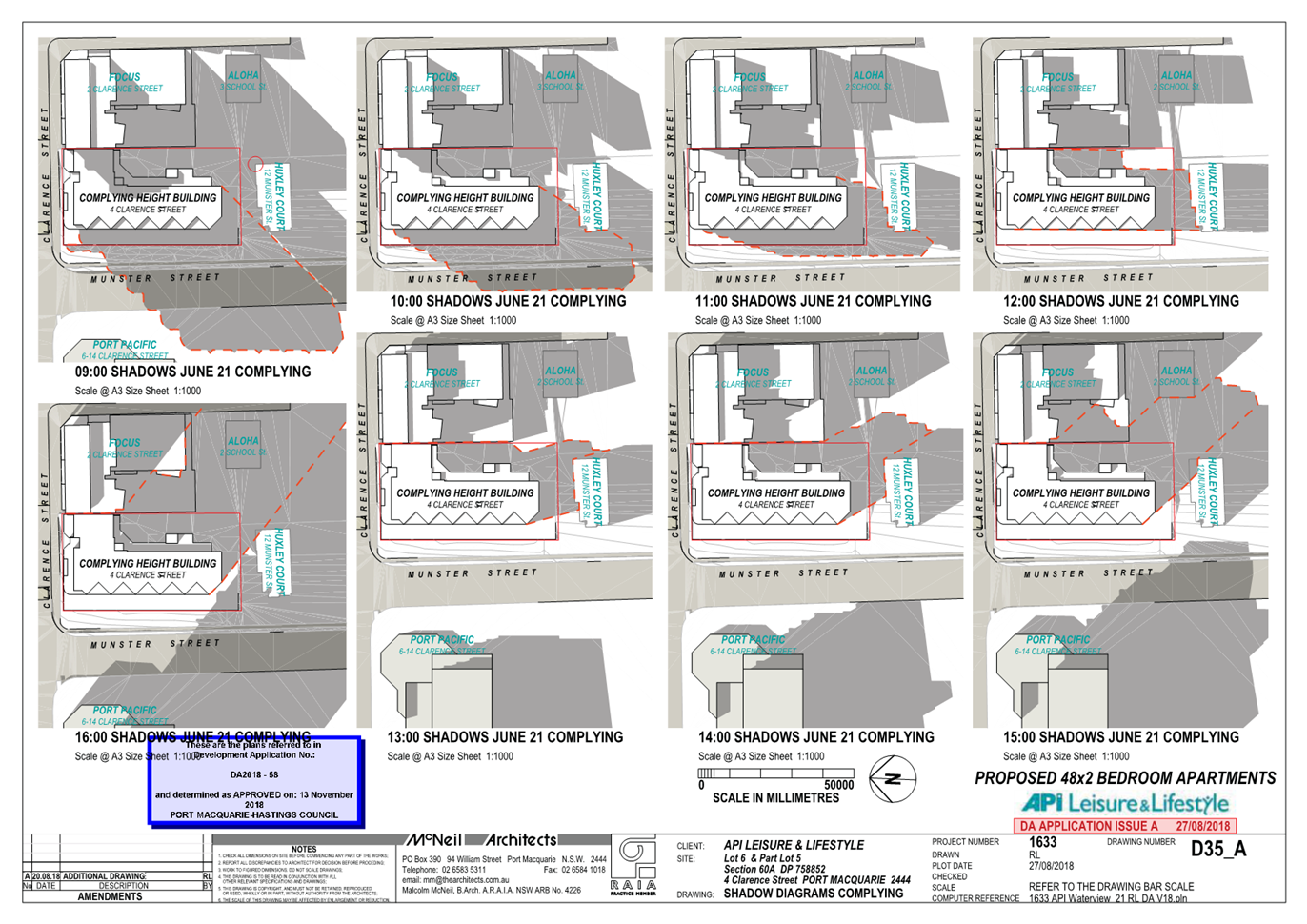
|
ATTACHMENT
|
Development Assessment Panel
11/12/2024
|
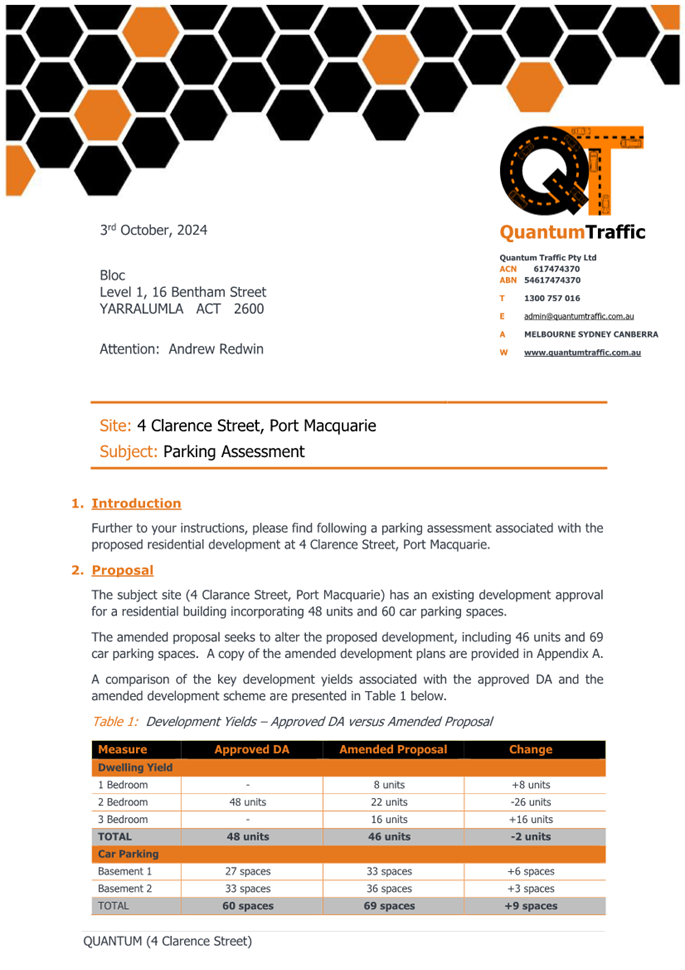
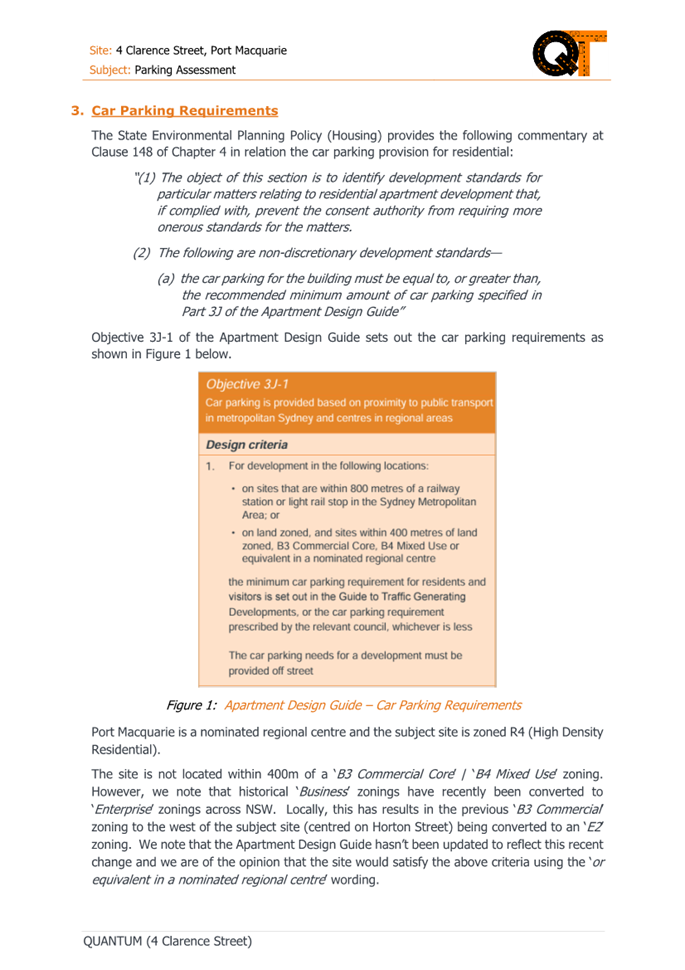



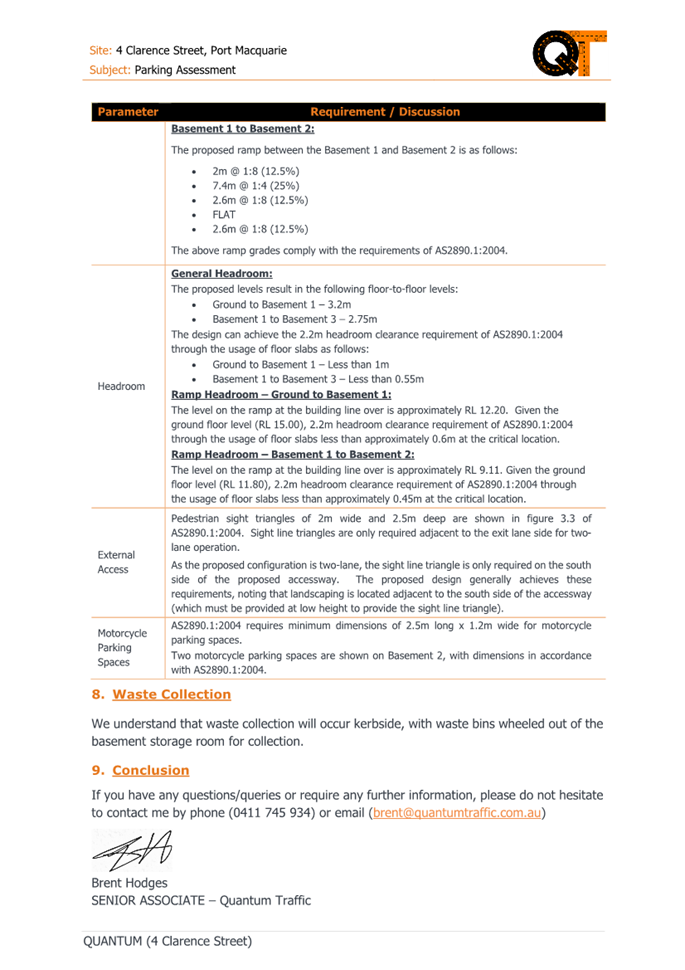


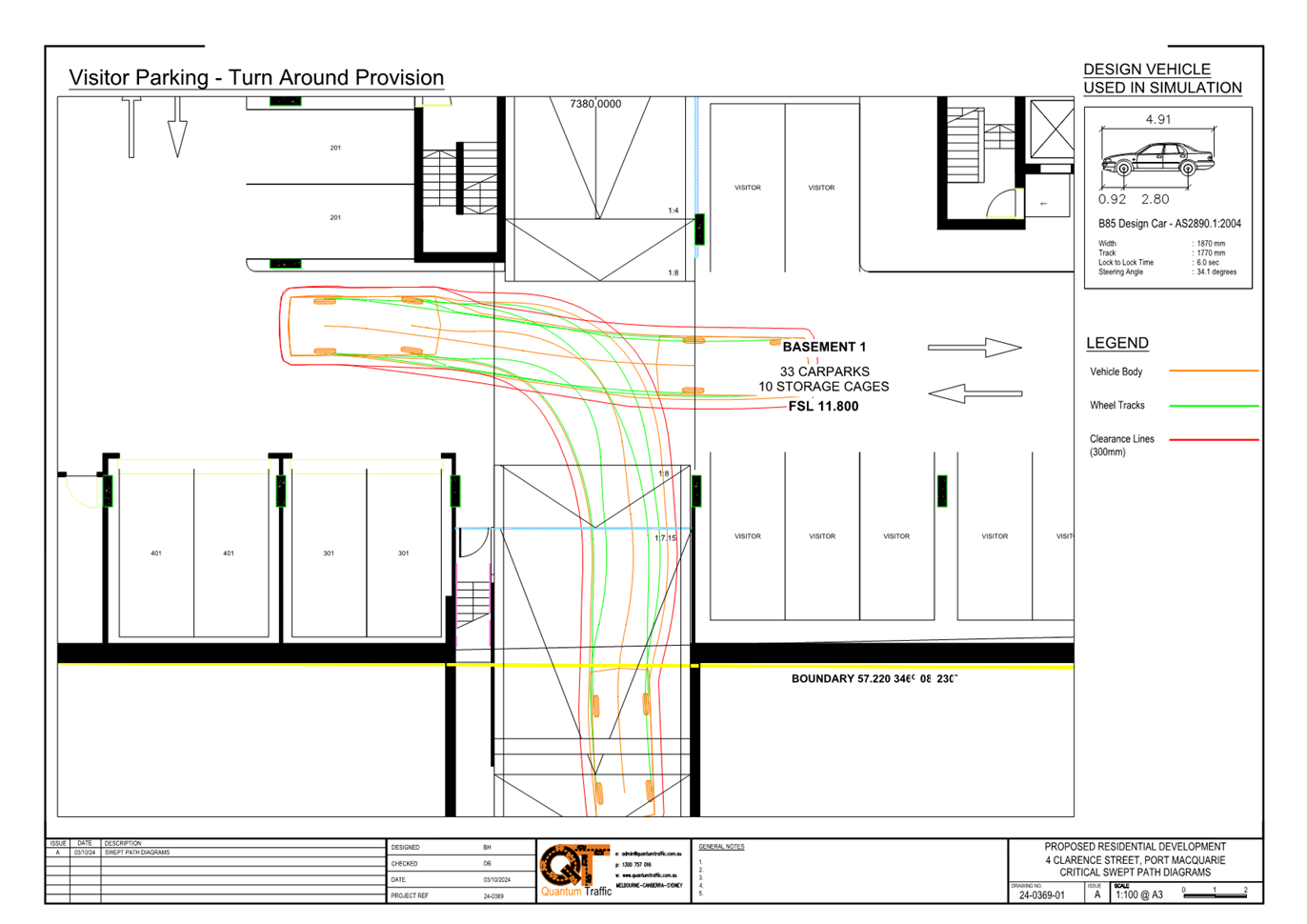
Development Assessment Panel
11/12/2024
Item: 06
Subject: DA2023 - 716.1 Residential Flat Building and
Strata Subdivision including Clause 4.6 Variation to Port Macquarie-Hastings
LEP 2011 Clause 4.3 (Height of Buildings) Lot:1 DP:230726, No.7 School Street,
Port Macquarie, including Works to Adjoining Building at No.9 School Street,
Port Macquarie
Report
Author: Development Assessment Planner, Vanessa Penfold
|
Applicant: W
E Ellis
Owner: CJ Alexopoulos and PA Alexopoulos,
NR Subbiah
Estimated Cost: $4.1m
Alignment with Delivery
Program
4.3.1 Undertake transparent
and efficient development assessment in accordance with relevant legislation.
|
|
|
RECOMMENDATION
That
Development Application 2023 - 716 for a Residential Flat Building and
Strata Subdivision including Clause 4.6 Variation to Clause 4.3 (Height of
Buildings) of Port Macquarie-Hastings Local Environmental Plan 2011 at Lot 1, DP 230726, No. 7 School Street, Port Macquarie, and works to the
adjoining building at Lot 2 DP230726, No.9 School Street, Port Macquarie, be
recommended to Council for consent subject to the recommended conditions.
Executive
Summary
This
report considers a development application for a residential flat
building and strata subdivision, and works to the existing adjoining building
at the subject sites and provides an assessment of
the application in accordance with the Environmental Planning and Assessment
Act 1979.
Following exhibition of the
application on 2 separate occasions, 3 submissions
were received.
The application has been amended through the assessment
process. In particular, the applicant has provided details for works
required in connection with the adjoining garage at 9 School Street, changes to
the front façade to improve sight distance, updated details for the
driveway access and stormwater drainage strategy and additional shadow
diagrams, privacy information and updated Clause 4.6 variation request.
The site is considered suitable for the proposed development
and the proposal adequately addresses relevant planning controls. The
development is not considered to be contrary to the public's interest and will
not result a significant adverse social, environmental or economic impact.
This report recommends that the
development application be approved subject to the attached conditions
(Attachment 1).
The reason for the application being referred to
Council’s Development Assessment Panel (DAP) for consideration and
recommendation to Council because three (3) objections to the proposal have
been received and the application includes a Clause 4.6 exception to a
development standard under the Port Macquarie-Hastings Local Environmental Plan
2011 with a variation greater than 10%.
A copy of the DAP Charter outlining the delegations and
functions of the DAP is available on Council’s website.
1. BACKGROUND
Existing
Sites Features and Surrounding Development
The site, known as 7 School
Street, has a frontage to School Street and an area of 510.69m2. The
site is occupied by a single dwelling and attached garage. The garage shares a
common wall with a garage at 9 School Street, to the south.
The
site is zoned R4 High Density Residential in
accordance with the Port Macquarie-Hastings Local Environmental Plan 2011, as
shown in the following zoning plan:
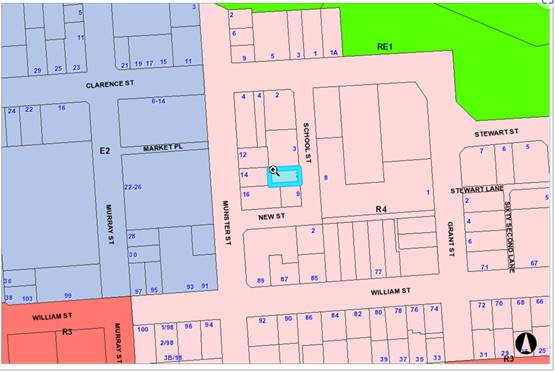
The
site has a maximum height of building of 14.5m in accordance with Clause 4.3 of
the Port Macquarie-Hastings Local Environmental Plan 2011, as shown in the
following zoning plan:
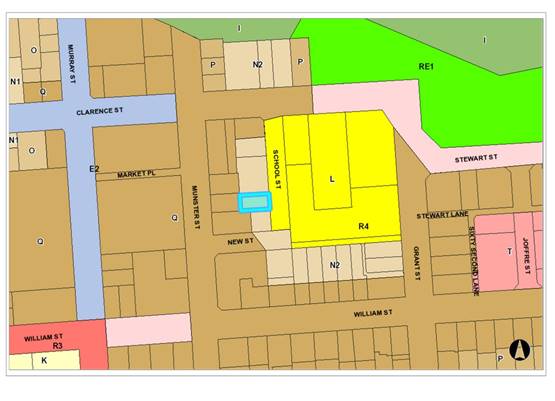
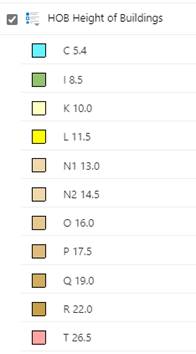
The
existing subdivision pattern and location of existing development within the
locality is shown in the following aerial photograph:
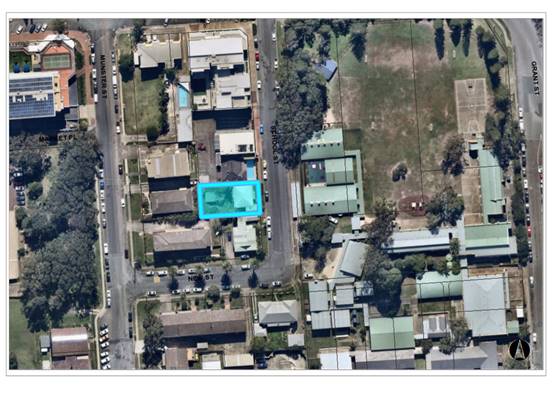
2. DESCRIPTION
OF DEVELOPMENT
Key
aspects of the proposal include the following:
· Demolition
of existing dwelling, ancillary structure and garage at No.7 School Street.
· Works
adjacent to the property boundary at 9 School Street to ‘make good’
a common dividing wall of the garage.
· Construction of a residential flat building comprising 5
levels including lower level car parking, ground floor level communal
facilities and swimming pool, and a 3 bedroom apartment with balcony and
terrace areas at levels 1, 2 and 3.
Refer
to plans of the proposed development at the end of this report (Attachment 2).
Plan
extracts below:
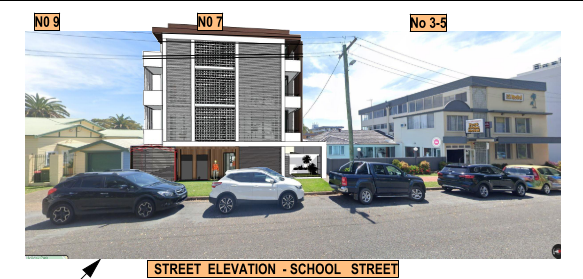
Plan
extract below: Drawing 1.12 Elevations East & West
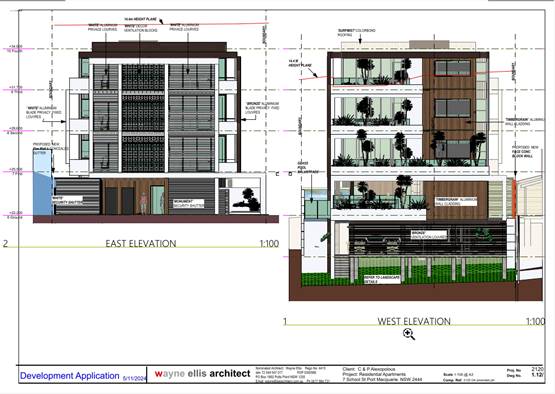
Application
Chronology
· 28 September 2023 - Application submitted to Planning
Portal
· 4
October 2023 - Application accepted or lodgement
· 20 October 2023 to 2 November 2023 - Neighbour
notification.
· 23 October 2023 - Referral comments received from Heritage
NSW
· 7 November 2023 - Referral comments received from Essential
Energy
· 16 November 2023 - Comments received form Council’s
Heritage Advisor
· 20 November 2023 - Additional information requested from
Applicant
· 7 December 2023 - Additional information and amended plans
submitted
· 17 January 2024 - Further additional information requested
from Applicant
· 9 September 2024 - Additional information and amended plans
submitted
· 13 September to 1 October 2024 - Application re-notified
· 4 November 24 October 2024 - Further additional information
requested from Applicant
· 5 November 2024 - Additional information and amended plans
submitted
· 13 November 2024 - Additional information and amended plans
submitted
· 23 November 2024 - Additional information submitted
3. STATUTORY
ASSESSMENT
Section
4.15(1) Matters for Consideration
In
determining the application, Council is required to take into consideration the
following matters as are relevant to the development that apply to the land to
which the development application relates:
(a) The provisions (where
applicable) of:
(i) Any Environmental Planning Instrument
State Environmental Planning Policy (Biodiversity and
Conservation) 2021
Chapter 4 Koala Habitat Protection 2021
Clause 4.4 - This SEPP applies to all non-rural zoned land
within the Port Macquarie-Hastings Local Government Area.
Clause 4.10 - Council is not prevented from
granting consent in this case for the following reasons:
1. The property is not subject to a KPOM, and
2. The site not considered to be core koala habitat.
State Environmental Planning Policy (Housing) 2021 -
Chapter 4 Design of residential apartment development
Clause 144 - This chapter applies to development for the
purpose of a residential flat building, shop top housing or mixed use
development with a residential accommodation component if:
(a) the
development consists of any of the following:
(i) the
erection of a new building,
(ii) the
substantial redevelopment or the substantial refurbishment of an existing
building,
(iii) the
conversion of an existing building, and
(b) the
building concerned is at least 3 or more storeys (not including levels below
ground level (existing) or levels that are less than 1.2 metres above ground
level (existing) that provide for car parking), and
(c) the
building concerned contains at least 4 or more dwellings.
Based on the above and the proposed
development comprising 3 dwellings, the SEPP does not apply in this case.
State Environmental Planning Policy (Resilience and
Hazards) 2021
Chapter 2 Coastal Management
Clause 2.5 - This SEPP prevails over the Port
Macquarie-Hastings LEP 2011 in the event of any inconsistency.
Having
regard to clause 2.8 (proximity to coastal wetlands or littoral rainforest) of
this SEPP, the proposed development is not located within a proximity area.
The site is located within a coastal environment area.
Having regard to clauses 2.10 of
the SEPP the proposed development is not considered likely to result in any of
the following:
a) any
adverse impact on integrity and resilience of the biophysical,
hydrological (surface and groundwater) and ecological environment;
b) any
adverse impacts coastal environmental values and natural coastal
processes;
c) any
adverse impact on marine vegetation, native vegetation and fauna
and their habitats, undeveloped headlands and rock platforms;
d) any
adverse impact on Aboriginal cultural heritage, practices and
places;
e) any
adverse impacts on the cultural and built environment heritage;
f) any
adverse impacts the use of the surf zone;
g) any adverse impact on the visual amenity and scenic qualities of the
coast, including coastal headlands;
h) overshadowing, wind funnelling and the loss of views from public places
to foreshores; and
i) any
adverse impacts on existing public open space and safe access to
and along the foreshore, beach, headland or rock platform for members of the
public, including persons with a disability.
The bulk, scale and size of the proposed development is
compatible with the surrounding coastal and built environment. The site is
currently occupied by a dwelling and located within the R4 zone.
Clause 2.12 - The proposal is not likely to cause increased
risk of coastal hazards on the land or other land.
Chapter 4 Remediation of Land
Clause 4.6 - Following an inspection of the site and a
search of Council records, the subject land is not identified as being
potentially contaminated and is suitable for the intended use.
State Environmental Planning Policy (Sustainable
Buildings) 2022
Clause 4.2 - In accordance with the savings and transitional
provisions, this policy does not apply to a development application
submitted on the NSW planning portal but not finally determined before 1
October 2023.
Accordingly, the provisions of the former State
Environmental Planning Policy (Building Sustainability Index: BASIX) 2004 will
continue to apply as discussed below.
State Environmental Planning Policy (Building
Sustainability Index: BASIX) 2004
A BASIX certificate has been submitted demonstrating that
the proposal will comply with the requirements of the SEPP. It is recommended
that a condition be imposed to ensure that the commitments are incorporated
into the development and certified at Occupation Certificate stage.
State Environmental Planning Policy (Transport and
Infrastructure) 2021
Clause 2.48 - The proposal has been referred to Essential
Energy in accordance with this clause. Essential Energy made the following
comments as to potential safety risks arising from the proposed development:
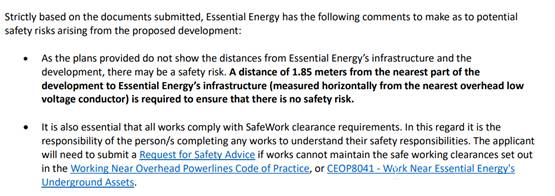
The applicant has provided plans showing the minimum 1.85m
setback is provided from the building to the nearest overhead power line. The
applicant has been provided a copy of the advice regarding Safework clearance
requirements.
Port Macquarie-Hastings Local Environmental
Plan 2011
The proposal is consistent with the LEP having regard to the
following:
· Clause
2.2 - The subject site is zoned R4 High Density Residential.
· Clause
2.3(1) and the R4 zone land use table - The residential flat building will
comprise 3 dwellings, communal facilities and car parking.
The objectives of the R4 zone are as
follows:
· To provide for the housing needs of the community within a
high density residential environment.
· To provide a variety of housing types within a high density
residential environment.
· To enable other land uses that provide facilities or
services to meet the day to day needs of residents.
· To provide for tourist and visitor accommodation in key
tourist precincts of urban areas of the Council area, while also encouraging
increased population levels.
· To encourage development that has regard to the desired
future character of streets and supports active and safe uses at pedestrian
level.
· Clause
2.3(2) - The proposal is consistent with the zone objectives as the development will contribute to the variety of
housing types and densities to meet the housing needs of the community.
· Clause
2.7- The demolition requires consent as it does not fit within the provisions
of SEPP (Exempt and Complying Development Codes) 2008.
· Clause
4.1 - The minimum lot size for subdivision
does not apply to the proposal as it proposes a strata subdivision.
· Clause
4.3 - The clause establishes the maximum “height of a building” (or
building height) that a building may be built to on any parcel of land. The
term “building height (or height of building)” is defined in the
LEP to mean “the vertical distance between ground level (existing) and
the highest point of the building, including plant and lift overruns, but
excluding communication devices, antennae, satellite dishes, masts, flagpoles,
chimneys, flues and the like”. The term “ground level
(existing)” is also defined in the LEP to mean “the existing
level of a site at any point”.
· The
building height limit for the site is identified on the Height of Buildings Map
as being 14.5m. The maximum overall height of the building above ground level
(existing) is 16.34m which exceeds the height limit of 14.5m applying to the
site by 1.84m, a 12.68% variation of the standard). Note: The calculated height
variation has been assessed as higher than the variation referred to in the
applicant’s request, being 11.26%. The matters raised in the written
justification remain relevant regardless of the minor discrepancy in the
calculation.
· The
height variation relates to a majority of the roof plane behind the street
frontage, the rear part of the level 3 dwelling and lift over-run. The height
of the building at the street frontage to School Street is 13.65m above ground
level (existing) and compliant with height controls at that part of the site as
shown below. Refer to the request for variation to development standard under
clause 4.6 below.
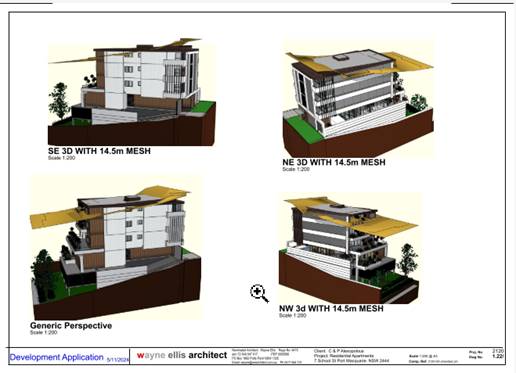
· Clause
4.4 - The floor space ratio of the proposal is 1.03:1 which complies with the
maximum 1.5:1 floor space ratio applying to the site.
· Clause
4.6 - This clause establishes a degree of flexibility for certain development
standards in certain circumstances which have demonstrated that a better
planning outcome will occur from that flexibility. Applications made and not
determined prior to 1 November 2023 are considered under the historic clause
provisions.
The proposal seeks a variation to the building height standard to the
extent noted under Clause 4.3 above. Refer to the Applicant’s written
request for an exception to the development standard at the end of this report
(Attachment 3).
Assistance on the approach to variation to this standard is also taken
from NSW Land and Environment Court and NSW Court of Appeal decisions in:
· Wehbe v Pittwater
Council (2007) NSW LEC 827 (Wehbe);
· Four2Five Pty Ltd v
Ashfield Council (2015) NSWLEC 1009; and
· Al Maha Pty Ltd v
Huajun Investments Pty Ltd (2018) NSWCA 245
The Applicant has submitted a request in writing to justify
the contravention of the building height standard for the following reasons (as
summarised):
1. The building height
reflects the scale of development which is contemplated for the locality
by development standards and provides a transition in built form from east to
west.
2. The building design
outcome is consistent with other development in the locality including the
‘Focus’ building to the north (corner of Clarence Street and School
Street).
3. The building height
complies with the development standard at the eastern elevation (School Street
frontage) and will present as a 4 storey building.
4. The height exceedance
occurs as a consequence of the topography of the site and the of lower level
parking, that will be largely obscured from view.
5. The design includes
modulation and articulation of the western façade of the building and
increased setback of the building at the western boundary, to reduce
perceptions of bulk.
6. The portion of the
building that exceeds 14.5m will have negligible visual, privacy and amenity
impacts as a result of the variation to the development standard, also noting
that the building to the south is occupied by a medical centre and occupation
expectations are different for commercial buildings
7. There is adequate
separation provided to the multi-storey residential development to the west.
Having regard to specific
requirements of Clause 4.6(3) and 4.6(4) the following assessment comments are
provided:
Clause
4.6(3) Development consent must not be granted to
development that contravenes a development standard unless the consent
authority is satisfied the applicant has demonstrated that:
(a) compliance
with the development standard is unreasonable or unnecessary in the
circumstances, and
(b) there are
sufficient environmental planning grounds to justify the contravention of the
development standard.
Comments:
Having regard to: Clause 4.6 (3) (a) whereby compliance with the
development standard is unreasonable or unnecessary in the circumstances of the
case:
The case of Wehbe v Pittwater Council established ‘five
methods’ to test whether a compliance with the standard is unreasonable
or unnecessary as follows:
1. The objectives of the development standard are achieved
notwithstanding the non-compliance with the numerical standard and therefore
compliance is unreasonable and unnecessary.
2. The underlying objective or purpose of the standard is
not relevant to the development and therefore compliance is unnecessary.
3. The underlying object or purpose would be defeated or
thwarted if compliance was required and therefore compliance is unreasonable.
4. The development standard has been virtually abandoned or
destroyed by the Council’s own actions in granting consents
departing from the standard and hence compliance with the standard is
unnecessary and unreasonable.
5. The zoning of particular land was unreasonable or
inappropriate so that a development standard appropriate for that zoning was
also unreasonable or unnecessary as it applied to that land and that compliance
with the standard in that case would also be unreasonable or unnecessary.
The
Applicant’s written request seeks to justify that it is unreasonable or
unnecessary to comply with the development standard on the basis that the
objectives of the standard are still satisfied despite the variation.
Having regard to Clause 4.6 (3)(b) that there are
sufficient environmental planning grounds to justify contravening the
development standard:
1. The proposed
development will meet the objectives of maximum building height as discussed
above and below.
2. The proposed variation
will not result in a development which is out of character with that envisioned
for the immediate locality.
Clause 4.6 (4) Development consent must not be
granted for development that contravenes a development standard unless:
(a) the consent authority is satisfied
that:
(i) the applicant’s written
request has adequately addressed the matters required to be demonstrated by
subclause (3), and
(b) the concurrence of Planning Secretary has been obtained.
Comments: It is considered that the Applicant’s clause 4.6 variation
request has adequately addressed the matters required to be demonstrated by
clause 4.6 (3).
(ii) the proposed development will be in
the public interest because it is consistent with the
objectives of the particular standard and the objectives for development within
the zone in which the development is proposed to be carried out, and
Comments: Consideration of the proposal’s consistency with the
objectives of height of buildings standard (Clause 4.3) is provided as follows:
Clause
4.3(1)(a) to ensure that buildings are compatible with the height, bulk and
scale of the existing and desired future character of the locality
The existing
character of the locality is well described in the Applicant’s request
that identifies a number of residential flat buildings in the vicinity of the
site with heights ranging between 3 and 5 storeys.
Immediately to the east is Port
Macquarie Primary School and to the south is a medical centre that occupies a
former dwelling. Development to the north includes a motel and residential flat
building.
The desired future character for
the area is defined by the adopted building height and FSR controls and the DCP
provisions for the precinct. In the immediate locality these controls envisage
high density residential development.
Height of buildings planning
controls for land adjoining the site to the west on Munster Street and to the
north on Clarence Street are 19.0m. It is also noted that a residential flat
building has been approved at No.4 Clarence Street, to the north-west of the
site, above the 19.0m standard height limit for that site.
The site has also been excavated
below natural ground level to allow for construction of the existing dwelling.
The proposal is considered to be
sufficiently compatible with the existing and desired character for the area.
The parts of the building exceeding the maximum building height are located
behind the building line.
Clause
4.3(1)(b) to minimise visual impact, disruption of views, loss of privacy and
loss of solar access to existing development
The visual impact of the height
variation will not be significant due to the nature and location and disruption
of views was not identified as a concern during notification.
Visual privacy is capable of being
maintained to existing dwellings through separation, screening and location of
windows.
Shadow diagrams submitted with the
application show that the proposal will not not adversely impact solar access
to the residential properties located immediately to the west (No.14 Munster
Street) and south-west (No.16 Munster Street).
The proposal will overshadow the
medical centre at No.9 School Street to the south of the proposed development
at mid-winter due to the orientation of the lots, however it is noted that the
building to the south is not used for residential purposes. The proposed
height variation would not contribute to a significant additional impact to
solar access to adjacent residential development.
Clause
4.3(1)(c) to minimise the adverse impact of development on heritage
conservation areas and heritage items,
The site is identified as a local
item of archaeological heritage, however a variation to height will not impact
the item.
Clause
4.3(1)(d) to nominate heights that will provide a transition in built form and
land use intensity within the area covered by this Plan.
Adjoining land shares the same R4
High Density Residential zoning and the development does not need to provide a
transition in built form. It is noted, however, that the rear of the building
will be less than the standard 19.0m height limit that applies to properties to
the west on Munster Street and will provide an adequate transition to the
higher buildings at that location, should redevelopment occur in the future.
The proposal is
therefore considered to be consistent with the objectives of the height of
buildings development standard and strict compliance with the development
standard is unnecessary.
Consideration of the proposal’s consistency with the
objectives of the R4 High Density Residential Zone is provided at LEP Clause
2.2(3) above. The proposal is considered consistent with the relevant
objectives of the R4 zone.
Comment: The proposal is considered consistent with the public interest as it
is consistent with the objectives for
the standard and the objectives for the R4 zone in which the development is
proposed to be carried out.
The variation
is considered acceptable in this case as follows:
· Compliance
with the development standard is considered unnecessary as the proposed design
remains consistent with intent of the standard and that envisaged for the area.
· There
are sufficient environmental planning grounds to justify contravening the
development standard.
· The
following additional matters are noted in addition to the applicant’s
justification to the height of buildings variation:
o The development is
consistent with the zone and height of buildings objectives of the LEP 2011 as
justified and is unlikely to have any implications on State related issues or
the broader public interest.
o The proposal
remains consistent with that envisaged for the locality particularly given the
transitional nature and planned density in the area. The adjoining land to the
west has a maximum height of 19.0m
Having regard to the above
requirements it is recommended that the building height variations using Clause
4.6 be supported.
· Clause
5.10 - The site is located with the broader area identified as Item A111 Archaeology
of early European settlement under LEP 2011. State Heritage Register
item Port Macquarie Government House site (SHR no.0157) is located to
the north and will not be impacted by the subject development.
The application was supported by
a baseline archaeological and referred to Heritage NSW for comment. The
assessment report concluded that the site has low archaeological potential for
relics that meet the threshold for local significance. No relics under
the Heritage Act 1977 are known for the study site and therefore no heritage
impacts are anticipated by the proposed development.
If unexpected or undocumented
relics are discovered at the site during redevelopment, works must stop in that
location and an archaeologist should assess the discovery. If considered a
relic, Heritage NSW must be notified under Section 146 of the Heritage Act 1977
and the project must develop a heritage impact mitigation strategy with the
archaeologist.
In summary, further investigation
is not required and Heritage NSW recommended that a suitable condition be
included to require notification of an unexpected discovery. A suitable
draft condition has been included.
· Clause
7.7 - Airspace operations - a standard condition is recommended to require a
controlled activity approval to be obtained for the operation of a crane.
· Clause
7.13 - Satisfactory arrangements are in place for provision of essential
services including water supply, electricity supply, sewer infrastructure,
stormwater drainage and suitable road access to service the development.
(ii) Any draft instruments that apply to the site or are
on exhibition
No draft instruments apply to the site.
(iii) Any Development Control Plan in force:
Port Macquarie-Hastings
Development Control Plan 2013:
|
DCP 2013: Part B - General
Provisions - B2: Environmental Management
|
|
|
DCP Objective
|
Development Provisions
|
Proposed
|
Complies
|
|
|
3
|
a) Development must comply
with Council’s Developments, Public Place & Events - Waste
Minimisation and Management Policy.
|
Satisfactory arrangements can be
put in place for storage and collection of waste.
Standard condition recommended
requiring private waste collection.
Standard condition recommended
for construction waste management.
|
Yes
|
|
|
Cut and Fill Regrading
|
|
|
4
|
a) Development shall not
exceed a maximum cut of 1.0m and fill of 1.0m measured vertically above the
ground level (existing) at a distance of 1.0m outside the perimeter of the
external walls of the building (This does not apply to buildings where such
cut and fill is fully retained within or by the external walls of the
building).
|
Excavation to accommodate
parking level, access driveway ramp and stormwater detention.
The
proposal does not include more than 1m of cut or fill outside the building
footprint.
|
Yes
|
|
|
5
|
a) A certified practicing
structural engineer must certify any retaining wall greater than 1.0m.
|
Suitable condition applied.
|
Yes
|
|
|
b) Where a combination of a
fence and a wall is proposed to be greater than 1.2m high:
- be a
maximum combined height of 1.8m above existing property boundary level;
- be
constructed up to the front boundary for a maximum length of 6.0m or 30% of
the street frontage, whichever is less;
− the
fence component has openings which make it not less than 25% transparent; and
− provide
a 3m x 3m splay for corner sites, and
- provide a
900mm x 900mm splay for vehicle driveway entrances.
|
NA
|
NA
|
|
|
6
|
a) Significant land reforming
proposals where >10% gross site area or >1.0ha is to have surface
levels changed by more than 5m or where earthworks exceed an average of
10,000m3 per ha.
|
Significant land reforming
not proposed.
|
NA
|
|
|
b) The use of high earthworks
batters should be avoided.
|
NA
|
NA
|
|
|
c) Preliminary plans
indicating the final landform are required to be submitted with any master
plan or subdivision application.
|
NA
|
NA
|
|
|
d) The subdivision should be
designed to fit the topography rather than altering the topography to fit the
subdivision.
|
NA
|
NA
|
|
|
Environmental Management
Areas and Buffers - are not proposed, Objective 7 to 9 do not apply.
|
|
|
Tree Management - Land to
which State Environmental Planning Policy SEPP (Vegetation in Non-Rural
Areas) 2017 Applies
|
|
|
10
|
a) Prescribed vegetation for
the purposes of the SEPP (Vegetation in Non-Rural Areas) 2017 is any tree
identified in Table 1 or is a mangrove or cycad and is:
- 3 metres or higher in
height, or
- has a trunk diameter of
100mm measured at 1.0metre above ground level; or
- a hollow bearing tree
|
Removal of prescribed
vegetation is not proposed.
|
NA
|
|
|
|
|
Tree Management –
Private & Public Land - Objectives 11-13 do not apply
|
|
|
DCP 2013: Part B- General
Provisions- B4: Transport, Traffic Management, Access and Car Parking
|
|
|
DCP Objective
|
Development Provisions
|
Proposed
|
Complies
|
|
|
23
|
a) New direct accesses from a
development to arterial and distributor roads is not permitted. Routes should
differ in alignment and design standard according to the volume and type of
traffic they are intended to carry, the desirable traffic speed, and other
factors.
|
NA
|
NA
|
|
|
b) Existing direct accesses
from a development to arterial and distributor roads are rationalised or
removed where practical.
|
NA
|
NA
|
|
|
c) Vehicle driveway crossings
are minimal in number and width (while being adequate for the nature of the
development), and positioned:
− to
avoid driveways near intersections and road bends, and
− to
minimise streetscapes dominated by driveways and garage doors, and
− to
maximise on-street parking.
|
One vehicle driveway crossing is
proposed to serve the development. It is located at the south-eastern corner
of the site in the location of the existing garage.
|
Yes
|
|
|
Parking Provision
|
|
|
24
|
a) Off-street Parking is
provided in accordance with Table 3.
1.5 spaces per each 3 or 4
bedroom unit + 1 visitor’s space per 4 units.
|
1.5 spaces x 3 dwellings
plus 1 visitor space - 5.5 spaces rounded to 6 required.
5 spaces are required for
the dwellings plus 1 visitor space.
6 spaces proposed. It is
noted that the visitor space can only be used by arrangement and general
public access is not available.
|
Yes
|
|
|
|
|
|
|
|
|
|
|
|
b) Where a proposed
development does not fall within any of the listed definitions, the provision
of on-site parking shall be supported by a parking demand study.
|
NA
|
NA
|
|
|
c) Where a proposed
development falls within more than one category Council will require the
total parking provision for each category.
|
NA
|
NA
|
|
|
25
|
a) A development proposal to
alter, enlarge, convert or redevelop an existing building, whether or not
demolition is involved, shall provide the total number of parking spaces
calculated from the schedule for the proposed use, subject to a credit for
any existing deficiency, including any contributions previously accepted in
lieu of parking provision.
|
Development does not
involve conversion or redevelopment of an existing building.
|
NA
|
|
|
26
|
a) On street parking, for the
purposes of car parking calculations will not be included unless it can be demonstrated
that:
− there
is adequate on street space to accommodate peak and acute parking demands of
the area;
− parking
can be provided without compromising road safety or garbage collection
accessibility;
− parking
can be provided without jeopardising road function; and
− that
streetscape improvement works, such as landscaped bays and street trees are
provided to contribute to the streetscape.
|
On street parking is not
counted in parking calculation, however it is noted only one crossover is
proposed and 2 current on street parking spaces will be maintained on School
Street.
|
N/A
|
|
|
b) On street parking is
provided in accordance with AS2890.5.
|
NA
|
NA
|
|
|
27
|
a) On street parking will not
be permitted unless it can be demonstrated that:
− parking
does not detract from the streetscape; and
− that
streetscape improvement works, such as landscaped bays and street trees are
provided.
-
|
NA
|
NA
|
|
|
Parking Layout
|
|
|
28
|
a) Visitor and customer
parking shall be located so that it is easily accessible from the street.
|
The
development includes sufficient parking in the basement for visitors, but in
practice use of the visitor space would be by arrangement only.
|
Yes
|
|
|
b) Internal signage (including
pavement markings) should assist customers and visitors to find parking and
circulate efficiently and safely through a car park.
|
Capable of complying for
residents and visitors by arrangement.
|
Yes
|
|
|
c) Parking spaces shall
generally be behind the building line but may be located between the building
line and the street when:
− it
is stacked parking in the driveway; or
− it
can be demonstrated that improvements to the open space provided will result;
and
− the
spaces are screened (densely landscaped or similar) from the street by a
landscaping with a minimum width of 3.0m for the entire length of the parking
area.
|
Parking located on the
parking level below the ground floor and behind the building line.
|
Yes
|
|
|
d) Parking design and layout
is provided in accordance with AS/NZS 2890.1 - Parking facilities -
Off-street car parking and AS 2890.6 - Off-street parking for individuals
with a disability and AS/NZS 2890.2 - Parking facilities - Off-street
commercial vehicle facilities.
|
Capable
of complying. Condition recommended requiring certification of design prior
to Construction Certificate.
|
Yes
|
|
|
e) Stack or tandem parking
spaces will not be included in assessment of parking provision
except where:
− the
spaces are surplus to that required;
− in
motor showrooms;
− for
home business;
− for
exhibition homes;
− in
car repair stations;
− staff
parking spaces are separately identified and delineated;
− it
is visitor parking associated with a dual occupancy multi dwelling and/or
terrace housing, directly in front of the garage with a minimum depth of
5.5m.
|
Stacked/ tandem parking is
not proposed.
|
NA
|
|
|
29
|
a) Parking is provided in
accordance with AS/NZS 2890.1 - Parking facilities - Off-street car parking,
AS/NZS 2890.2 - Parking facilities - Off-street commercial vehicle
facilities, AS 1428 - Design for access and mobility and AS 2890.6 -
Off-street parking for individuals with a disability.
|
Capable
of complying. Condition recommended requiring certification of design prior
to Construction Certificate release.
|
Yes
|
|
|
30
|
a) Bicycle and motorcycle
parking shall be considered for all developments.
|
Bicycle parking for
residents and visitors could be accommodated at the ground floor common
facilities level.
|
Yes
|
|
|
b) Bicycle parking areas shall
be designed generally in accordance with the principles of AS2890.3 - Parking
facilities - Bicycle parking facilities.
|
Capable of complying.
|
Yes
|
|
|
c) Motorcycle parking areas
shall be 1.2m (wide) x 2.5m (long).
|
Specific area is not
proposed, however visitor parking could accommodate motorcycles also.
|
Yes
|
|
|
|
|
DCP 2013: Part B - General Provisions - B5: Social Impact
Assessment and Crime Prevention
|
|
DCP Objective
|
Development Provisions
|
Proposed
|
Complies
|
|
Social Impact Assessment
|
|
42
|
a) A social impact assessment
shall be submitted in accordance with the Council’s Social Impact
Assessment Policy.
|
Not required for subject
development. Land zoned R4 and high density development acceptable.
|
NA
|
|
Crime Prevention
|
|
43
|
a) The development addresses
the generic principles of crime prevention:
− Casual
surveillance and sightlines;
− Land use
mix and activity generators;
− Definition
of use and ownership;
− Basic
exterior building design;
− Lighting;
− Way-finding;
and
− Predictable
routes and entrapment locations;
− as
described in the Crime Prevention Through Environmental Design (CPTED)
principles.
|
CCTV and lighting can be used for further security if
required by the occupants/strata management.
|
Yes
|
|
DCP 2013: PART C -
Development Specific Provisions - C2: Residential Flat Development, Tourist
and Visitor Accommodation, and Mixed Use Development
|
|
DCP Objective
|
Development Provisions
|
Proposed
|
Complies
|
|
Site Design and Analysis
|
|
57
|
a) A site analysis plan is required for all development
and should illustrate:
- microclimate including
the movement of the sun and prevailing winds
- lot dimensions
- north point
- existing contours and
levels to AHD
- flood affected areas
- overland flow patterns,
drainage and services
- any contaminated soils
or filled areas, or areas of unstable land
- easements and/or
connections for drainage and utility services
- any existing trees and
other significant vegetation, including major and significant trees on
adjacent properties, particularly those within 9 m of the site
- the location, height
and use of buildings surrounding the site, and those across any road adjacent
to the site, including their setback distances
- heritage and
archaeological features
- the built form, scale
and character of surrounding and nearby development, including fencing,
boundaries and landscaping
- pedestrian and vehicle
access
- views and solar access
to surrounding residents
- private open space and
windows of habitable rooms of nearby properties which have an outlook to the
site
- difference in levels
between the site and adjacent properties at their boundaries
- street frontage
features including poles, trees, kerb crossovers, bus stops and other
services
- heritage features and
buildings of the surrounding locality and landscape
- direction and distance
to local facilities including local shops, schools, public transport and
recreation and community facilities
- characteristics of, and
distance to any nearby public open space
- any nearby bushland or
environmentally sensitive land
- any significant local
noise, odour or pollution sources
- any other notable
features or characteristics of the site
|
Adequate site analysis provided.
|
Yes
|
|
Site Layout
|
|
58
|
a) All applications are to include a site plan, which
annotates the manner in which site attributes and constraints have been
considered, as follows:
- appropriateness of
built form and landscape in relation to the site context, topography and
urban character
- building arrangement
and relationship to streets and open space
- access ways within and
beyond the site
- location, function and
opportunities for casual surveillance of open space
- ongoing site management
considerations (i.e. garbage, mail collection, stormwater etc)
- location of existing
and proposed stormwater and sewer pipes
- private open space and
security
- parking arrangements
and reduced dominance of driveways
- heritage and
conservation opportunities and constraints (where relevant)
- energy efficiency in
building design and siting
- solar access to subject
development and adjoining residences
|
Site plan provided.
|
Yes
|
|
Streetscape and Front Setback
|
|
59
|
a) In an established street, the primary setback should be
within 20% of the average setback of the adjoining buildings in a R1 General
Residential zone.
|
Not located in R1 General zone
|
NA
|
|
b) A minimum setback of 3.0m is required from all street
frontages in a R3 Medium Density Residential and R4 High-Density Residential
zone.
|
The setback from the boundary to the nearest part of the
building (piers) is less than 0.5m at the ground floor level.
The proposed driveway gate is setback approx, 1.5m which
is greater than the existing garage opening at approx. 1.0m from the
boundary.
Part of front wall of the building at street level is
located 3.5m from the street boundary and provides for an open forecourt area
and weather protection at the entrance to the building.
The setback to
front wall of the dwellings at level 1, 2 and 3 is 1.64m.
Variation to the front setback is acceptable based on
other development in the vicinity that is also located either on or near the
front boundary to School Street including the motel building to the north at
3-5 School Street and the ‘Focus’ apartment building at the
corner of Clarence and School Streets.
The proposed setback is considered complementary to
existing development.
|
No*
Refer to comment beside
Considered acceptable.
|
|
c) Where tourist accommodation is proposed a maximum
setback of 9 metres is permitted to allow for a swimming pool within the
front setback.
|
Not tourist accommodation
|
N/A
|
|
60
|
a) Balconies and other building extrusions may encroach up
to 600mm into the required front setback.
|
Balconies encroach into front setback and are aligned
generally with the front boundary of the site.
A minimum setback of 2.4m is not achieved from the front
boundary to balconies/ terraces at level 1, 2, and 3.
The front wall of the building at the dwelling level is
located 1.64m from the boundary.
Council’s Heritage Advisor considered the character
of the proposed development within the setting and provided the following
comments:
‘The character of the proposed building is
consistent with that already present within the vicinity of the site in terms
of height, mass, scale, materiality and built form. The proposal’s
urban design impact is low, given the current set backs, the position in
School Street in the vicinity of similar height, and larger scaled and bulk
buildings. The light colours proposed for the street edge and the light
weight screening to the upper floor terraces to the east and north provide a
perception of a lightweight veiled structure, whereas the solidity is
provided in the south elevation. The west elevation is strongly horizontal in
orientation and provides the opportunity for extensive planting and
western screening. The proposal is considered a good fit on the site’.
The variation to the setback to balconies is considered
acceptable.
|
No*
Refer to comments beside.
Considered acceptable.
|
|
b) Buildings should generally be aligned to the street
boundary.
|
Building is aligned to street boundary.
|
Yes
|
|
c) Primary openings on all developments are aligned to the
street boundary or to the rear of the site.
|
Primary opening aligned to street.
|
Yes
|
|
Side and Rear Setbacks
|
|
61
|
a) The following setbacks apply to all sites, except where
the side boundary is a secondary street frontage:
- Buildings should be set
back a minimum of 1.5m from side boundaries, for a maximum of 75% of the
building depth.
- Windows in side walls
should be set back 3m from side boundaries.
- Where the site is
adjacent to an existing strata-titled building, buildings should be set back
a minimum of 3m from side boundaries.
|
Not achieved. Building located on boundary on southern
side at parking level.
Considered acceptable because the variation occurs at the
parking level only.
Windows in side boundary walls setback a minimum
3.0m from side boundaries excepting bedroom windows that are set at 90
degrees to the southern boundary to preserve privacy to adjoining property.
Part of site at south western corner of the property
shares a boundary with an existing strata residential flat
building A setback of 894mm in provided to the parking level and side
setback of 2.11m is provided at the level 1 dwelling.
The variation is considered acceptable because the
adjacent strata building at 16 Munster Street is located more than 6.0m to
the shared boundary and there is adequate separation to avoid privacy
impacts.
|
No*
Refer to comments beside.
Yes/No*
Refer to comments beside.
No*
Refer to comment beside.
|
|
b) Side walls adjacent to existing strata-titled buildings
should be articulated and modulated to respond to the existing buildings.
|
Adequate articulation is provided to the southern (side)
wall of the proposed building.
|
Yes
|
|
c) A minimum rear setback of 6.0m from the building and
sub basements is required.
|
Minimum setback of 5.35m provided to rear boundary from
parking level.
- Ground level communal facilities terrace located at 6.0m
from planter box (outer side) to boundary.
- Level 1 terrace located 7.24 from planter box to
boundary.
- Level 2 & 3 terrace - located 9.54m from planter box
to boundary
The encroachment of 0.65m into the rear setback at the
lower parking level is considered acceptable on merit and would not result in
any significant amenity or privacy impacts. There is adequate deep soil zone
provided in the rear setback. It is noted that the Apartment Design Guide
provides for less than 6.0m deep soil zone.
|
No*
Refer to comments beside.
|
|
62
|
a) A party wall development may be required if site
amalgamation is not possible and higher density development is envisaged by
these controls.
|
The existing party wall between the garages at the subject
site and property to the south.
A shared party wall is not proposed for the new
development.
|
Yes
|
|
63
|
a) Party wall development can occur only with the
agreement and consent of the adjoining property owner. Exposed party
walls should be finished in a quality comparable to front facade finishes
|
The exposed wall to existing garage to the south will be
‘made good’. New development will allow for the wall
to be offset from boundary to allow for cross easement for garage wall.
Adjoining landowner’s consent has been provided.
|
Yes
|
|
64
|
a) Corner sites should be consolidated with adjacent
sites, so that the building turns the corner.
|
Subject site is not a corner lot. The adjoining lot
is not proposed to be consolidated.
|
NA
|
|
b) If this is not possible, a minimum setback of 6.0m
should extend to the secondary street.
|
Not a corner allotment.
|
NA
|
|
65
|
a) Where sites adjacent to open space are to be developed,
the edge of the open space should be defined with a public road and buildings
should address the open space.
|
Not adjacent to open space.
|
N/A
|
|
Deep Soil Zone (only applicable to non-SEPP 65
buildings)
|
|
66
|
a) Deep soils zones are to meet the minimum requirements
set out below.
|
No minimum dimension for lots under 650m2 -
7% of site minimum to be deep soil zone.
|
Yes
|
|
b) Deep soil zones are to be contiguous across sites and
within blocks.
|
Opportunity for contiguous deep soil zones on adjoining
sites if redevelopment takes place.
|
Yes
|
|
67
|
a) Deep soil zones should accommodate existing advanced
trees, and allow for advanced tree planting.
|
Existing exotic garden trees to be removed. Landscape plan
identifies areas for larger trees.
|
Yes
|
|
68
|
a) Deep soil zones should be integrated into the
stormwater management measures for the development and the site.
|
Opportunity for stormwater infiltration
|
Yes
|
|
Energy Conservation and Solar Access
|
|
69
|
a) Where practical, sunlight to the principal area of
ground-level private open space of adjacent properties should not be reduced
to less than 3 hours between 9.00am and 3.00pm on June 22. Where existing
overshadowing by buildings and fences is greater than this, sunlight should
not be reduced by more than 20%.
|
The development will result in shadowing of the property
to the south at No.9 School Street that is used as a medical centre. Private
open space is generally associated with residential development and in this
case there is no residential use immediately to the south at No.9.
It would not be practical to maintain 3 hours of sunlight
at mid-winter at ground level of No.9 School Street, even with a significant
reduction in the height of building at No.7 due to the orientation of the
lots.
|
Yes/No* Refer to comments beside.
|
|
b) Where practical, buildings should not reduce the
sunlight available to the windows of living areas that face north in
existing adjacent dwellings to less than the above specification.
|
Living areas are generally associated with residential
development and in this case the north facing windows of the adjacent
building at No.9 School Street serve a medical centre and do not form part of
a dwelling.
|
NA
|
|
70
|
a) Apartments are to provide an internal clothes drying
space to discourage the use of mechanical clothes drying.
|
Opportunity available for internal and external clothes
drying areas.
|
Yes
|
|
Landscaping
|
|
71
|
a) Plans for the design and planting of open space areas
should be submitted with the development application and include:
|
Landscape plan submitted.
|
Yes
|
|
b) Existing vegetation and proposed general planting and
landscape treatment (including species).
|
Existing vegetation comprising garden trees and shrubs to
be removed.
|
Yes
|
|
c) Design details of hard landscaping elements and major
earth cuts, fills and any mounding.
|
Details for planter boxes provided.
|
Yes
|
|
d) Location and design of any communal recreational
facilities, including methods of protecting the privacy of nearby dwellings,
where applicable.
|
Communal recreation facilities located on ground floor
with swimming pool, garbage storage and masonry wall separating
adjacent dwelling to north.
|
Yes
|
|
e) Street trees in accordance with Council's Indigenous
Street and Open Space Planting List.
|
Street trees are not proposed.
|
NA
|
|
72
|
a) Existing vegetation is to be retained and habitat and
ecology enhanced where practical.
|
Existing garden vegetation to be removed. Rear landscaped
area will enhance biology of the area.
|
Yes
|
|
73
|
a) Street trees are to be provided along the full
frontage/s of the site, generally at a rate of 1 per 20m interval, in
accordance with Council's Indigenous Street and Open Space Planting List.
|
Street trees are not required.
|
NA
|
|
Private Open Space
|
|
74
|
a) All dwellings at ground floor level are encouraged to
have a total minimum area of 15m2 in one area with minimum dimension of 3m:
- have a maximum grade of
5%; and
- be directly accessible
from a ground floor living area.
|
NA - no dwellings at ground floor level.
|
NA
|
|
b) Private open space may include clothes drying and
garbage storage areas.
|
Noted
|
Yes
|
|
75
|
a) Dwellings located on or above the first floor are to
have balconies with a minimum clear, unobstructed area and width according to
apartment type as follows:
- Studio - 4m2
- 1 bedroom - 8m2,
minimum 2m wide
- 2 bedroom - 10m2,
minimum 2m wide
- 3 bedroom - 12m2,
minimum 2.4m wide
|
Minimum balcony area/dimension is achieved for each
dwelling.
|
Yes
|
|
76
|
a) Communal open space and private open spaces are
separated by landscaping, fencing or some other means that indicates the
change between public and private realm.
|
Achieved. The ground floor level provides communal open
space including pool area.
|
Yes
|
|
Fences and Walls
|
|
77
|
a) Solid front fences built on or near boundaries should
be:
- setback 1.0m from the
front boundary;
- suitably landscaped to
reduce visual impact, and.
- provide a 3m x 3m splay
for corner sites.
|
Front fence is not proposed.
|
Yes
|
|
b) Front fences proposed to
be more than 1.2m high should:
- be a
maximum of 1.8m in height, above existing front property boundary level and
either:
o include
landscaped recesses having minimum dimensions of 1.8m long x 900mm deep which
occupy no less than 50% of the total length of the fence, or
o be erected up
to the front boundary for maximum lengths of 6.0m or 50% of the street
frontage, whichever is less; and
o have openings which make it
not less than 25% transparent;
o provide a 3m x 3m splay for
corner sites, and
o provide a 900mm x 900mm
splay for vehicle driveway entrances.
|
Front fences are not proposed.
|
NA
|
|
78
|
a) Fences constructed of chain wire, solid timber or
masonry and solid steel are not permitted along the primary road frontage
even if it is consistent with the existing streetscape.
|
NA
|
NA
|
|
b) For tennis courts or other similar areas, chain wire
fences should be black or dark green plastic coated mesh.
|
Tennis court is not proposed.
|
NA
|
|
c) Solid fences enclosing these facilities should not be
permitted over 1.8m.
|
Tennis court is not proposed.
|
NA
|
|
Acoustic Privacy
|
|
79
|
a) Buildings are designed so that:
- busy noisy areas within
the apartment face the street; and
- quiet areas face the
rear or side of the lot
- bedrooms have line of
sight separation of minimum 3m from parking areas, streets and shared
driveways.
|
Suitable balance with access to acoustic privacy achieved.
|
Yes
|
|
b) Openings of adjacent dwellings should be separated by a
distance of at least 6m.
|
Openings of adjacent dwellings are adequately
separated to the south.
Less than 6m separation provided to the dwelling to the
north however, the openings are separated by boundary wall to the swimming
pool and do not correspond with opening to the dwelling at Level 1 above and
the variation is considered acceptable in this case.
|
Yes/No* Refer to comment beside.
|
|
80
|
a) Uses are to be coupled internally and between
apartments i.e. noisy internal and noisy external spaces should be placed
together.
|
Communal areas are combined on ground floor.
Apartment layouts provide for separation of noisy and
quiet uses.
|
Yes
|
|
Visual Privacy
|
|
81
|
a) Direct views between living area windows of adjacent
dwellings should be screened where:
- ground and first floor
windows are within a 9m radius from any part of the window of the adjacent
dwelling;
- other floor windows are
within a 12m radius;
- direct views from
living rooms of dwellings into the principal area of private open space of
other dwellings should be screened or obscured where they are within a 12m
radius.
|
Direct views between living areas are not available.
|
Yes
|
|
b) Direct views described above may be reduced or obscured
by one of the following measures (details to be submitted with the
development application):
- 1.8m high fence or wall
between ground-floor level windows or between a dwelling and open space;
- Screening that has 25%
openings (max), is permanently fixed and is made of durable materials.
|
NA
|
NA
|
|
c) A window in a dwelling(s) should have a privacy screen
if:
- It is a window in a
habitable room, other than a bedroom, that has a floor level of more than 1m
above ground level (existing), and
- The wall in which the
window is located has a setback of less than 3 metres from a side or rear
boundary, and
- The window has a sill
height of less than 1.5m.
|
Study windows 3.0m to boundary.
Northern windows 3.0m to boundary.
|
Yes
|
|
d) A balcony, deck, patio, pergola, terrace or veranda
should have a privacy screen if it:
- Has a setback of less
than 3m from a side or rear boundary, and
- Has a floor area more
than 3m2, and
- Has a floor level more
than 1 metre above ground level (existing).
|
Northern terraces at Level 1, 2 & 3 are located at
2.2m, and less than 3.0m, to the boundary.
External adjustable screening is provided above the
balustrade. It is recommended that the screening be fixed to a minimum
height of 1.5m above floor level of the terrace to provide privacy to future
development to the north. A suitable condition of consent is recommended.
|
Yes* Capable of compliance with condition. Refer to
comment beside
|
|
Accessibility
|
|
82
|
a) Developments should be designed in accordance with
Australian Standard AS1428.
|
Capable of compliance. Construction Certificate
documentation will need to demonstrate compliance with relevant access
standards.
|
Yes
|
|
83
|
a) Barrier free access to at least 20% of dwellings in the
development is provided.
|
Complies
|
Yes
|
|
Social Dimensions and Housing Affordability
|
|
84
|
a) Developments should be located close to areas of open
space, recreation and entertainment facilities and employment areas.
|
The site is located on the periphery of Port Macquarie
town centre and has excellent access to open space, recreation, entertainment
and employment areas.
|
Yes
|
|
b) Where the Local Environmental Plan permits a floor
space ratio greater than 1:1 a ratio of not less than 1:1 should be achieved.
|
Greater than 1:1 achieved.
|
Yes
|
|
85
|
a) A variety of apartment types including studio, 1, 2, 3
and 3+ bedroom apartments are provided within the development.
|
All units are 3 bedroom.
The development comprises 3 apartments only and this case
a mix of apartment types is not considered practical.
|
No* Refer to comments beside.
Variation considered acceptable.
|
|
b) Studios and 1-bedroom apartments are not to exceed 20%
of the total number of apartments within the development.
|
Studio apartments are not proposed.
|
Yes
|
|
c) A mix of 1 and 3 bedroom apartments are provided on the
ground level to cater for improved accessibility for disabled, elderly people
or families with children.
|
Ground level apartments are not proposed.
|
NA
|
|
86
|
a) Developments should consider the principles of the Council’s
Affordable Housing Strategy in any application for a residential flat
building.
|
Not possible due to external forces (ie current market
conditions).
|
N/A
|
|
Roof Form
|
|
87
|
a) Lift over-runs and service plants should be integrated
within roof structures.
|
The over run is provided towards the centre of the roof.
Minor protrusion, and considered acceptable
|
Yes
|
|
b) Outdoor recreation areas on flat roofs should be
landscaped and incorporate shade structures and wind screens to encourage
use.
|
Not used
|
NA
|
|
c) Outdoor roof areas should be oriented to the street.
|
Not used
|
NA
|
|
d) Roof design should generate an interesting skyline and
be visually interesting when viewed from adjoining developments.
|
Roof design considered acceptable.
|
Yes
|
|
Facade Composition and Articulation
|
|
88
|
a) Facade composition should:
- be designed with a
balance of horizontal and vertical elements;
- respond to
environmental and energy needs, such as sun shading, light shelves and bay
windows;
- incorporate wind
mitigation;
- reflect the uses within
the buildings.
- include a combination
of the following design elements:
o defined base, middle and top
levels;
o a mixture of window types;
o variation in floor height
(particularly at lower levels);
o balustrade detail that
reflects the type and location of the balcony;
o setting back the top levels
of the building;
o street level features that
reinforce the human scale; and
o balconies, awnings and
recesses that create shadowing.
|
Design acceptable.
|
Yes
|
|
Entries and Corridors
|
|
89
|
a) Entrances should be clearly identifiable from street
level.
|
Yes
|
Yes
|
|
b) Entries should provide a clear line of transition
between the public street, the shared private circulation spaces and the
residential apartments.
|
Yes
|
Yes
|
|
c) Entries should provide clear line of sight between one
circulation space and the next.
|
Yes
|
Yes
|
|
d) Entries should avoid ambiguous and publicly accessible
small spaces in entry areas.
|
Yes
|
|
|
e) Entries should be sheltered and well lit.
|
Yes
|
Yes
|
|
f) Entries and circulation spaces should be sized
appropriately to encourage adequate area for the movement of furniture.
|
Adequate area available.
|
Yes
|
|
g) Lobby widths should be a minimum of 1.8m wide and 3.0m
high.
|
Yes
|
Yes
|
|
h) Lobby lengths should be minimised and avoid tight
corners.
|
Yes
|
Yes
|
|
i) Longer lobbies should be articulated by:
- changing the direction
or width of a corridor;
- using a series of foyer
areas;
- providing windows along
or at the end of corridor.
|
Acceptable
|
Yes
|
|
Balconies
|
|
90
|
a) A minimum of one balcony (including enclosed balcony or
terrace) is to be provided per apartment.
|
Balconies provided to each unit.
|
Yes
|
|
b) The main balcony is to be directly accessible from the
living area.
|
Yes
|
Yes
|
|
c) The balconies should be designed to take advantage of
favourable climatic conditions.
|
Yes
|
Yes
|
|
d) Balconies and balustrades should be designed to balance
views out of the building while affording adequate privacy to the residents
of the apartment.
|
Yes
|
Yes
|
|
91
|
a) Balconies should include sunscreens, pergolas, shutters
and operable walls.
|
Yes
|
Yes
|
|
b) Balconies should be recessed to provide shadowing to
the facade of the building to create visual interest and articulation.
|
Combination of screening and materials used to create
interest.
|
Yes
|
|
c) Solid balustrades are discouraged but may be considered
where it is demonstrated that outlook and privacy is achieved and that there
is sufficient articulation or visual interest in the building facade to
accommodate the solid element.
|
Solid balustrades are proposed to the balconies at the
north and south corners of the front façade. There is sufficient
articulation and mix of materials to provide visual interest at
the front façade. Solid balustrades are also provided at the northern
elevation that are offset by use of shutters above. The use of solid
balustrading on the northern façade is considered acceptable to
provide a level of privacy for the proposed dwellings and future development
that may occur to the north of the site.
|
Yes
|
|
Laundries and Clothes Drying Facilities
|
|
92
|
a) Secure open air clothes drying facilities that:
- are easily accessible;
- are screened from the
public domain and communal open spaces; and
- have a high degree of
solar access.
|
Clothes drying area available on balconies. Area exists
within communal areas.
|
Yes
|
|
Mailboxes
|
|
93
|
a) Mailboxes should be integrated into building design and
sighted to ensure accessibility and security.
|
Yes, capable of complying.
|
Yes
|
|
Safety and Security
|
|
94
|
a) Developments should establish a hierarchy of space and
clearly define the transition from public through to private space.
|
Yes
|
Yes
|
|
b) Entrances should:
- be orientated towards
the public street and encourage visibility between entrances, foyers and the
street.
- provide direct and
well-lit access between car parks and dwellings, between car parks and lift
lobbies, and to all unit entrances.
- optimise security by
grouping clusters to a maximum of eight, around a common lobby.
|
Design funnels people to central entry.
|
Yes
|
|
c) Surveillance is to be facilitated by:
- views over public open
spaces from living areas where possible.
- casual views of common internal
areas, such as lobbies and foyers, hallways, recreation areas, and car parks.
- the provisions of
windows and balconies.
- separate entries to
ground level apartments
|
Yes
|
Yes
|
|
d) Concealment should be avoided by:
- preventing blind or
dark alcoves which might conceal intruders particularly near lifts and
stairwells, at the entrance and within indoor car parks, along corridors and
walkways.
- providing appropriate
levels of illumination for all common areas.
- providing graded car
park illumination, with the lighting of entrances higher than the minimum
acceptable standard.
|
Acceptable. CCTV and lighting could be used to provide
further protection.
|
Yes
|
|
e) Access to all parts of the building (including,
apartments, different floors, balconies, common areas) is to be controlled.
|
Yes
|
Yes
|
|
Site Storage
|
|
95
|
a) Accessible storage facilities provided as part of the
basement or garage area should be secure and only accessible to the unit
tenant.
|
Storage units provided on ground floor.
|
Yes
|
|
b) One dedicated bike storage space should be provided per
dwelling as part of the basement, garage area or dwelling area.
|
Adequate area provided in storage bay for each unit.
|
Yes
|
|
Utilities
|
|
96
|
a) Compatible public utility services are to be
co-ordinated in common trenching in order to minimise excavations for
underground services.
|
Considered acceptable.
|
Yes
|
|
b) Above ground utility infrastructure such as
substations, inspection cabinets are to be integrated into the design of the
building or complementary to the building design in terms of colour,
materials and design.
|
Final details to be provided at CC stage - however
adequate area available for services and inspection cabinets within the site.
|
Yes
|
|
c) The site and the individual dwellings are to be
numbered for easy identification by visitors and emergency personnel.
|
Capable of complying.
|
Yes
|
|
d) Common aerials and satellite dishes, with signal
amplifiers are provided as appropriate.
|
Capable of complying.
|
Yes
|
|
DCP 2013: Part D -
Locality Specific Provisions - D2 Port Macquarie East: D2-1 East Port
Neighbourhood
|
|
DCP Objective
|
Development Provisions
|
Proposed
|
Complies
|
|
Precinct Structure Plans
|
|
224
|
a)
Development is generally in accordance with the precinct structure plans
shown in the previous section
|
Generally consistent with Town Beach Precinct structure
plan.
|
Yes
|
|
Lot Size and Frontage
|
|
225
|
a) The minimum lot width for residential apartment
buildings is:
18 metres where:
- the proposed building
height is not greater than 14.5 metres and minimum side setbacks are
satisfied, or
- the site has multiple
street frontages, or
- requirements for
on-site parking, setbacks, separation and deep soil can be achieved,
-
OR
22 metres
|
The site is 16.18m in width and does not meet the minimum
lot width of 18.0m. In this case, the maximum building height is exceeded
although the height at the street frontage is 13.65m and less than the
maximum height of building for the site being than 14.5m.
Requirements for on-site parking, deep soil are generally
achieved for the development and side setbacks to the building are varied at
the lower parking level without amenity or privacy impacts.
Variation is considered acceptable because the proposal
achieves the desired future development outcome for the R4 High Density
Residential zoning notwithstanding limited site amalgamation
opportunities in this case.
|
No* Refer to comments beside.
|
|
Building Height
|
|
226
|
General
|
|
|
|
a) Buildings do not exceed the maximum height of buildings
shown in the local environmental plan maps.
|
Refer to Clause 4.6 of LEP 2011 above
|
No, but acceptable in this case. Refer to comments at Cl
4.6 above.
|
|
b) Development from 2 to 10 Burrawan Street and from 5 to
9 Pacific Drive
- Where buildings exceed three storeys, the upper storey
is set back from the front facade of the building by three metres.
|
NA
|
NA
|
|
Streetscape and Front Setbacks
|
|
227
|
a) Northern side of Clarence Street, east of Munster
Street
- Setback to Clarence
Street is 3 metres.
|
NA
|
NA
|
|
b) Southern side of Clarence Street, between Munster and
School Streets
- A zero street setback
is provided
|
NA
|
NA
|
|
c) Southern side of William Street, between Murray and
Grant Streets
- Setback to William
Street is 2 metres.
|
NA
|
NA
|
|
d) Development from 2 to 10 Burrawan Street
- For lots with dual
frontage to Burrawan and Windmill Streets, buildings are to address Burrawan
Street as their primary frontage.
|
NA
|
NA
|
|
e) Development from 5 to 9 Pacific Drive
- Setback to Pacific
Drive is a minimum of 6 metres.
|
NA
|
NA
|
|
Side and Rear Setbacks
|
|
228
|
a) Party wall development is to be used along the south
side of Clarence Street where within the Town Beach Precinct.
|
NA
|
NA
|
|
b) Party wall development is not appropriate in other
areas within the East Port Neighbourhood.
|
Party wall is not proposed.
|
NA
|
|
c) Where there is a zone change at the rear of the site to
the R1 General Residential Zone, any storey above 11.5 metres in height is
set back a further 3 metres from the rear boundary.
|
There is no zone change from R1 for the adjoining
properties.
|
NA
|
|
Waste Management
|
|
229
|
a) Communal bulk waste facilities are required for
residential apartment development where collection is proposed from Windmill
Street regardless of number of dwellings.
|
NA
|
NA
|
Based on the above assessment, the variations proposed to
the provisions of the DCP are considered acceptable and the relevant objectives
have been satisfied. Cumulatively, the variations do not amount to an adverse
impact of a significance that would justify refusal of the application.
(iiia) Any planning agreement
that has been entered into under section 7.4, or
any draft planning agreement
that a developer has offered to enter into under section 7.4
No planning agreement has been offered or entered into
relating to the site.
(iv) Any matters prescribed by the Regulations
Demolition of buildings AS 2601 - Clause 61
Demolition work on the site is capable of compliance with
this Australian Standard and is recommended to be conditioned.
(b) The likely impacts of
that development, including environmental impacts
on both the natural and built
environments, social and economic impacts in the locality
Context and Setting
The proposal is considered to be sufficiently compatible
with other development in the locality and adequately addresses planning
controls for the area.
The existing character of the locality is well
described in the applicant’s site analysis which identifies a number of
residential flat buildings and shop top housing with heights ranging between 3
and 6 storeys in the vicinity of the site.
Other development in the locality includes older housing
stock that is likely to be re-developed in accordance with the current zoning
and planning controls.
The proposal does not have any identifiable significant
adverse impact on existing view sharing. There were no specific view sharing
concerns regarding loss of views identified as part of the notification of the
application.
The proposal does not have significant adverse lighting
impacts.
There are no significant adverse privacy impacts. Privacy
between the development and adjoining existing development has been addressed
via screening and separation.
Solar Access
Shadow diagrams submitted with the application show that the
proposal will not adversely impact solar access to the residential flat
buildings located immediately to the west at No.14 Munster Street and south
west at No.16 Munster Street. Refer to Drawing 1.15 of the plans.
Shadow diagrams submitted for the neighbouring land at No.9
School Street
show that the proposal will overshadow the site to the south
and in particular the roofed deck/patient waiting area located behind the
existing garage.
Retention of solar access to the
deck at mid winter would not be practical under a medium to high density
development scenario, as envisaged under the planning controls for the site,
due to the orientation of the lots and proximity of the deck to the boundary of
the site. It is also noted that the building at No.9 School Street is
used as a medical centre and not used for residential purposes.
Access, Traffic and Transport
The site has road frontage to School Street. School Street
is a bitumen sealed public road, with upright kerb and gutter under the care
and control of Council. School Street is classified as a local urban road with
an 11.5m road formation width within a 20m wide road reserve width.
A total of 6 car parking spaces have been provided. Parking
and driveway widths on site can comply with relevant Australian Standards (AS
2890) and conditions have been recommended to reflect these requirements.
Due to the type of development, car park circulation is
required to enable vehicles to enter and exit the site in a forward manner.
Site plans show adequate area is available and conditions have been imposed to
reflect these requirements. The single lane driveway will operate under a
traffic signal system that will alert drivers that the driveway is in use.
Due to the type and size of
development, additional works are required to include:
· Replacement
of the existing driveway crossover with a heavy duty crossover as per Auspec
standard drawing ASD202
· Replacement
of kerb and gutter and reinstatement of any effected road pavement along the
full frontage of the property (due to the proposed construction of stormwater
drainage)
· Full
width exposed aggregate footpath is required across the full frontage of the
site.
The proposal will not have any
significant adverse impacts in terms of access, transport or traffic increase.
The existing road network will satisfactorily cater for any minor increase in
traffic generation as a result of the development.
Water Supply Connection
Council records indicate that the
development site has an existing metered water service. Final water service
sizing will need to be determined by a hydraulic consultant to suit the
development, as well as fire service in accordance with AS3500.
Each proposed unit will need to be
separately metered for water, meters may be either located at the road frontage
or internally with a master meter at the boundary. Internal water meters are to
be located in foyer areas, secure and accessible for meter reading, otherwise a
remote reading display facility shall be provided in an approved central
location that is easily accessible. Details are to be shown on the engineering
plans. All work will need to comply with the requirements of Council’s
adopted AUSPEC Design and Construction Guidelines and Policies.
Detailed plans will be required to be submitted for
assessment with the s306 Notice of Requirements and Section 68 application.
Appropriate conditions are recommended in this regard.
Sewer Connection
Council records indicate that the
development site is connected to the sewer main that runs within the southern
property boundary. Due to the scale of the development and the increased load
on sewer infrastructure, it is necessary to discharge all sewage to a new or
existing manhole.
Any abandoned sewer junctions are
to be capped off at Council’s sewer main and Council notified to carry
out an inspection prior to backfilling of this work. A sewer strategy and plans
are required from a hydraulic consultant for the whole of the development on
the site stage by stage.
Detailed plans will be required to be submitted for
assessment with the Section 68 application.
Appropriate conditions are recommended in this regard.
Stormwater
The site naturally grades towards the rear and is currently
un-serviced by a stormwater system.
The legal point of discharge for the proposed development is
defined as direct connection to Council’s stormwater pit/pipeline within
School Street.
Stormwater from the proposed development is planned to be
disposed via an extension of Council’s pit and pipe stormwater system
within School St, which is consistent with the above requirements. Stormwater
from the northern section of the roof of the exiting garage at No.9 School
Street will also be connected to the piped system. A suitable easement to
drain/overhang across No.7 will be required to cater for the new gutter along
the northern edge of the building.
A detailed site stormwater management plan will be required
to be submitted for assessment with the S.68 application and prior to the issue
of a construction certificate.
Appropriate conditions are recommended in this regard.
Other Utilities
Telecommunication and electricity services are available to
the site.
Heritage
The site is identified as an archaeological item A111
related to the early European occupation of Port Macquarie. A baseline
archaeological assessment was submitted by the applicant and referred to
Heritage NSW for comment.
The assessment report concluded that the site has low
archaeological potential for relics that meet the threshold for local
significance and that no relics under the Heritage Act 1977 are known for the
study site and therefore no heritage impacts are anticipated by the proposed
development.
If unexpected or undocumented relics are discovered at the
site during development redevelopment, the Unexpected Finds Protocol must be
followed. Works must stop in that location and the archaeologist should assess
the discovery.
No known items of Aboriginal heritage significance exist on
the property.
Suitable conditions regarding possible disturbance of
subsurface archaeological items included.
Other land resources
The site is within an established urban context and will not
sterilise any significant mineral or agricultural resource.
Water cycle
The proposed development is unlikely to have any significant
adverse impacts on water resources and the water cycle. A separate approval for
intersect the aquifer will be required. A suitable condition will be
included in draft conditions.
Soils
The proposed development will not have any significant
adverse impacts on soils in terms of quality, erosion, stability and/or
productivity subject to a standard condition requiring erosion and sediment
controls to be in place prior to and during construction.
Air and microclimate
The construction and/or operations of the proposed
development will not result in any significant adverse impacts on the existing
air quality or result in any pollution. Standard precautionary site management
condition recommended.
Flora and fauna
Construction of the proposed development will not require
any removal/clearing of any native vegetation and therefore does not trigger
the biodiversity offsets scheme. Part 7 of the Biodiversity Conservation
Act 2016 is considered to be satisfied.
Waste
Satisfactory arrangements can be put in place for storage
and collection of waste and recyclables. A private waste collection service
will be required and a suitable conditions of consent is proposed in this
regard.
A standard precautionary site management condition
recommended for construction phase.
Energy
The proposal includes measures to address energy efficiency
and will be required to comply with the requirements of BASIX.
Noise and vibration
Potential impacts will be managed during the construction
phase. Standard precautionary site management condition recommended.
Bushfire
The site is not identified as being bushfire prone.
Safety, security and crime prevention
The proposed development will be unlikely to create any
concealment/entrapment areas or crime spots that would result in any
identifiable loss of safety or reduction of security in the immediate
area. Adequate casual surveillance is available.
Social impacts in the locality
Given the nature of the proposed development and its
location the proposal is not considered to have any significant adverse social
impacts.
Economic impact in the locality
The proposal is not considered to have any significant
adverse economic impacts on the locality. A likely positive impact is that the
development will maintain employment in the construction industry, which will
lead to flow impacts such as expenditure in the area.
Site design and internal design
The proposed development design satisfactorily responds to
the site attributes and will fit into the locality. No adverse impacts likely.
Construction
Construction impacts are considered capable of being
managed, standard construction and site management conditions have been
recommended.
Cumulative impacts
The proposed development is not considered to have any
significant adverse cumulative impacts on the natural or built environment or
the social and economic attributes of the locality.
(c) The suitability of the site for the development
The proposal will fit into the locality and the site
attributes are conducive to the proposed development.
(d) Any submissions made in accordance with this Act or
the Regulations
Three written
submissions were received following public exhibition of the application.
Copies of the written submissions have been provided separately to members of
the DAP.
Key
issues raised in the submissions received and comments are provided as follows:
|
Submission Issue/Summary
|
Planning Comment/Response
|
|
The development exceeds the height limit of 14.5 metres at
the rear. (11% over)
|
Variation to the maximum height of buildings is discussed
at Clause 4.6 above. The variation occurs behind the front building
line and is considered acceptable in this case.
|
|
The development should acknowledge the existence of the
timber party wall that a cross easement for support that exists between the
garages at No.7 and No.9 School Street.
Landowner’s consent is required for works at No.9 -
property to the south.
|
The applicant has provided details of works proposed to
retain the garage structure at No.9 and the adjoining landowner has provided
consent to the lodgement of the DA during assessment.
The works are shown on Sheet 1.21 of the plan set.
|
|
A pre-demolition dilapidation report should be prepared as
part of the DA confirming the details of measures to ensure the existing
garage at No.9 will not be damaged by the proposed work.
|
A suitable condition of consent has been included to
require a dilapidation report to be prepared and submitted to the Principal
Certifier prior to issue.
|
|
An easement to drain stormwater is required to serve the
garage at No.9 after the demolition of the garage at the subject site.
|
A suitable condition of consent has been included to
require registration of an easement to drain stormwater prior to issue of an
occupation certificate.
The easement to address overhang of guttering as required.
|
|
Does not meet the minimum setback requirements from School
Street.
|
Variation to the front setback is acceptable based on
other development in the vicinity that is also located either on or near the
front boundary to School Street including the motel building to the north at
3-5 School Street and the ‘Focus’ apartment building at the
corner of Clarence and School Streets. There are insufficient reasons
to refuse the application based on streetscape.
|
|
Nil side setback is proposed at ground level. Concern is
impact on pedestrian access to Medical Centre given proposed driveway to this
proposed development.
|
The driveway access is separated from the pedestrian
access to the medical centre by the garage to be retained at No.9 School
Street.
|
|
Concern that insufficient parking is proposed because
School Street contains a mix of uses that create demand on parking.
|
6 car parking spaces are provided in the basement car
parking area that meets the minimum requirement for 3 dwellings under DCP
2013. The proposal does not reduce the number of spaces available on street -
2 on-street car parking spaces to be maintained.
|
|
Safety concerns over driveway access. Due to the steep
driveway to access the garage and minimal street setback of building. This
minimises visibility and increases risk to pedestrians (primary school age
children) and parents who park in this area both am and pm.
The proposed driveway ramp to the basement does not appear
to comply with AS2890.1 in that there is no transition area at the top of the
ramp to allow for pedestrian safety. Considering the zero setback as shown on
Drawing 1.10 and the lack of the transition area for the access ramp, the
potential pedestrian safety risk created by vehicles exiting the proposed
development is significant.
A vehicle would need to be in the road reserve before the
driver would have sight lines to approaching pedestrians. This is
particularly important in a highly pedestrianised area adjacent to the busy
medical practice at No. 9 School Street and the primary school on the eastern
side of School Street.
|
The driveway grades and location have been revied by
Council’s Development Engineering team and the proposal is considered
acceptable.
The driveway transition occurs within the site.
Management of use of the driveway is proposed via a
‘traffic light’ system to alert drivers and pedestrians that the
driveway is in use.
Additional signage is proposed at the driveway entrance to
alert pedestrians that vehicles are exiting the site.
|
|
Given proximity to former colonial Government House a
heritage assessment should be required.
|
An archaeological assessment was submitted with the
application. The assessment includes consideration of the location of
the former Government House site to the north.
|
|
A traffic study needs to be completed to fully understand
the dynamics of the am / pm school drop-off and pickup for the primary school
children. School street appears to be a primary access for students with a
disability and cars will be banked up waiting. This creates significant
traffic hazards with parents and students crossing the road.
|
The development comprises three dwellings. Council’s
Development Engineer has reviewed the proposal and is satisfied that the
traffic generation from the proposed development is within the capacity of
the existing road network in the area. A traffic study is not required in
this case.
|
|
Vehicular movement in the basement to access car parking
does not appear achievable. Swept paths should be provided to demonstrate how
vehicles will achieve ingress and egress without multiple point turns.
|
Adequate manoeuvring area is available in the basement.
|
|
The 3D perspectives are limited to the Shadow Diagram and
should be provided in separate detail, with view angles from School Street,
New Street and Munster Street. The 3D perspectives should also contain a
projected existing ground level surface to the allowable building height to
demonstrate more transparently the extent of the proposed noncompliance with
the building height development standard across the subject property.
|
Additional 3D perspective drawings were provided that
demonstrate the extent of the height variation. An extract form Sheet 1.22 of
the plan set is provided at Clause 4.3 above.
|
|
Shadow effect on the medical centre in the winter months
(May to August)Drawing No. 1.2 of the Architectural Set does not accurately
show the location of the deck on No. 9 School Street. The Plan indicates that
the deck (No.9) is setback from the boundary further than what it is. This
also is the case for the setback of the brick building to the north of No. 7.
The re-submitted Development Application should accurately assess the
expected overshadowing impacts on the covered deck area attached to the
dwelling and the garage on No. 9 School Street. The covered deck area is an
important part of Dr Subbiah’s family medical practice currently
providing a sunny open air waiting area for patients.
The Shadow Diagrams – Drawing 1.14 as exhibited
demonstrate that No. 9 School Street is significantly impacted by the
proposed development. From mid-morning onwards, No. 9 School Street will
receive little to no solar access during the winter solstice period. Further,
the western boundary line for No. 9 School Street is not accurately depicted
on the Shadow Diagrams, further misrepresenting the impact of the proposed
development
|
Updated shadow diagrams were submitted following the
initial notification period that show the location of the covered deck at
No.9 School Street.
The diagrams show that the proposal will overshadow the
adjoining property and roofed deck patient waiting area located adjacent to
the northern boundary of No.9 School Street at mid-winter. Maintenance
of solar access to the deck under a medium to high density development
scenario, as envisaged under the planning controls, would not be practical
given the orientation lots and location of the deck adjacent to the boundary
of the site.
The western boundary line has been amended on the shadow
diagrams.
|
|
The site drains towards the western rear boundary. How
will stormwater be conveyed from the proposed development considering there
are hard surface levels below the ground level at School Street?
|
The lower level car park will be served by a pump out
system connected to the on-site stormwater detention tank located under
the driveway. The OSD will be designed to drain to the upgraded piped
system in School Street.
|
(e) The Public Interest
The proposed development
satisfies relevant planning controls as justified and will not adversely impact
on the wider public interest.
Ecologically Sustainable Development and Precautionary
Principle
Ecologically sustainable development requires the effective
integration of economic and environmental considerations in decision-making
processes.
The four principles of ecologically sustainable development
are:
· the
precautionary principle,
· intergenerational
equity,
· conservation
of biological diversity and ecological integrity,
· improved
valuation, pricing and incentive mechanisms.
The principles of ESD require that a balance needs to be
struck between the man-made development and the need to retain the natural
vegetation. Based on the assessment provided in the report and with recommended
conditions of consent, it is considered an appropriate balance has been struck.
Climate change
The proposal is not considered to be vulnerable to any risks
associated with climate change.
4. DEVELOPMENT
CONTRIBUTIONS APPLICABLE
· Development contributions will be required towards
augmentation of town water supply and sewerage system head works under Section
64 of the Local Government Act 1993.
· Development contributions will be required in accordance
with Section 7.11 of the Environmental Planning and Assessment Act 1979 towards
roads, open space, community cultural services, emergency services and
administration buildings.
· A copy of the contributions estimate is included
(Attachment 4).
5. CONCLUSION AND
STATEMENT OF REASON
The application has been assessed in accordance with Section
4.15 of the Environmental Planning and Assessment Act 1979.
Issues raised during assessment and public exhibition of the
application have been considered in the assessment of the application. In some
cases amendments to the proposal have been made and where relevant conditions
have been recommended to manage the impacts attributed to these issues.
The proposed development does
not raise any significant general public interest issues beyond matters already
addressed in this report. Overall, the proposed development is consistent with
the provisions and objectives of the relevant planning controls and will have
an acceptable impact on the surrounding natural and built environment. Approval
of the application is considered to be in the public interest as it achieves
the LEP objectives for development in the zone. No significant adverse
environmental, social or economic impacts on the locality have been identified.
Accordingly, the proposal is considered to be in the public interest.
|
Attachments
1⇩. Attachment 1 -
Recommended Conditions Attachment 1 -
Recommended Conditions
2⇩. Attachment 2 - Plans Attachment 2 - Plans
3⇩. Attachment 3 -
Justification Document Attachment 3 -
Justification Document
4⇩. Attachment 4 -
Contribution Estimate Attachment 4 -
Contribution Estimate
|
|
ATTACHMENT
|
Development Assessment Panel
11/12/2024
|
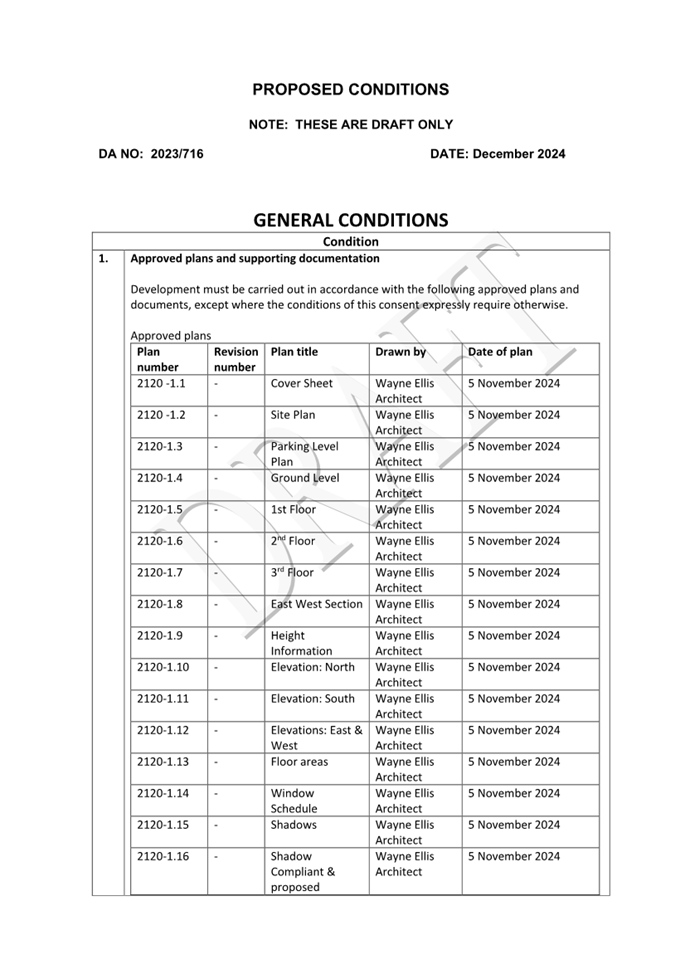
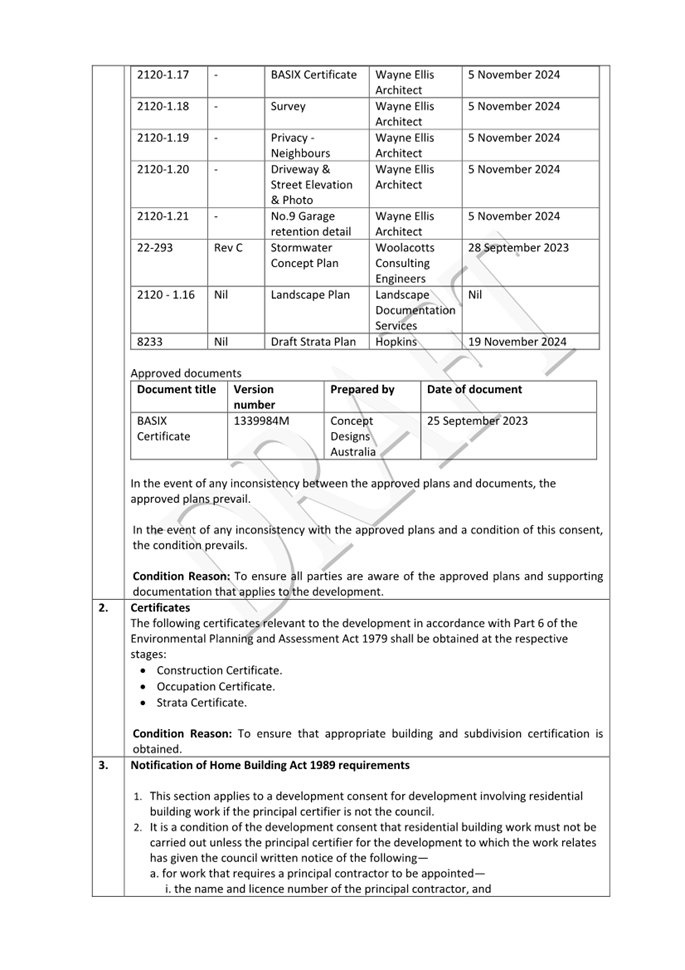


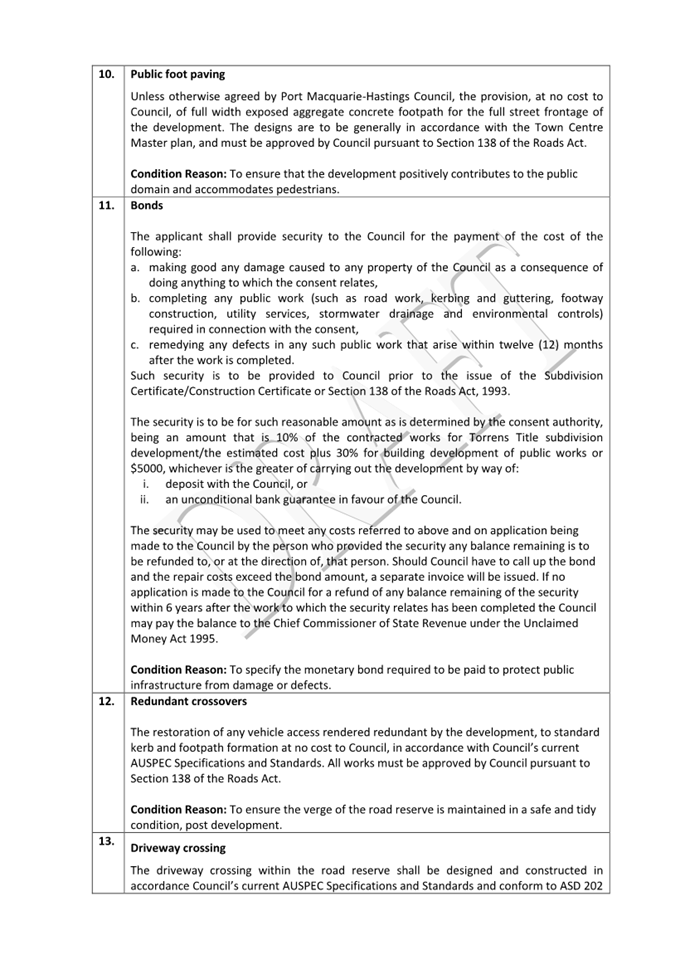
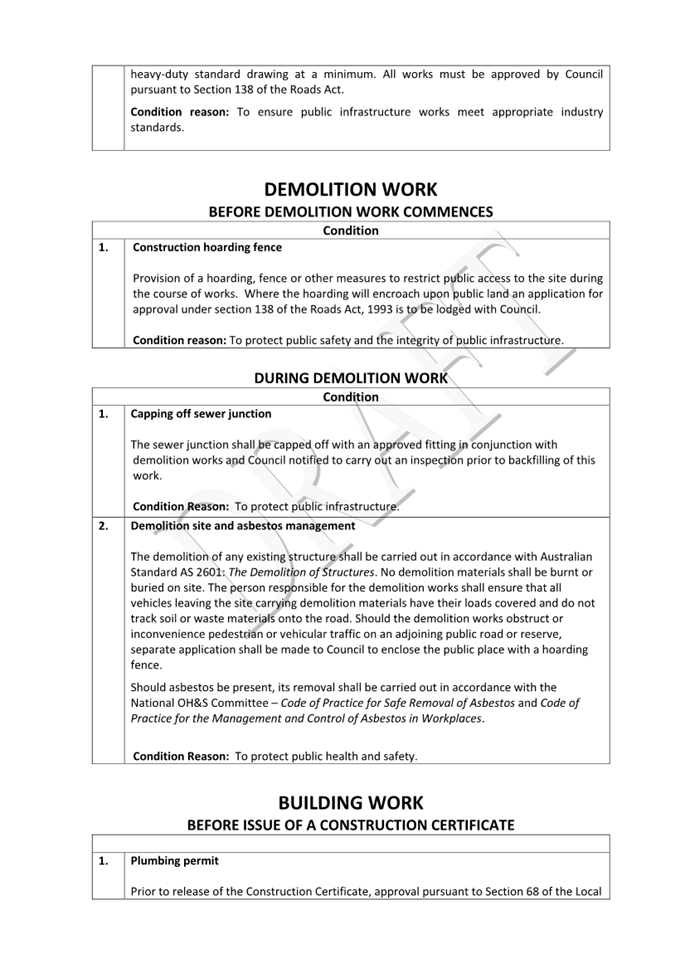
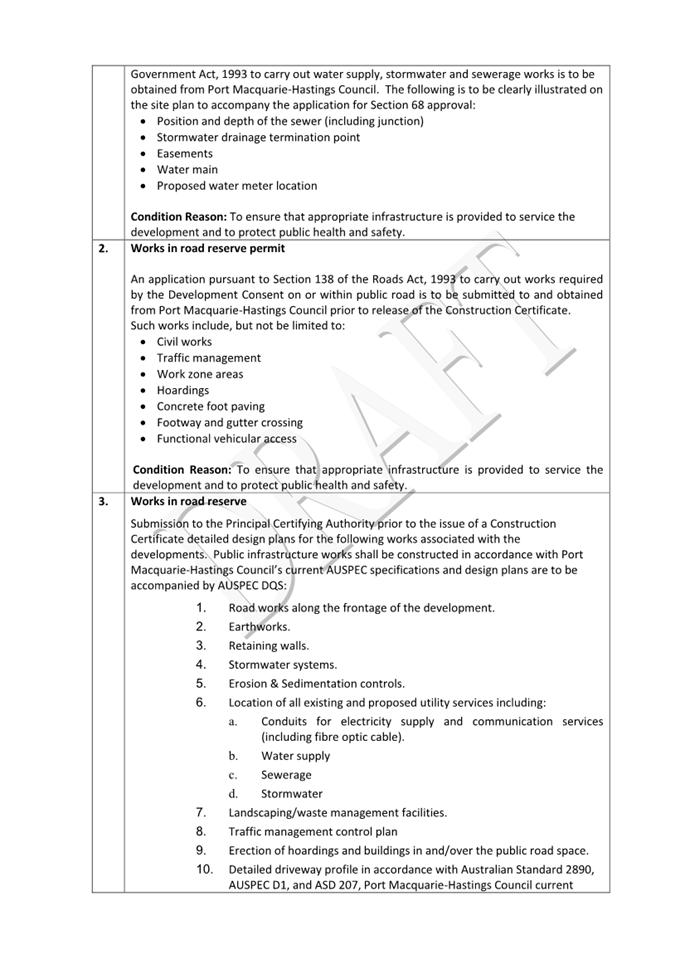

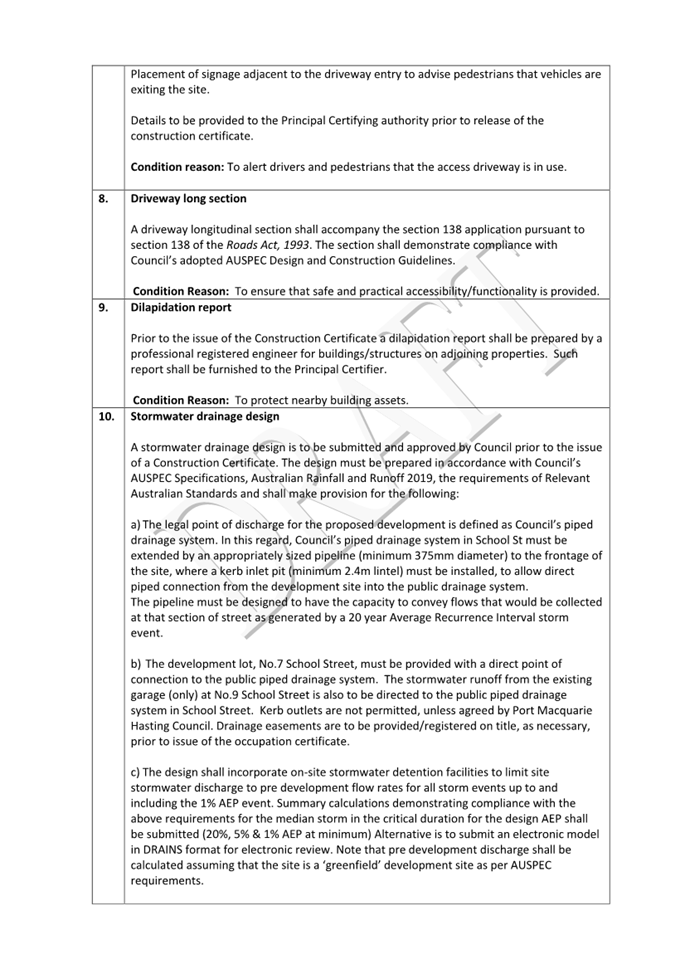

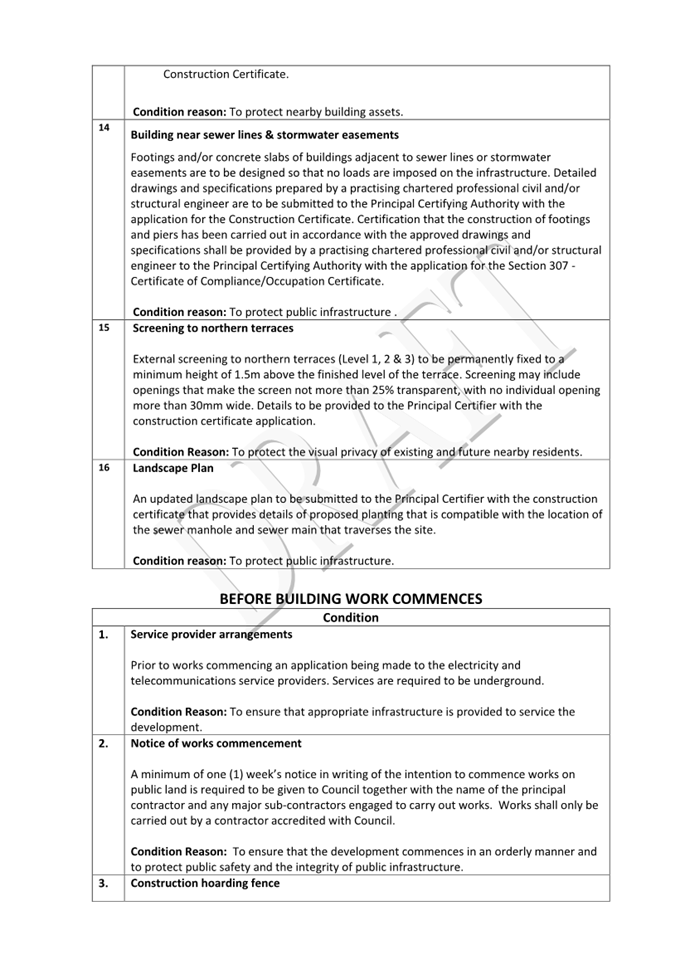
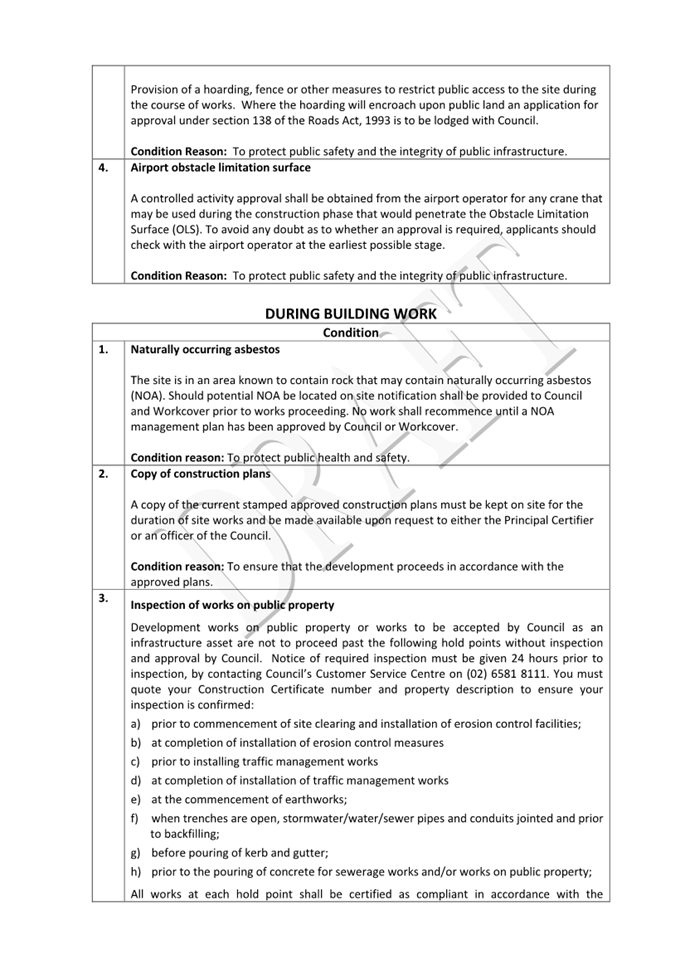
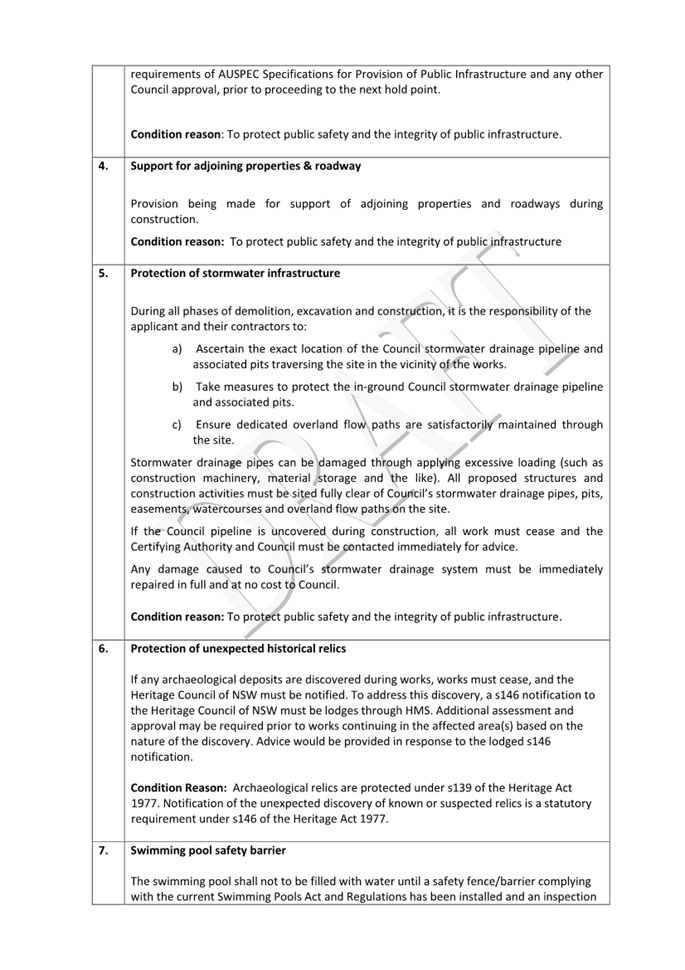

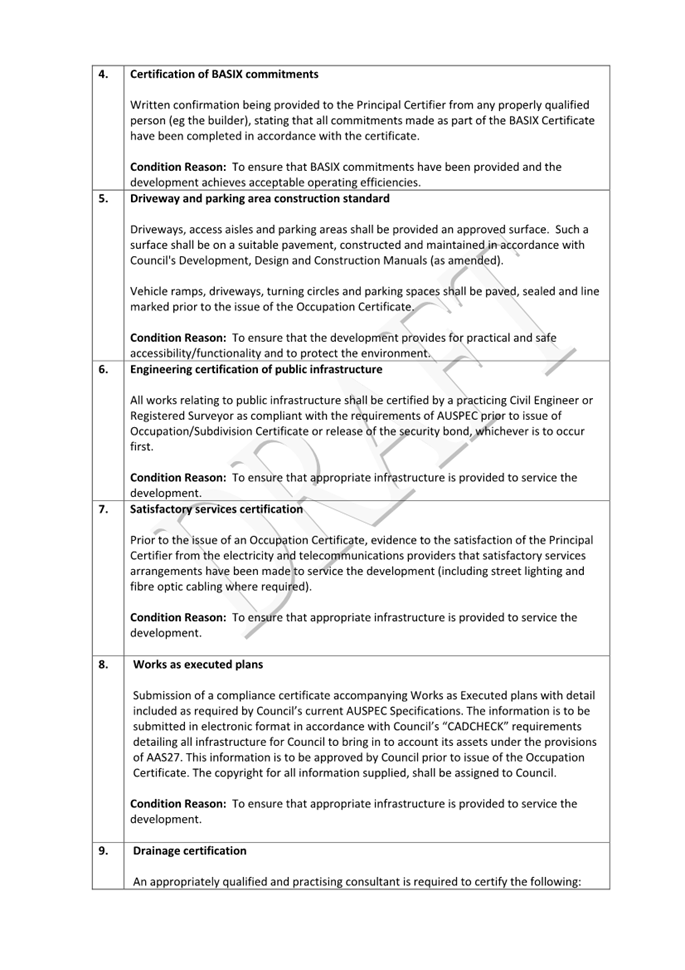
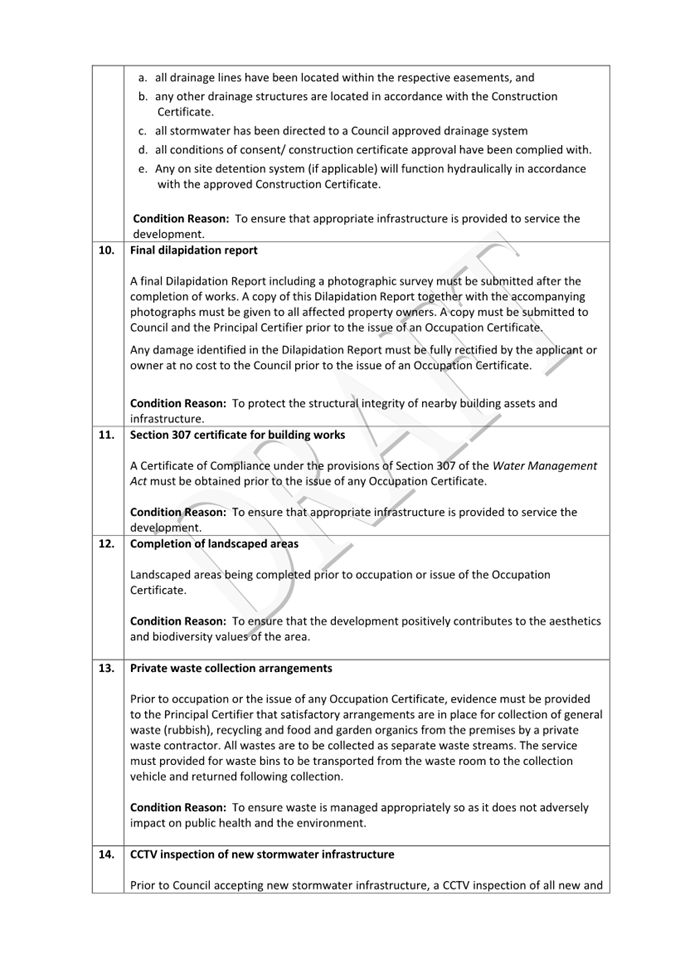
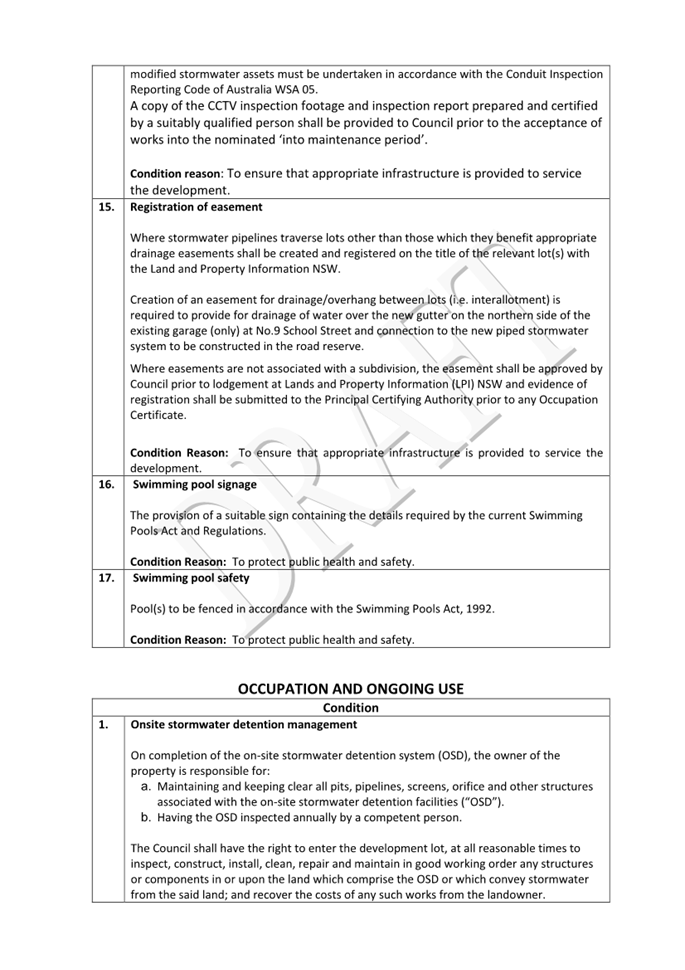
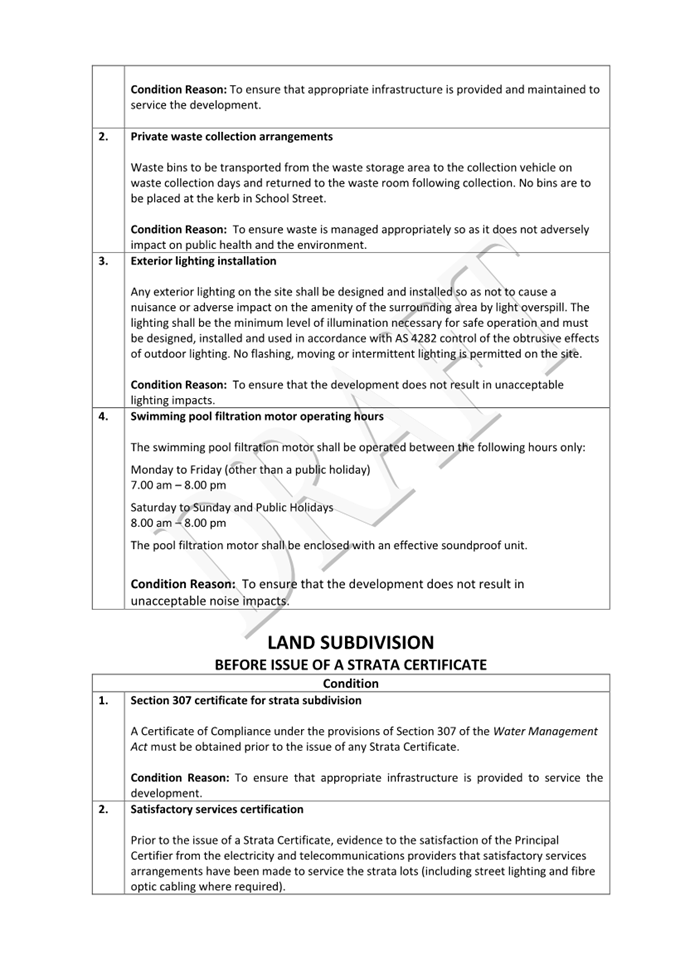

|
ATTACHMENT
|
Development Assessment Panel
11/12/2024
|

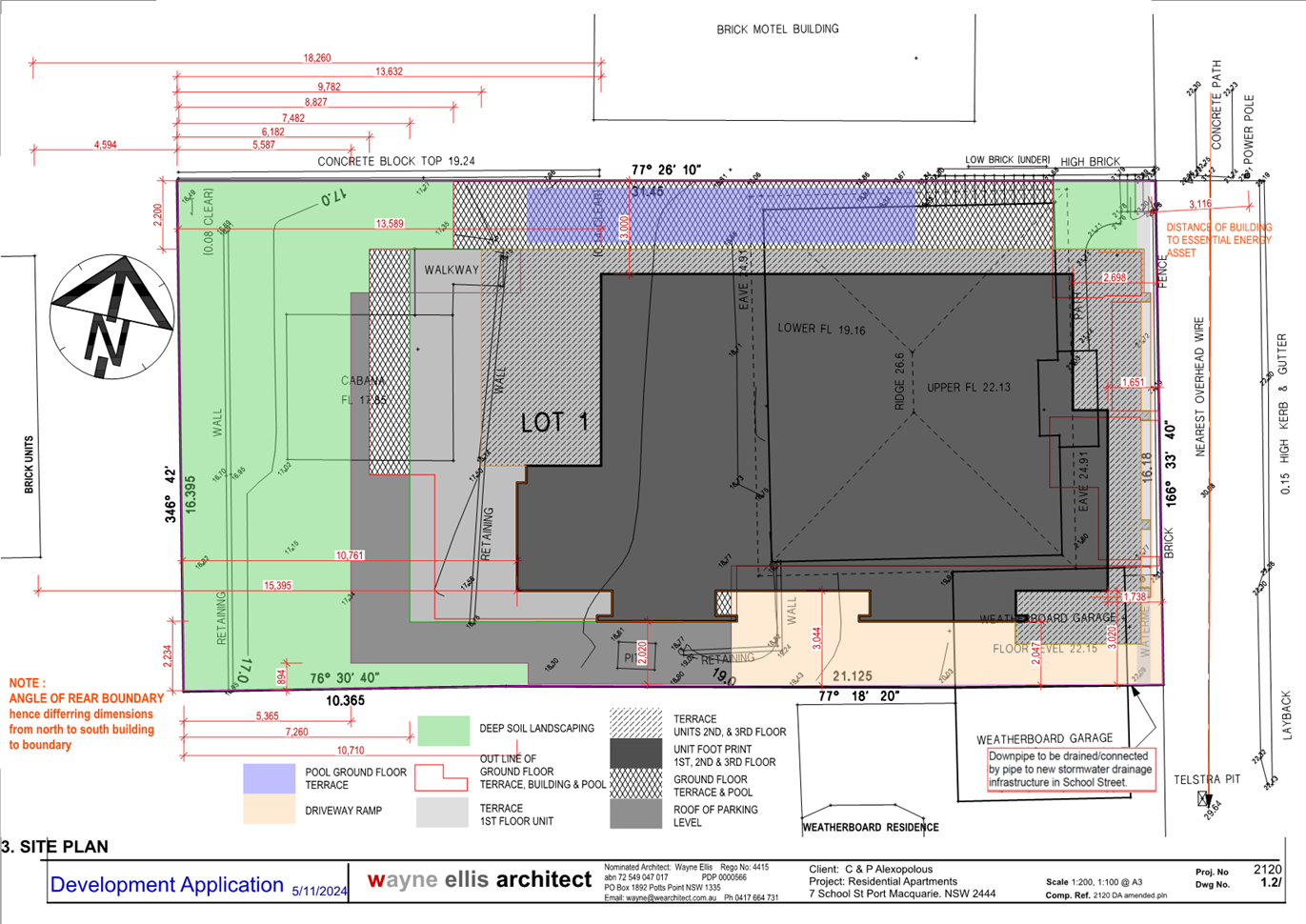

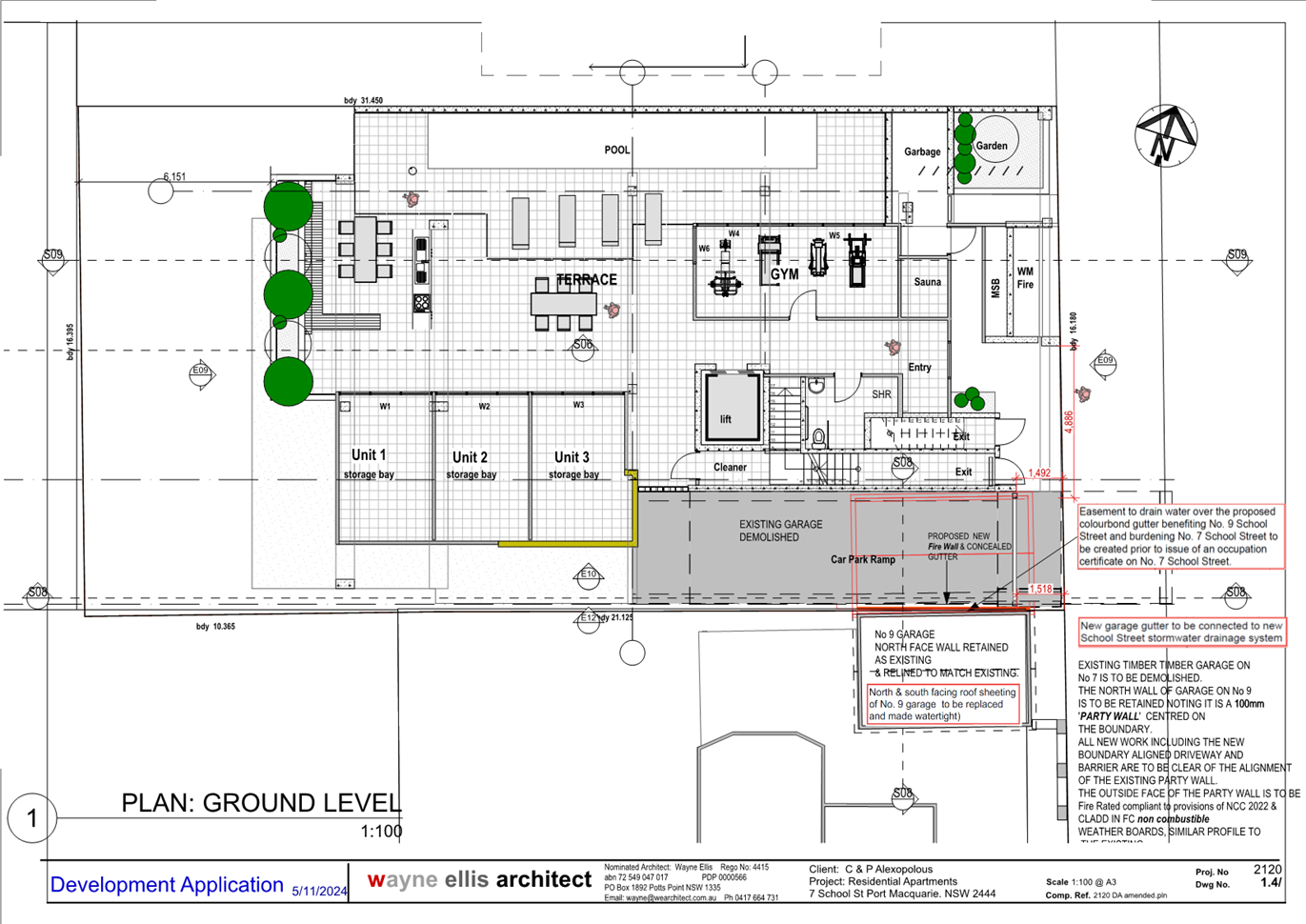
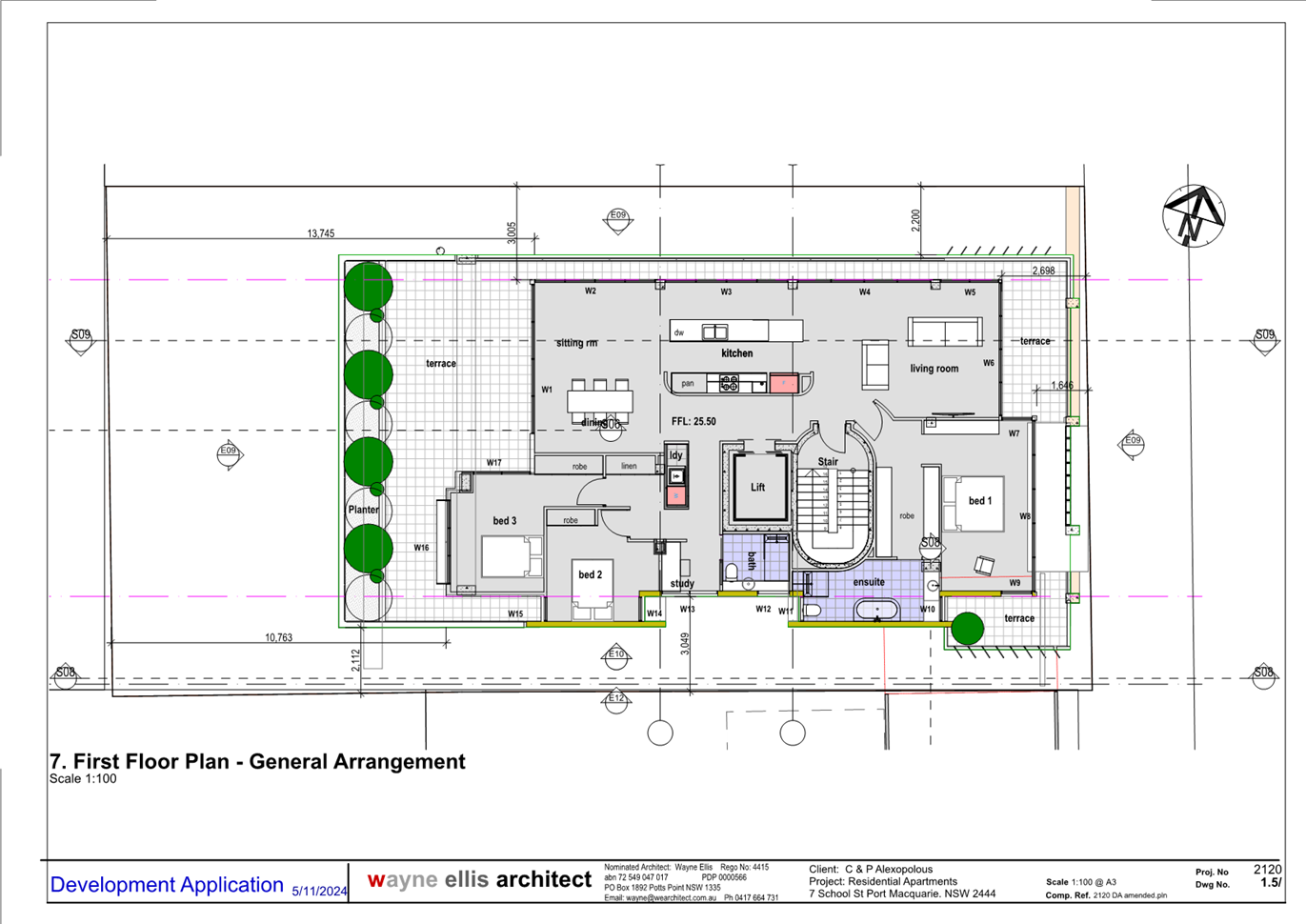

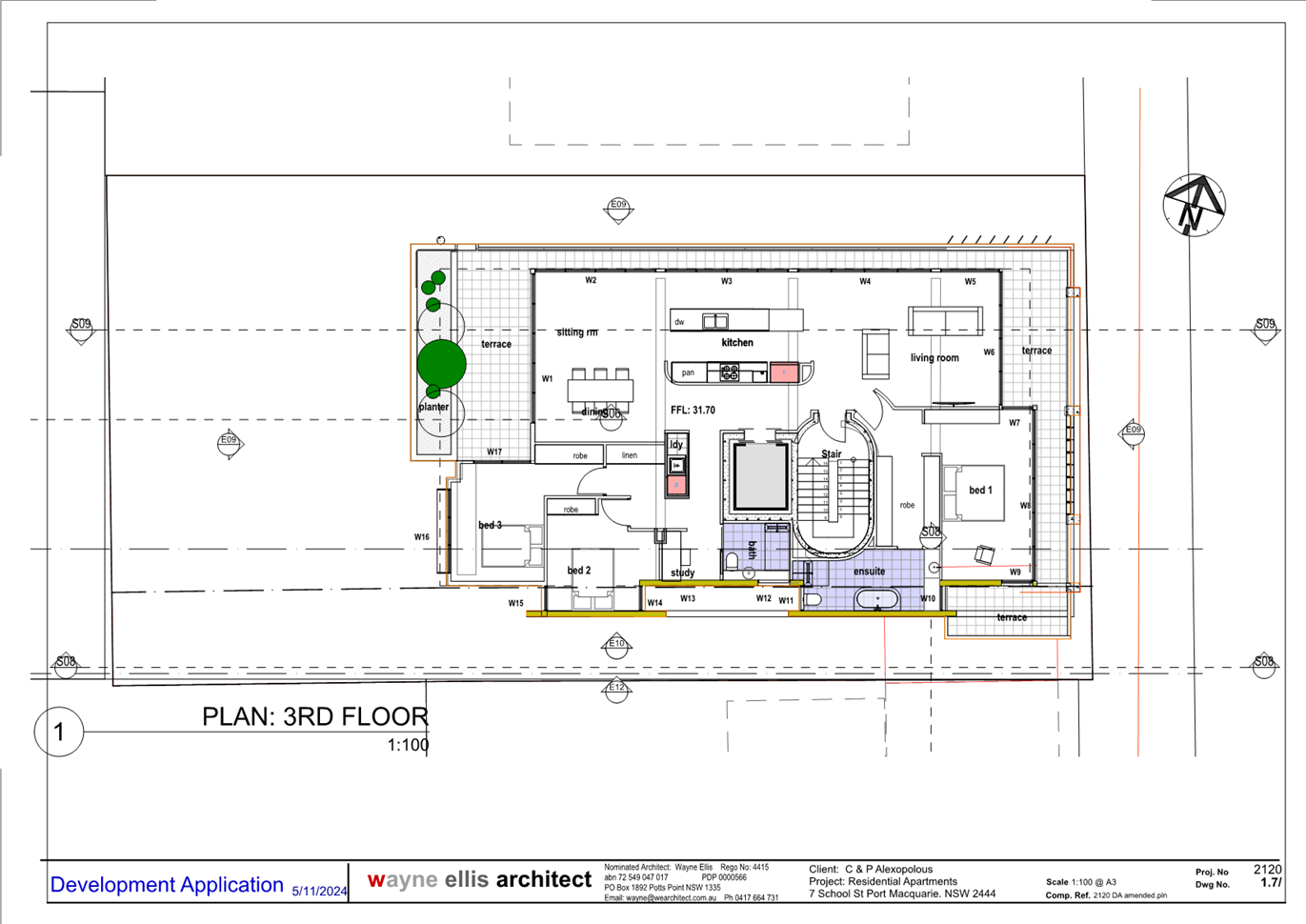



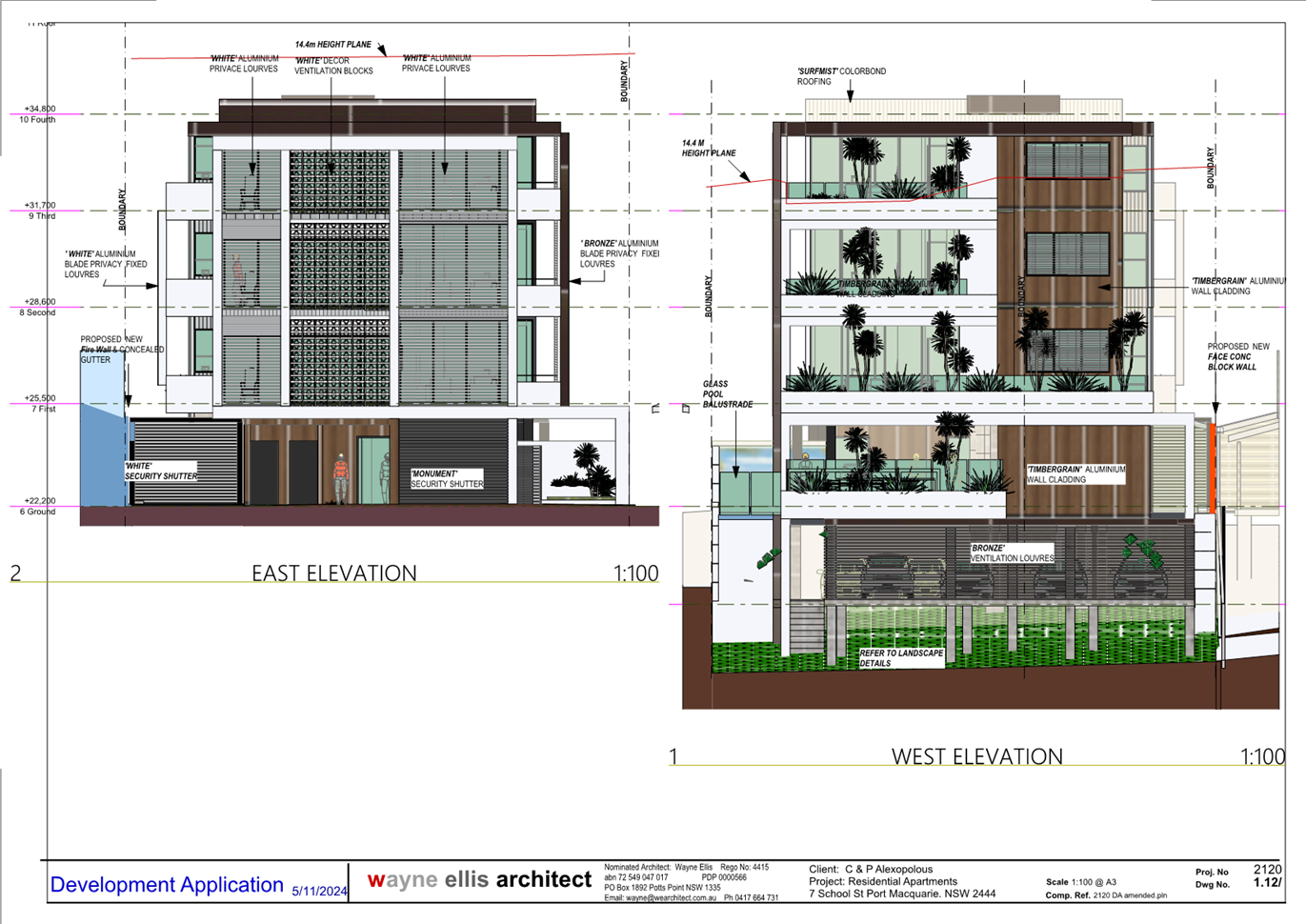

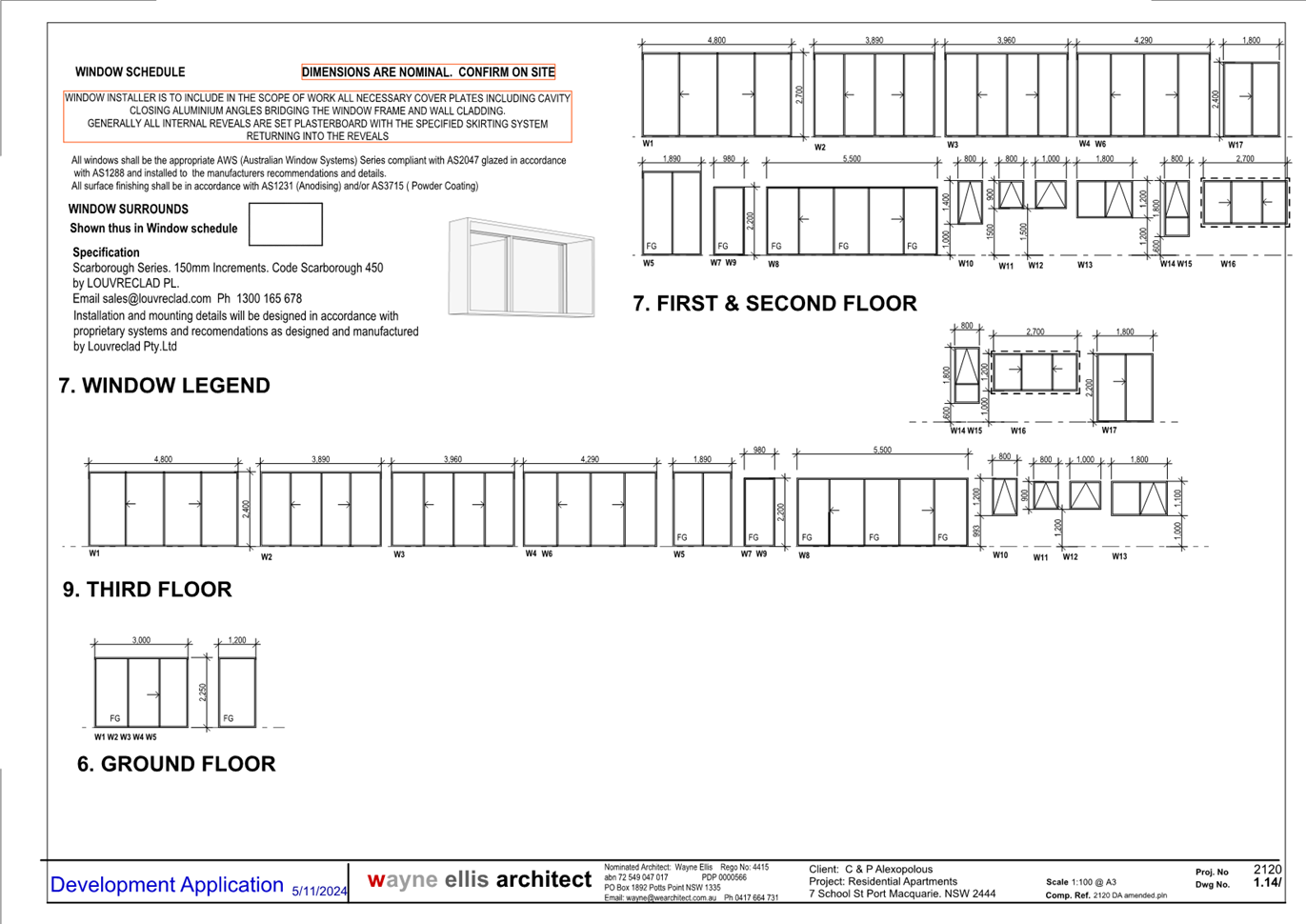
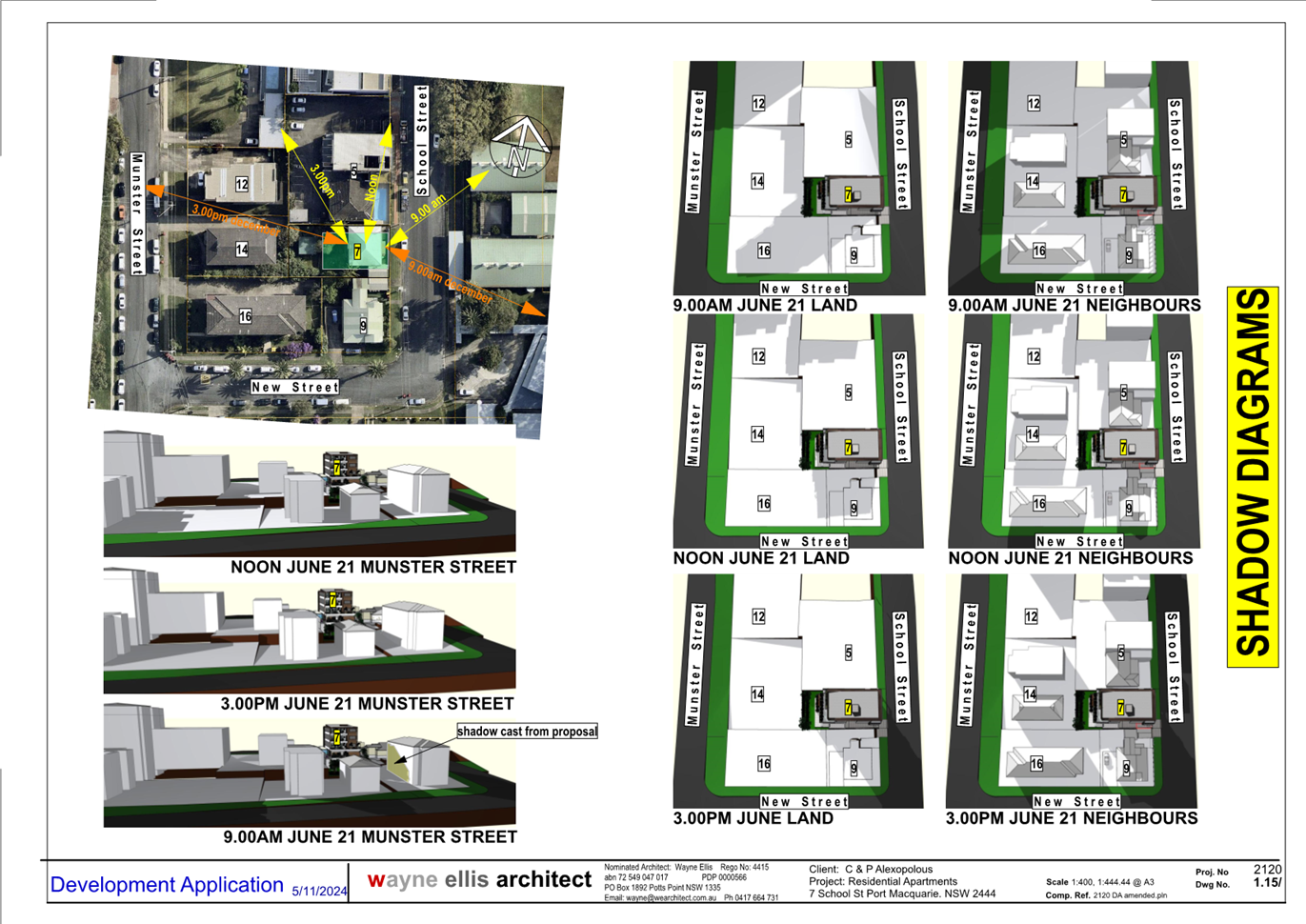
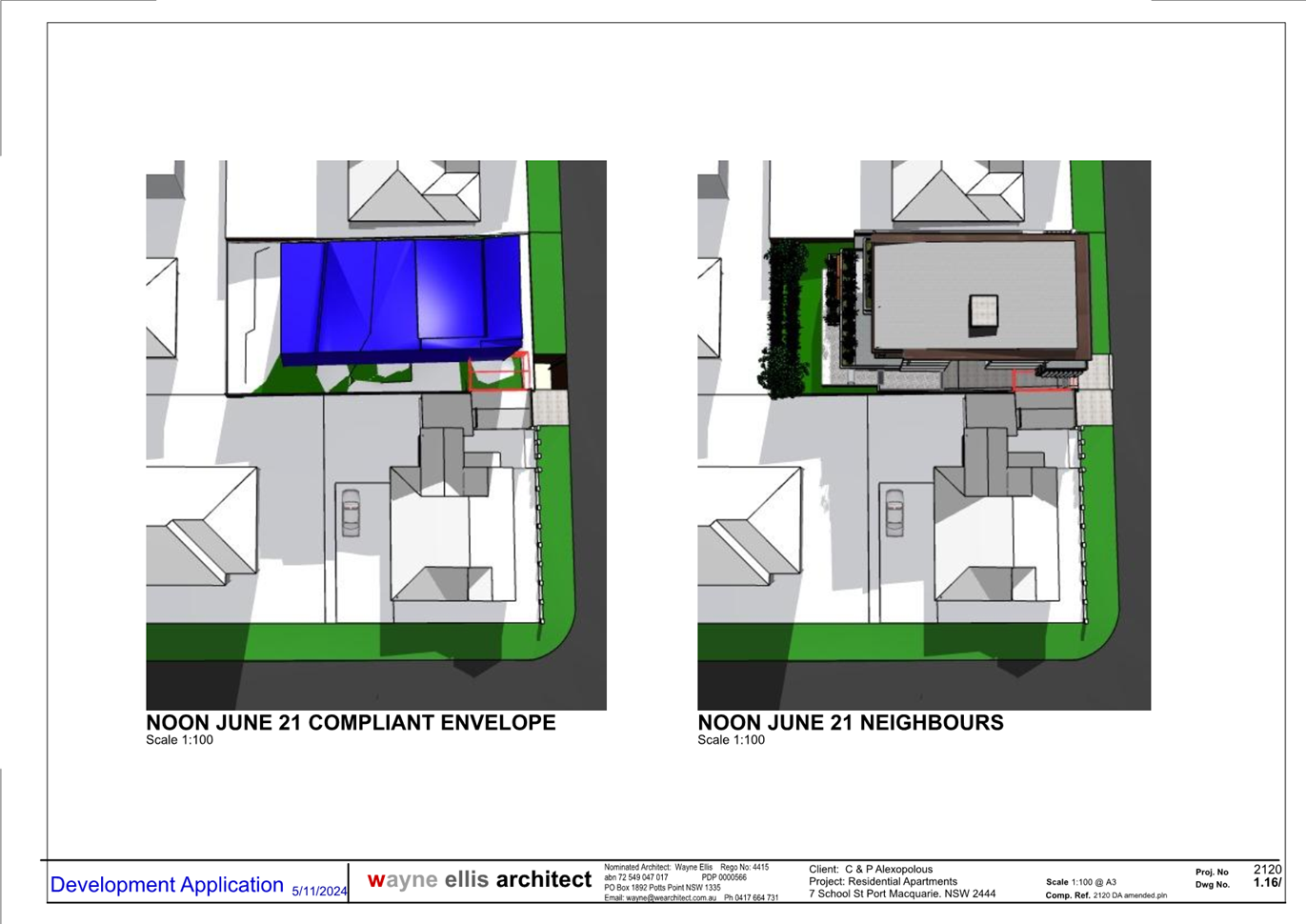
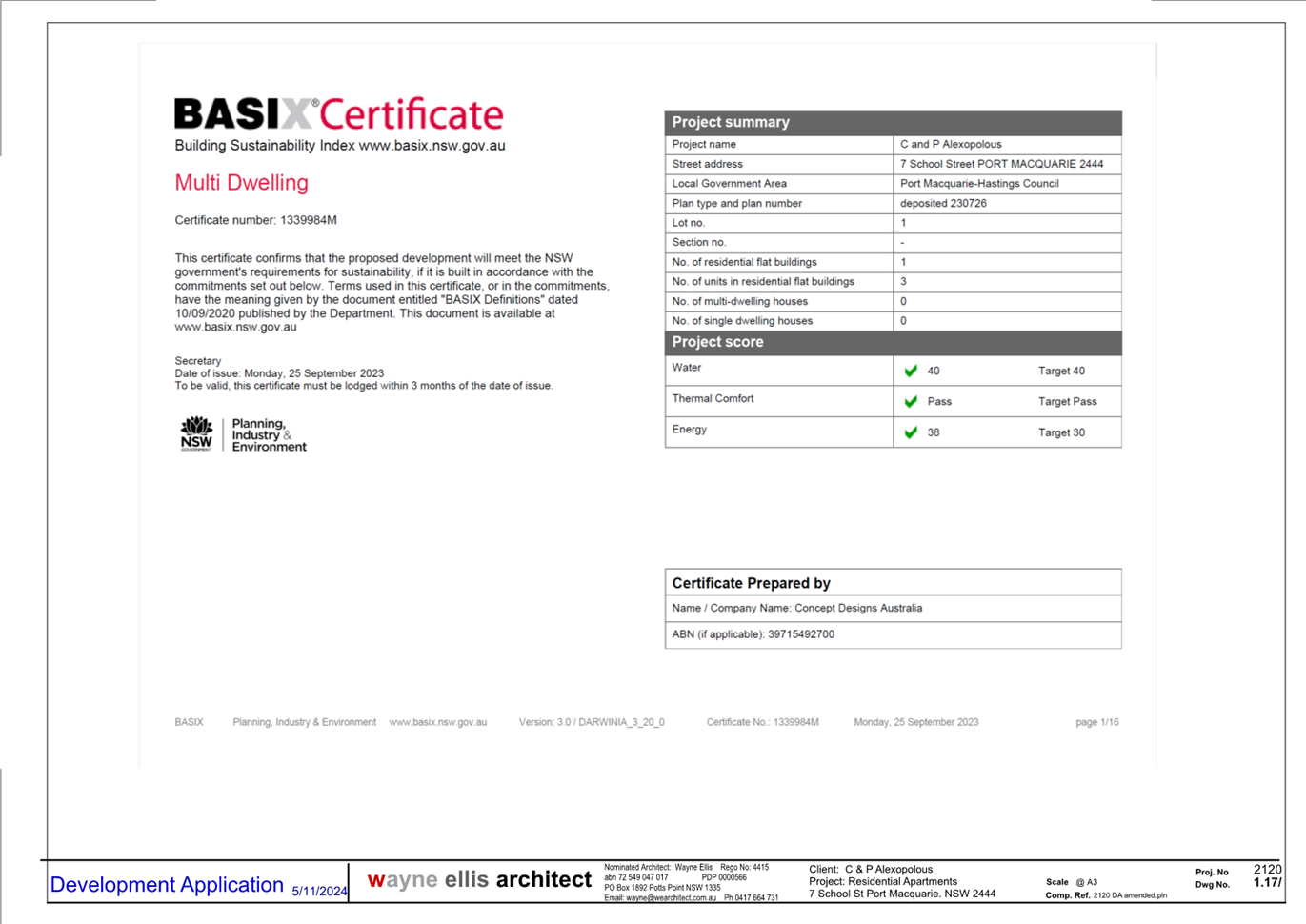
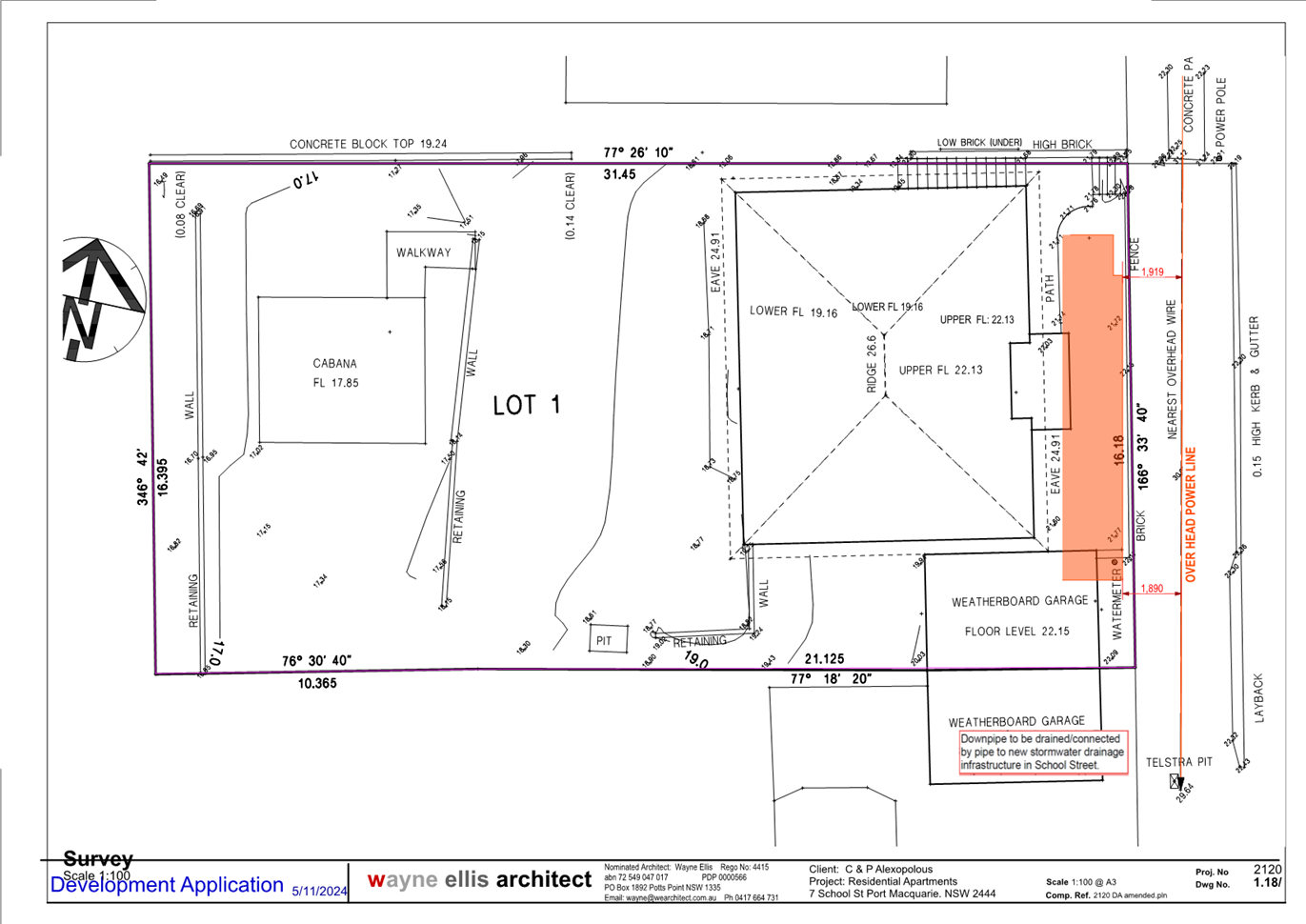
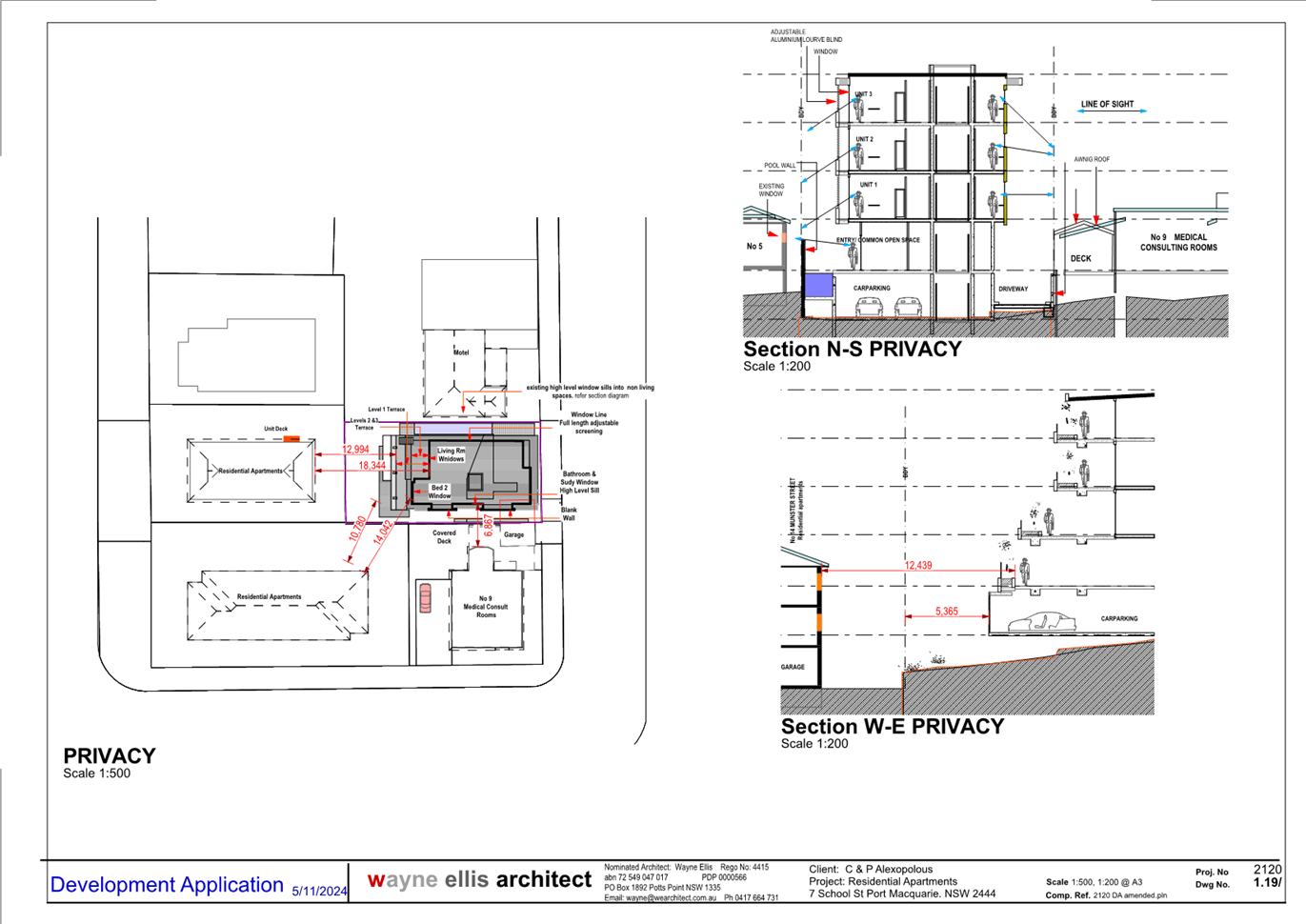


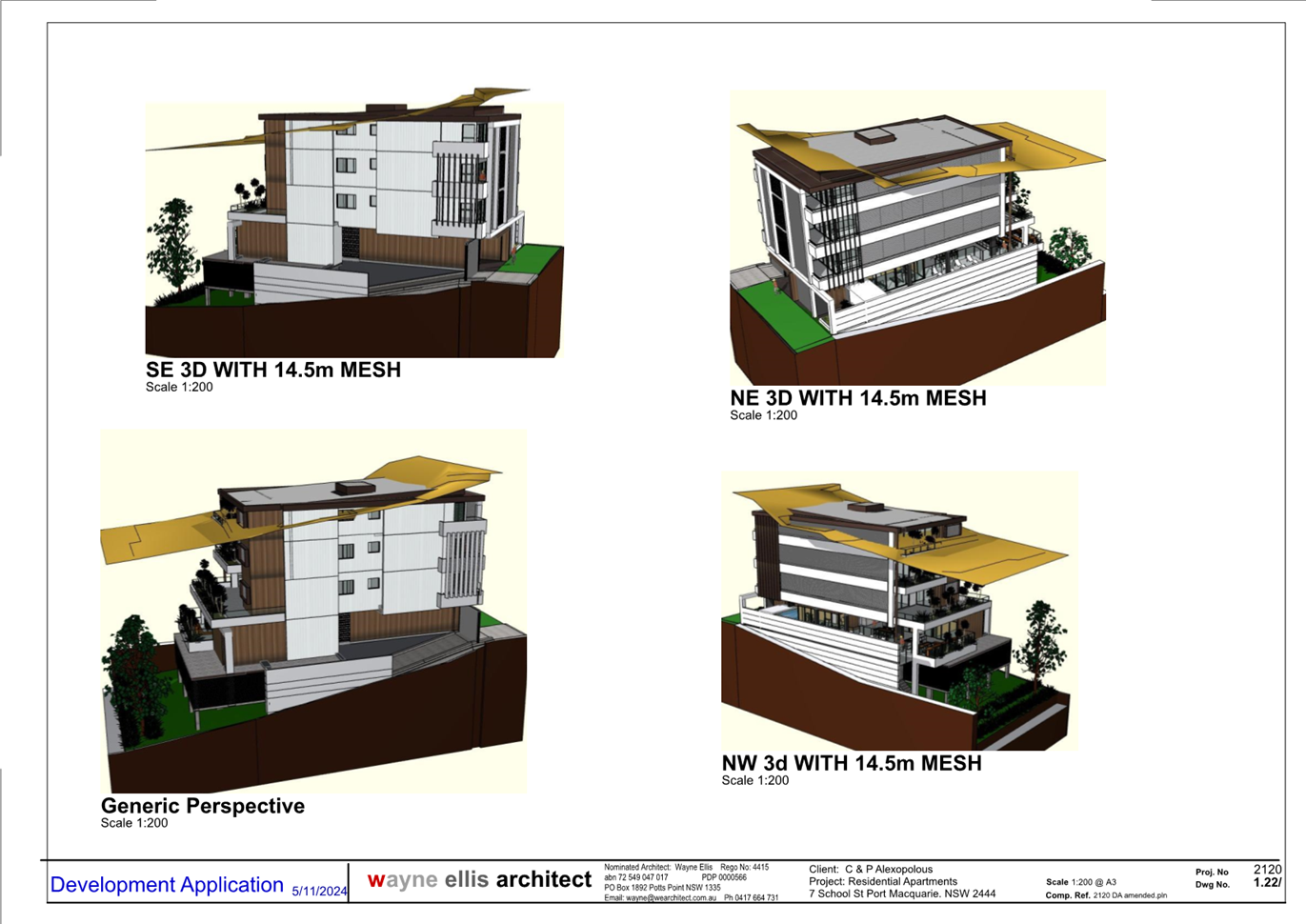


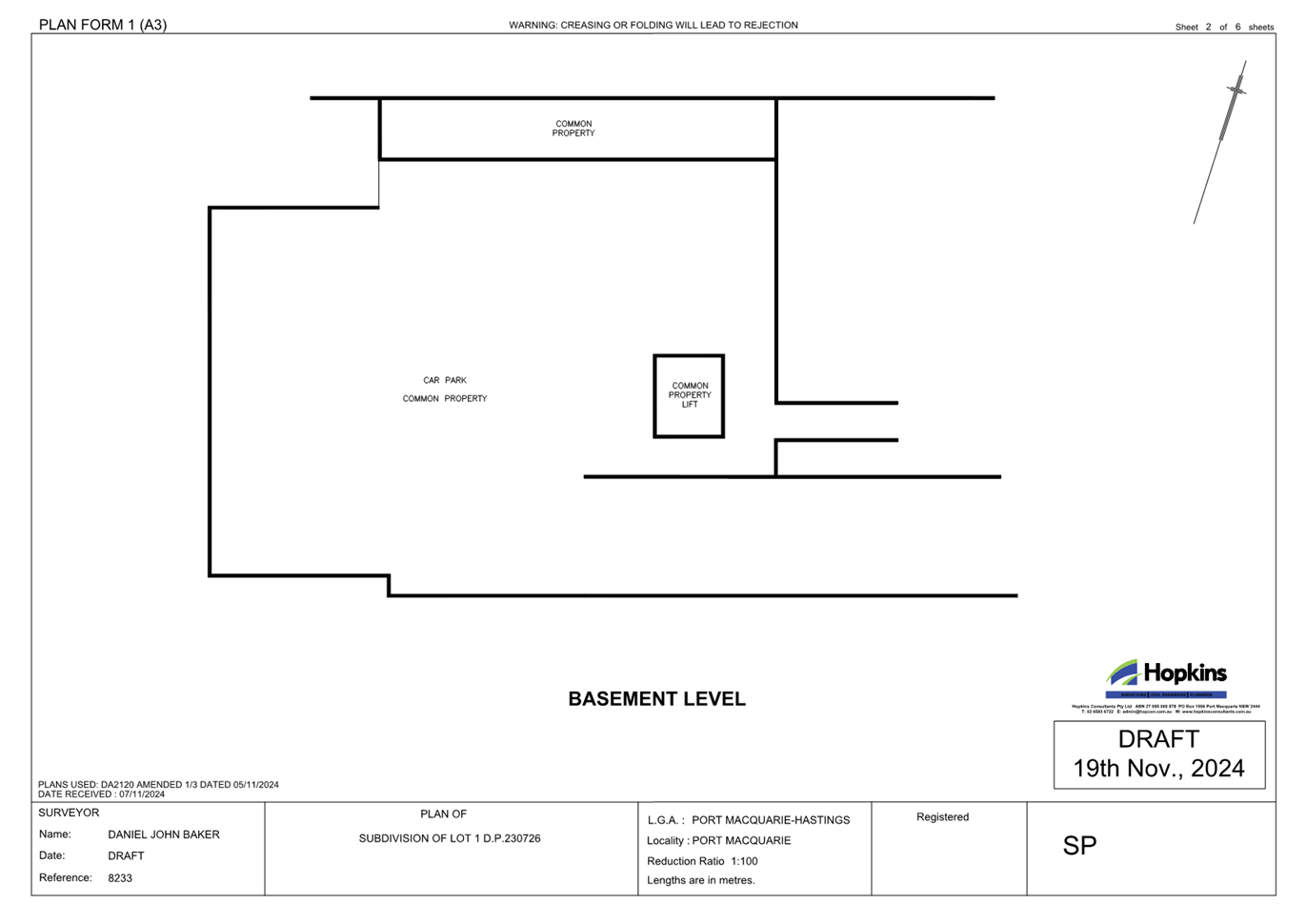
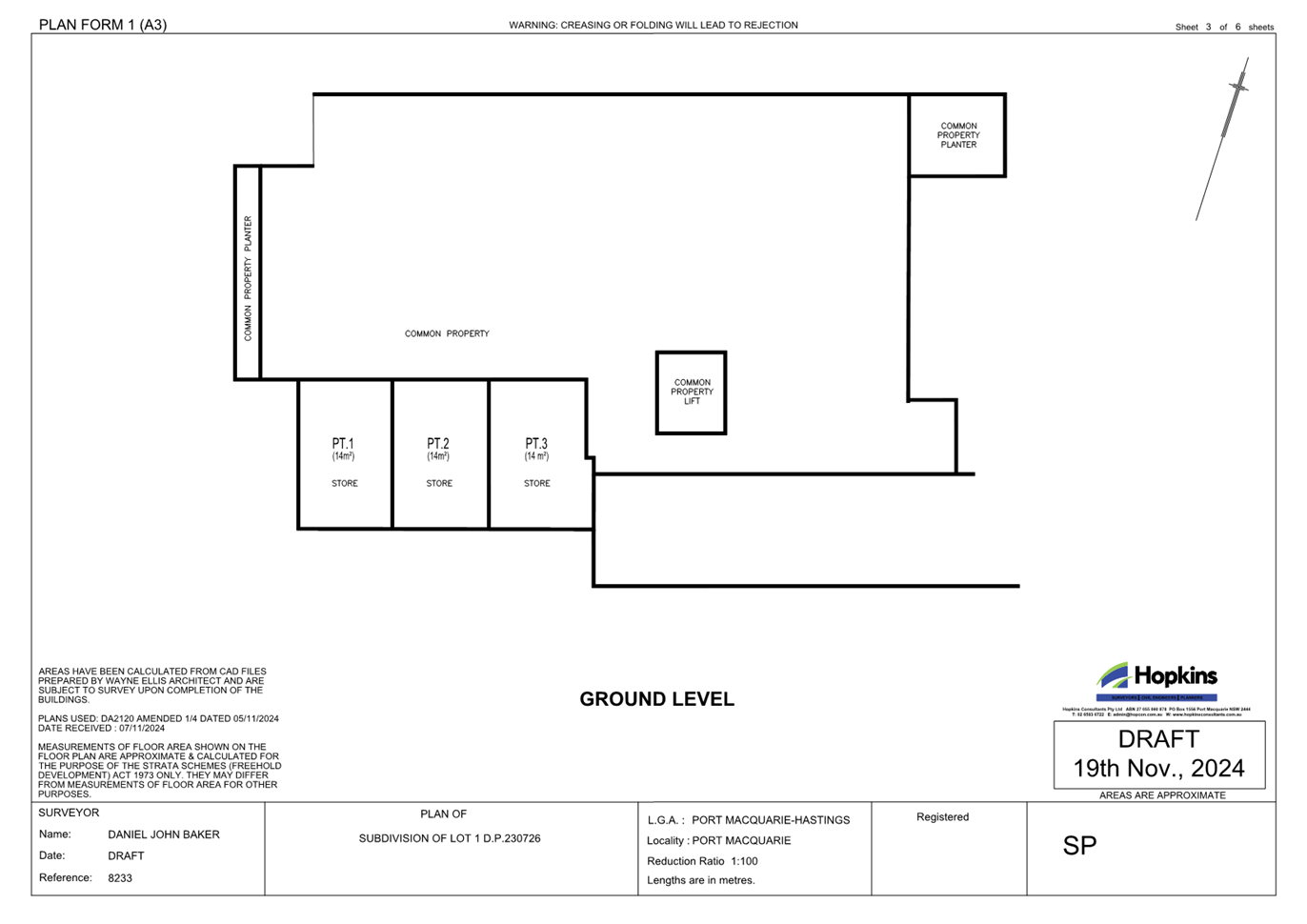

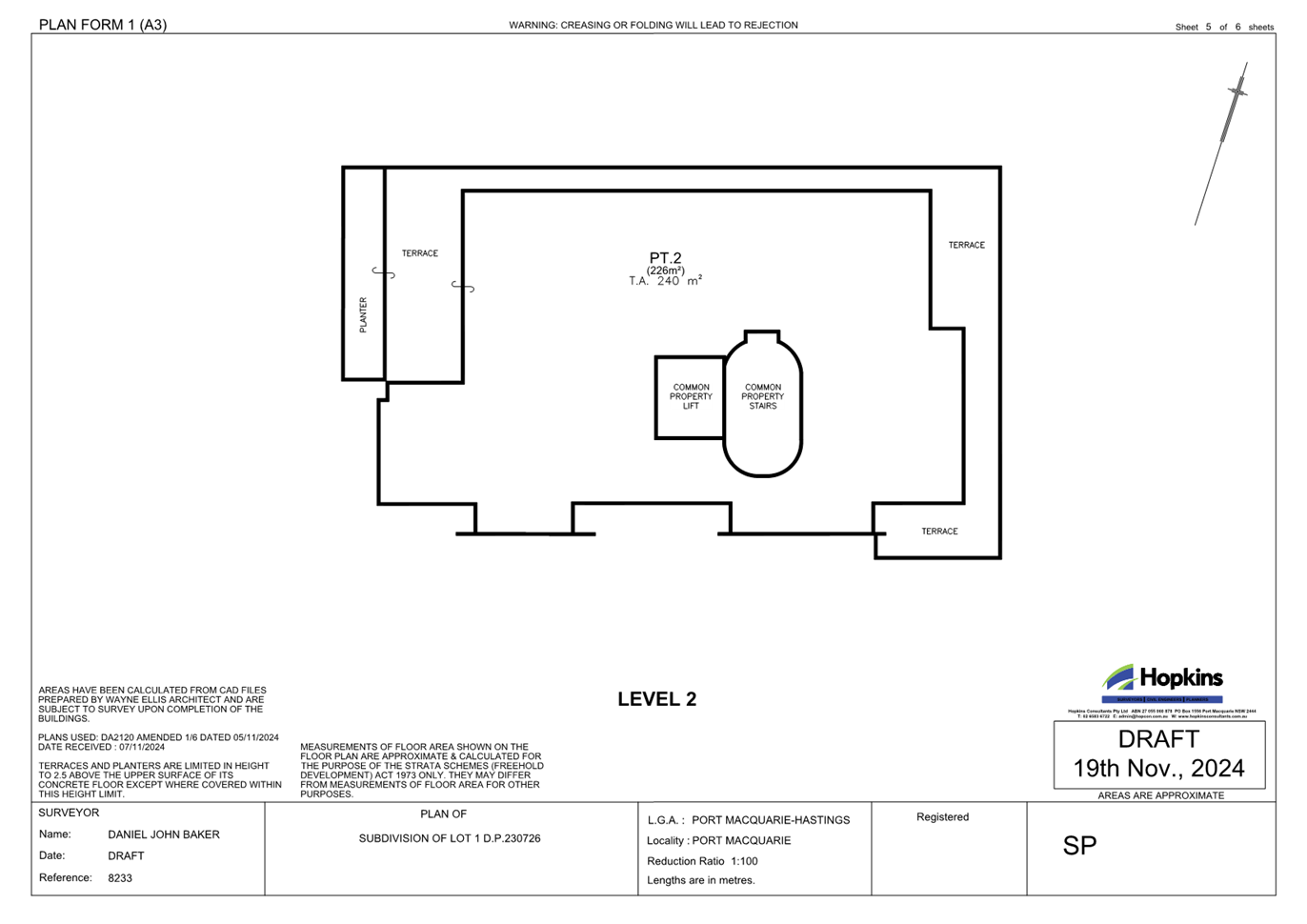
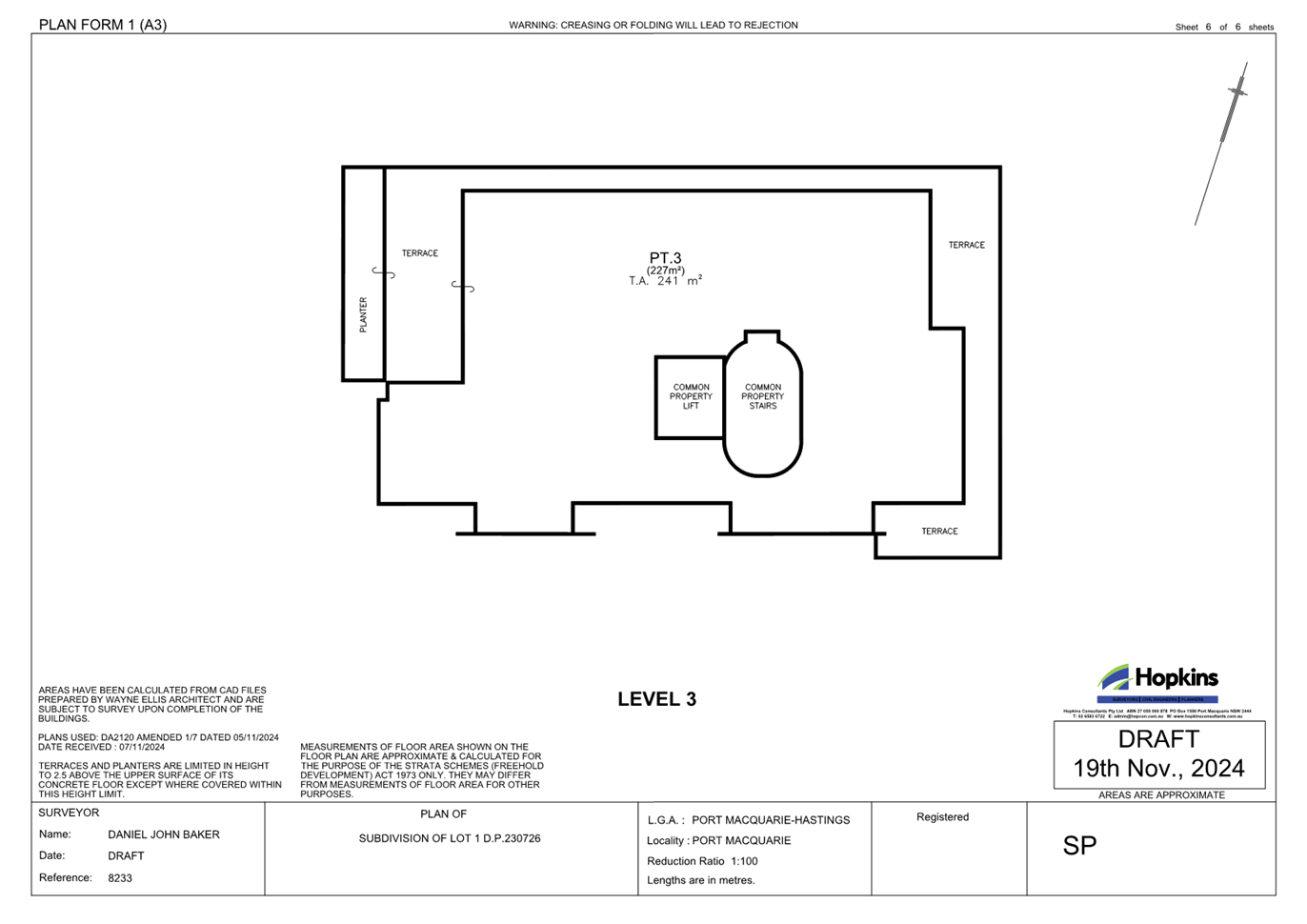
|
ATTACHMENT
|
Development Assessment Panel
11/12/2024
|
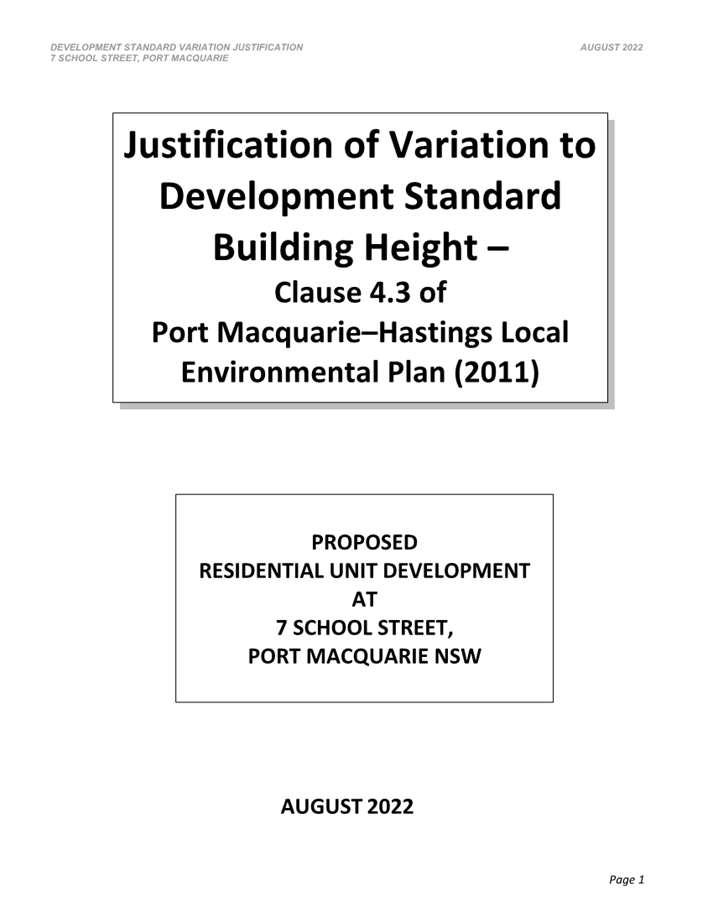
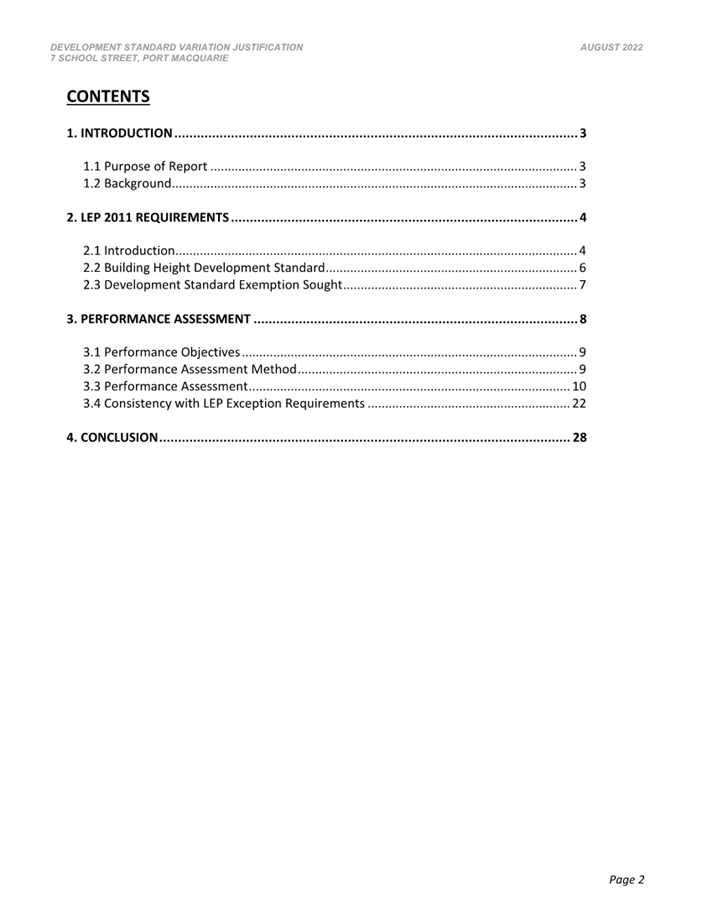

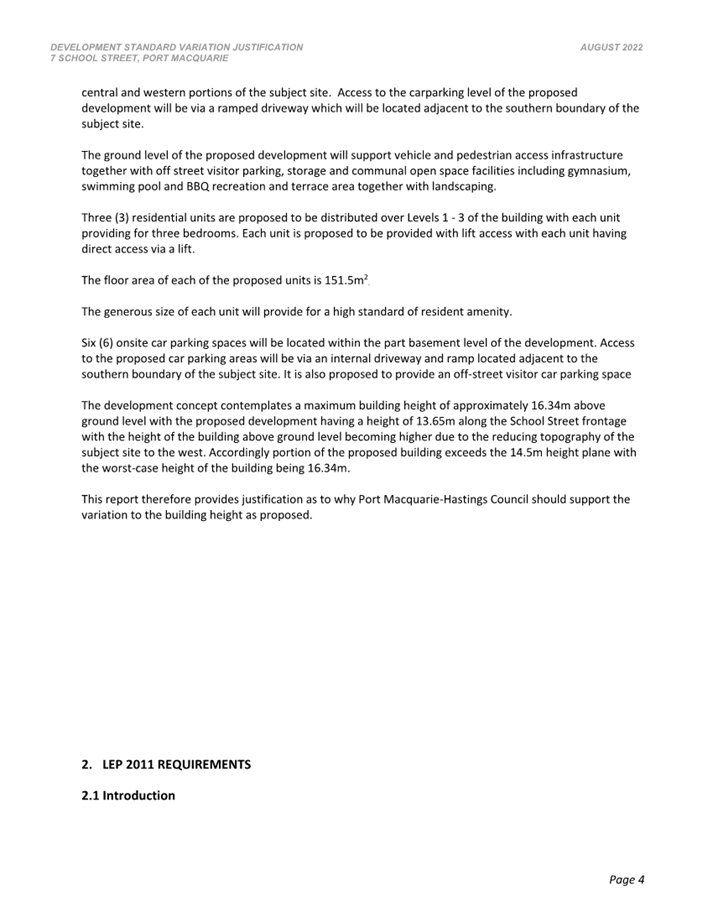
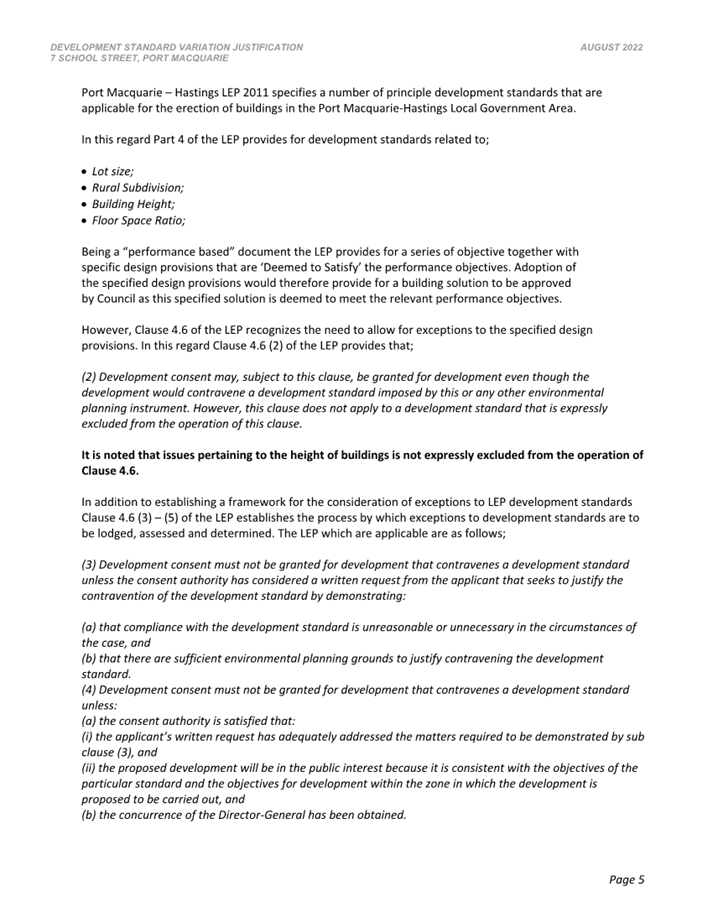
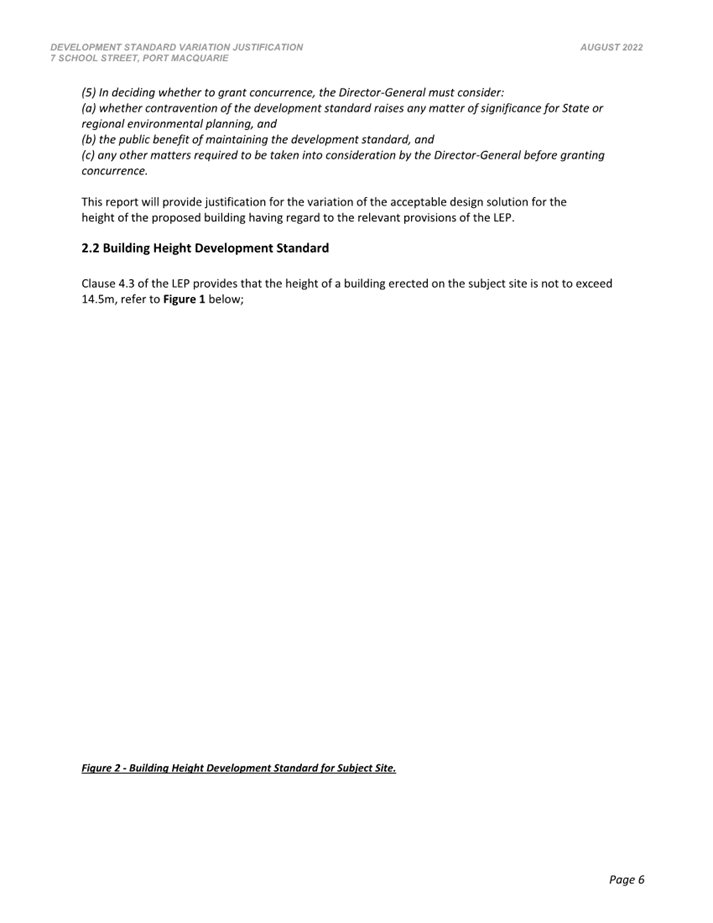


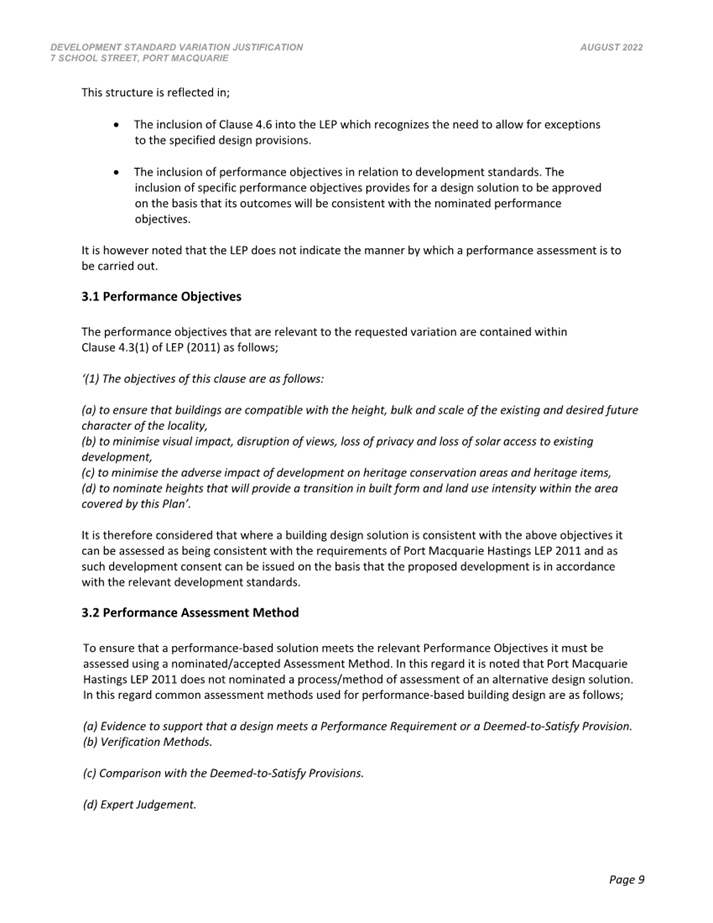
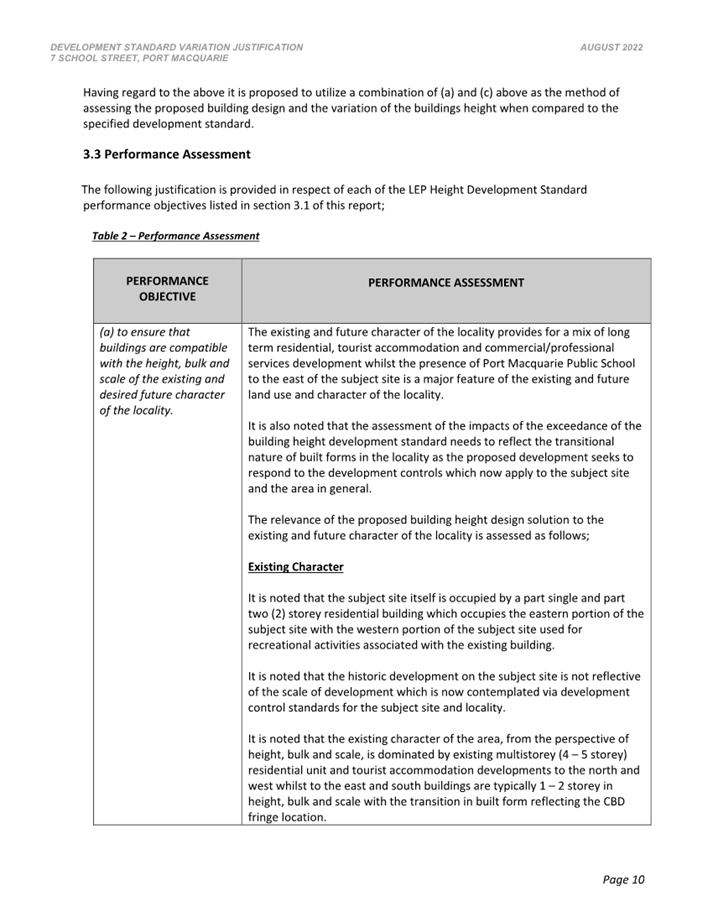
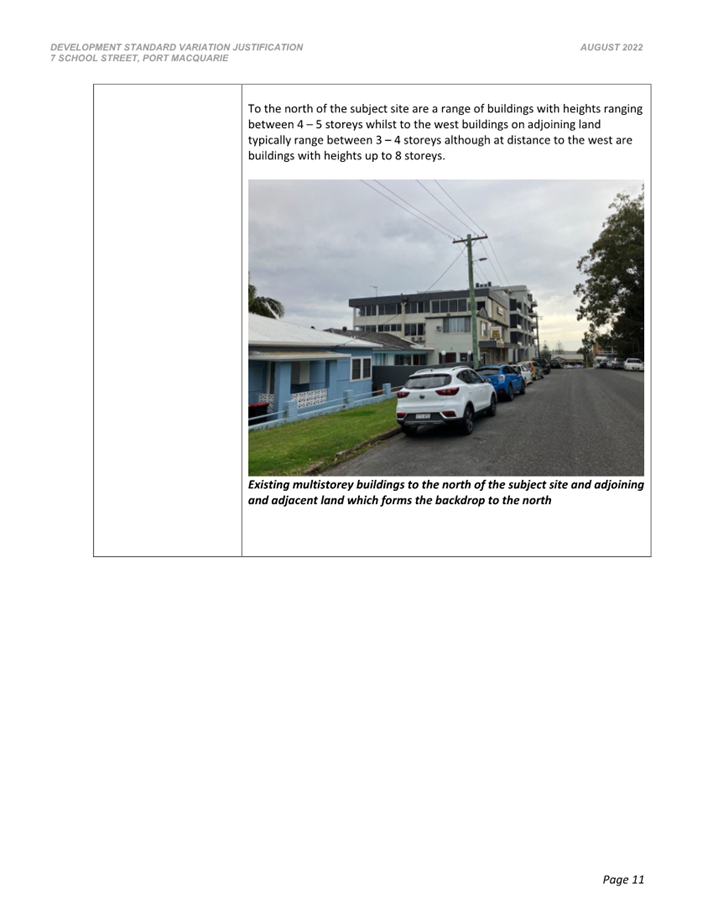
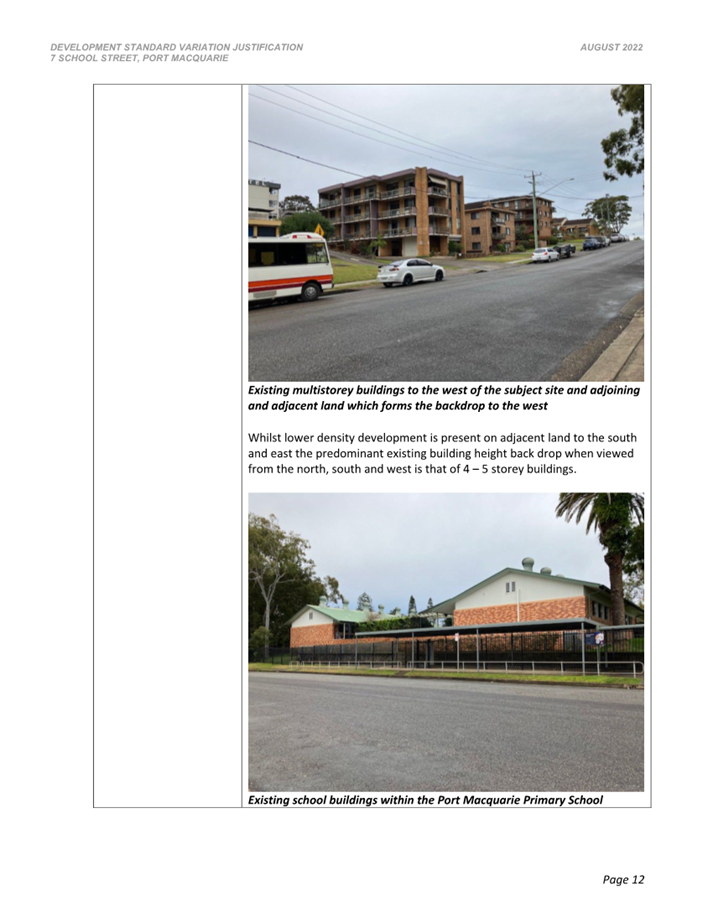


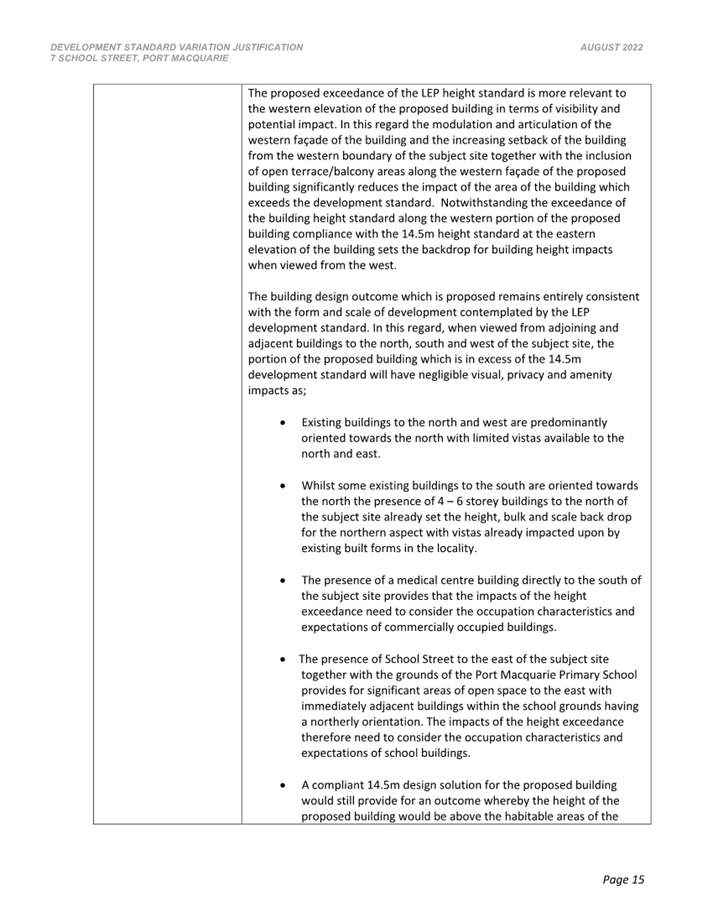
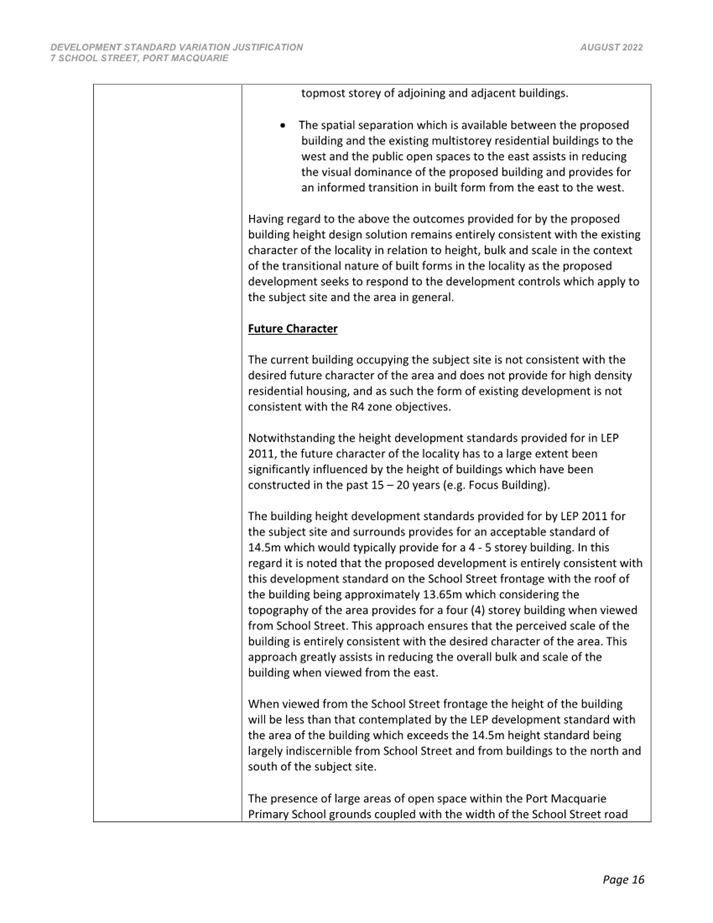
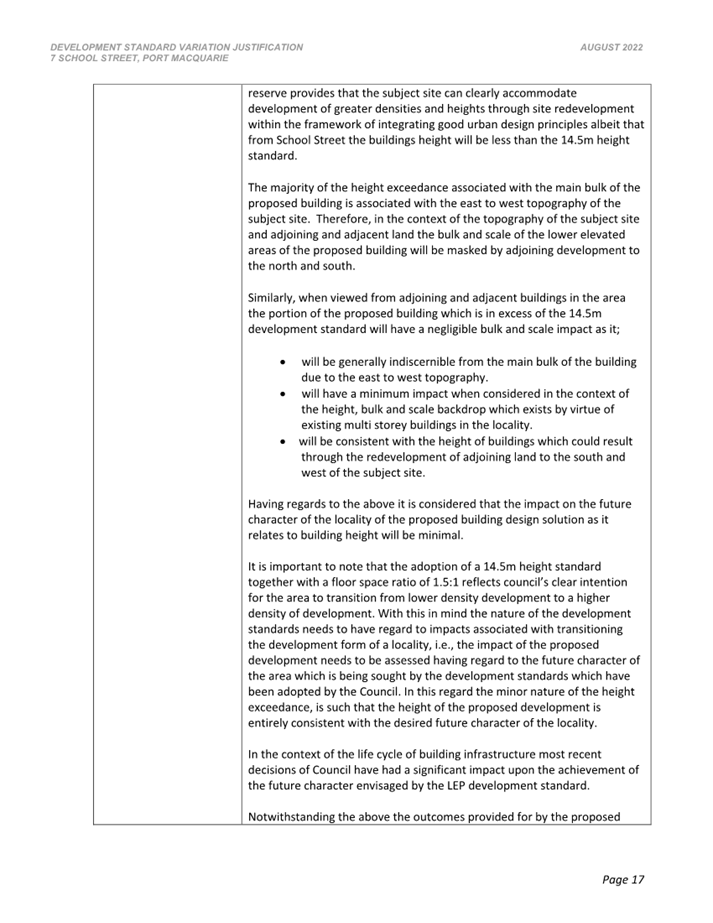
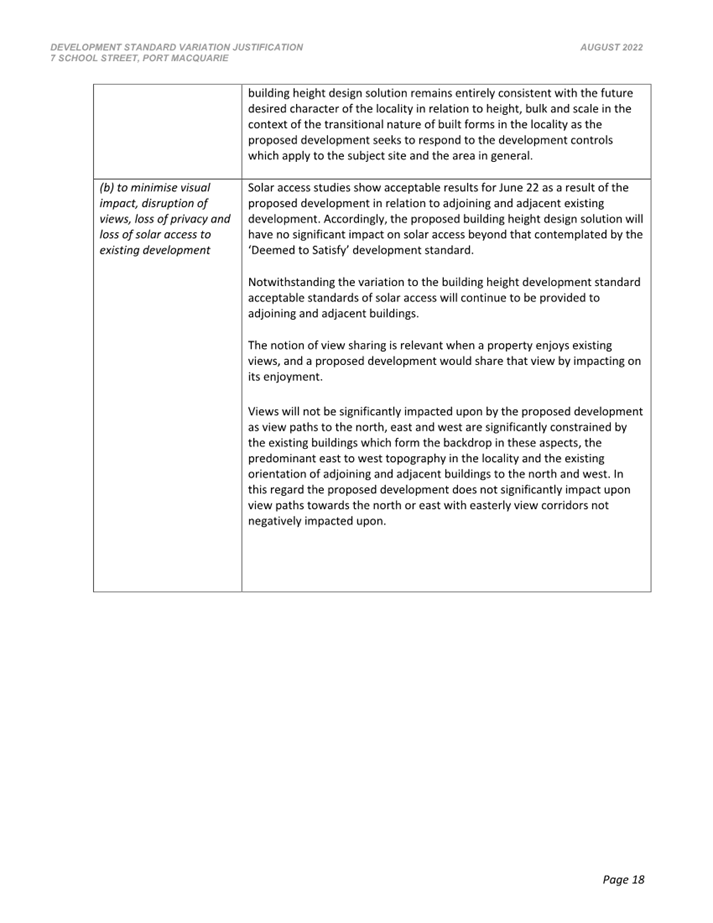

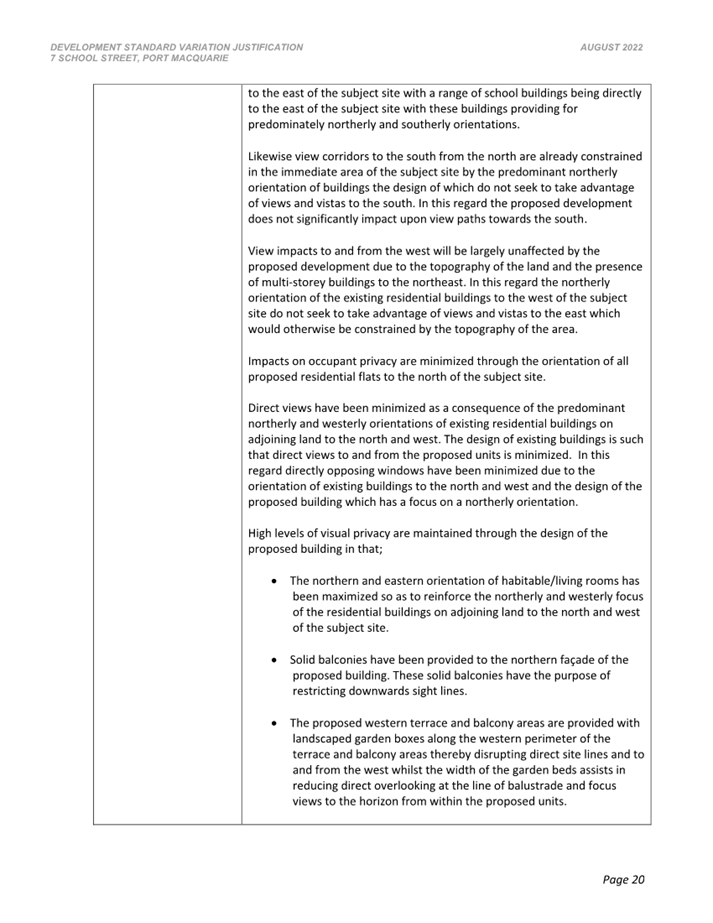
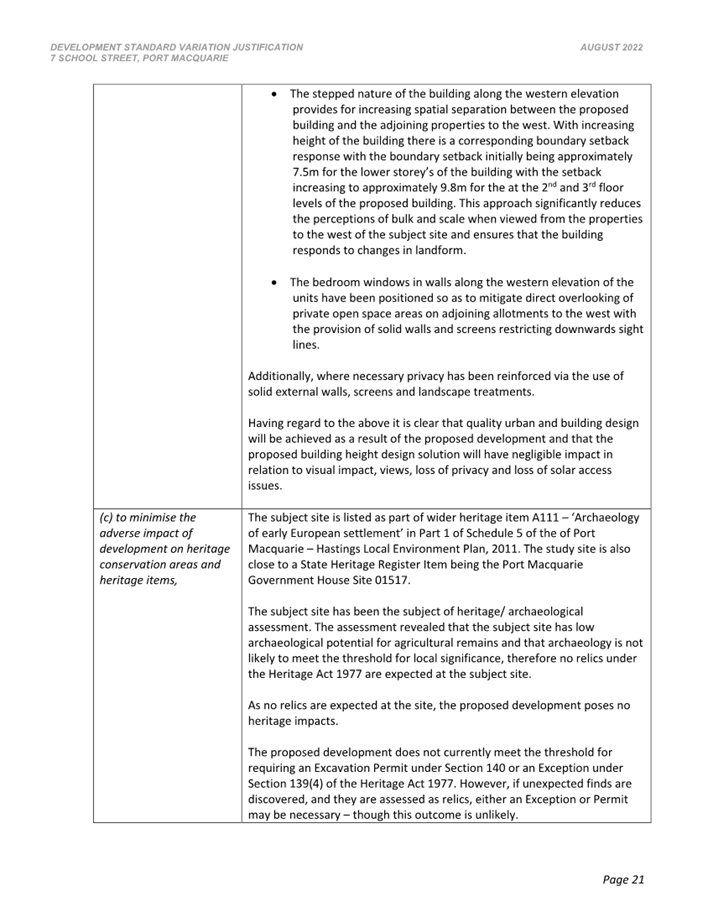

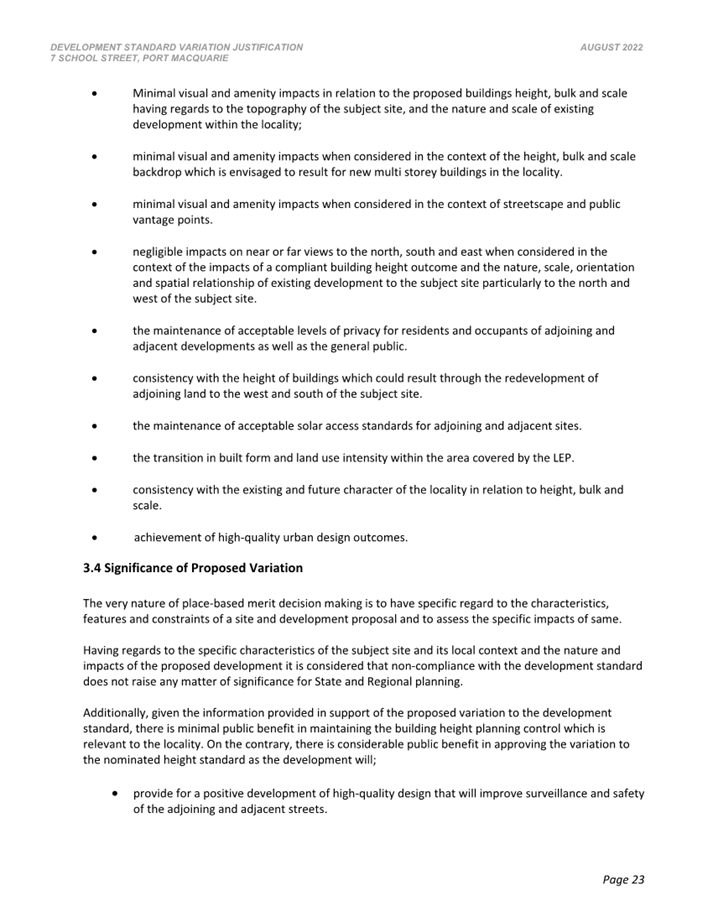
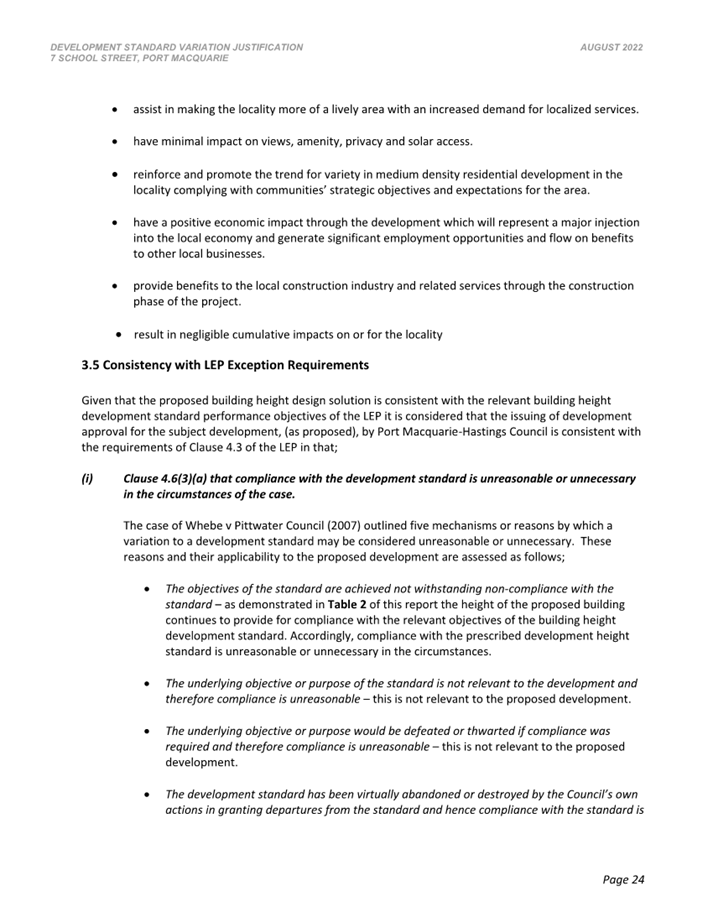
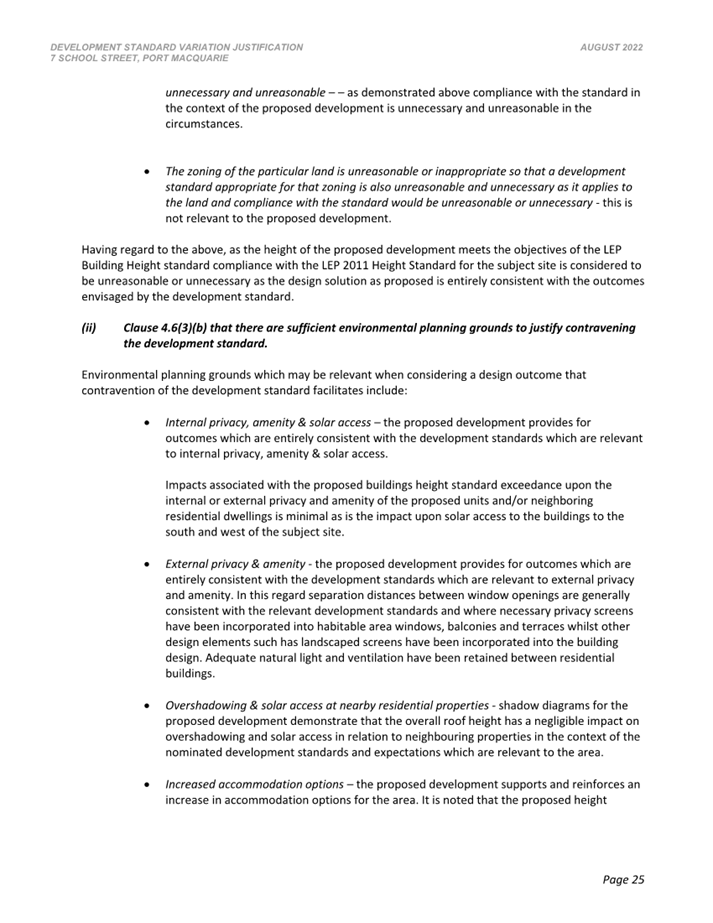


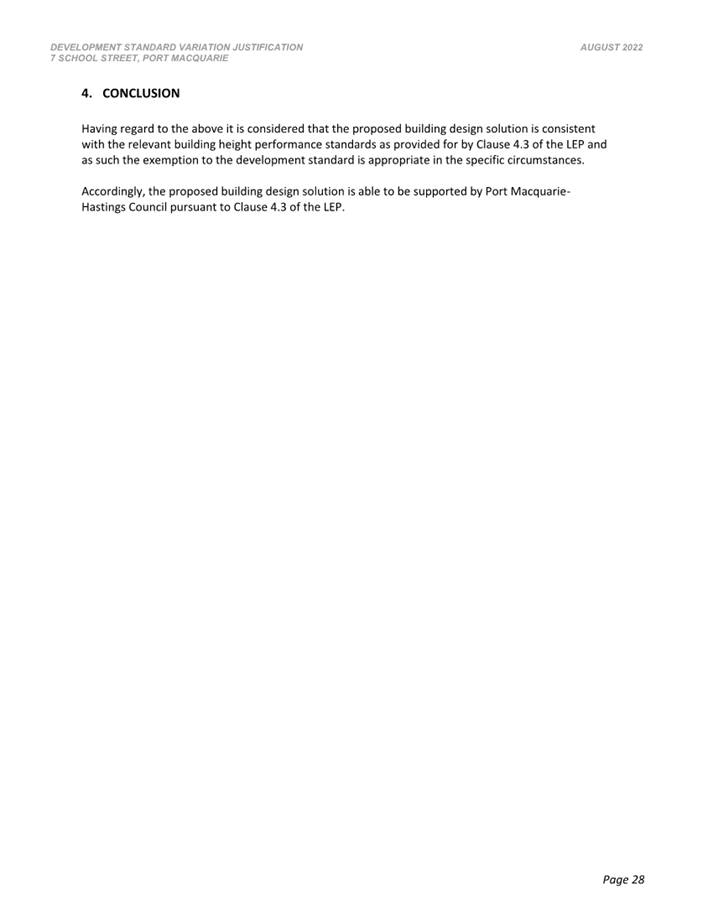
|
ATTACHMENT
|
Development Assessment Panel
11/12/2024
|
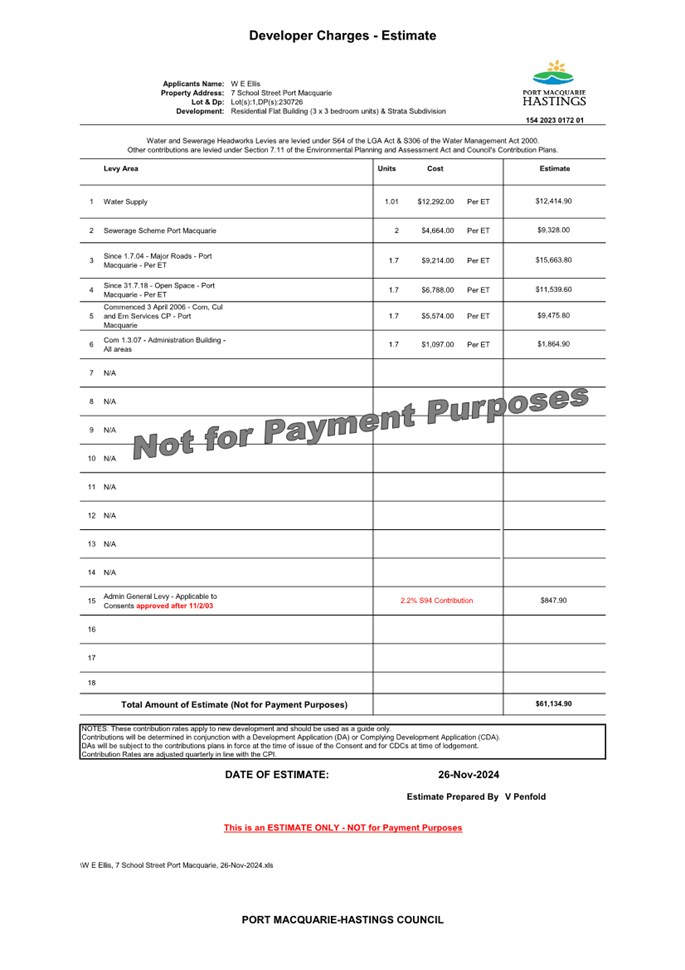
Development Assessment Panel
11/12/2024
Item: 07
Subject: DA2022 - 931.1 School (Stage 1 & 2) and
Concept Application for Stage 3 Expansion of School at Lot 10 DP 1223845, No.
456 John Oxley Drive, Thrumster
Report
Author: Development Assessment Planner, Chris Gardiner
|
Applicant: Port
Macquarie Steiner Limited
Owner: Port
Macquarie Steiner Limited
Estimated Cost: $3,390,000
Alignment with Delivery
Program
4.3.1 Undertake transparent
and efficient development assessment in accordance with relevant legislation.
|
RECOMMENDATION
That
DA2022 - 931.1 for a School
(Stage 1 & 2) and Concept Application for Stage 3 Expansion of School at Lot 10, DP 1223845, No. 456 John
Oxley Drive, Thrumster, be determined by granting consent subject to the
recommended conditions.
Executive
Summary
The Development Assessment Panel
previously considered this application at its meeting on 6 March 2024, with the
consensus being:
“That
DA2022 - 931.1 for a School (Stage 1 & 2) and Concept Application for Stage
3 Expansion of School at Lot 10, DP 1223845, No. 456 John Oxley Drive,
Thrumster, be deferred to enable the applicant to undertake an arborist
assessment of all trees to be retained on site and provide a tree management
safety plan so as to manage the safety of future users of the school
site.”
The Applicant has provided
additional information in response to the deferral including an Arboriculture
Risk Assessment Report, an amended Biodiversity Development Assessment Report,
a Tree Safety Management Plan, and an amended Tree Removal Plan. The amended
plans are included (Attachment 2). The amended proposal involves the removal of
an additional 7 trees, dead wooding of retained trees in high traffic areas,
and establishment of an exclusion zone around an existing tree on the
neighbouring property that is not able to be managed by the proponent.
The amended plans and documents
were re-notified between 24 October 2024 and 6 November 2024, with 4 additional
submissions received.
The majority of the assessment matters remain unchanged
following the deferral, and the original assessment report are included
(Attachment 4). The additional relevant matters for consideration under Section
4.15(1) of the Environmental Planning and Assessment Act 1979 arising from the
amended proposal are considered in this report. Development contributions are
unchanged by the additional information and the original estimate are included
(Attachment 3).
This report recommends that the
development application be approved subject to the attached conditions
(Attachment 1), which have been amended having regard to the additional
arboriculture and ecological assessments.
STATUTORY
ASSESSMENT
Section
4.15(1) Matters for Consideration
(a) The
provisions (where applicable) of:
(i) any
Environmental Planning Instrument
State Environmental Planning Policy (Biodiversity and
Conservation) 2021
Chapter 4 Koala Habitat Protection 2021
Clause 4.8 - The land is subject to the Area
13 (Thrumster) Koala Plan of Management, and is identified as high use core
koala habitat in that plan (see below).
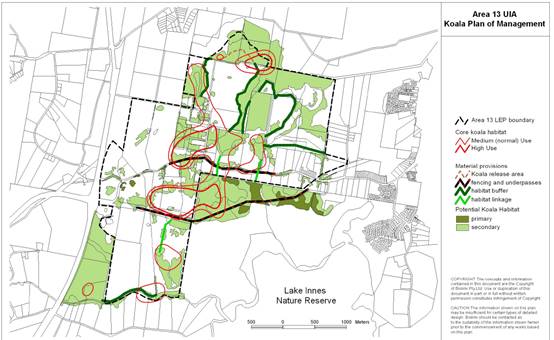
The following comments are provided in
relation to the working provisions in Part 3 and Part 6 of the KPoM:
|
Provision
|
Comment
|
|
3(C) Clearing of native vegetation
|
A condition is recommended requiring a
suitably qualified koala specialist to inspect all trees on the day that the
clearing is proposed and provided written clearance before clearing
commences.
|
|
3(D) Protection of Koalas from undue
disturbance
|
A condition is recommended requiring
clearing and/or earthworks to be suspended within 25m of any tree occupied by
a koala until the koala has moved on of its own volition.
|
|
3(E) Swimming pools
|
The proposal does not include a swimming
pool.
|
|
3(F) Habitat Linkages and Buffers
|
No habitat linkages or buffers traverse the
site.
|
|
3(G) Habitat restoration
|
No habitat linkages or buffers traverse the
site. Habitat restoration is not applicable.
|
|
3(H) Koala Release Area
|
Not applicable. The koala release area is
not associated with the subject site.
|
|
3(I) Roading
|
No roads are proposed for the development.
|
|
3(J) Community Education
|
Noted, but not applicable to the proposal.
|
|
5 Design Principles
|
Design principles relate only to residential
subdivisions and are not applicable to the proposed school.
|
|
6(A) Road design standards
|
No public roads are proposed for the
development.
|
|
6(B) Keeping of domestic dogs
|
Having regard to the proposed use as a
school, it is not considered likely that dogs would be kept on the premises.
As a precaution, a condition is recommended confirming this restriction.
|
|
6(C) Protection of preferred koala food
trees
|
The proposal does not include any
residential allotments and this provision does not apply.
|
|
6(D) Fencing
|
While the subject site is not technically a
residential allotment, it is recommended that site fencing be designed to not
inhibit the movement of koalas.
The proposed new fencing to the northern and
eastern boundaries of the site will be lapped and capped timber fences. The
acoustic barrier located 0.5m inside the northern boundary will also include
koala bridges every 40m.
Fencing to the John Oxley Drive frontage
will be 1.2m high floppy top koala exclusion fencing.
The proposed fencing is consistent with the
KPoM.
|
|
6(E) Development in “High Use”
areas
|
This provision of the KPoM is not applicable
to the proposal as it is not for the purpose of high density residential
subdivision.
|
|
6(G) Landscaping
|
This provision of the KPoM is not applicable
to the proposal as it is not for the purpose of residential subdivision.
|
|
6(H) Variations
|
The proposal does not seek any variation to
6(E) or 6(F) and this provision is not applicable to the proposal.
However, confirmation has been provided that
the school has arranged for planting and ongoing maintenance of at least 12
koala food trees on a property located off Tall Timber Road, Lake Innes (Lot
2 DP 875785).
|
(iii) Any Development
Control Plan in force
Port
Macquarie-Hastings Development Control Plan 2013
|
DCP 2013: Part B - General
Provisions - B2: Environmental Management
|
|
DCP Objective
|
Development Provisions
|
Proposed
|
Complies
|
|
Tree Management –
Private Land
|
|
11
|
c) Where a tree listed in Table
1 is approved for removal it must be compensated with 2 x koala habitat
trees. Significant large-scale development will require an advanced size
koala food tree or habitat tree (primary Koala browse species) that meets
AS2303:2015 Tree Stock for Landscape Use. The compensation tree is to be
planted in a suitable location as determined by the Director of Development
and Environment or their delegate.
|
A total of 22 trees are proposed
to be removed for the development, including 5 locally preferred koala food
trees. The DCP notes that the offsetting provision does not apply where the
land has an adopted Koala Plan of Management.
|
N/A
|
|
Tree Management - Hollow
Bearing Trees
|
|
13
|
a) All hollow bearing trees
within the development area are to be accurately located by survey and
assessed by an appropriately qualified ecologist in accordance with
Council’s Hollow-bearing tree assessment (HBT) protocol
|
The BDAR accurately locates and
assesses each of the hollow bearing trees on the site
|
Yes
|
|
b) Any tree that scores less
than 8 using the HBT assessment protocol may be considered for removal
subject to compensatory measures specified below.
|
No additional hollow bearing
trees scoring less than 8 are proposed to be removed.
|
N/A
|
|
c) Any tree that scores 8-12
using the HBT assessment protocol may be considered for removal if management
measures are ‘impractical to allow retention’
|
No additional hollow bearing
trees scoring 8-12 are proposed to be removed.
|
N/A
|
|
d) Any tree that scores more
than 12 using the HBT assessment protocol the assessment must be retained and
afforded a development exclusion buffer or located within environmental
lands.
|
The Arboriculture Risk
Assessment Report prepared by The Tree MD Pty Ltd identifies an additional 4
hollow bearing trees scoring more than 12 using the HBT assessment protocol
that require removal due to safety risks. These trees include:
HBT 1 (tree 770): Blackbutt - multiple branch failures, cavity at
base with significant decay, upper canopy and main stem with significant
decay and cavities, limited sound wood supporting remaining branches.
HBT 8 (tree 738): Blackbutt - over-road branches with damage and dieback,
and previous over-road branch failures observed.
HBT 9 (tree 742): Blackbutt - multiple branch failures, additional large
branches with increased risk of failure in adverse weather conditions.
HBT 10 (tree 737): Blackbutt - subdominant elongated asymmetric growth and
previous branch failures observed.
While the DCP prefers the
retention of these trees, the Biodiversity Conservation Act 2016 is higher
order legislation and provides a process for the scientific consideration of
the impacts of the development through a Biodiversity Development Assessment
Report (BDAR). The Applicant has submitted a BDAR prepared by an
authorised person. The report has been reviewed and it is considered that
adequate measures have been taken to avoid or minimise impacts, and the
development would not result in serious and irreversible impacts on
biodiversity. Particularly, the development layout has been designed to
minimise the loss of koala food tree species, and hollow-bearing trees. The
loss of habitat from existing hollows will be offset by appropriate nest
boxes and recruitment trees in accordance with the DCP requirements.
Additional ecosystem and species
credits will be applicable due to the increased loss of hollows from the
amended proposal.
|
Acceptable on merit
|
|
e) Where a development exclusion
buffer is proposed it shall have a radius of 1.25 times the height of the
tree measured from its base.
|
A full development exclusion
buffer has not been provided for all retained hollow bearing trees on the
site. The Arboriculture Impact Assessment Report has demonstrated that it is
possible to safely retain all the existing hollow bearing trees during the
construction phase with appropriate tree and root protection measures.
The other objective of this
provision is to ensure that retained trees are not later removed because they
pose a risk of falling on buildings, access roads, parking areas, or
occupants of the site.
Given the nature of the proposed
use, it is not possible to exclude staff, students and parents from all areas
of the site that are within proximity to the retained hollow bearing trees.
An alternative management strategy has been proposed to reduce the risk posed
by existing trees in a manner that does not require significant additional
tree removal.
The submitted Tree Safety
Management Plan includes the following recommendations:
Prior to the School
Commencing Operation
· Construct fence to delineate the low traffic area in the
south-western corner and south-eastern corner. The low traffic area is only
to be accessed for maintenance. Refer Tree Identification & Low Traffic
Area Plan.
· Dead wooding of all trees which overhang the driveway,
car park and other areas outside of the low traffic area.
· Remove the following trees:
− 688 (small-fruited Grey Gum)
− 697 (small-fruited Grey Gum)
− 736 (Blackbutt)
− 737 (Blackbutt)
− 738 (Blackbutt)
− 742 (Blackbutt)
− 770 (Blackbutt).
During Operation of the
School
· Passive and formal active inspections by the School,
being once a week and after adverse weather events. School staff to carry out
an inspection of all trees outside the low traffic areas to identify any
signs of loose limbs or structural instability. For trees identified as
potentially hazardous, arrange an inspection by a qualified AQF 5 level
arborists to determine any necessary action.
· Quarterly tree health assessment by an AQF5 level
arborist of all trees outside of the low traffic area.
· Annual Tree Risk Assessment by an AQF5 level arborist who
is a current QTRA or a VALID tree risk assessor.
An amended condition has been
recommended in Attachment 1, requiring the implementation of the Tree Safety
Management Plan.
|
Acceptable on merit
|
|
14
|
a) A strategy for tree removal
(timing and methodology) that minimises impacts on native wildlife shall
accompany any development that proposes the removal of HBTs.
|
The submitted BDAR includes
recommendations for tree removal methodology.
|
Yes
|
|
b) The removal of HBTs is to be
offset by the retention of recruitment trees. Compensatory recruitment trees
shall be provided at the rate of two for one for trees that scored 8-12,
Development Control Plan 2013 page 25 and at the rate of one for one for
trees that scored less than 8. A tree can be considered to be a compensatory
recruitment tree under the following criteria:
- Does not have any major structural defects or is
suffering from disease that would lead to premature death; and
- Is from the same vegetation community and same genus; and
- Are to be located within environmental lands and managed
in accordance with a VMP; and
- Have a DBH of 50cm or greater and do not possess hollows.
For Blackbutt Eucalyptus pilularis a DBH of 100cm or greater applies.
|
The BDAR identifies the
retention of at least 8 recruitment trees within the site that meet the DCP
criteria.
|
Yes
|
|
c) The removal of HBTs are to be
offset by the installation of nesting boxes of similar number and size as
those to be removed.
|
Given that the four HBTs
contained 13 hollows between them, 13 replacement nest boxes or equivalent
are required. The BDAR notes that these are to comprise:
· 4 x microbat boxes
· 6 x medium parrot/glider boxes
· 3 x large salvaged hollow limbs (or large nest boxes if
no limbs are salvageable).
|
Yes
|
|
d) Nesting boxes are to be
installed like for like (both type and number, and host tree to genus level)
and must be located within proposed open space or environmental lands.
|
The above nest boxes will be
like for like and are proposed to be installed within the retained vegetation
on the school site.
|
Yes
|
|
e) Nesting Boxes are to be
installed and maintained within environmental lands in accordance with a VMP.
|
A VMP is not considered
necessary as the nest boxes are the only offsets proposed within the site.
The recommended conditions require installation of the nest boxes in
accordance with the mitigation measures detailed in the BDAR, and the
maintenance of the nest boxes in perpetuity.
|
Acceptable on merit
|
|
f) Nesting Boxes to be inspected
and maintained by a qualified ecologist.
|
|
g) Any HBT that will not afford protection
via an exclusion buffer or within environmental lands will attract the same
offsetting requirements as if it was to be removed.
|
An appropriate alternative
management regime has been proposed for the HBTs with compromised exclusion
buffer. Additional nest box offsets are not considered necessary.
|
Acceptable on merit
|
(b) The likely
impacts of that development, including environmental impacts on both the
natural and built environments, social and economic impacts in the locality
Flora and fauna
The proposed development will impact an area of 0.84
hectares and will involve the removal or modification of 0.56 hectares of
native vegetation (an increase from the original proposal of 0.34 hectares),
with the remaining 0.28 hectares situated in areas previously cleared. The
Biodiversity Offset Scheme applies due to the entire site being mapped on the
Biodiversity Values Map and the Applicant has submitted an amended Biodiversity
Development Assessment Report (BDAR) addressing the likely impacts of the development.
The report has been reviewed by Council’s Ecologist
and it is considered that adequate measures have been taken to avoid or
minimise impacts, and the development would not result in serious and
irreversible impacts on biodiversity. Particularly, the development layout has
been designed to minimise the loss of koala food tree species and
hollow-bearing trees, and to mitigate the loss of hollows through appropriate
nest boxes and recruitment trees.
The development will require the retirement of additional
ecosystem credits and species credits to offset the impacts of the development,
as detailed in the table below:
|
Impacted plant community type
|
Number of ecosystem credits
|
IBRA sub-region
|
Plant community type(s) that can be used to offset the
impacts from development
|
|
690-Blackbutt - Tallowwood dry grassy open forest of the
central parts NSW North Coast Bioregion
|
11 (previously
7)
|
Macleay Hastings, Carrai Plateau,
Coffs Coast and Escarpment,
Comboyne Plateau, Karuah Manning, Macleay Gorges, Mummel
Escarpment and Upper Manning.
or
Any IBRA subregion that is within 100 kilometres of the
outer edge of the impacted site.
|
Northern Hinterland
Wet Sclerophyll Forests
This includes PCT's:
3231, 3236, 3257, 3259, 3262
|
|
Impacted species
|
Number of species credits
|
IBRA sub-region
|
|
Lathamus discolor / Swift Parrot
|
16 (previously 11)
|
Anywhere in NSW
|
Conditions have been recommended requiring evidence of
retirement of the relevant credits prior to the commencement of any clearing on
the land.
The Biodiversity Development Assessment Report also includes
a table of recommended management and mitigation measures for the construction
and operational phases of the development. A condition is recommended requiring
implementation of the measures at the relevant stages of the development.
(d) Any
submissions made in accordance with this Act or the Regulations
An additional 4 written
submissions were received in response to the re-notification of the amended
proposal. A summary of the key issues raised in the
additional submissions received and comments on these matters are provided in
the table below:
|
Submission
Issue/Summary
|
Planning
Comment/Response
|
|
The amended proposal still doesn’t
provide for bus transport. Reliance upon private motor vehicles is not a
sustainable option.
|
Mode split data published by
RMS (now TfNSW) notes that for primary schools in regional areas an average
of 7% of students travel by bus in the morning and 4% travel by bus in the
afternoon. Based on the maximum number of students proposed in the application,
a public school bus service is not considered to be warranted. The internal
loop road could be altered to accommodate a school bus if student numbers
expanded significantly in the future.
|
|
The installation of a stop sign
at the Aspect Court intersection would cause further inconvenience for
residents and delays for emergency responders.
|
A stop sign at this
intersection has not been proposed by the Applicant. Further the recommended
conditions of consent don’t require the installation of a stop sign
based on the staff assessment of traffic impacts. The existing ‘give
way’ control remains appropriate.
It is noted that the SIDRA
analysis in the Applicant’s Traffic Engineering Report has modelled
future intersection performance based on a stop sign, which is more
conservative than the existing conditions.
|
|
The address of the site John
Oxley Drive and access should not be permitted from Aspect Court. If access
cannot be provided from John Oxley Drive, the development should not be
approved.
|
John Oxley Drive is an
arterial road and direct accesses to individual properties are not desirable
from a traffic safety and efficiency perspective. A limited number of road
intersections have been planned for the Thrumster area, and access to
individual sites will be from the local road network.
|
|
The development has
insufficient off-street parking. Overflow parking in Aspect Court will cause
damage to residents’ lawns as the street is narrow.
|
The parking proposed for the
development exceeds the minimum requirements of Council’s DCP and RMS
(now TfNSW) parking surveys.
|
|
Council should not be required
to pay for footpaths and other infrastructure with ratepayers’ money to
facilitate the development.
|
All infrastructure upgrades
associated with the development would be at the developer’s expense.
|
|
The amended proposal still
doesn’t include a private bus service as originally proposed.
|
The Traffic Engineering Report
identifies a mini-bus of similar dimensions to a medium rigid vehicle as a
“regular” service vehicle. The Applicant has indicated that this
was intended to cover the use of a mini-bus for regular school excursions and
a private bus service is not proposed.
|
|
Vehicles will have to queue in
the street while waiting for parking to be available, which will have traffic
safety impacts.
|
The internal loop road will
provide for vehicles to circulate through the traffic lane and re-enter
Aspect Court in the event that all parking and kiss-and-drop spaces are
occupied. The internal loop road has storage capacity for approximately 20
vehicles.
|
|
Council should stage a mock
pick-up with 90 cars entering and exiting the street in a 15 minute period to
understand the actual impacts of the proposal.
|
A realistic trial of the
traffic impacts is not possible without the construction of the loop road and
parking areas.
Computer modelling of traffic
impacts is an accepted practice for development assessment.
|
|
Neighbours were originally told
by a school representative that there would be no bells, PA or sound system
of any type and the proposal now includes these items. These items will
likely cause noise complaints and affect the sleep of neighbouring shift workers.
|
The noise impact assessment
notes that there are no specific noise requirements to govern bells and PA
equipment for school announcements, as these occur sporadically and not for a
prolonged length of time. The report recommends best-practice such as directional
speakers or speakers aimed into the school grounds, rather than neighbouring
properties.
A condition is recommended
requiring any bell and/or PA system to be installed and operated in
accordance with the Noise Impact Assessment.
|
|
The projected noise from the
school is based on a biased report prepared on behalf of the school. What
will be the consequences if the school exceeds the projected noise levels?
Can the school be relocated if there are constant breaches of noise levels?
|
It is normal practice for
specialist reports to be commissioned by the Applicant. The noise impact
assessment has been reviewed by Council’s Environmental Health Officer
and is considered to have appropriately determined the applicable noise
levels. The recommended mitigation measures are practical and achievable.
Noise limits have been
recommended in the conditions and would be legally enforceable if the
development is granted consent. If the school exceeded the relevant noise
levels once operational, Council would have various enforcement options,
which could include additional noise mitigation measures (for example,
additional or improved acoustic barriers), reduction in the volume of bells
and PA systems, replacement of plant, and/or changes to the way that the
school operates.
Council could not force the
school to relocate.
|
|
No construction work should be
permitted on weekends or before 7.00am on weekdays.
|
The proposed conditions
recommend that construction hours are restricted to between 7.00am and 6.00pm
Monday to Saturday, with no work to be carried out on Sundays or public
holidays. This is consistent with current noise legislation and guidelines.
|
|
How is the planting and
maintenance of koala food trees proposed to be monitored?
|
No koala food tree offsets are
proposed or required on the site. The impacts of the development are proposed
to be offset through biodiversity credits.
|
|
The additional loss of hollows
will have a significant impact on the animals that use them. Research has
shown that displaced animals don’t do well in artificial nest boxes.
|
The significance of the
impacts has been assessed in the Biodiversity Development Assessment Report
(BDAR) in accordance with the requirements of the Biodiversity Conservation
Act 2016 and it has been determined that the proposal would not significantly
impact threatened species or ecological communities.
The BDAR has recommended
salvage of the existing large hollows where possible, and a range of nest box
sizes to suit the habitat that is proposed to be lost for the development.
· 4 x microbat boxes
· 6 x medium parrot/glider boxes
· 3 x large salvaged hollow limbs (or large nest boxes if
no limbs are salvageable).
Council’s Ecologist is
satisfied that offsets proposed are appropriate. Nest boxes generally have a
shorter lifespan than the original hollows, and a condition has been
recommended requiring the ongoing maintenance and replacement (if necessary)
of the nest boxes.
|
|
The hollow bearing trees listed
in the report cannot be removed. They may not be safe for a school but in the
original DA for this piece of land, a single residential dwelling, these
trees would remain and continue to provide a sustainable and long-term habitat.
|
The assessment of the
application does not require a comparison with the impacts of development
that has previously been granted consent on the site. The proposed school
needs to be assessed on its merits having regard to the relevant legislation.
|
|
At the previous DAP meeting on
6 March 2024 suggested solutions to the proponent for managing tree safety.
This was inappropriate and there are now concerns about bias towards the
developer.
|
It is a normal part of the
assessment process for the consent authority to consider options for managing
impacts identified through the assessment. This will often involve discussion
and negotiation with the Applicant as there is generally more than one way
that a particular issue can be resolved.
|
|
Request that Council carries
out an independent noise assessment for the school.
|
It is up to the Applicant to
provide the relevant specialist reports to support a development proposal.
Council’s expert staff review these reports to confirm that they
address the relevant legislation, policies, and guidelines and that the
recommended mitigation measures are practical and achievable.
|
|
The traffic assessment has
relied upon inadequate or outdated traffic data. The assessment should be
updated to include current traffic volumes as there has been further growth
is Thrumster since the original report was prepared.
|
The current traffic volumes
determined for John Oxley Drive in the Traffic Engineering Report have been
reviewed by Council staff having regard to recorded traffic counts and other
recent traffic assessments in the area. The current traffic volumes used in
the report are considered appropriate.
The Traffic Engineering Report
accounts for 10 years of traffic growth at a rate expected for an urban
release area (as is normal practice for such reports). The traffic volumes in
John Oxley Drive are anticipated to increase from 6000 vehicles per day in
2023 to 8000 vehicles per day in 2033. It is not necessary for additional
traffic counts to be carried out for 2024/2025 as the report already accounts
for this growth.
|
|
The fence between the
development and northern neighbours should be 2.4m high, not 1.8m, as the
development is for a multi storey building.
|
The noise impact assessment
determined that a 1.8m high acoustic barrier is sufficient to mitigate noise
for Stages 1 and 2 of the development. The 2.4m high barrier is not required
until Stage 3 of the development, which is subject to a separate development
application.
However, the Applicant has
agreed to construct the 2.4m high barrier at the outset of the development to
reduce construction and operational noise impacts on neighbours.
|
|
The acoustic fence should be
constructed prior to any works or clearing commencing.
|
The recommended conditions
include a requirement for the acoustic fence to be constructed at the outset
of the Stage 1 works, prior to any other building, civil, or earthworks
commencing.
|
|
The staggered pick up times
proposed by the school would not be effective as many parents arrive at
school early and park while they wait.
|
The staggered pick up times
proposed are expected to improve the functionality of the kiss and drop and
parking areas and reduce waiting times. Ongoing education is likely to be
required by the school to manage parents arriving early and parking prior to
the designated pick up times.
An efficient pick up system is
likely to discourage this type of behaviour as most parents will choose the
most convenient option.
|
|
It doesn’t appear that
all the retained trees have been assessed for safety as required by the
previous deferral of the application.
|
The Arboriculture Risk
Assessment Report prepared by The Tree MD Pty Ltd notes that the author
inspected all trees within the proposed school grounds. Only the trees with
an increased risk of injury to persons or damage to property were discussed
in the detailed risk assessment and recommendations. All other trees were
considered safe to remain on the site.
|
|
There is conflicting
information in the plans and documents about the number of trees that are
proposed to be removed.
|
The Arboriculture Risk
Assessment Report only considers the additional trees within the school grounds
that are required to be removed for safety reasons. The trees requiring
removal for the access road, parking areas, and services were addressed in
the original application.
The BDAR confirms the total
extent of clearing proposed for the development, which is consistent with the
amended tree removal plan.
|
|
There is a fence proposed 500mm
off the existing northern boundary fence. Is the proposal to remove all the
small trees that are currently along the fence, or will the fence be moved?
|
The alignment of the acoustic
barrier has been reviewed and it has been determined that one of the trees
identified for retention would be impacted if the acoustic barrier was
constructed 500mm off the northern boundary as originally proposed. A
condition has been recommended requiring amended plans to be submitted prior
to the issue of a Construction Certificate confirming the change of alignment
around this tree.
A number of smaller trees
within 500mm of the northern boundary are located at the rear of the
stockpile mound. These trees have been assessed in the Biodiversity
Development Assessment Report for removal for the Stage 2 car park.
Appropriate ecosystem credits have been calculated for the impacts of these
works.
|
|
Request that a condition be
imposed requiring that a bus be operating from the first day.
|
There is no nexus for a bus to
be operating for the number of students proposed.
|
|
Request that a condition
restrict any increase in student numbers (including temporary increases)
until all the requirements for Stage 2A are completed.
|
The recommended conditions
include the following restrictions on student numbers at the relevant stages
of the development:
· Stage 1 - 30 students.
· Stage 2A - 65 students.
· Stage 2B - 72 students.
· Stage 2C - 80 students.
· Stage 2D - 95 students.
The number of students could
not exceed 30 until the requirements for Stage 2A are completed.
|
CONCLUSION AND STATEMENT OF REASONS
The application has been assessed in accordance with Section
4.15 of the Environmental Planning and Assessment Act 1979.
Issues raised during assessment and public exhibition of the
application have been considered in the assessment of the application. Where
relevant, conditions have been recommended to manage the impacts attributed to
these issues.
The proposed development does
not raise any significant general public interest issues beyond matters already
addressed in this report. Overall, the proposed development is consistent with
the provisions and objectives of the relevant planning controls and will have
an acceptable impact on the surrounding natural and built environment. Approval
of the application is considered to be in the public interest as it achieves
the LEP objectives for development in the zone. No significant adverse
environmental, social or economic impacts on the locality have been identified.
Accordingly, the proposal is considered to be in the public interest.
|
Attachments
1⇩. Attachment 1 -
Recommended Conditions Attachment 1 -
Recommended Conditions
2⇩. Attachment 2 - Plans Attachment 2 - Plans
3⇩. Attachment 3 -
Contributions Estimate Attachment 3 -
Contributions Estimate
4⇩. Attachment 4 -
Original Assessment Report (DAP 6 March 2024) Attachment 4 -
Original Assessment Report (DAP 6 March 2024)
|
|
ATTACHMENT
|
Development Assessment Panel
11/12/2024
|
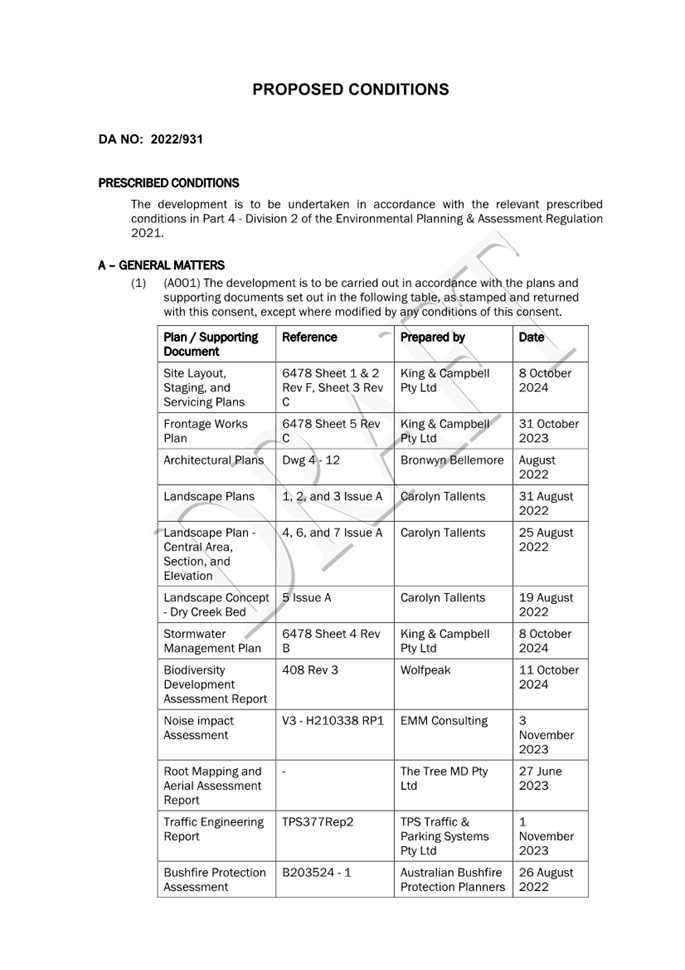
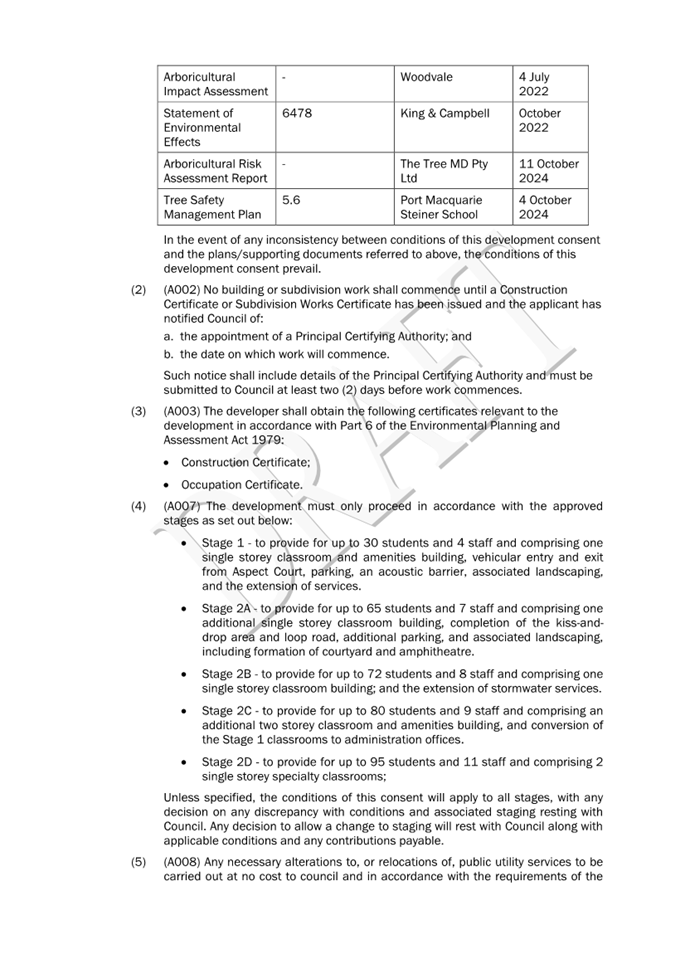

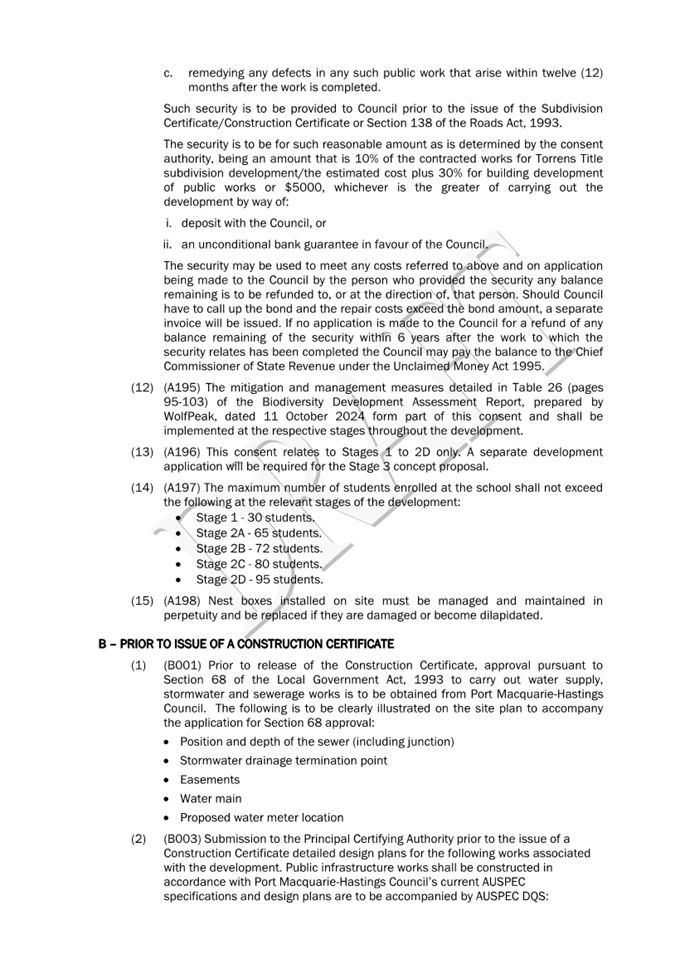
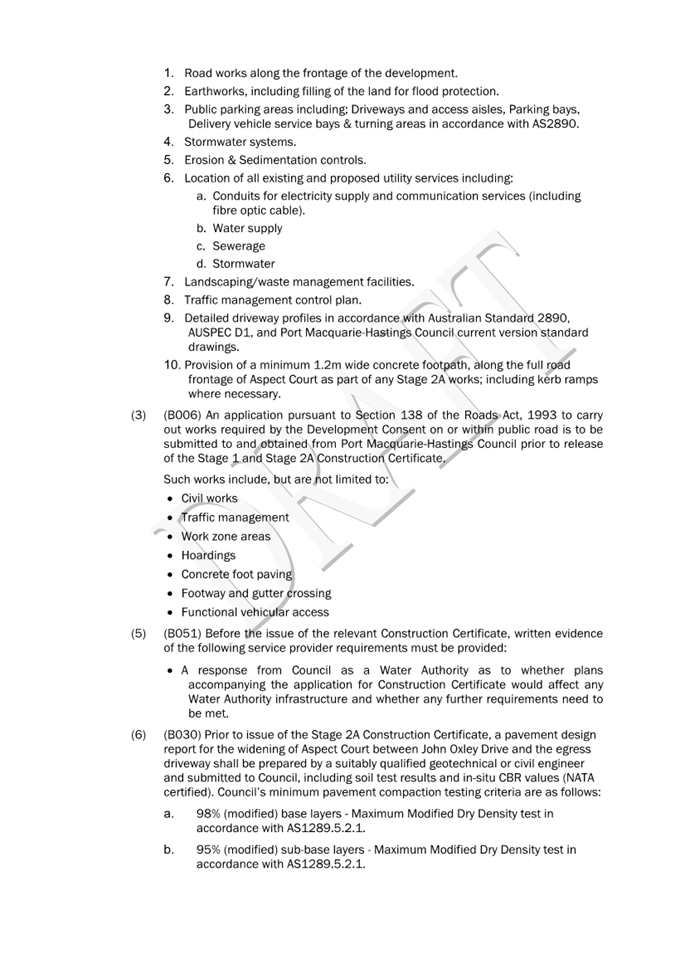

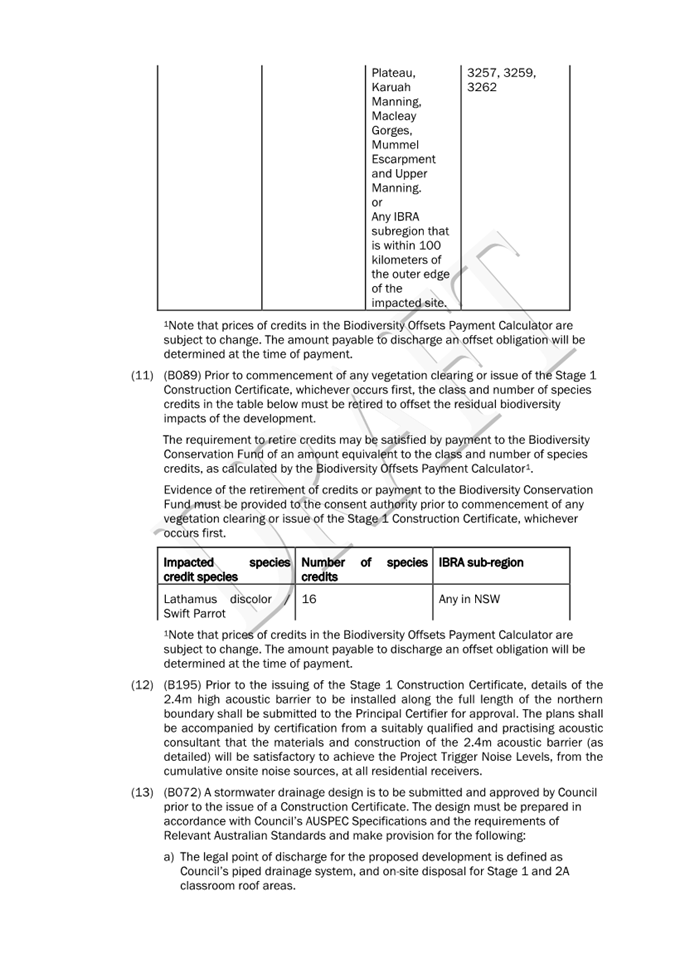
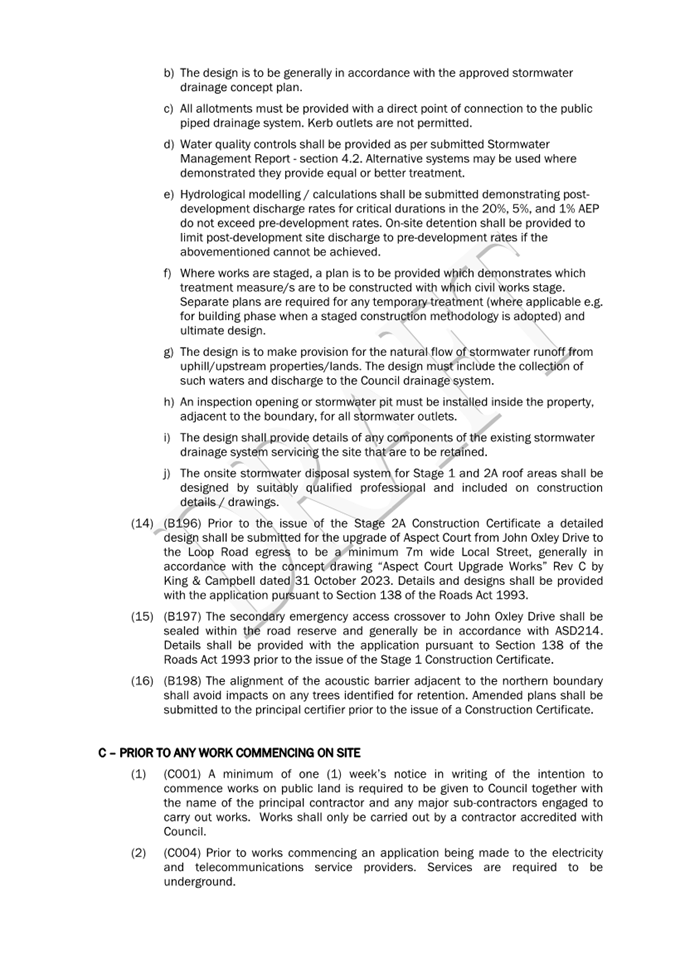




|
ATTACHMENT
|
Development Assessment Panel
11/12/2024
|
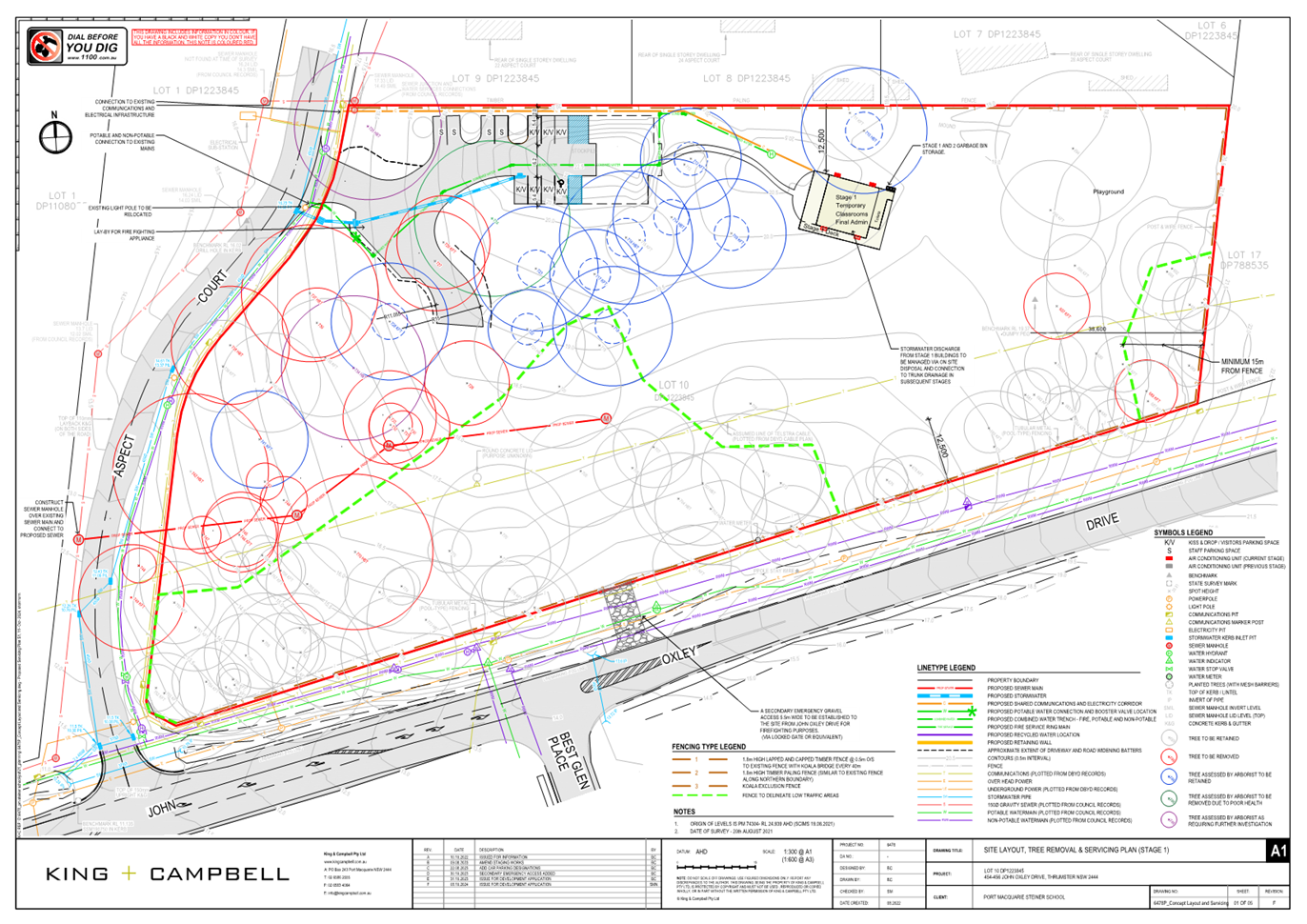
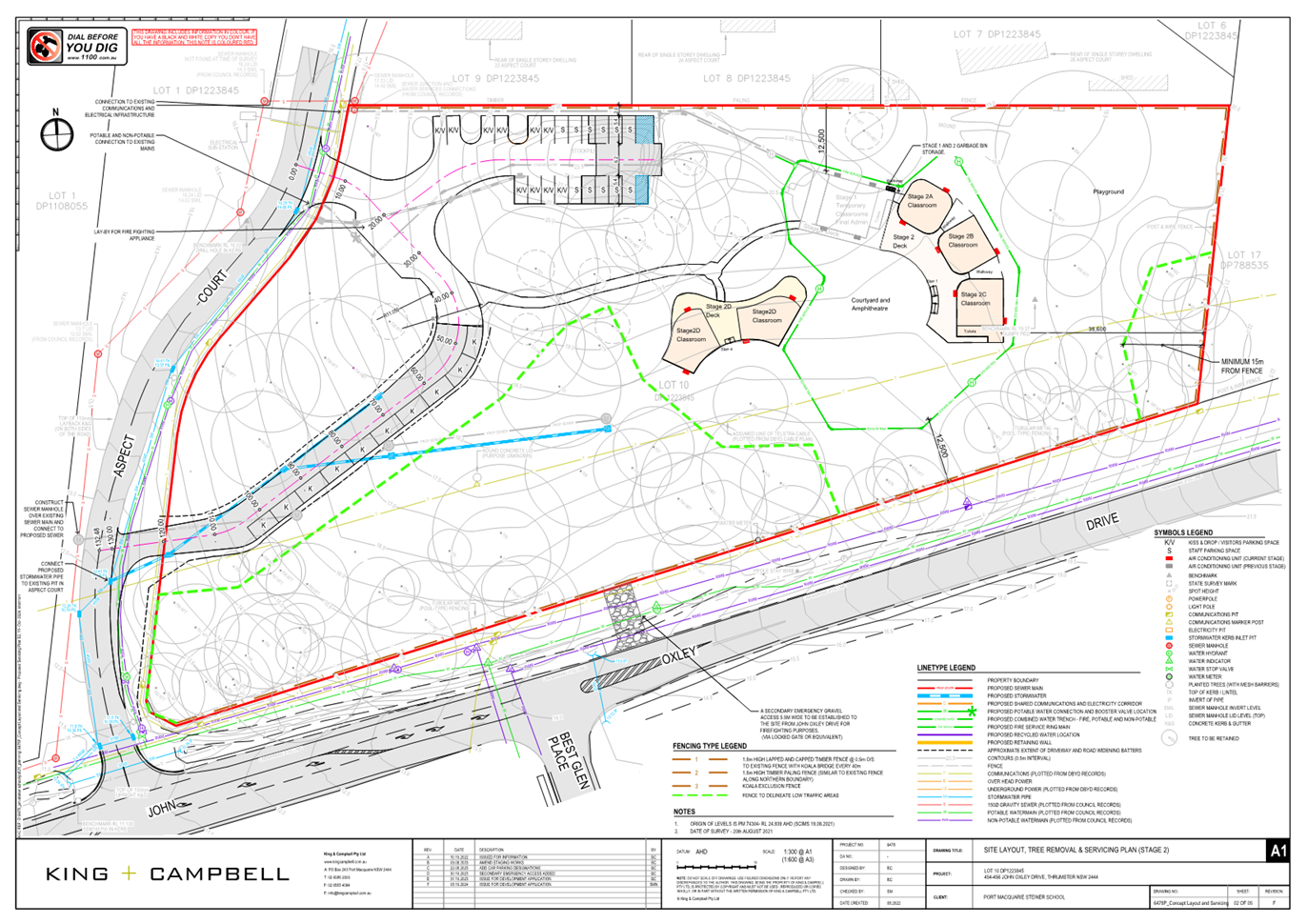
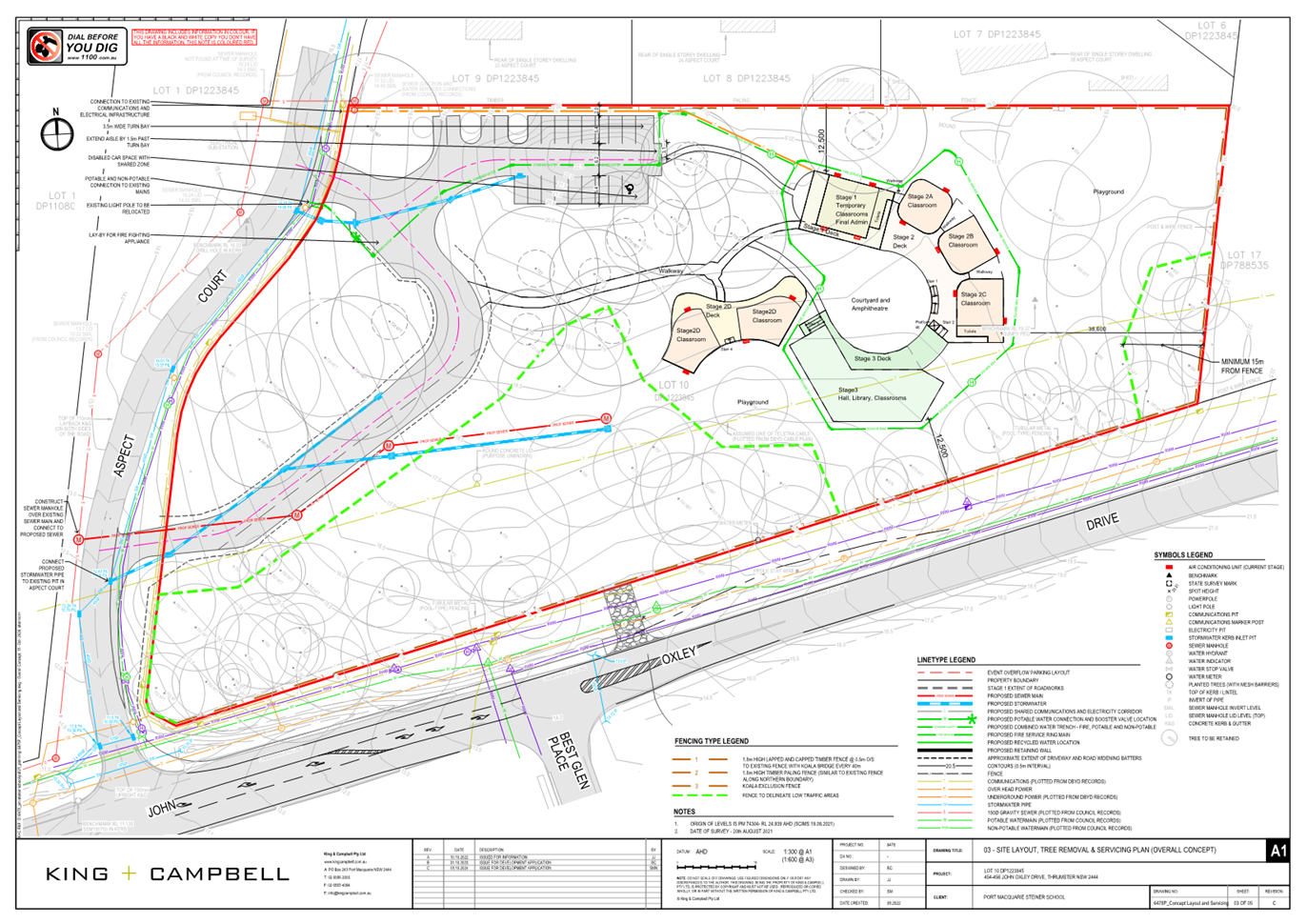
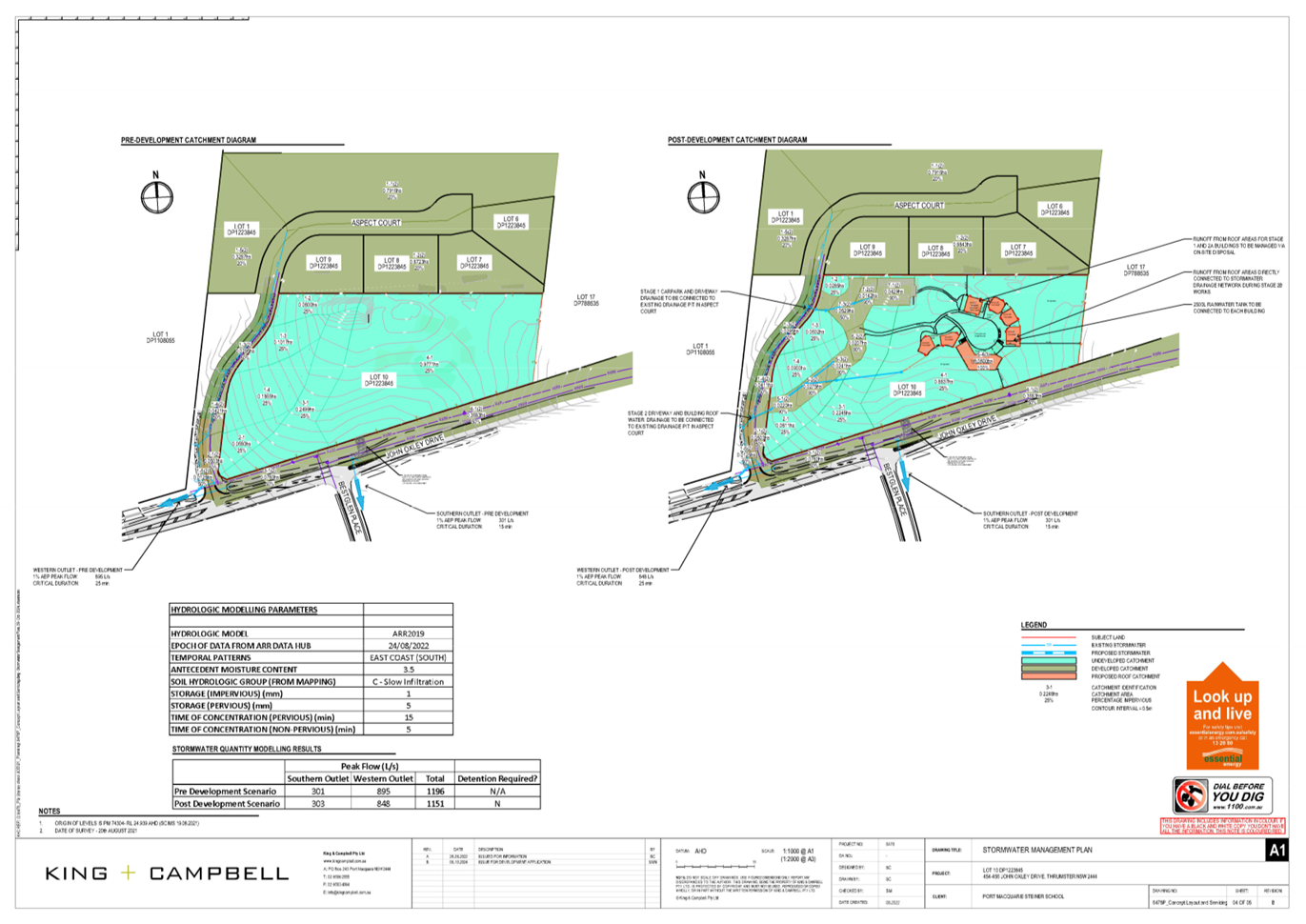
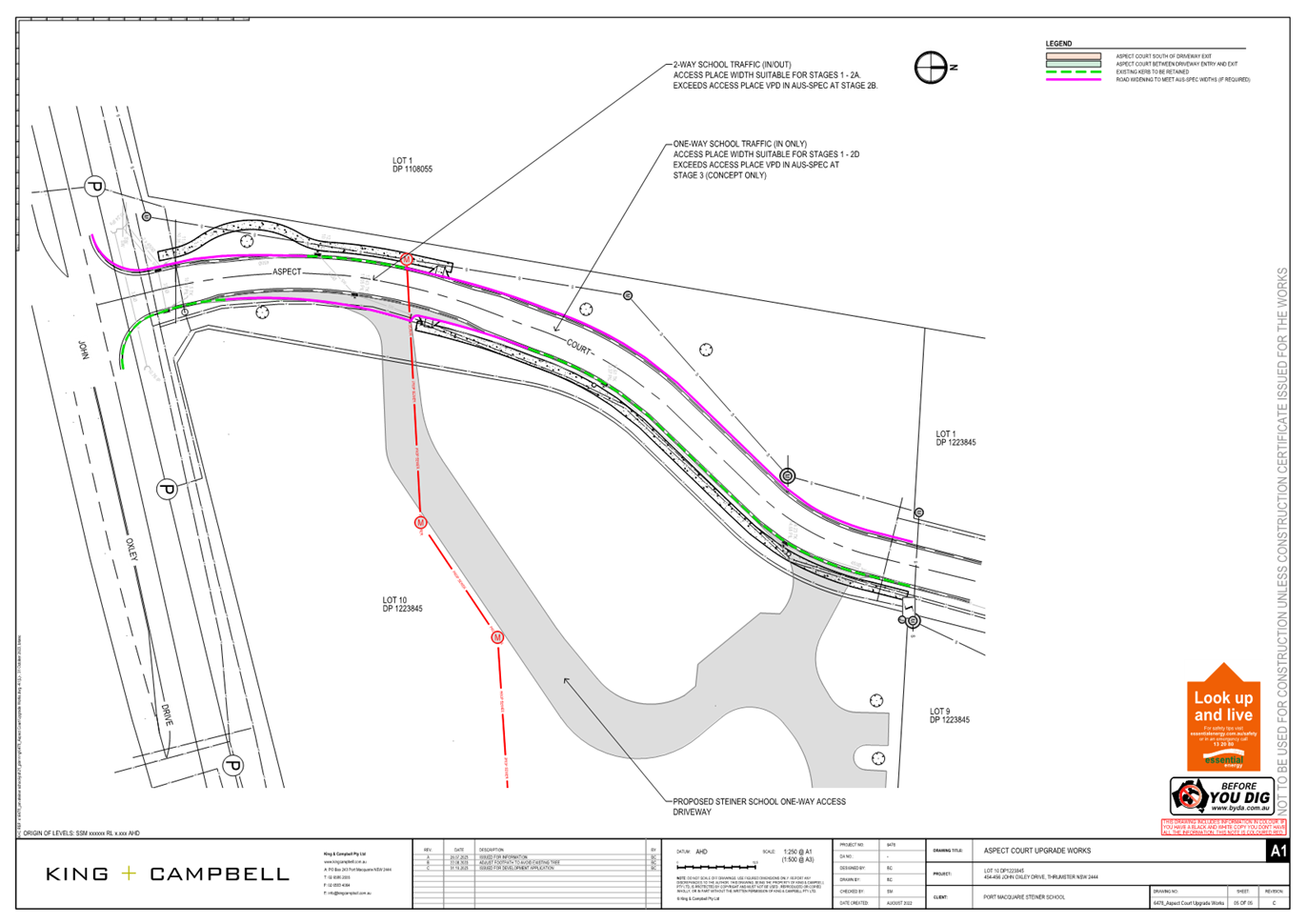
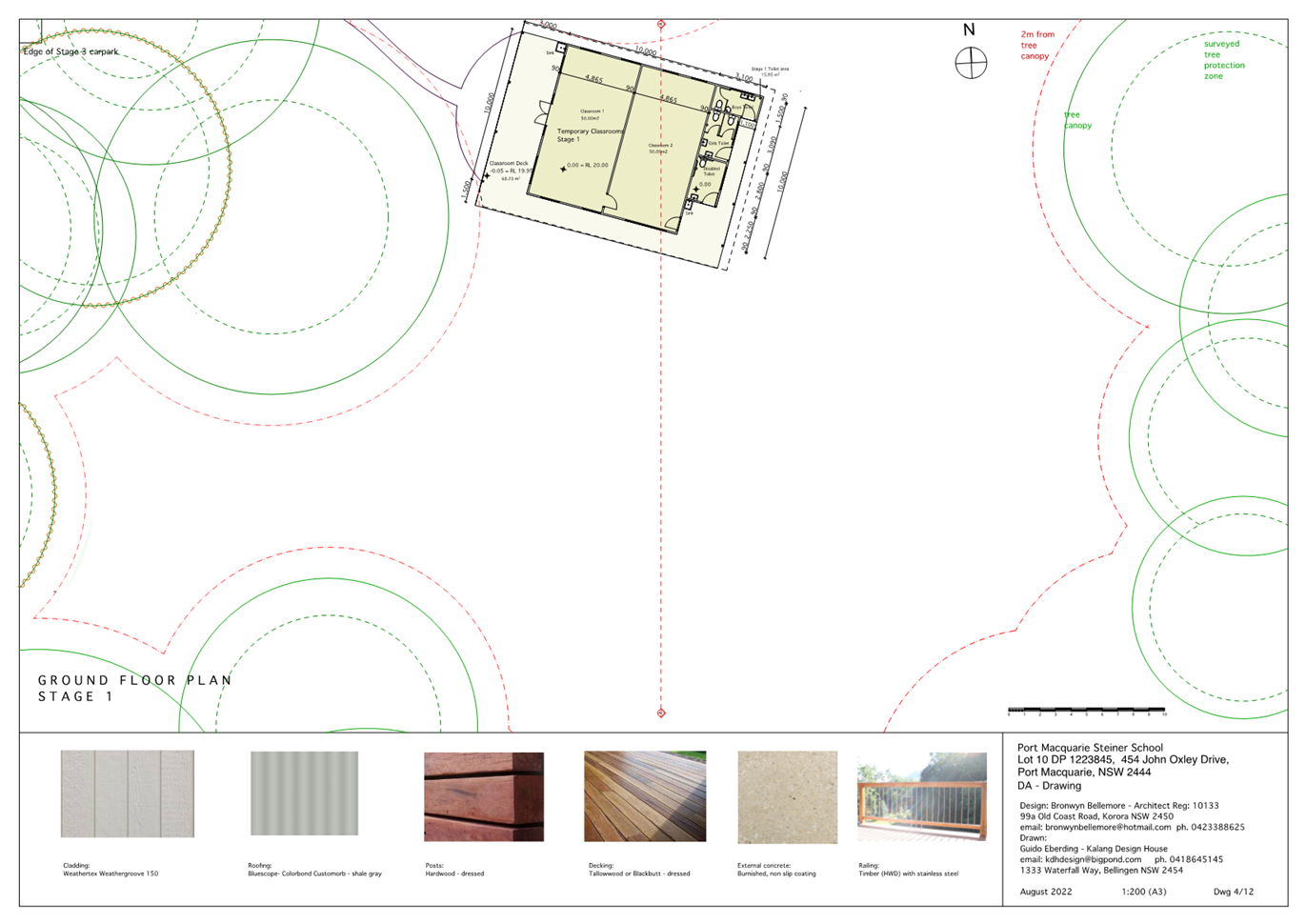


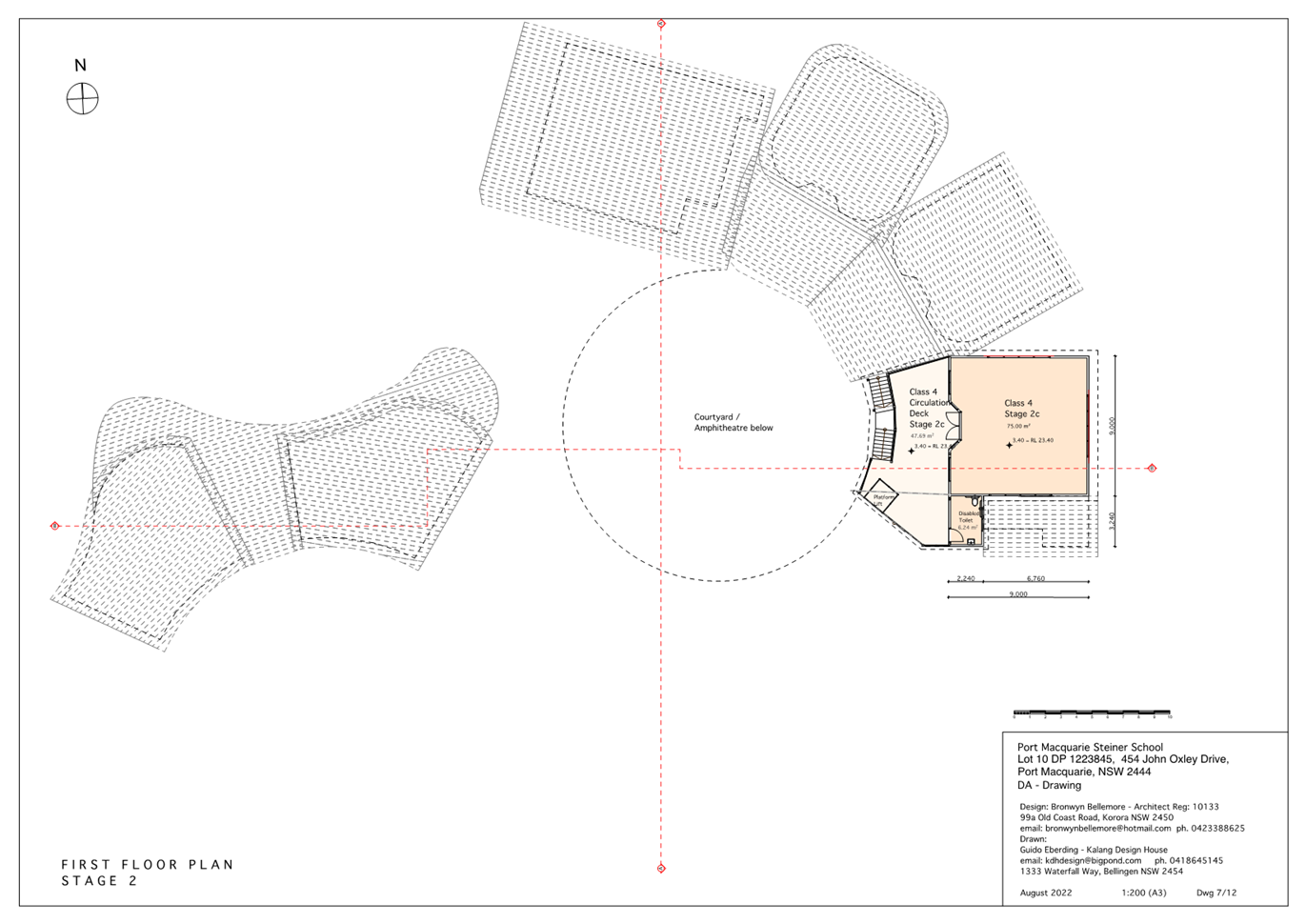
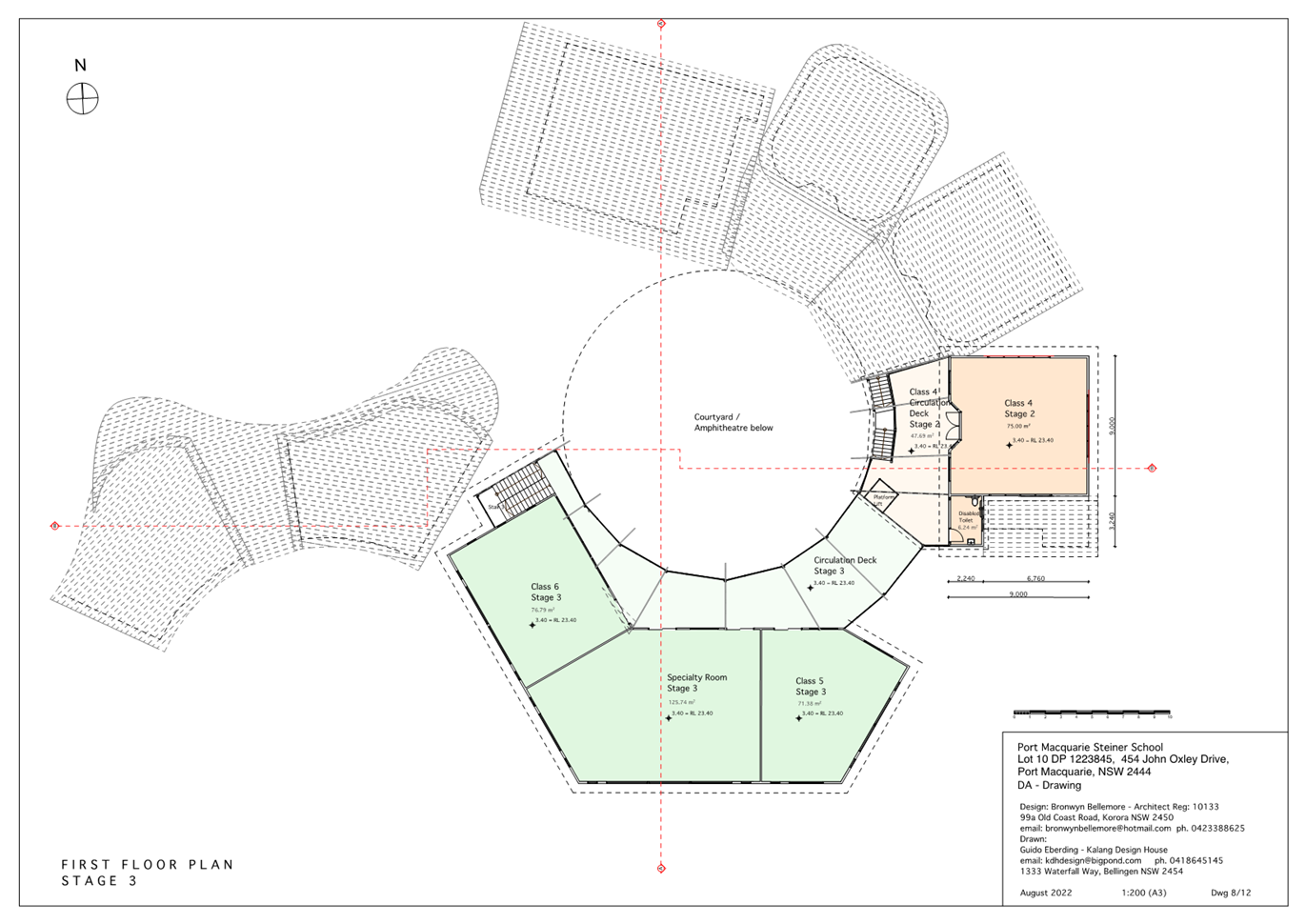
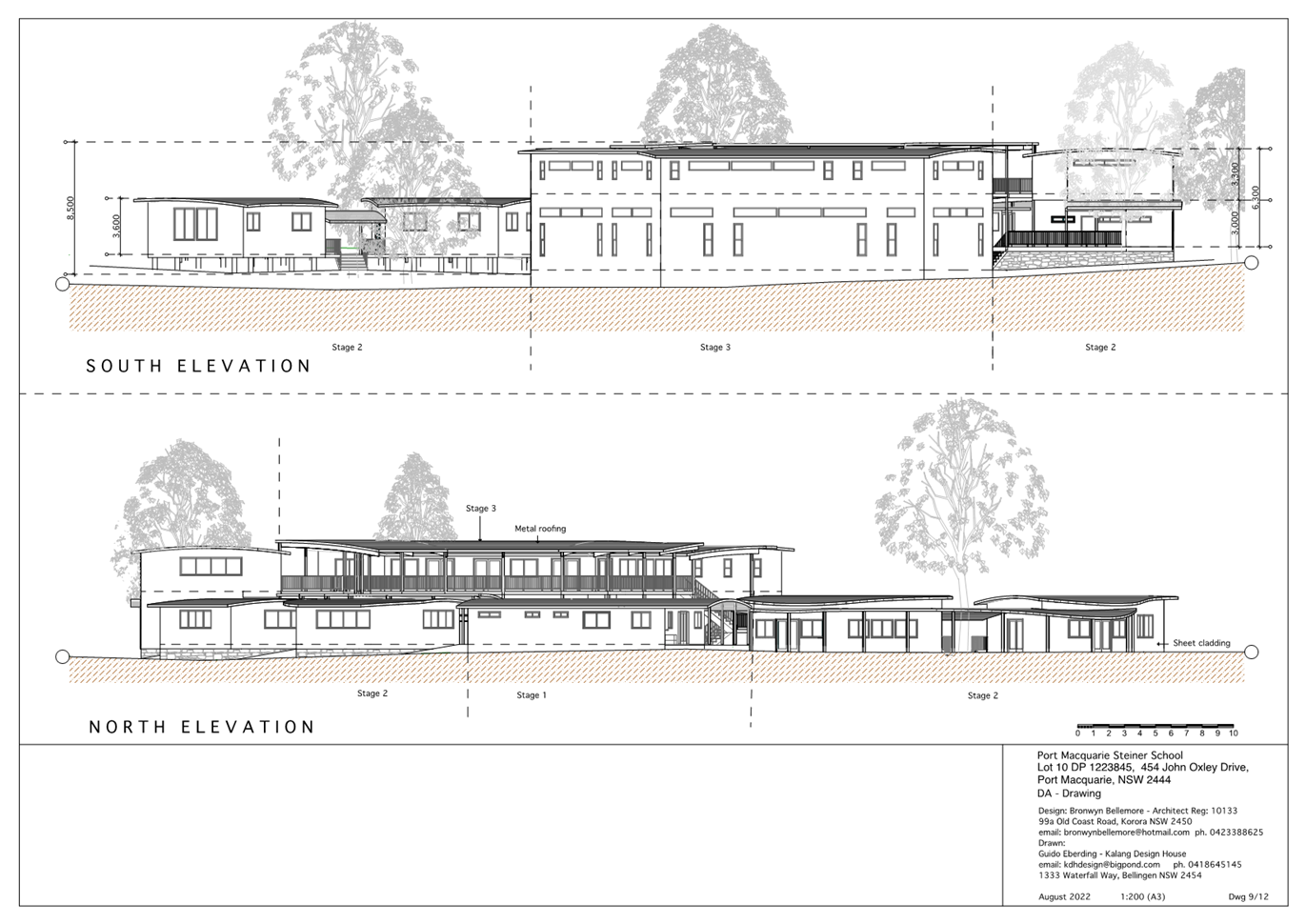

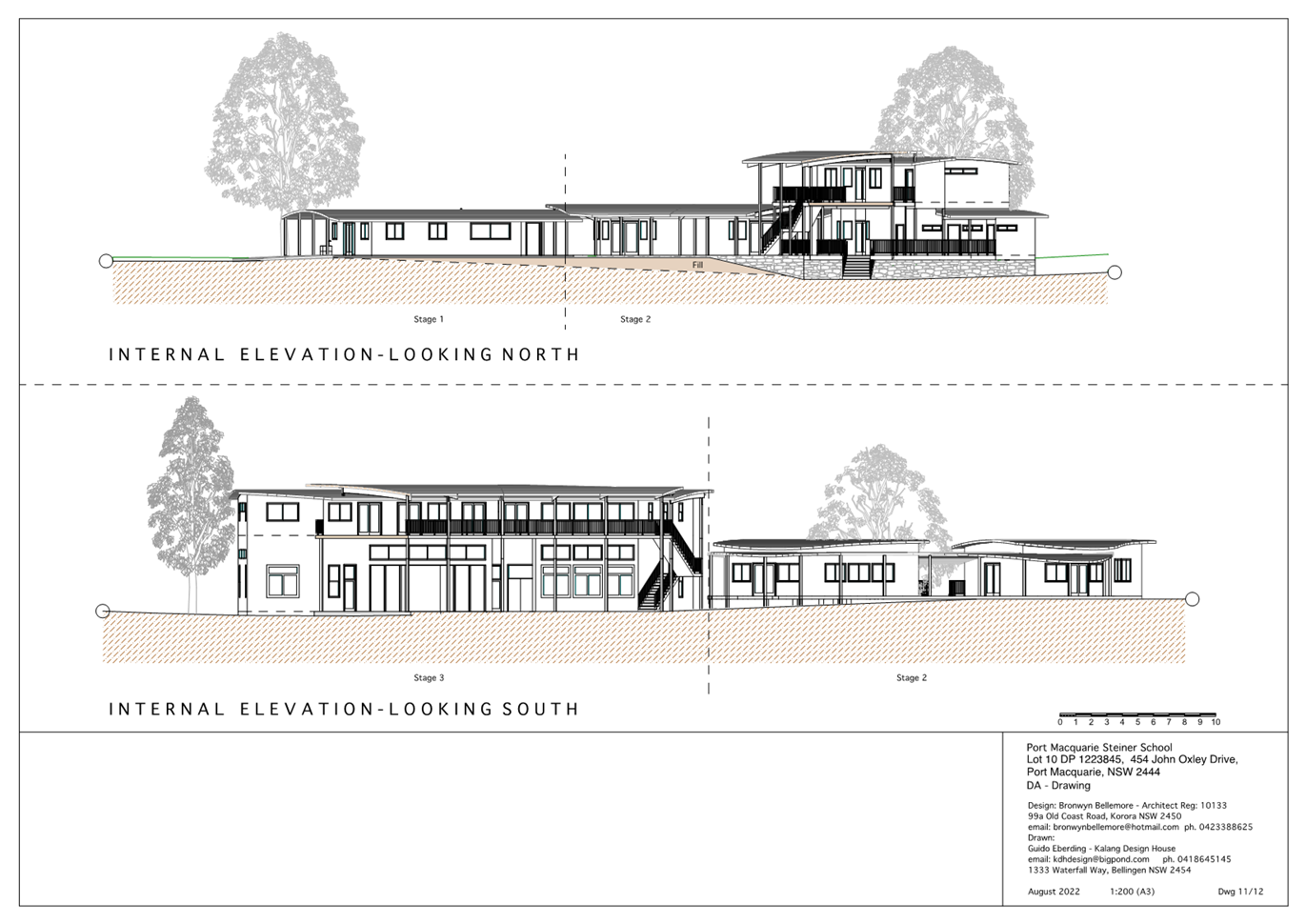


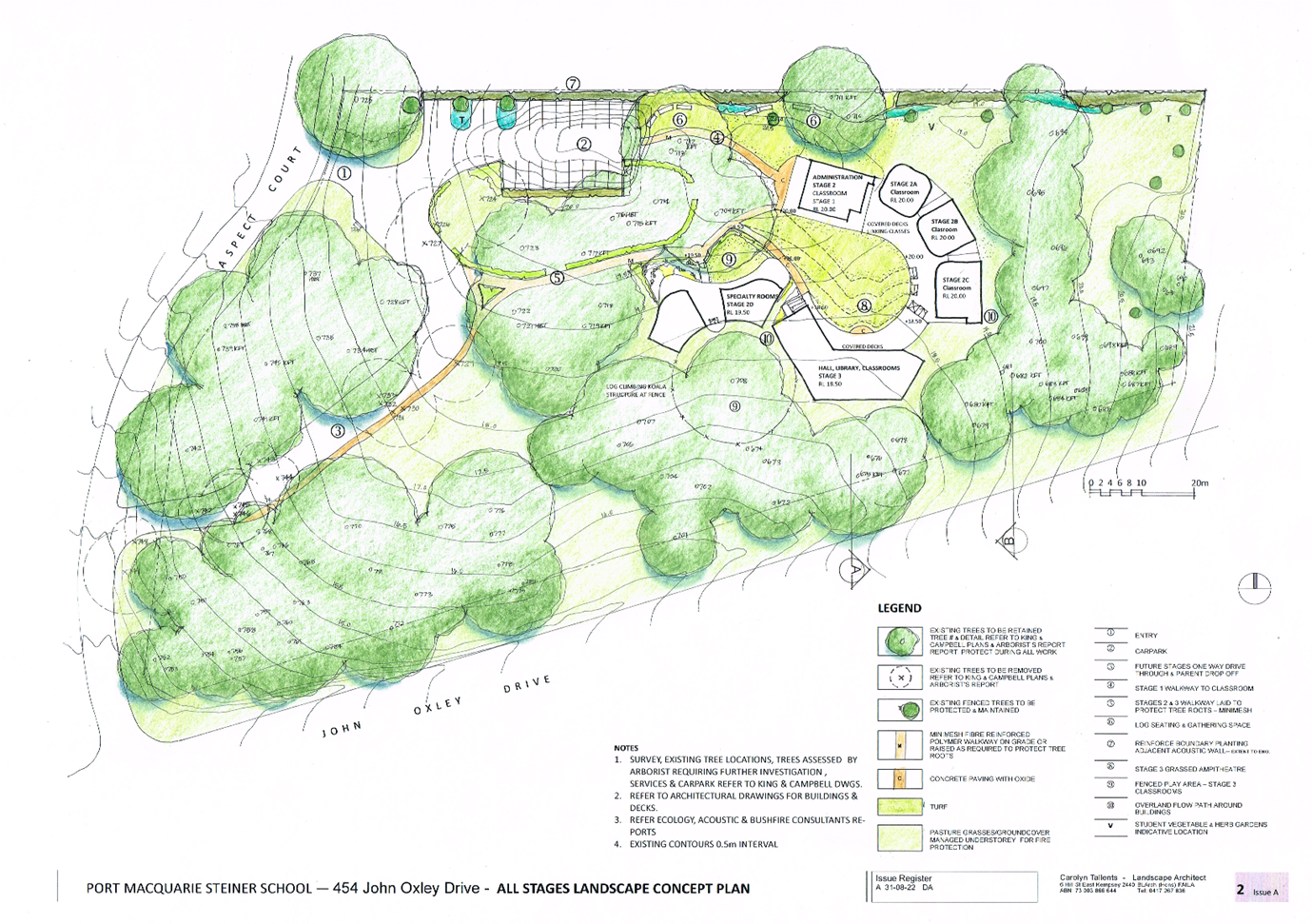
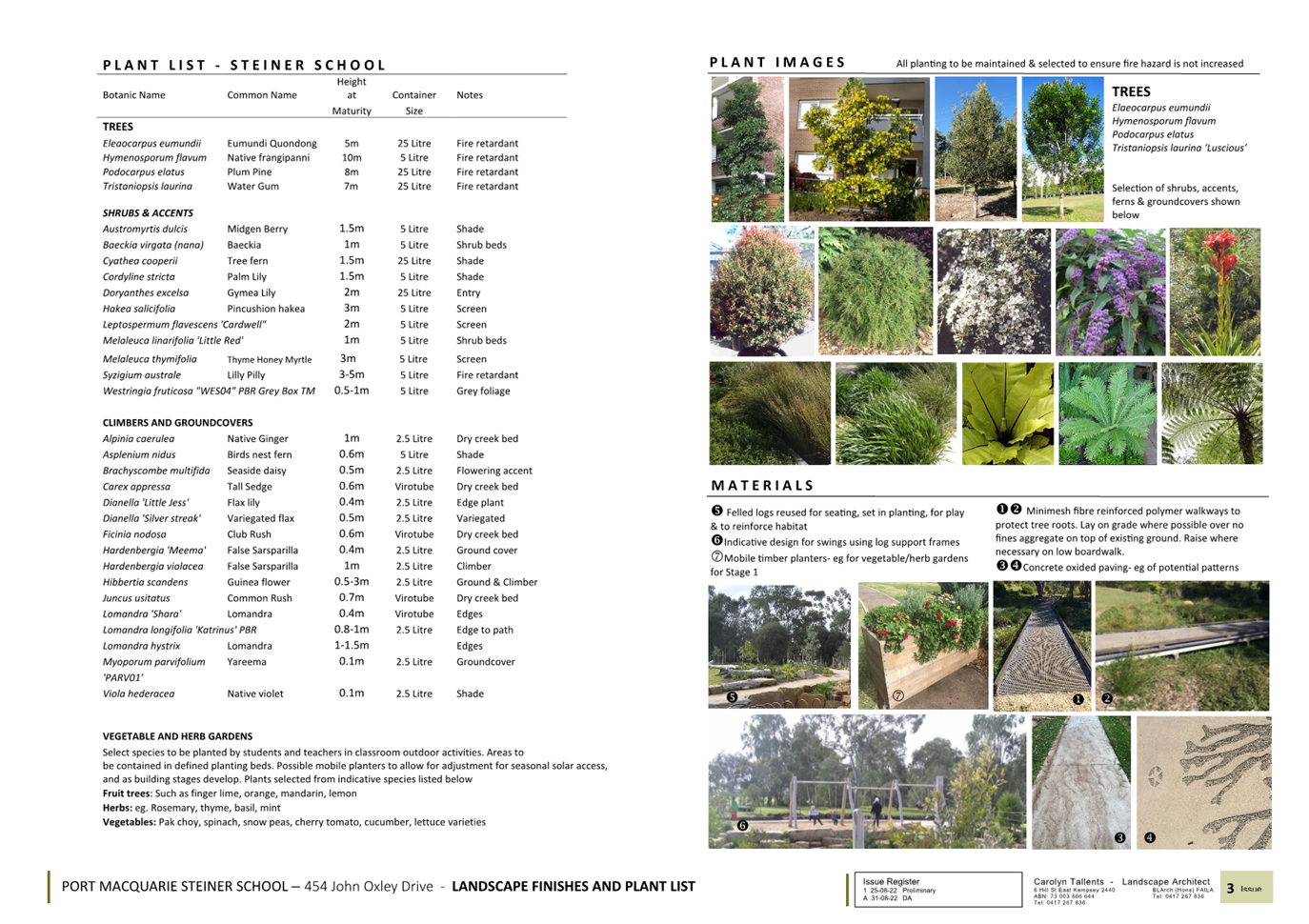


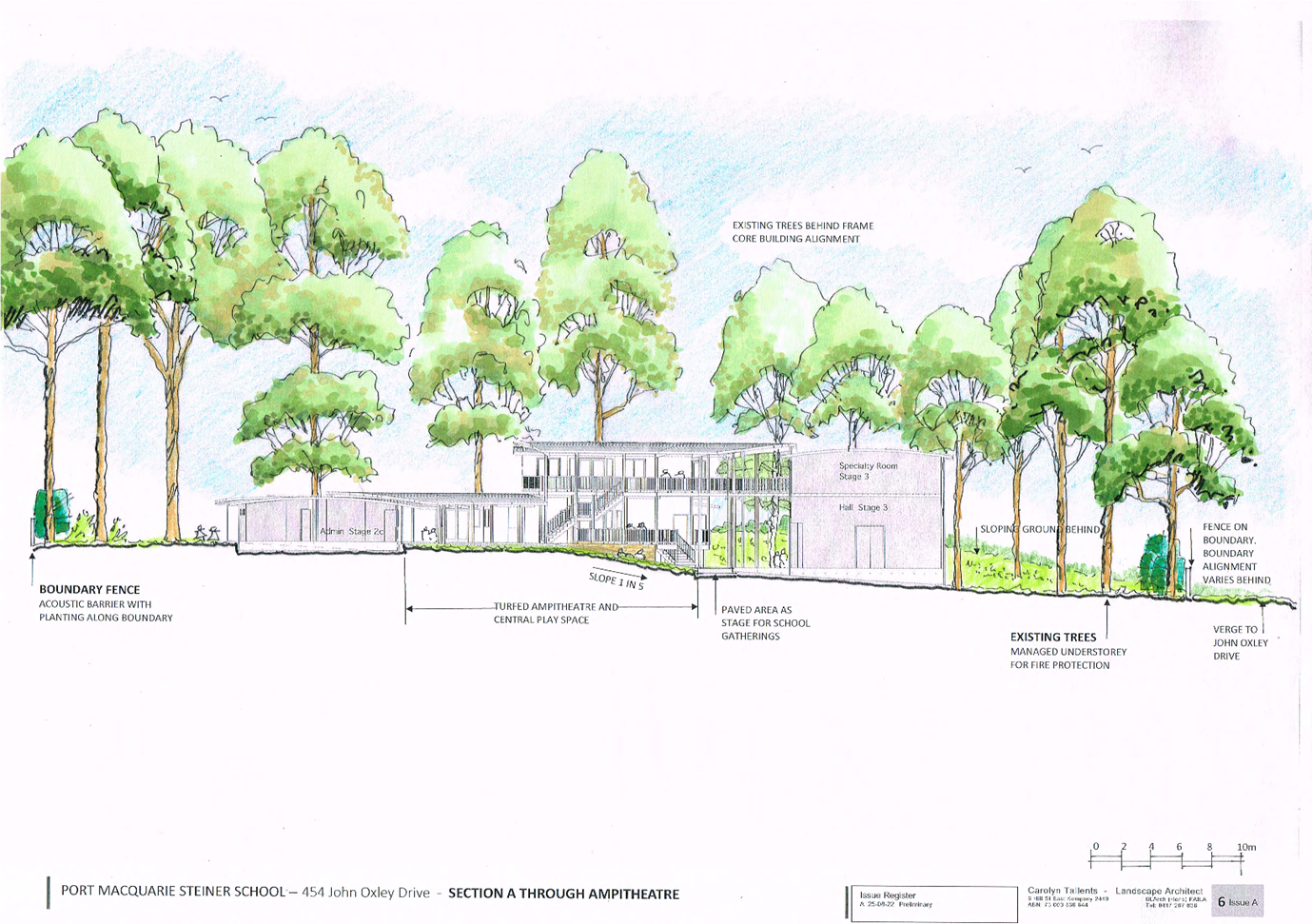
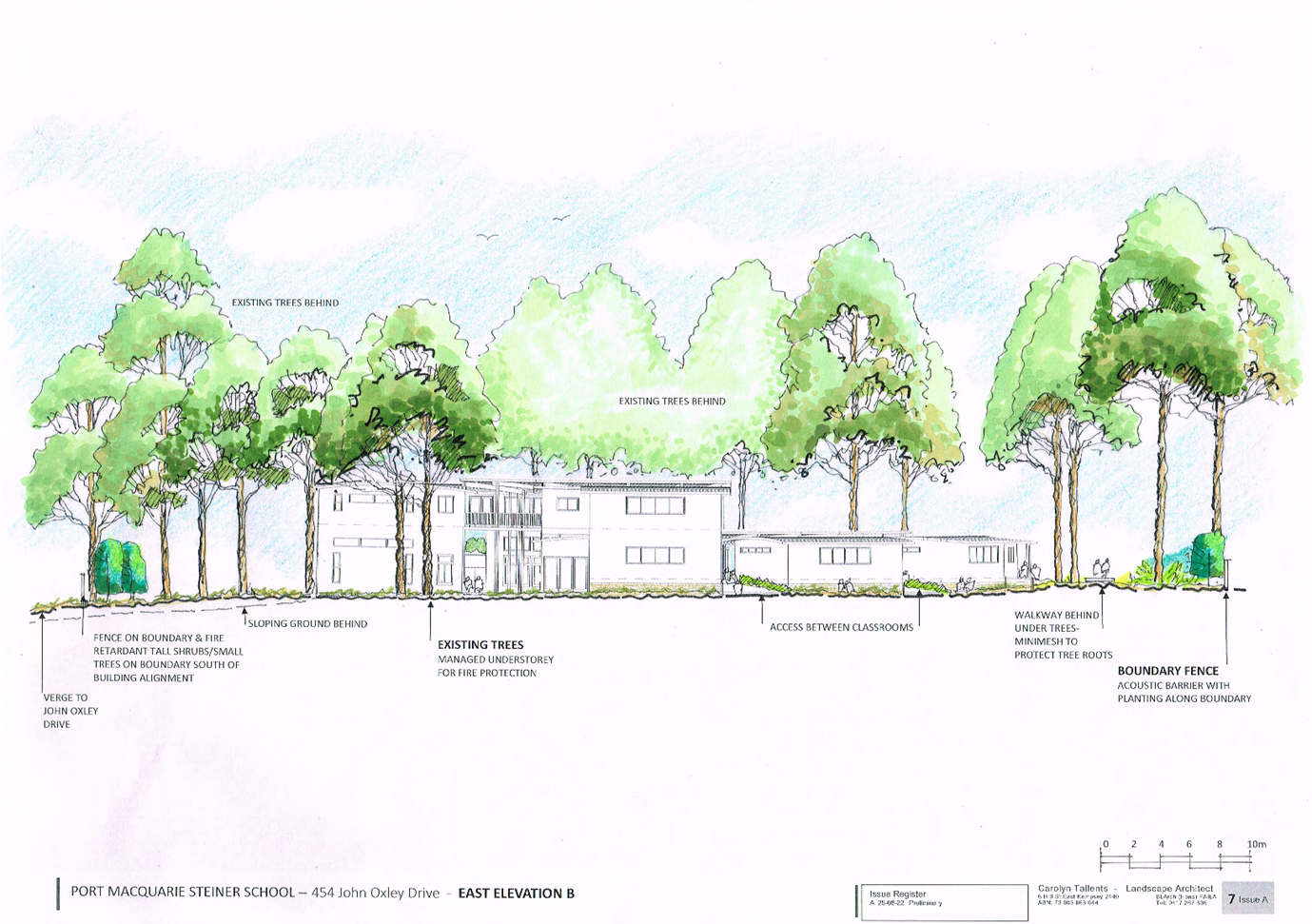
|
ATTACHMENT
|
Development Assessment Panel
11/12/2024
|

|
ATTACHMENT
|
Development Assessment Panel
11/12/2024
|


